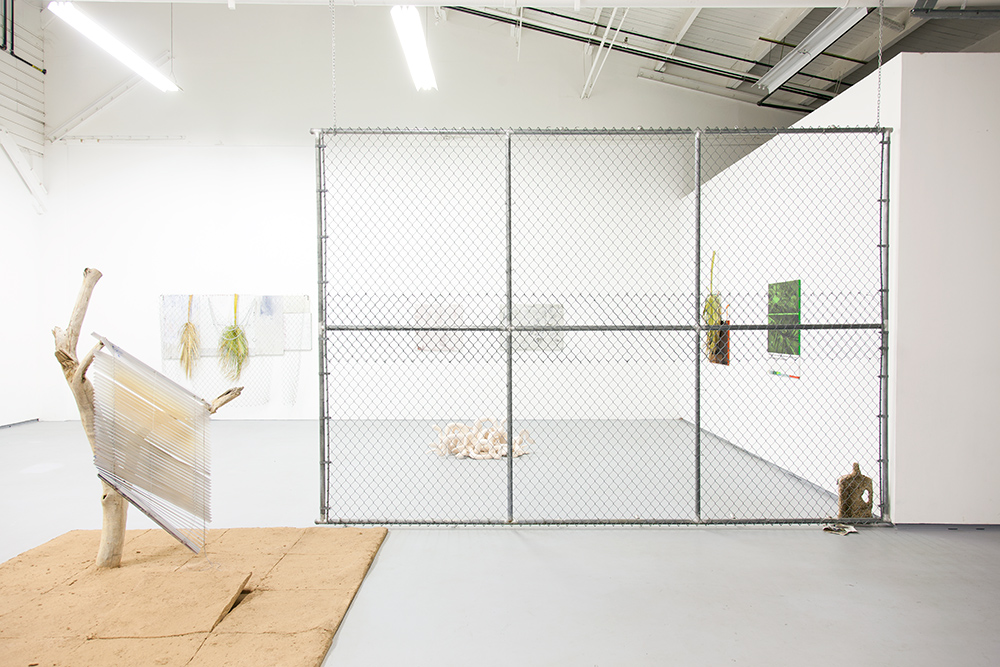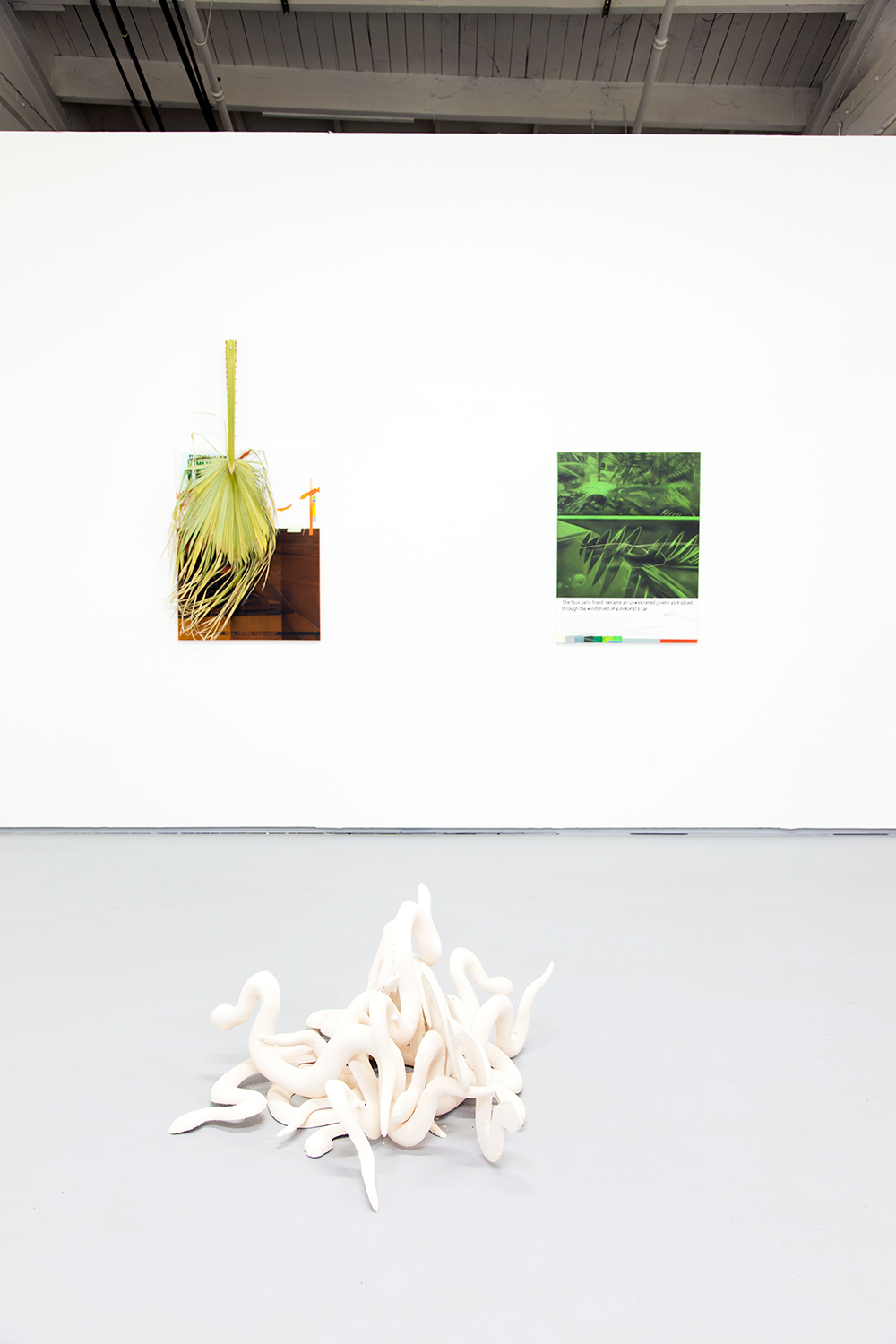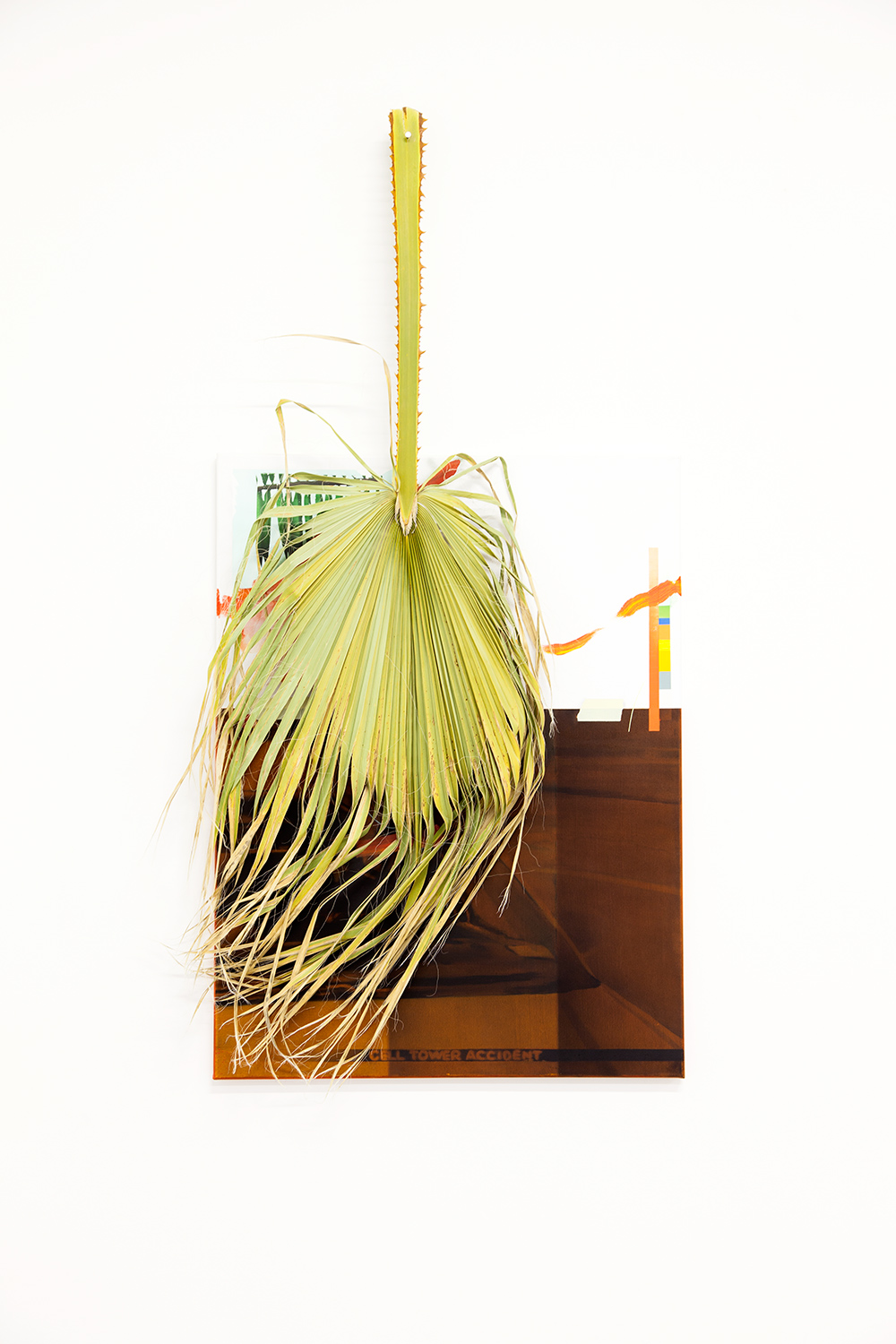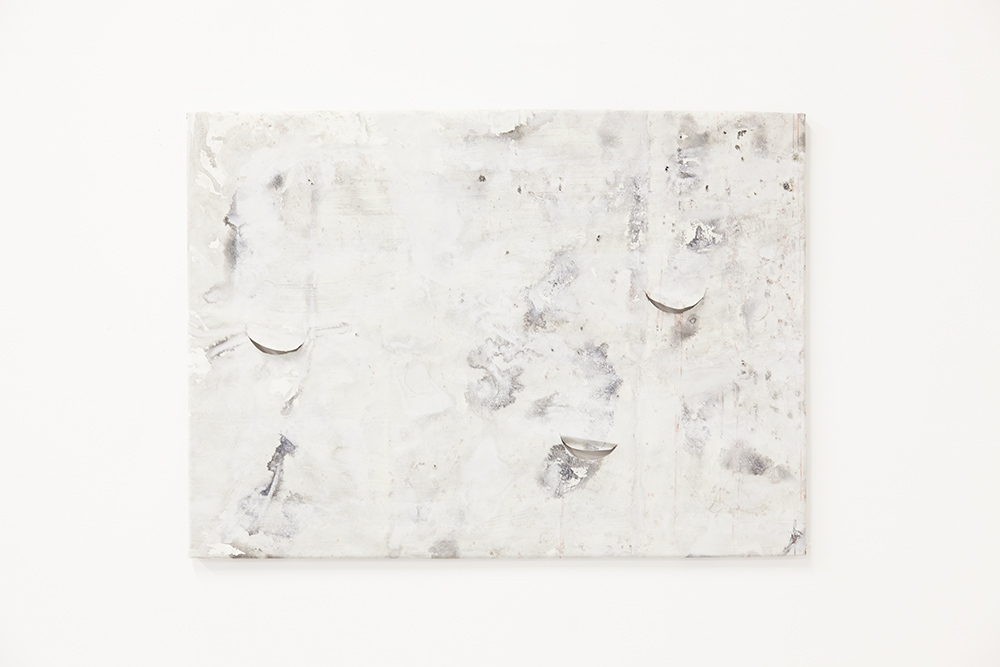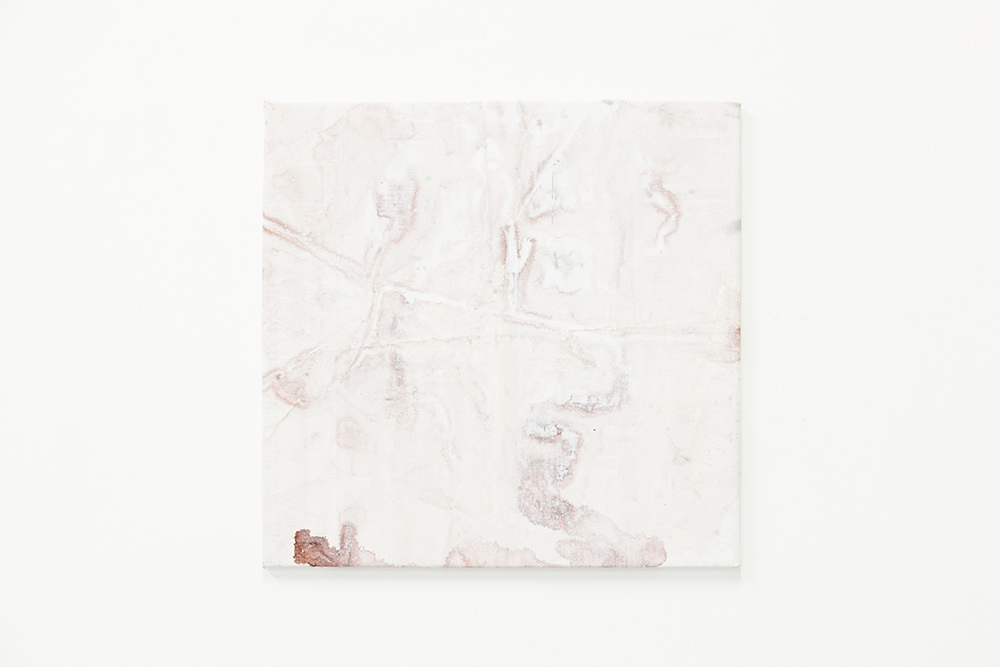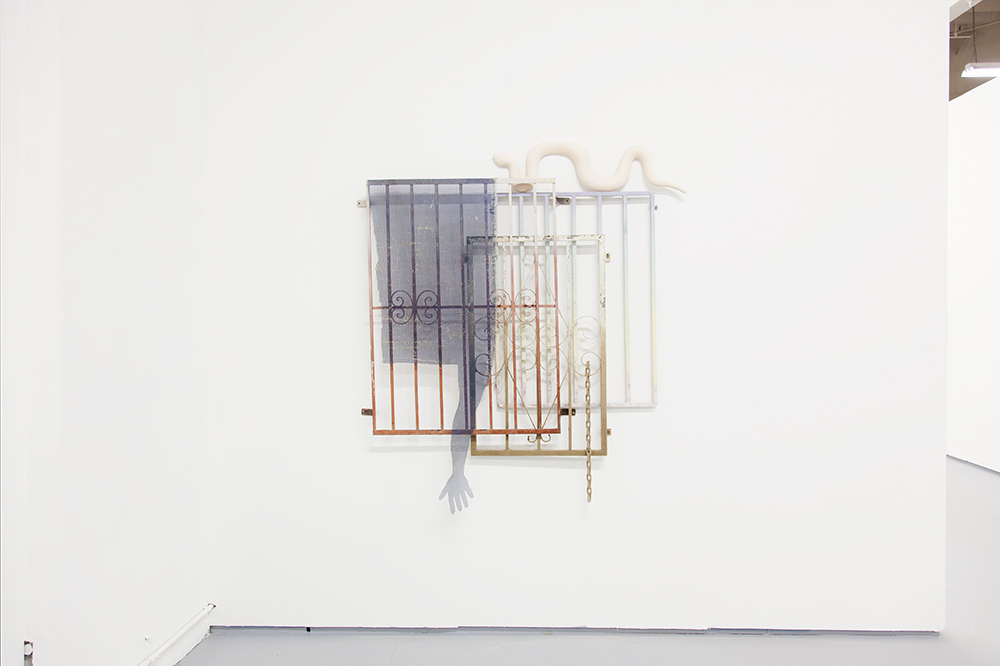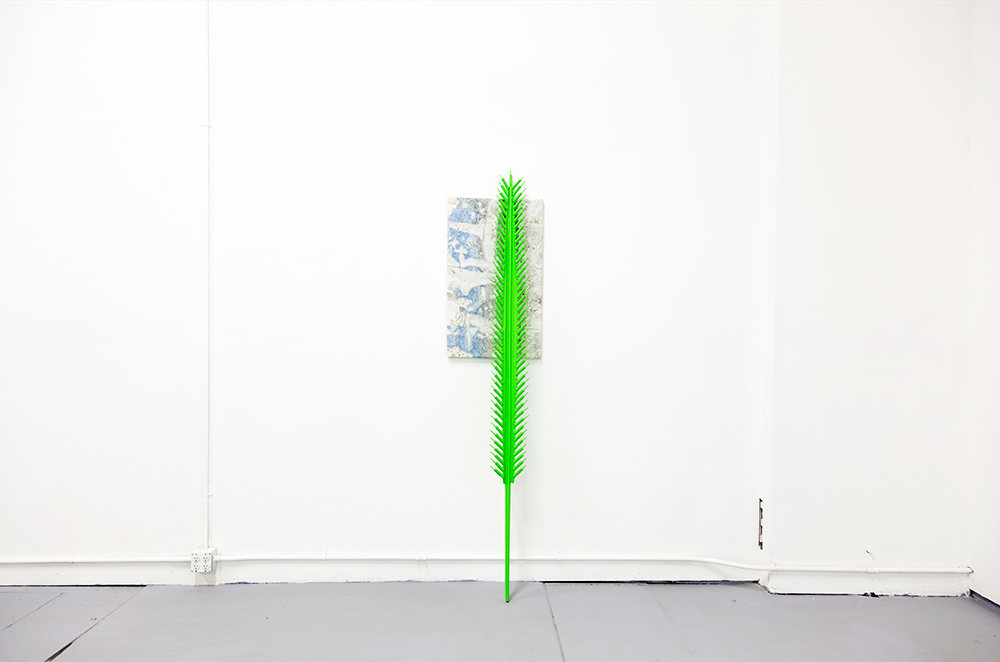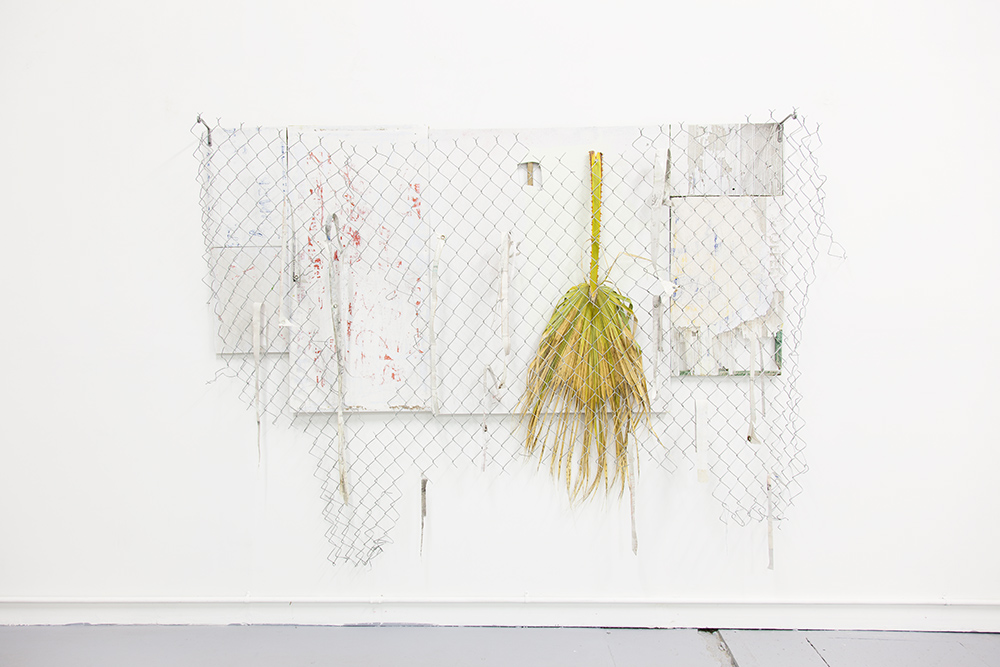January 17- February 15, 2026
Opening Event
Saturday, January 17
Curator Walkthrough
4:30 – 5:00 p.m.
Reception
5:00 – 7:00 p.m.
Opening Event
Saturday, January 17
Curator Walkthrough
4:30 – 5:00 p.m.
Reception
5:00 – 7:00 p.m.
Noor Abuarafeh
Disobedience Archive
Shadi Harouni
Laura Larson
MoRE
Zora Murff
Gala Porras-Kim
Wendy Red Star
Service Works
Stephanie Syjuco
Disobedience Archive
Shadi Harouni
Laura Larson
MoRE
Zora Murff
Gala Porras-Kim
Wendy Red Star
Service Works
Stephanie Syjuco
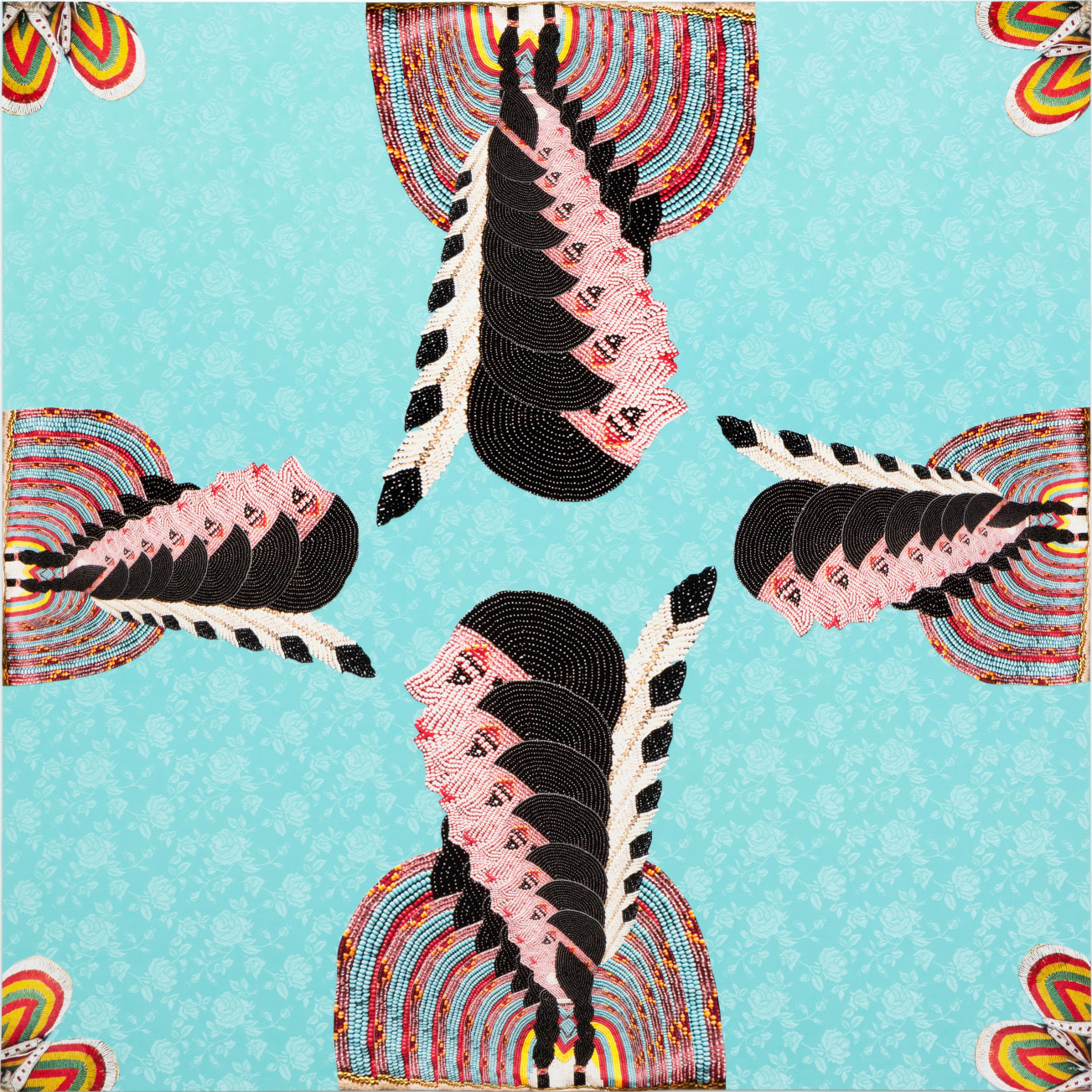
Wendy Red Star, Bilikkúhpe = Water + Hat (Rainbow), 2023, archival pigment print, collage on fabric, 48 3/4 x 48 3/4 x 2 inches
To whisper is to hold words in the mouth, away from the vocal cords, letting them rumble, mutter, whistle or hiss out into the world, often into the ear of another, intent on receiving. This act is sometimes seen as clandestine; a private form of communication intended to incite and arouse rebellion. In this exhibition, we see its potential for arousal as a means of creation: to establish networks of tangential affinities, to parallel multiple modes of artistic and curatorial practice that can expand the potential for historical recovery, and to acknowledge longstanding systems of oppression by engaging practices that assert their own terms of representing subjecthood and empowering sovereignty.
We began the idea for this exhibition by gathering artworks that initiate forms of address through traces of past events in existing archives or document singular moments that necessitate the creation of new archives. This methodology, one that the art historian Hal Foster observed within art practice at the turn of this century, links current contemporary works to early 20th century during which time artists began to unveil the symbolic and, subsequently, the semiotic conditions of objects and images produced, manufactured or advertised within the public sphere.
Following their own archival impulses, the artists in this exhibition have developed practices centered on searching, gathering and instituting connections. They research existing archives, retrieving different typologies of information to reconfigure in their artworks. In this process, they interrogate the institution of organized historical collecting by shedding light on its biases, amnesias, and oversights...For further information about the exhibition, visit the CFAR website.
__
This exhibition is made possible by the University of Oregon Department of Art’s Center for Art Research and the Ford Family Foundation.
Nov 1st - Nov 30th
Braiding a Current
Dru Donovan
&
Joel W. Fisher
&
Joel W. Fisher

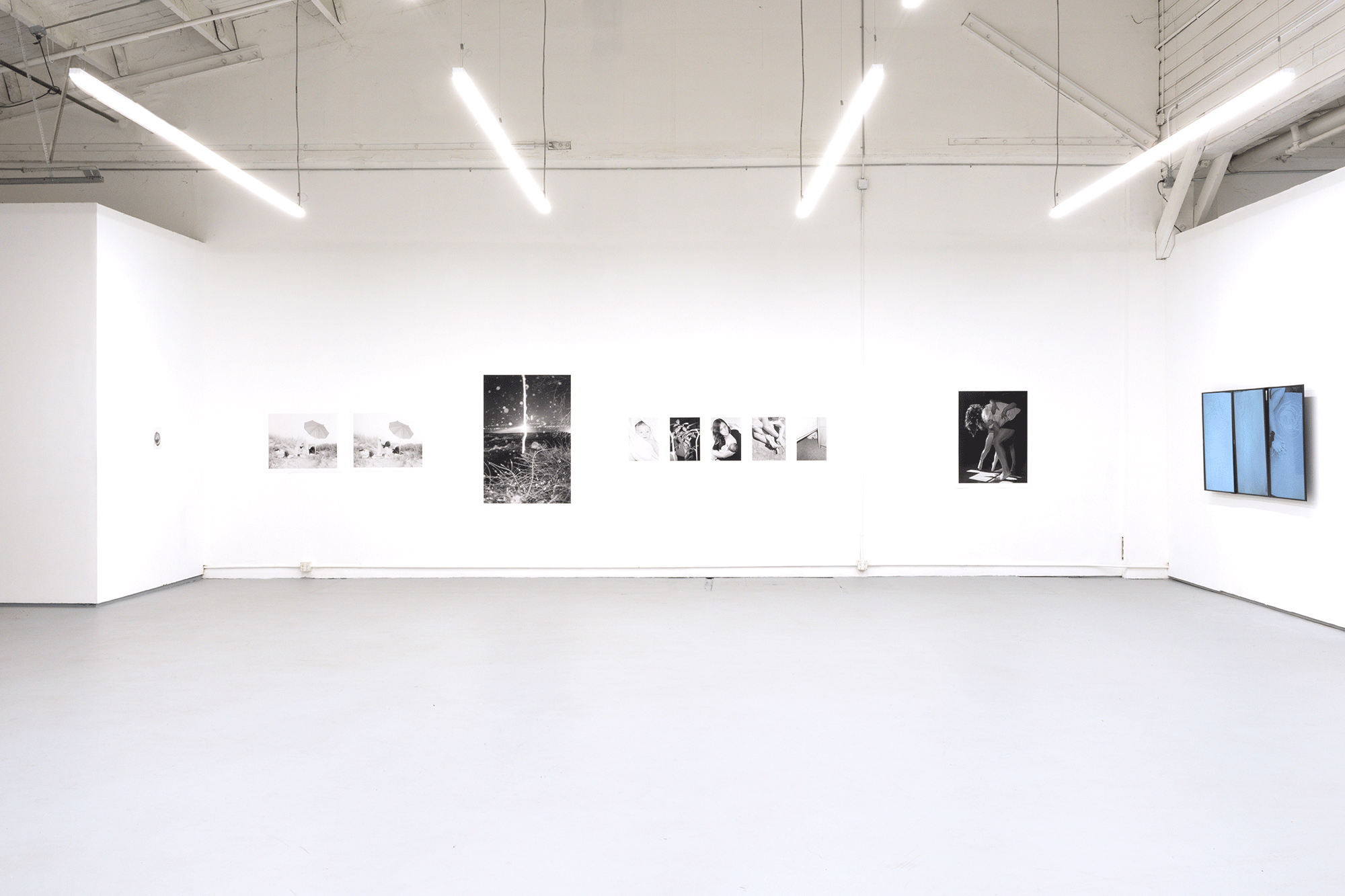
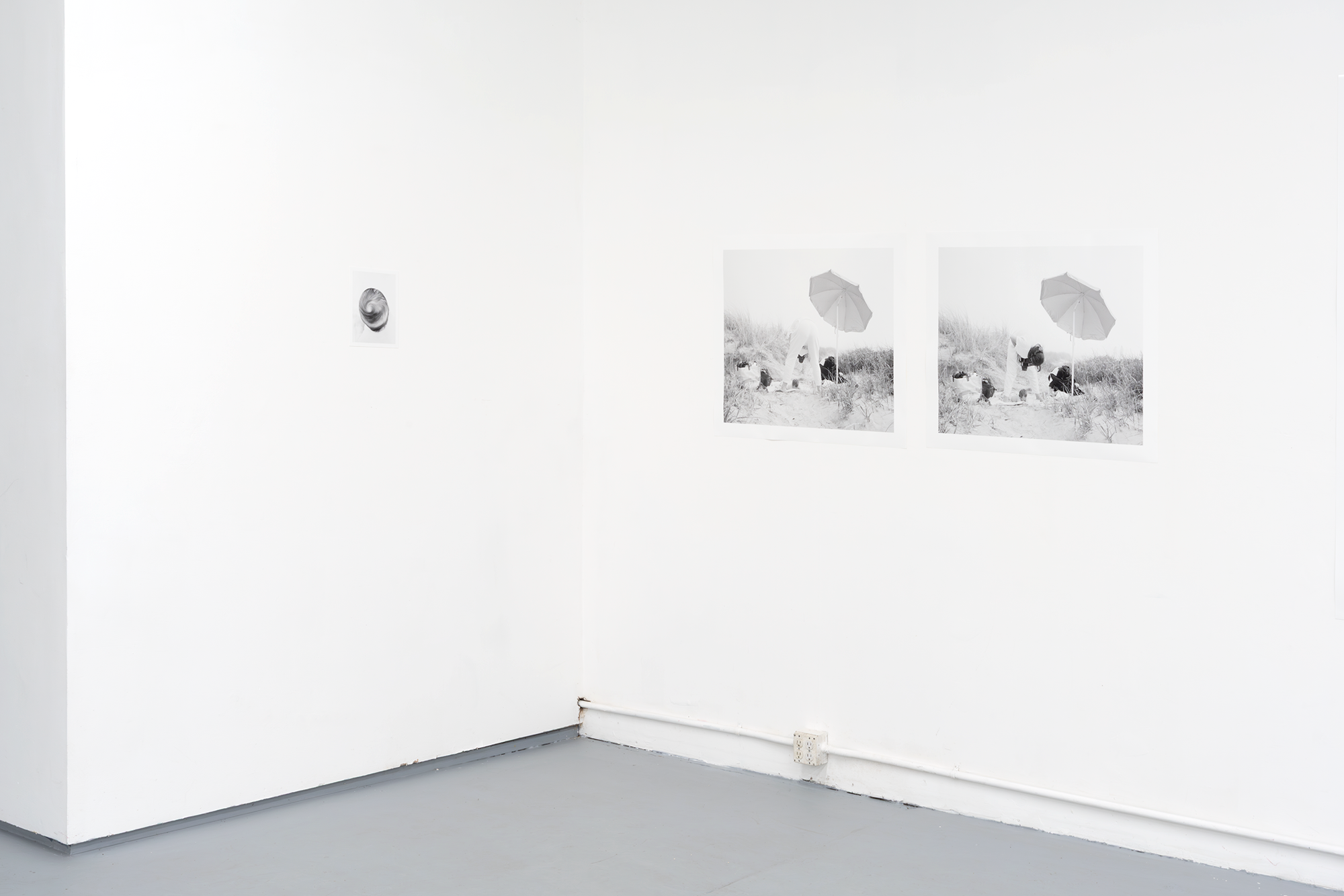

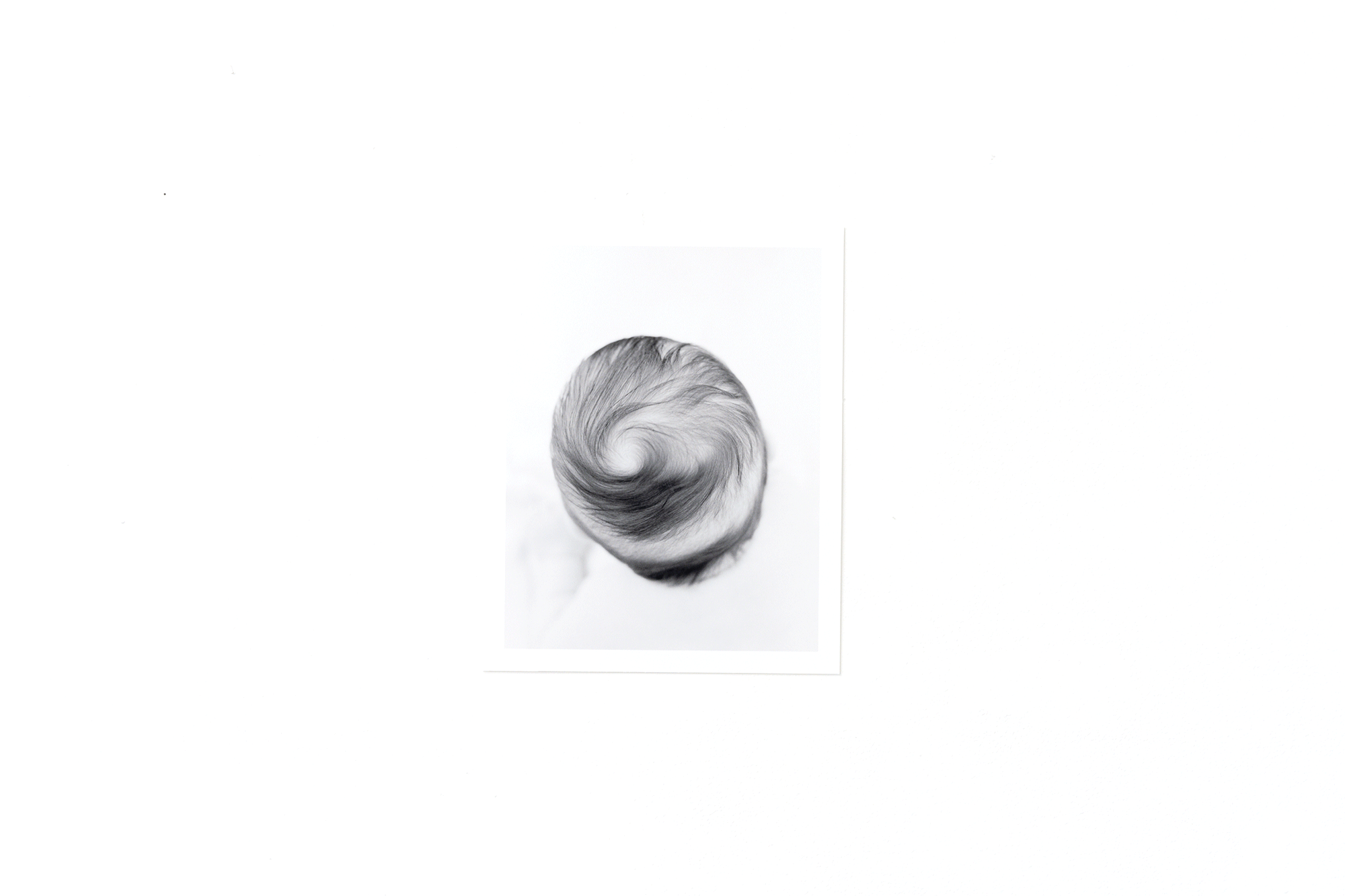
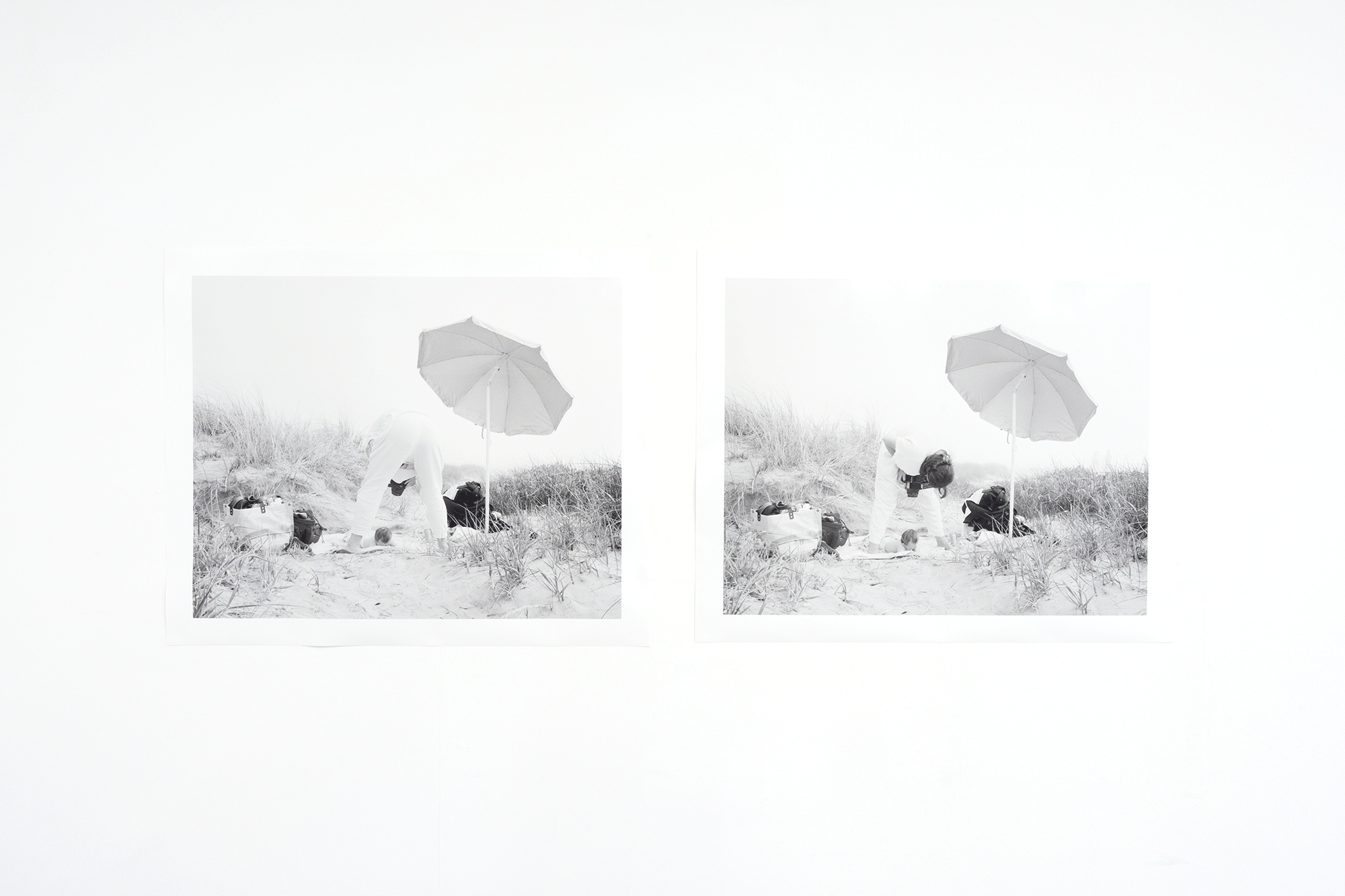

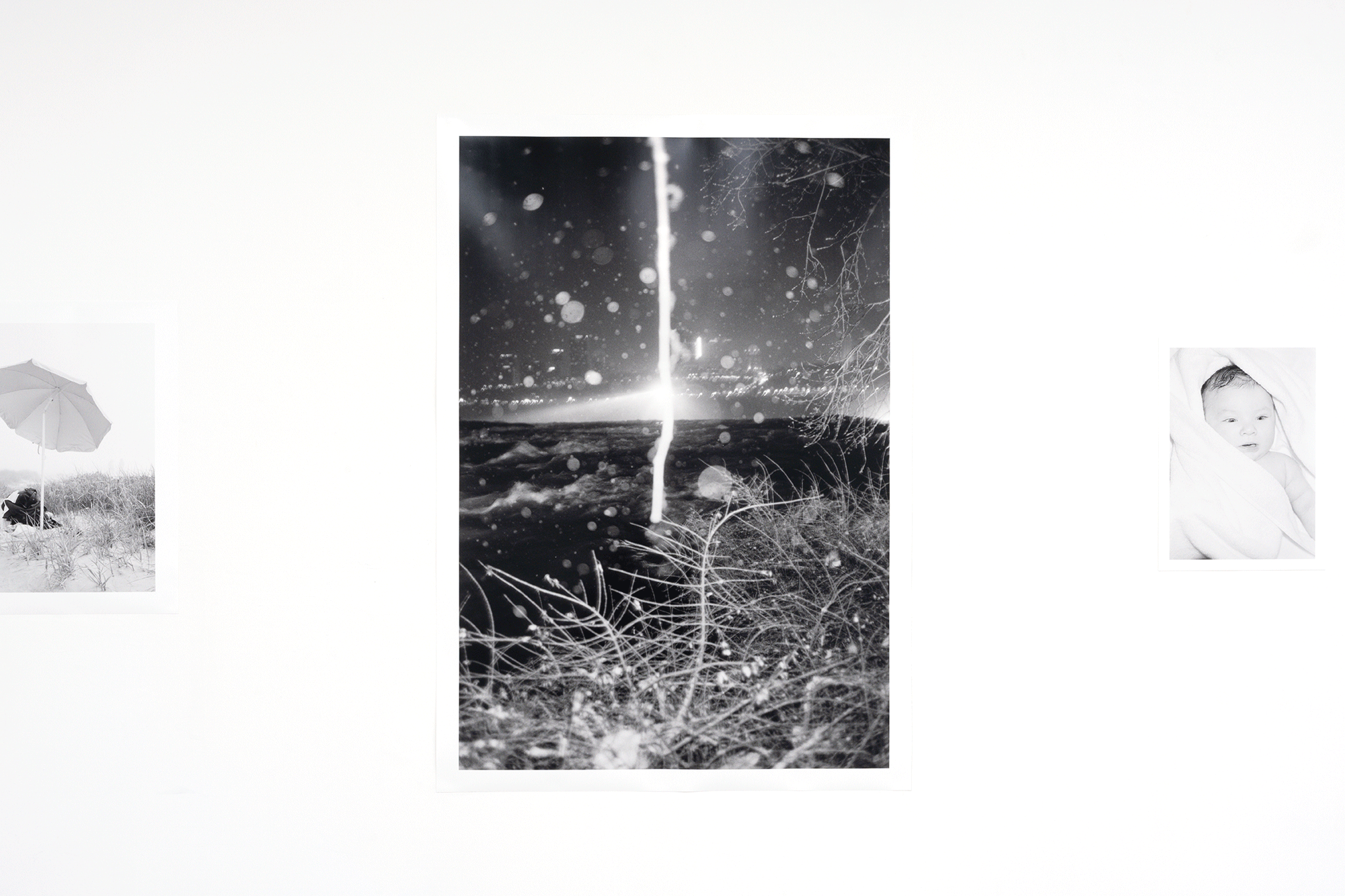
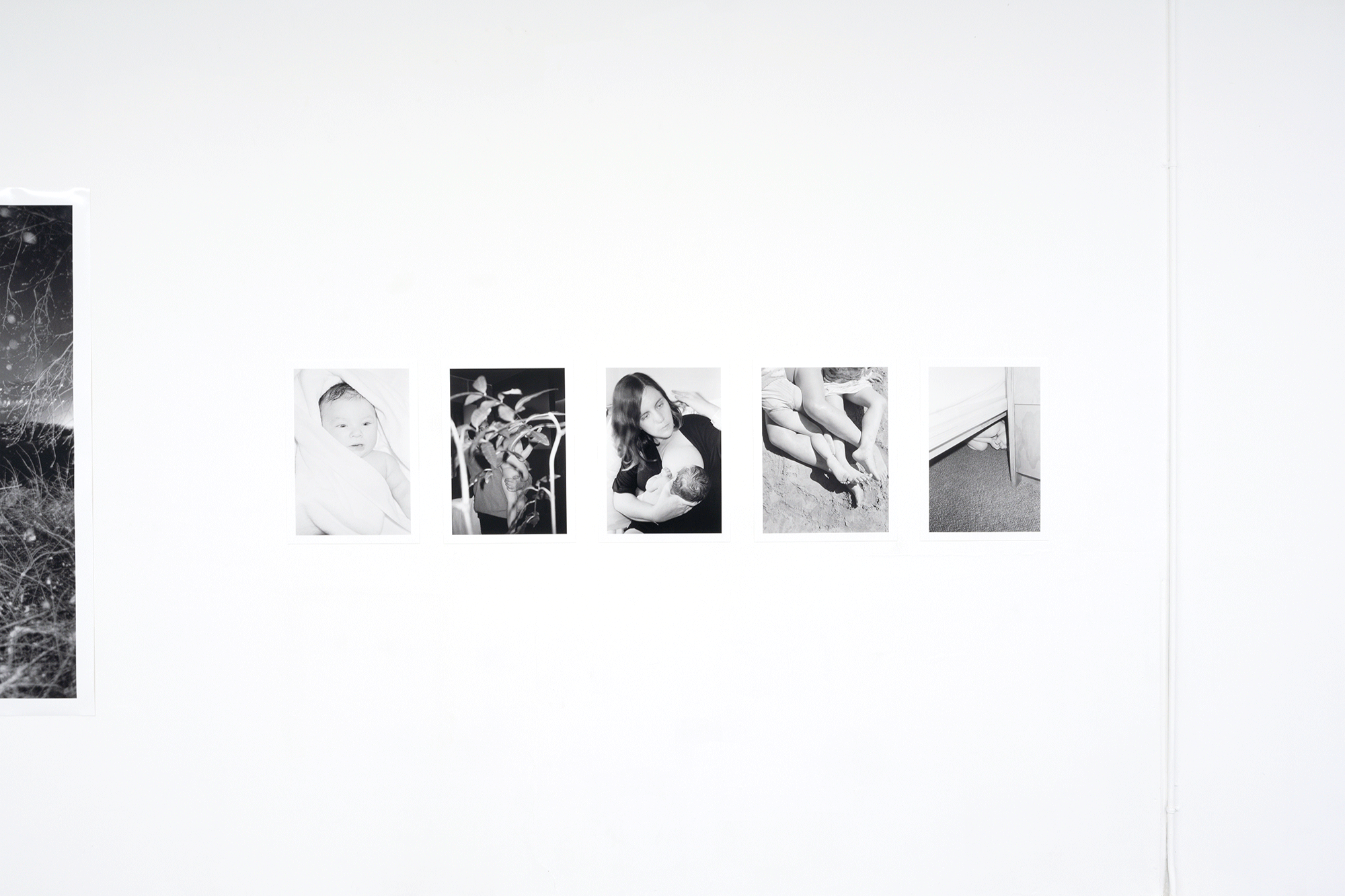
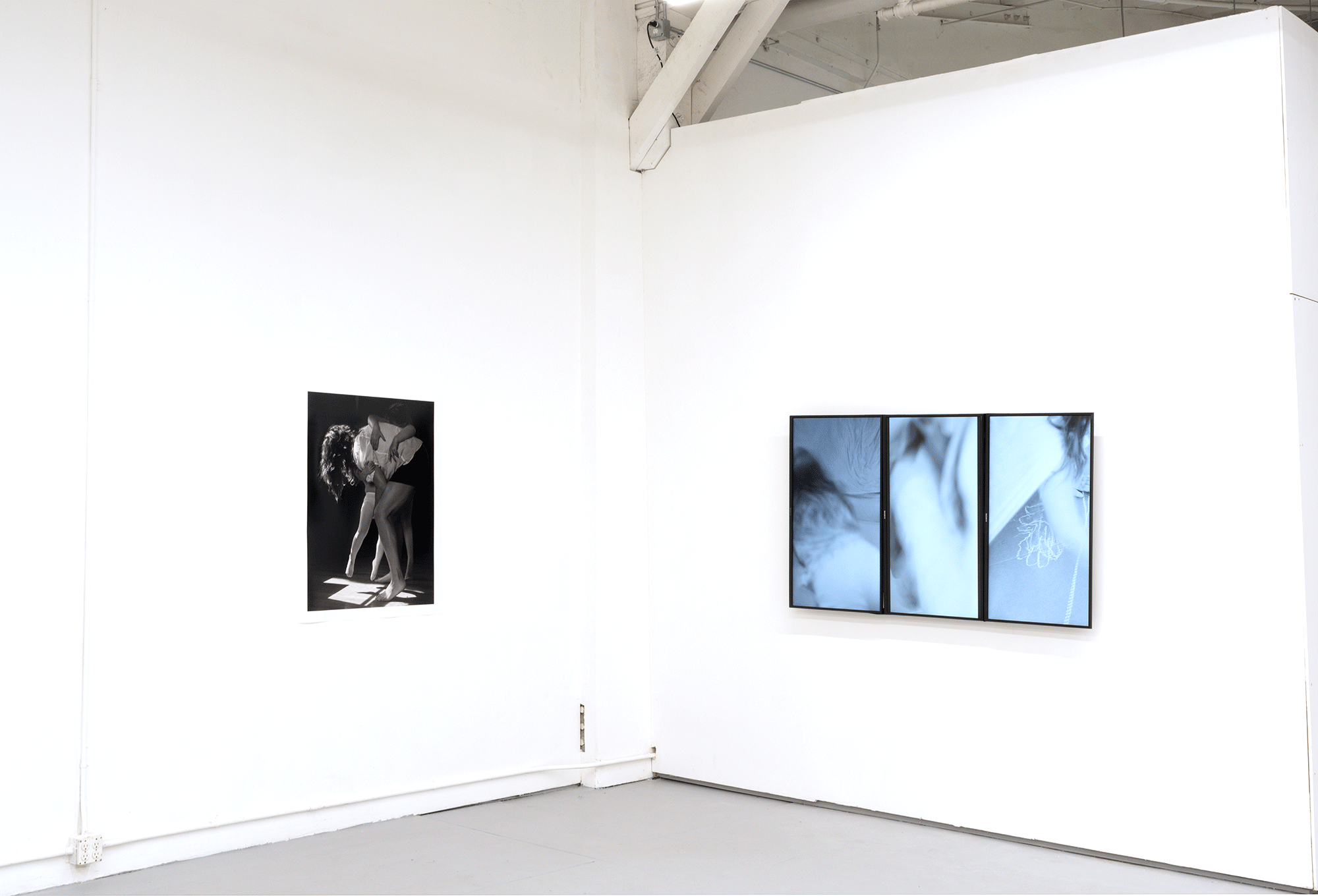
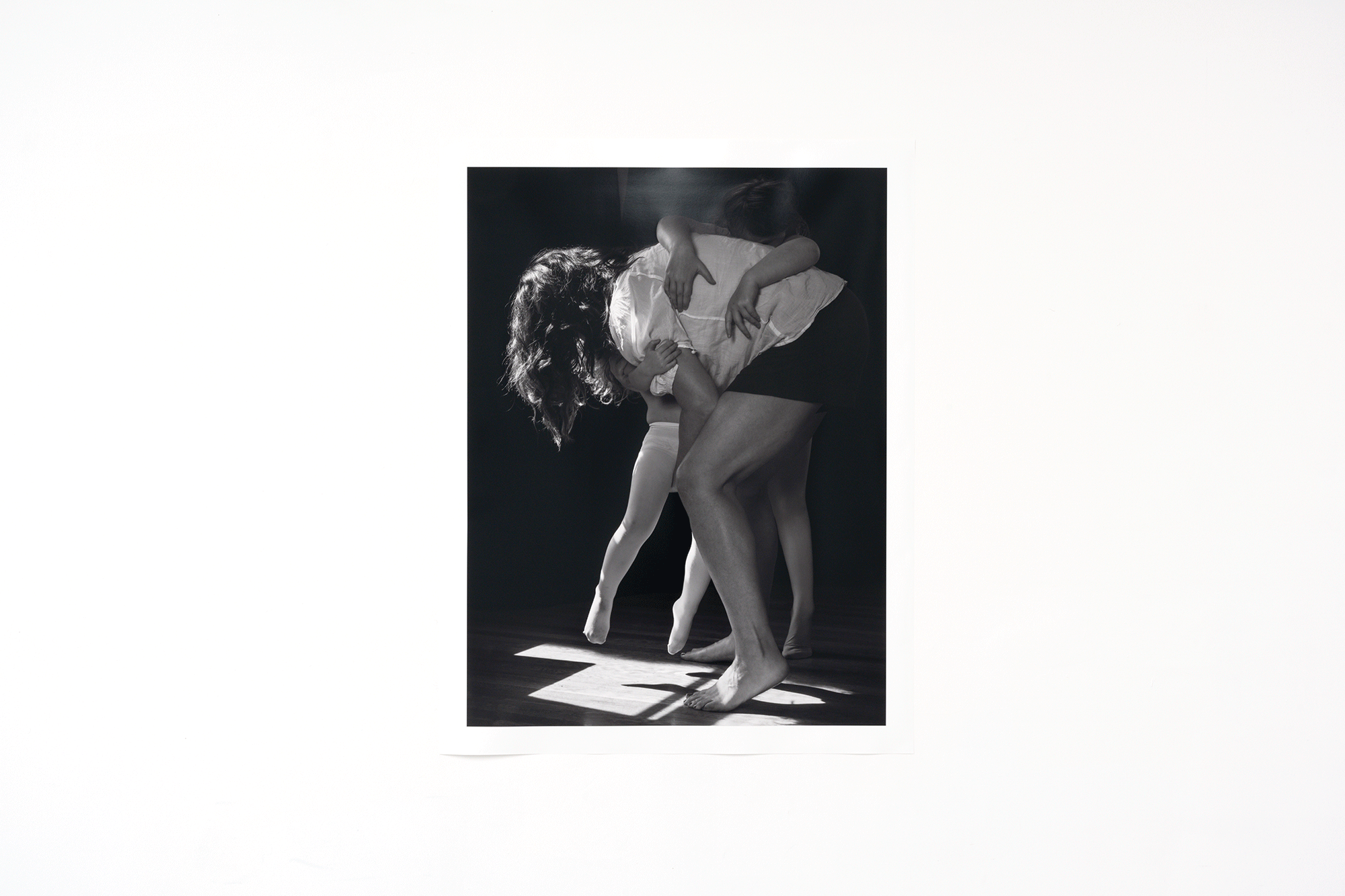
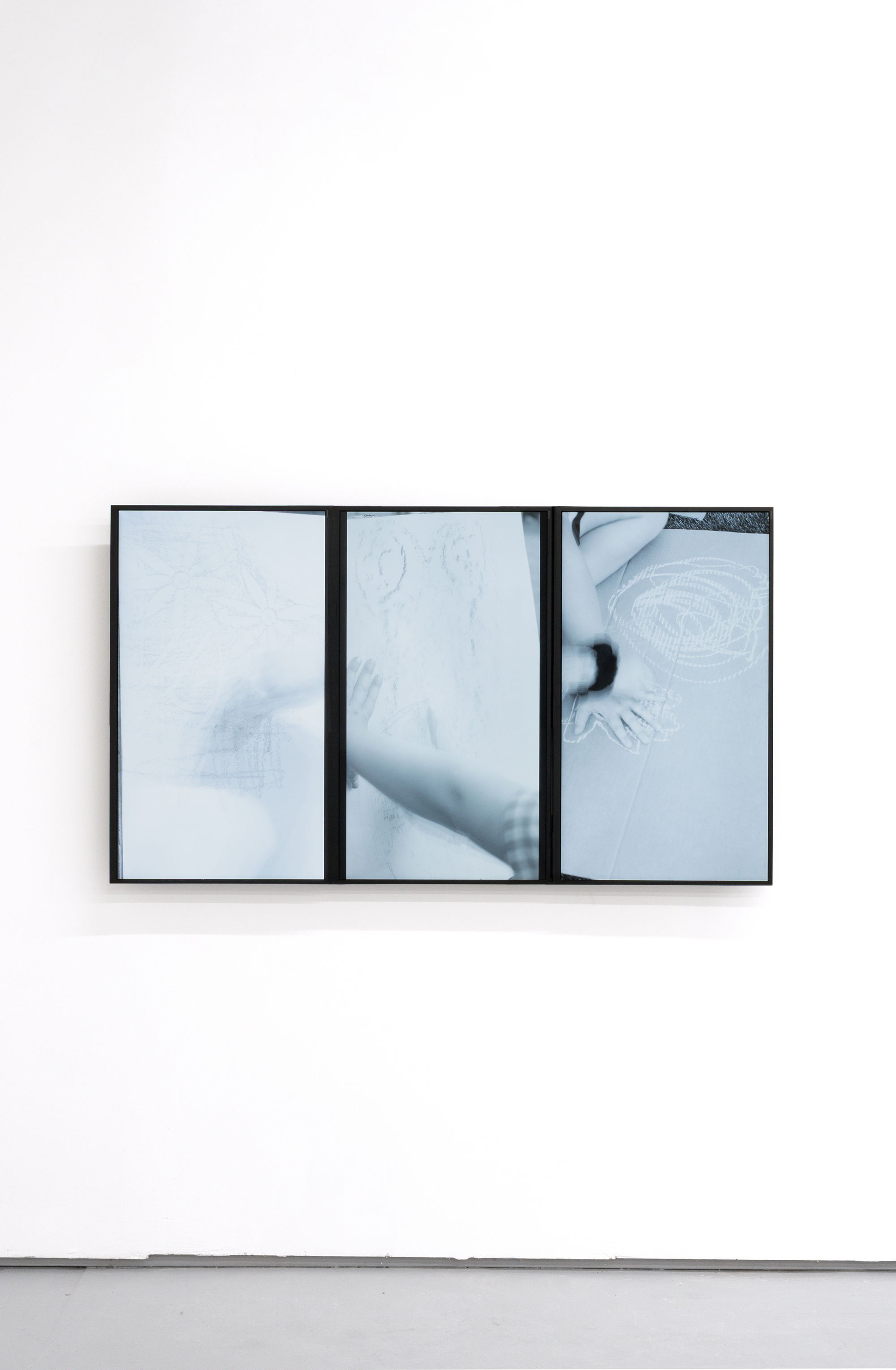
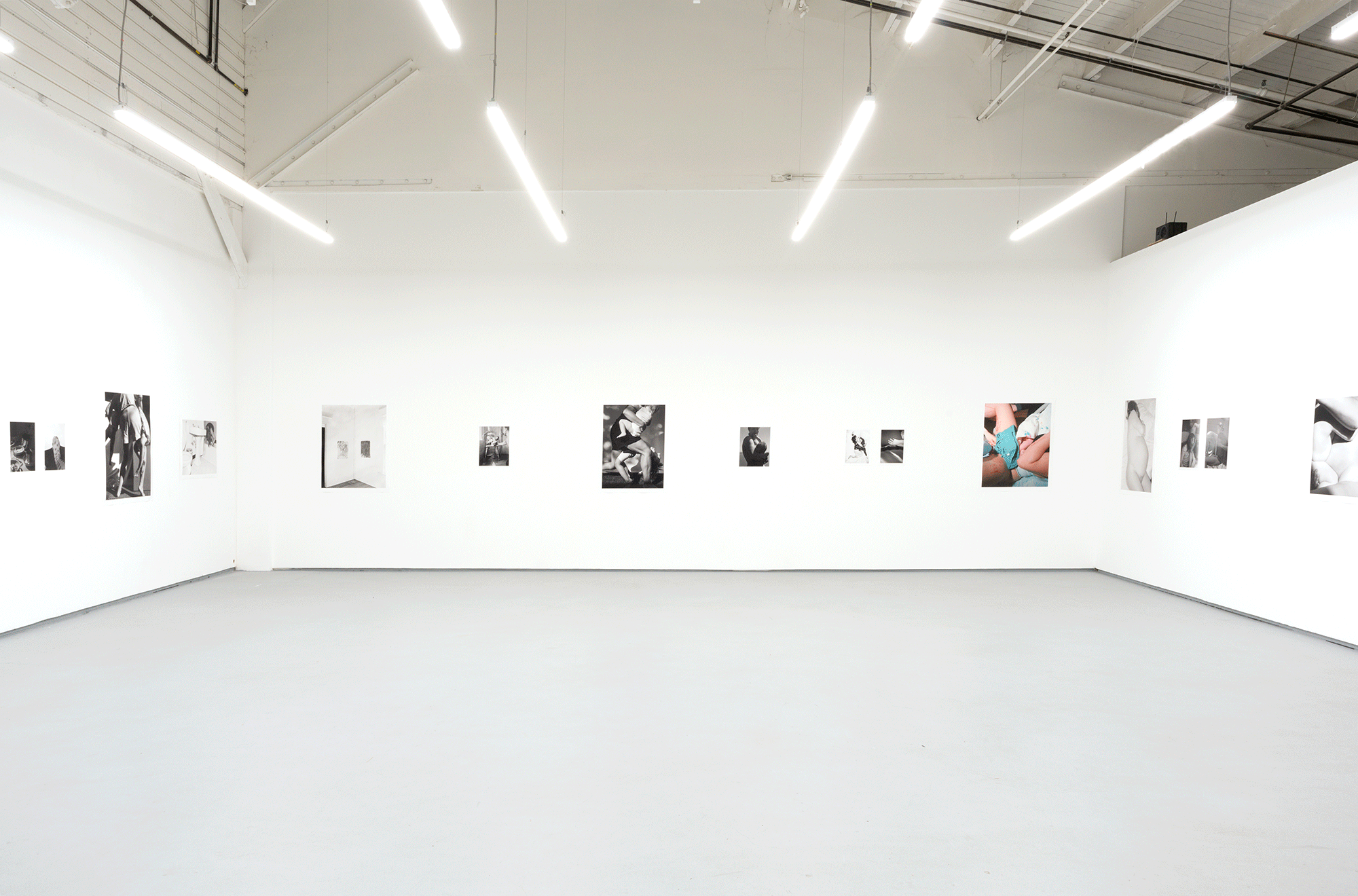
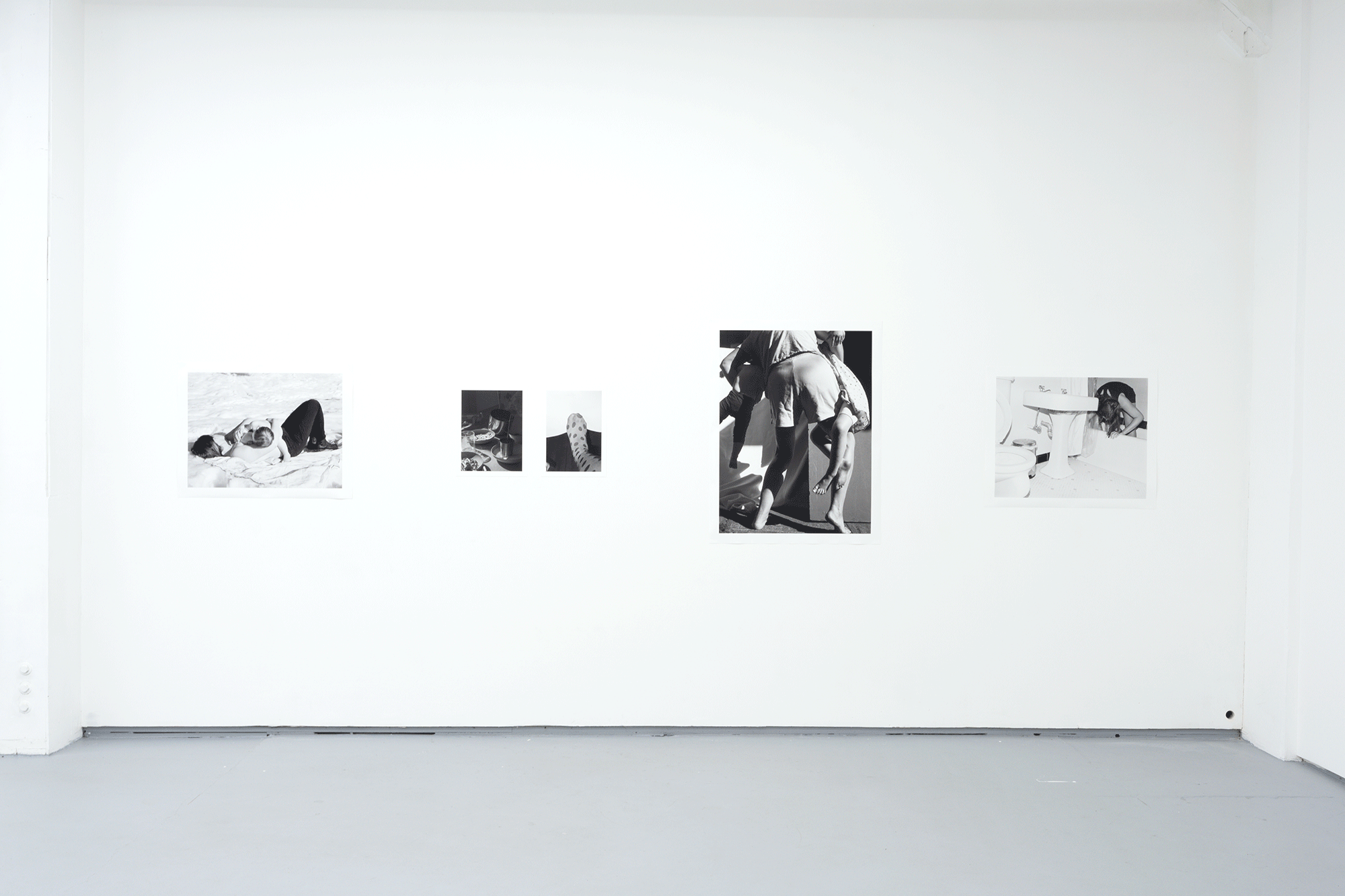
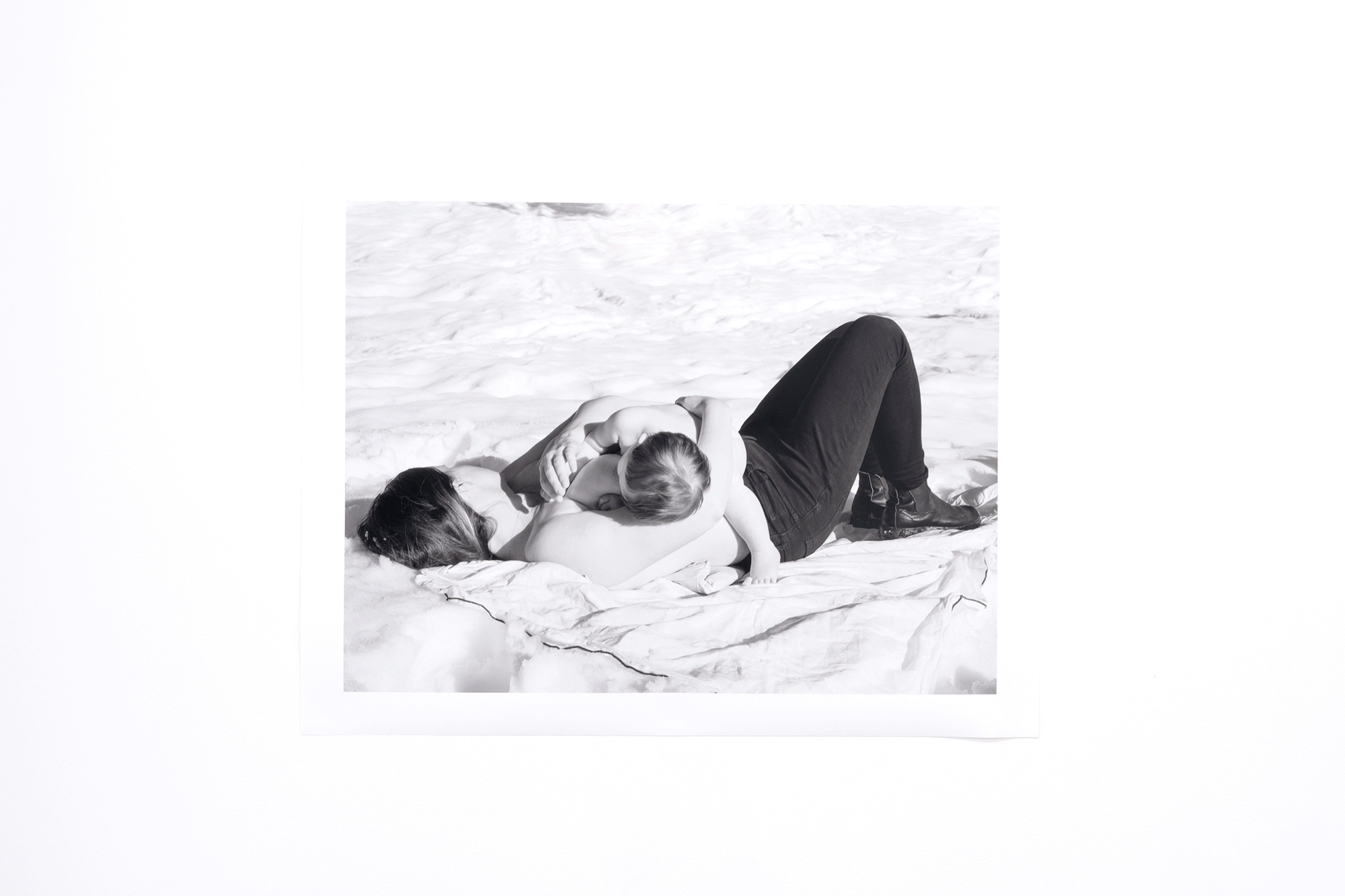


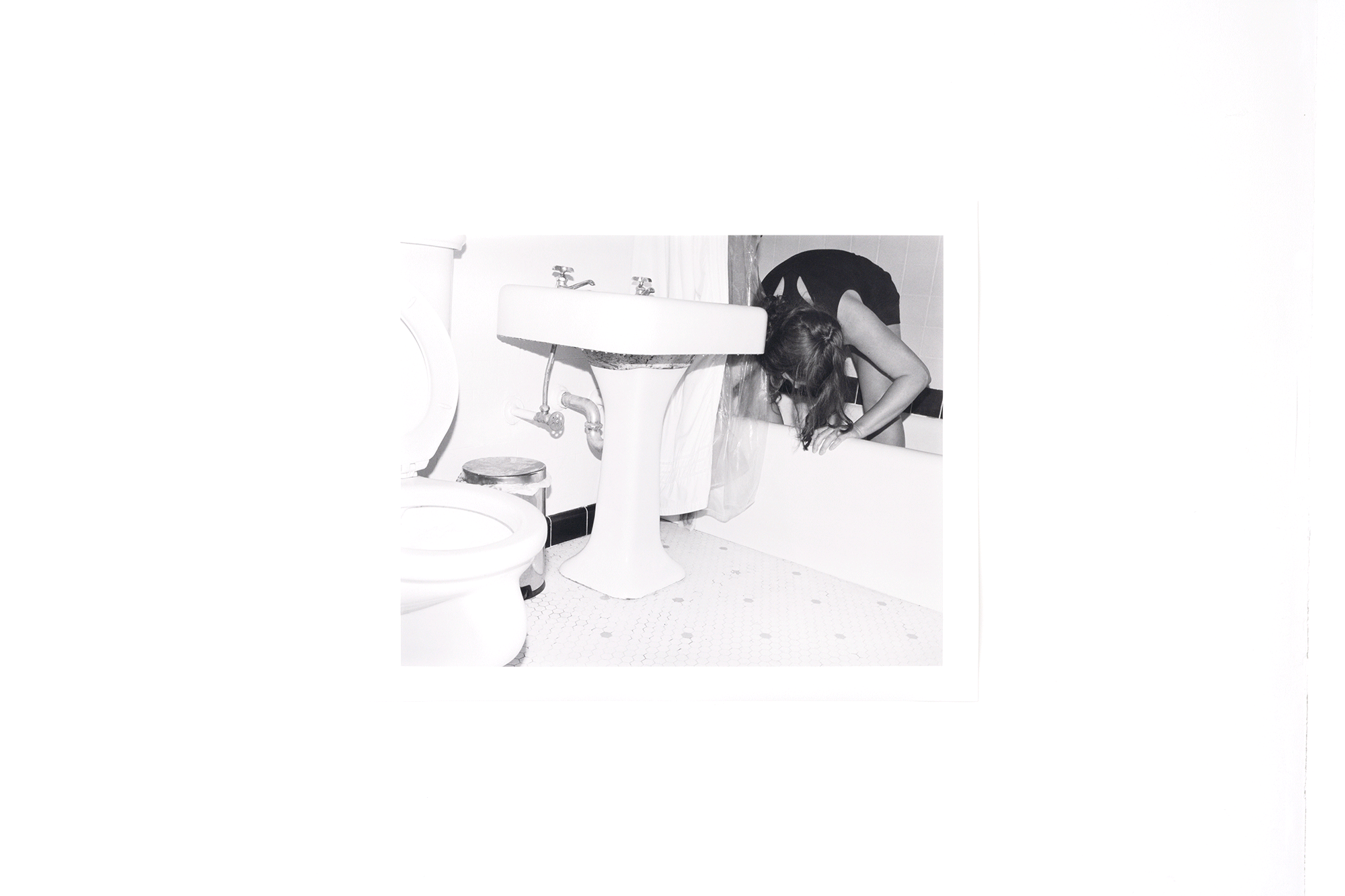
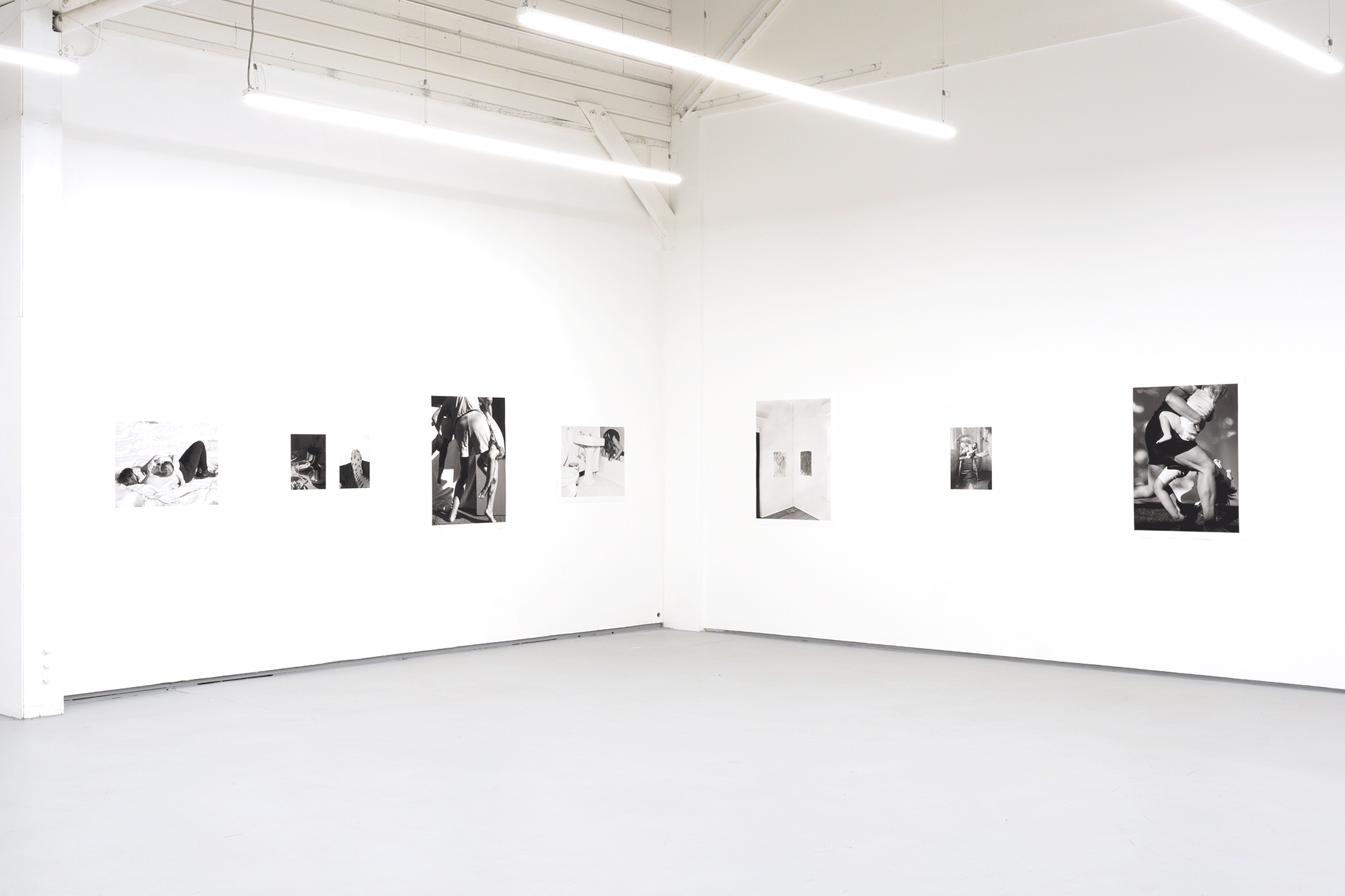
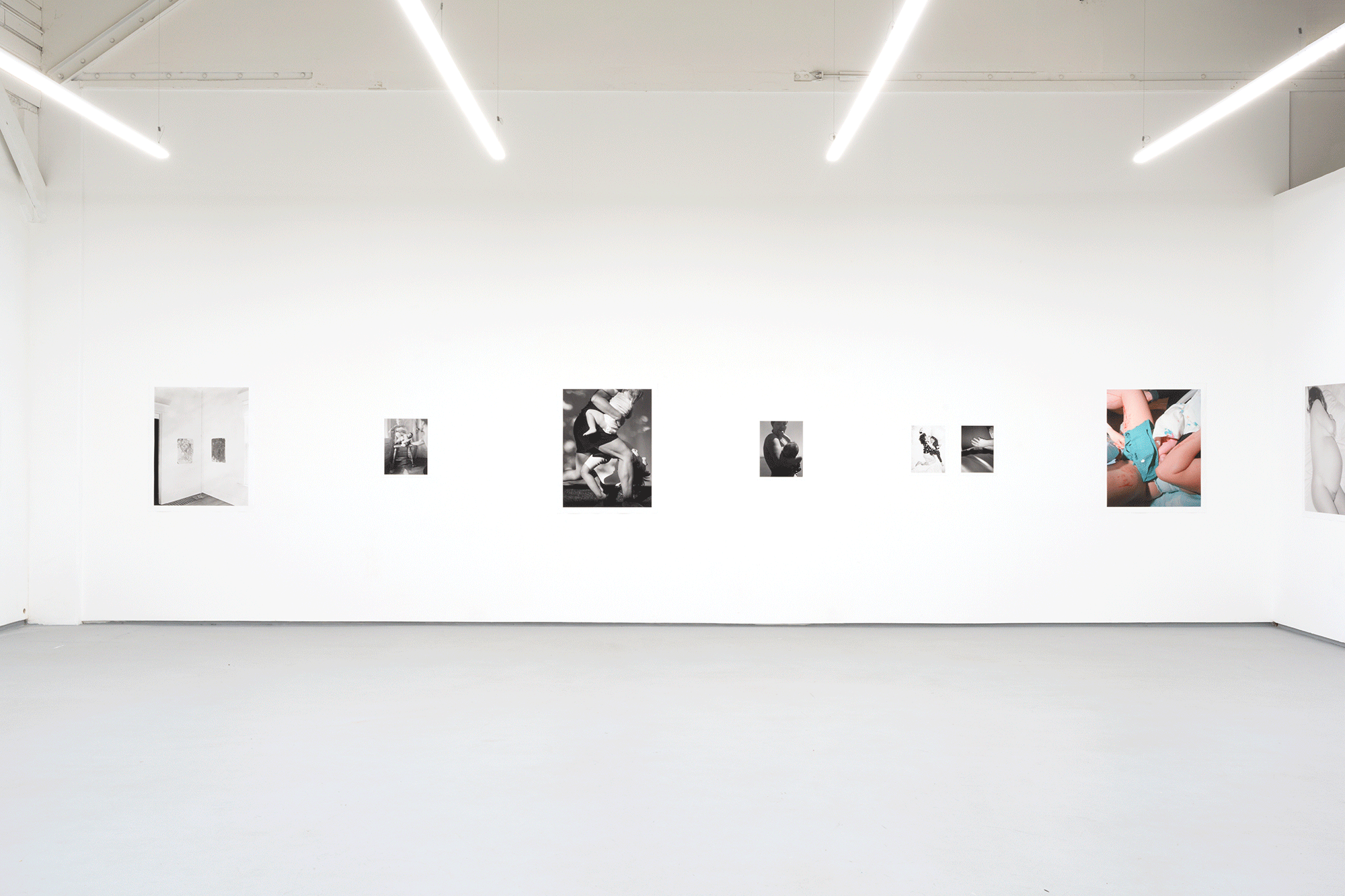

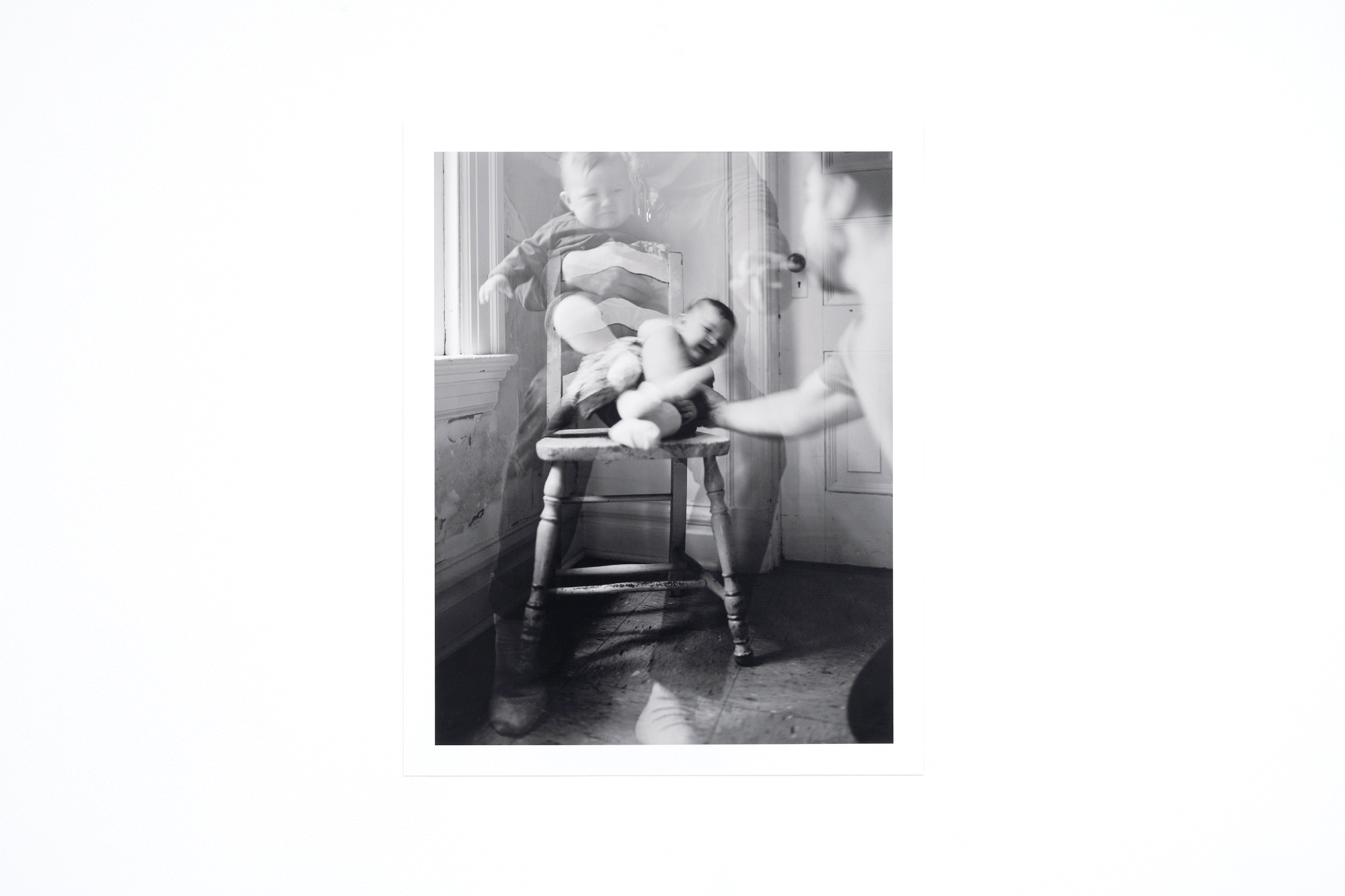


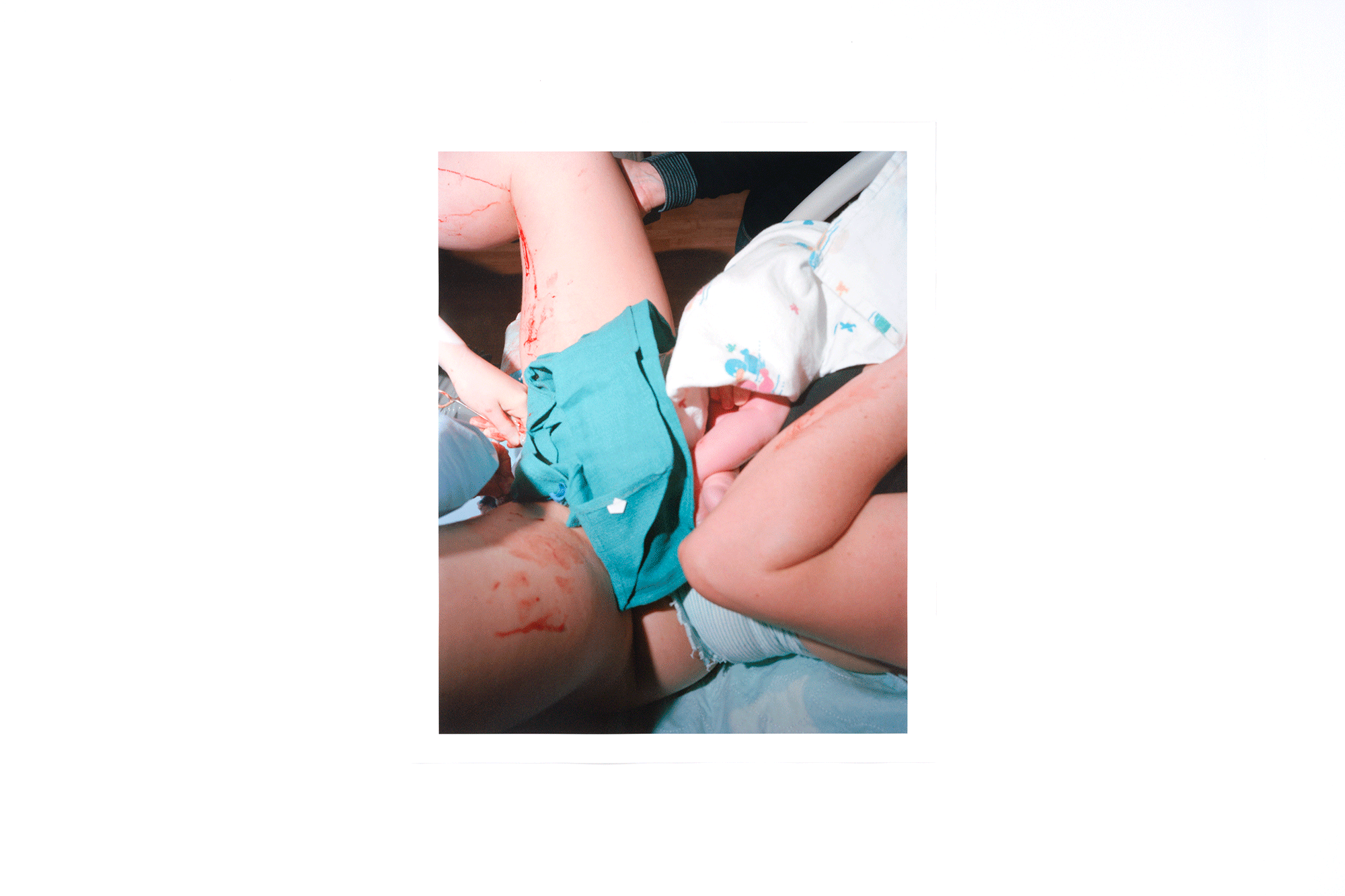
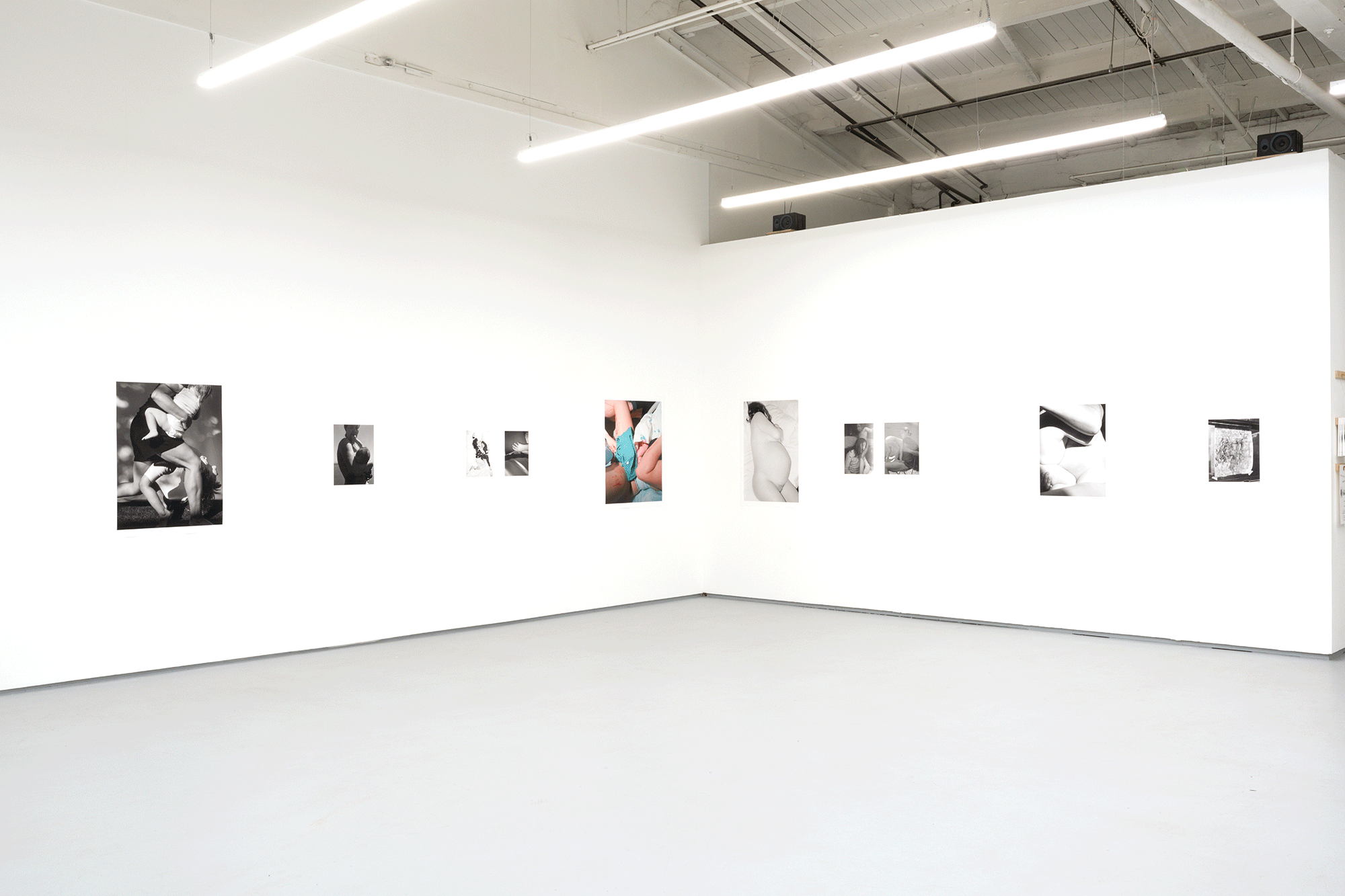


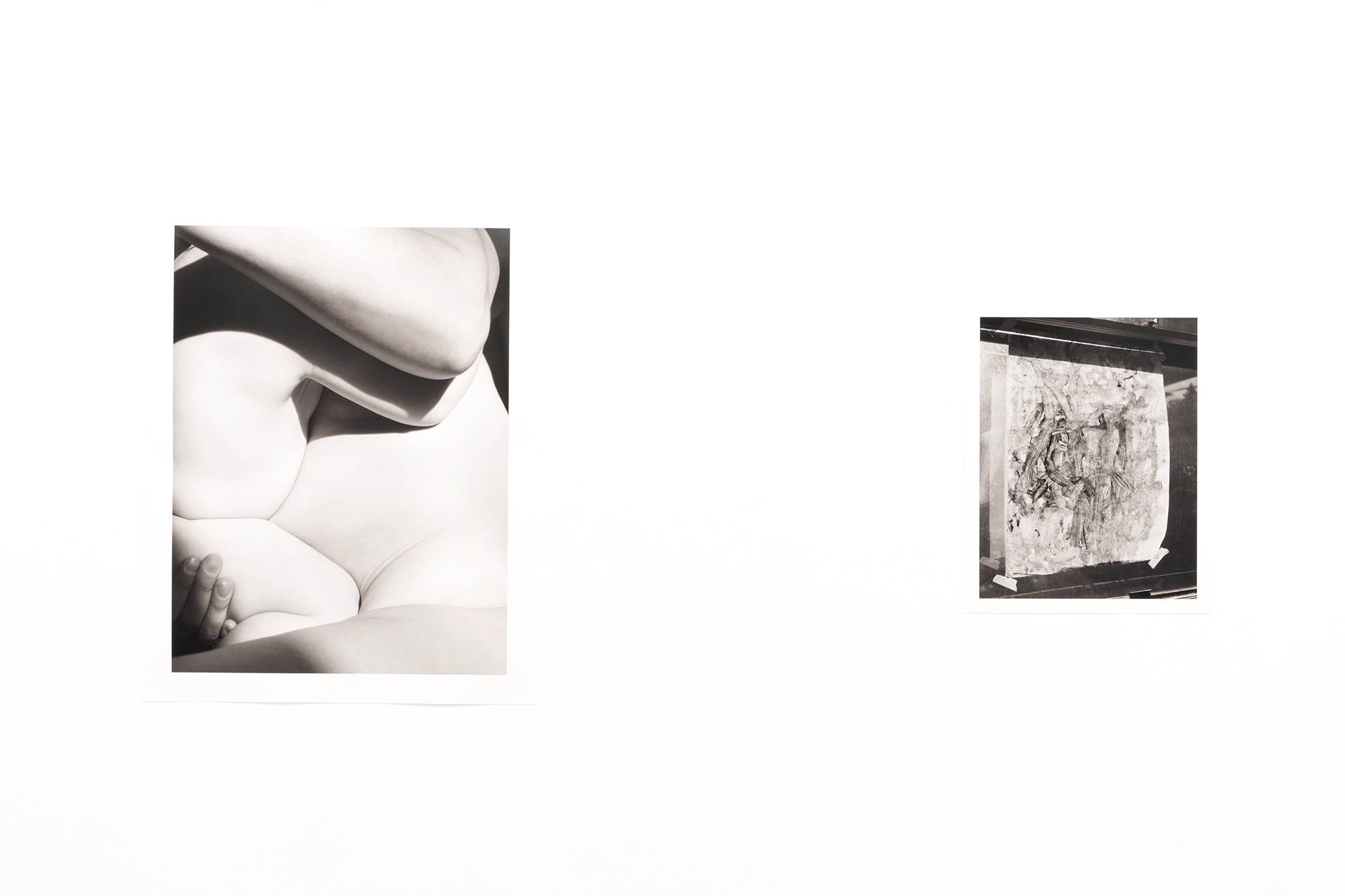
What happens when two artists, collaborators, partners, and parents to young children, turn their attention toward the same moment, the same scene, the same bodies, and make pictures? Braiding a Current emerges not as stasis nor a timeline, but as a current; one that doubles back on itself, layers perspectives, and pulls forward small moments that feel irretrievable even as they are made.
For years, we have been working in the background of each other’s practices: assisting, editing, suggesting, titling, and challenging one another. It is new that we are foregrounding that relationship, not only as artistic collaborators but also as partners and now as parents. Braiding a Current is not an archive of family life or a portrait of domesticity but a reckoning with photography’s stopping of time and the simultaneous impossibility of doing so. Our work lives in the tension between desire and failure, the need to hold onto something, and the realization that we can't.
We began to collaborate in this way when we were prompted to visually respond to Roland Barthes' Winter Garden Photograph for Odette England’s Keeper of the Hearth project. Like Barthes, we were trying to conjure pictures, photographs that had deep personal significance and yet, perhaps, little to no meaning for the viewer. In doing so, during our first Mother’s Day with our oldest child, we were both drawn to the same scene. Looking at our child, at each other, looking at a swirl of hair on the top of her head, but compelled by different urgencies. One of us was determined to photograph the cowlick that resembled a galaxy, before her hair grew in and the swirl faded from view. The other, unsure what it meant but still understanding its necessity, pulled back and took two photographs as the other swirled around the swirl.
The work is not a debate, a dichotomy, or a comparison of approaches. It’s a shared inquiry into how to live as artists and parents without losing either and how to let the intimacy of family shape our practices and work without collapsing into sentimentality or spectacle (though both may be present here). We are interested in what doesn't match. In the pictures that don’t adhere to any particular order, chronological or formal, but rather exist to hold onto individual moments shared. Braiding a Current is not just a family album or visual representation of “memory,” but rather aims to reveal what work on family can be: a site of difference, longing, and being.
Braiding a Current asks what it means to collaborate when authorship is blurred, when the personal is not just a subject but a site of labor and love, and when looking becomes both an individual act and a shared gesture. The photographs and videos, some quiet, some chaotic, are about parenting, yes, but they are also about persistence and not outgrowing the creative process, or the need to make sense of what we are part of. They follow presence, sometimes mundane, sometimes significant. We are looking to stay with these moments. To not forget. To hold on, not because it is unique, but because we were there, and we were looking. Apart and together.
-
Dru Donovan and Joel W. Fisher
Dru Donovan
Dru Donovan’s work has been exhibited nationally and internationally, including in reGeneration2: Tomorrow’s Photographers Today at the Musée de l’Elysée in Lausanne, Switzerland, and the 2010 California Biennial at the Orange County Museum of Art. Her photographs have been shown at Fraenkel Gallery, Yancey Richardson Gallery, Rhona Hoffman Gallery, and the Schneider Museum of Art in Ashland, Oregon. Donovan’s work has been published in Aperture, Blind Spot, Picture Magazine, and Matte magazines. Her first book, Lifting Water, was published by TBW Books in 2011. She has participated in artist residencies with the Lower Manhattan Cultural Council’s Workspace Program (2011–12) and the Headlands Center for the Arts (2018). Donovan has received grants from the Oregon Arts Commission, the Ford Family Foundation. She received the John Gutmann Photography Fellowship in 2015 and the John Simon Guggenheim Memorial Foundation Fellowship in 2016. She holds a BFA from California College of the Arts and an MFA from Yale University and is currently an Assistant Professor of Art with Term at Lewis & Clark College in Portland, Oregon.
Joel W. Fisher
Joel W. Fisher’s work spans lens-based practices, both analog and digital, as well as writing, research, and theory. His work has been exhibited nationally and internationally in solo and group exhibitions, including at the Wassaic Project, Fraenkel Gallery, Slocumb Art Gallery, and AD/HD at KNOWMOREGAMES and P-R-I-M-E-T-I-M-E Galleries in Brooklyn. His first monograph, Landmark (Daylight Books), was nominated for the Aperture Foundation’s First Book Award at Paris Photo. Fisher has participated in the Lower Manhattan Cultural Council’s Workspace Program. He has received grants supported by the Andrew W. Mellon Foundation, the Oregon Arts Commission, and the Ford Family Foundation. His forthcoming monograph, Framework, will be published by TBW Books in 2027. Fisher holds a BA in English from the University of New Hampshire and an MFA from the Rhode Island School of Design. From 2006 to 2007, he studied at the Hochschule für Grafik und Buchkunst in Leipzig, Germany, as a Fulbright U.S. Scholar. He is currently an Associate Professor of Art and Studio Head of Photography at Lewis & Clark College in Portland, Oregon.
Dru Donovan and Joel W. Fisher are married and live in Portland, Oregon, with their two children. This exhibition marks their first collaboration.
Nov 1st - Nov 30th
Book of Monsters
Rowan Buffington & Matt Greenwell


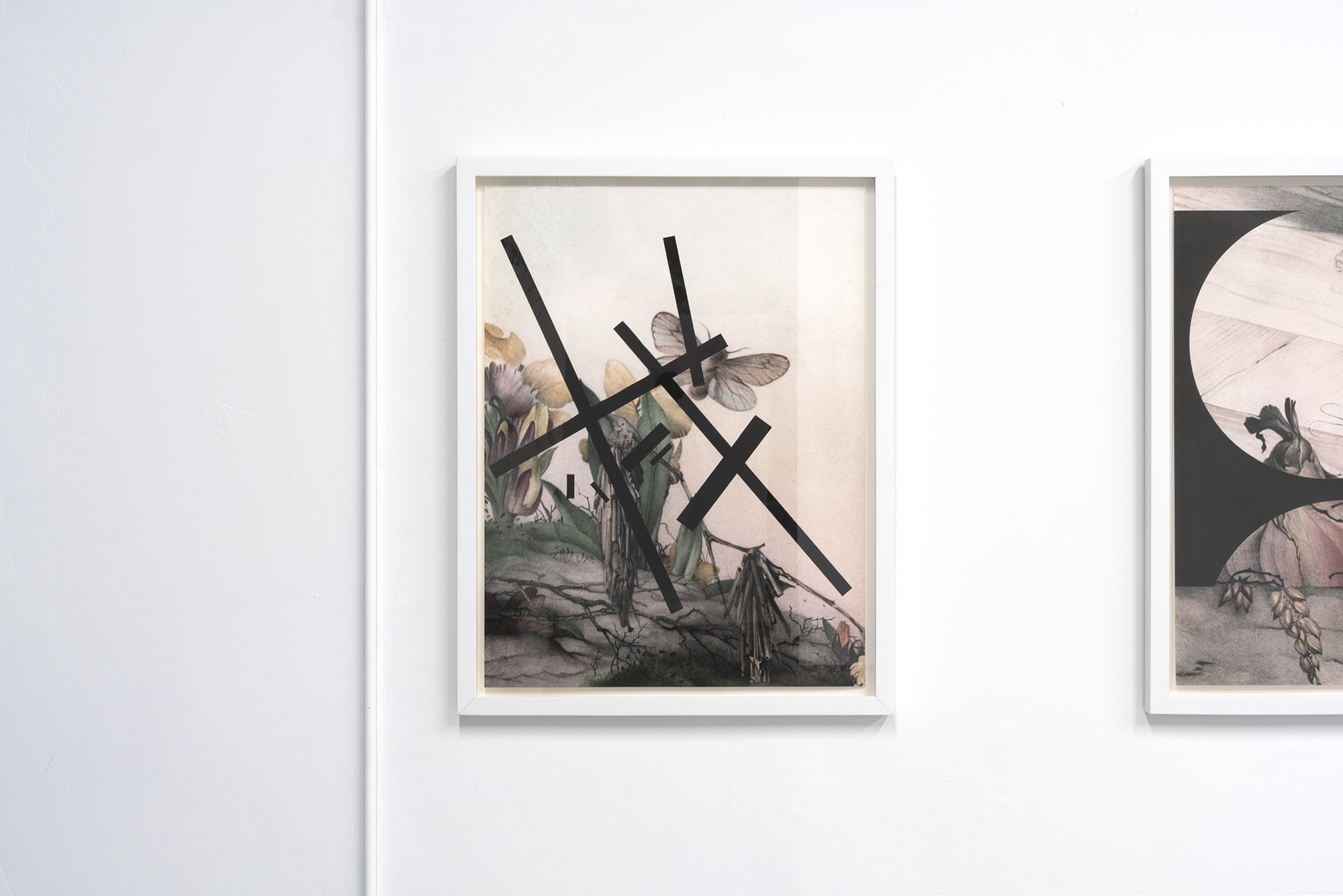

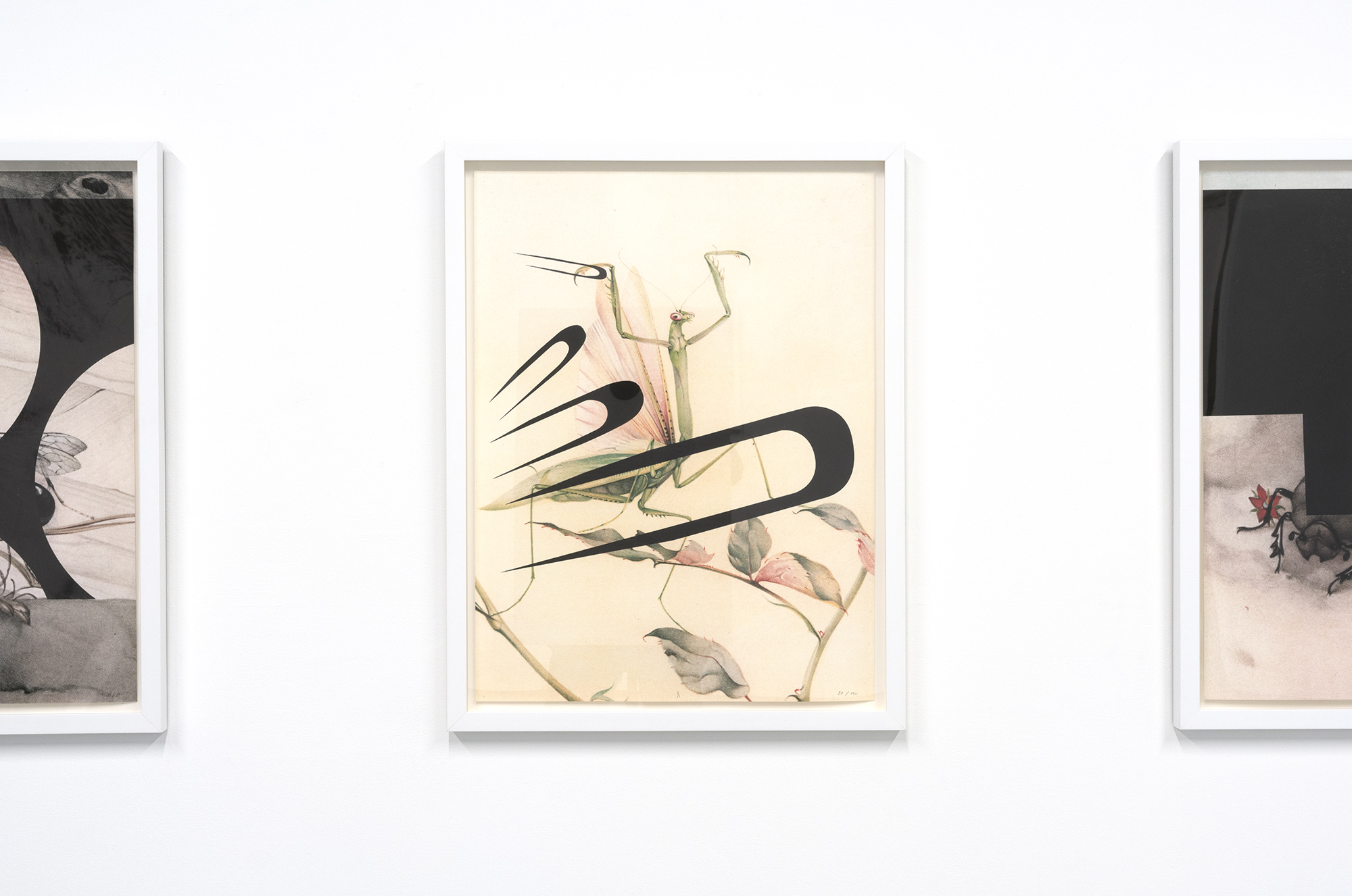



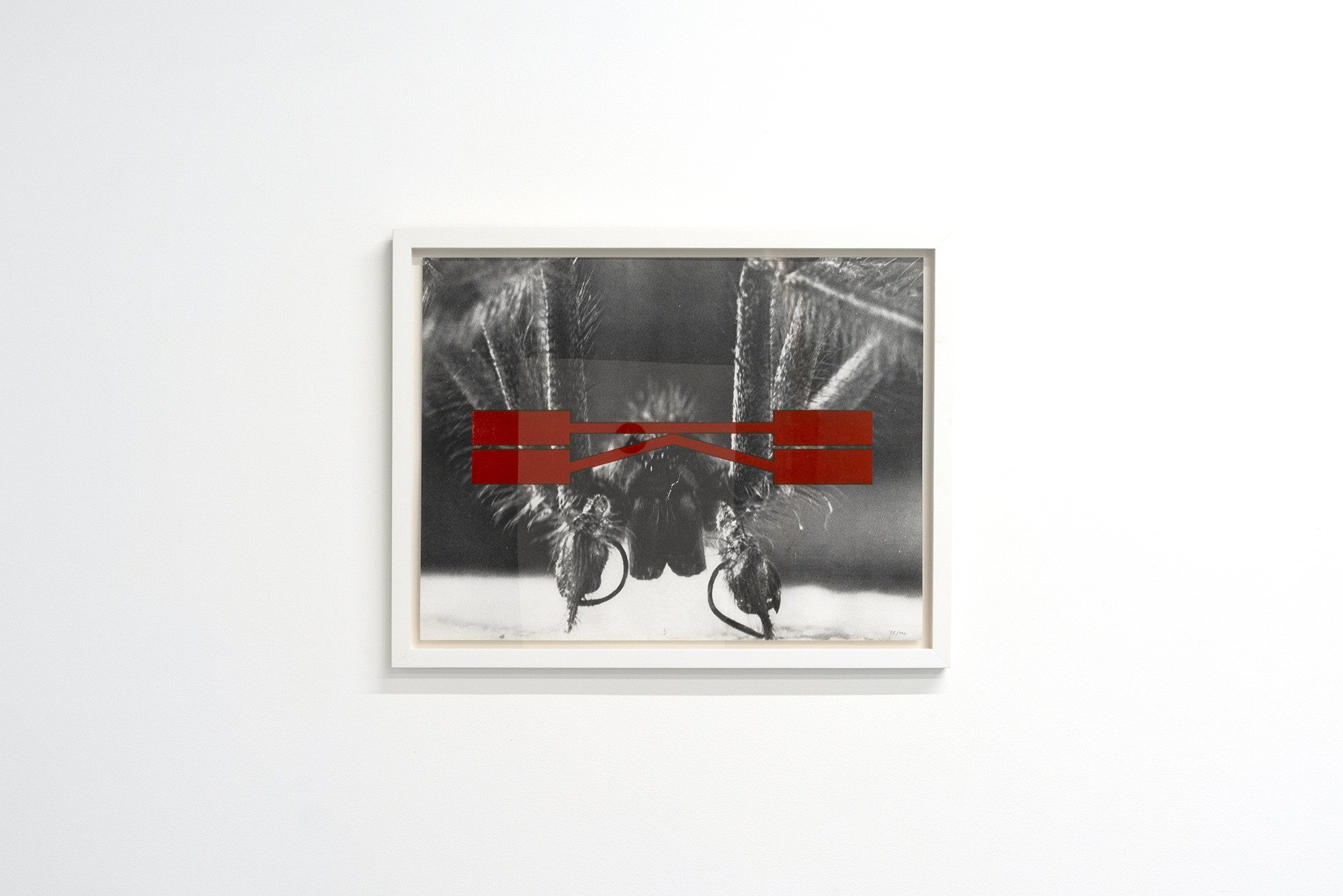
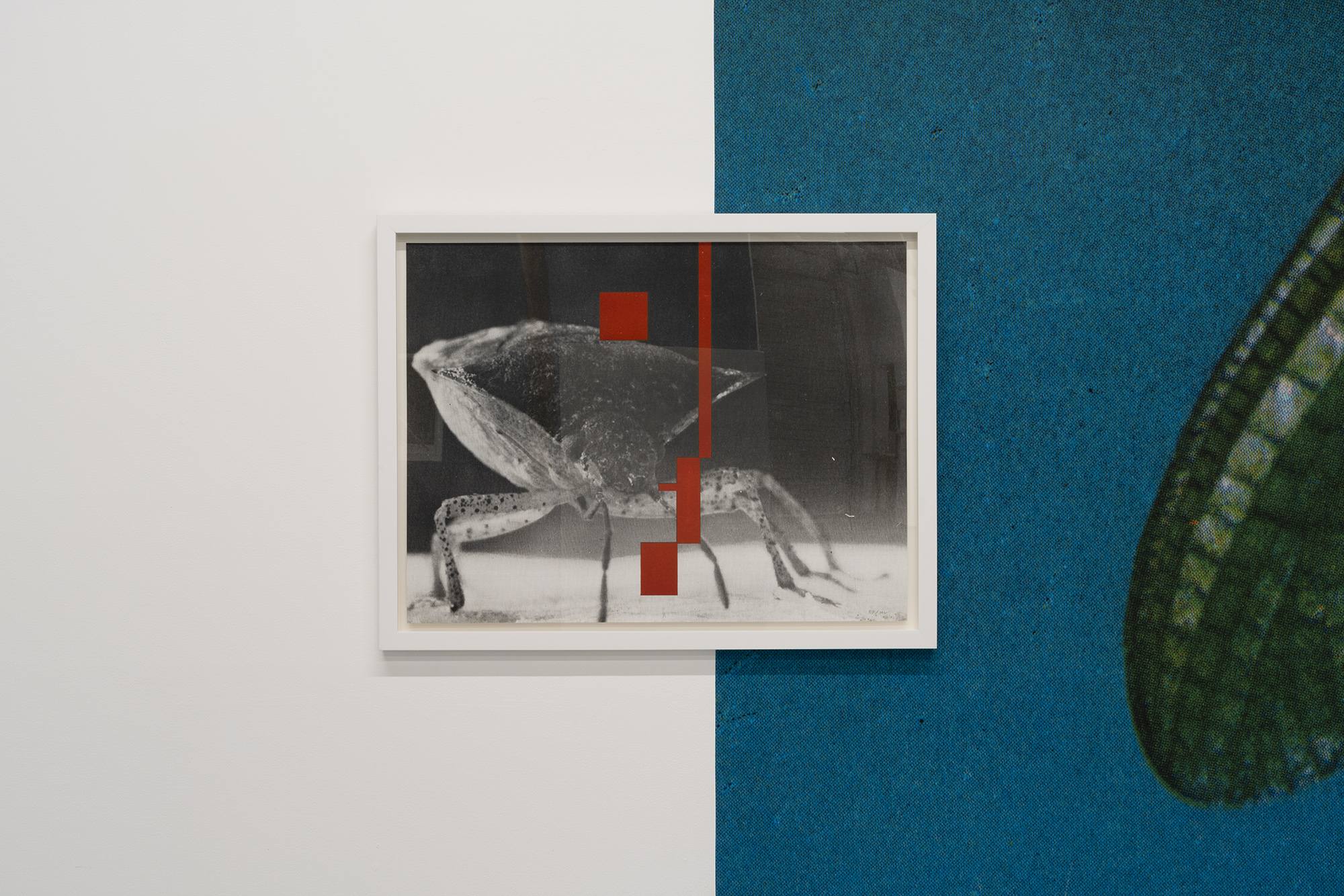
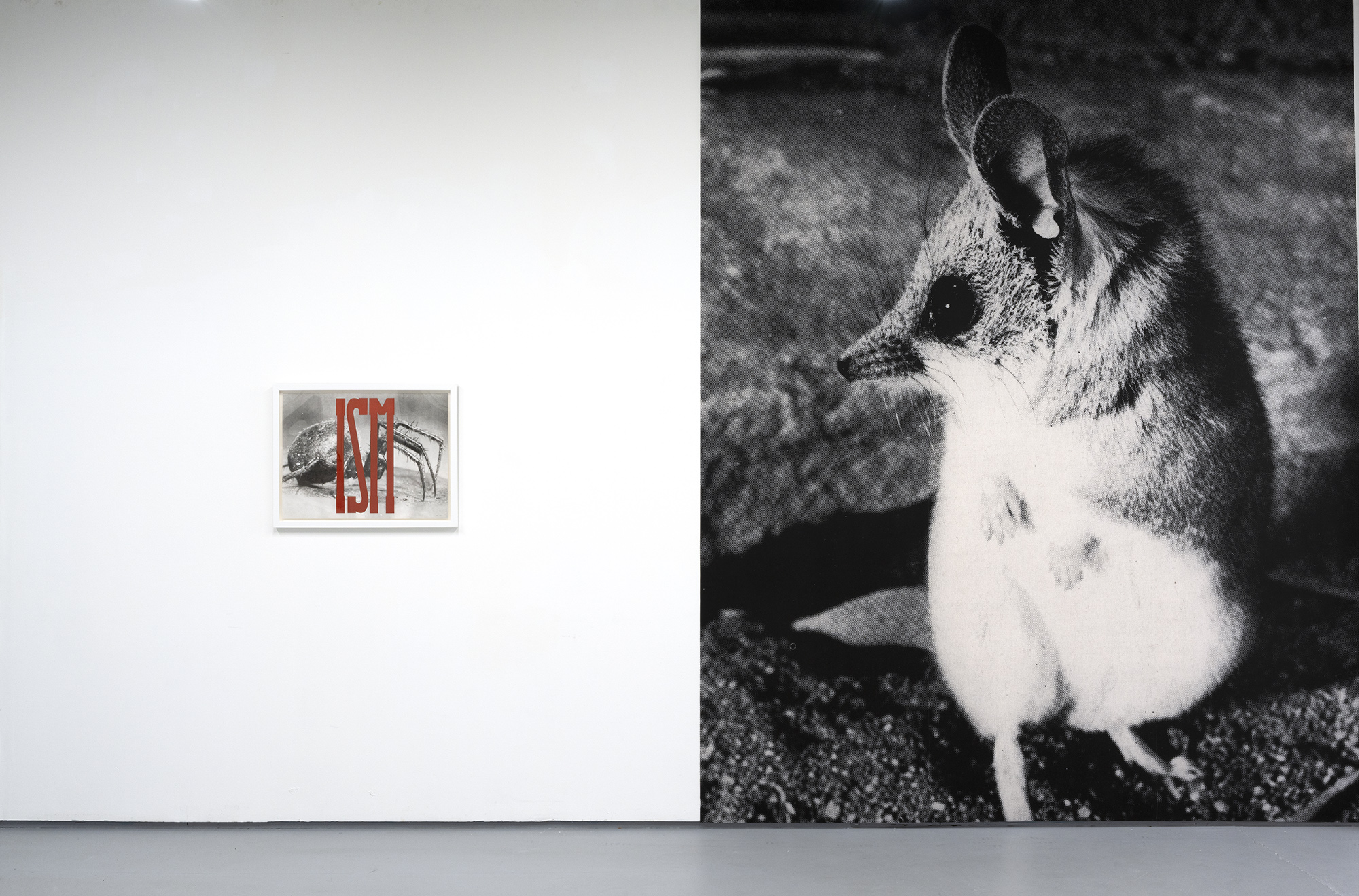
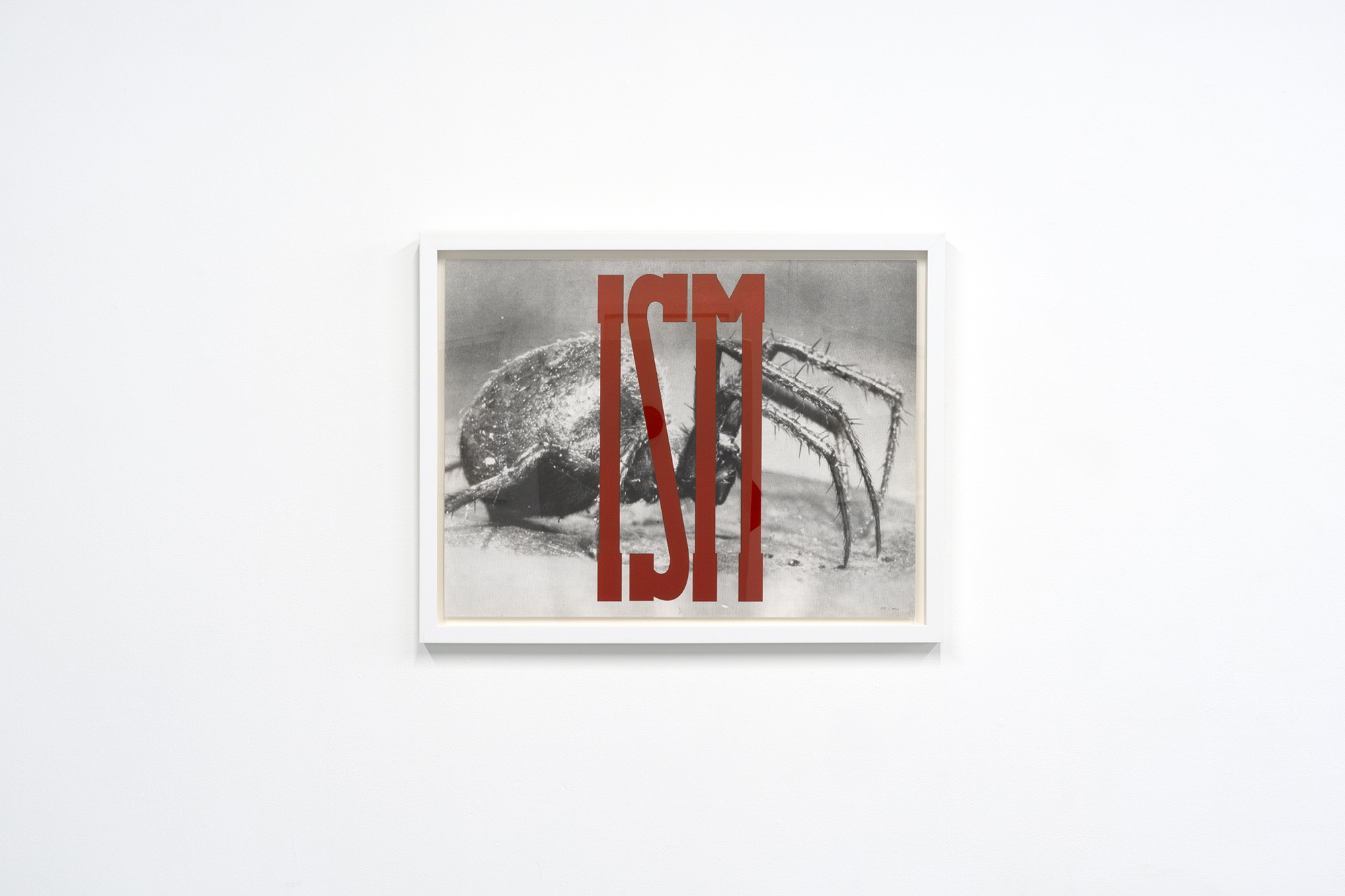

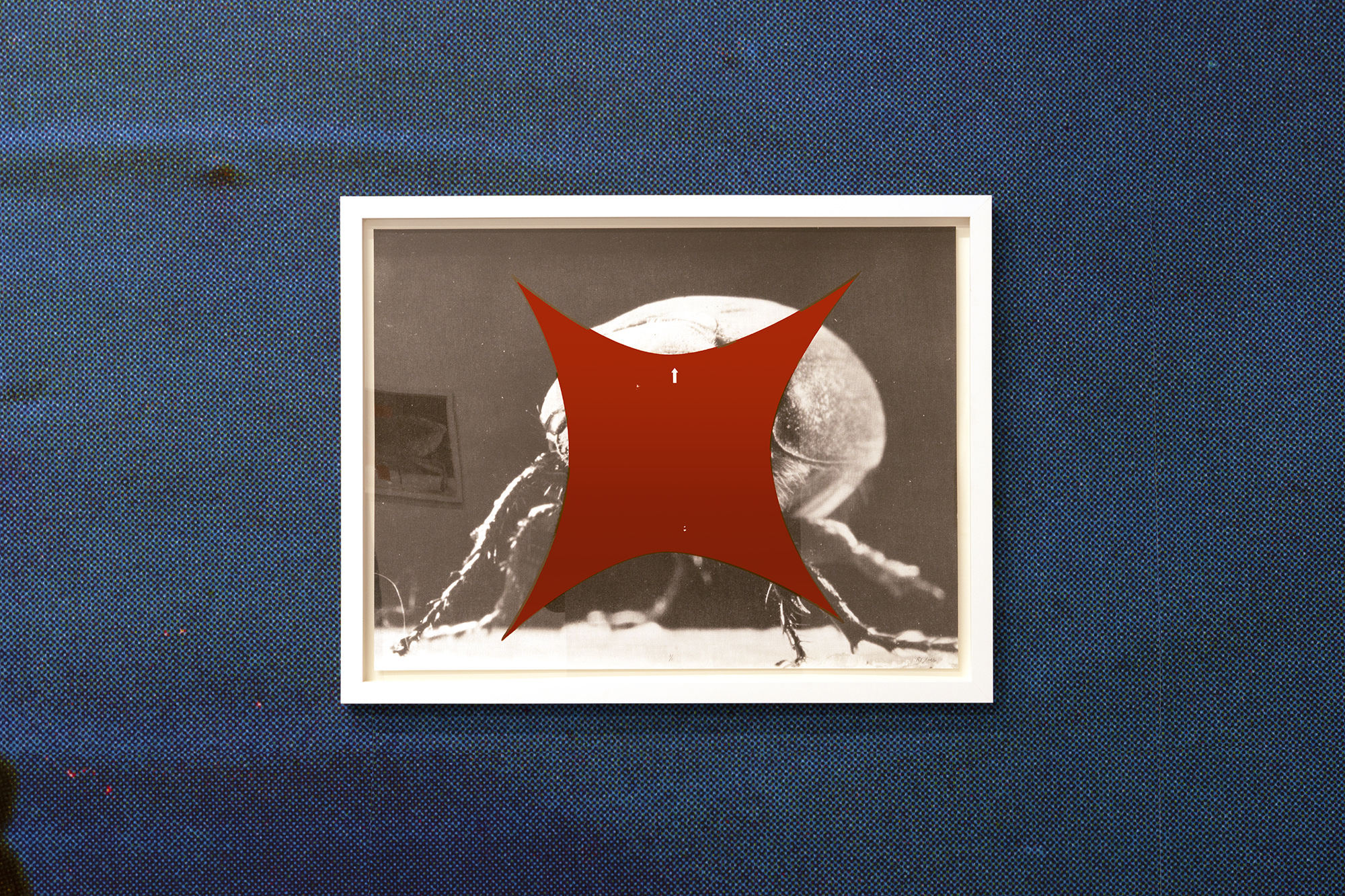
David and Marian Fairchild’s Book of Monsters (1914), from which Buffington and Greenwell borrow the title of this exhibition, comprises a series of protoscientific photographs of insects. The extreme close-up images serve a dual purpose: as documentary evidence suitable for scientific analysis, and as a protracted treatise on the fundamental alterity of insects. The Fairchilds explain: “…the flies which leave a colony of germs at every footstep will not much longer be tolerated, indeed, every creature that bites and sucks our food and dishes has been placed under suspicion.” The photographic analysis of these insects is an extension of a colonial mindset that seeks to contain, control, and dominate that which refuses to be assimilated.
The exhibition Book of Monsters examines these images against the backdrop of avant-garde artistic production. Buffington and Greenwell challenge conventional notions of normalcy that have been and remain central to nationalist and totalitarian logics. Collage and printmaking were instrumental to shaping the political consciousness of the early 20th century, serving as a vital form of resistance against fascistic imperatives. Fascism is once again on the rise, and we find ourselves in a directly analogous position to artists of the historic avant-garde.
Buffington and Greenwell are interested in the image’s potential to undermine itself. By dislodging images from their conventional functions and contexts, Buffington and Greenwell restore their status as multivalent signs that can be guided—in conversation with one another—towards new and unexpected affiliations. Their collage-based installations and performances have been featured in exhibitions at Stove Works in Chattanooga, TN, at Coop Gallery in Nashville, TN, and on the original campus of Black Mountain College in Black Mountain, NC. In each of these exhibitions, they have leveraged the potential of the collaged image to draw out broader social, political, and pedagogical themes.
This exchange show is scheduled in partnership with Stove Works.
Sep 27th - Oct 25th
Opening Reception Saturday, Sep 27th, 5-7pm
Performance
Saturday, Oct 25th, 7pm
by Amulets
Opening Reception Saturday, Sep 27th, 5-7pm
Performance
Saturday, Oct 25th, 7pm
by Amulets
Electric Mixer
Featuring work by
Dawn Cerny
Josh Faught
Craig Hickman
Michael Rey
Michael Salter
Kate Steciw
Sarah Wertzberger
Dawn Cerny
Josh Faught
Craig Hickman
Michael Rey
Michael Salter
Kate Steciw
Sarah Wertzberger
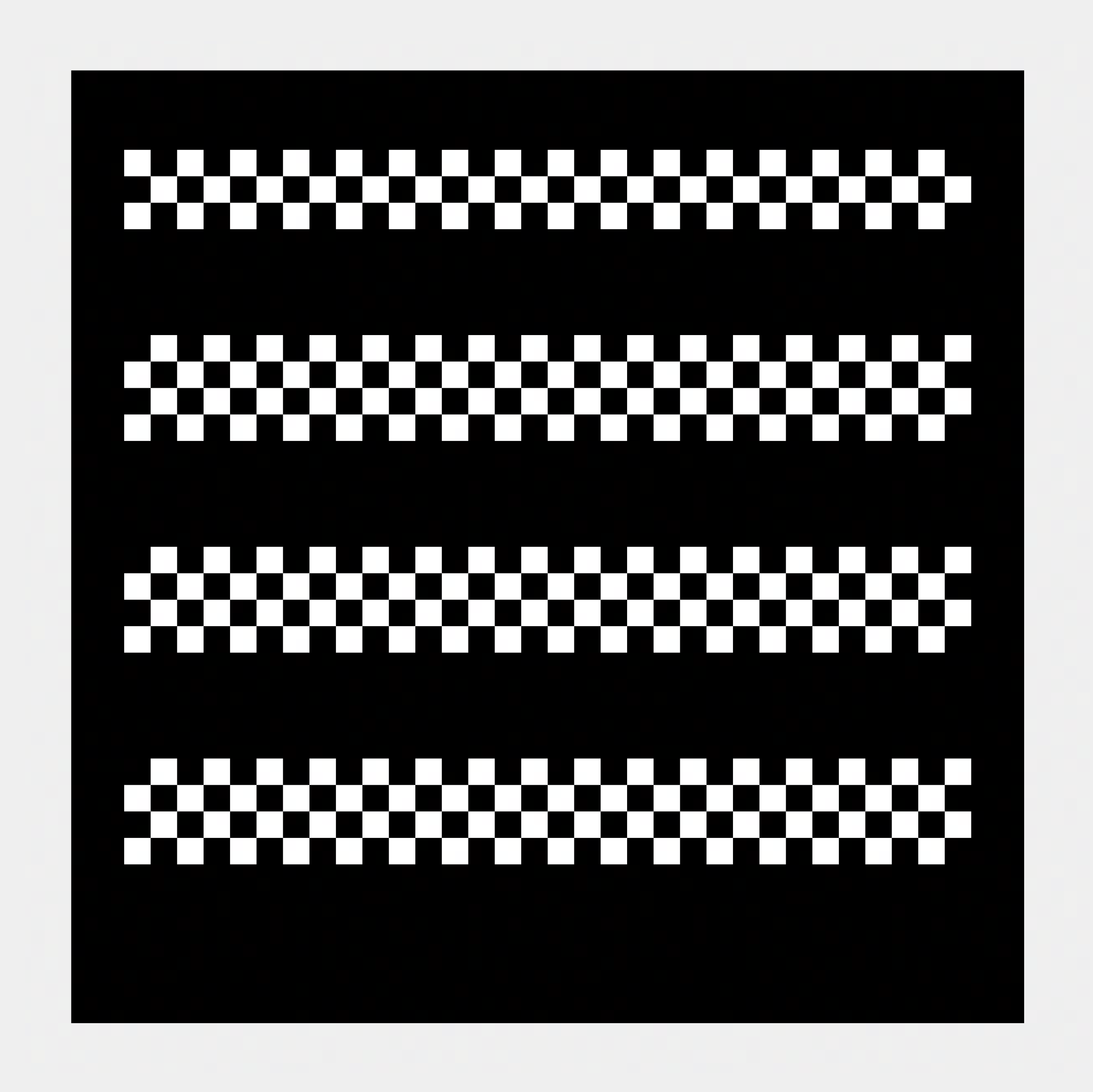
Ditch Projects is pleased to present Electric Mixer, featuring work by Dawn Cerny, Josh Faught, Craig Hickman, Michael Rey, Michael Salter, Kate Steciw, and Sarah Wertzberger. The exhibition is curated by Mike Bray and Laura Butler Hughes. For this exhibition, Bray and Hughes bring together artists whose work share a common aesthetic thread inspired by the technology of the 1980s and 1990s, such as digital doodles, screen distortions, and copy and paste.
Craig Hickman’s Kid Pix was one of the first digital art programs, introduced in schools in the 1990s, encouraged curiosity and play with early computers and digital aesthetics. The 80’s and 90’s tech, that a generation of artists grew up with, is now embedded in both their on and off screen work, and can be observed in Dawn Cerny and Michael Salter’s digital, analogue, and spatial drawings; the pucker and bloat-like effect in Michael Rey’s large scale furniture and sculpture; Kate Steciw’s photoshopped and collaged images of wiring and cords, Sara Wertzberger’s woven explorations of color and fiber that feel like digital screen distortion, and Josh Faught’s use of an obsolete 1980’s knitting machine.

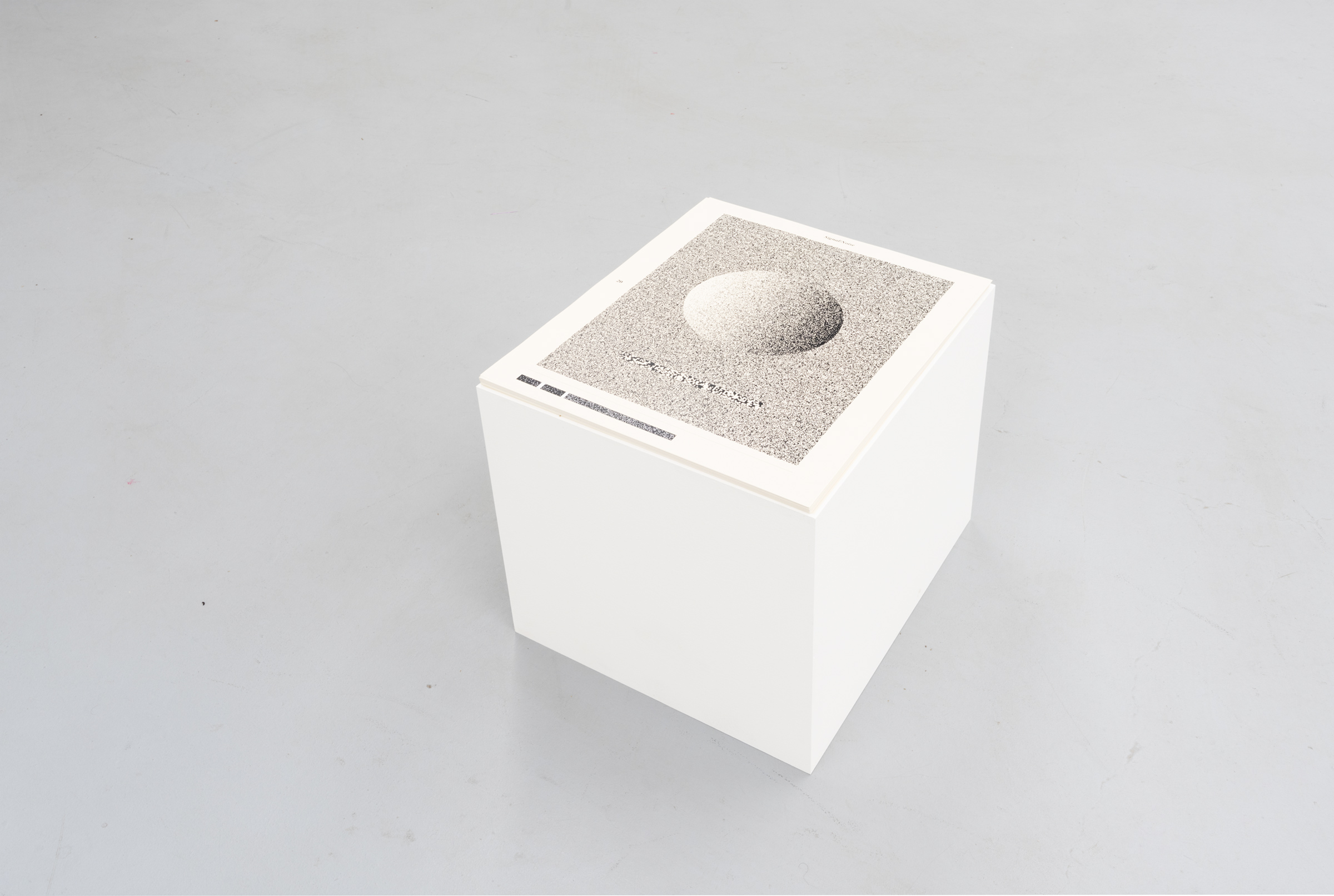
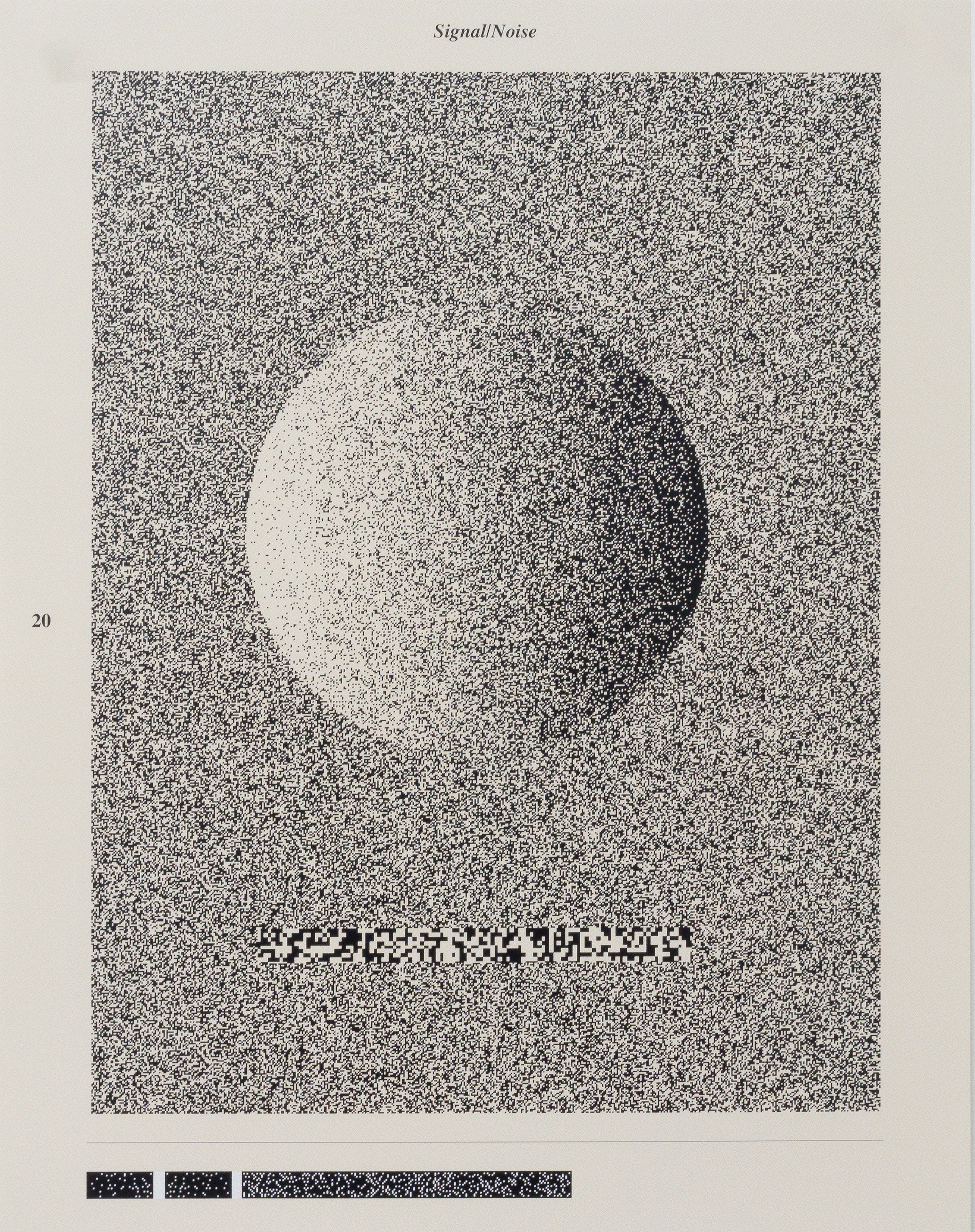

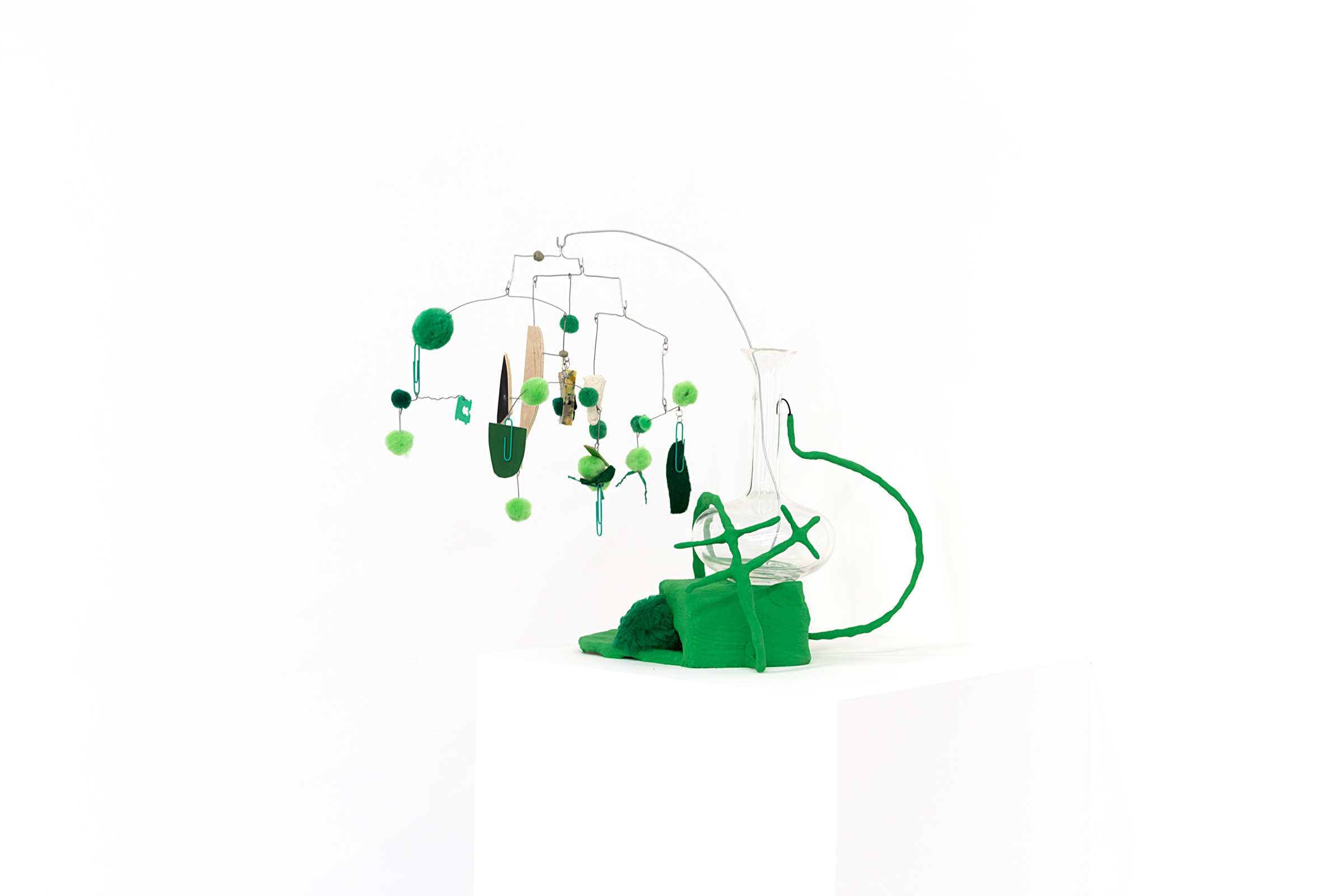
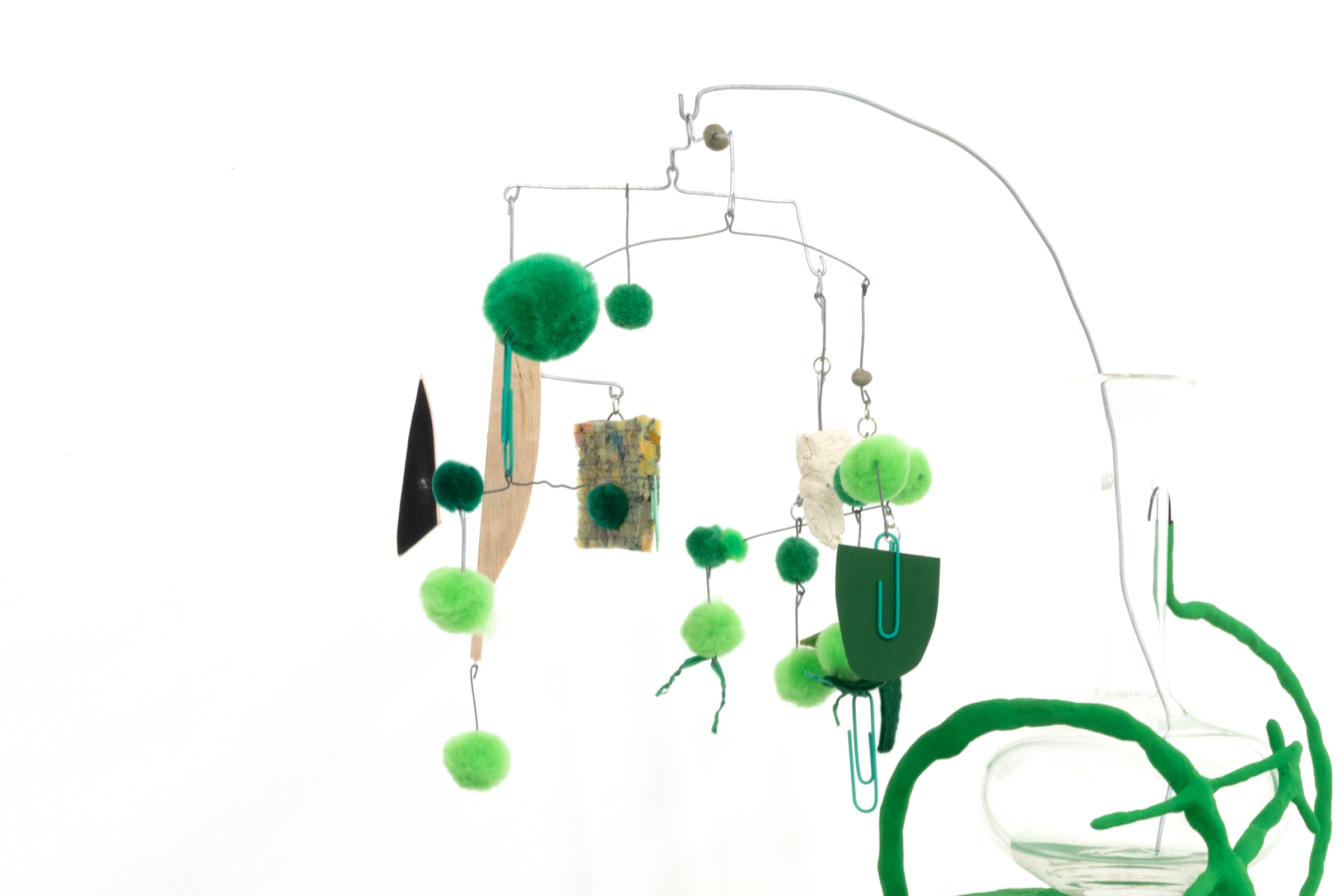
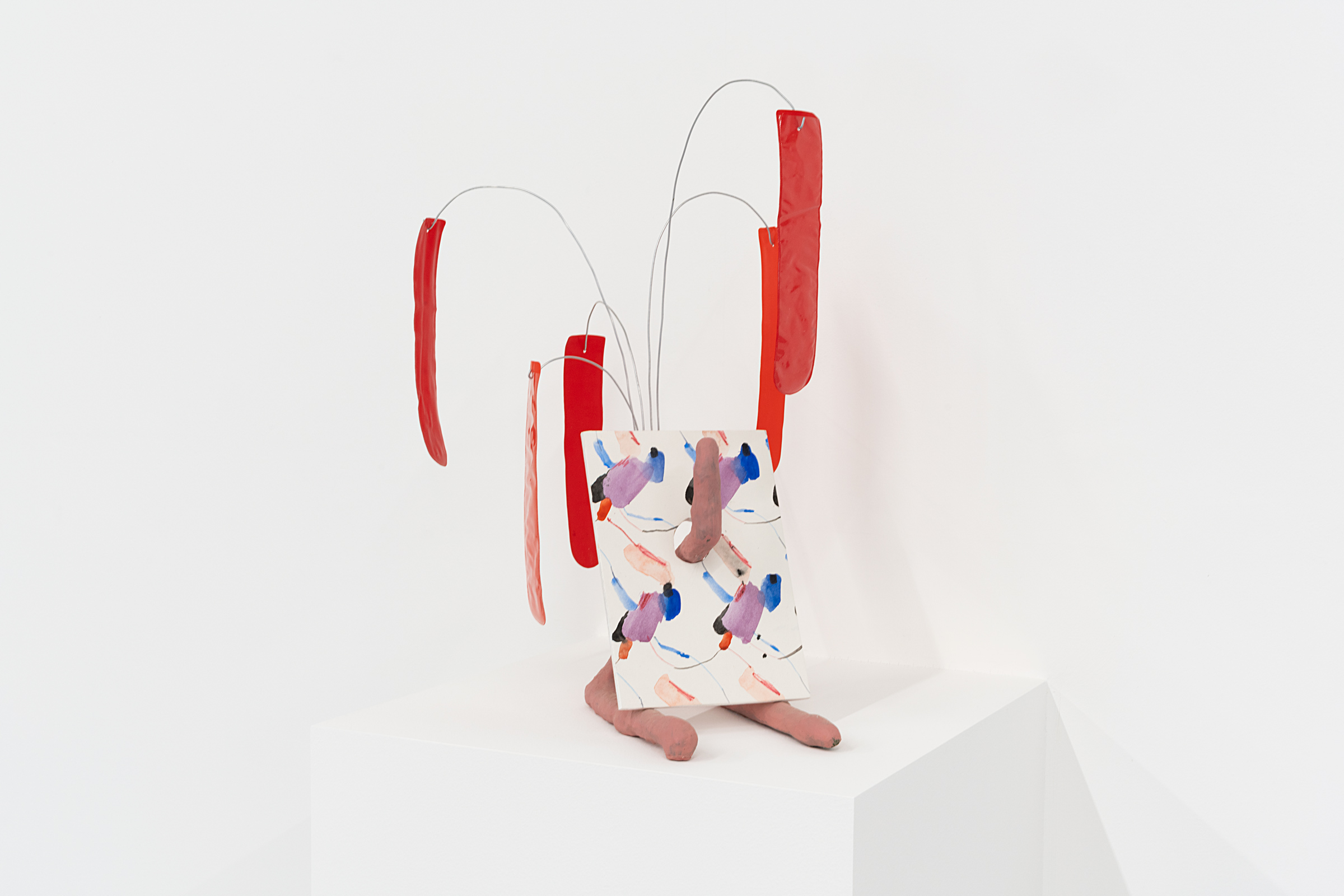

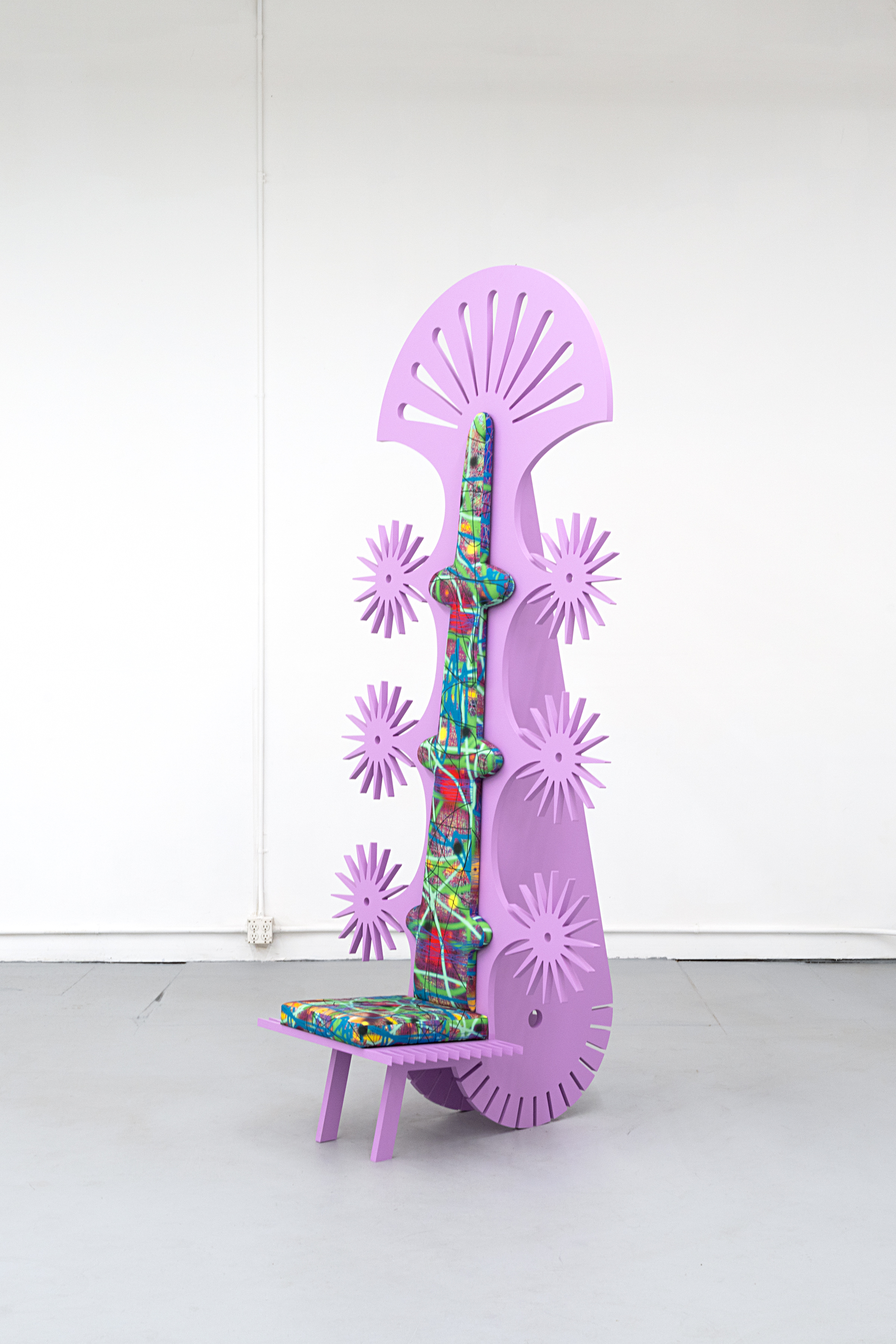
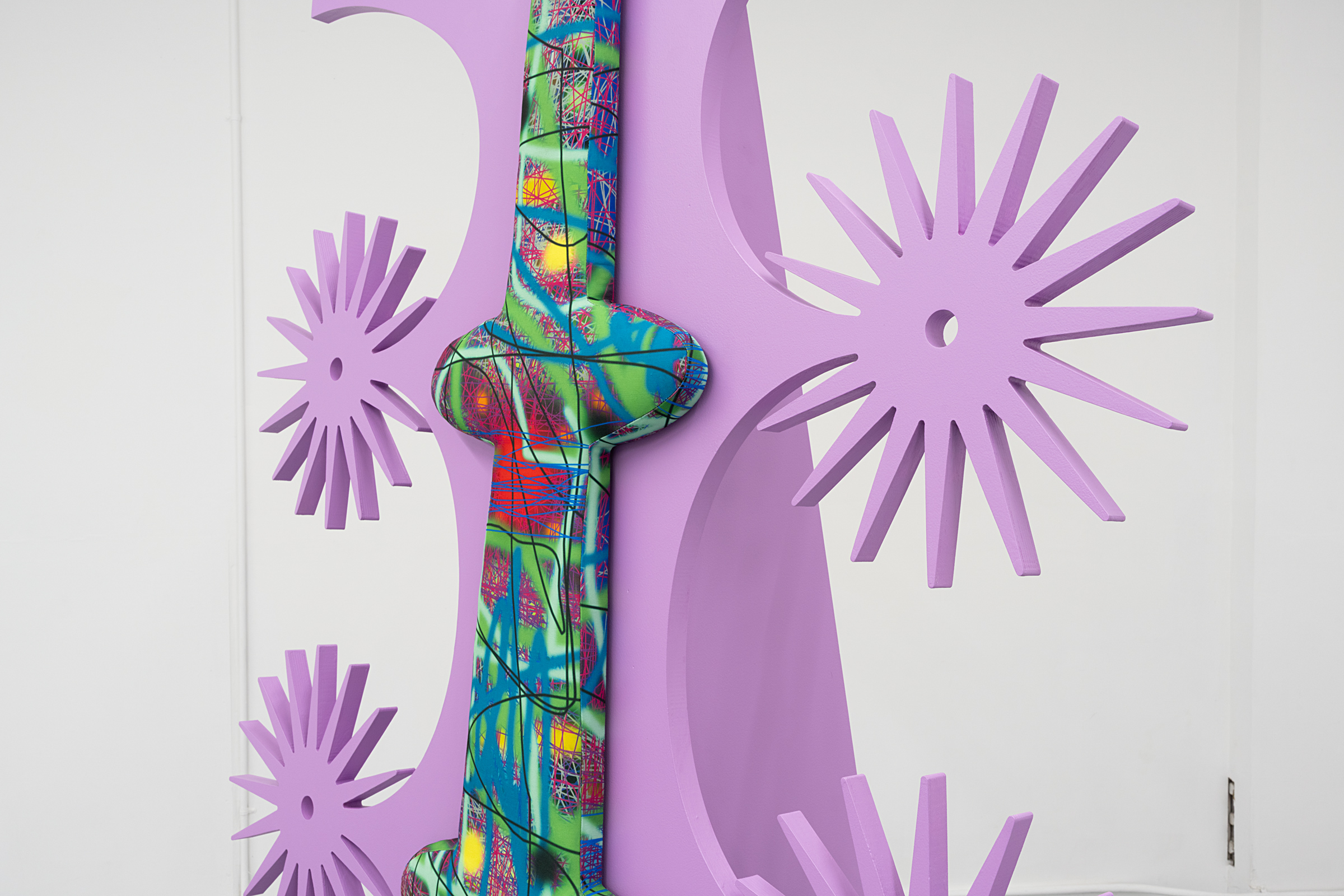


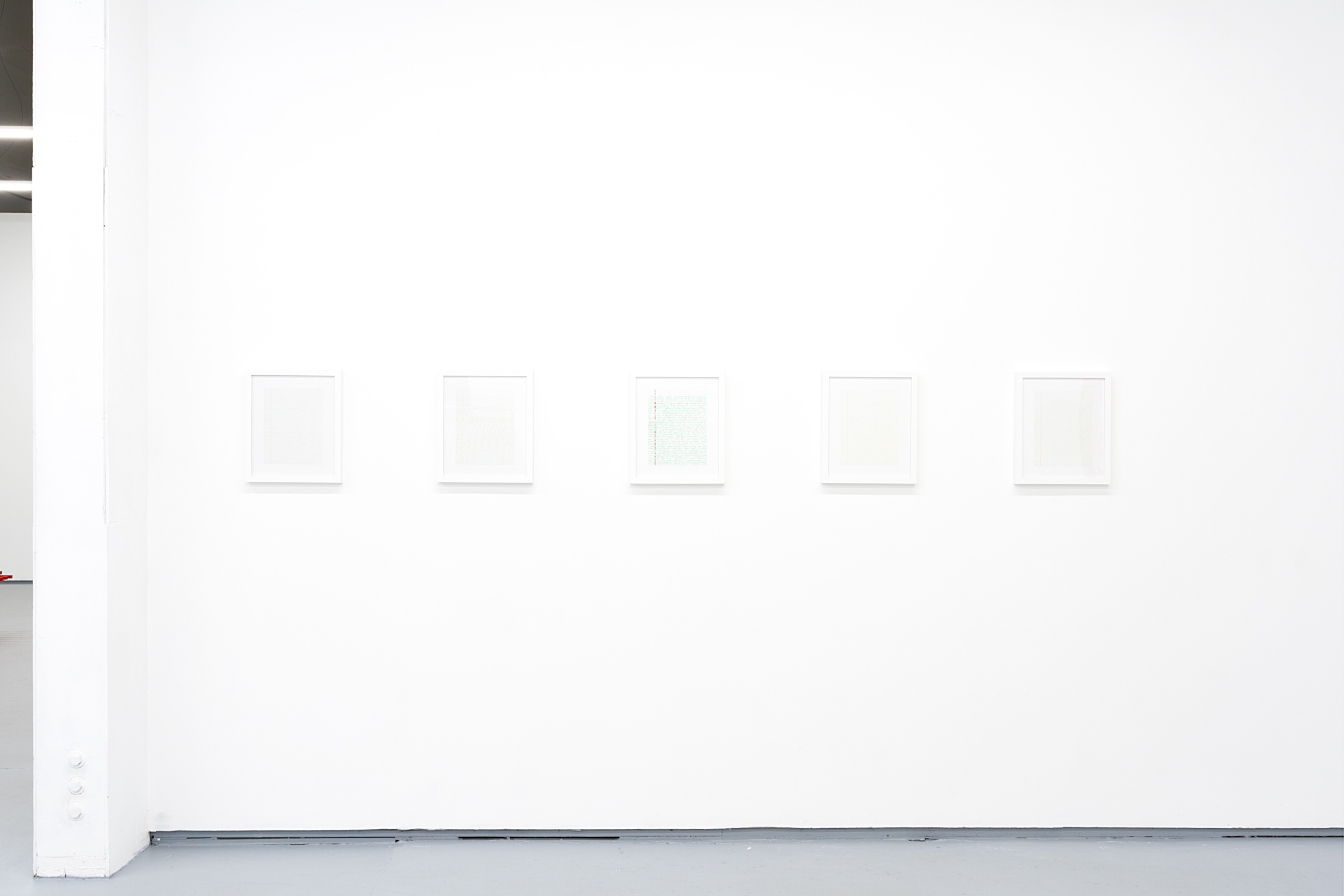

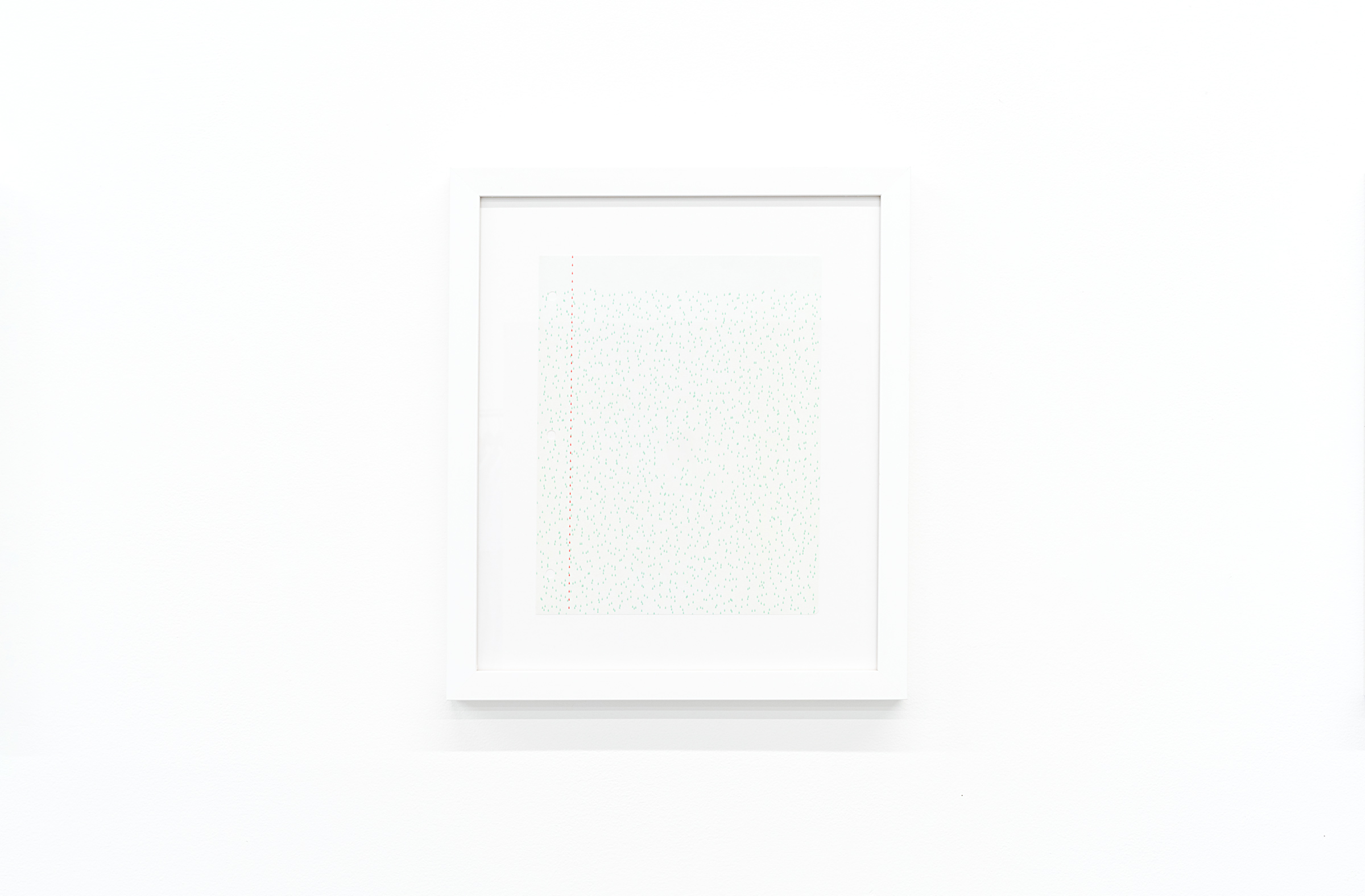

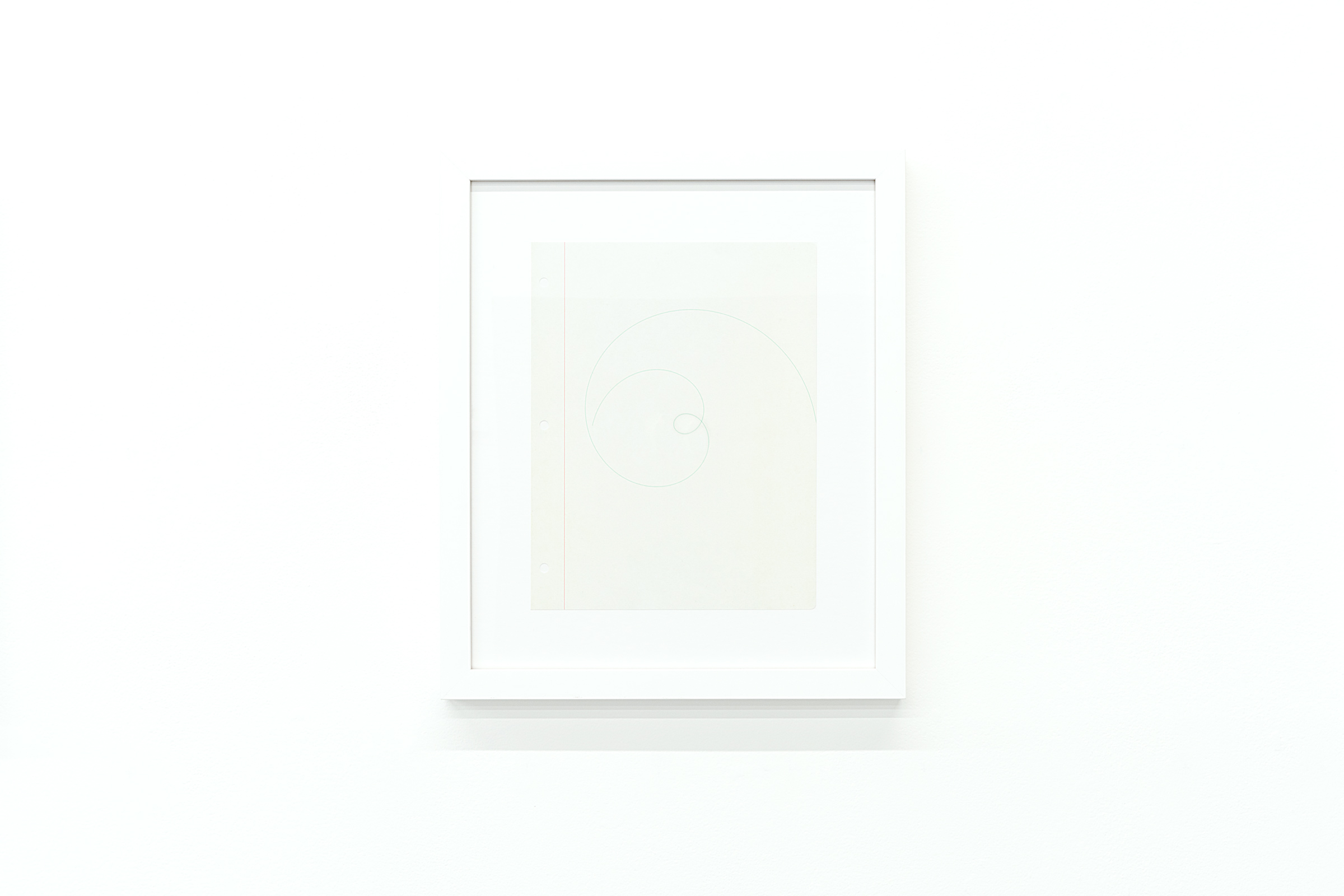
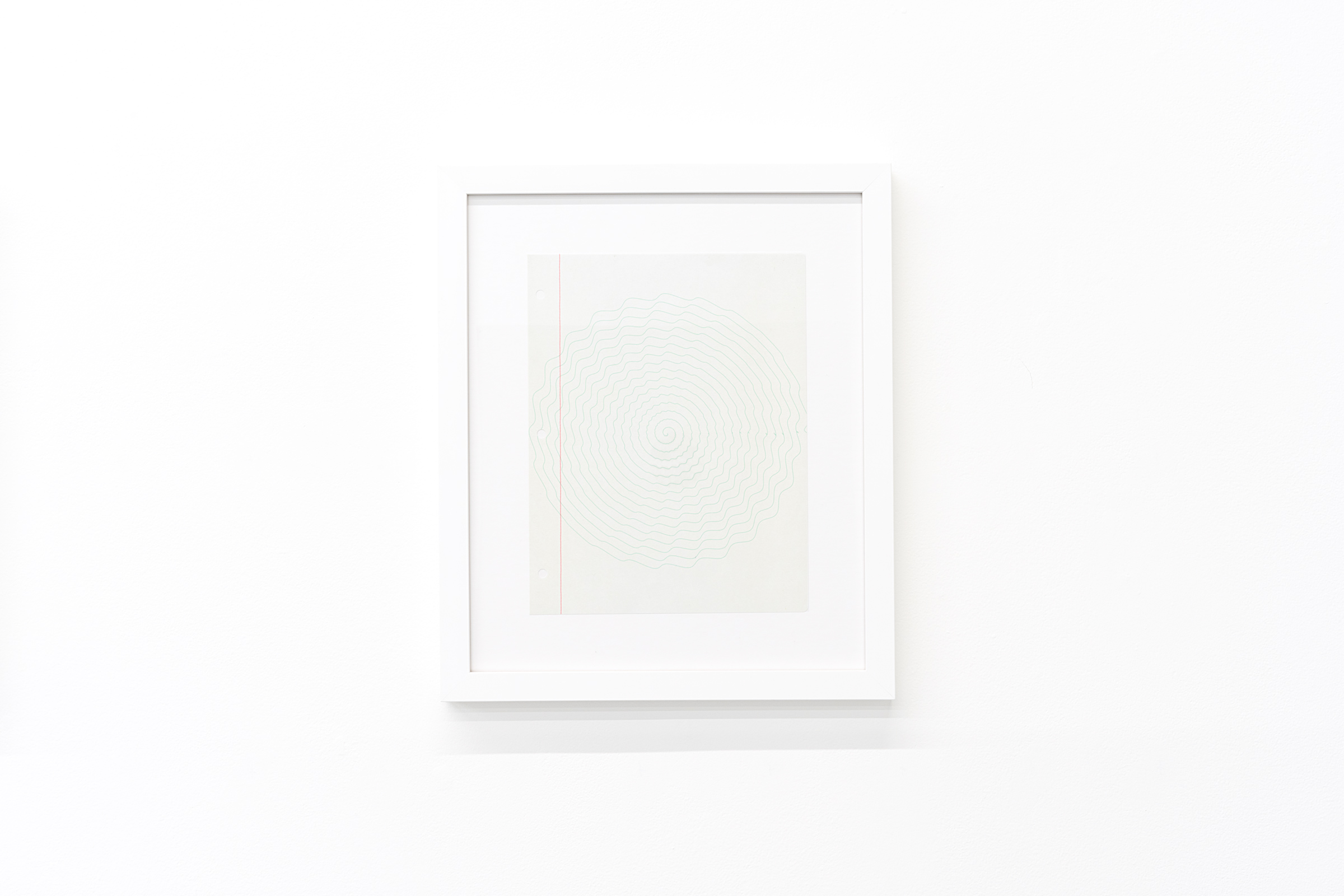
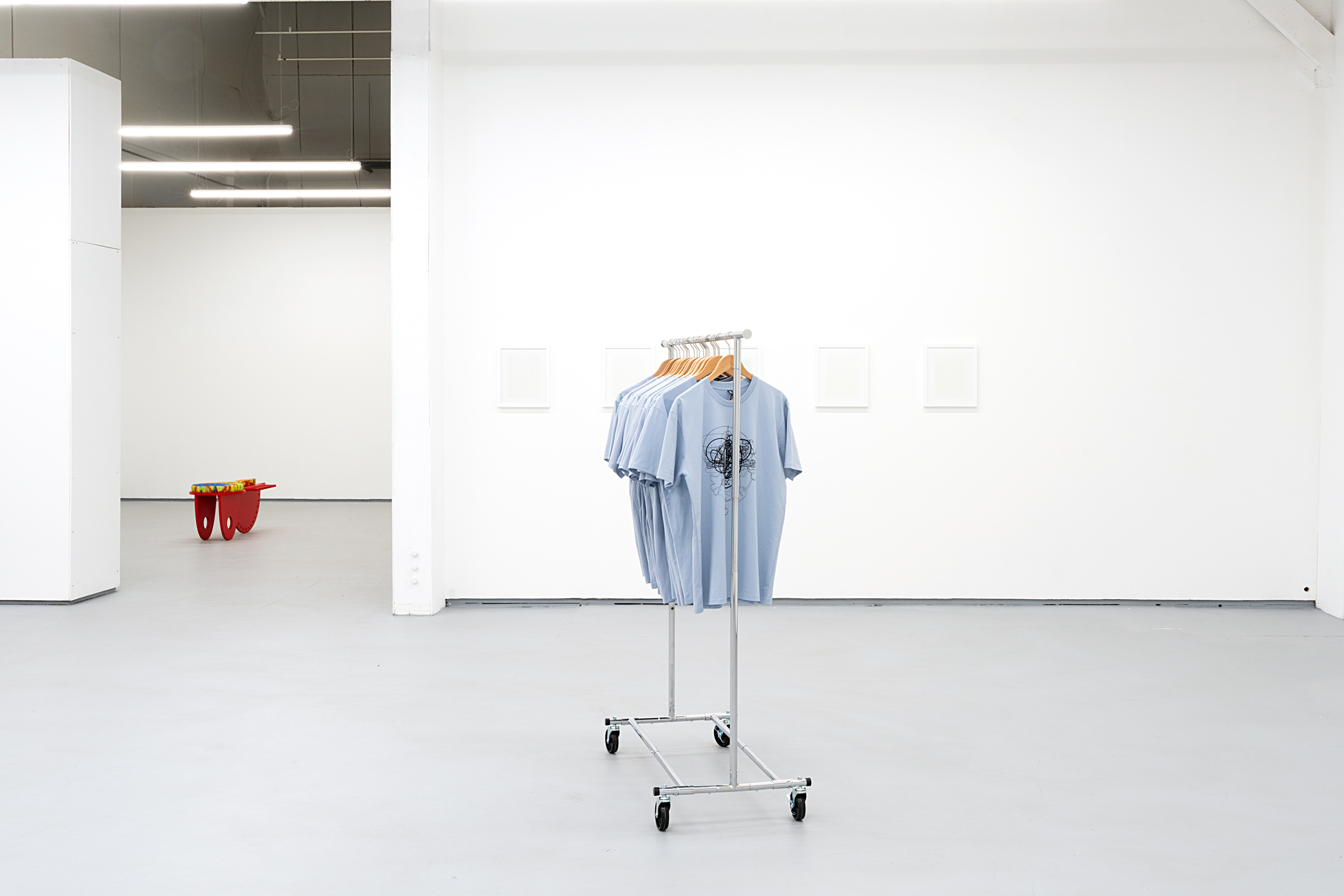
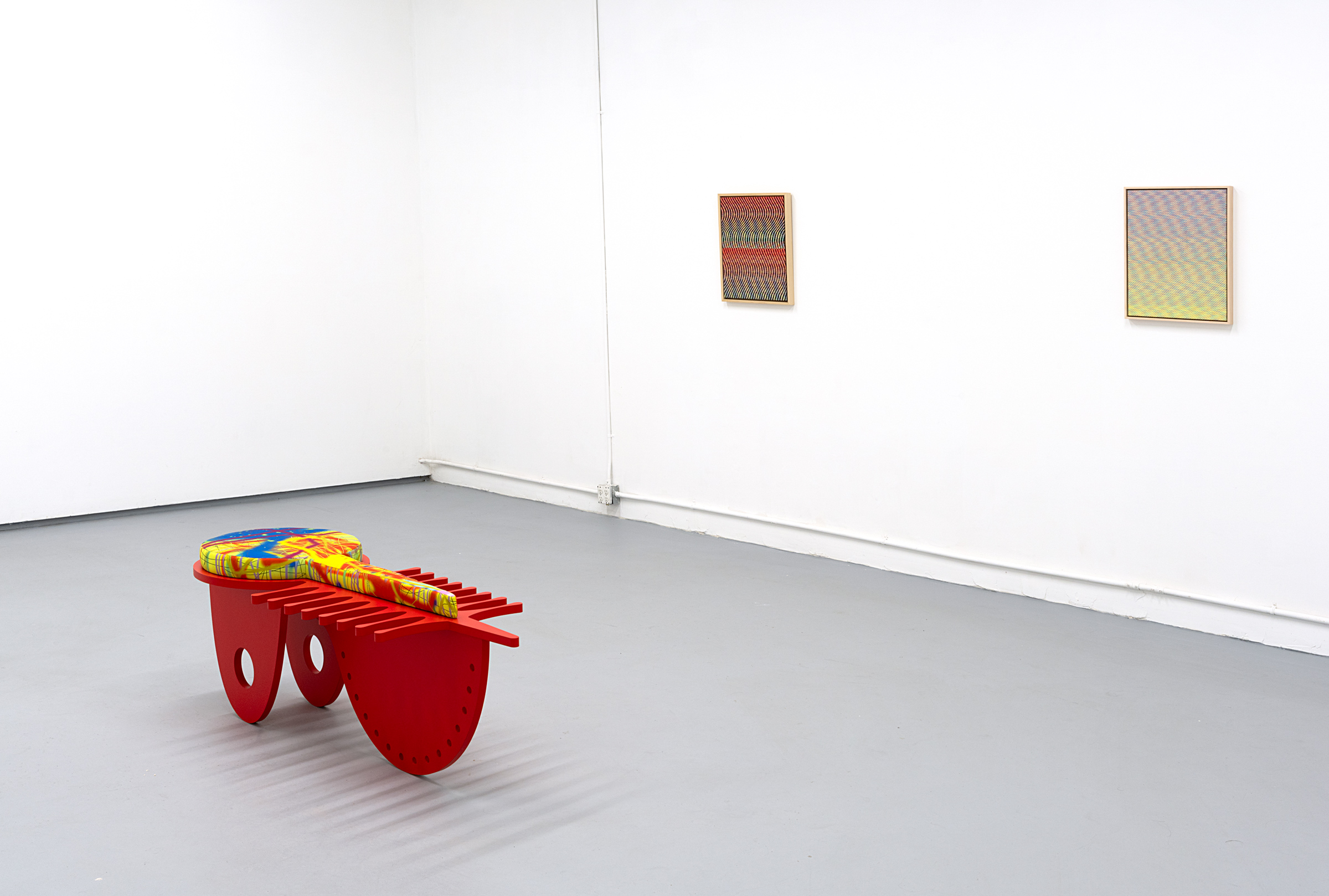
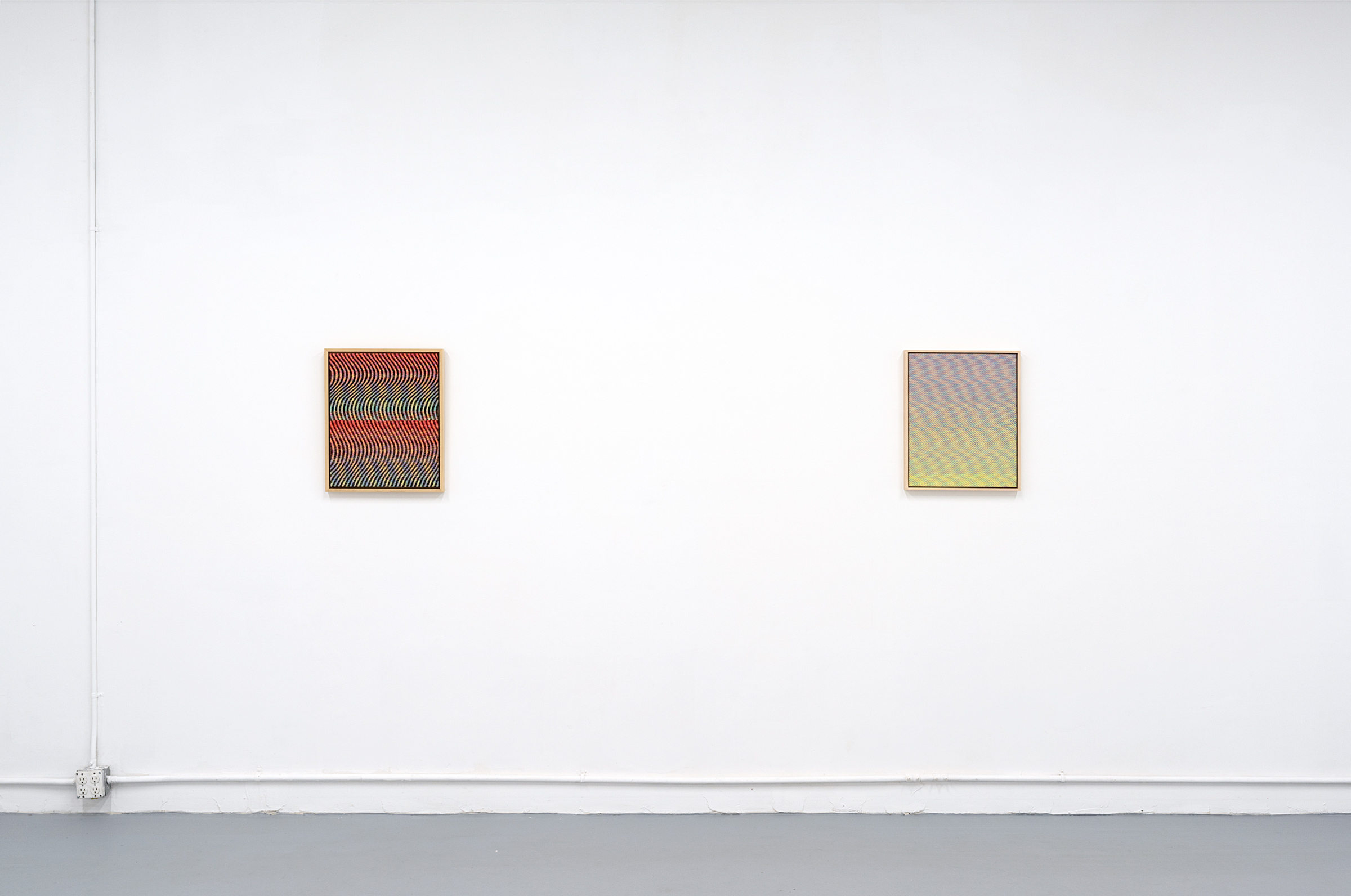
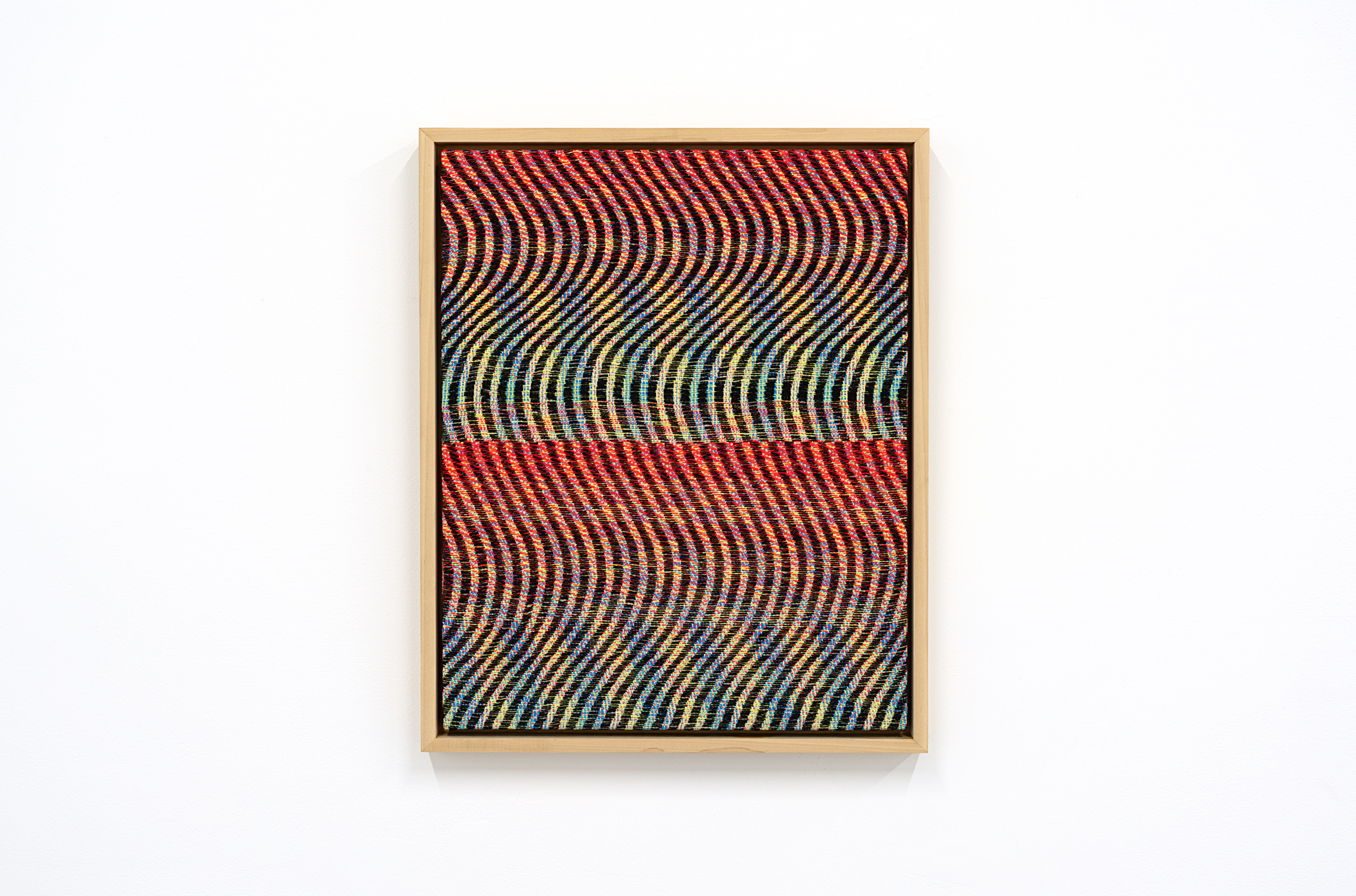

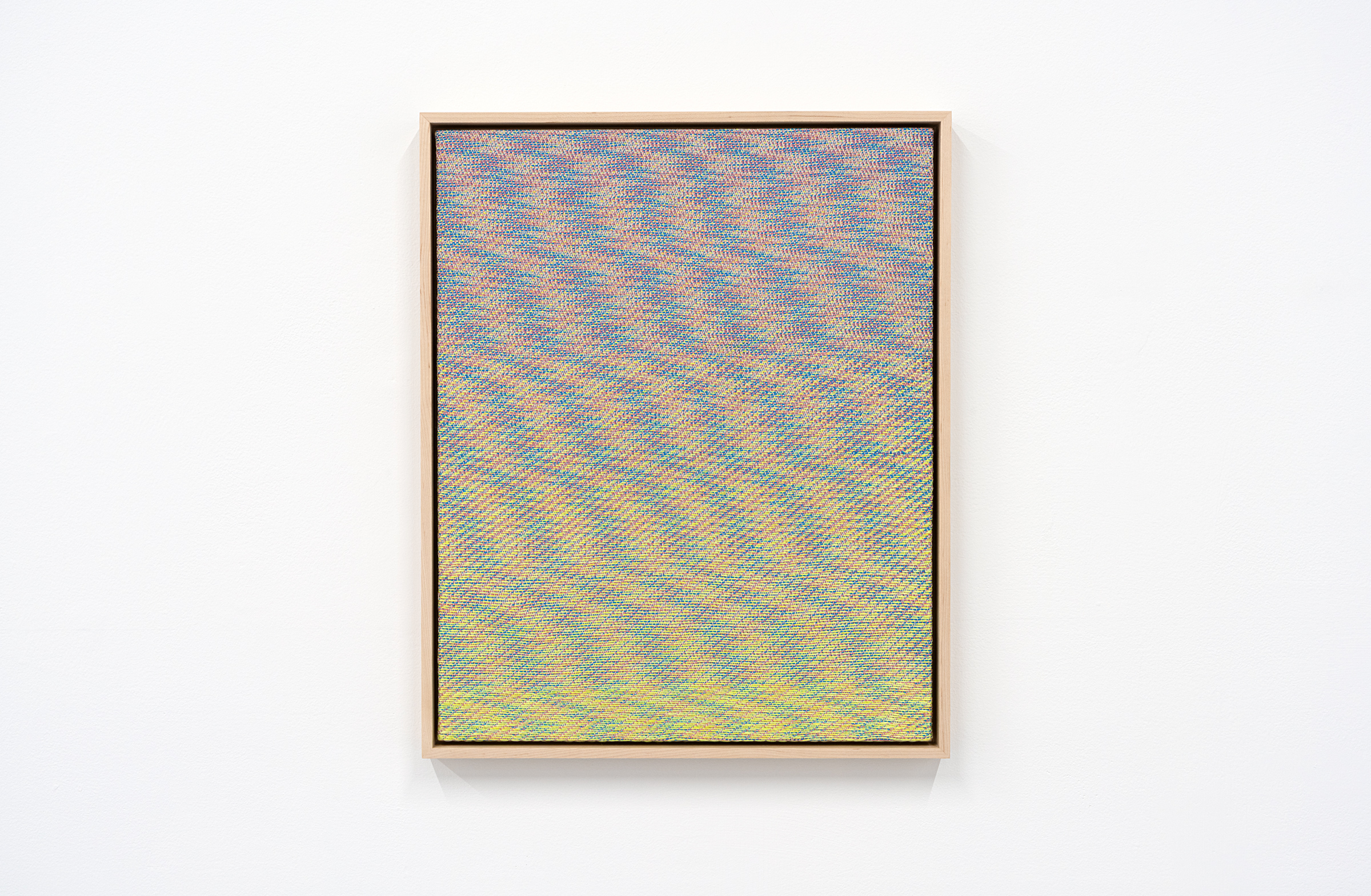
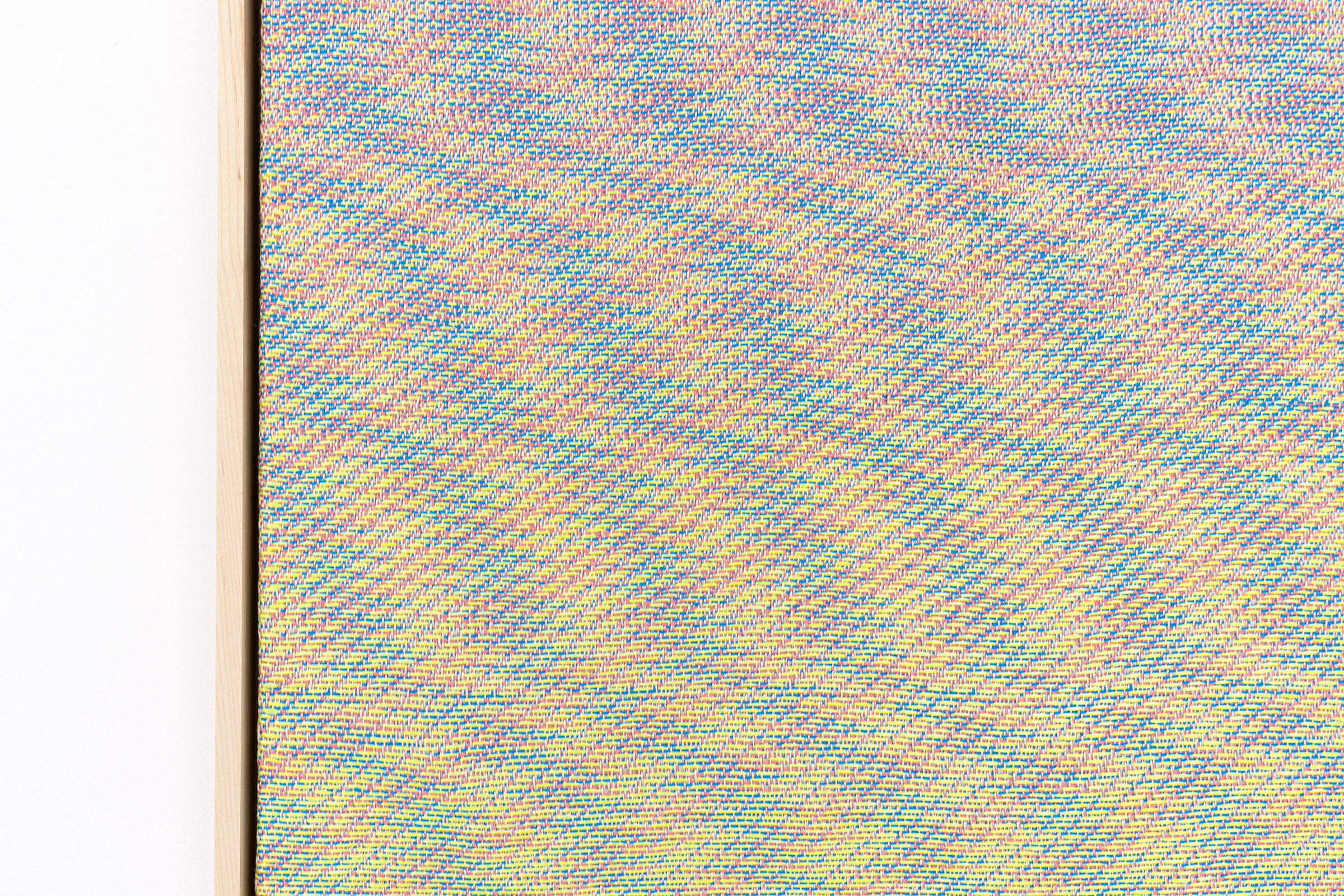
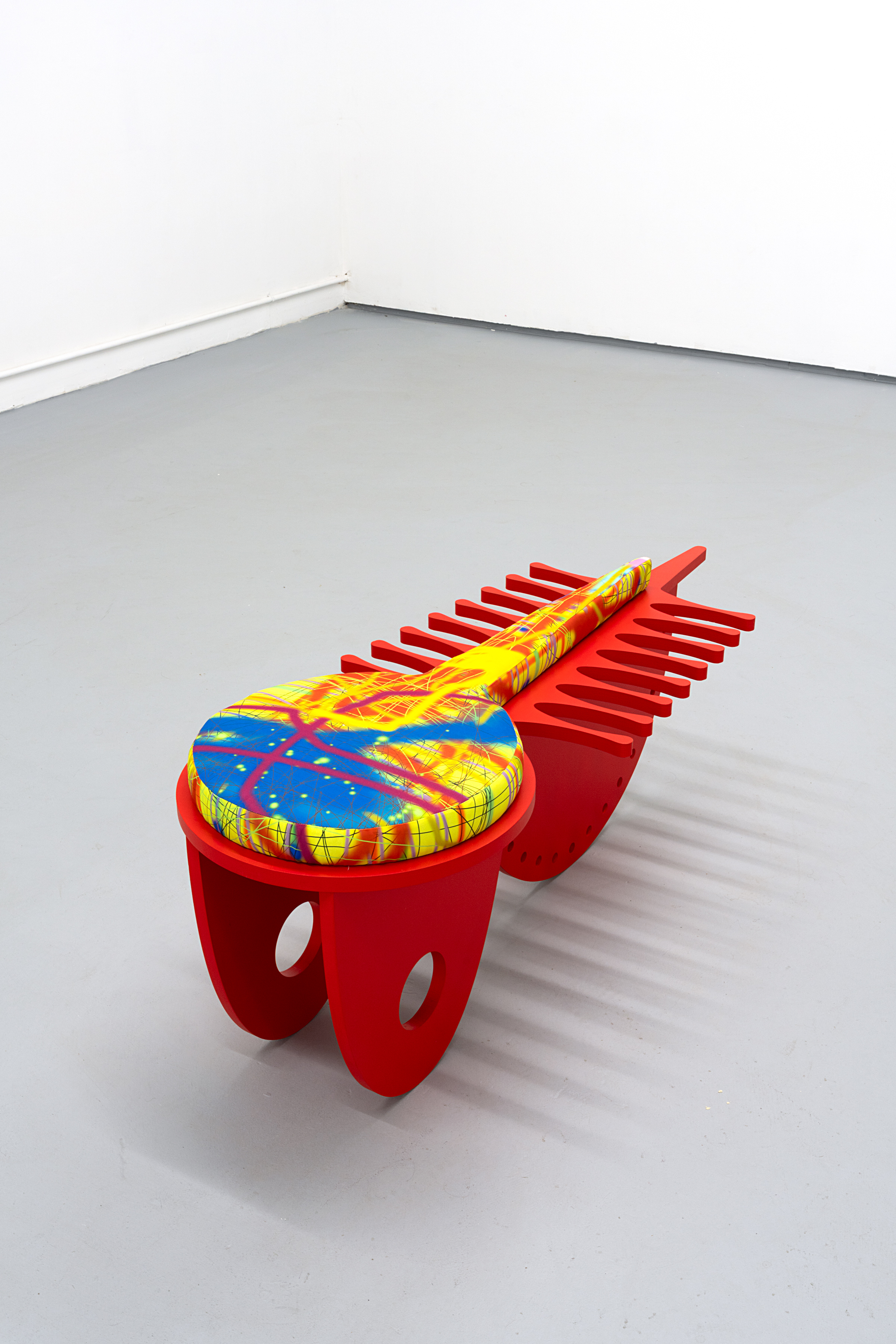
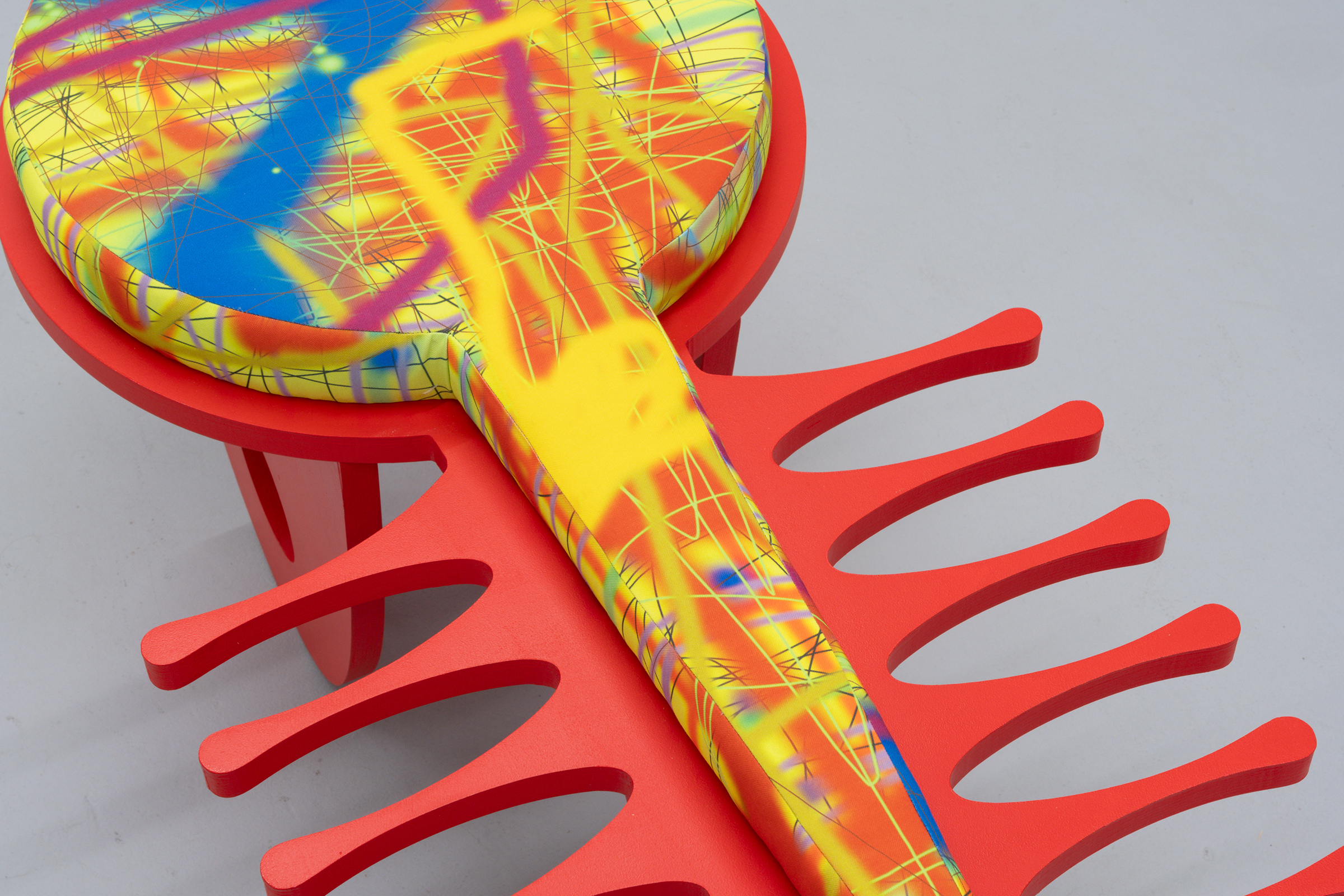
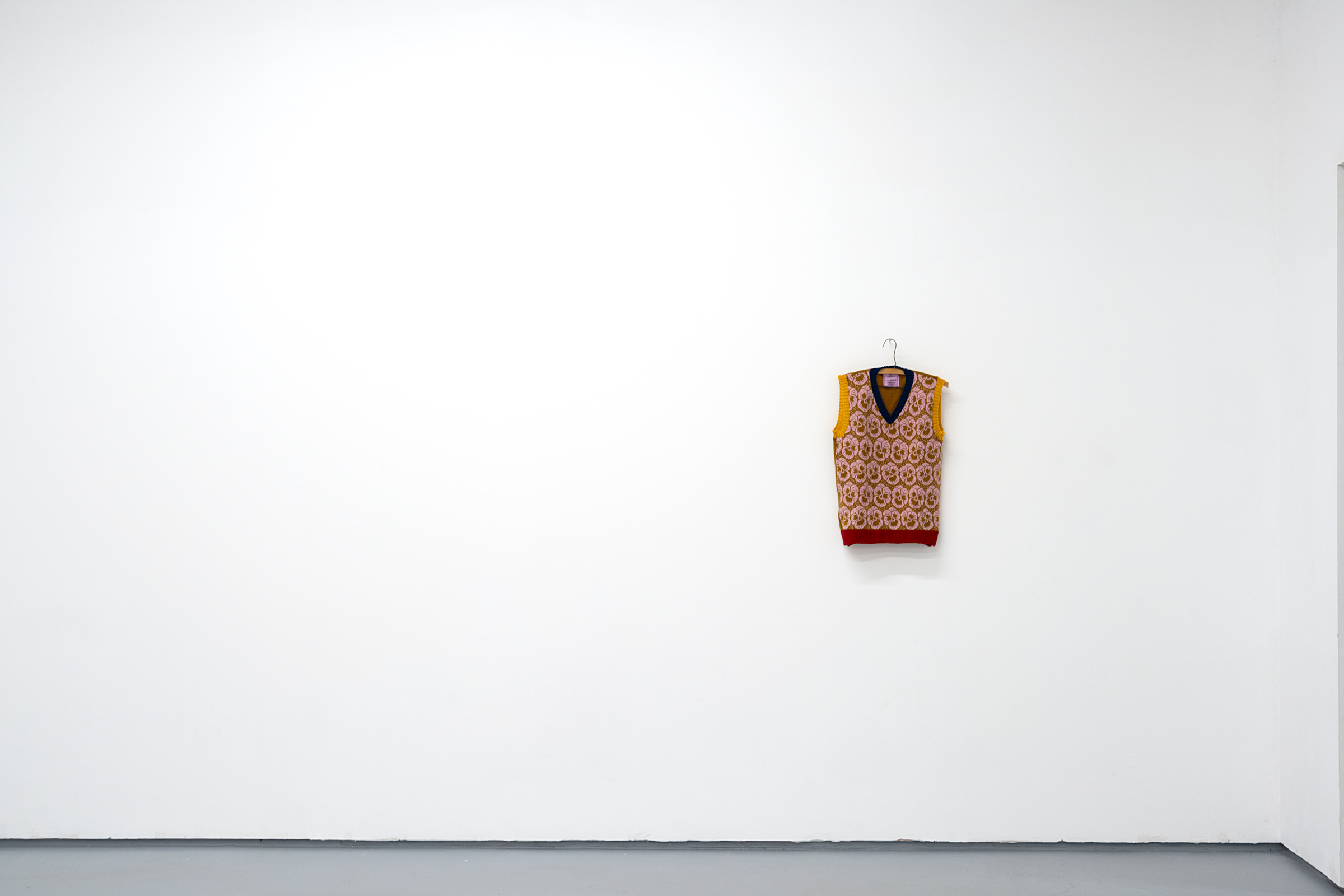
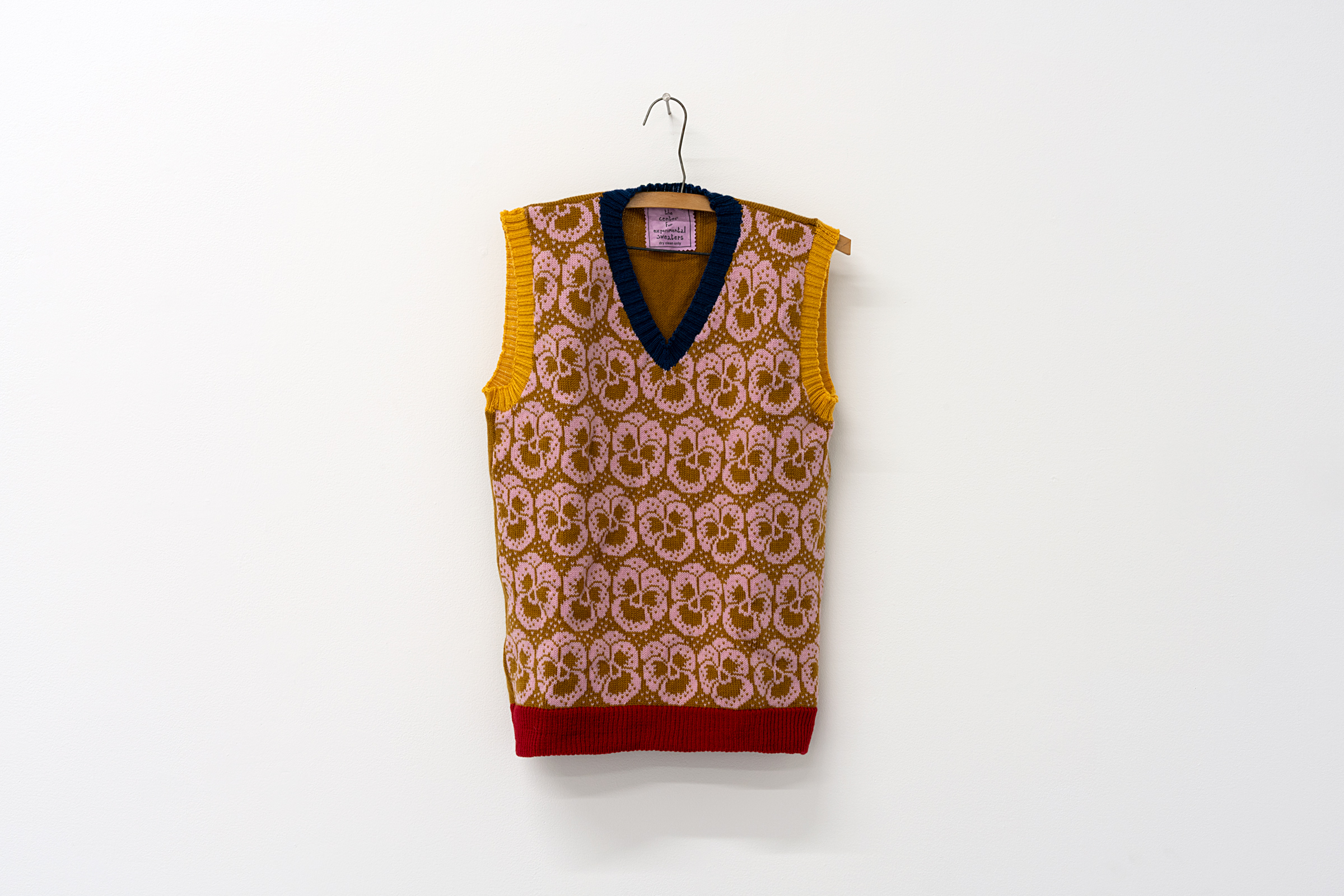
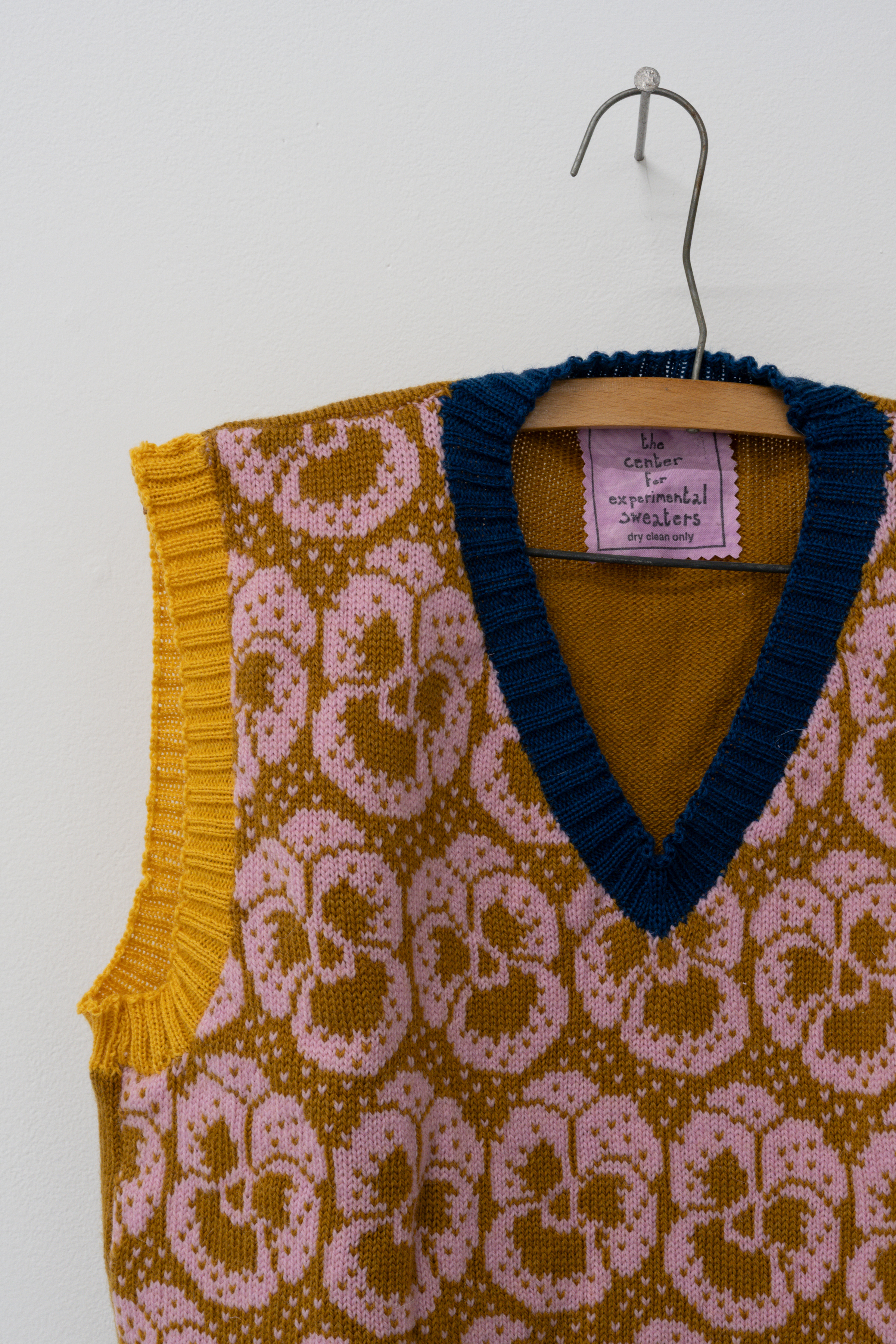
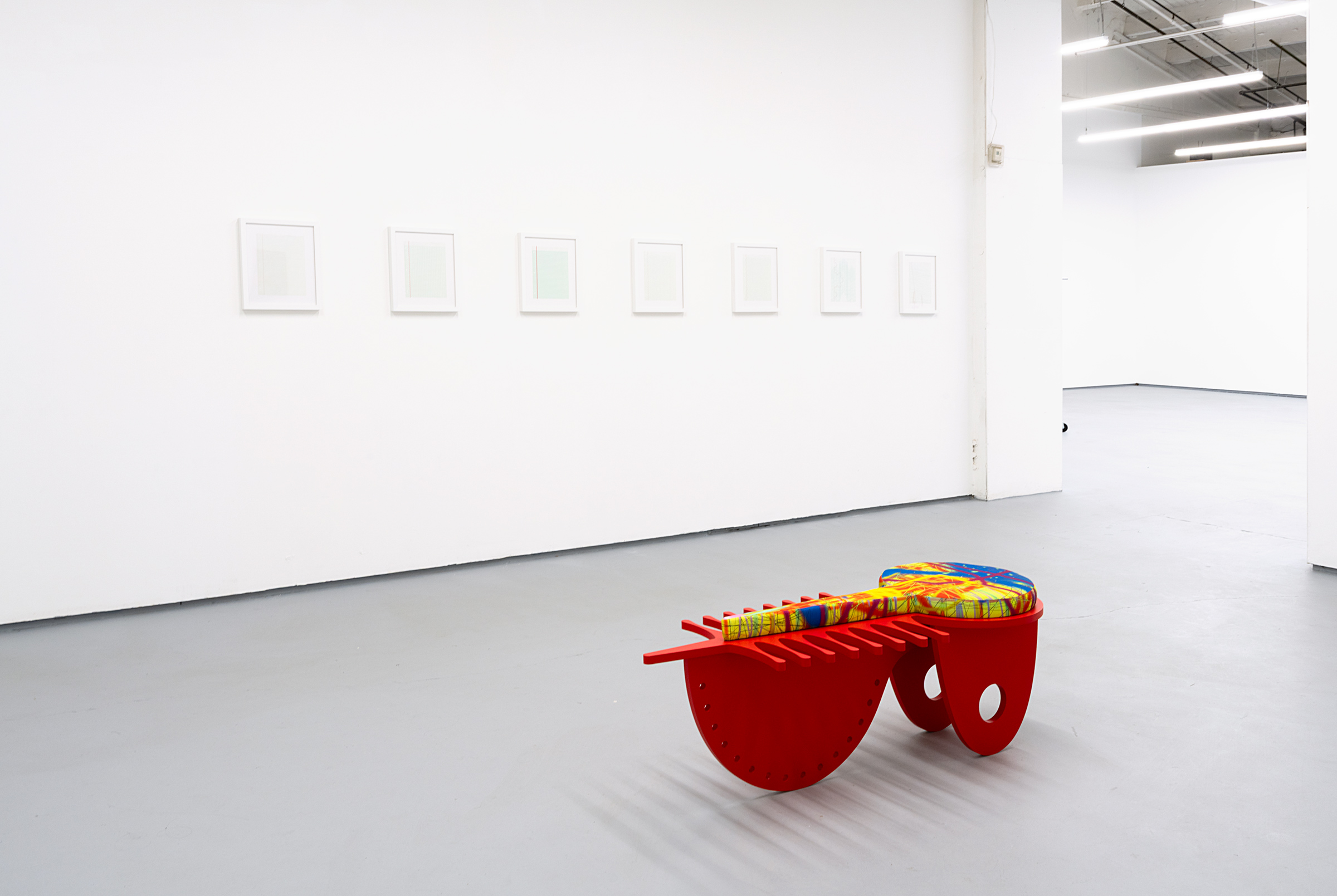
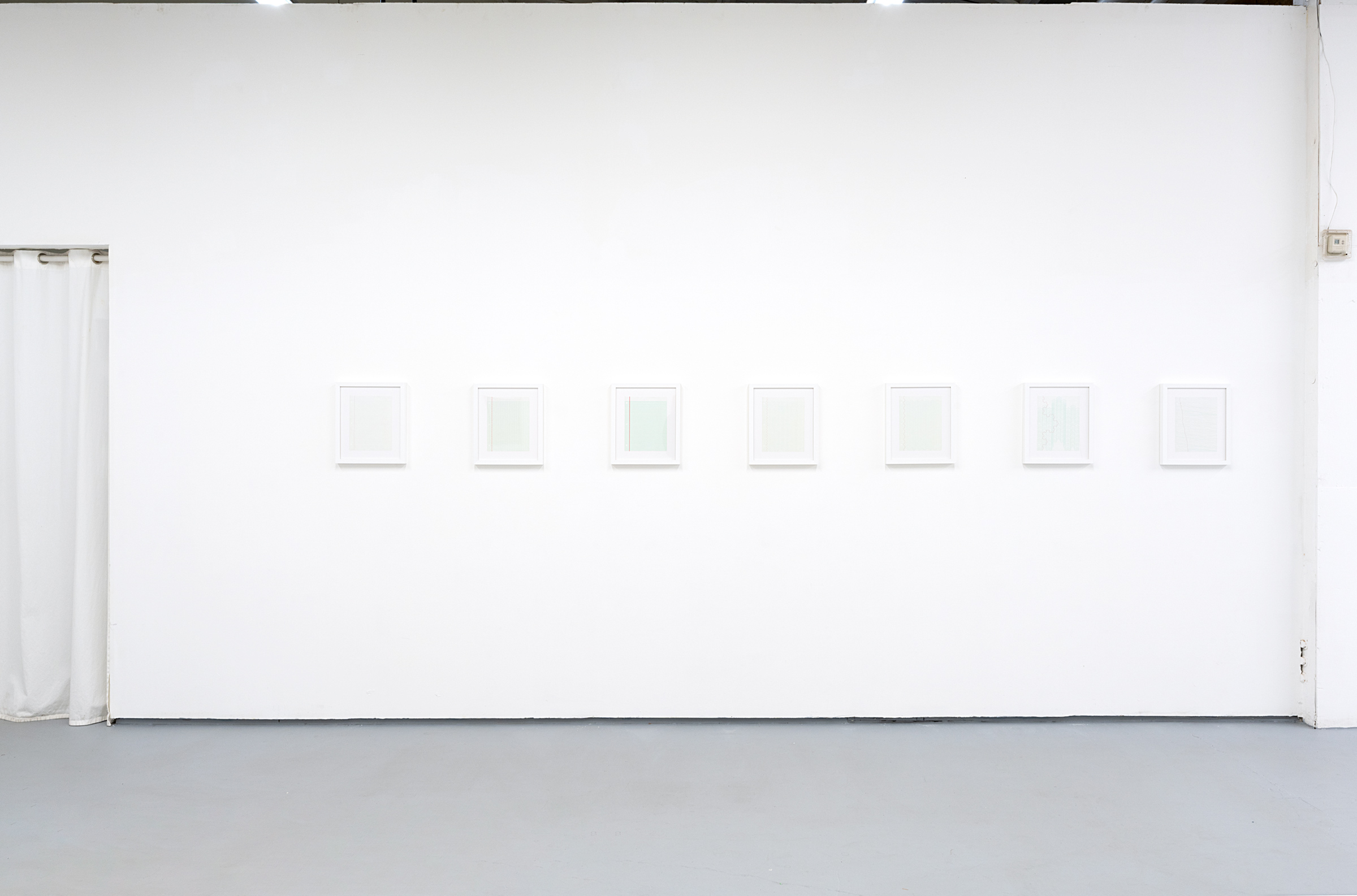
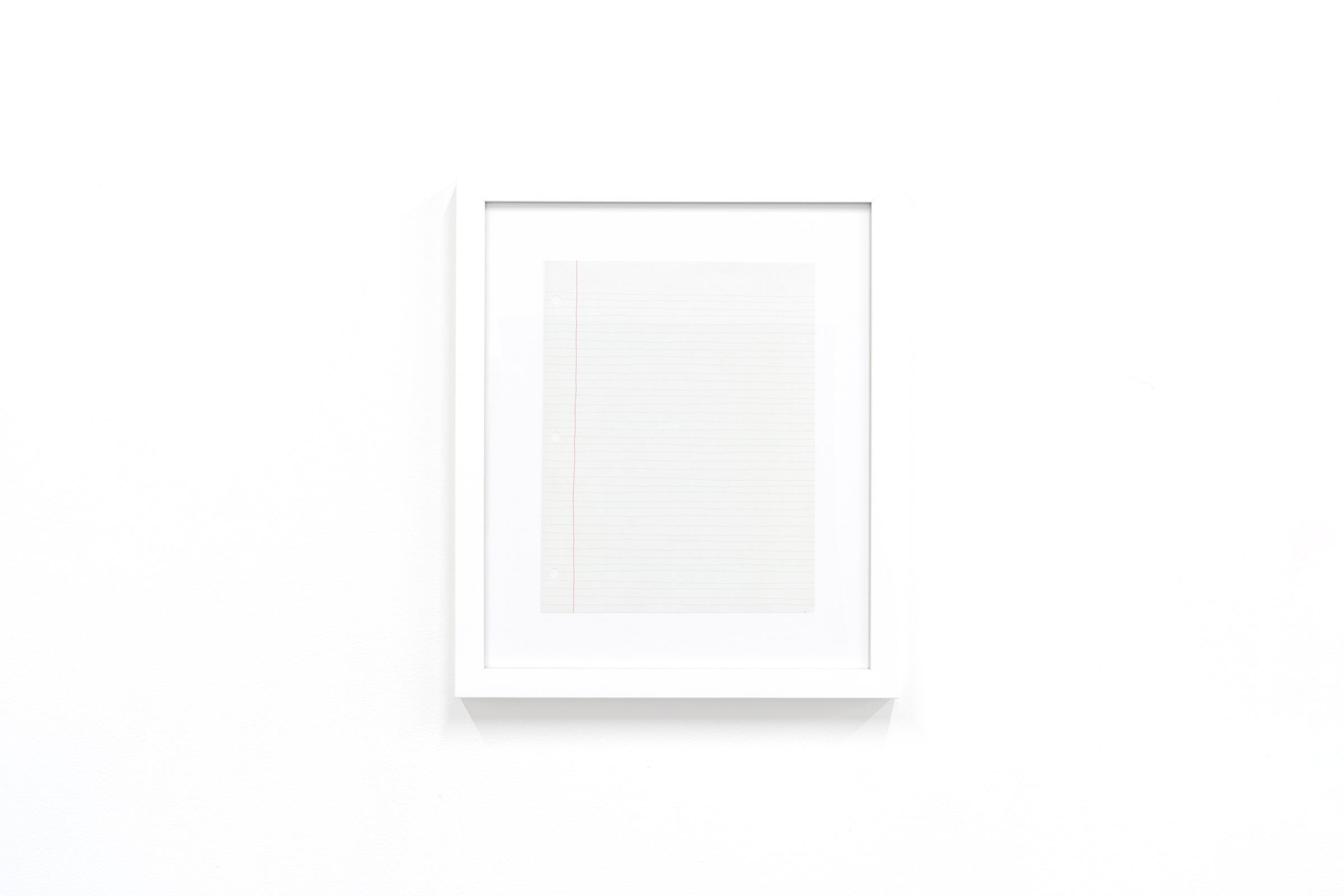


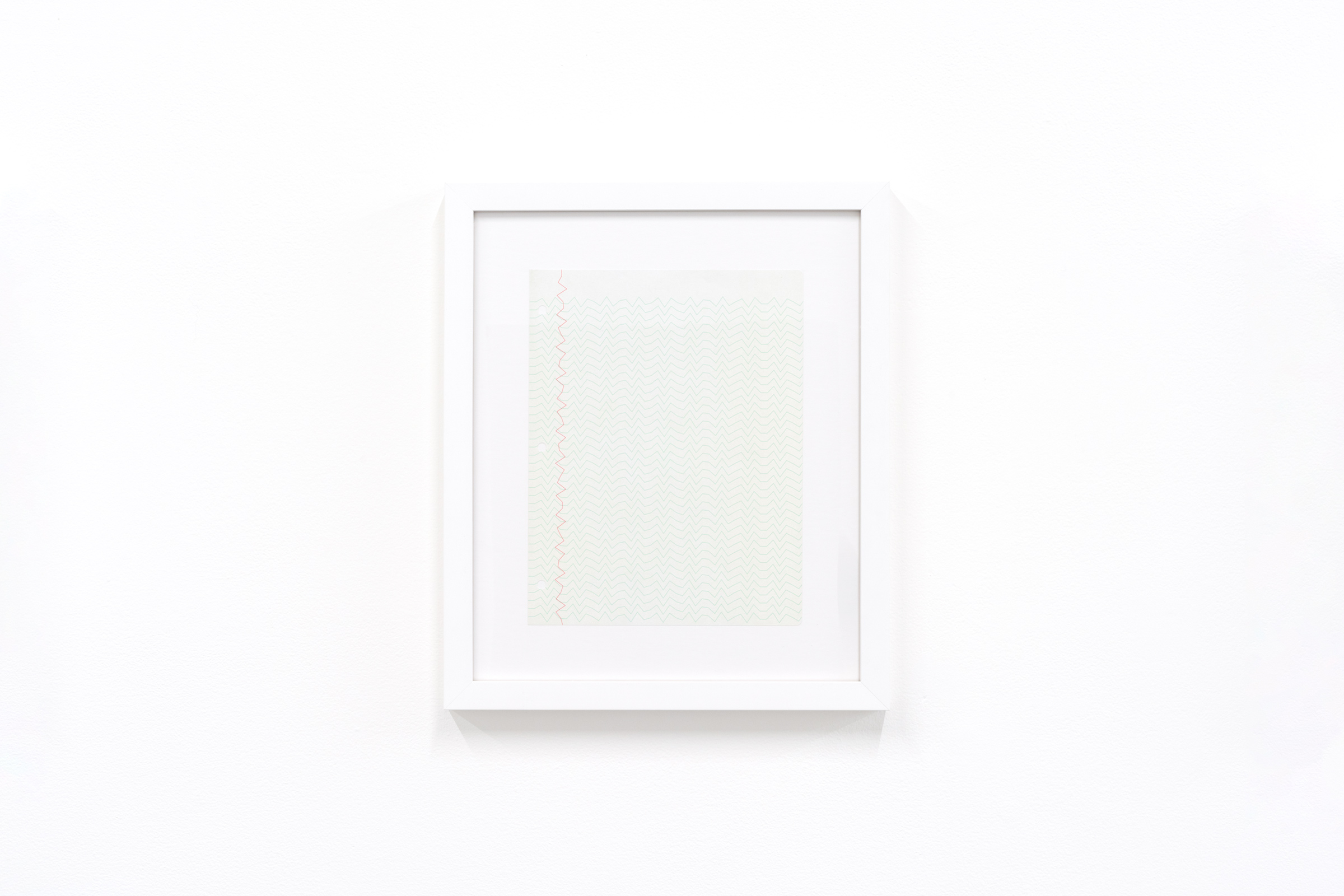

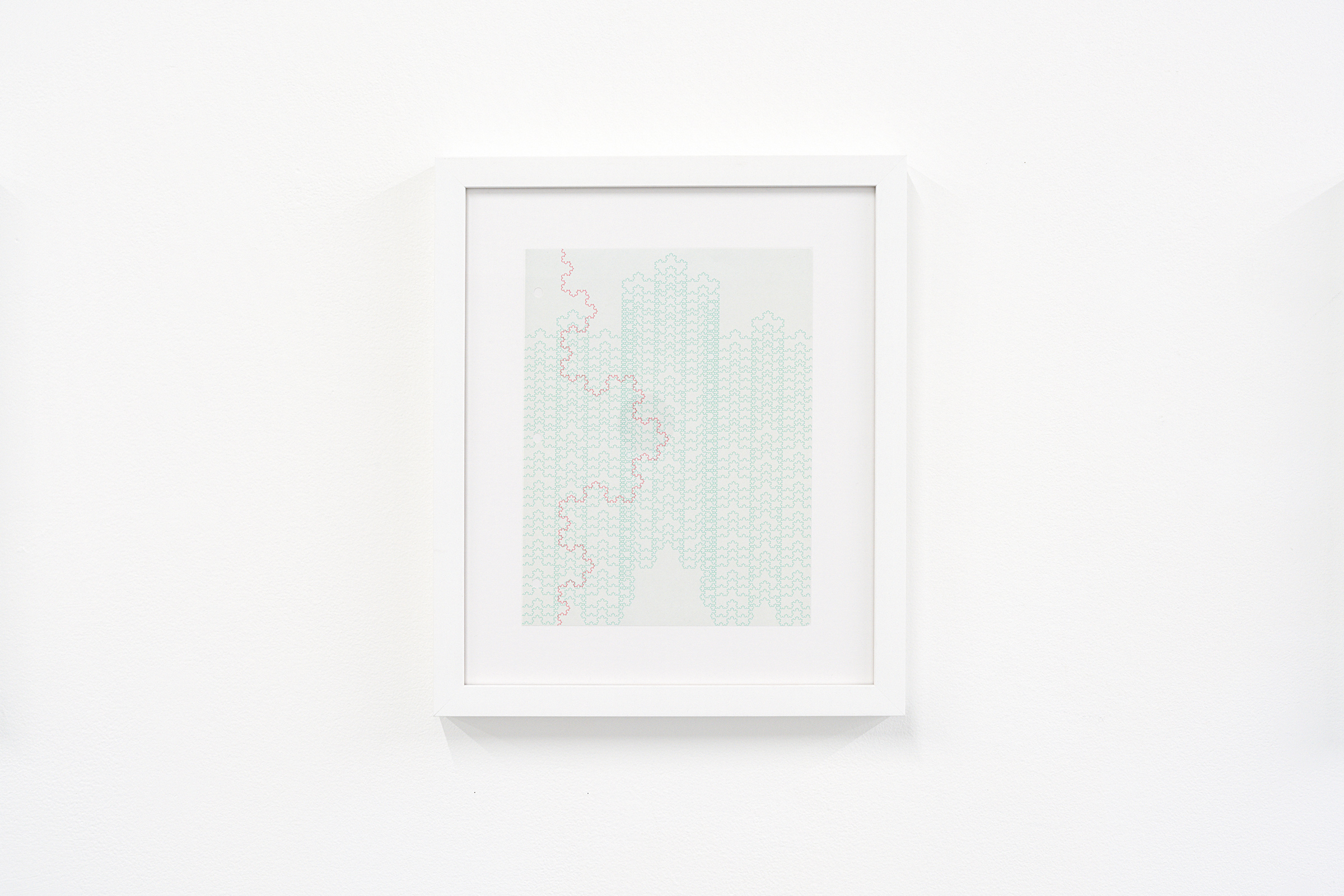
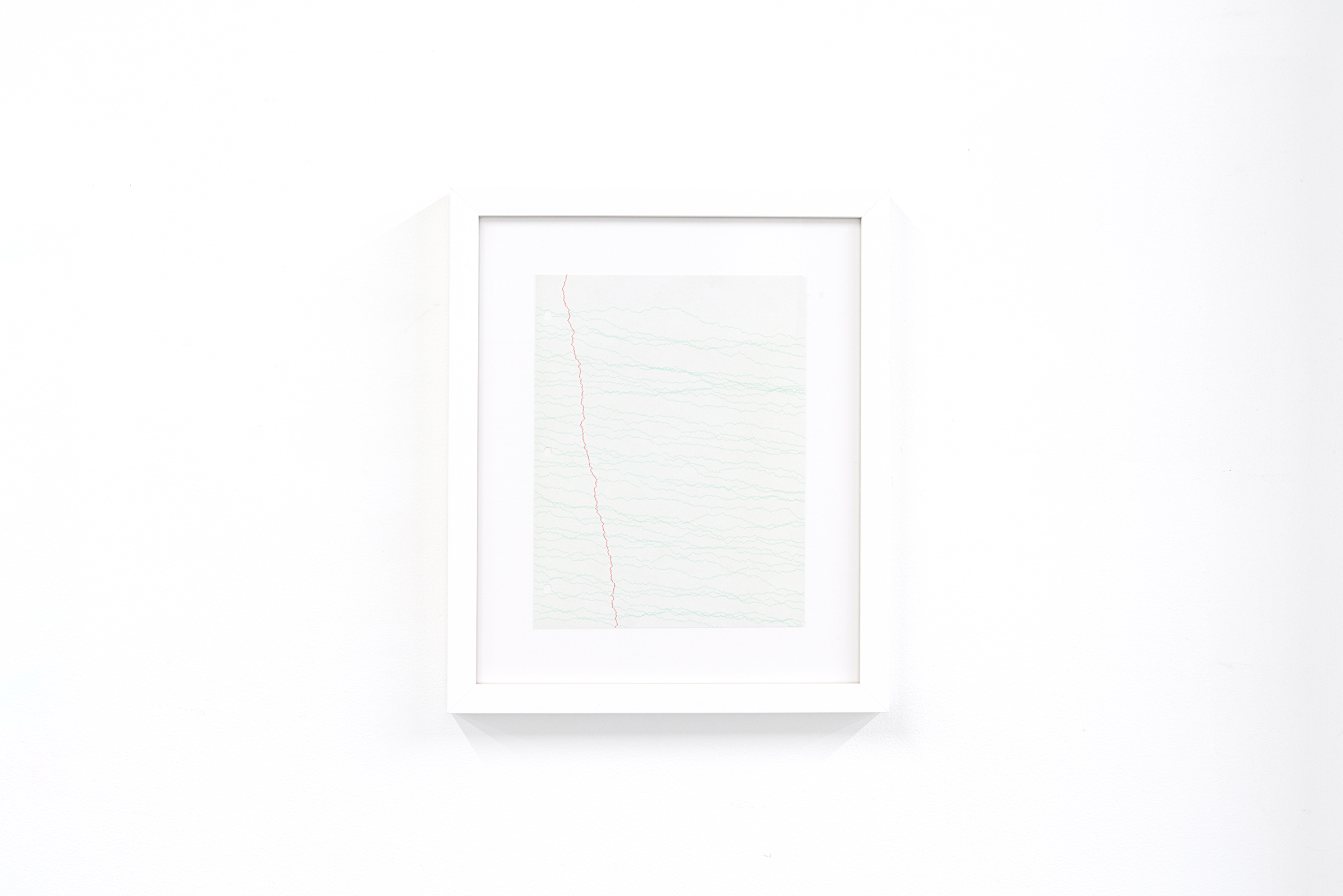
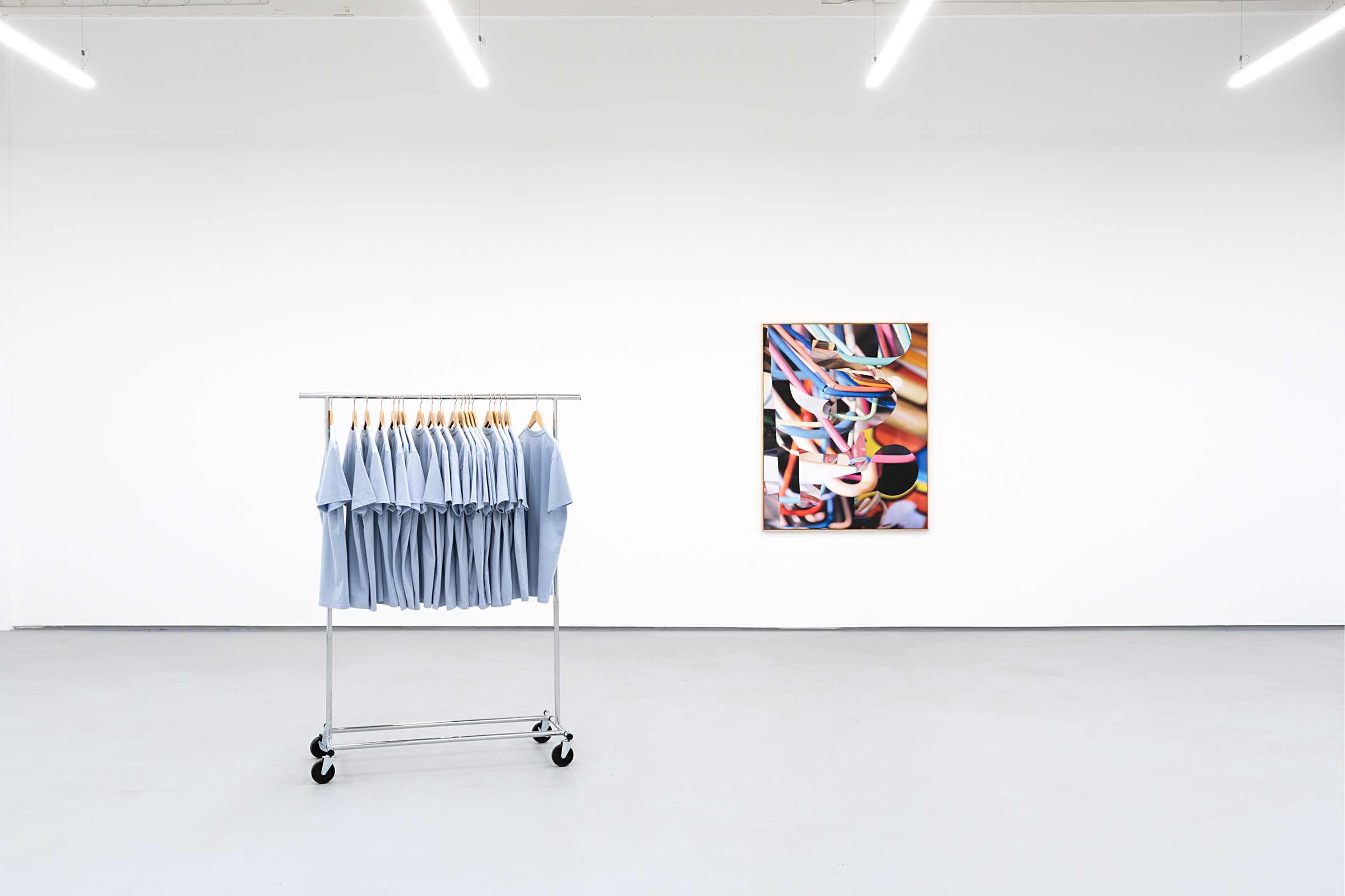
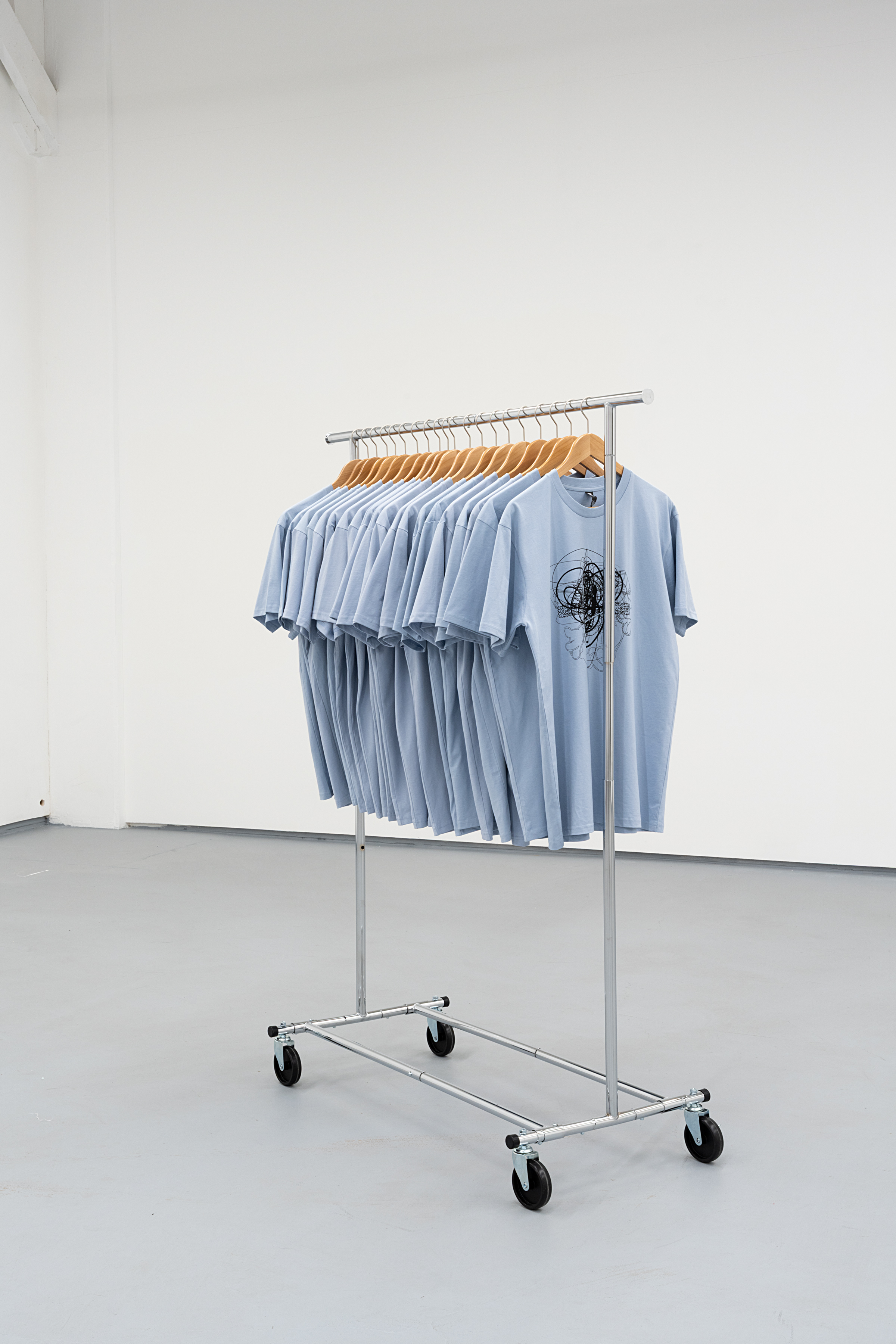
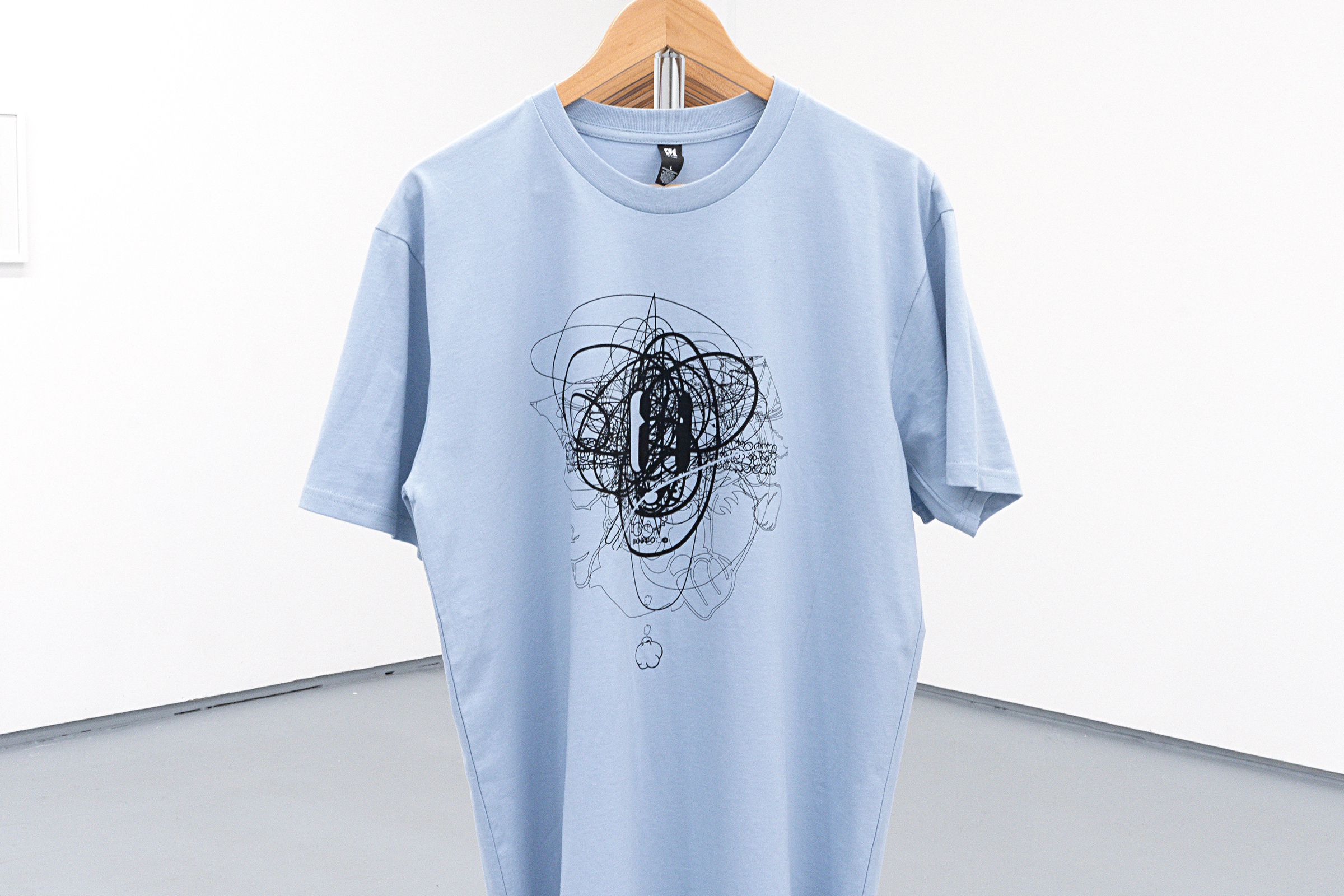

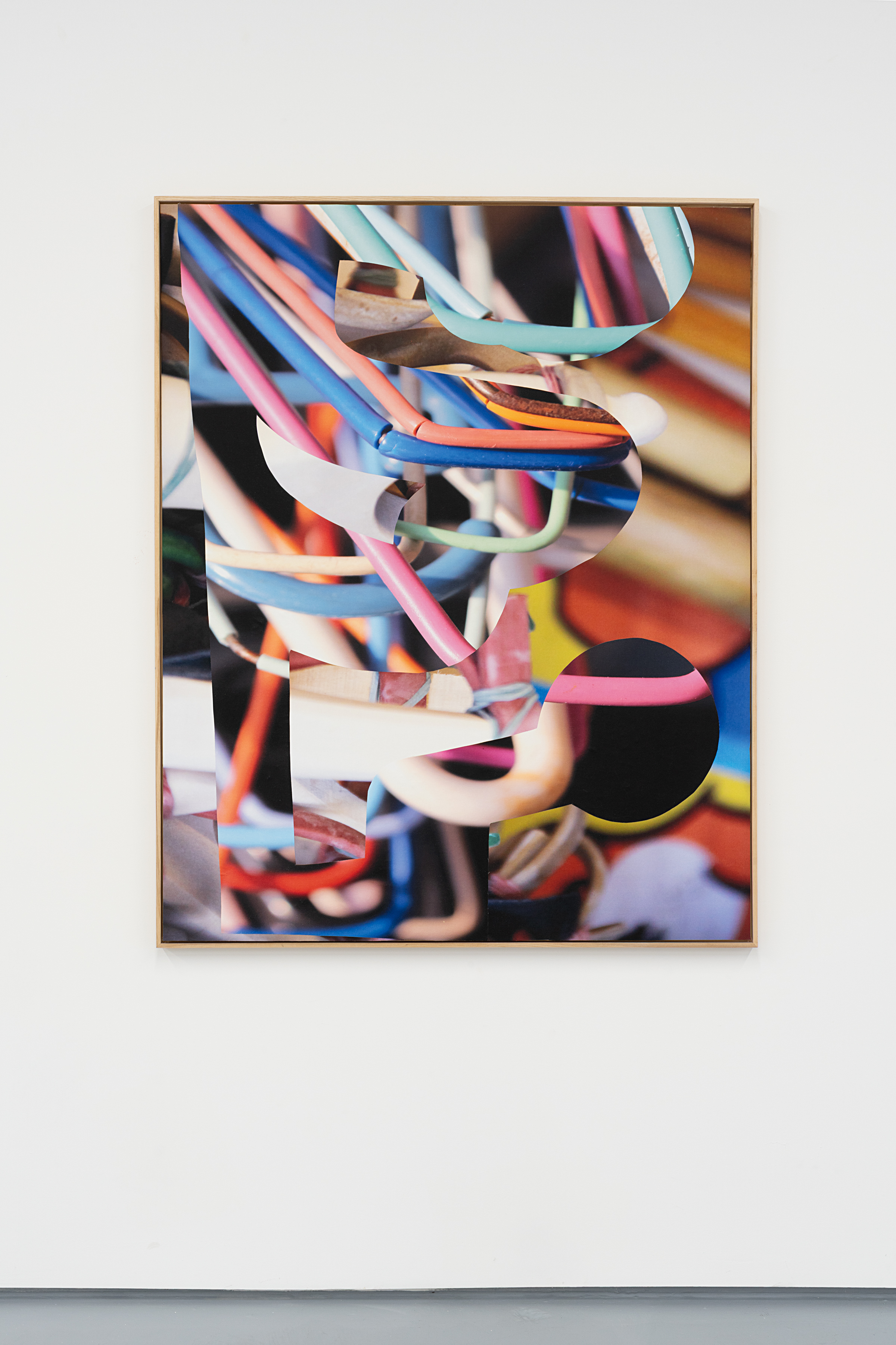

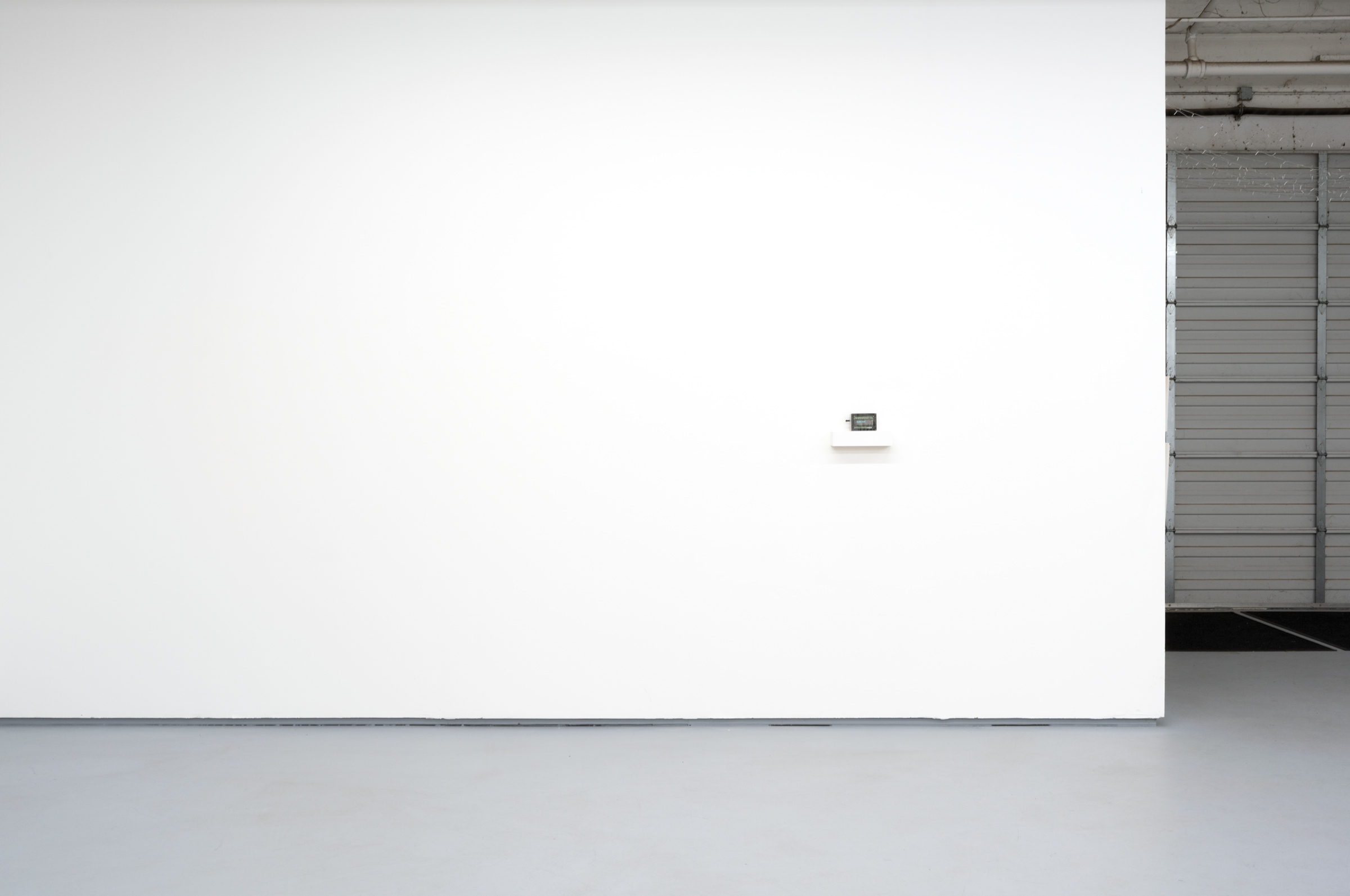
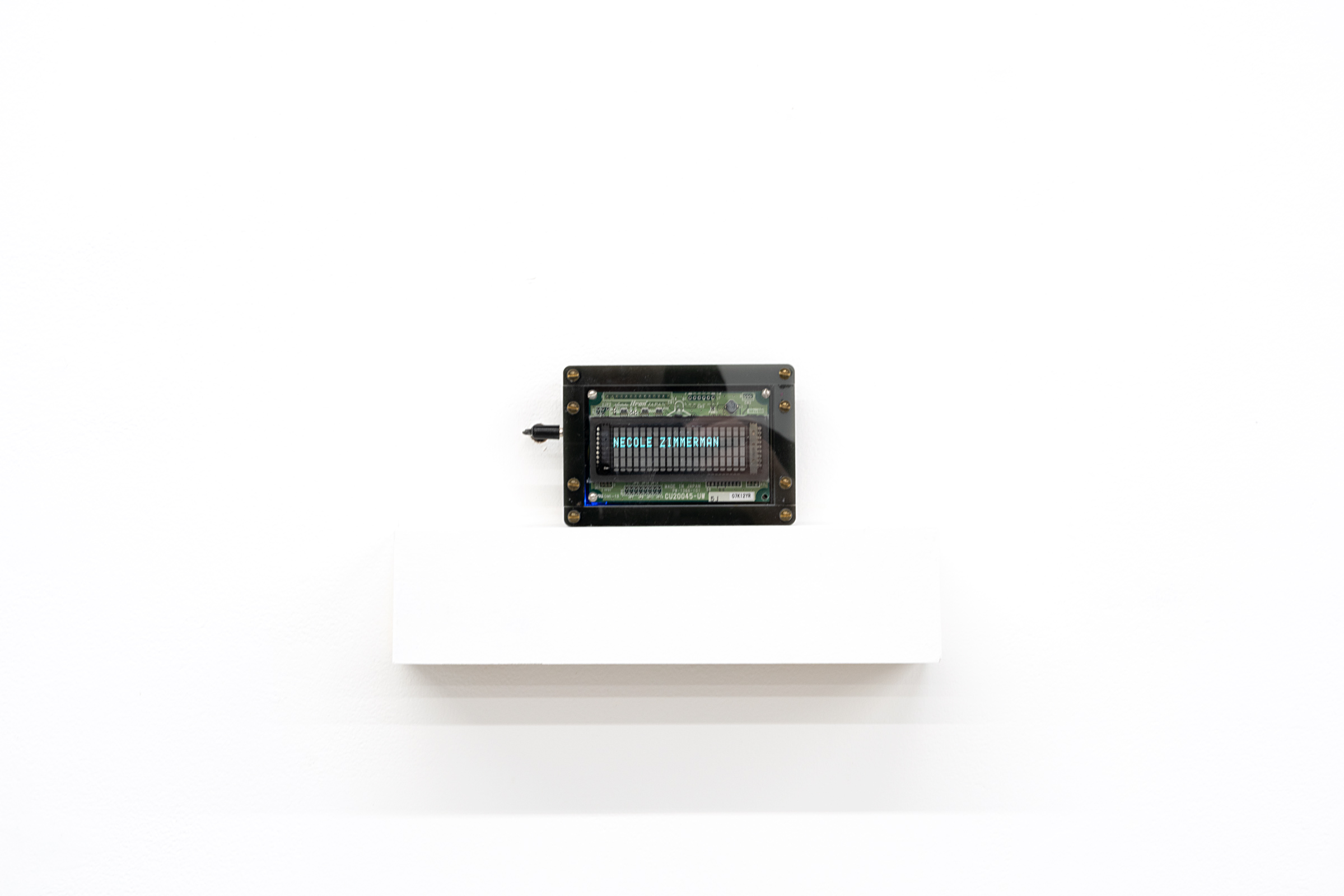
Dawn Cerny (lives and works in Seattle, Washington) is known for her sculptural works that explore domesticity, humor, and the human body through abstract, furniture-like forms. She earned her Bachelor of Fine Arts from Cornish College of the Arts in 2002 and her MFA in Sculpture from the Milton Avery Graduate School of the Arts at Bard College in 2012.
Cerny has had solo institutional exhibitions at Frye Art Museum (2025); The Seattle Art Museum (2021); The Portland Art Museum (2017); and The Henry Art Gallery (2008 and 2017). Cerny’s works on paper and sculptures are in public collections, including The Walker Art Gallery, SFMOMA, The Frye Museum, The Henry Art Gallery, The Portland Art Museum, and The Seattle Art Museum. Dawn Cerny’s work has been written about in Bomb Magazine, KQED, Variable West, Artforum, the International Sculpture Center Blog, The Brooklyn Rail, The Stranger, and The Seattle Times.
Josh Faught (lives and works in San Francisco, California) is a fiber artist and educator, who creates sculptures, textiles, collages, and paintings. His work incorporates techniques such as knitting, crochet, and weaving, and addresses topics of craft and queer history. His fiber sculptures, influenced by both domestic crafts and 20th century abstraction, are often either hung on the wall or stretched over scaffolding such as garden trellises; they are three-dimensional but forward-oriented. His work in the exhibition is part of the center for experimental sweaters project and made with a Brother KH-940 Knitting Machine.
Recent solo exhibitions include Sanctuary, Henry Art Gallery, Seattle (2025); Look Across the Water into the Darkness, Look for the Fog, Wattis Institute, San Francisco (2022); Both Things are True, Koppe Astner, Glasgow (2019); Casa Loewe, London (2019); Sanctuary, commissioned by Western Bridge, St Mark’s Cathedral, Seattle (2017); Siyinqaba, US Embassy in Swaziland, Mbabane (2015)
Craig Hickman (lives and works Eugene, Oregon) is an artist, programmer, and educator whose work has moved from photography to digital software. His Kid Pix program inspired a generation of young artists and introduced technology as a place for exploration and curiosity. His work included in this exhibition are from his Signal To Noise and Loose Leaf series.
Hickman is a co-founder of Blue Sky Gallery in Portland, Oregon and Professor Emeritus of Art at the University of Oregon. In 2014 he was honored as a pioneer who has made a profound impact as part of Apple’s 30th anniversary of the Macintosh. The Kid Pix archives have been collected by The Computer History Museum in Mountain View, CA.
Michael Rey (lives and works between Los Angeles, California and Eugene, Oregon) holds a BFA from Ringling School of Art and Design, Sarasota and an MFA from Art Center College of Design, Pasadena. Rey engages automatic drawing and digital tools to generate familiar yet slippery abstract forms that manifest at times in large-scale wall works, sculptural furniture, upholstery, and ceramic.
Rey’s work has been the subject of international exhibitions most recently at Philip Martin Gallery, Los Angeles; SOUTHFIELD, Southfield; Office Baroque, Brussels and Zero, Milan. Institutional presentations include Frederick R. Weisman Museum of Art, Malibu; Carnegie Art Museum, Oxnard; Neuer Kunstverein Wien, Vienna, among others.
Michael Salter (lives and works Eugene, Oregon) culls through the avalanche of mass media and corporate branding to find poignant, absurd, and baffling pieces which become part of his work. His creations span all types of media including installation, drawing, kinetic sculpture, logotypes, animation, web art, styrofoam robots, graphics, and signage.
Salter received an MFA from University of North Carolina in Chapel Hill and a BFA in graphic design and sculpture from Miami University in Oxford, Ohio. Recent solo exhibitions include Gristle Sausage, Lump Gallery, Raleigh NC; STYROBOT: NOTHING COMES FROM NOTHING, University of Colorado, Colorado Springs, CO; and VISUAL PLASTIC, New Britain Museum of American Art, New Britain, CT.
Kate Steciw’s (lives and works in Brooklyn, New York) sculptures, video installations, and photographs have been associated with the post-internet movement and are inspired by events in popular culture. Her digital photographic collages interrogate the relationship between reality and virtual representation, splicing together a disparate group of objects that mirror how the internet is consumed; the images, taken out of their commercial context, are reimagined as contemporary abstract mosaics.
Kate Steciw lives and works in New York. She has exhibited extensively in New York, in solo and group shows at galleries including Toomer Labzda, Higher Pictures, Horton Gallery, BAMart, Stadium and Foxy Production. Her works has been exhibited internationally at Gallerie Christophe Gaillard, Paris, France; Neumeister Bar Am, Berlin, Germany and Brand New Gallery, Milan, Italy, among others.
Sarah Wertzberger (lives and works in Portland, Oregon) is an artist and designer working across mediums of weaving, ceramics, and painting, and specifically, her weaving practice spans hand, industrial, and digital weaving. Wertzberger explores ideas of play, color interaction, and the tensions that exist at the intersections of art, design, craft, technology, and DIY. Embraces intuition, her work is expressive and provisional as she allows for the process of making itself steers the work’s outcomes.
Wertzberger received her MFA at the Rhode Island School of Design and her BFA at the Maryland Institute College of Art. She has exhibited at Holding Contemporary (Portland, OR), Field Projects (New York, NY), The Oregon College of Art and Craft (Portland, OR), The Design Center (New York, NY), and has been a resident at Haystack Mountain School of Crafts (Deer Isle, ME), The Weaving Mill (Chicago, IL), and AZ WEST - Encampment Residency (Joshua Tree, CA). Wertzberger lives and works in Portland, OR.
Electric Mixer was made possible with support by the Ford Family Foundation
May 17th - June 14th
Exhibition Reception: Saturday, May 17th, 5-7pm
Exhibition Reception: Saturday, May 17th, 5-7pm

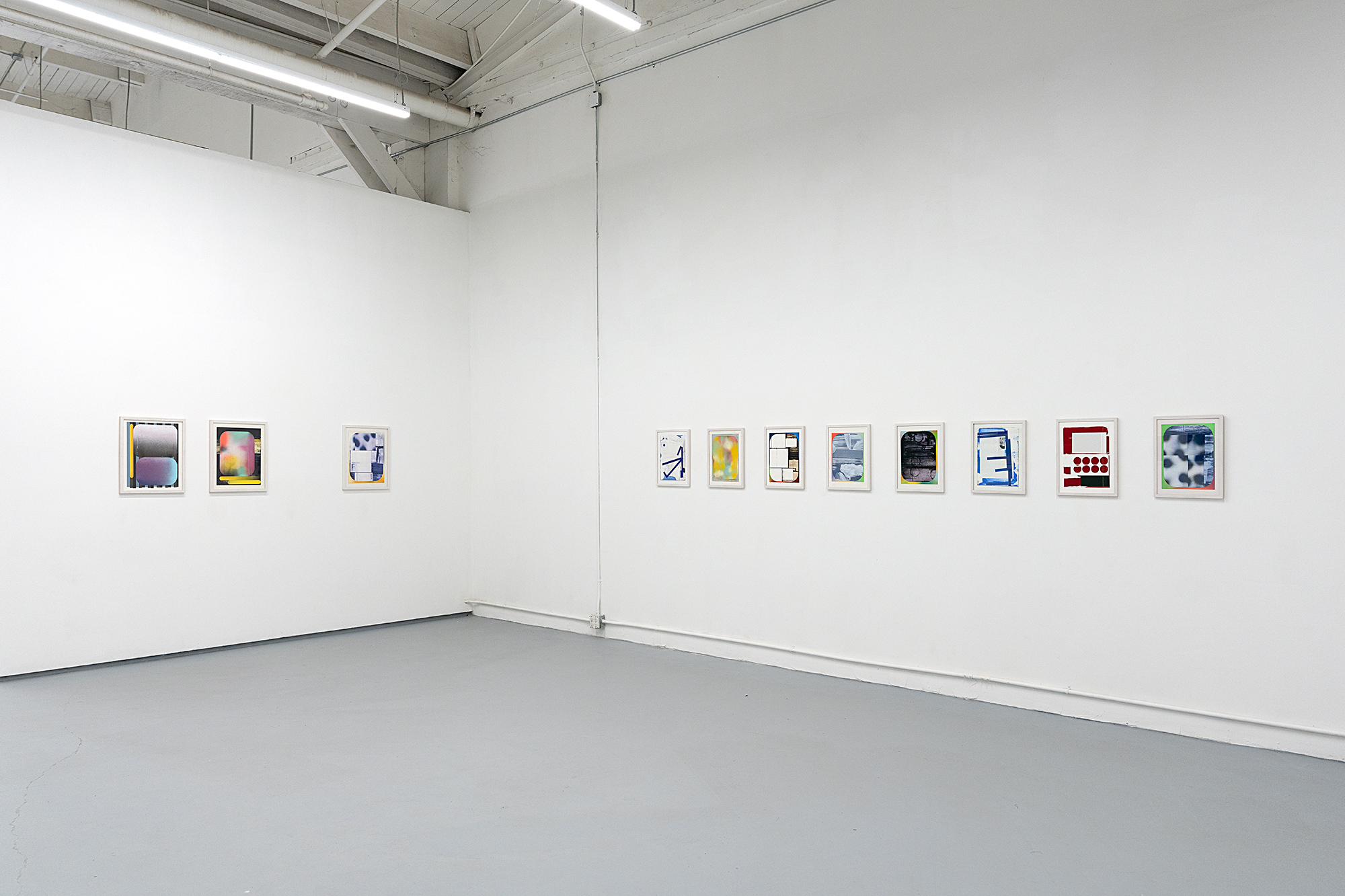

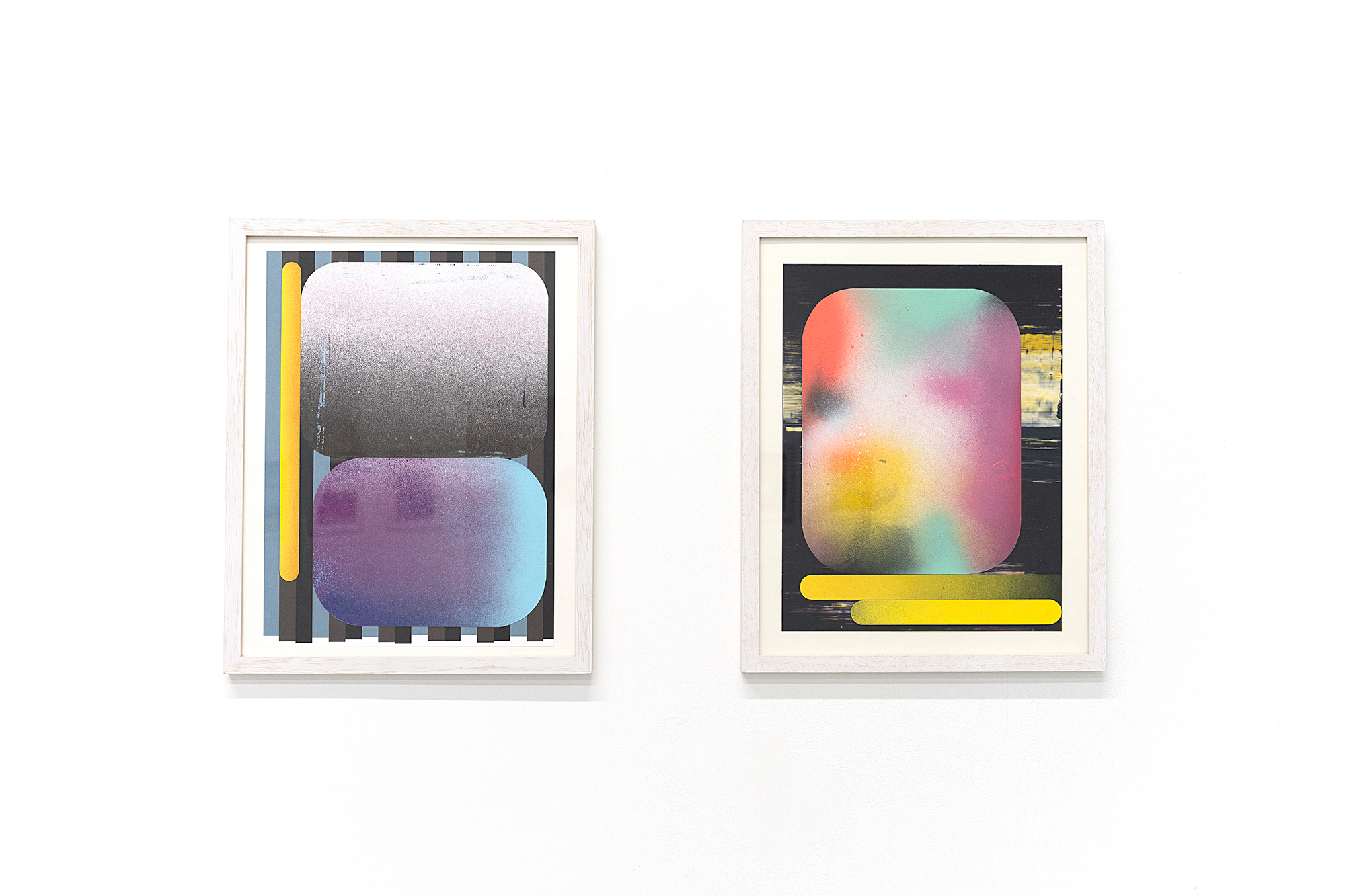



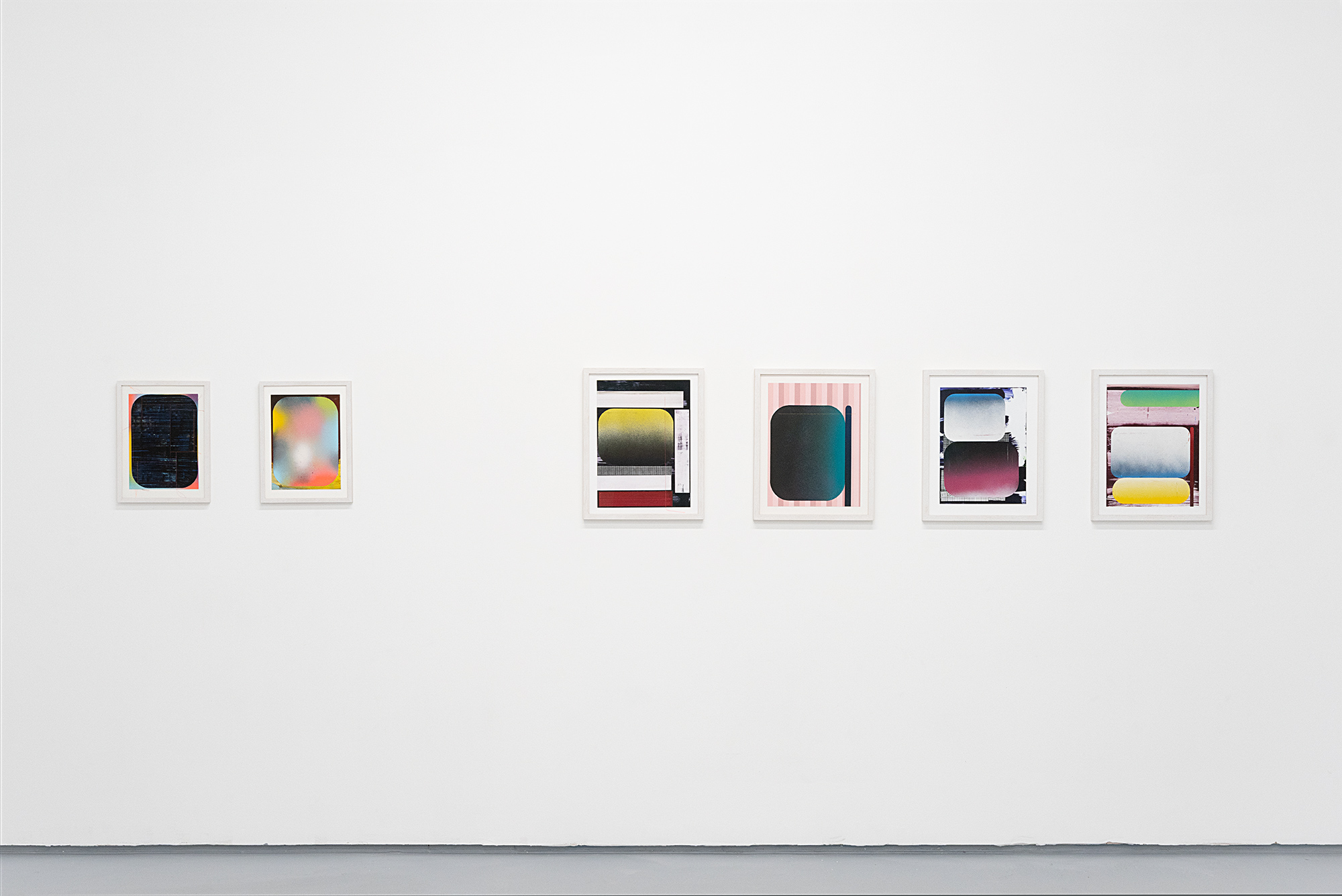





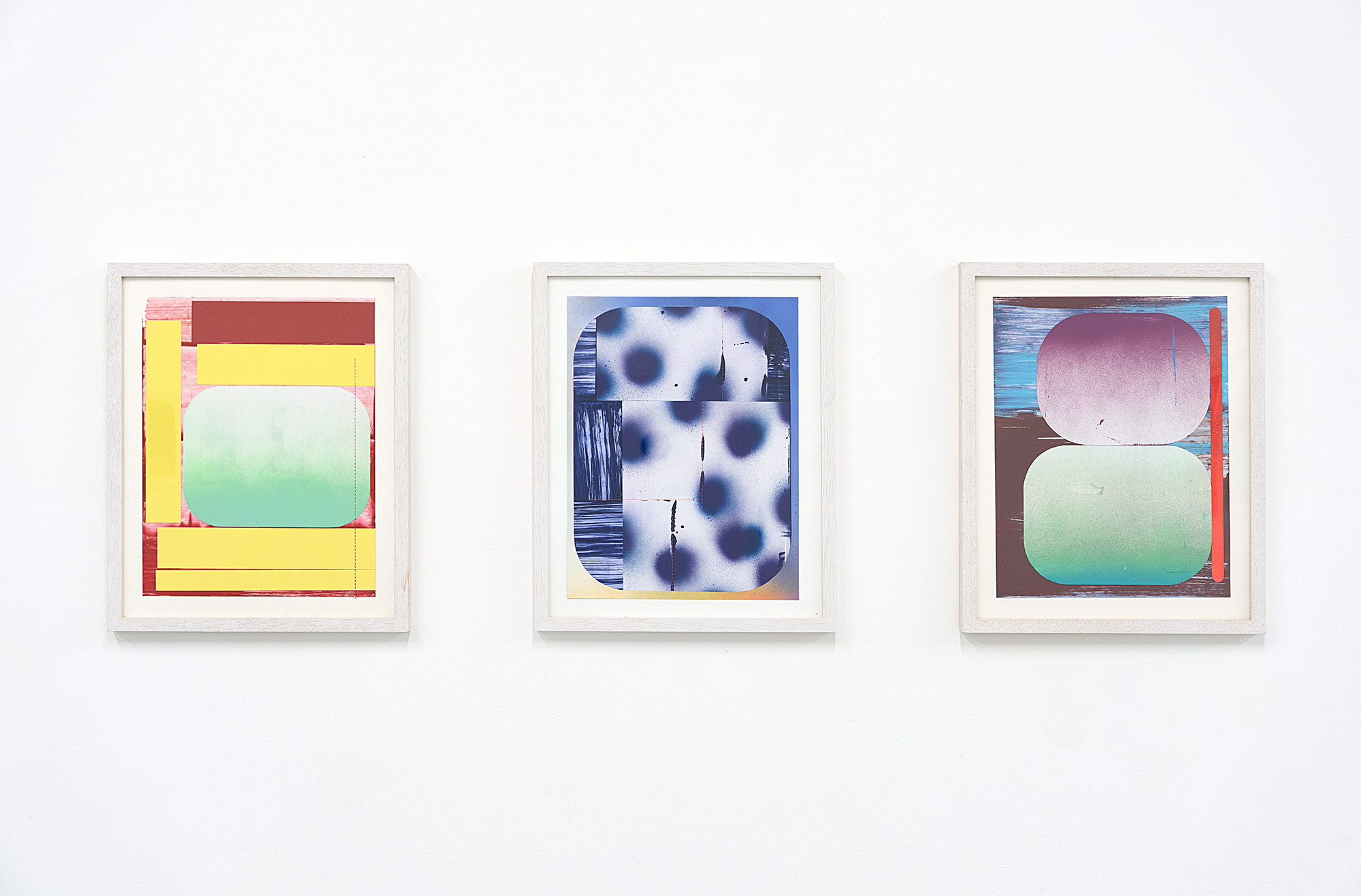
Teasing out the particulars of visual pleasure, spatial play, and material assertiveness, Dan Devening’s recent work has focused on motifs and strategies that address these concerns within tight parameters. In his paintings and works on paper, he strives to harmonize disparate painterly moves while maintaining a sense of tension and edginess. The discomfort that arises from the collision of strange elements helps make the work dynamic and mysterious.
As a visual standard, the rounded rectangle emerged when he began noticing its ubiquity in devices that connect us to the outside world. iPhones, televisions, and computer monitors employ the “friendliness” of this form to suggest comfort and simplicity—while effortlessly holding us captive. It’s that affability—the kindly invitation to use, peer into, and be mesmerized—that serves as a mirror to our culture and society. The shape’s darker, more sinister undertones also make it a rich point of departure for my work.
Primarily, the shape serves as a portal. As in much of his past work, the intersection of landscape, windows, and pictorial illusion continues to be a fundamental starting point. The question of how a painter acknowledges the materiality of painting while negotiating its potential to transport the viewer beyond the picture plane into imagined worlds is always present in his practice. At times, the rounded rectangle resembles an airplane window; at others, it hovers like an inflated bladder over a hidden landscape.
Dan Devening is an artist, educator, curator, gallerist and writer. He is currently Professor, Adj. at the School of the Art Institute of Chicago and was Senior Lecturer in the Department of Art Theory and Practice at Northwestern University from 1993 to 2008.
His paintings, works on paper, and installations have been exhibited extensively, including recent shows in New York at Geary Contemporary, Launch F18, Apex Art, and Printed Matter, Inc.; in Chicago at 65Grand, LVL3, Heaven Gallery, Autumn Space, ebersmoore gallery, Roy Boyd Gallery, and Julius Caesar; and in Los Angeles at Kinkead Contemporary, among other national venues. His recent international projects include exhibitions in Germany at the Kunstmuseum Ahlen, Galerie Grölle in Wuppertal, Kunstverein Recklinghausen, the Museum Kurhaus in Kleve, dok25A in Düsseldorf, Renate Schroeder Gallery in Cologne, and galerie oqbo, Schau Fenster, Scotty Enterprises, and Neues Problem in Berlin. He has also exhibited work in Vienna, Austria; Brussels, Belgium; Tokyo, Japan; Toronto, Canada; Monterrey, Mexico; Melbourne, Australia; and Amsterdam, the Netherlands.
Devening has curated exhibitions both nationally and internationally, including projects at galerie oqbo in Berlin, dok25A in Düsseldorf, Hagiwara Projects in Tokyo, the Hyde Park Art Center, and the Block Museum of Art in Chicago, among many others.
He recently completed the installation of a major public art commission for the CTA Irving Park Blue Line train station.
His essays have appeared in several recent publications, including Out of Place: Artists, Pedagogy and Purpose, edited by Zoë Charlton and Tim Doud; Clay Pop: What’s New in Clay, in a chapter on the work of Wade Tullier; and Where the Echo Drifts, an essay on the work of Leipzig artist Dagmar Varady, published in Expanded Studio by Snoek Publishing.
He has received grants, awards, and fellowships from the Ford Family Foundation in Portland, Oregon; the Brown Foundation in Houston, Texas; the Illinois Arts Council; the National Endowment for the Arts; and the MacArthur Foundation (International Connections), among others.
Devening founded and currently directs Devening Projects, a gallery featuring exhibitions by emerging and established contemporary artists. He is the former co-director of Paris, London, Hong Kong in Chicago.
Tender
Sarah Gilbert and Pato Hebert
Sarah Gilbert and Pato Hebert
Oct 19 - Dec 1, 2024
Opening Reception
Saturday, Oct 19, 5-7pm
Opening Reception
Saturday, Oct 19, 5-7pm
Walk Through Talk Through
w/
Sarah Gilbert,
Pato Hebert,
and Stephanie Snyder
Saturday, Oct 19, 4:30pm
w/
Sarah Gilbert,
Pato Hebert,
and Stephanie Snyder
Saturday, Oct 19, 4:30pm









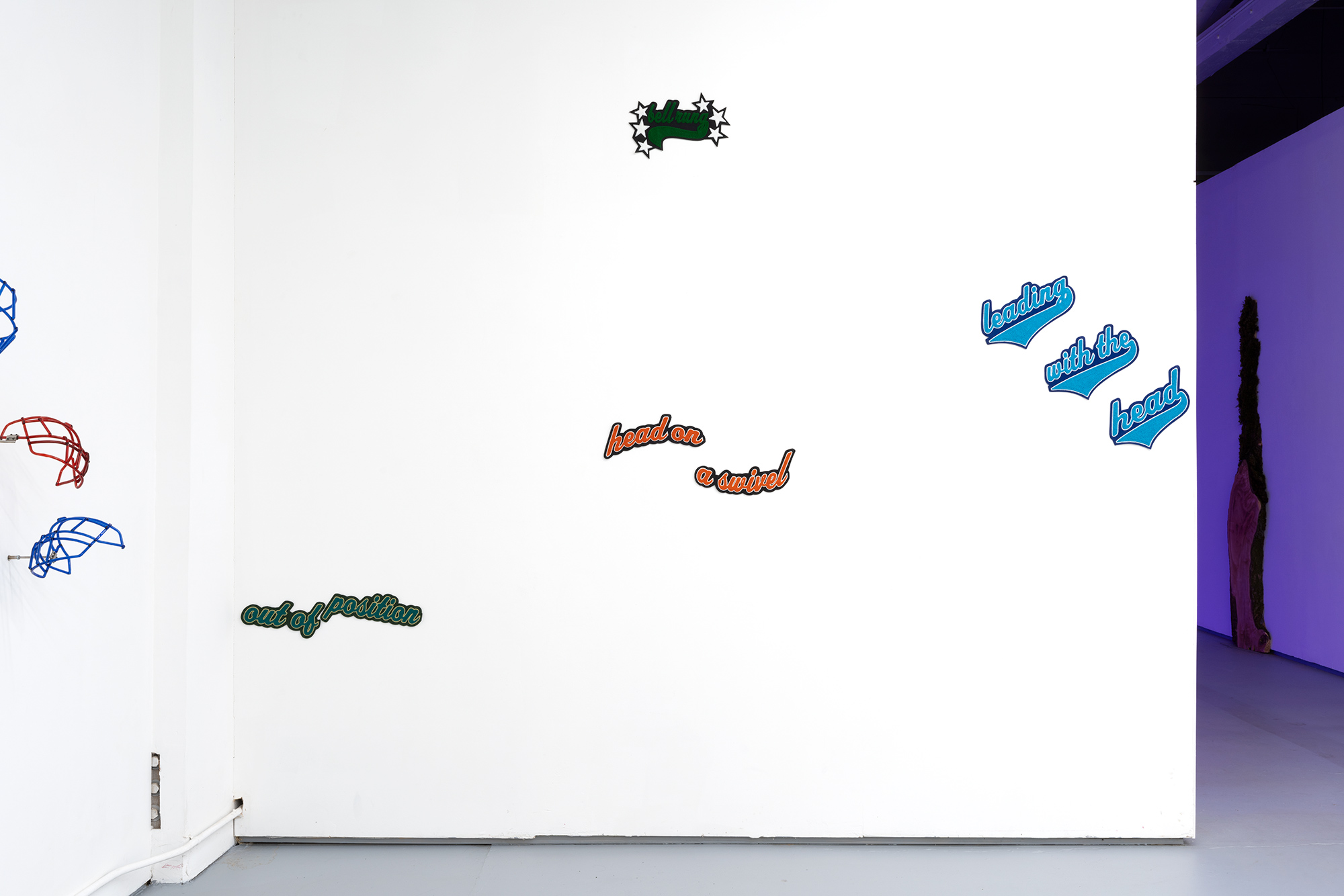
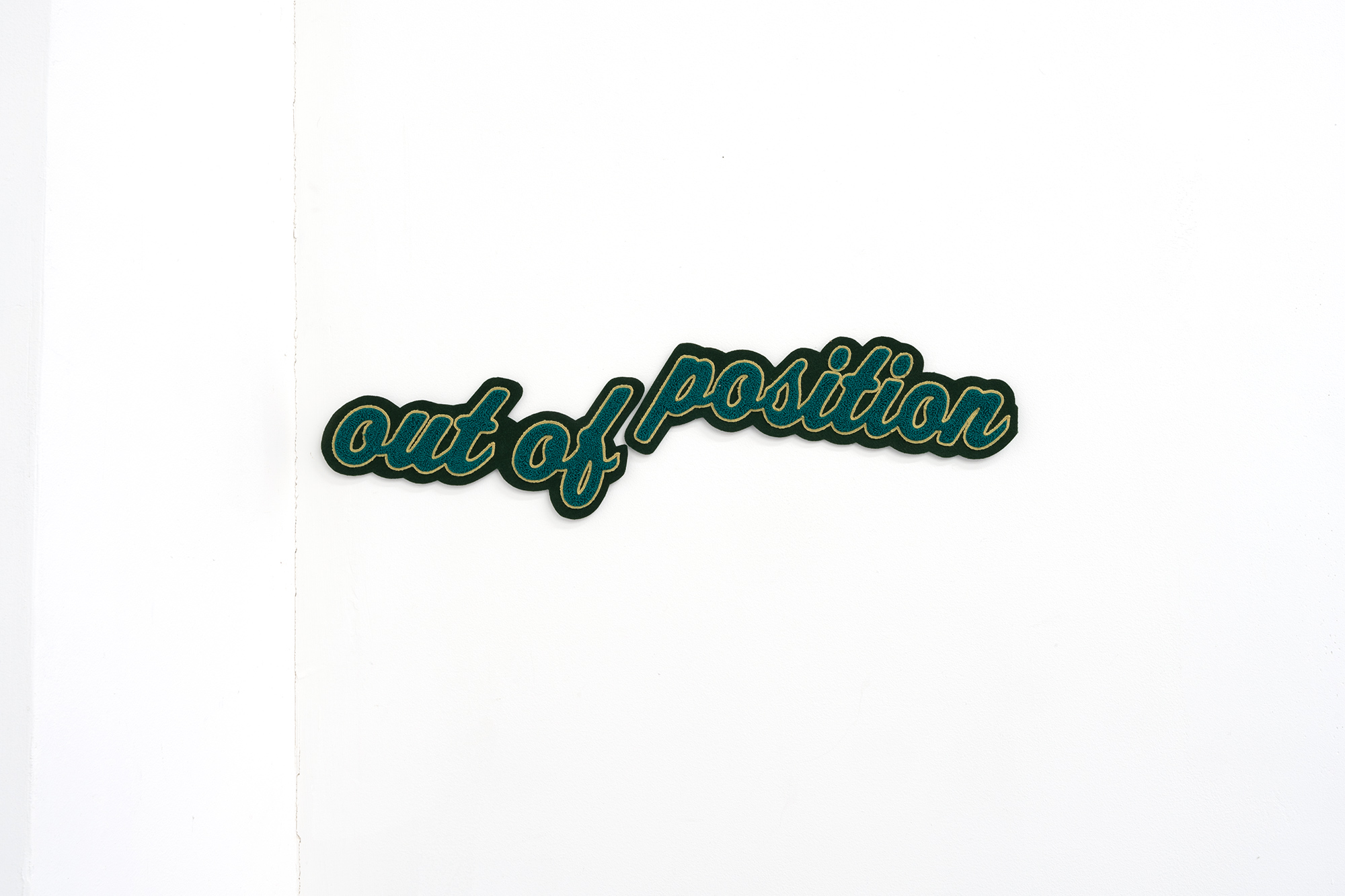
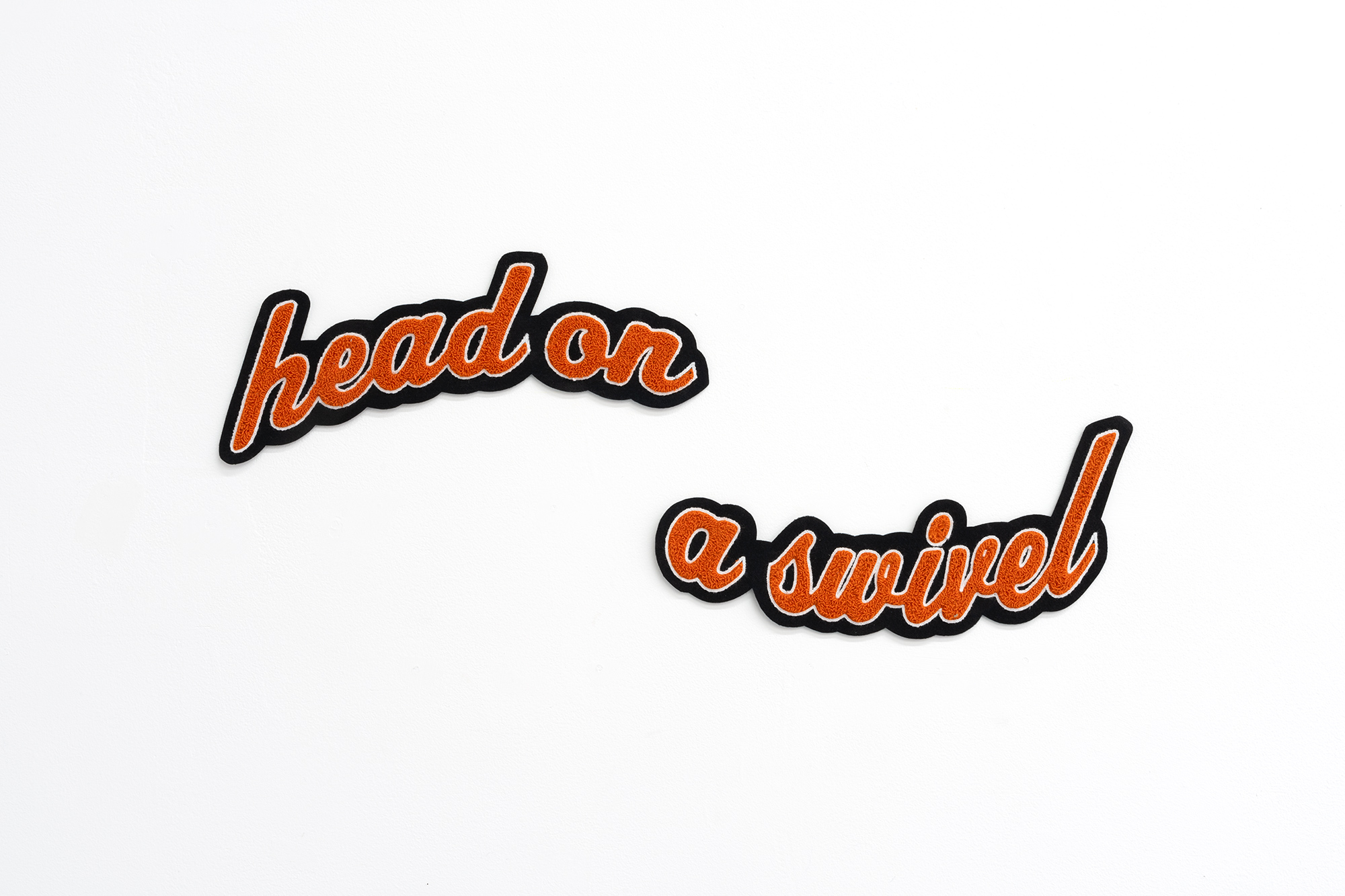
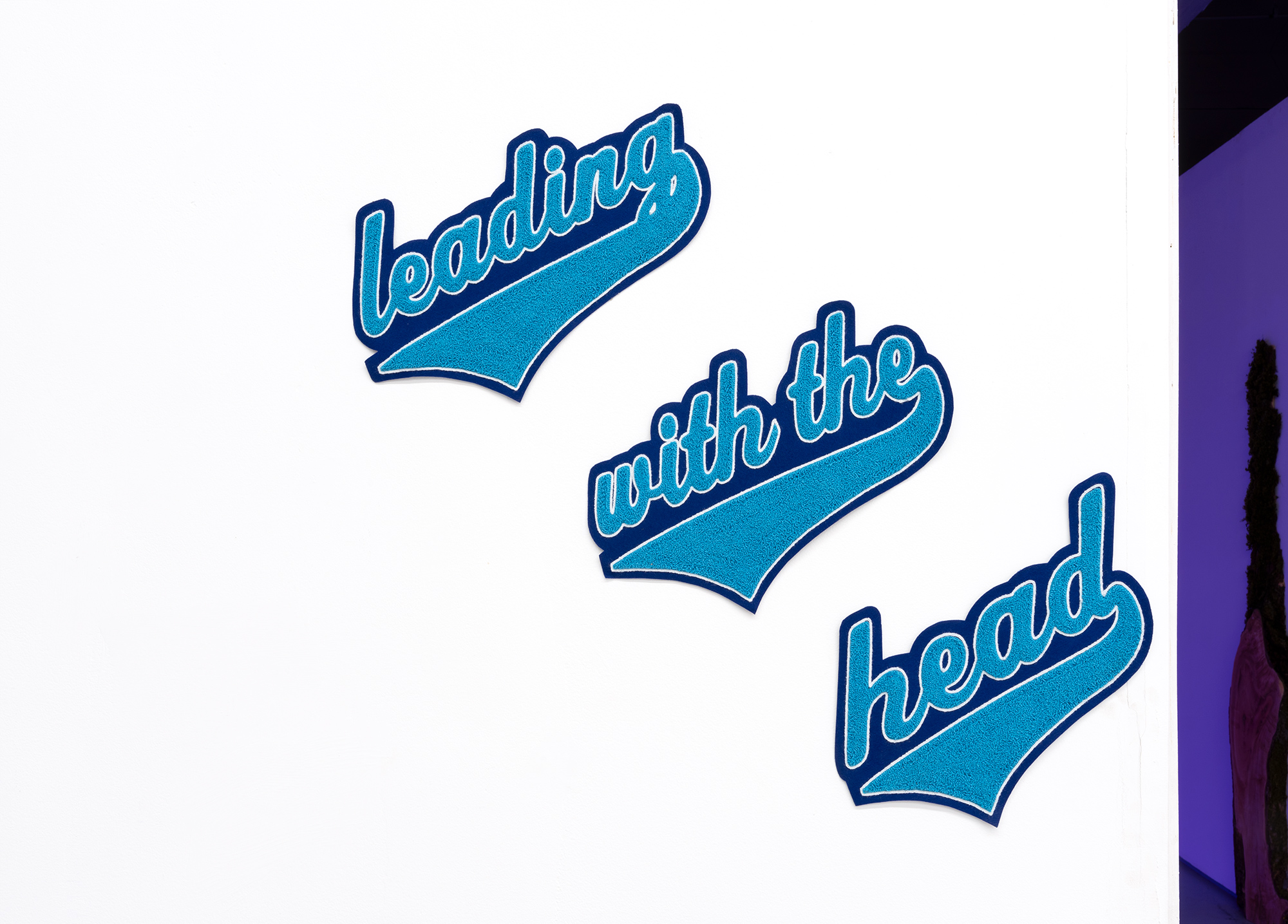



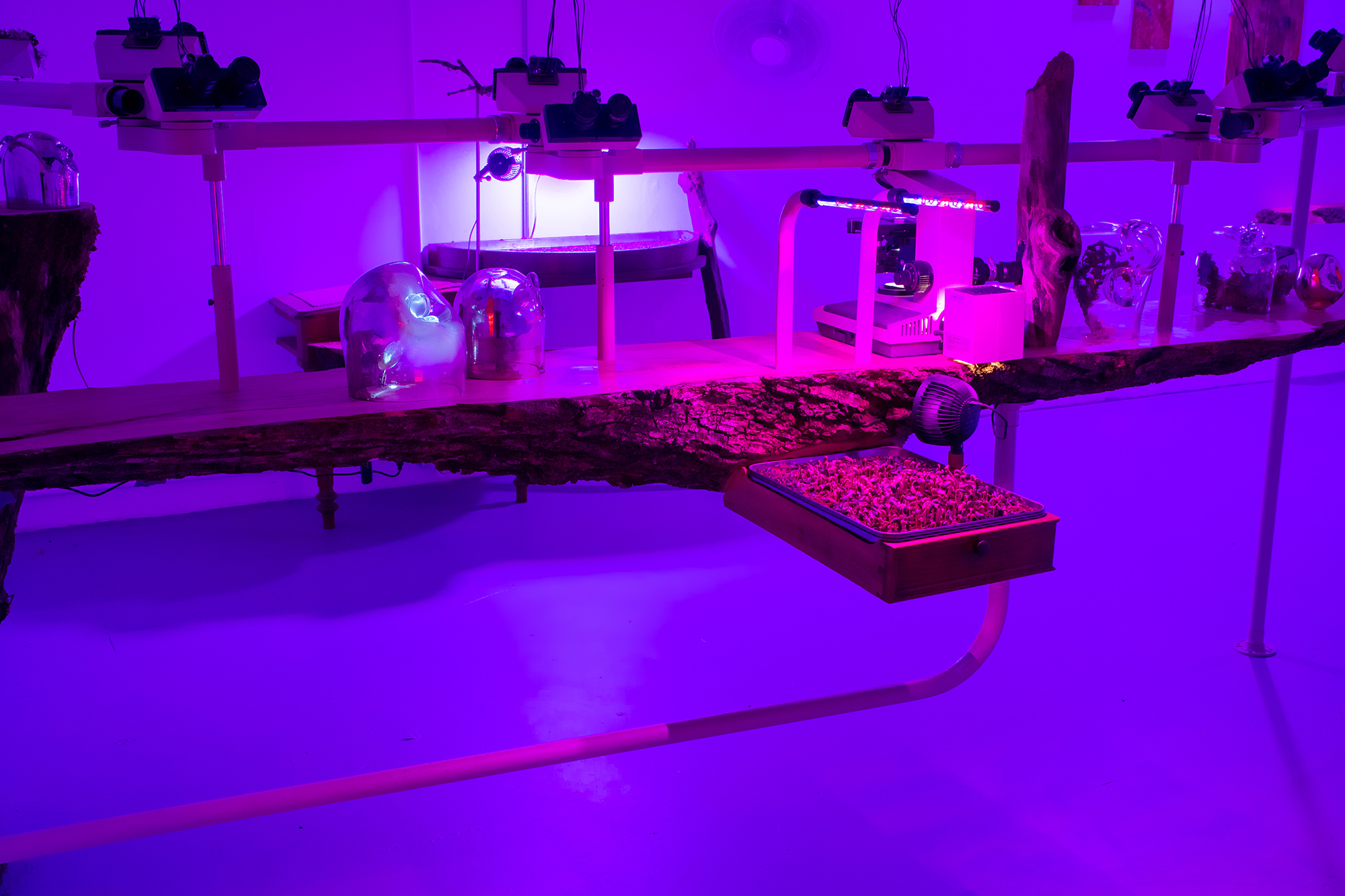






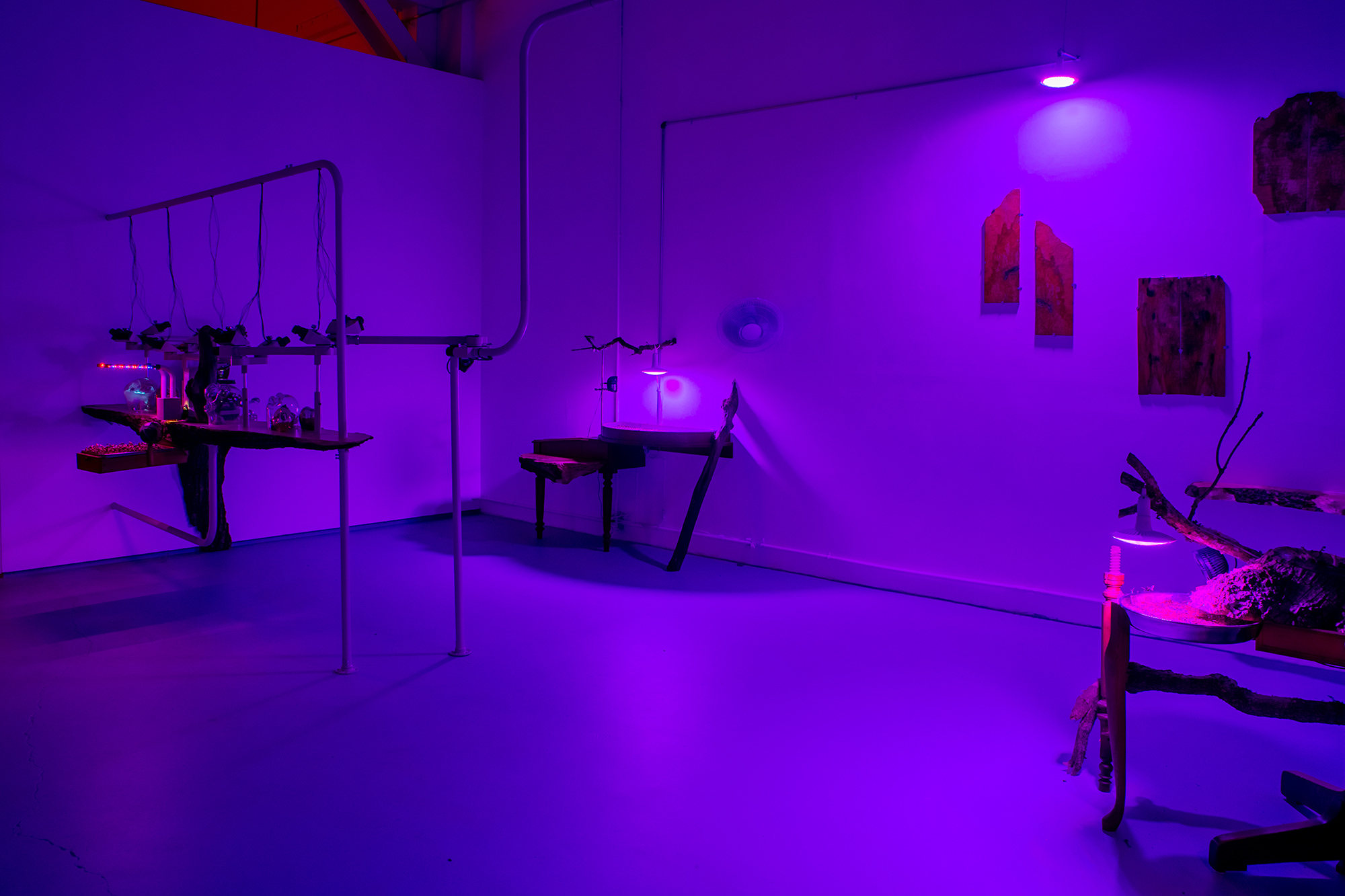


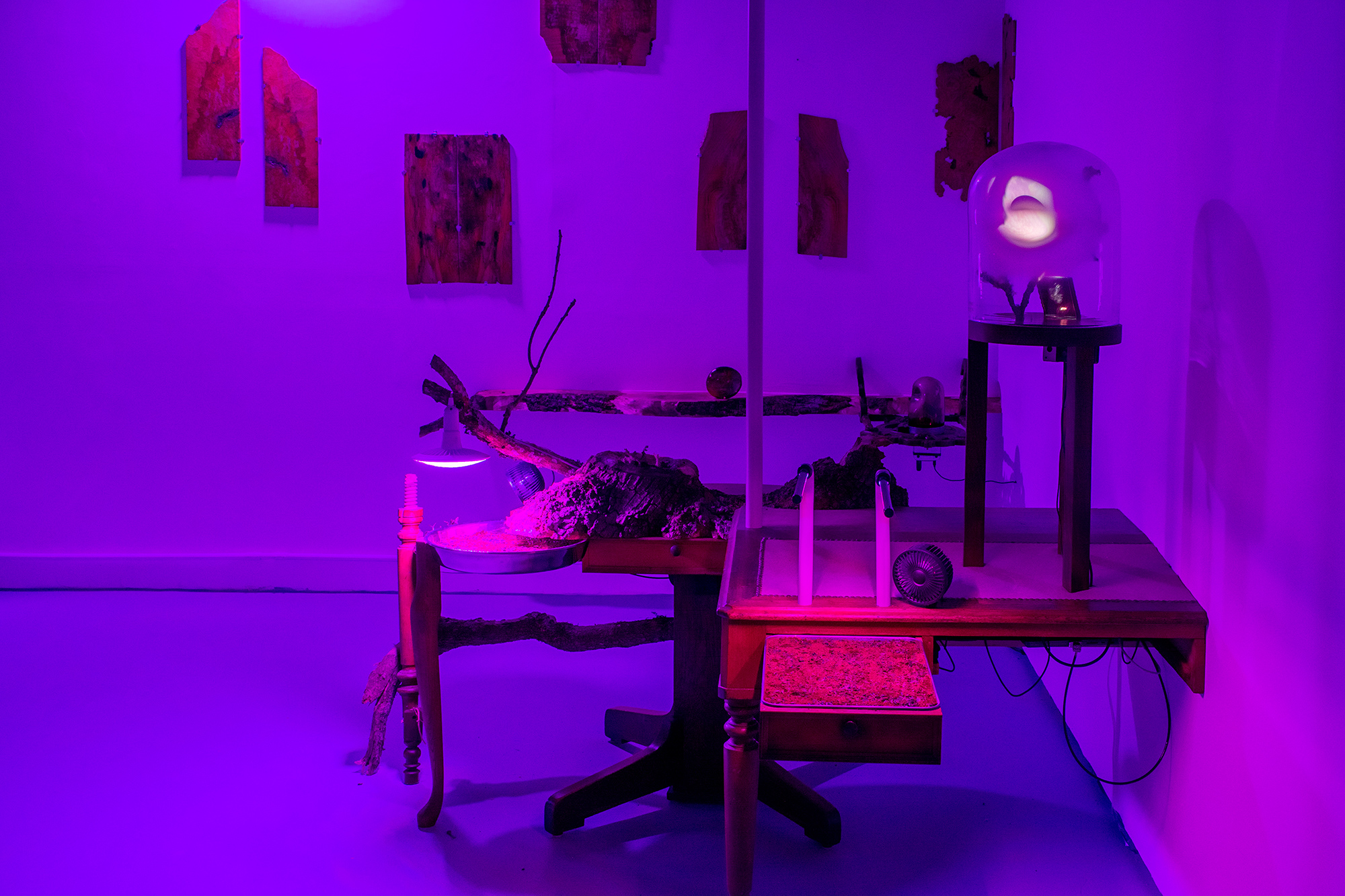

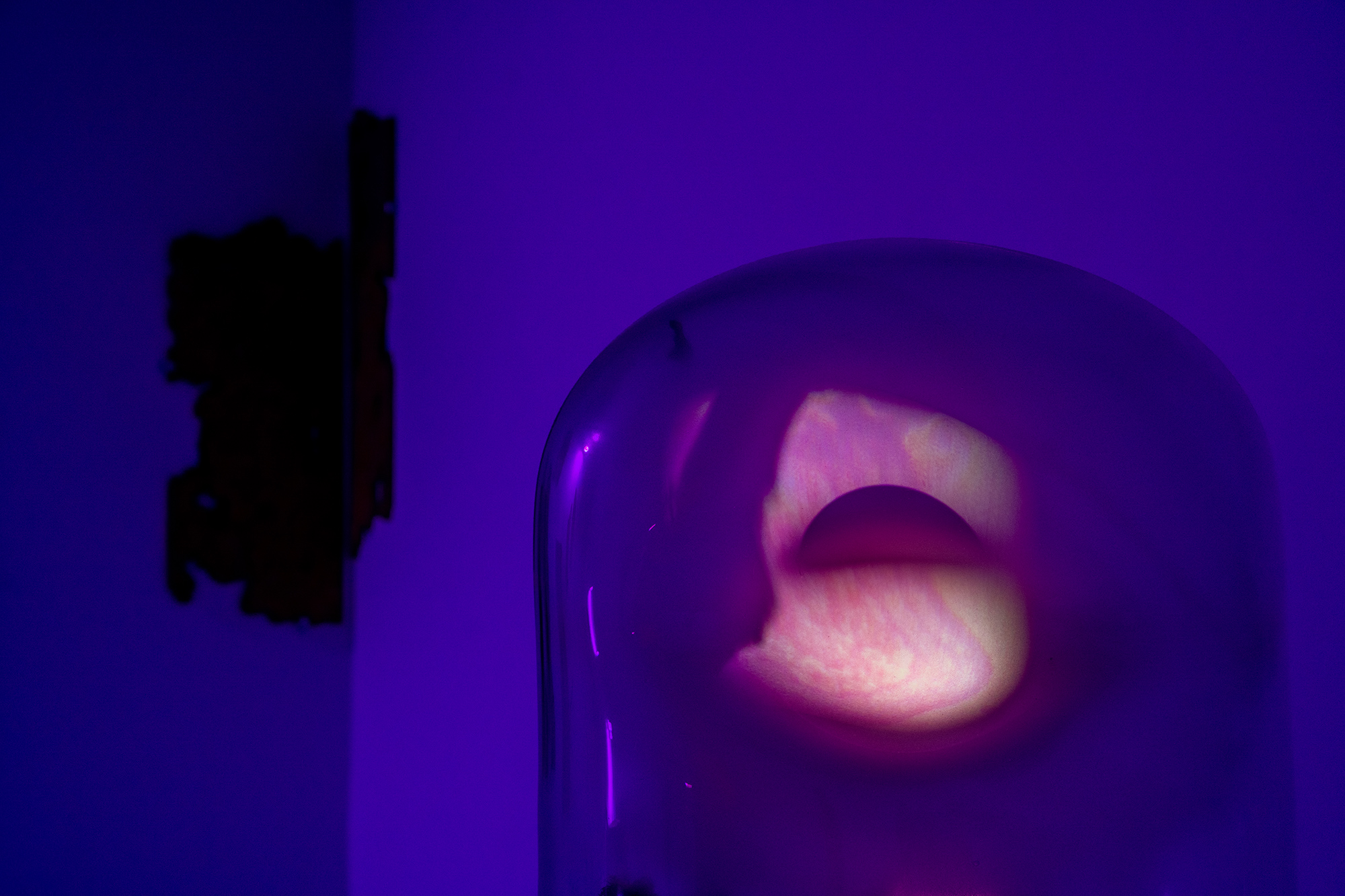
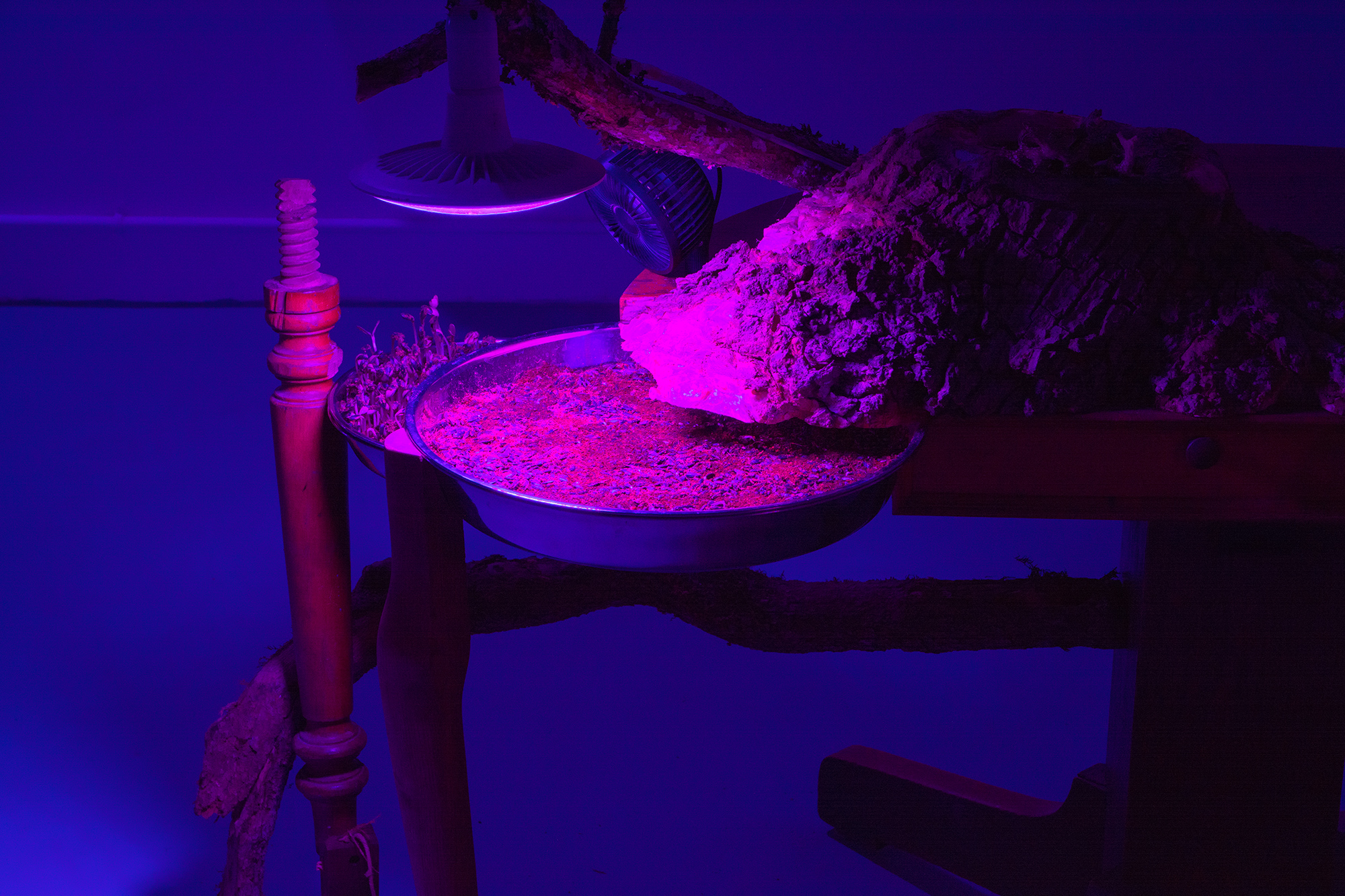



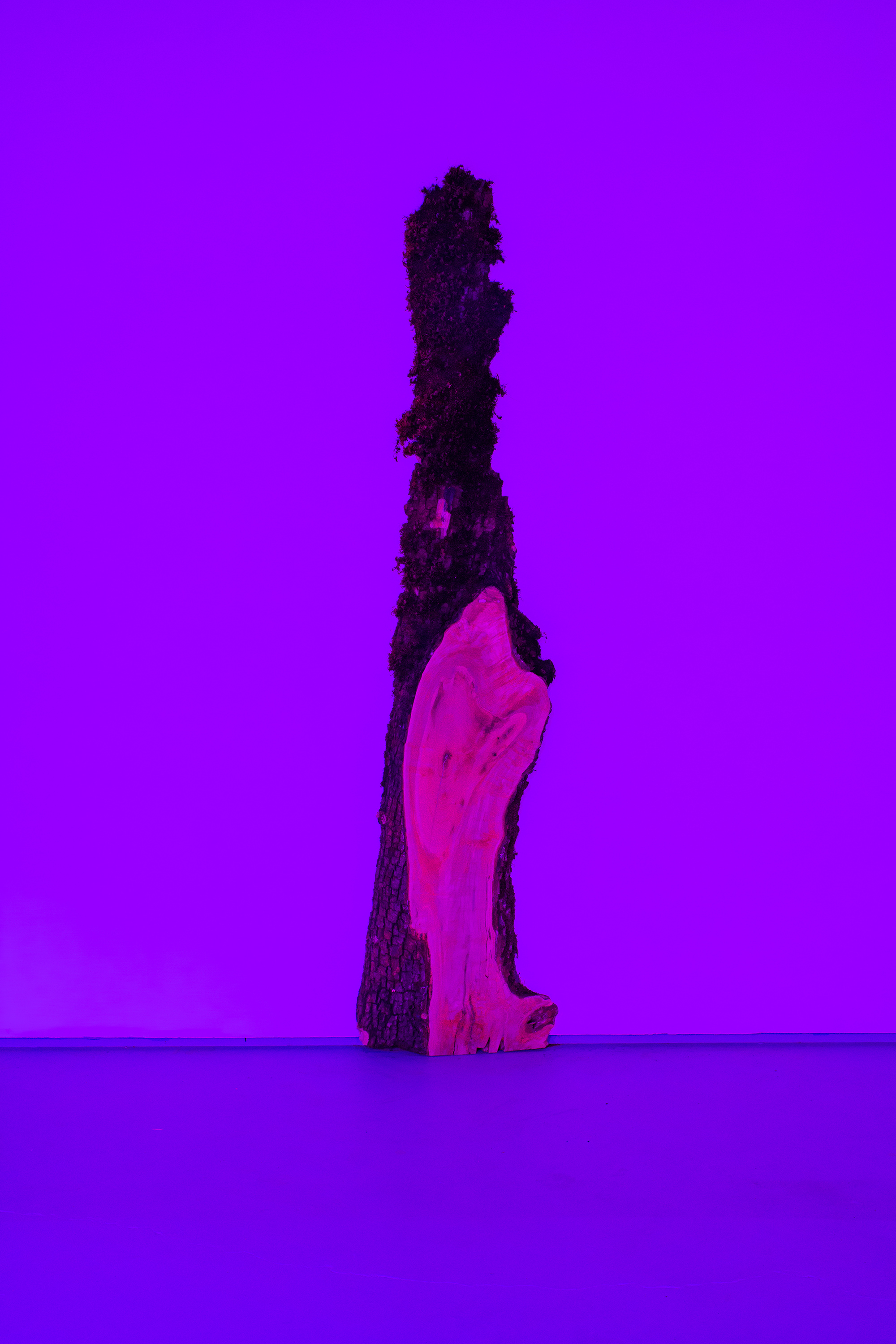
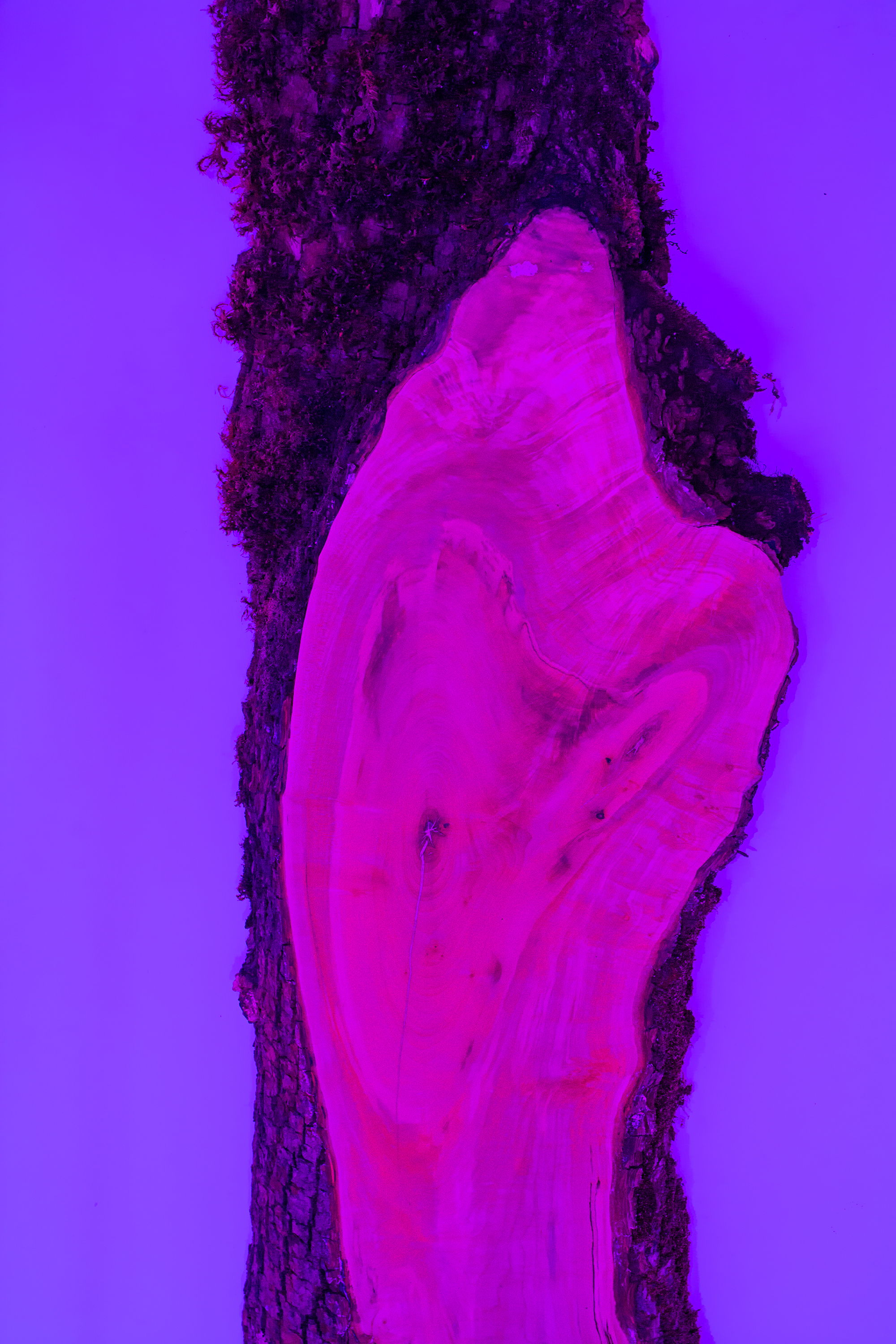












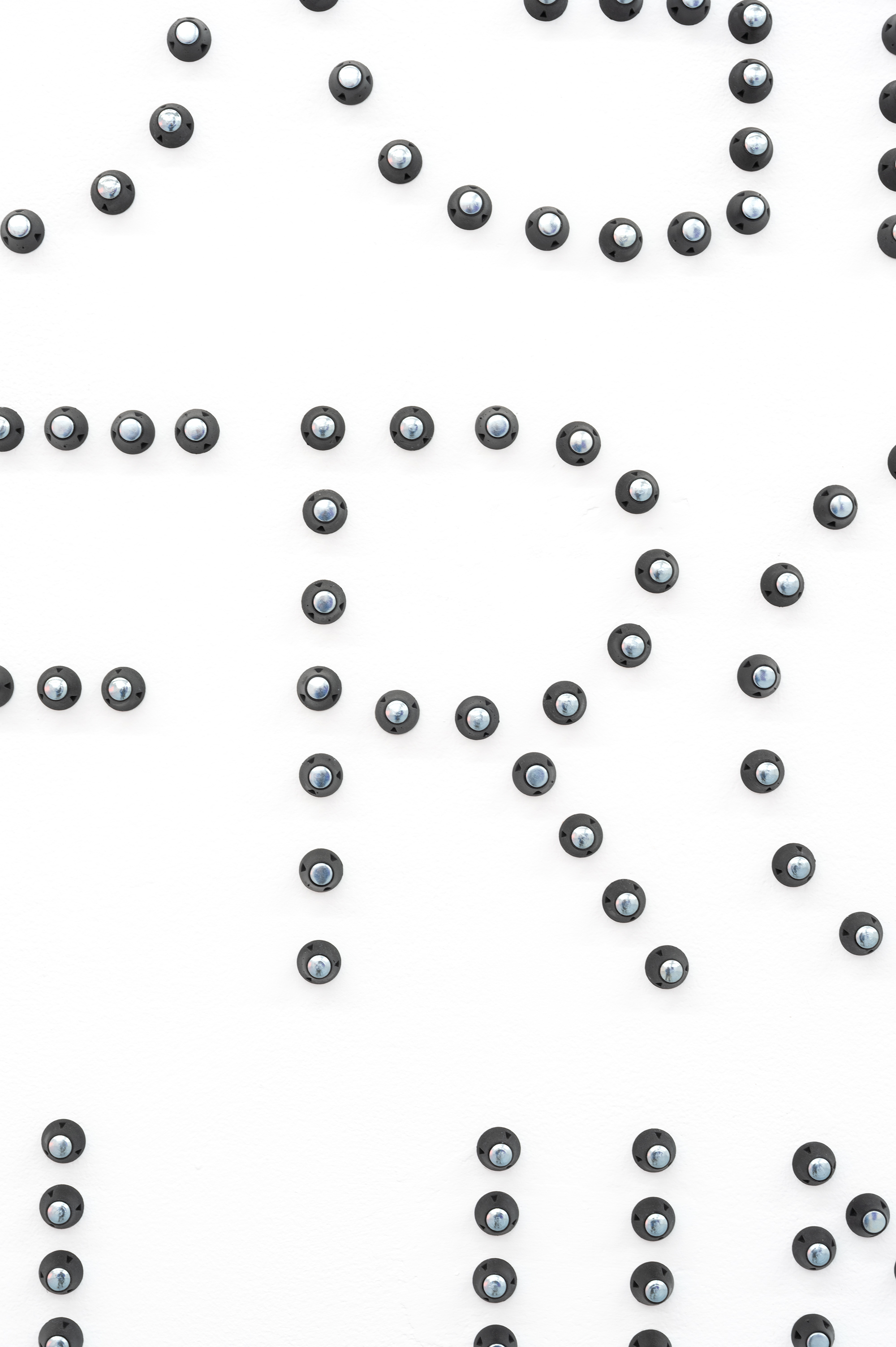
Ditch Projects and the Cooley Gallery, Reed College (Portland), present the exhibition Tender, part of the Portland Institute for Contemporary Art’s 2024 Time-Based Art Festival
Tender is the nature of this dyadic exhibition comprised of newly commissioned installations and stochastic works by longtime educators and colleagues Sarah Gilbert and Pato Hebert.
For the artists, Tender is a healing endeavor. Both Gilbert and Hebert are in the process of negotiating their recovery from debilitating illness, injury, and the tragic loss of loved ones. Reading, listening, and touch are as essential to the exhibition as visual observation. Tender provides an opportunity for the artists to recount and transform their experiences—some caused or exacerbated by the pandemic—offering them with a desire for shared healing.
Hannah Arendt described her experience of philosophical thought as “. . . a palpating tenderness toward the things of the world.” The wild beauty of the installation springs from the artists’ emotional attunement, and their embrace of the natural world within their work. Gilbert and Hebert ritualize and play with the vulnerability that has reshaped their lives.
Public hours at the
Cooley Gallery @ Reed College
Thursday – Sunday
noon to 5:00 pm
or by appointment: cooley@reed.edu
March 16 -April 7th
Exhibition Reception: Saturday, March 16th, 5-7pm
Exhibition Reception: Saturday, March 16th, 5-7pm
Glen Baldridge & Louise Sheldon
Doors in Floors
Doors in Floors

Blurring the lines between the hidden depths of the unconscious and the mystical allure of unseen worlds, "Doors in Floors", featuring works by Glen Baldridge and Louise Sheldon, is an odyssey into the cryptic and the celestial. As gateways to clandestine worlds below, Baldridge's 'Trap Door' series reveals entry points to mysterious voids. He weaves a narrative of hidden truths and obscured realities, much like peeling back layers only to find more layers. His work is often enigmatic and dark, riddled with hidden text, echoing the idea that what we see can never be truly certain; wavering between pareidolic phantoms or intentionally obscured clues – a coherent paranoia.
Louise Sheldon's grommeted pieces, having spent months underfoot, embody a raw, unfiltered interaction with lived spaces. The scuffs and dirt are not mere blemishes but stories told by the material work itself. Adorned with spiral and floral patterns, her pieces evoke mystical portals, where we find ourselves in freefall, hurling through to a different dimension or state of consciousness. These artworks, while being portals in themselves, could also be seen as coverings for Baldridge's metaphysical trap doors, forming a nuanced and seemingly perfect intersection – a dance of concealment and revelation.
The exhibition represents a journey through the unknown. While Baldridge’s works hint at hidden depths and secret chambers of the mind, Sheldon offers a passage to somewhere mystical, somewhere otherworldly. Their combined narrative is a complex tapestry, weaving the subterranean with the supernatural, the seen with the unseen.
-Alex Dodge 2024
![]()
![]()
![]()
![]()
![]()
![]()
![]()
![]()
![]()
![]()
![]()
![]()
![]()
![]()
![]()
![]()
![]()
![]()
![]()
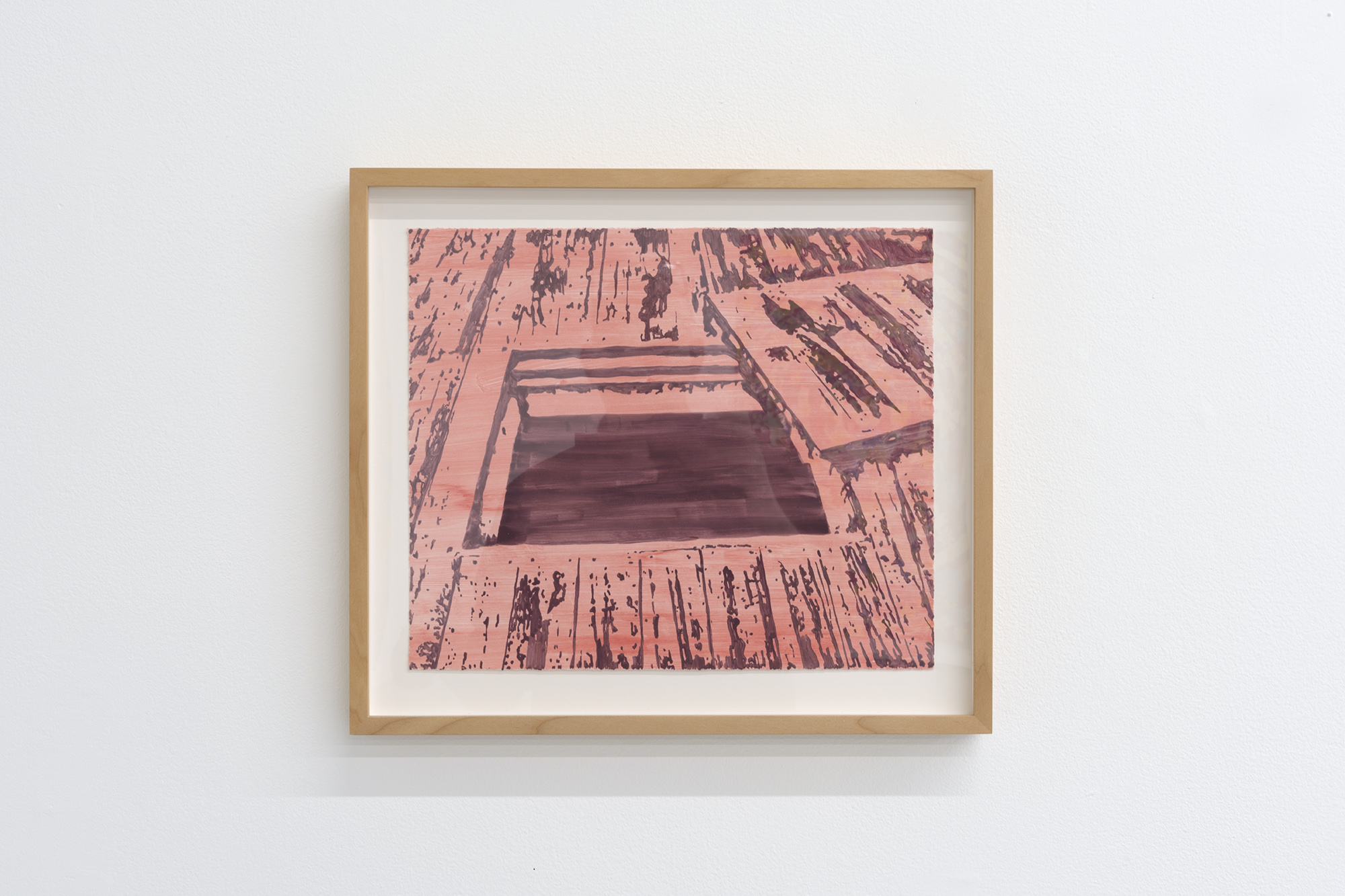
About the artists:
Glen Baldridge is based outside Portland, Maine. His work has been exhibited at institutions including the Metropolitan Museum of Art in New York, the RISD Museum in Providence, RI, ICPNY in New York, the Pizzuti Collection in Columbus, Ohio, and the Spencer Museum in Lawrence, KS. Recent solo shows include Klaus von Nichtssagend Gallery, New York; Halsey McKay in East Hampton; William Patterson University in Wayne, NJ, and Fourteen30 Contemporary in Portland, OR. Baldridge has had print editions published by Forth Estate Editions, Robert Blackburn Printmaking Workshop, Dieu Donné, Flying Horse Editions, PS Marlowe, and Du-Good Press. His work is included in the collections of the Metropolitan Museum of Art, Museum of Modern Art, Whitney Museum of American Art, The New York Public Library, RISD Museum, Yale University Art Gallery, and The Library of Congress, amongst others. His 2023 solo show in New York was reviewed in the New Yorker magazine.
Louise Sheldon is a visual artist who lives and works outside of Portland, Maine. She has exhibited with Safe Gallery, Brooklyn, NY; Standard Space, Sharon, CT; Klaus von Nichtssagend Gallery, NY; Halsey McKay Gallery, East Hampton, NY, and others. Her work is in the collection of the RISD Museum.
March 16 -April 7th
Exhibition Reception: Saturday, March 16th, 5-7pm
Exhibition Reception: Saturday, March 16th, 5-7pm
Martha Daghlian
The Great Art of Knowing
The Great Art of Knowing

An Epistemology of the Fool
Scholars have a word for the art of knowing: epistemology. It is the field of philosophy dedicated to knowing how knowledge is created from the world. Scholars make knowledge by ordering, naming, and removing objects from their contexts. In this gallery, for instance, the scholar walks one arm folded behind their back. With a free hand they point to their surroundings. Here: a velvet butterfly, a shadow of a stained glass window, a harlequin chaise. Later, in a dim-lit study, the scholar recalls how the objects behaved. Measuring physical attributes and indexing references are the scholar’s divination. How things are, to the scholar, is objective. And this is how they should be.
In The Great Art of Knowing, two epistemologies come into a comedic encounter through quilted monitor screens. They meet as characters who are as old as time itself, the scholar and the fool.
The scholar and the fool are like cousins, understood to each other through their opposition. One is because the other is supposedly not. Being made from opposition, the more rigid of the two comes undone by the other’s presence.
The fool lacks information and by consequence lacks sense. The fool has no need for either. More information does not produce more sense but disorder. A world of disorder demands to be ordered by the scholar. Dissonance laughs at this feeble endeavor. With no need for sense, dissonance befriends the fool. Patron saint of humor, player and trickster to bewildered audiences, the fool appears to anticipate change. To the scholar, this is mastery. It is infuriating to see the fool navigate chaos with ease. This amuses the trickster fool for it is neither mastery nor anticipation. The fool suspends expectations.
As if walking a tightrope, the fool absorbs improvisational changes in their environment through their toes. They allow chaos to move up through the body and mitigate the shifting ground with counteractive hip movements. An epistemology of the fool is knowing through unexpected encounter. Scholars have a word for this too: phenomenology.
The Great Art of Knowing can be experienced as a phenomenology of velvet. As a material, velvet records its encounters. It evidences where it has been touched and communicates it through two channels of dark and light. It is a phenomenological material. At first, velvet is woven into tiny loops, the same as cotton and silk. Then the loops are cut. This cutting creates the short luminous hairs that dim and brighten like an on/off switch when passed over with a hand. Velvet gets lumped with unserious things such as plush toys and players’ costumes. Like the fool, levity is an attribute to the breadth of velvet’s knowing.
With each piece in The Great Art of Knowing, try to quiet scholarly compulsions. Learn to record encounters as velvet does. As changing environments brush past, communicate what you see through the luminosity of severed loops. In order to know this world of chaos as a friend, approach it with an epistemology of the fool.
Kaya Notebloom
![]()
![]()
![]()
![]()
![]()
![]()
![]()
![]()
![]()
![]()
![]()
![]()
![]()
![]()
![]()
![]()
![]()
![]()
![]()
![]()
![]()
![]()
![]()
Jan 13 - Feb 11
Opening reception
Saturday, January 13th, 5-7pm
Opening reception
Saturday, January 13th, 5-7pm
Sun You
Melodramatic Soul Crushing Saturday Morning
Melodramatic Soul Crushing Saturday Morning
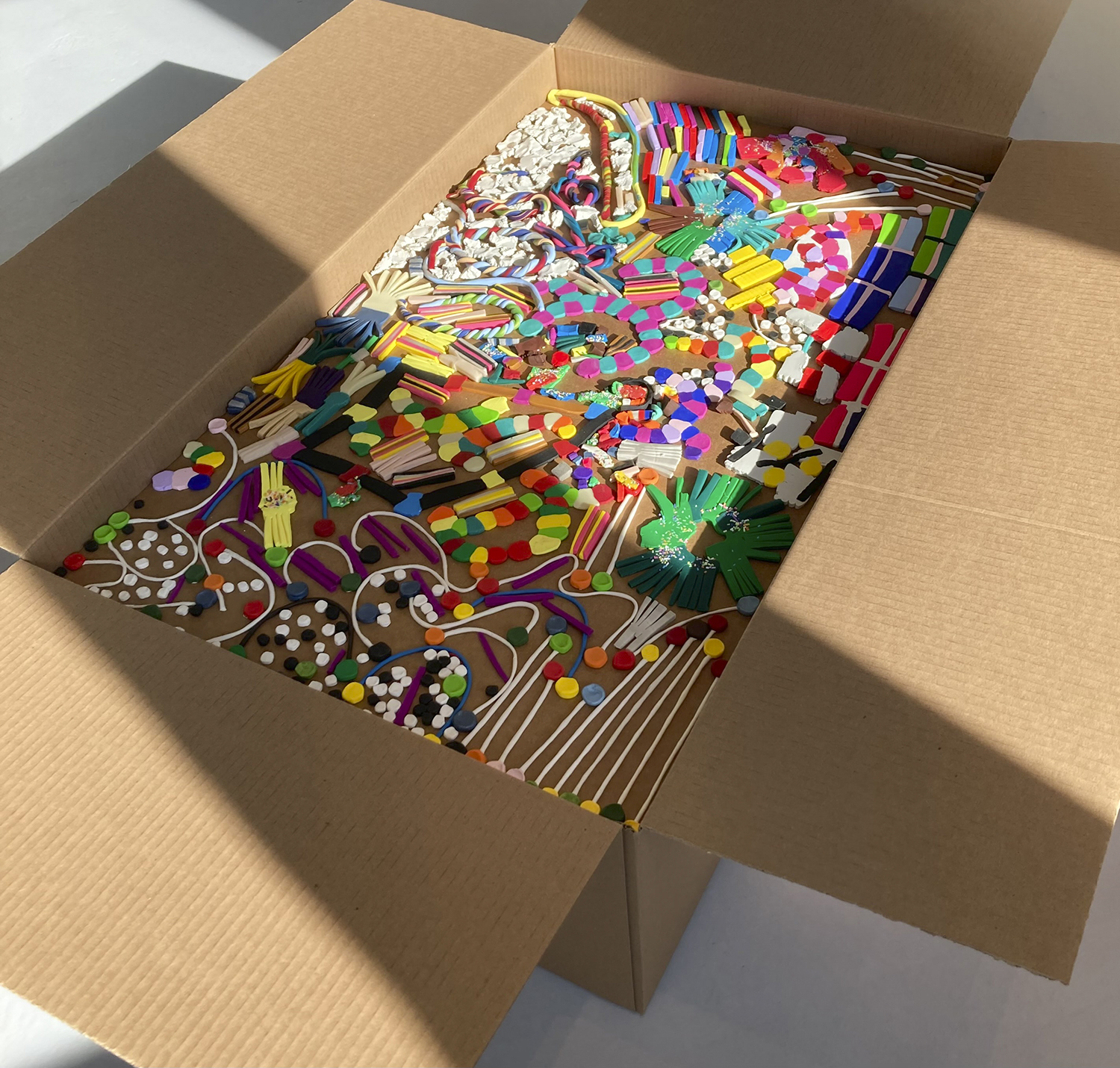
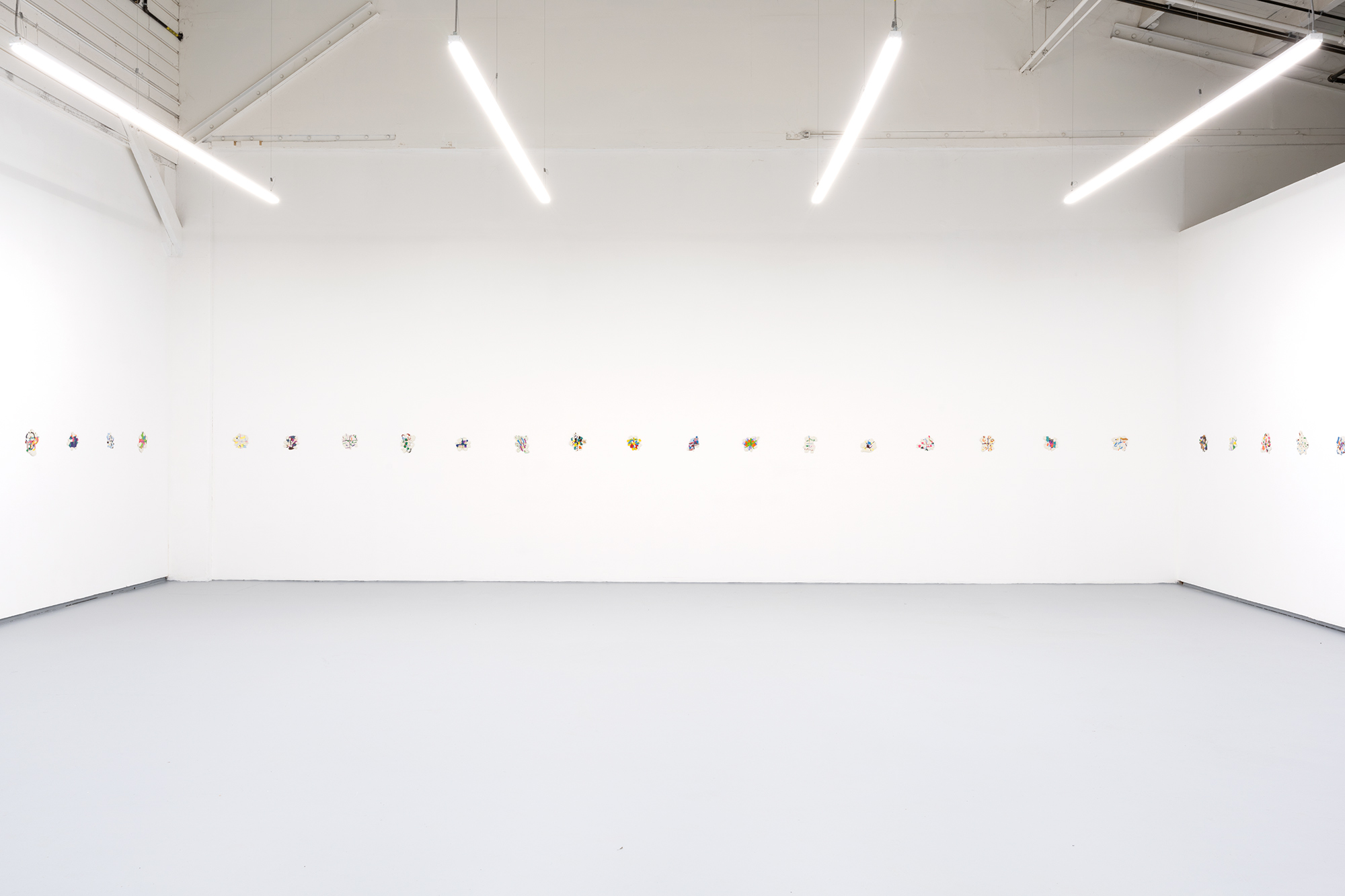

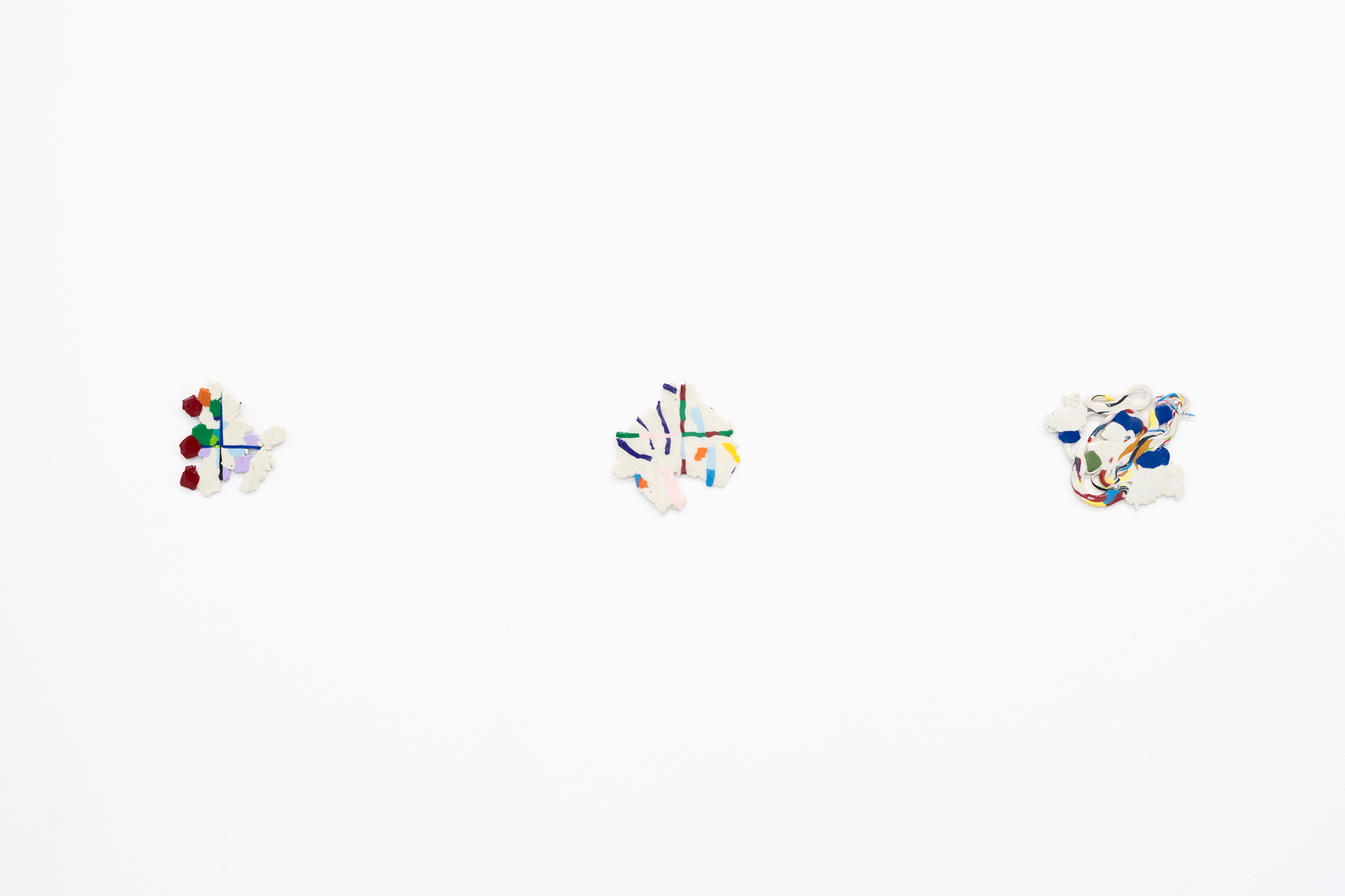
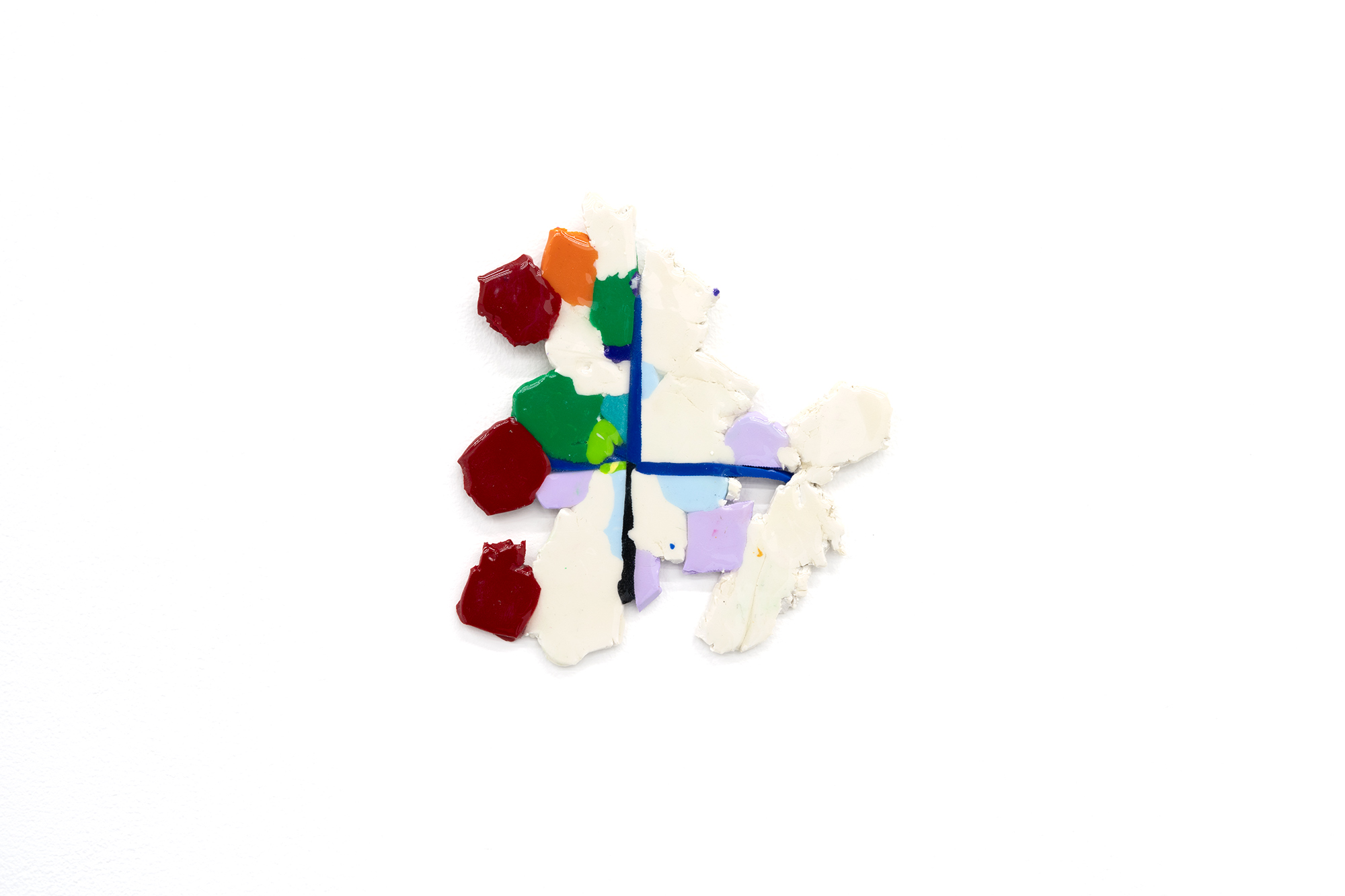
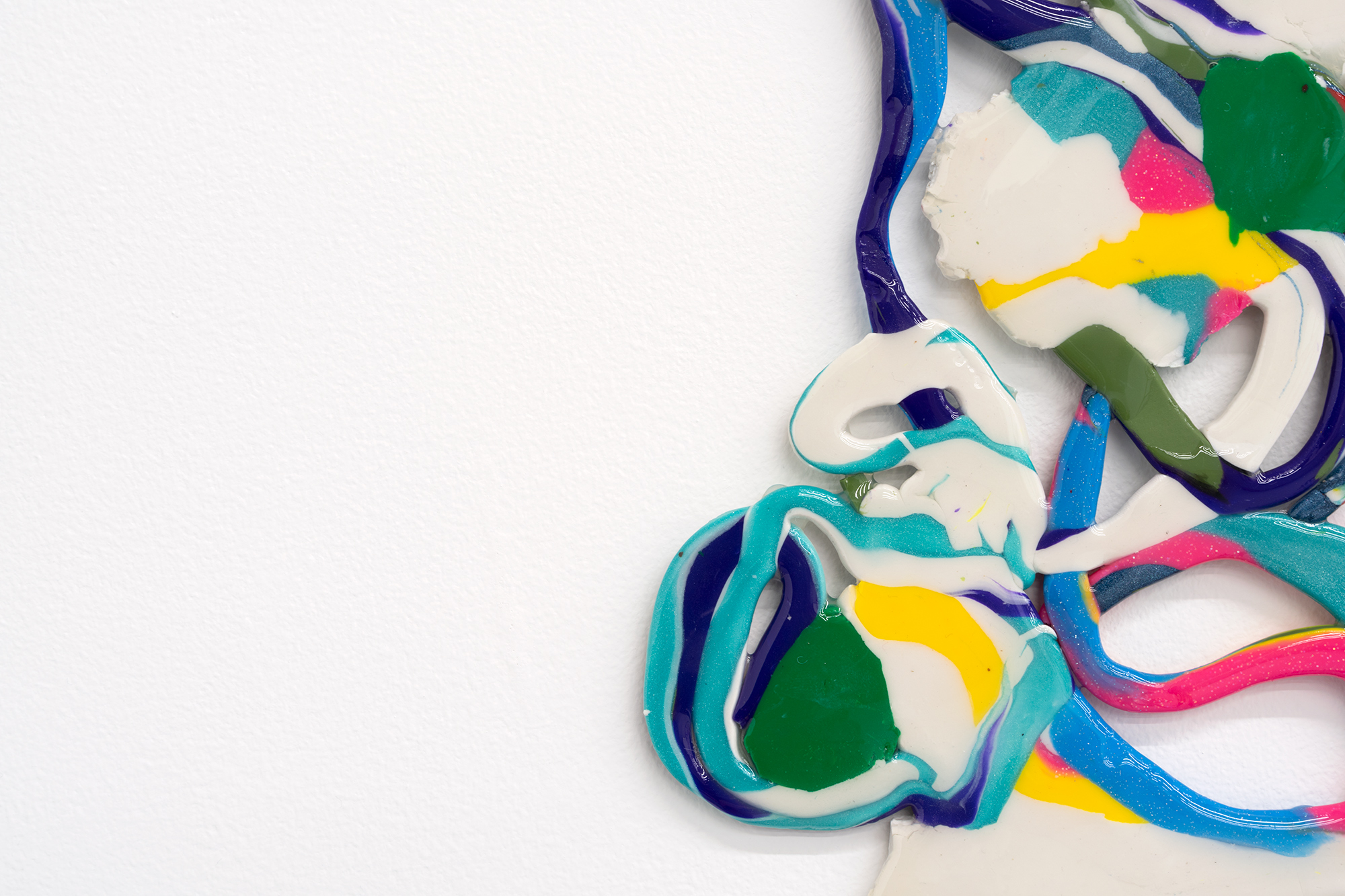
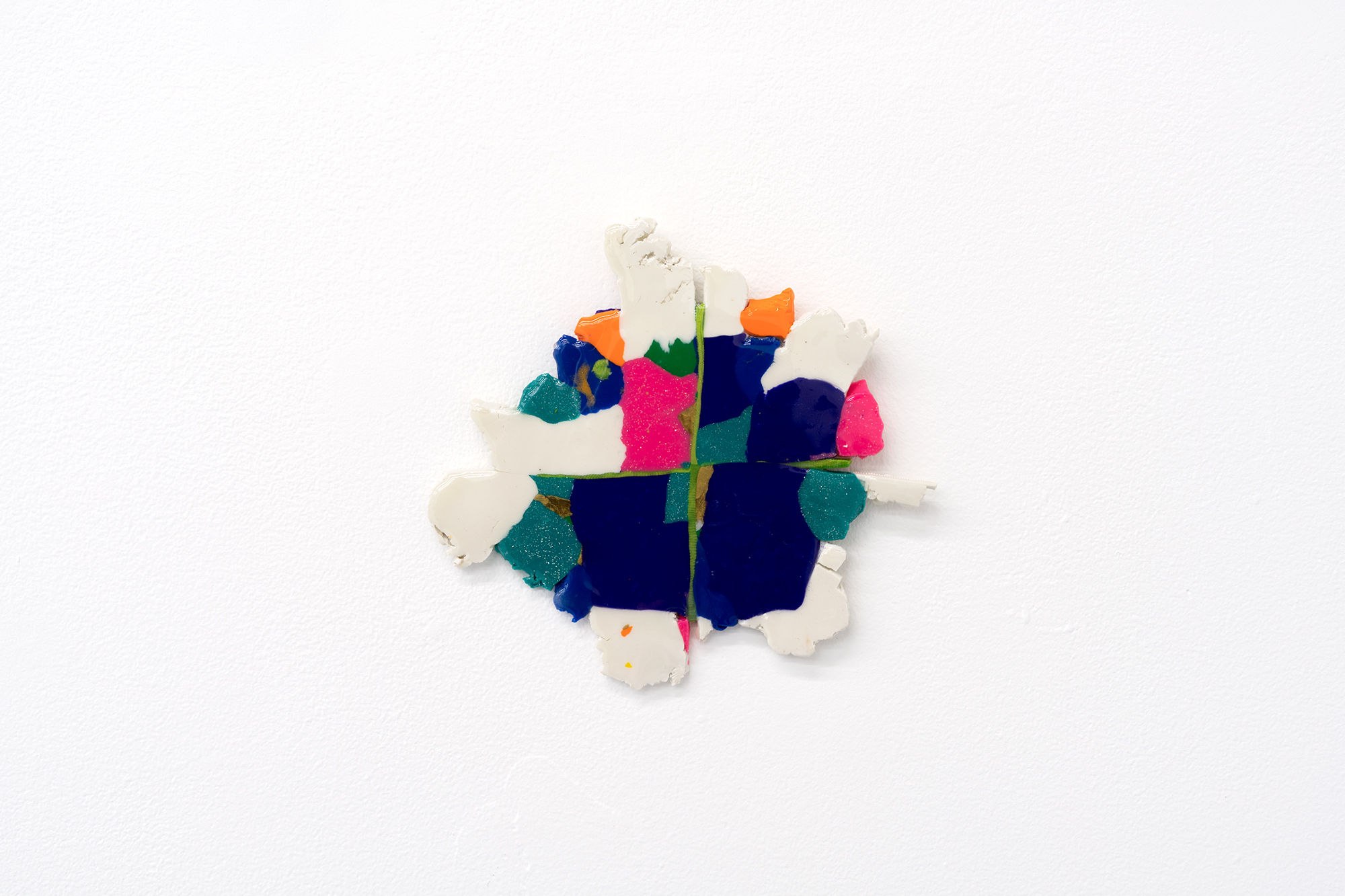
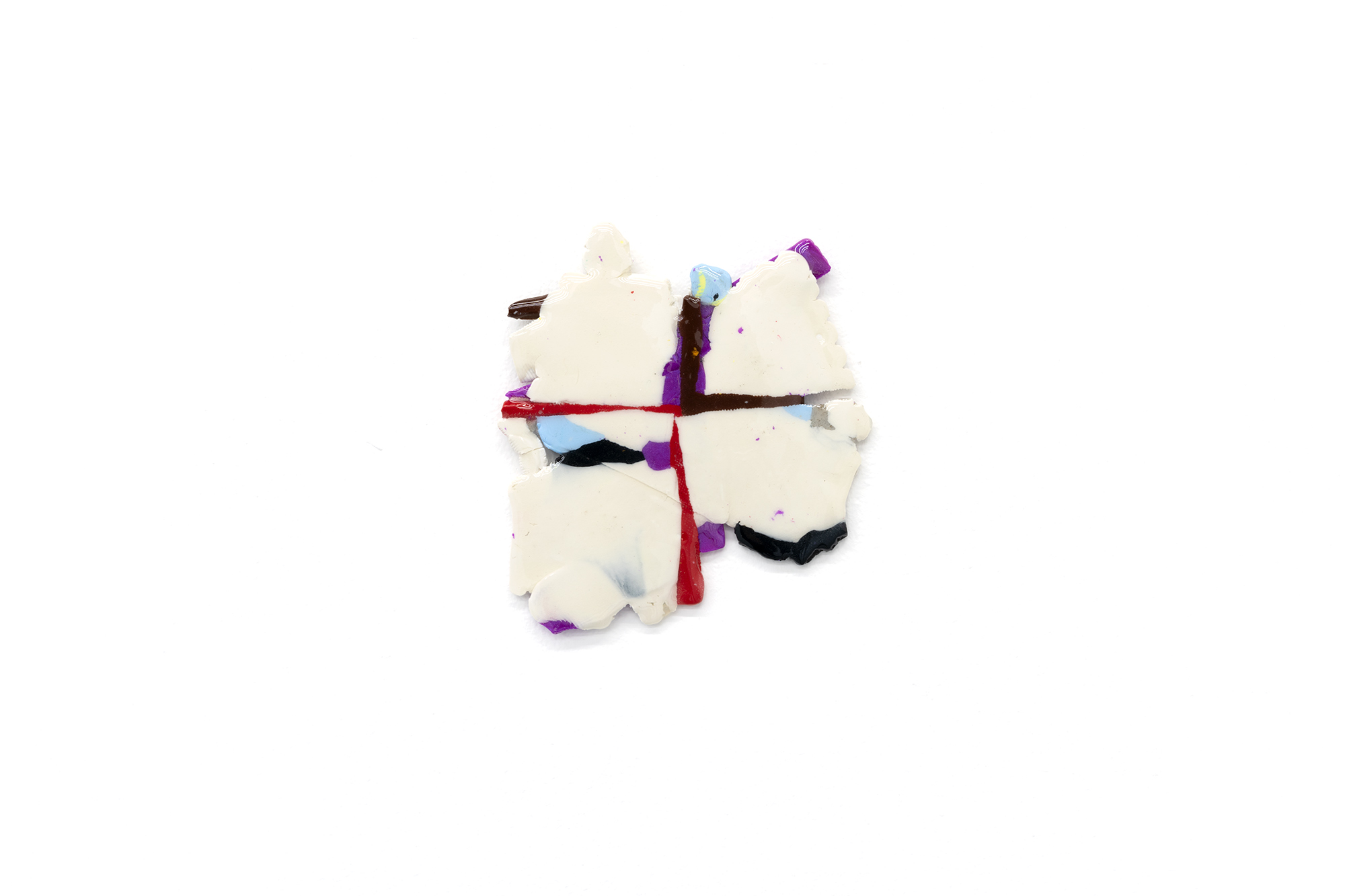

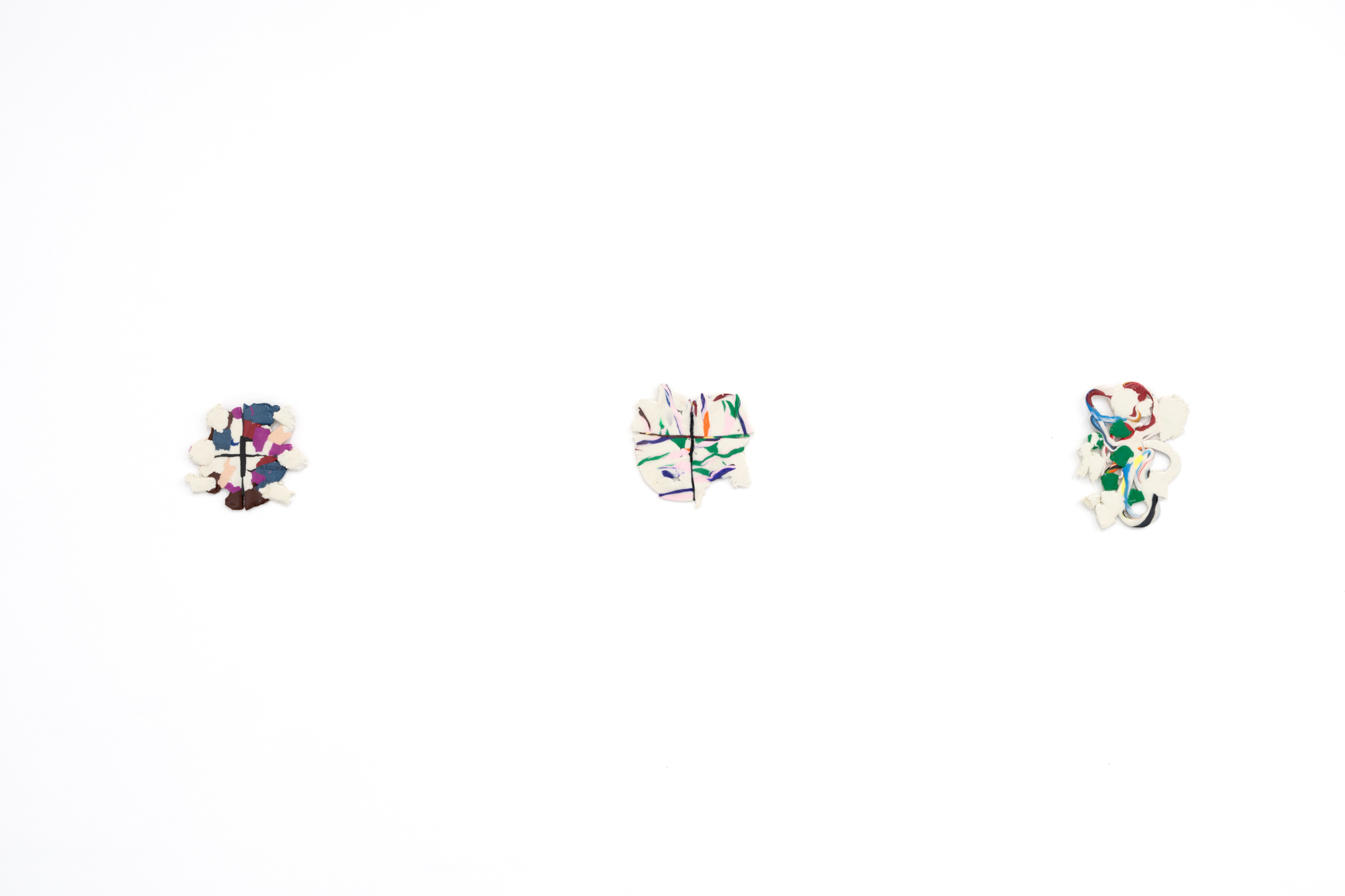
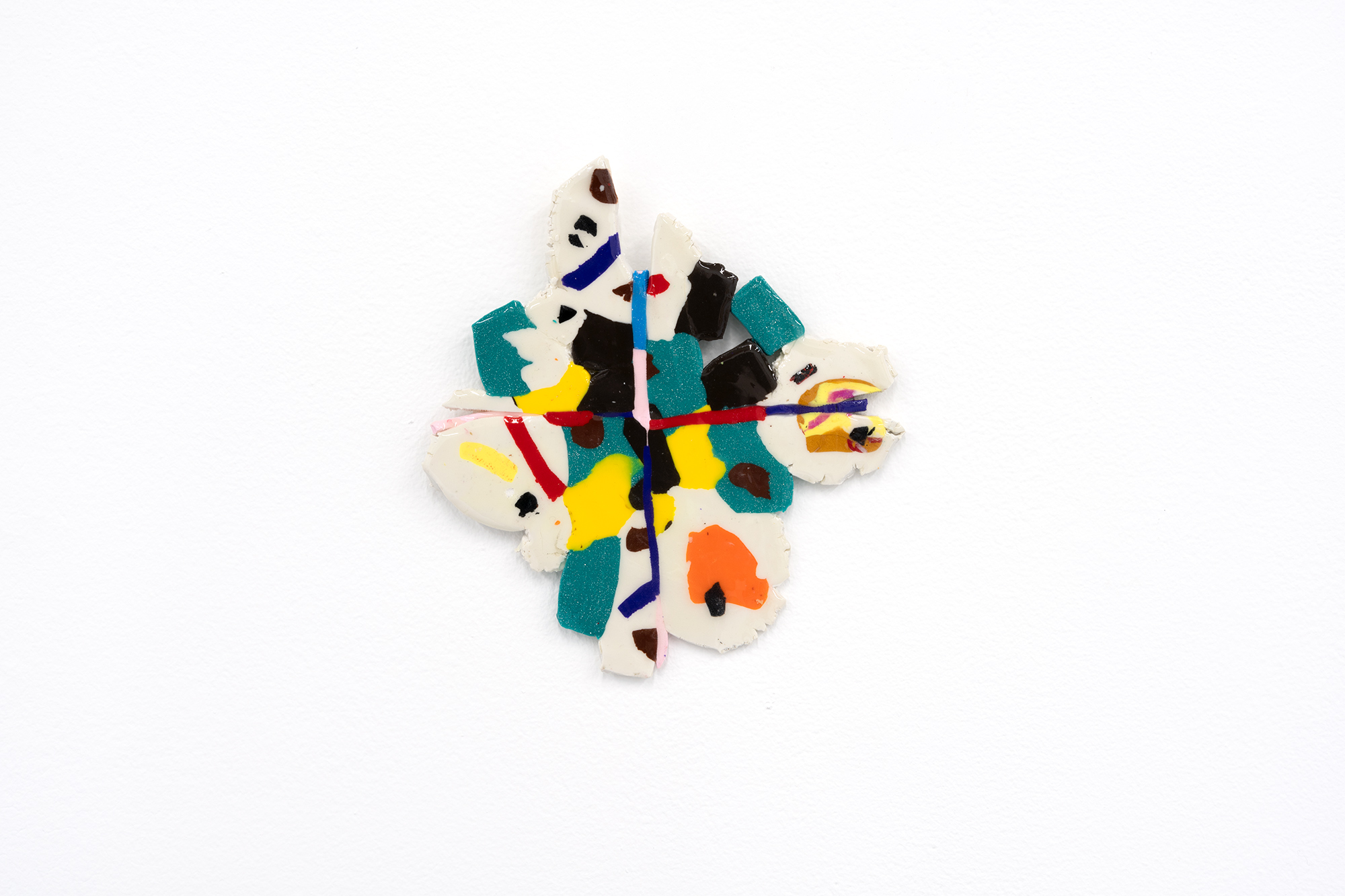

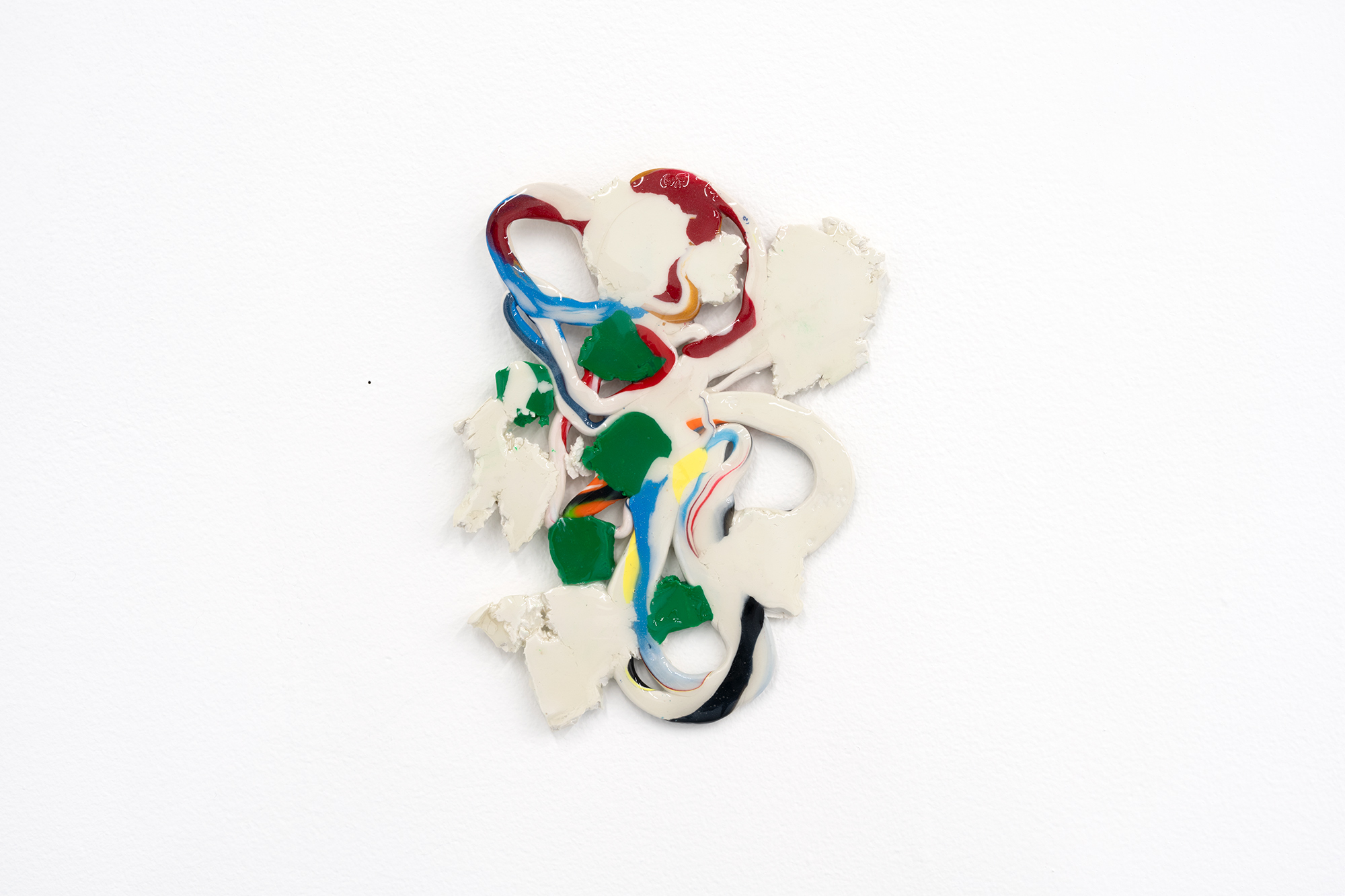

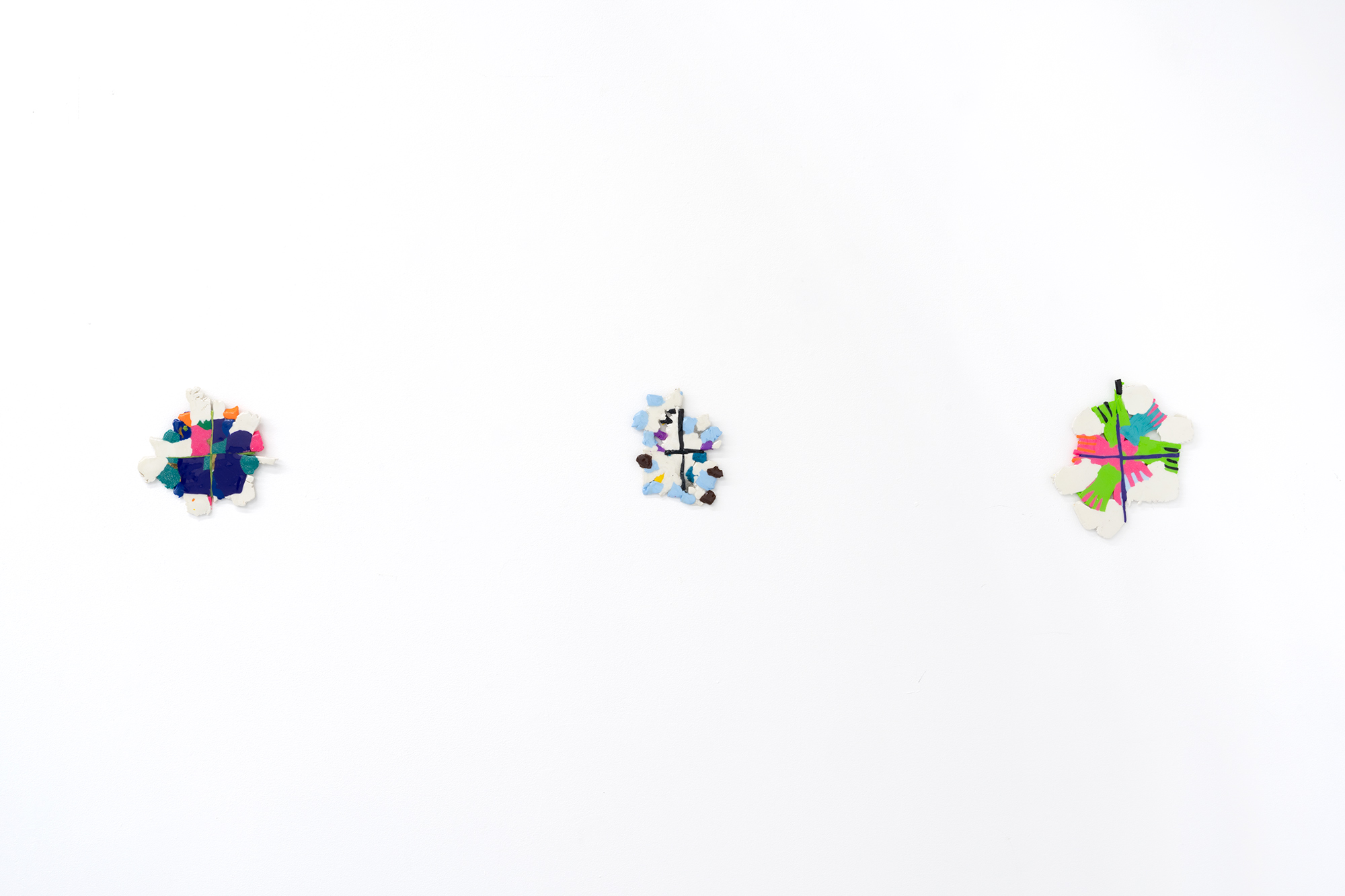

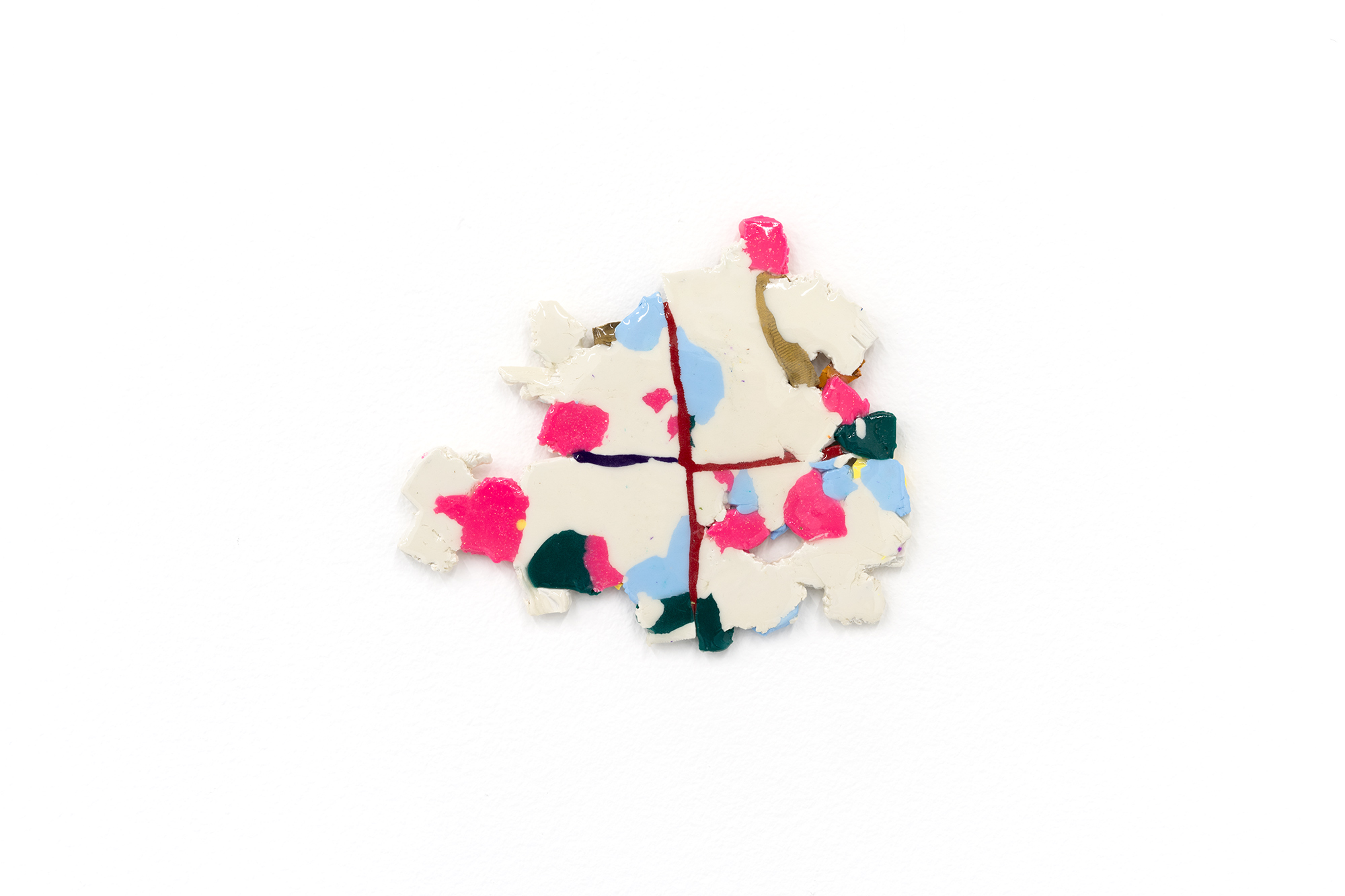
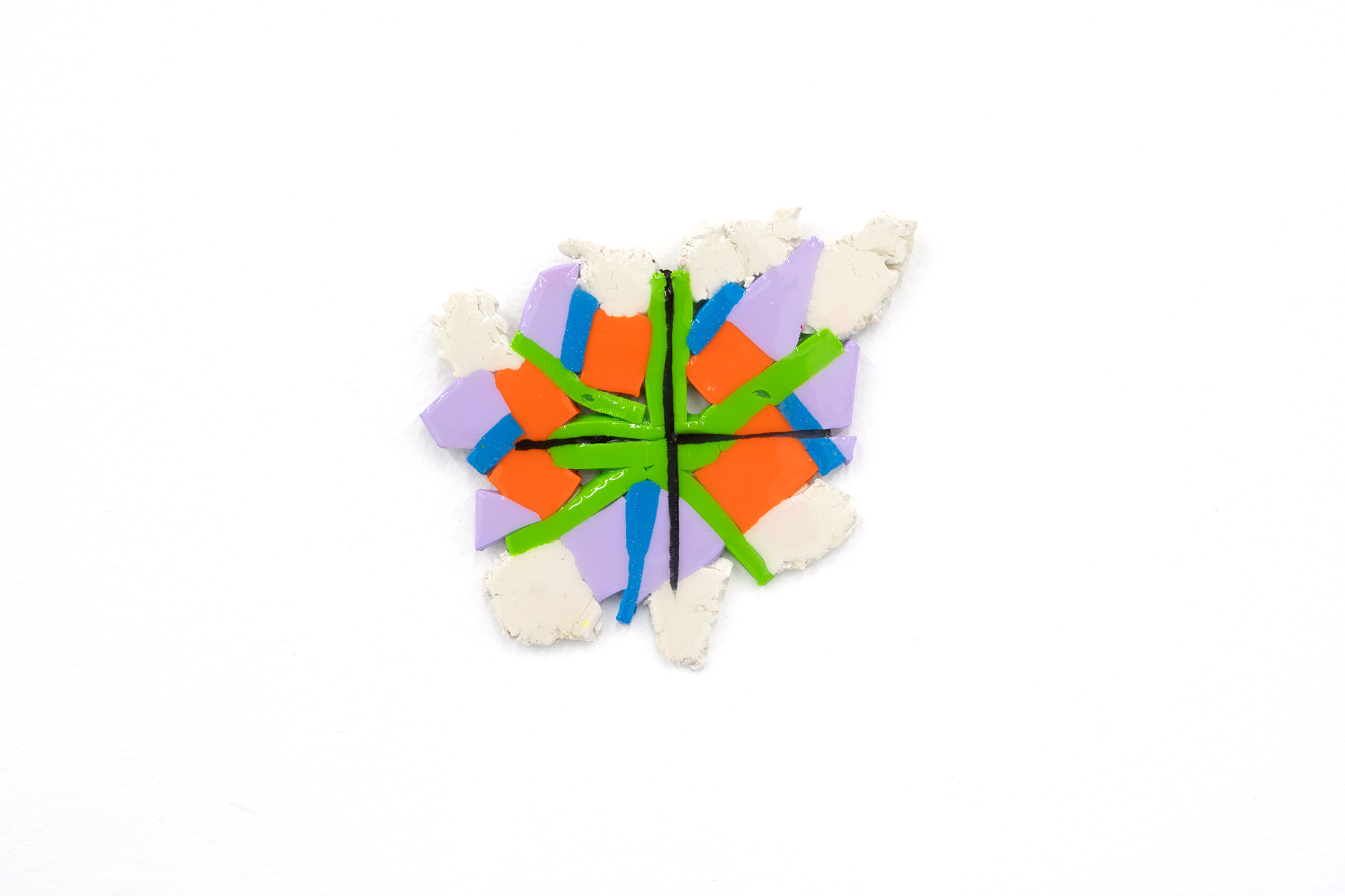
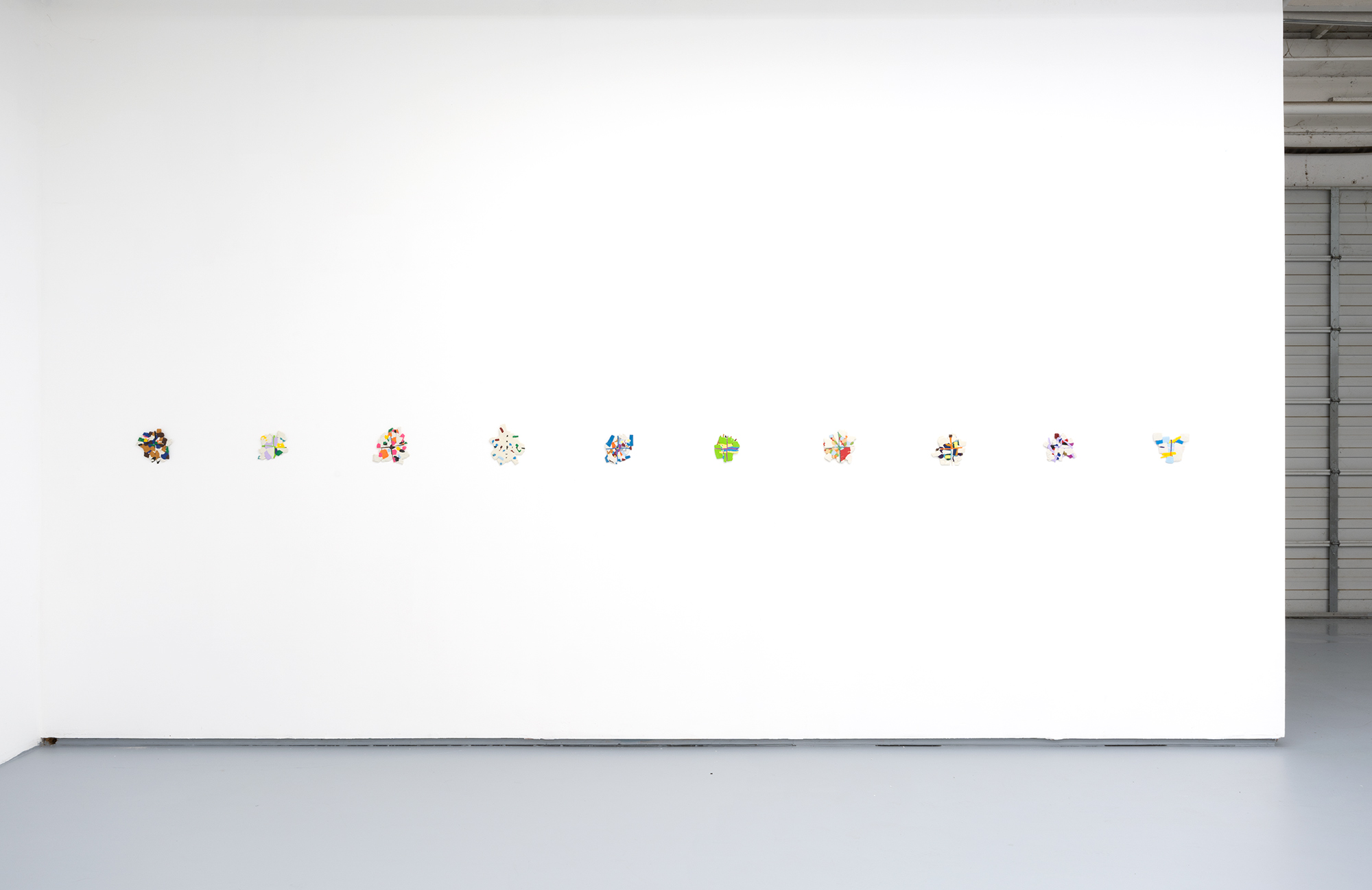


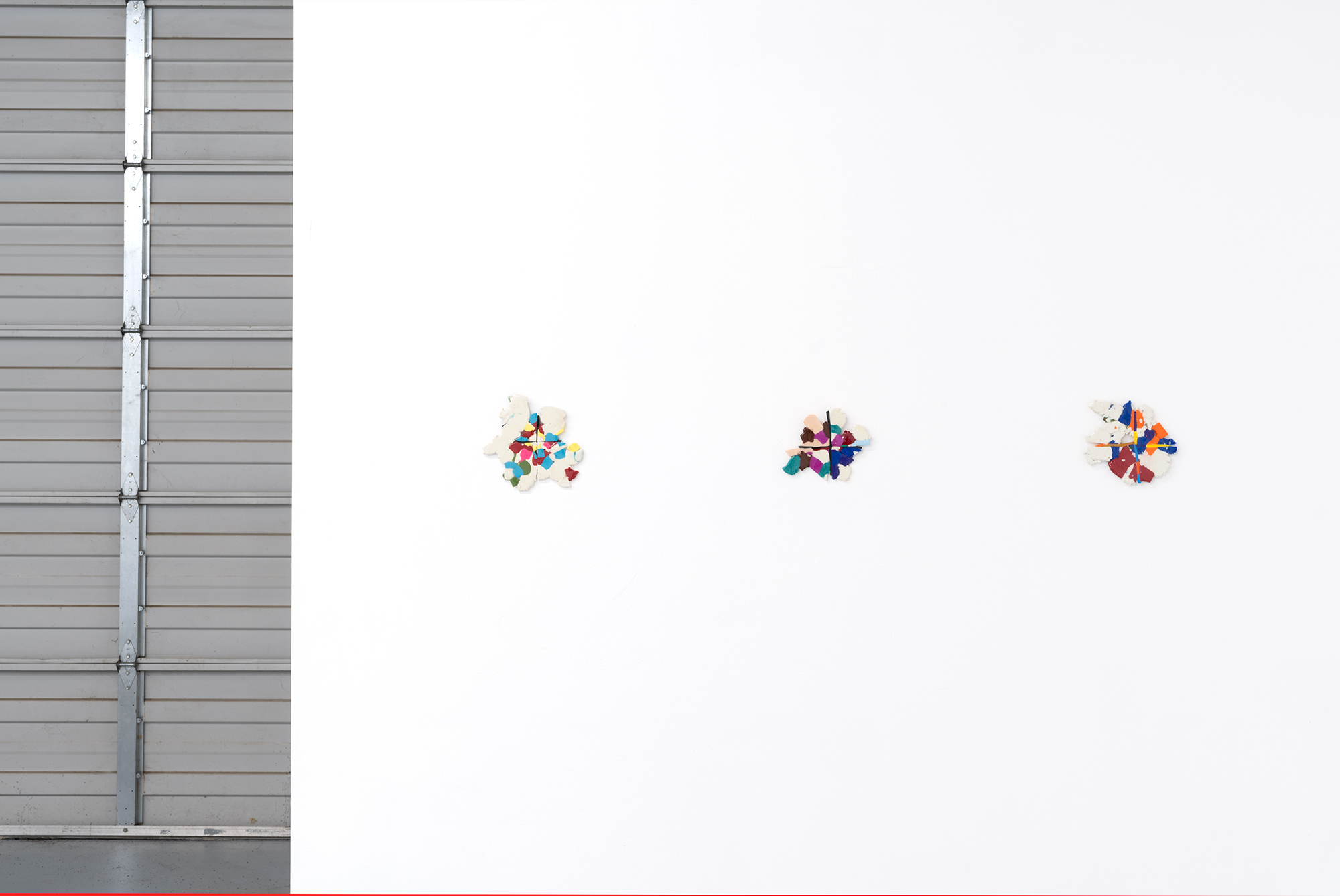
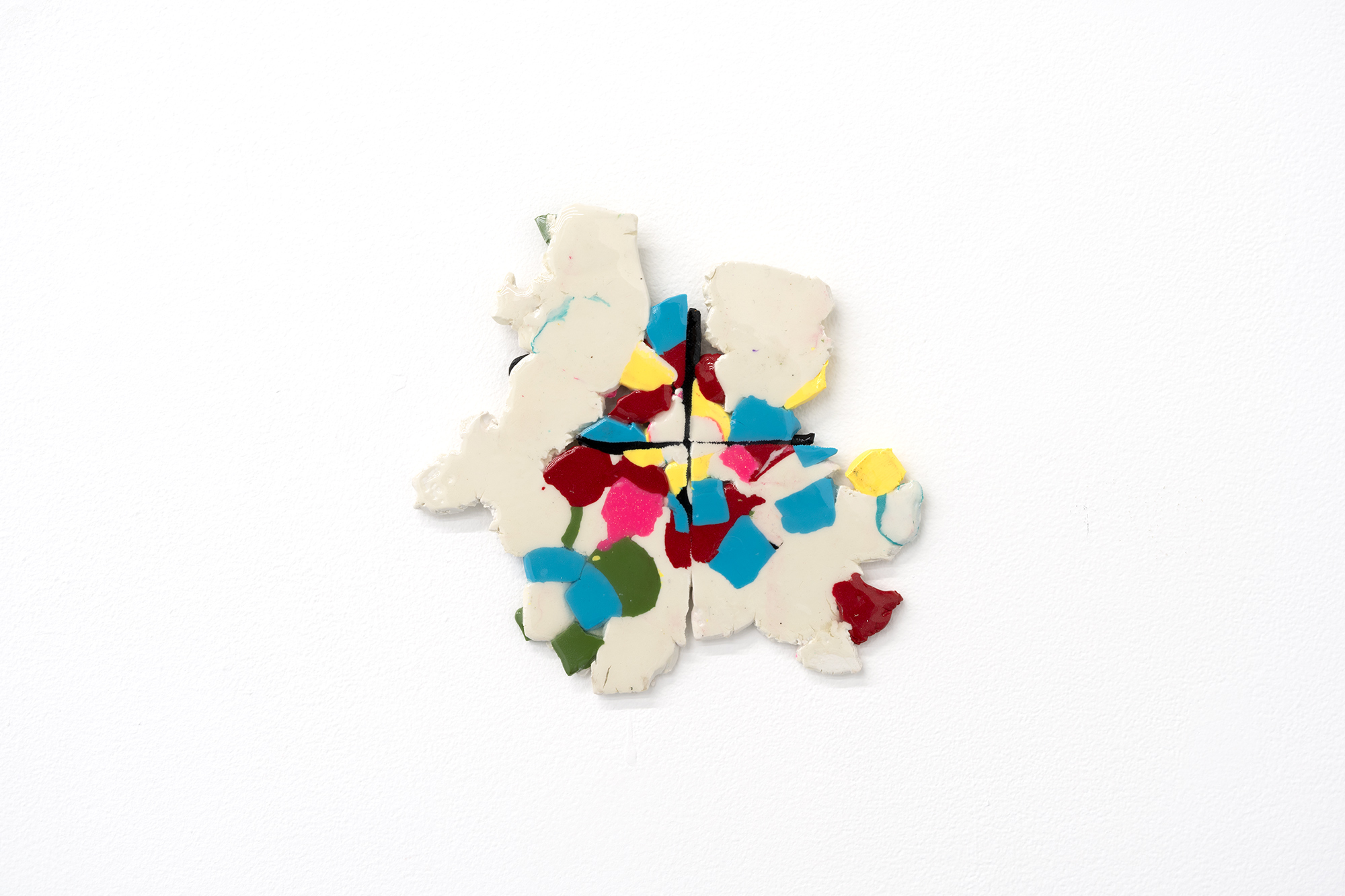





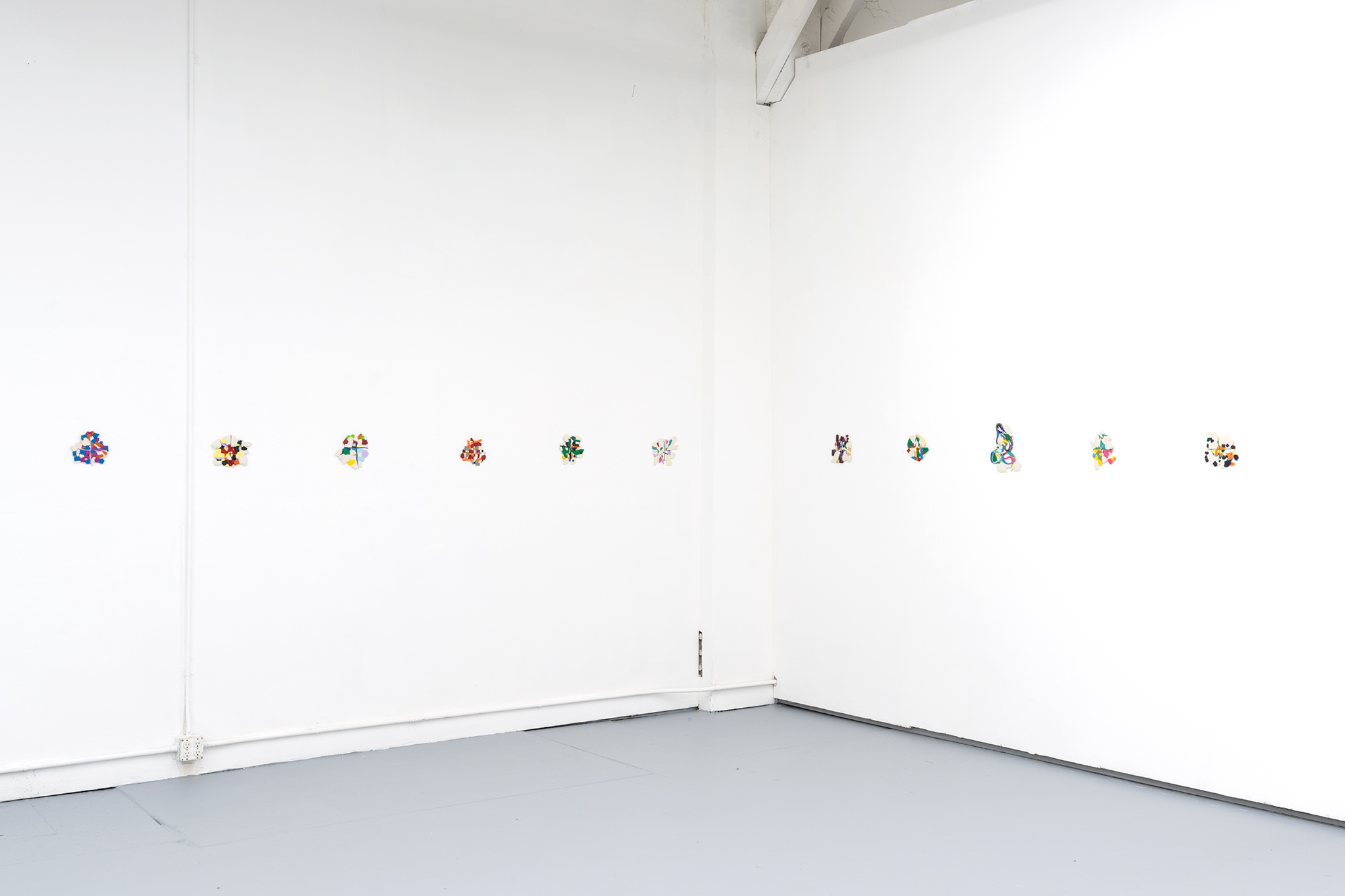
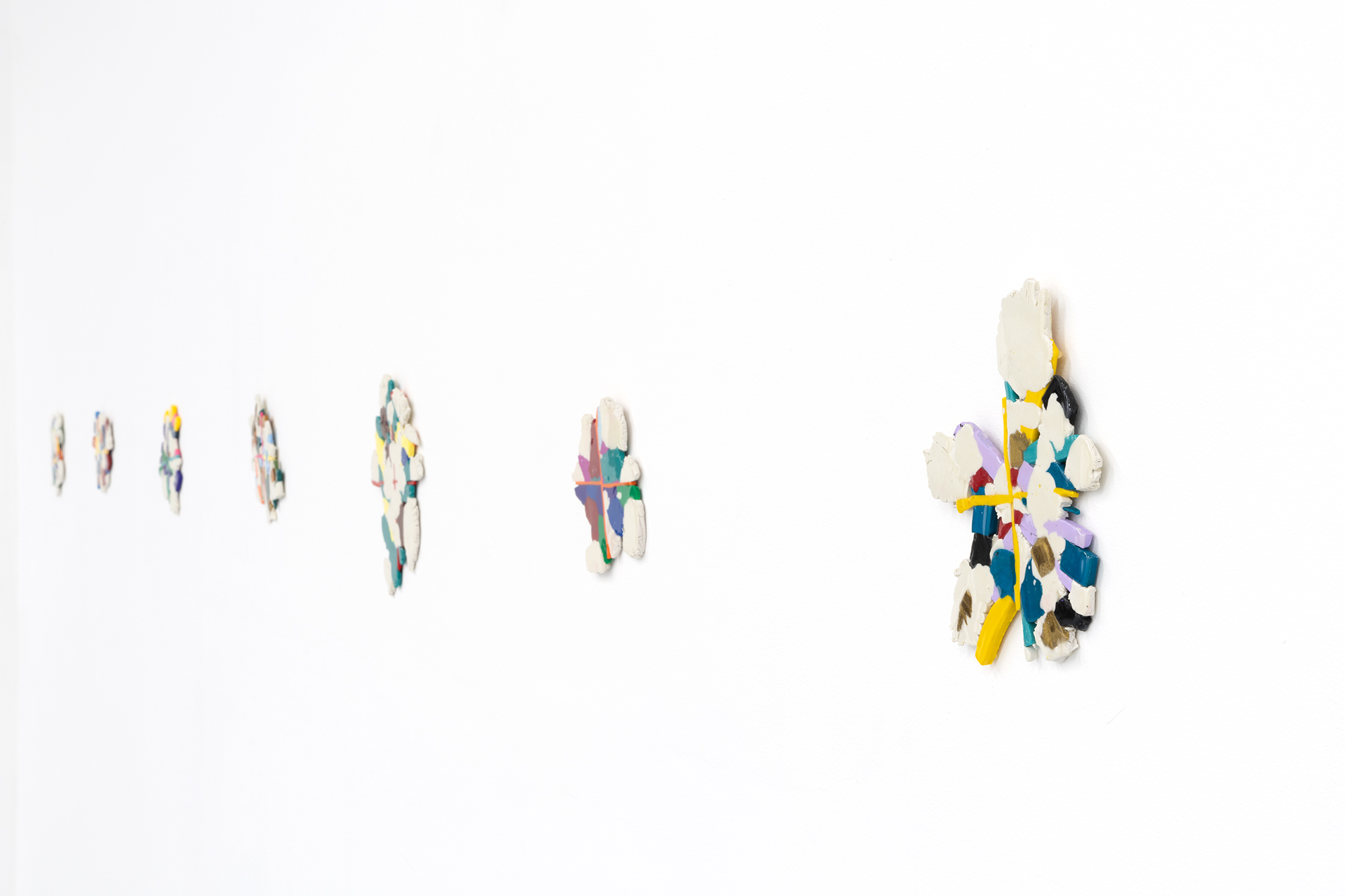
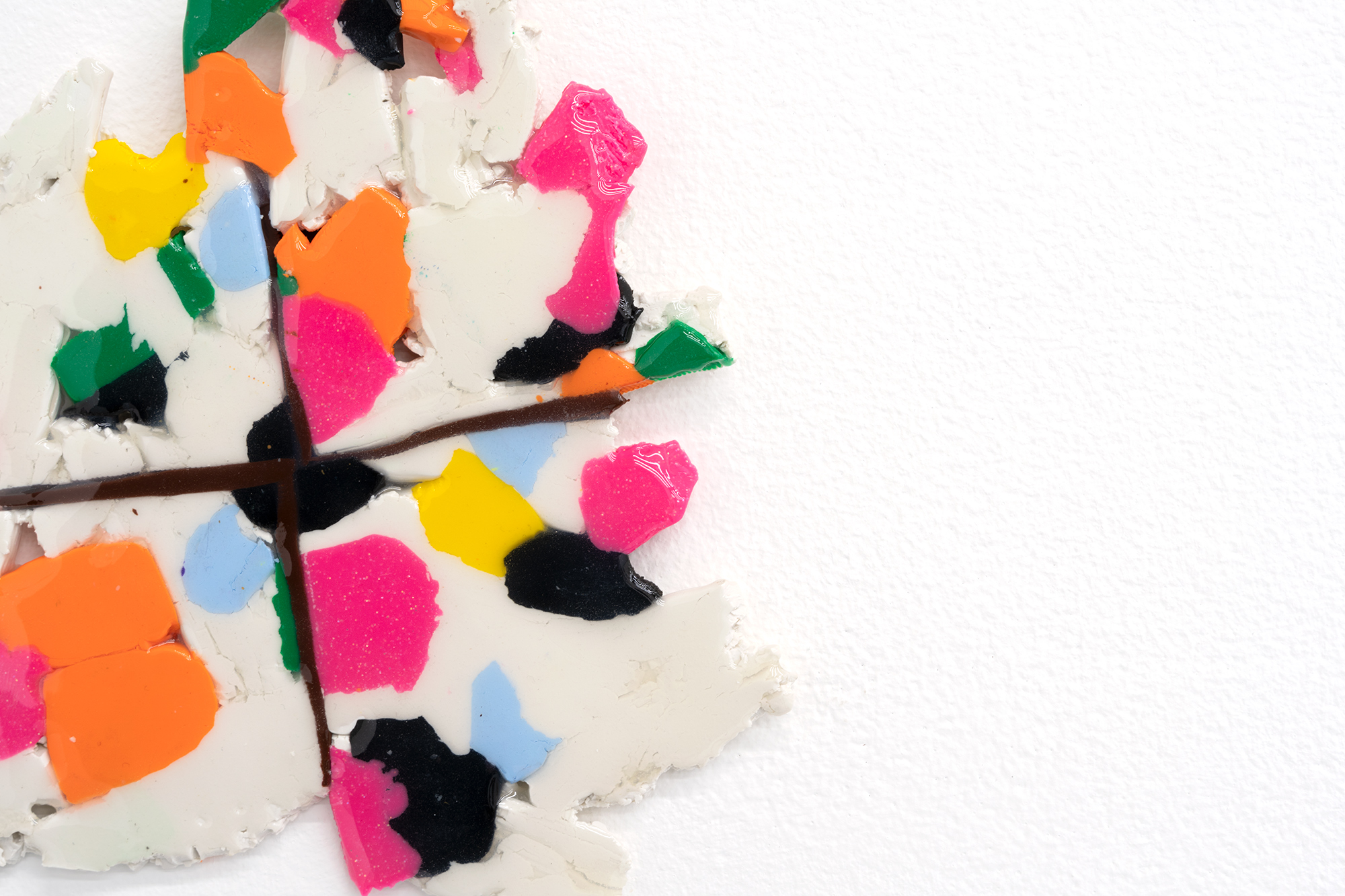
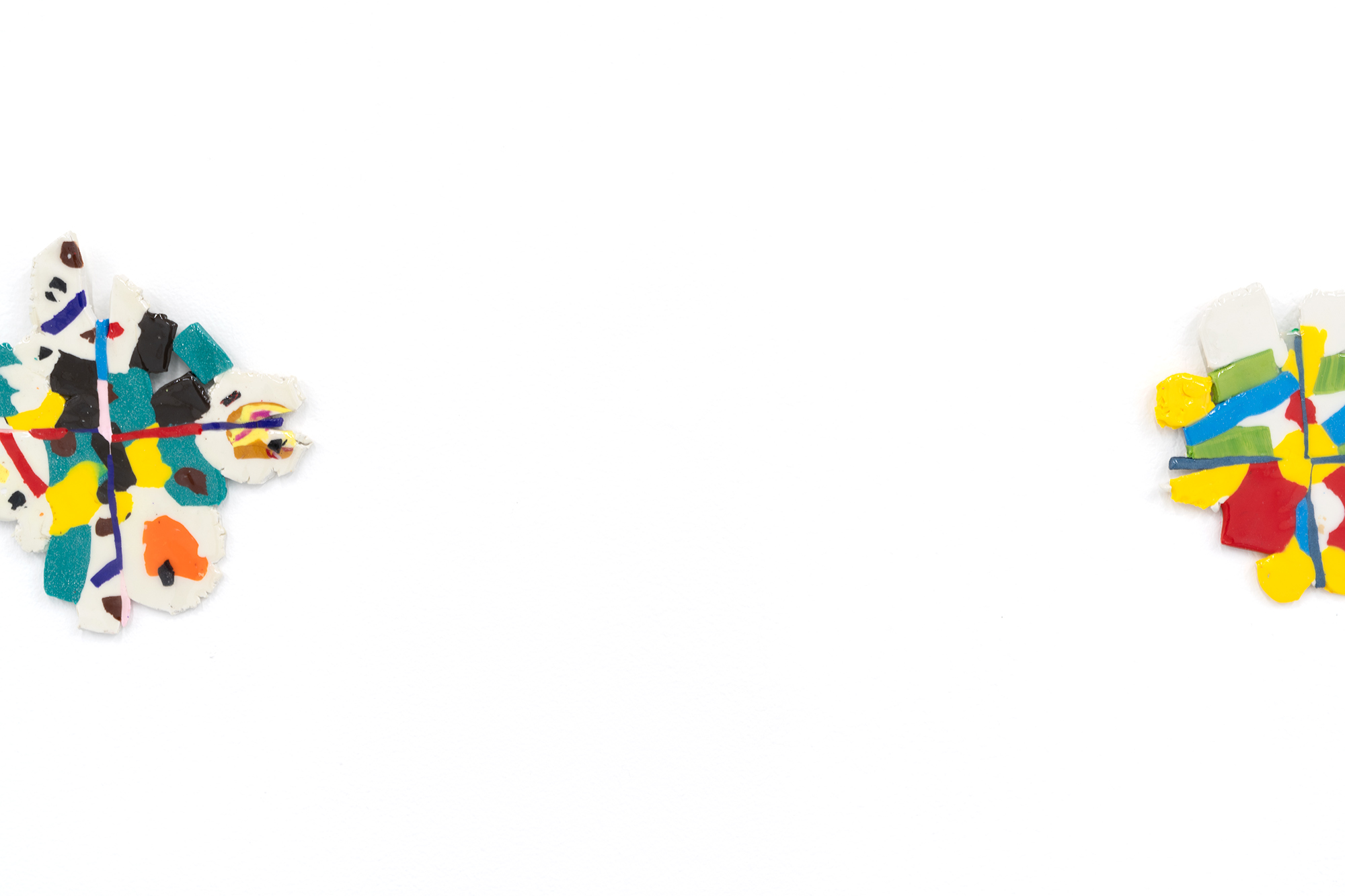
Thoughts and intents on Melodramatic Soul Crushing Saturday Morning, a solo exhibition at Ditch Projects by Sun You
I have been thinking about size in art. Often in galleries and exhibition spaces, size holds significance. To establish oneself as a serious artist, it sometimes seems necessary to create large-scale, expensively fabricated works. Many galleries now boast museum-sized spaces, with attendant expectations of large scale objects. Even art not intended for sale, such as installation art, often seeks to command and fill vast expanses.
In my work, I prioritize flexibility and lightness. My work does not demand fixed production sites; it can be easily packed and spontaneously created within the spaces and materials at hand. I produce art that accommodates life, avoiding excess size. I aim for a modest sublime without extreme transformation.
For this exhibition, Melodramatic Soul Crushing Saturday Morning, I chose to go small, dotting the gallery with small polymer clay sculptures that leave ample room for viewers to wander and explore. At first glance, the exhibition may appear almost empty, but this is an invitation: to look more closely, to engage with the works one on one, to have an experience that is both intimate and deliberate.
The sculptures are the result of simple manipulations: clay is pulled, cut, scattered, flattened with a rolling pin, re-cut, and rearranged into new forms, all using familiar domestic tools like a cake knife and Parchment paper. These sculptures are then baked in batches in my home oven.
Bio
Sun You is a Seoul born, New York based artist. You has exhibited her work in galleries and museums internationally. Selected exhibition venues include Geary, New York, The Pit, Los Angelis, Korean Cultural Center, New York, Queens Museum, New York, The Hangaram Art Museum, Seoul, the Pennsylvania Academy of the Fine Arts, Philadelphia, Scotty Enterprise, Berlin, Virginia Commonwealth University, Richmond, and The Suburban, Chicago.
You was an artist in residence at Hunter College, Ace Hotel, Marble House Project, Atlantic Center for the Arts, Triangle Arts Association, Künstlerhaus Schloss Balmoral and the Sharpe and Walentas Studio Program. She is one of three recipients of the Korean Art Foundation, AHL Contemporary Visual Art Award 2022.
You’s work has been featured in many publications including Artforum, The Brooklyn Rail, BOMB Magazine, Hyperallergic, Korea Times, Modern Painters and Widewalls.
You’s artist book, ‘please enjoy!’ was published by Small Editions and acquired by the Whitney Museum Library, The Metropolitan Museum of Art, the School of the Art Institute of Chicago, Yale University and New York Public Library. You's first public art project with New York City is scheduled to be unveiled in the Bronx in 2024.
You heads President Clinton Projects, a curatorial project and co-runs a non-profit gallery, Tiger Strikes Asteroid, New York. She is also a co-founder and core-member of An/other New York, a collective of Asian and Asian American visual artists, writers and curators.
Jan 13 - Feb 11
Opening reception
Saturday, January 13th, 5-7pm
Opening reception
Saturday, January 13th, 5-7pm
&&&2
Ethan Greenbaum, David Kennedy Cutler and Sara Greenberger Rafferty
Ethan Greenbaum, David Kennedy Cutler and Sara Greenberger Rafferty
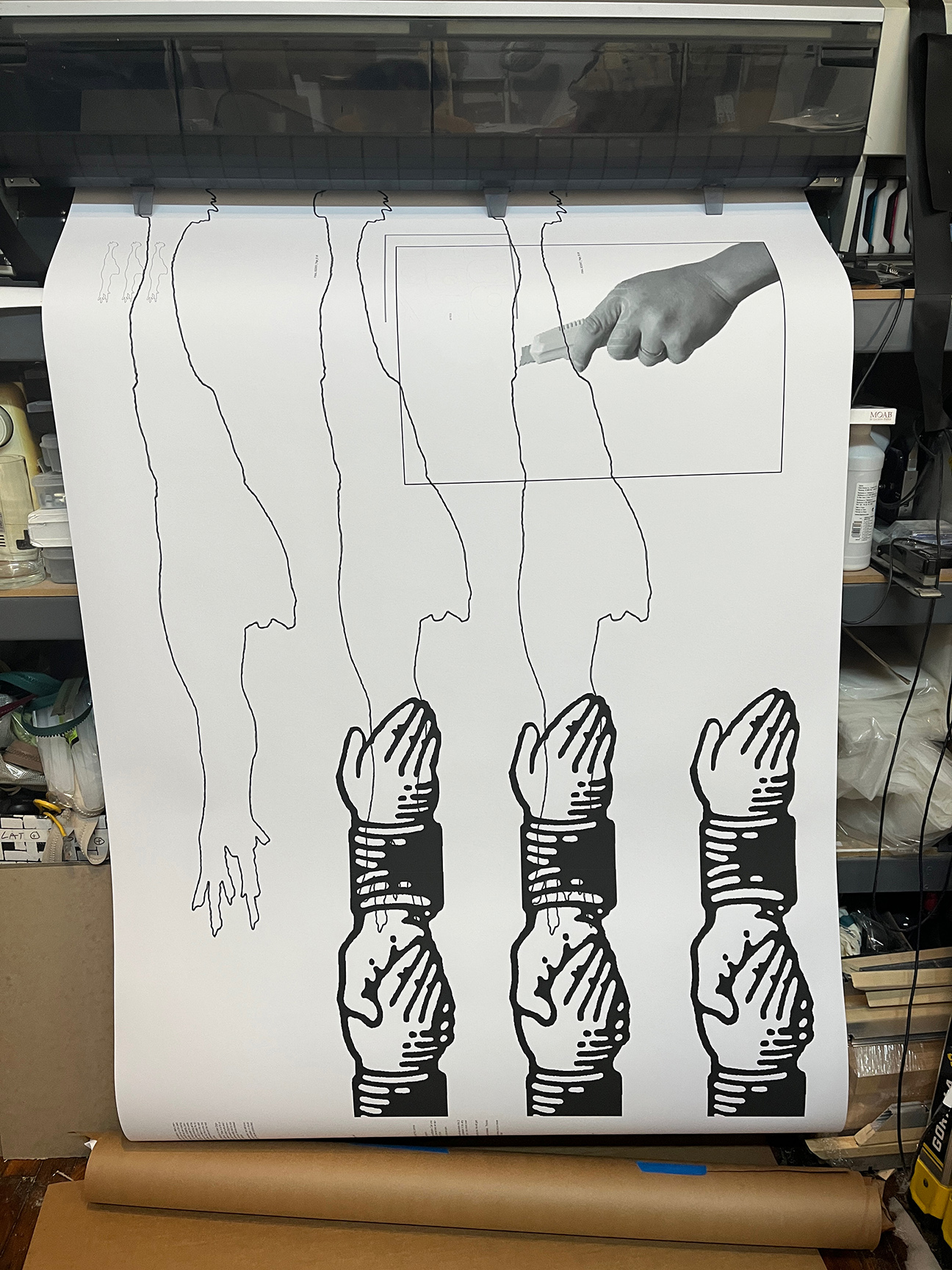
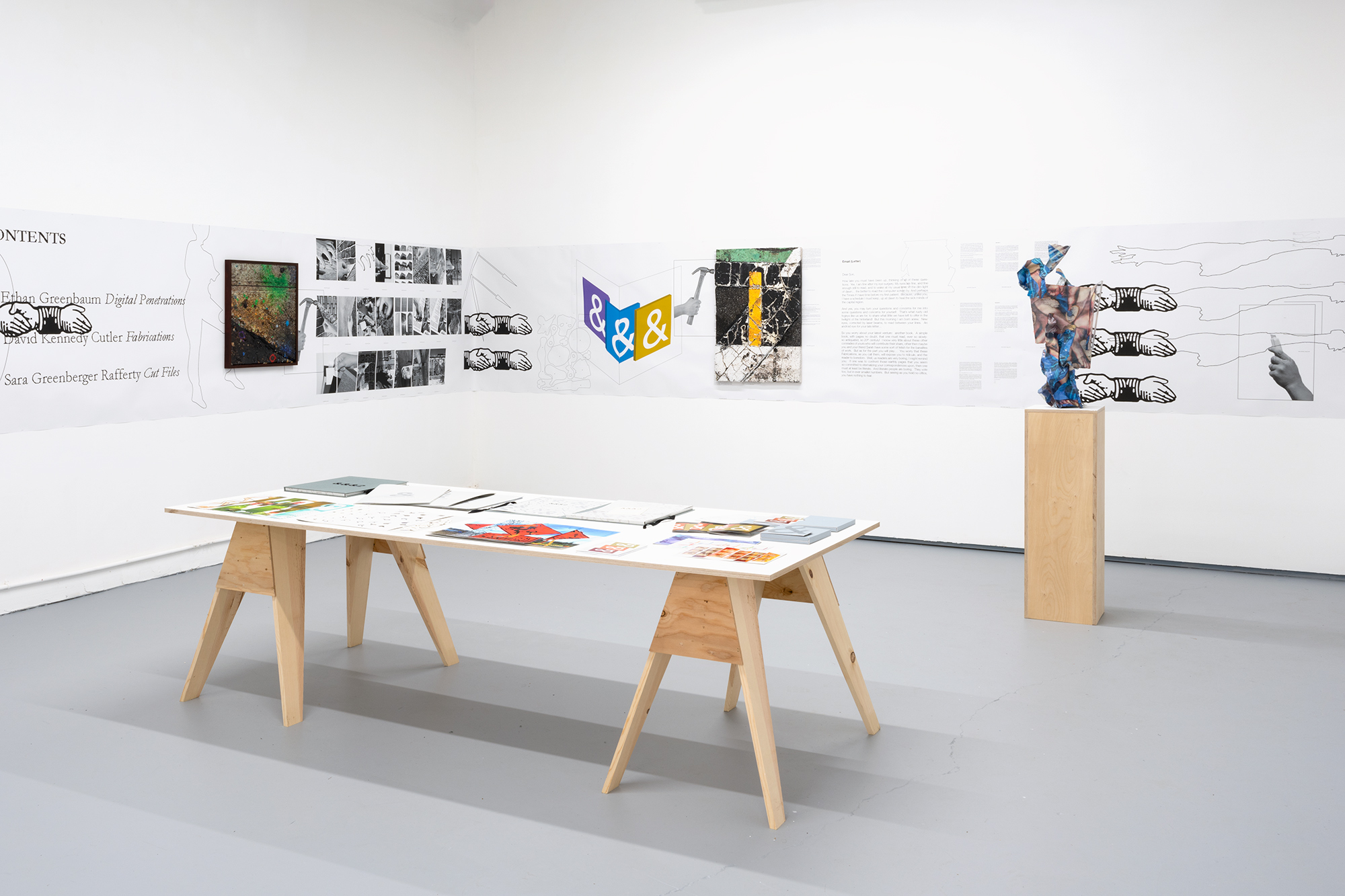
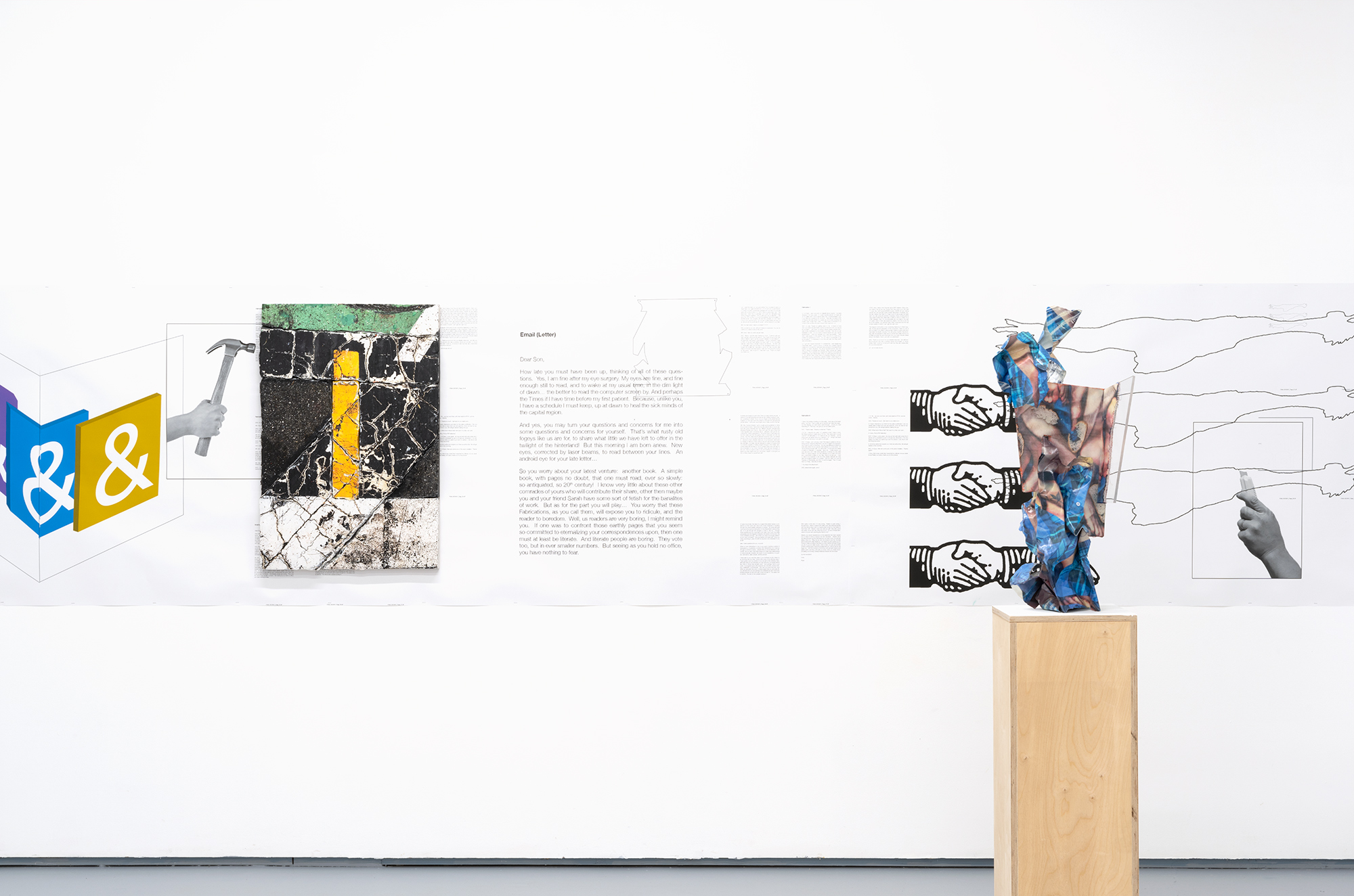

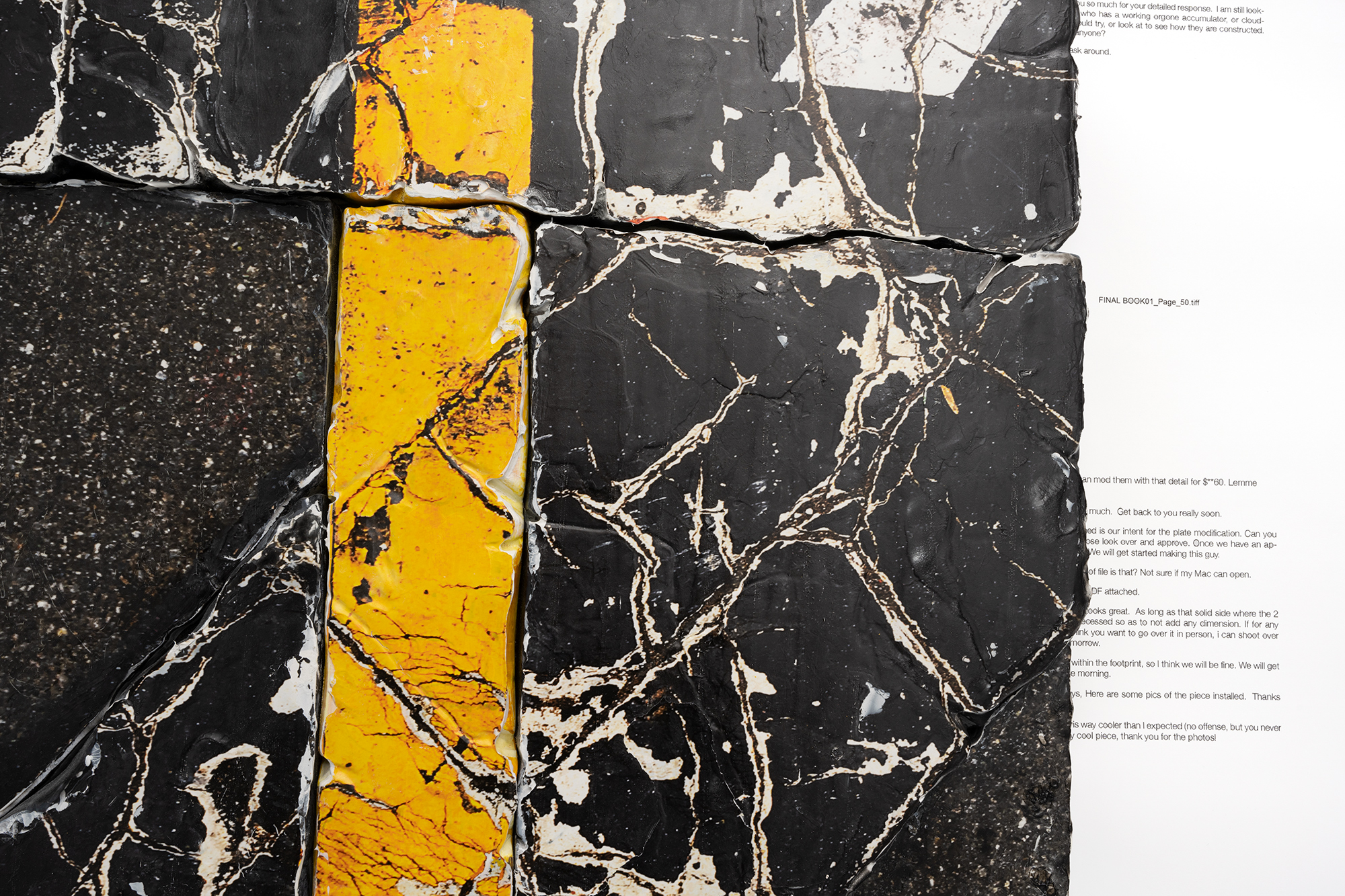
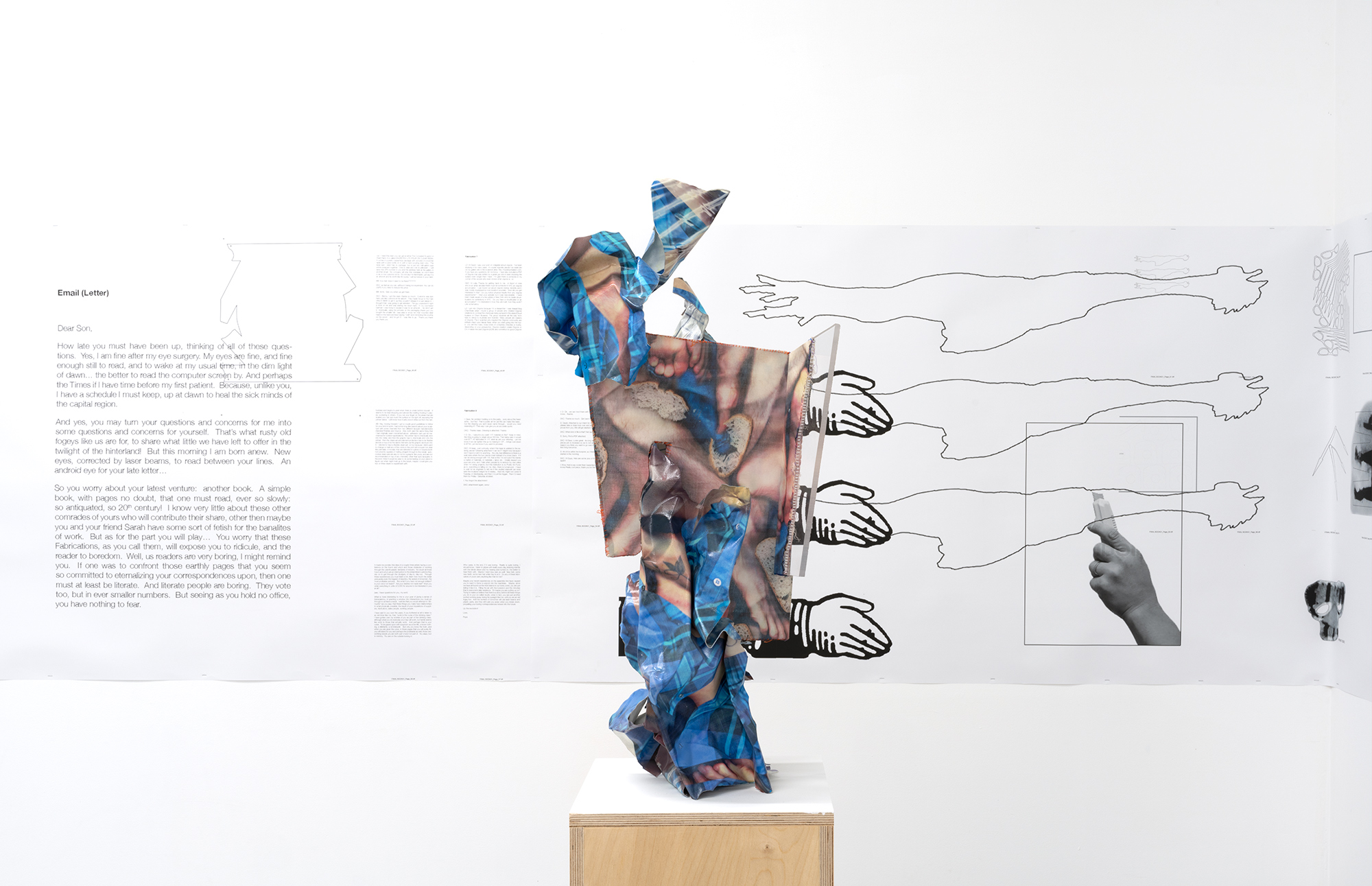
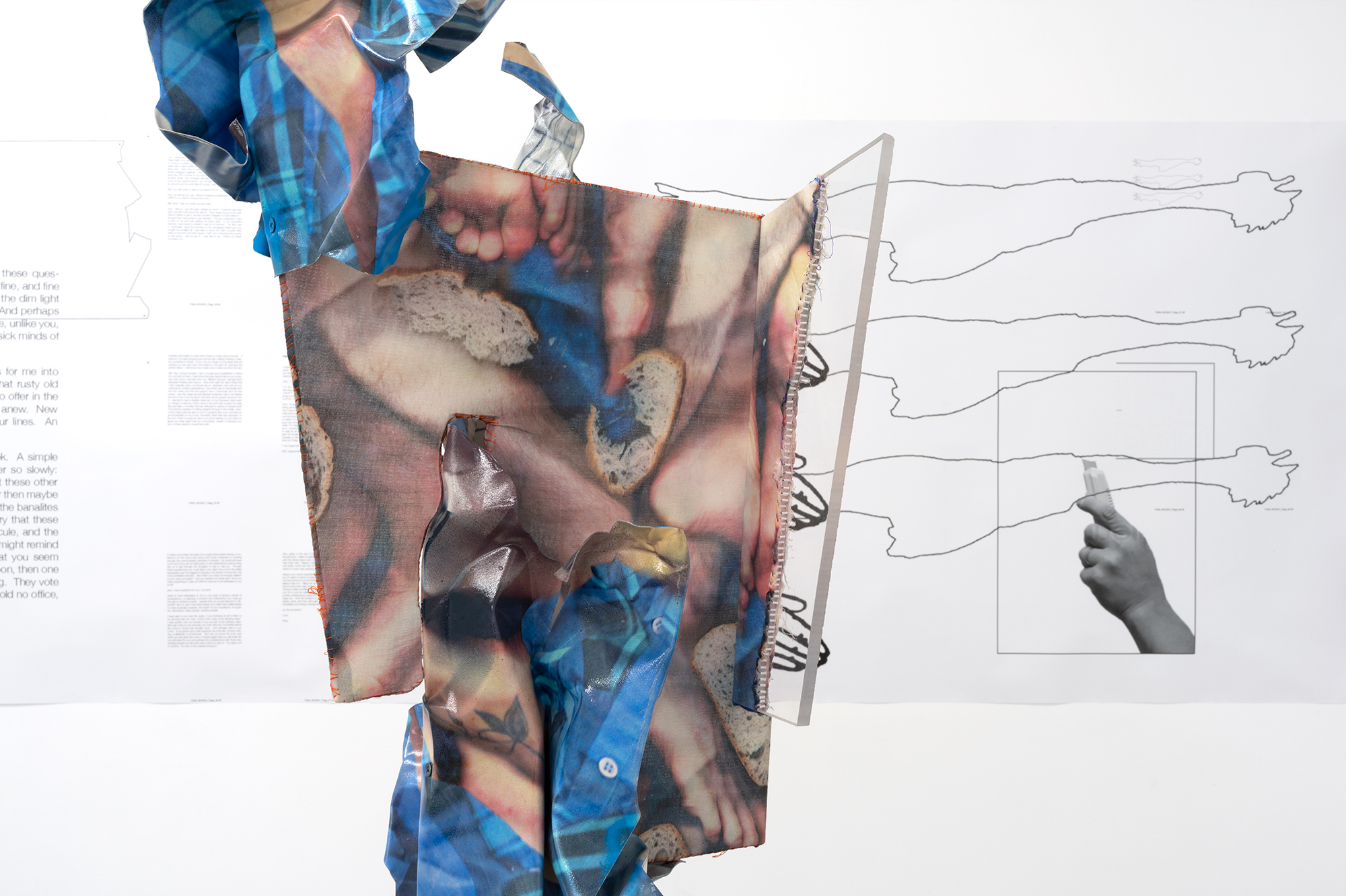
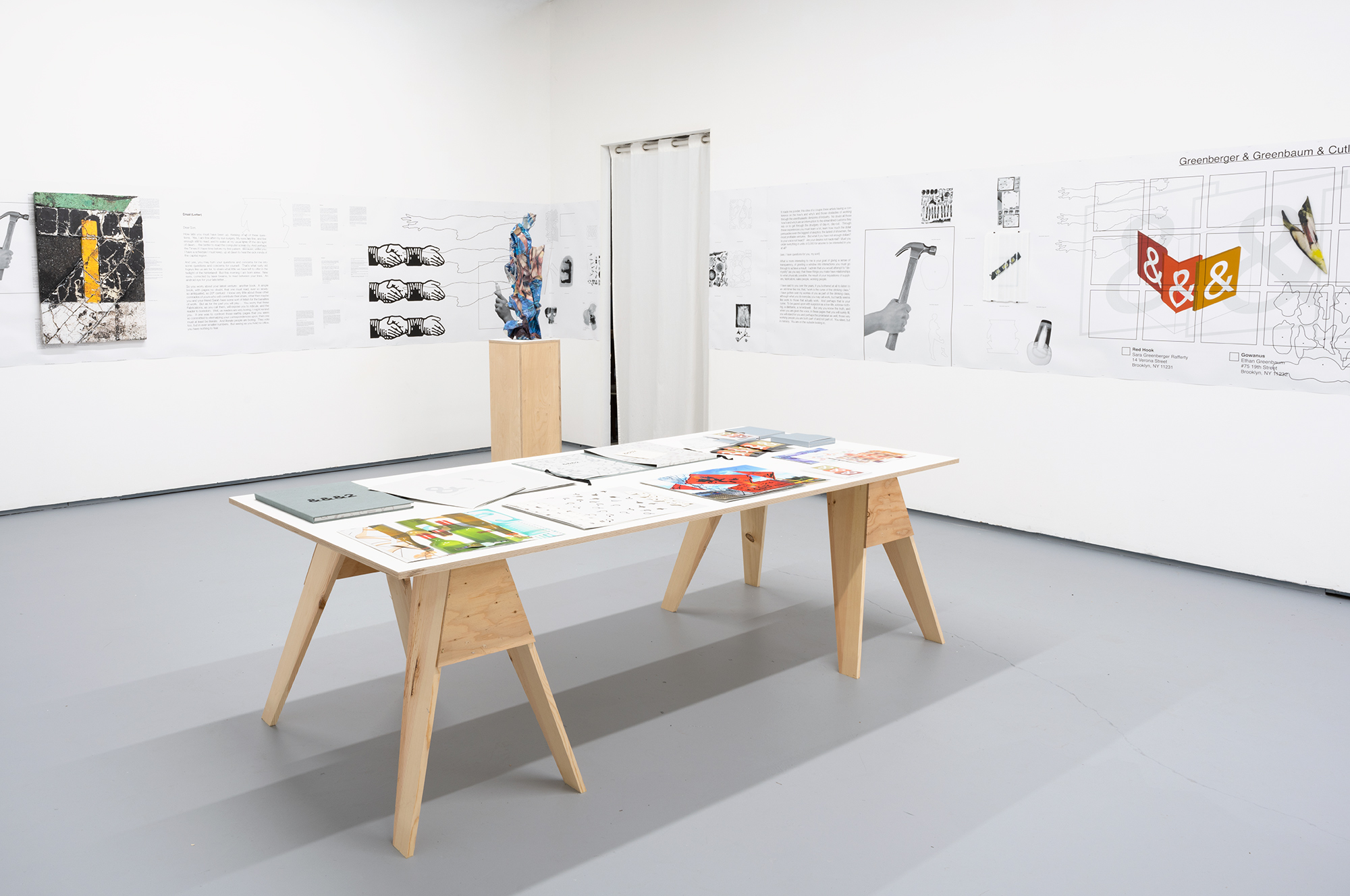
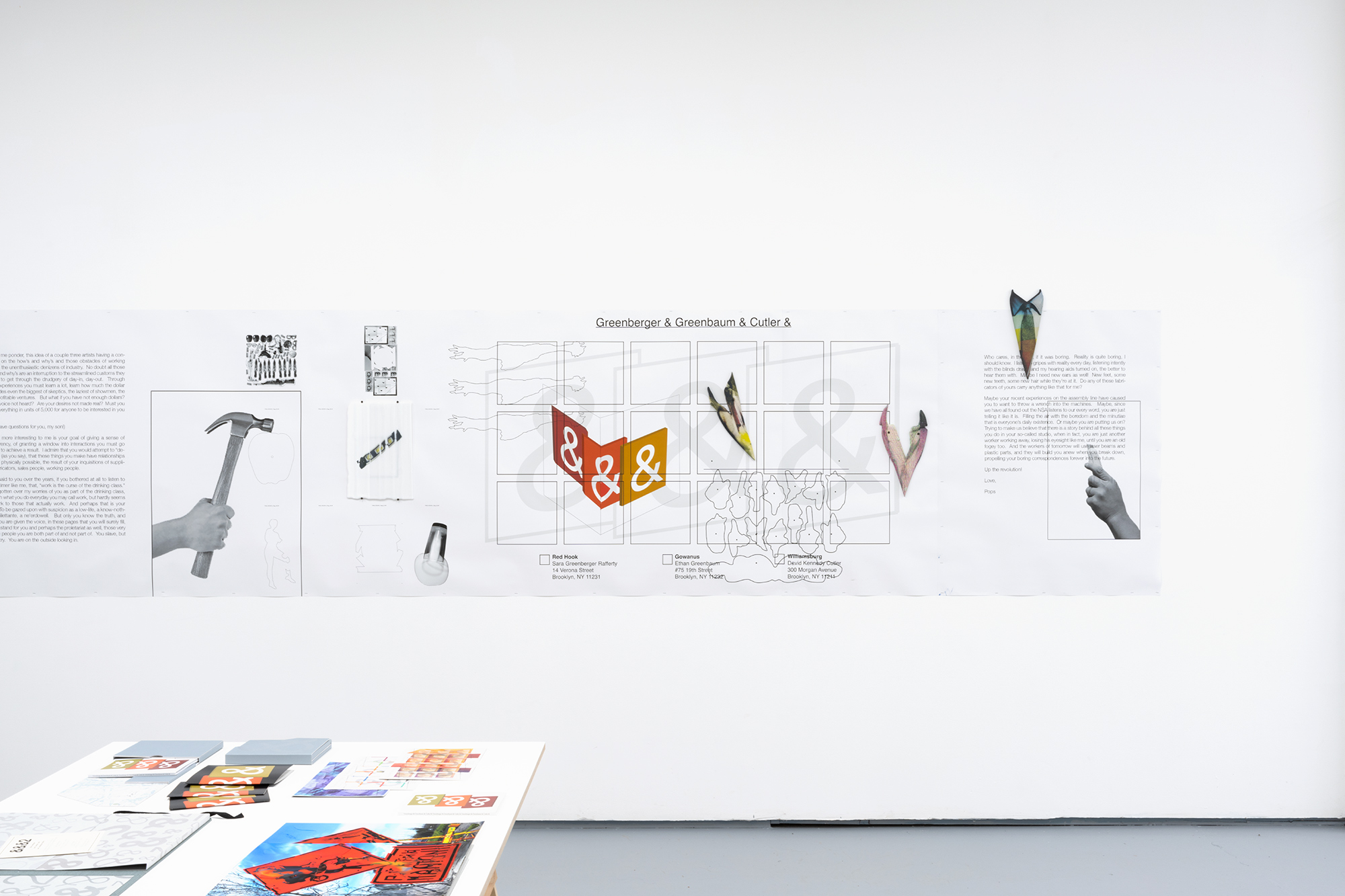
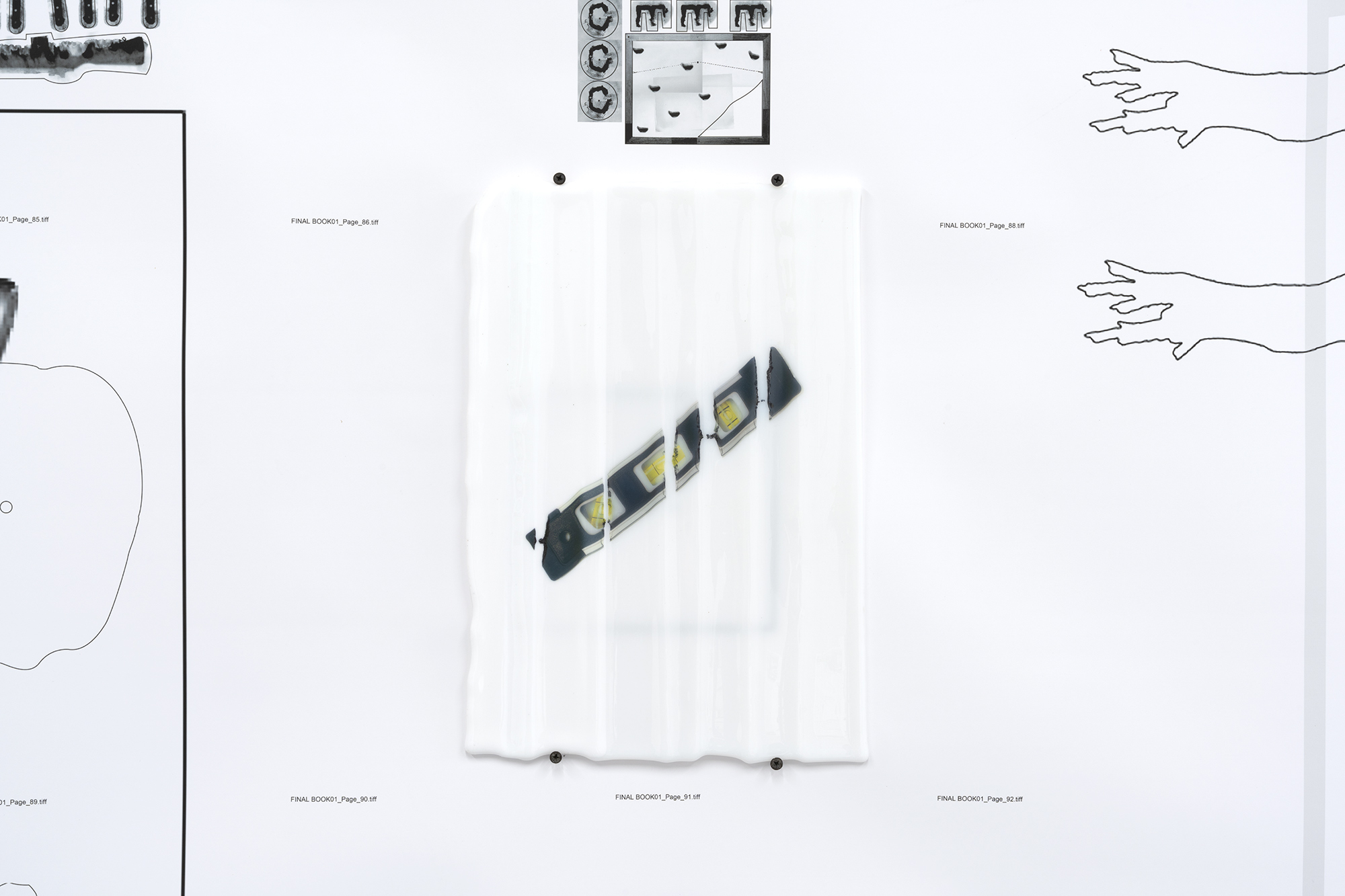
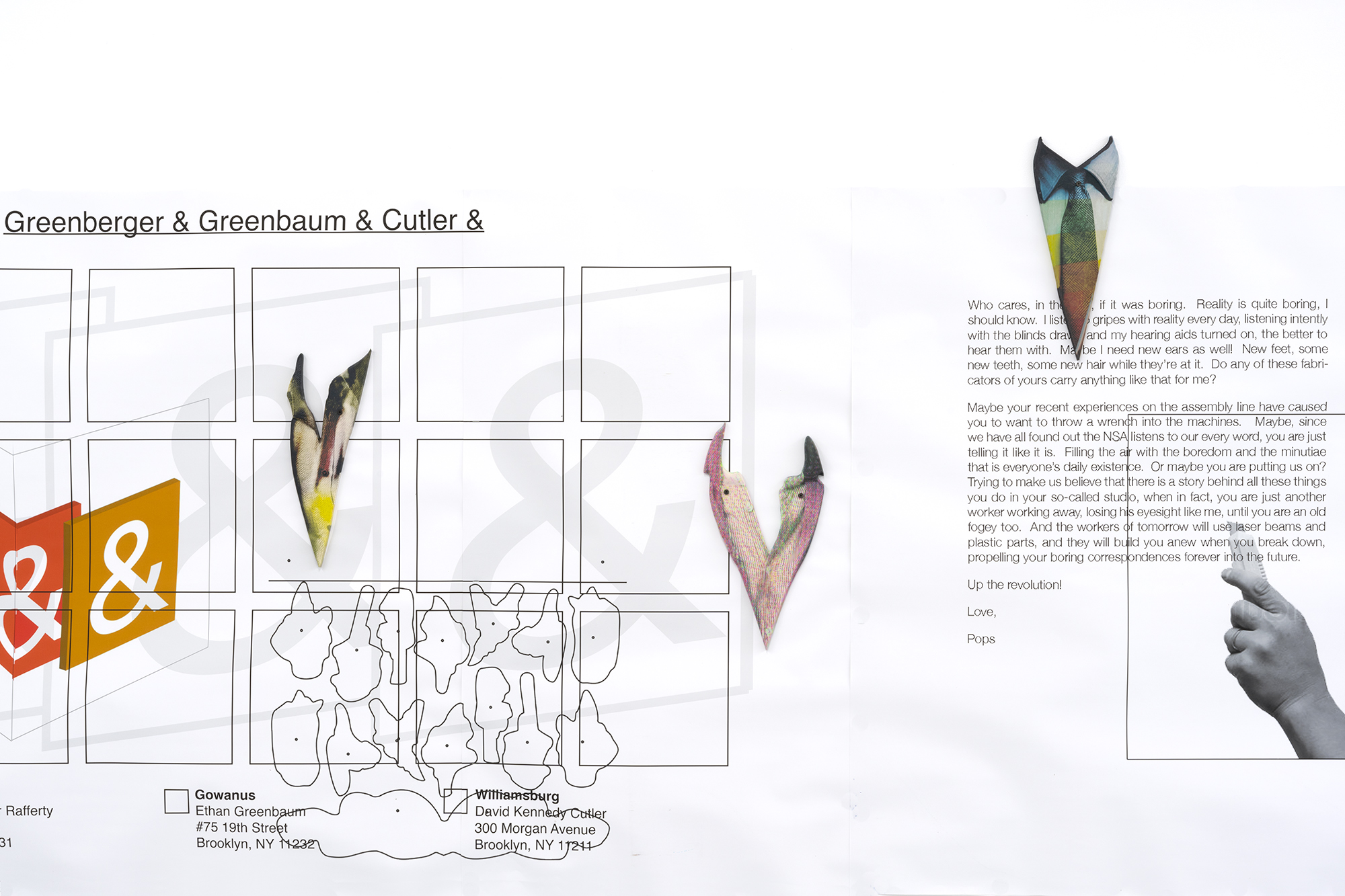

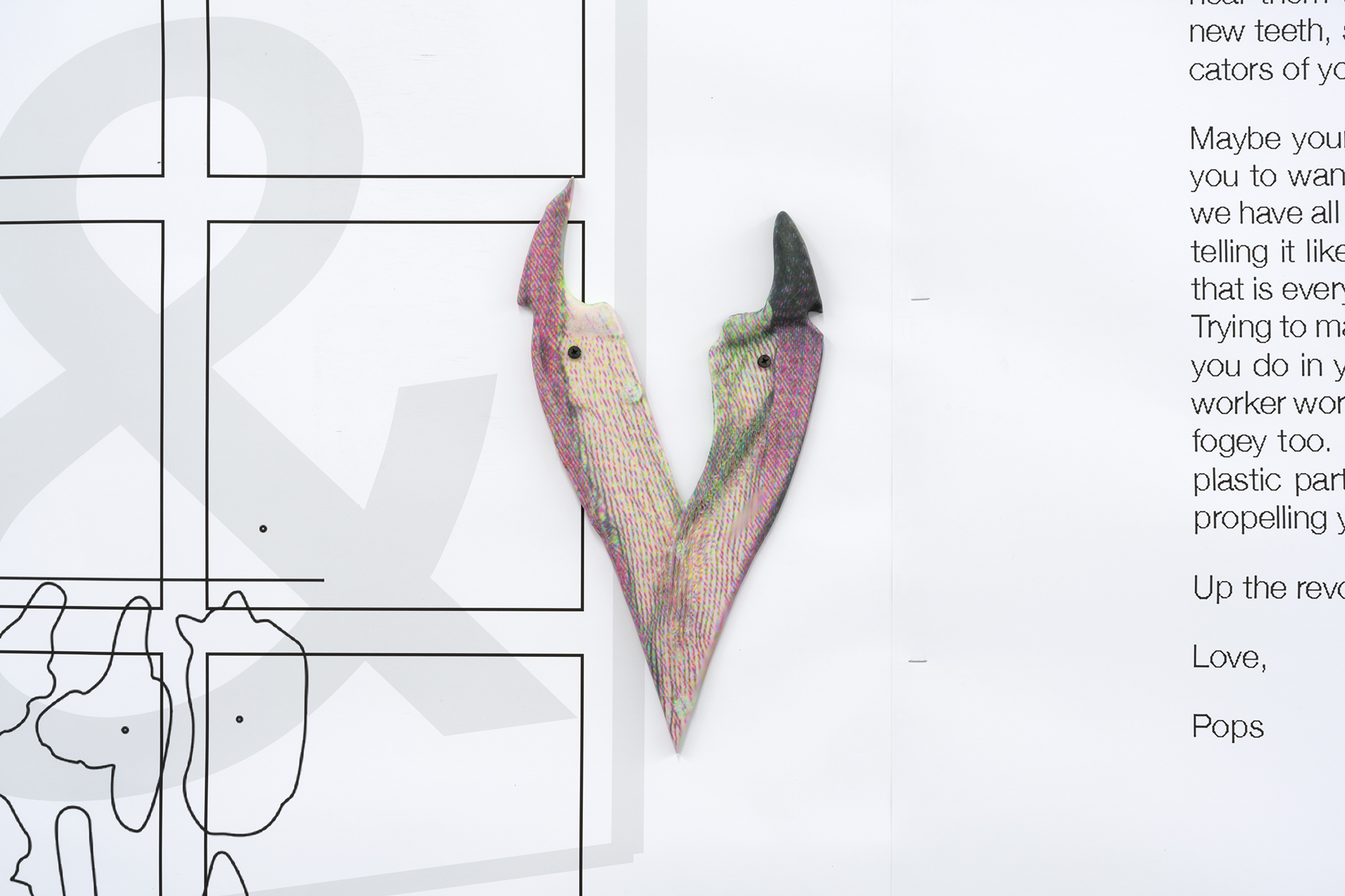
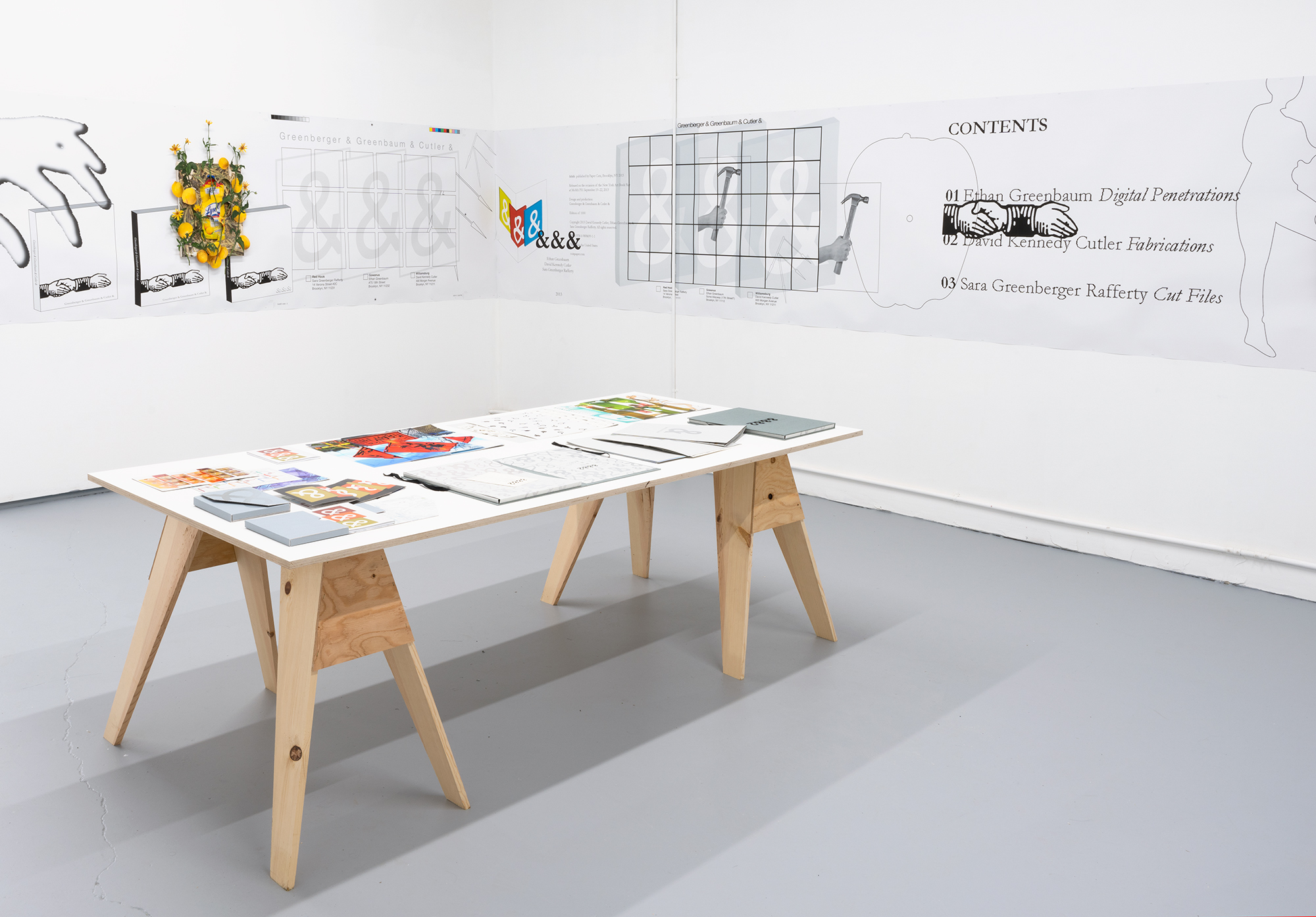
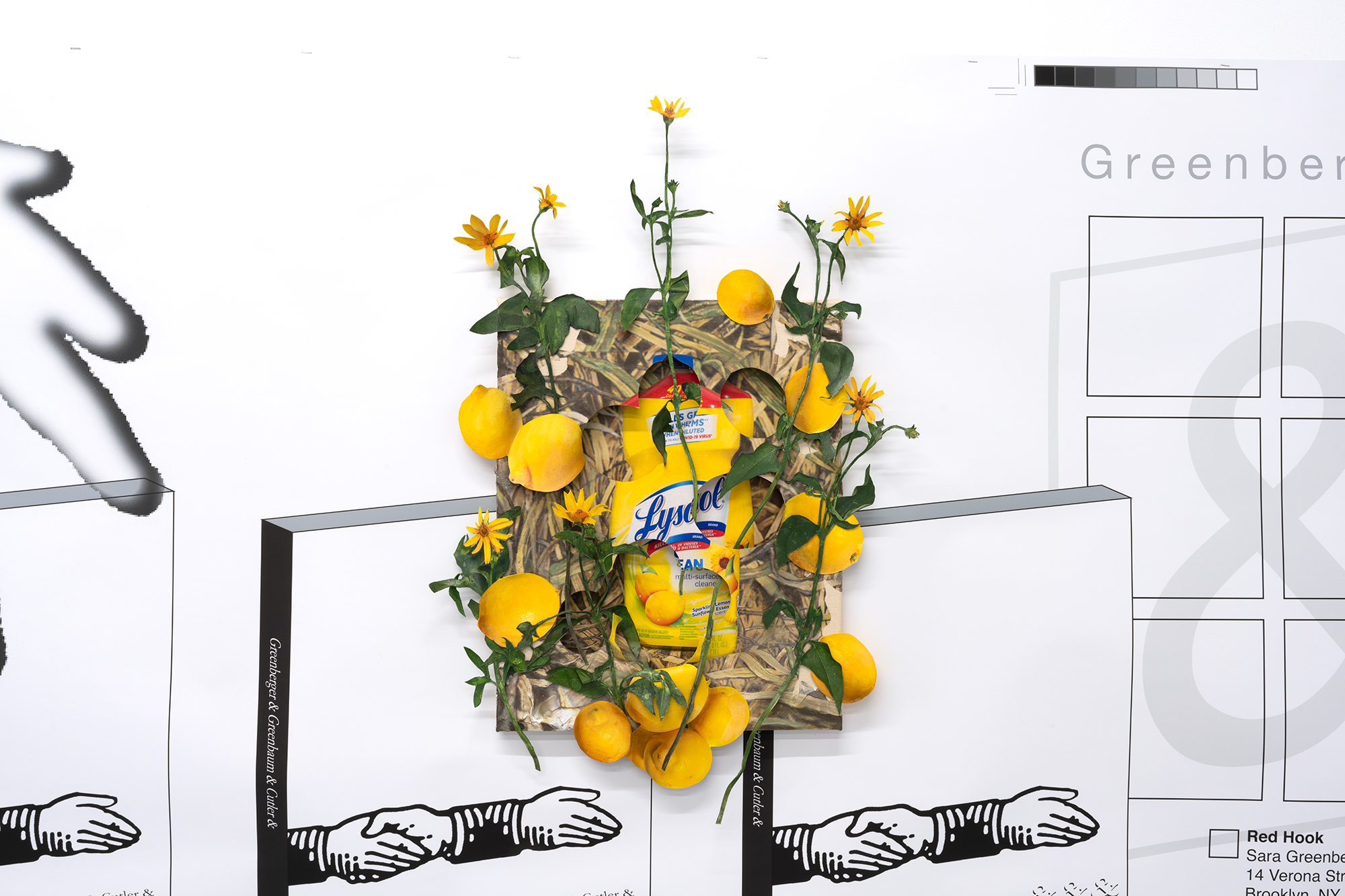
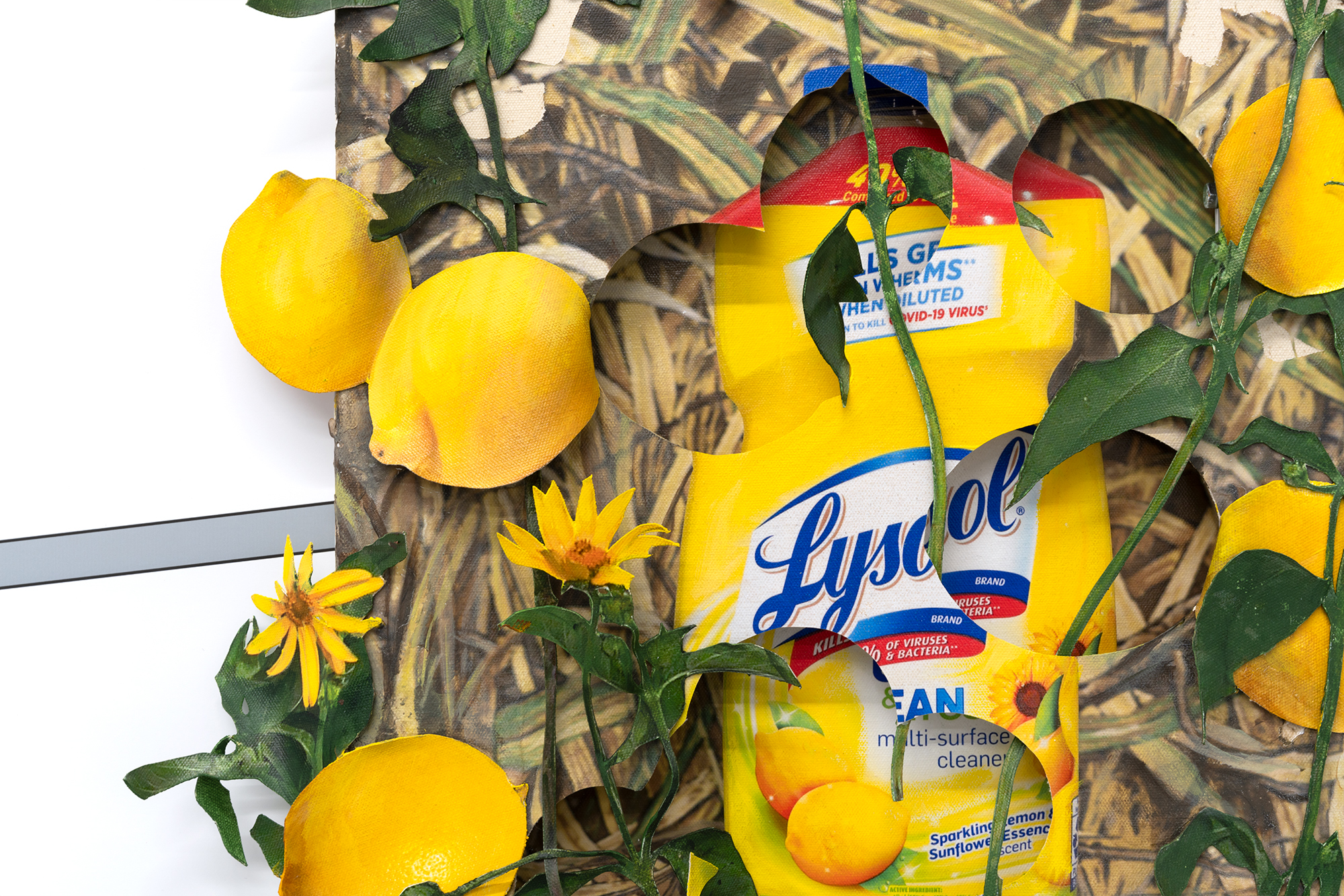
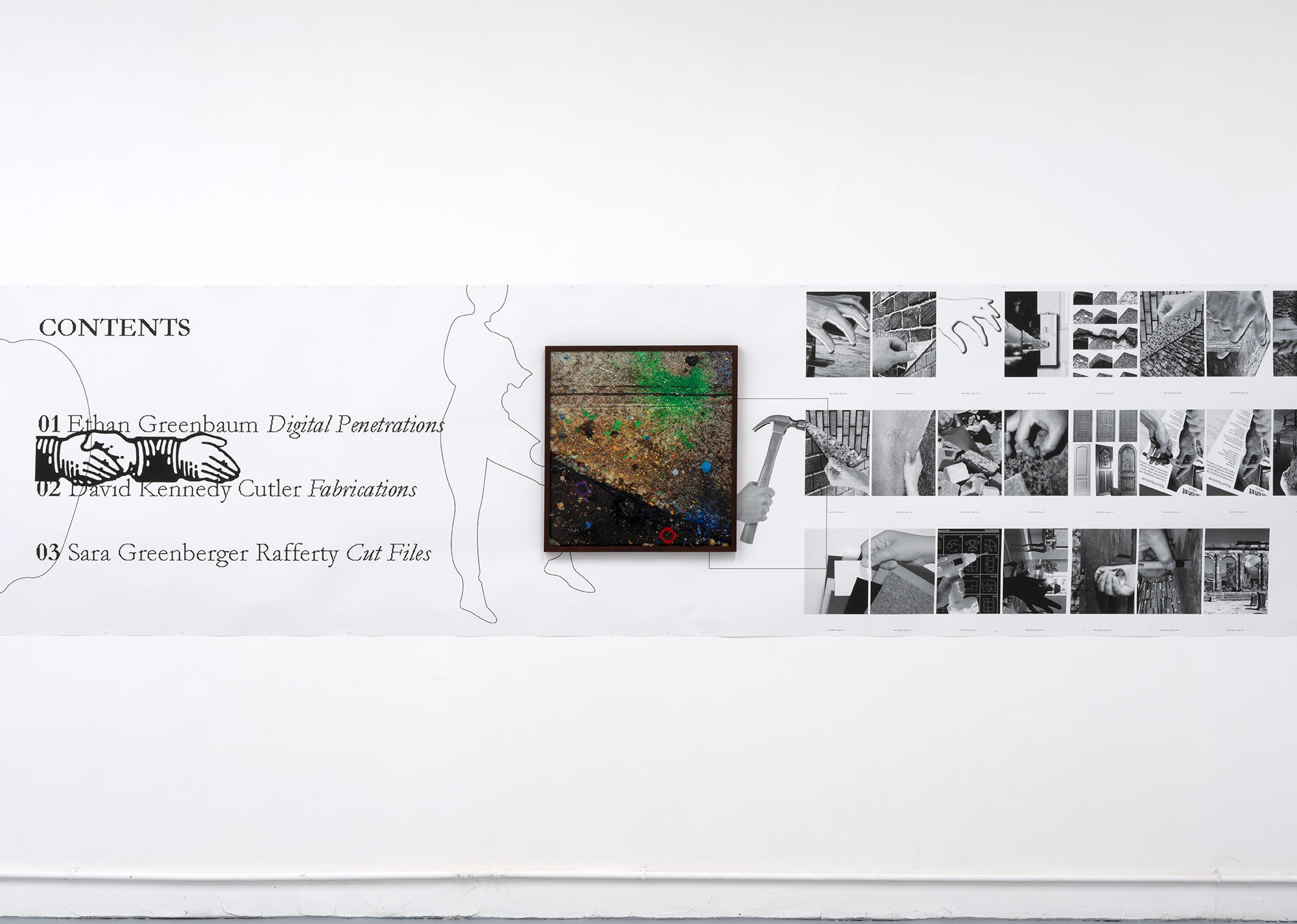
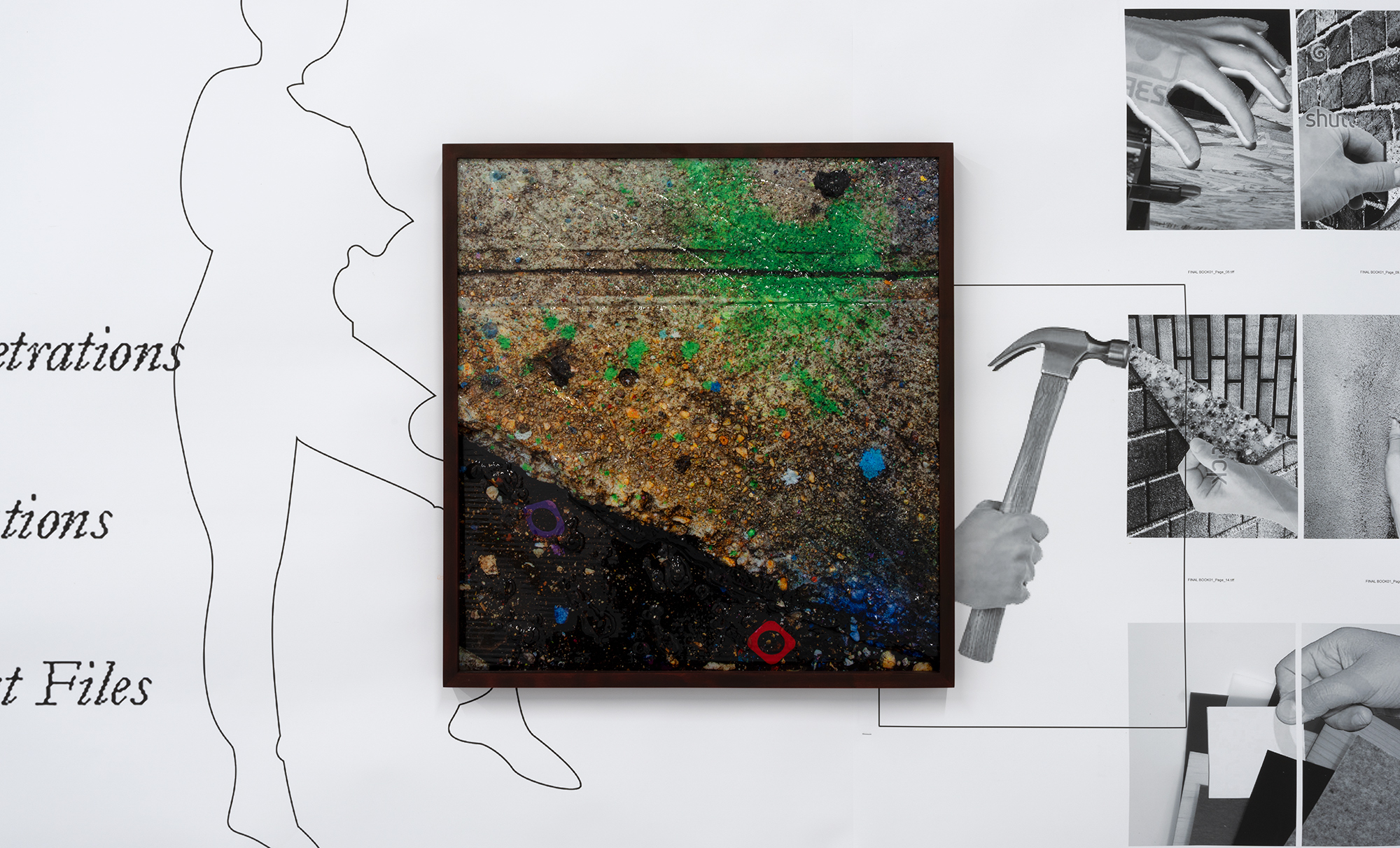

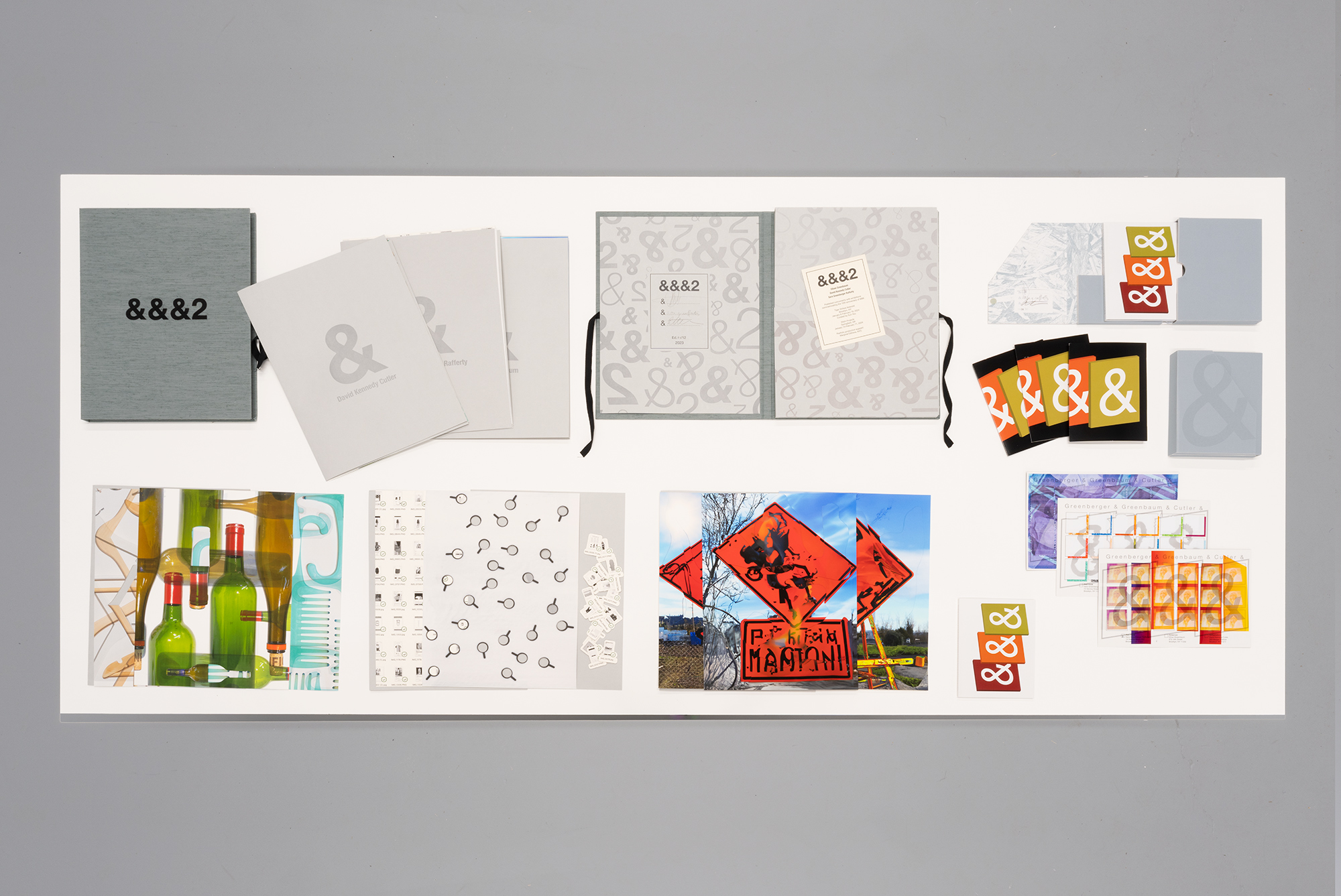
&&&2
Ditch Projects is pleased to present &&&2, a bi-coastal exhibition that serves as both a survey and sequel to the collaborations of Ethan Greenbaum, David Kennedy Cutler and Sara Greenberger Rafferty.
Ten years ago, the artists initiated a series of meetings to talk about materials and techniques, based on their mutual interest in using photographic imagery to destabilize traditional art categories like painting, printmaking and sculpture.
The meetings resulted in an artist’s book titled &&&, in which the three artists imagined themselves as a fictional industrial supply firm. For Greenberger & Greenbaum & Cutler &, the fictional company had a veneer of prestige. For these capitalist outsiders, a corporate symbol of joint commercial enterprise was almost tantamount to success.
The book was released at Printed Matter’s NY Art Book Fair in 2013 in both a mass market paperback and a boxed, limited special edition print series based on swatch sample catalogs. The intention of the project was lost on nearly everyone, but a few key people became aware of the artists’ positioning themselves as a small movement. This included the photography curator Dan Leers, who organized a show and catalog of their work, Beyond The Surface: Image as Object, at the Philadelphia Photo Arts Center in 2014.
To commemorate the 10th anniversary of &&&, Sun You has invited Greenberger & Greenbaum & Cutler to mount simultaneous exhibitions at Tiger Strikes Asteroid in Brooklyn, NY and Ditch Projects in Springfield, OR. The exhibitions at both artist-run spaces feature a backdrop that wraps the gallery with deconstructed pages from the original &&& book, over which the artists have installed works from 2013 and 2023. The original book is also exhibited, as well as a new portfolio of prints (&&&2) to celebrate ten fruitful years of collaboration, hand wringing and friendship.
Ethan Greenbaum is a New York based artist. Selected exhibition venues include KANSAS, New York; Derek Eller Gallery, New York; Hauser and Wirth, New York; Marlborough Chelsea, New York, Higher Pictures, New York; New York; Marianne Boesky, New York, Circus Gallery, Los Angeles; Steve Turner, Los Angeles; The Suburban, Chicago; Michael Jon & Alan, Miami, The Aldrich Museum, Connecticut; Socrates Sculpture Park; Long Island City and Stems Gallery, Brussels. Recent projects include a solo presentation with Lyles & King and solo exhibitions at Galerie Pact, Paris and Super Dakota, Brussels.
His work has been discussed in The New York Times, Modern Painters, Artforum, BOMB Magazine, ArtReview and Interview Magazine, among others. Ethan is a co-founder and editor of thehighlights.org and his writings have appeared in the Brooklyn Rail, Wax Magazine, BOMB, Paper Monument and others. He has also curated and co-curated multiple exhibitions at venues including The Suburban, Chicago; Lyles & King, New York and Super Dakota, Brussels. Greenbaum is the recipient of the Queens Art Fund New Work Grant, the Silver Art Residency, The Keyholder Residency at the Lower East Side Printshop, Dieu Donne’s Workspace Residency, LMCC’s Workspace Program, The Robert Blackburn SIP Fellowship, The Socrates EAF Fellowship, The Edward Albee Foundation Residency and The Barry Schactman Painting Prize. He received an MFA in Painting from Yale School of Art.
David Kennedy Cutler is an artist, writer and performer who lives and works in Brooklyn, New York. Cutler received his BFA from The Rhode Island School of Design in 2001. He has had solo exhibitions at Derek Eller Gallery, New York; Halsey McKay Gallery, East Hampton; Essex Flowers, New York; The Centre for Contemporary Art, Tallinn, Estonia and Nice & Fit, Berlin, Germany. Cutler has performed in various spaces in New York including Klaus von Nichtssagend Gallery, Essex Flowers, Printed Matter, Halsey McKay, Derek Eller Gallery, and Flag Art Foundation, and internationally at the Center for Contemporary Arts Estonia, among others. His works are included in the permanent collections of the Wellin Museum at Hamilton College and The RISD Museum, and his artist’s books are included in the libraries of the Whitney Museum and the Brooklyn Museum. He has been reviewed and featured in The New York Times, Artforum, Art in America, The New Yorker and Modern Painter, among others. Cutler is represented by Derek Eller Gallery, NY and Halsey McKay Gallery, East Hampton.
Sara Greenberger Rafferty produces image-based works in paper, plastic, glass, metal, fabric, and video. Her work is driven by an ongoing examination of contemporary and mid-20th century visual culture and considers the ever-changing implications for photographic images in the digital era. She’s also into comedy.
Tiger Strikes Asteroid is a 501c3 non-profit network of independently programmed, artist-run exhibition spaces with locations in Philadelphia, New York, Los Angeles, Chicago, and Greenville, SC. Our goal is to collectively bring people together, expand connections and create community through artist-initiated exhibitions, projects, and curatorial opportunities. We seek to build an ethos of cooperative achievement in the visual arts, creating the physical and emotional space for artists to show their work and exchange ideas on their own terms. Our artist-run model expands the artist’s role beyond that of studio practitioner to include the roles of curator, critic, and community developer and provides an alternate model to the conventions of the current commercial art market.
The core of our mission is our exhibition program at our five locations. Each site curates independently; at the same time, the network functions collectively through programming exchanges and the sharing of resources, connections and governing structure. While our unique, grassroots organization of spaces in multiple locations allows us to curate exhibitions that are sensitive to the needs and interests of their respective cities, our geographic reach also offers opportunities to connect local artists to a national conversation. Through a model of horizontal, rather than vertical growth, we are trying to rethink the way an arts institution can work, providing more space and opportunities rather than consolidating time and resources into a single space or vision. We want to create a true network of artists, a dynamic exchange of ideas between cities and an enriched dialogue at each space.
We strive to foster relationships between artists from all career stages, lifting up underrepresented work and voices, and offering new contexts for the work of mid-career and established artists. Since the founding of our Philadelphia space in 2009, we have shown over 2000 artists in our over 400 exhibitions and projects. Our exhibitions and projects have been featured in numerous print and online publications including The New York Times, ArtForum, Art F City, Hyperallergic, The Huffington Post, The New Yorker, The Brooklyn Rail, Whitehot Magazine, The Philadelphia Inquirer, the artblog, WHYY, Sculpture Magazine, Sixty Inches From Center, Chicago Gallery News, LA Weekly, Two Coats of Paint, Artinfo, and Artnet News.
Nov 4 - 26
Opening reception
Saturday, November 4th, 5-7pm
Opening reception
Saturday, November 4th, 5-7pm

Pat Boas & Michelle Ross
moves without an ambit / pulls without a magnet
![]()
moves without an ambit / pulls without a magnet
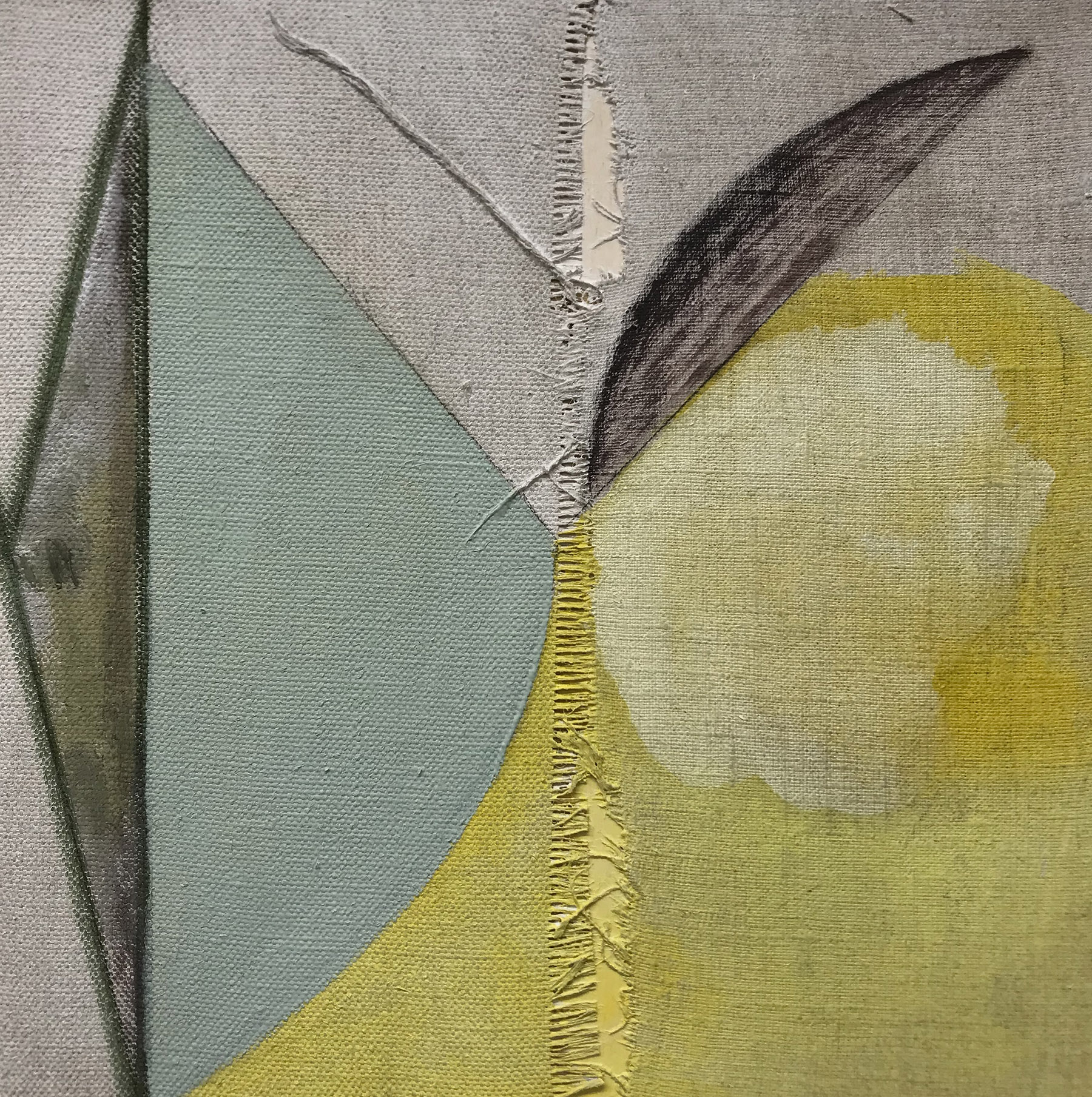
The body, like a crowd, moves without a mind. Moves without
an ambit. Tilts without an axis. Pulls without a magnet. A school
of fish could tell you that: the wind is more a rudder than a mast.
– from Revision by Jane Huffman, 2019
This two-person exhibition of paintings and related work by artists Pat Boas and Michelle Ross reflects a shared but individualized search in which questions that once seemed to have bee answered now present themselves as open-ended. Working in the gap between sight, mind, and hand, the artists – longtime friends and colleagues – make use of what filters in fro multiple visual vocabularies while navigating the tension between structure and impulse.
The work here has a direct relationship to studio process:
cycling, positioning, repositioning
moving, recording, forgetting
Boas presents large-scale pigment prints from the AM-FR series alongside several small paintings that chase after a kind of un-deliberate deliberation. Influenced by the process of making the prints, the paintings share a similar collage sensibility, bringing together fragmented artifacts and incorporating suggestions of figuration as they arise. They function as studies happening at the periphery, more or less beyond the pressure of expectation.
The Auditioners, a project in which Ross gathers small speculative works onto a pair of custom shelving units, infer a domesticated position and the possibility of change. Reminiscent of the dry ephemeral pools of the Great Salt Lake or lenticular clouds on the Oregon coast, Ross’s restless observations of land, sky and other embodied sensations manifest as small abstract paintings that inquire into and reflect on the potential of myriad studio decisions.
Simultaneously withholding and revealing; gestures of reconfiguration, codependency and alte ego characterize these small works in search of new language and subject. The Auditioners will be cycled through various positions within the space by deputized conductors over the run of the exhibition. Other new paintings are presented in dialogue with Boas’s work as well.
Image: (left) Pat Boas, Saturday Painting #5, 2023; (right) Michelle Ross, Second Thought, 2023
Revision by Jane Huffman appeared in Poetry (December 2019), The Poetry Foundation
Bios:
Pat Boas’ paintings, drawings and digital projects have been shown in solo and group exhibitions regionally and nationally. She is a 2017 Hallie Ford Visual Arts Fellow (Oregon) and a 2012 Bonnie Bronson Fellow (Oregon), with select awards that include the Corporation of Yaddo (New York), Ucross Fellowship (Wyoming), The Ford Family Foundation (Oregon), Jentel Foundation (Wyoming), Oregon Arts Commission, Portland Art Museum, and Oregon’s Regiona Arts and Culture Council. Represented by Elizabeth Leach Gallery in Portland, Oregon, she is a professor emerita in the School of Art + Design at Portland State University.
Michelle Ross makes paintings out of a variety of materials in order to conjure a physical record of being in the world. In 2020 Ross completed a suite of four architecturally site-specifi paintings for the Standard Insurance Company. She was recently a resident at Yucca Valley Material Lab (California) and at Iris Projects in Venice Beach (California). Ross has received a Hallie Ford Fellowship (Oregon), a MacDowell Fellowship (New Hampshire), a Portland Ar Museum Contemporary Northwest Art Award (Oregon) and was named a visiting artist at the American Academy in Rome (Italy). She is represented by Elizabeth Leach Gallery in Portland, Oregon and is currently Visiting Professor and Chair of Painting and Drawing at Pacific Northwest College of Art at Willamette University.

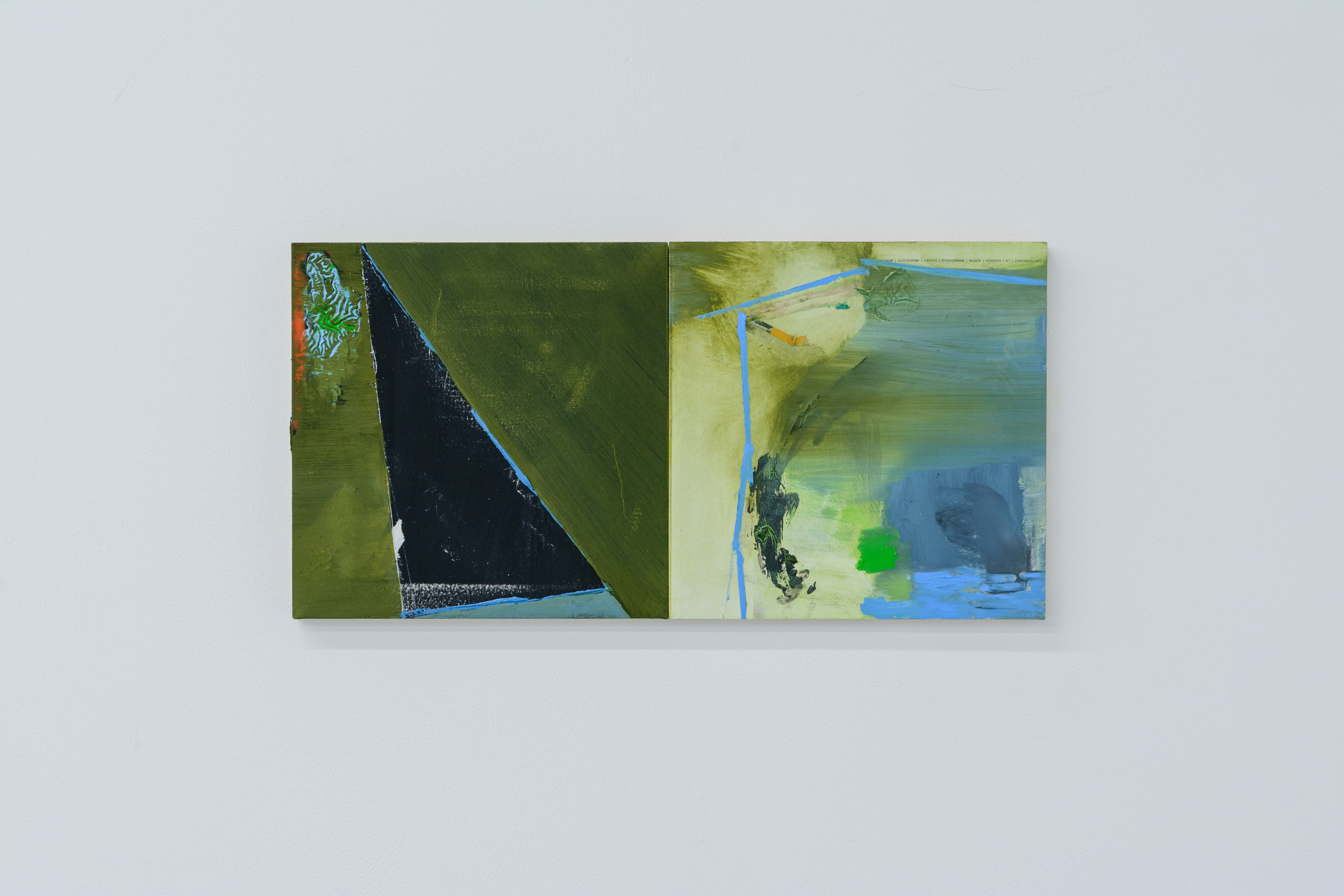

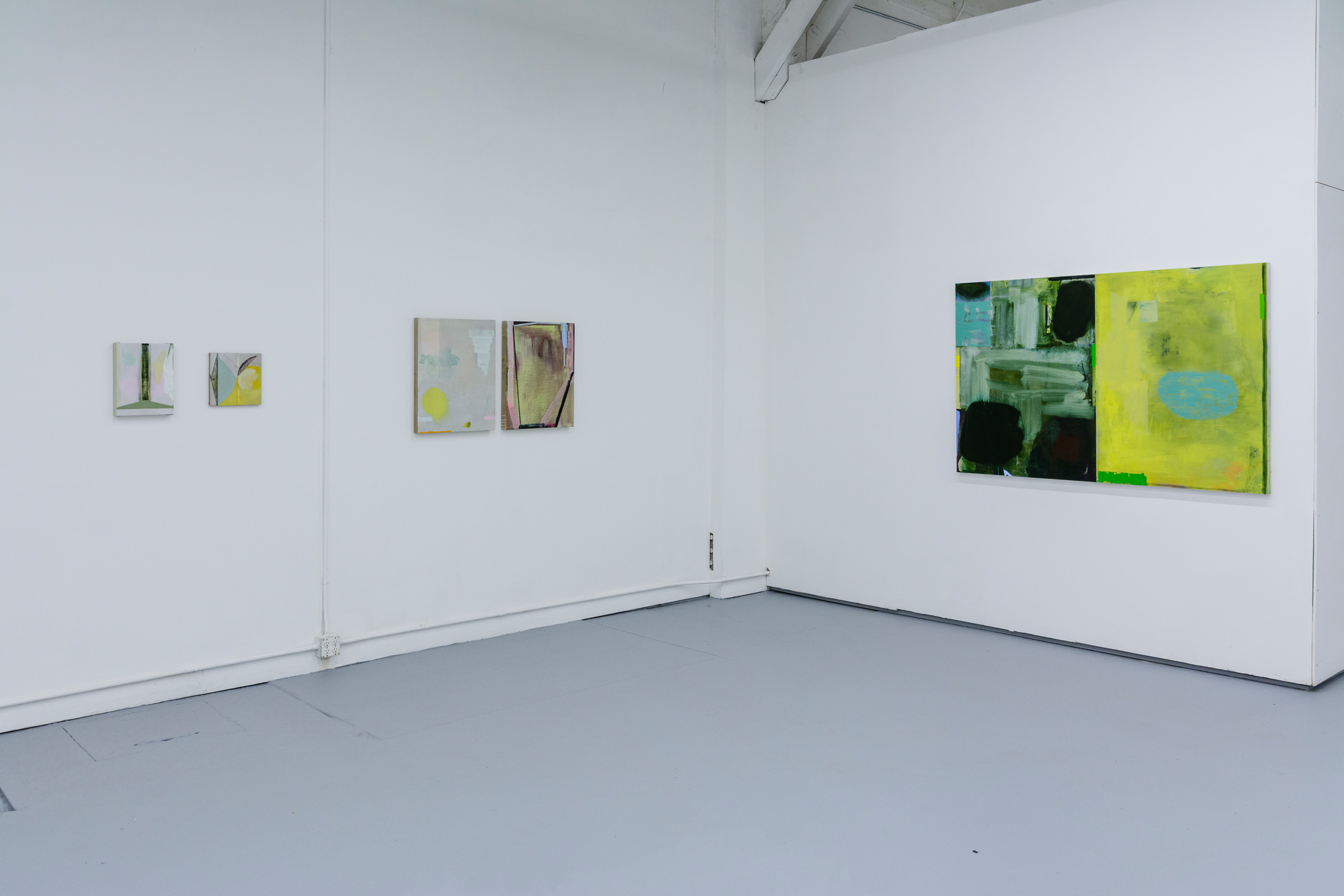


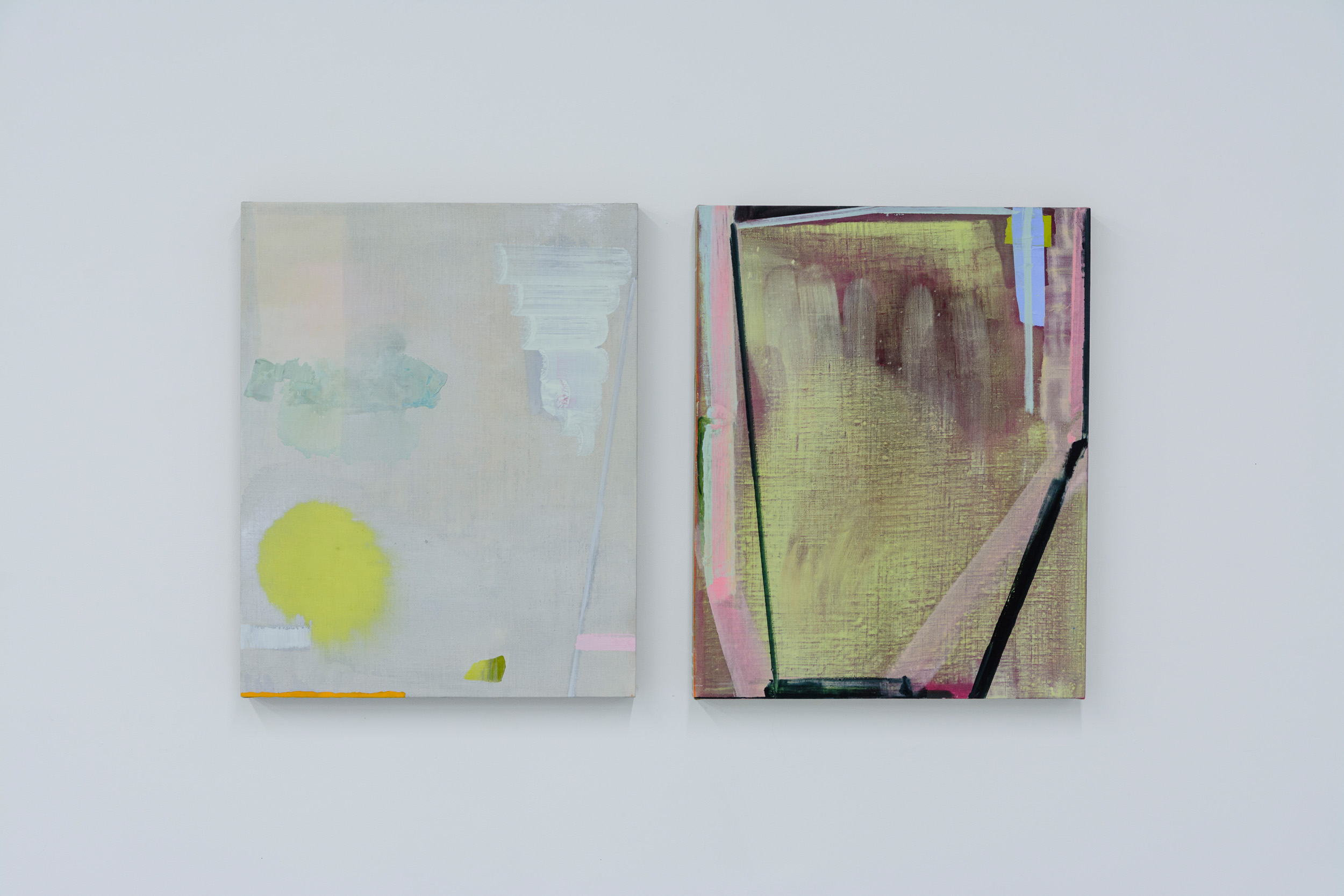



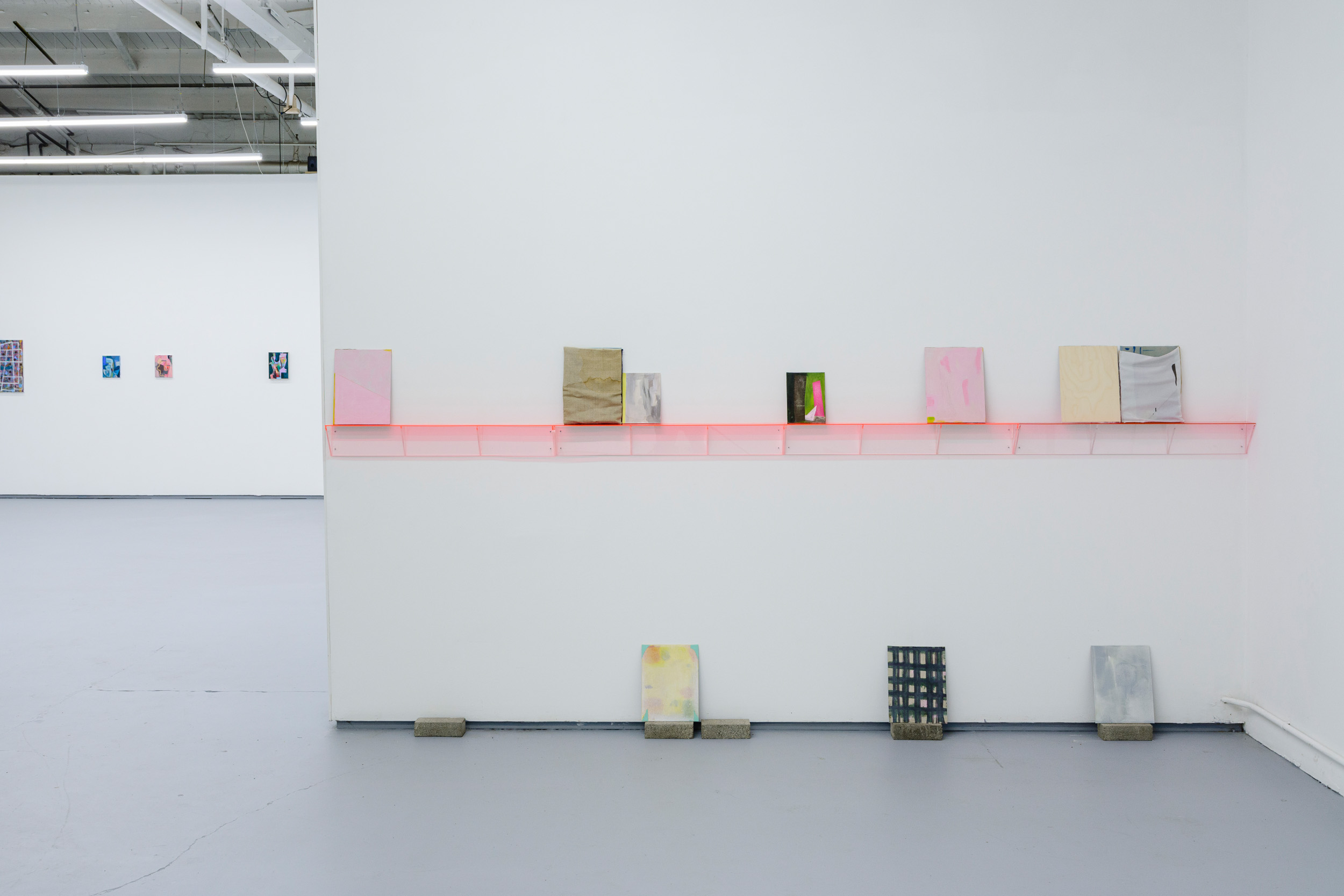



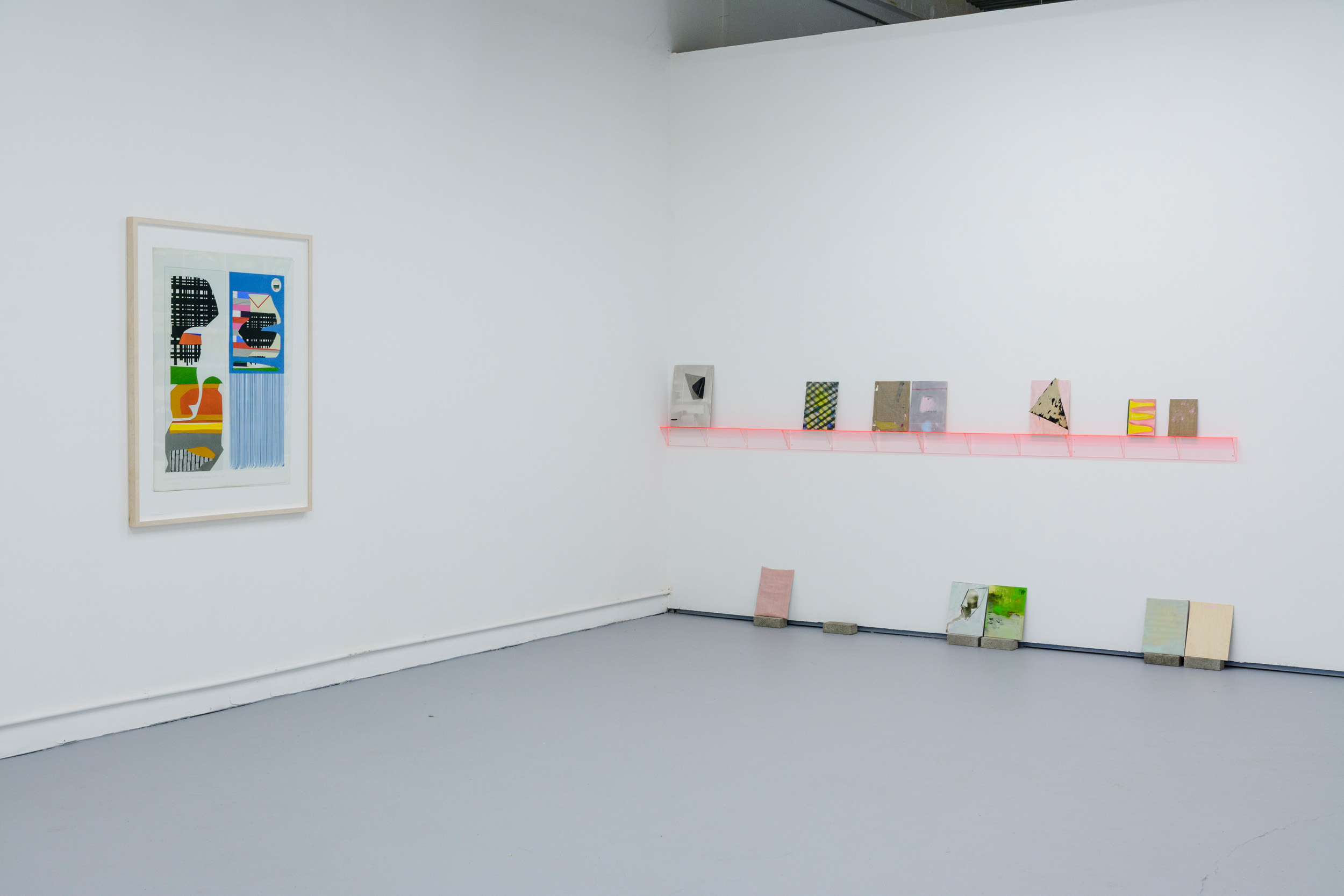
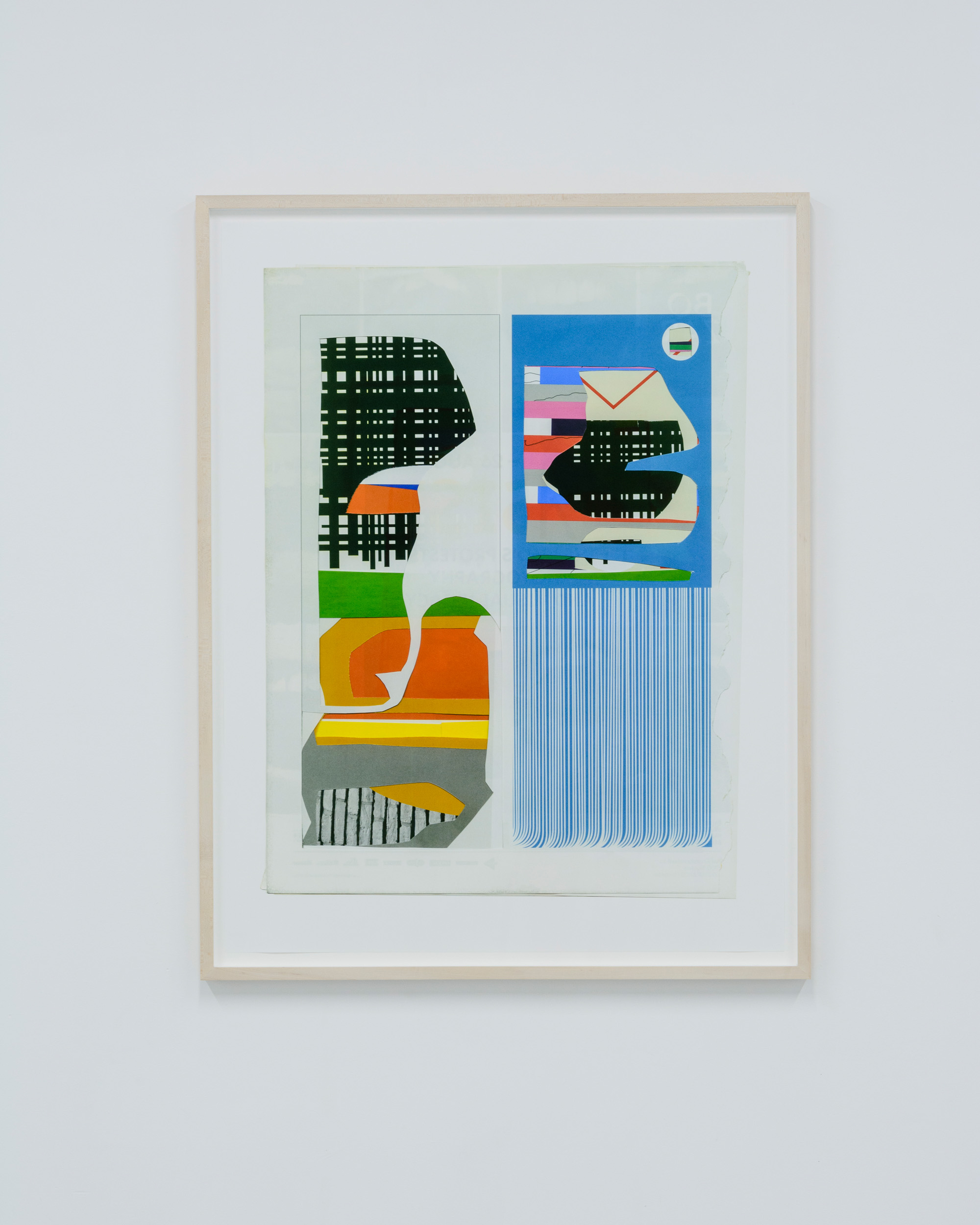

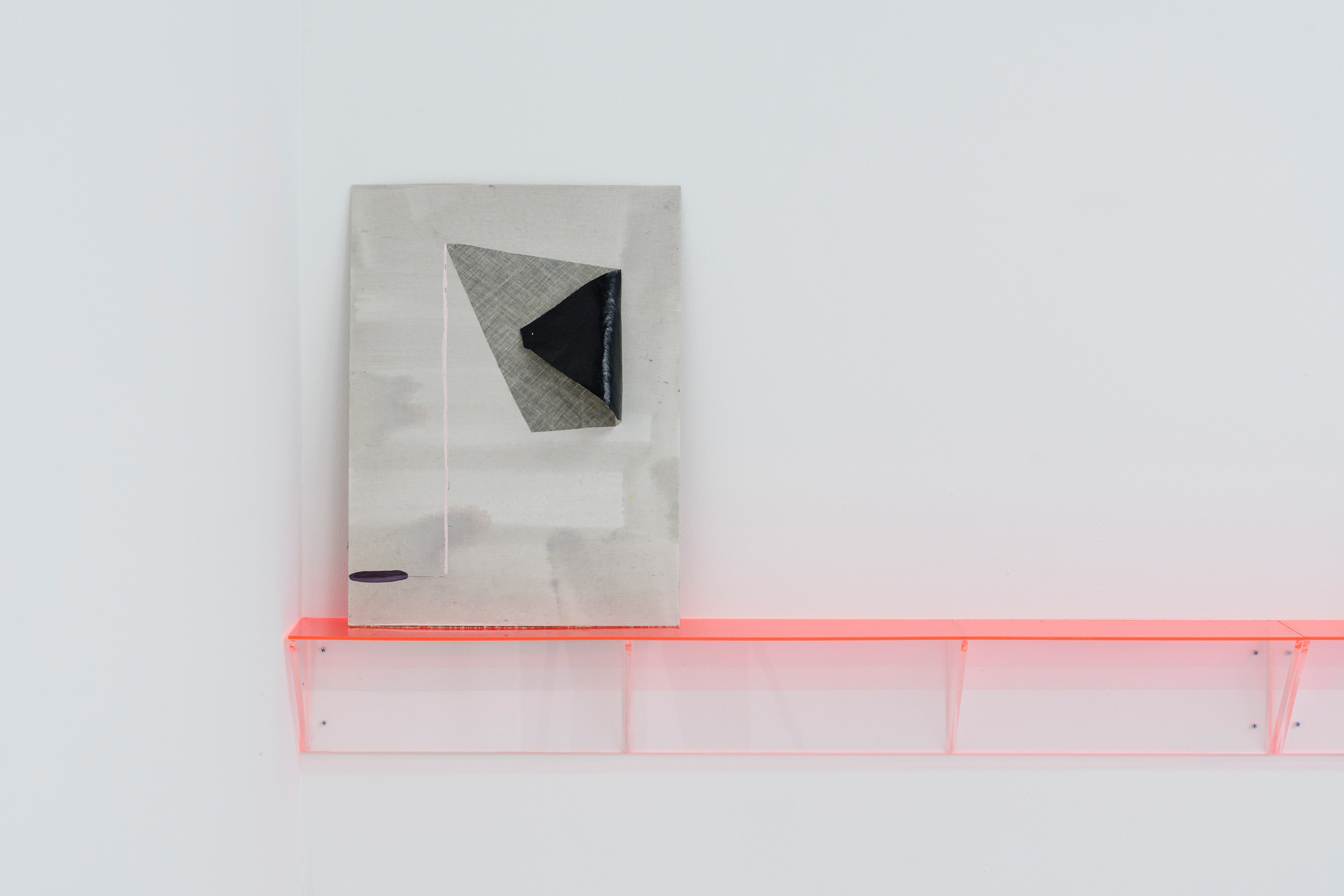
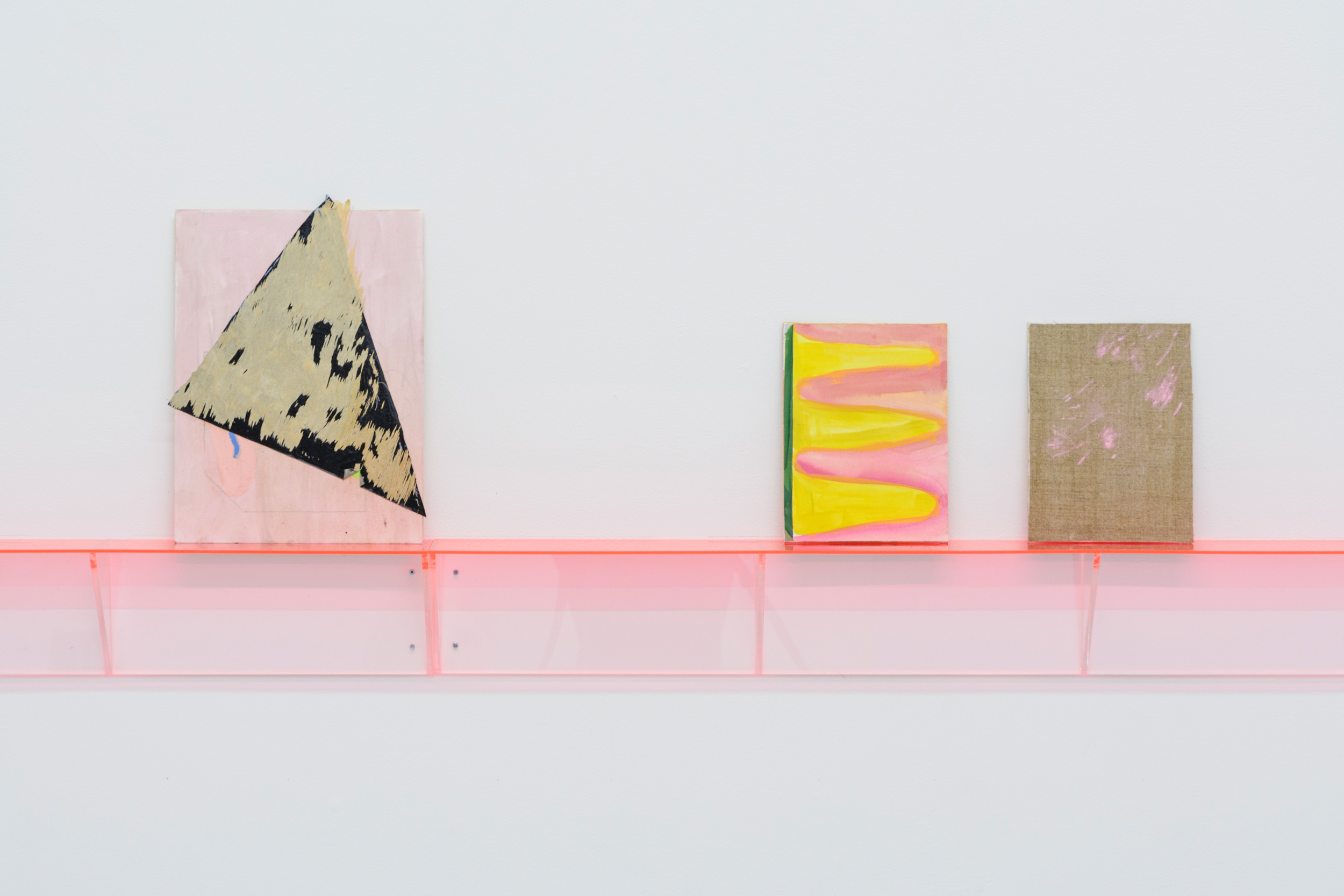
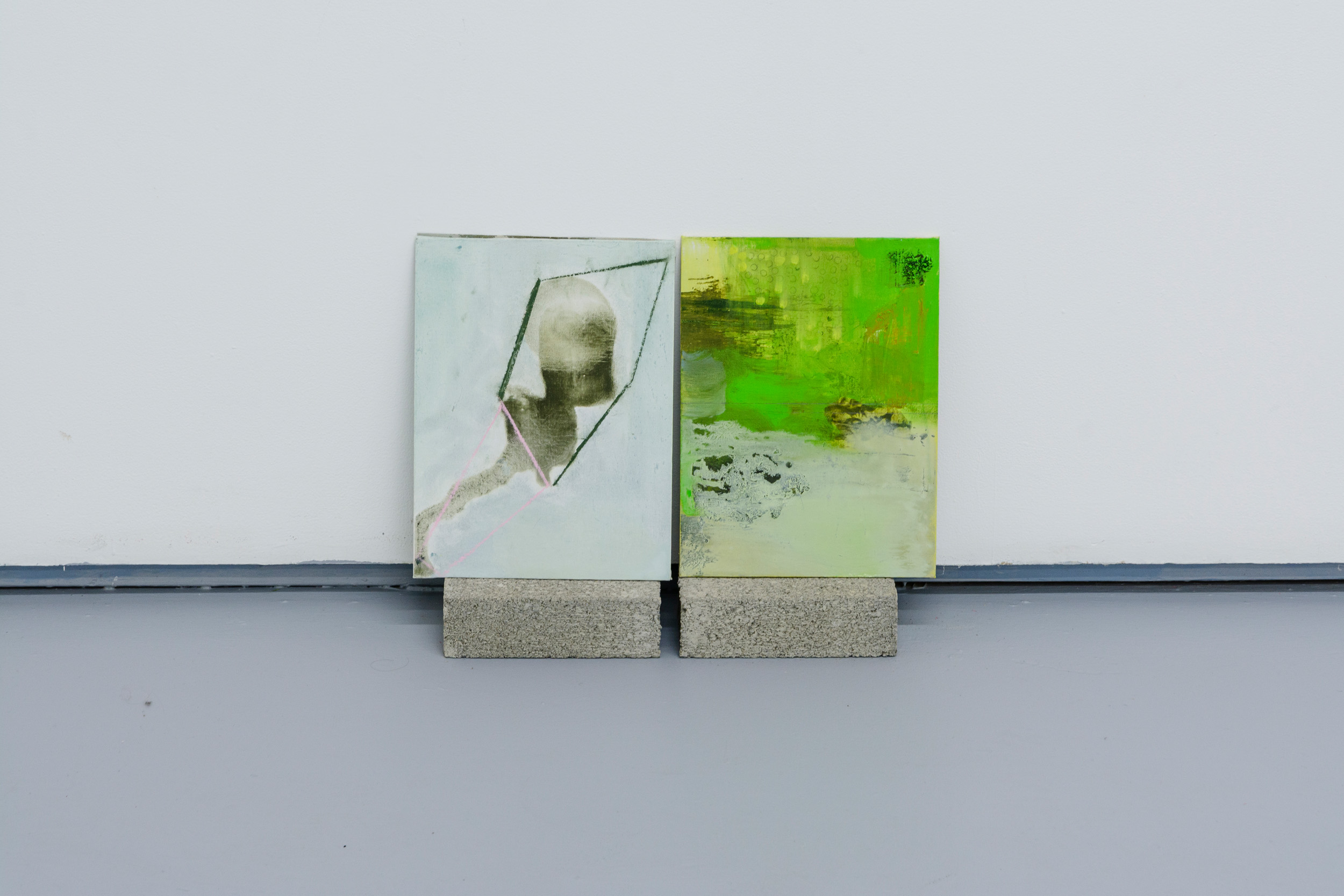
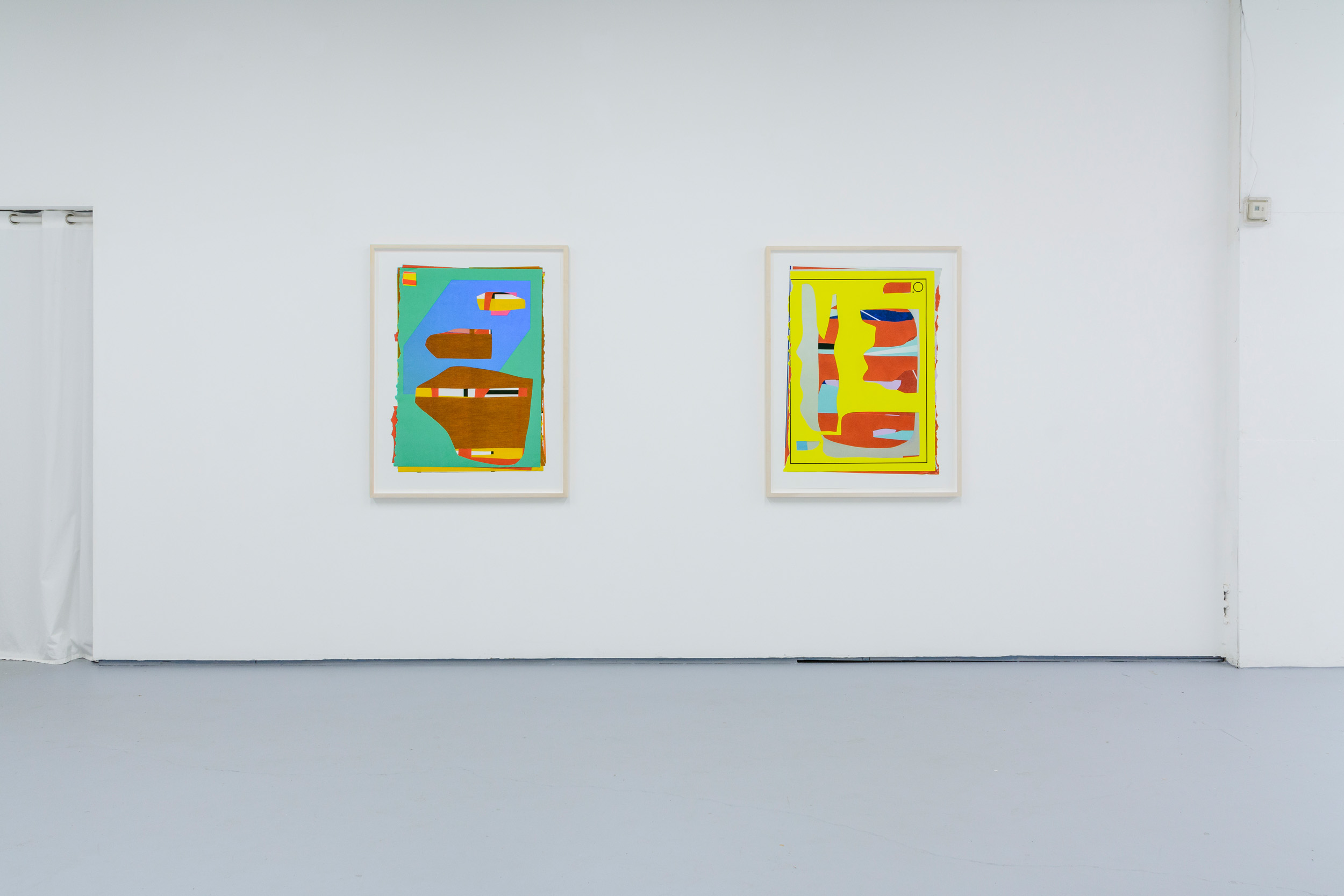

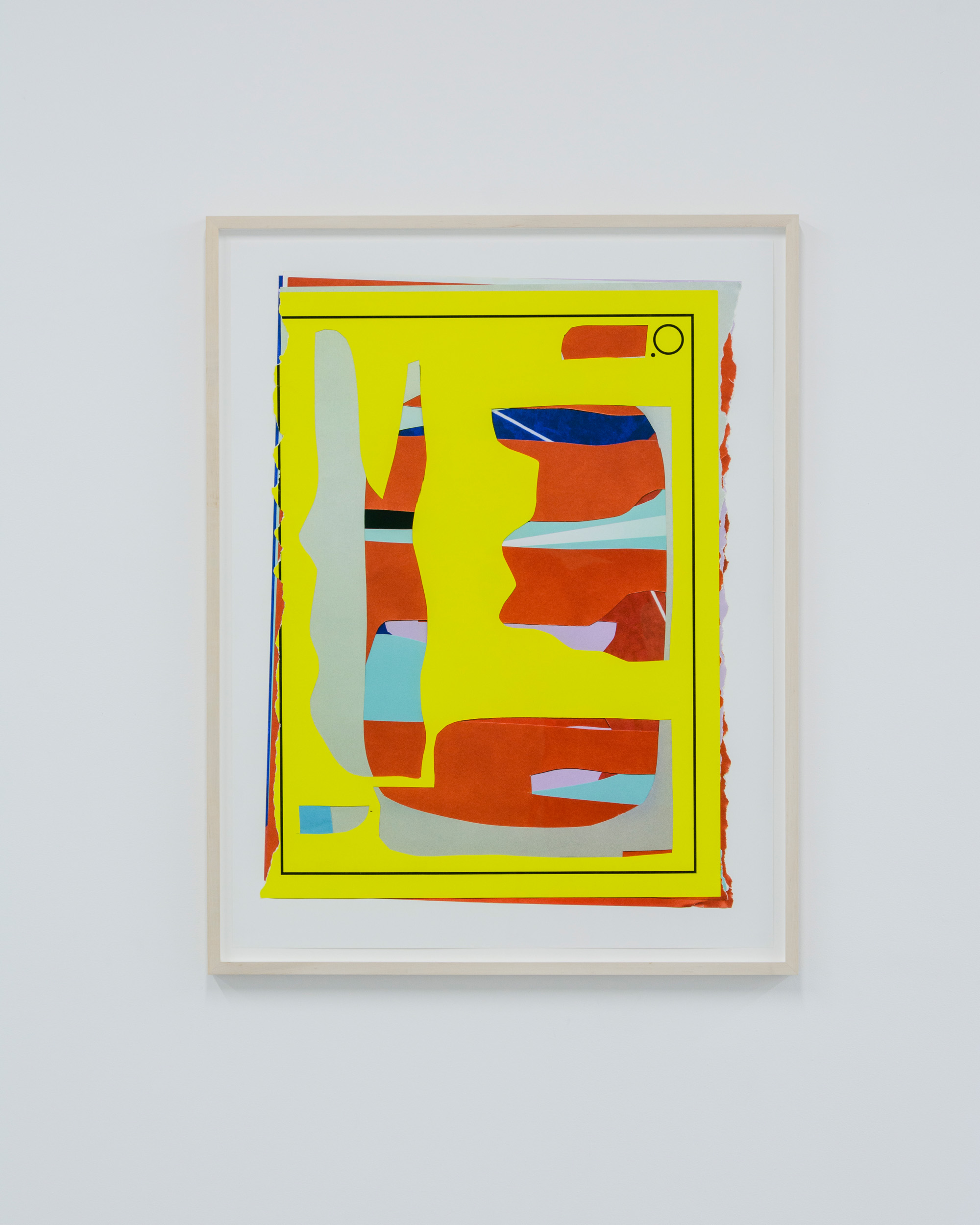






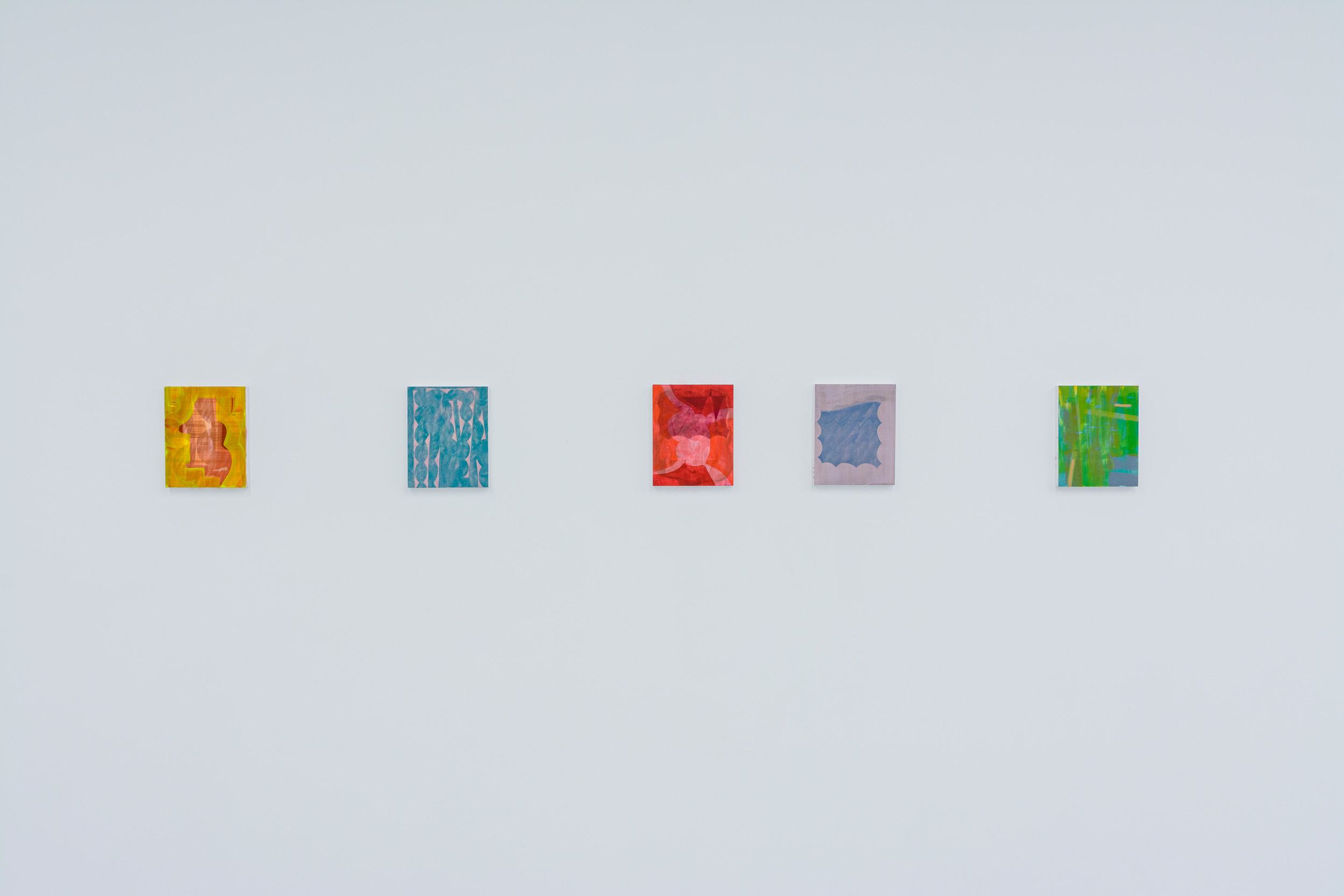


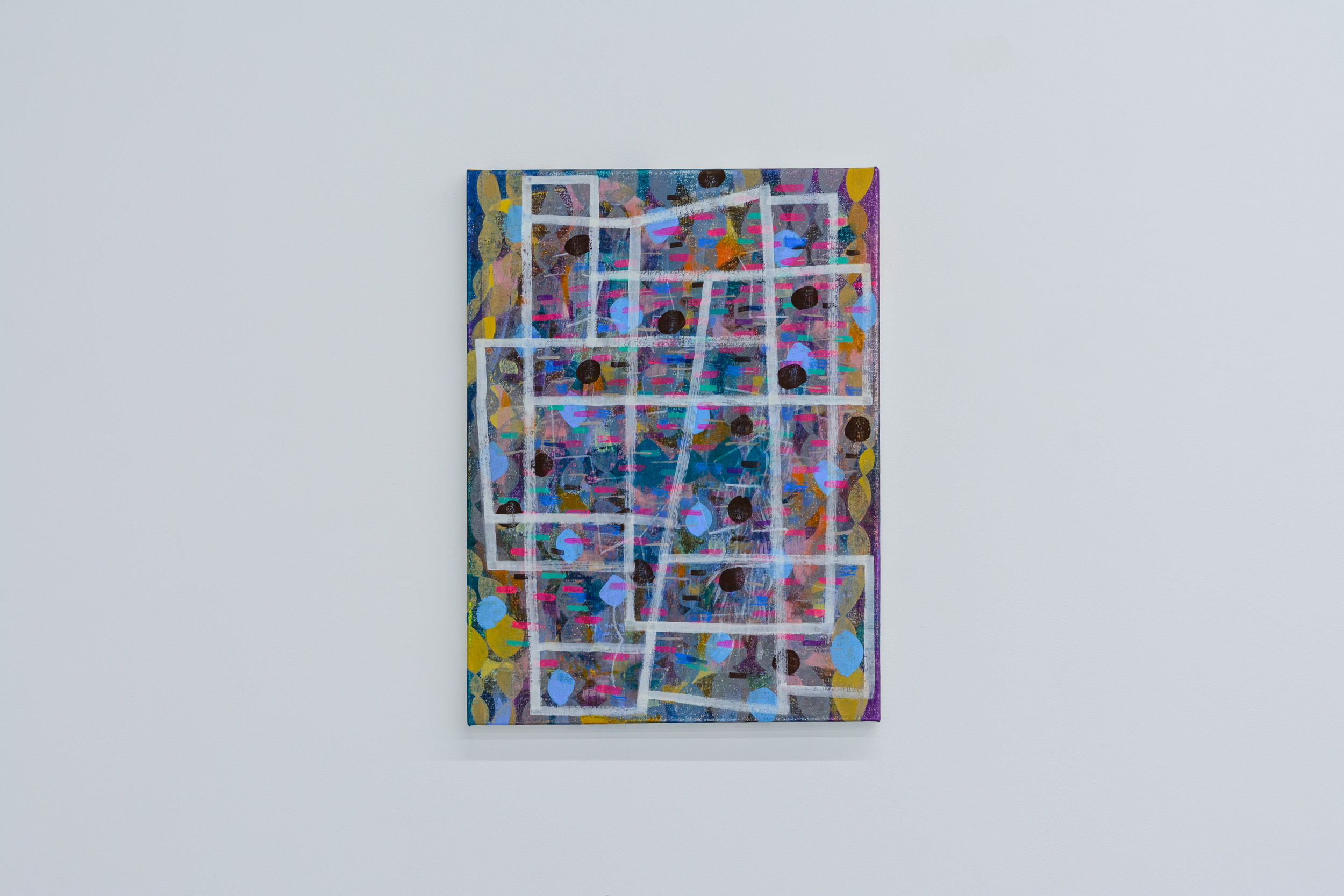
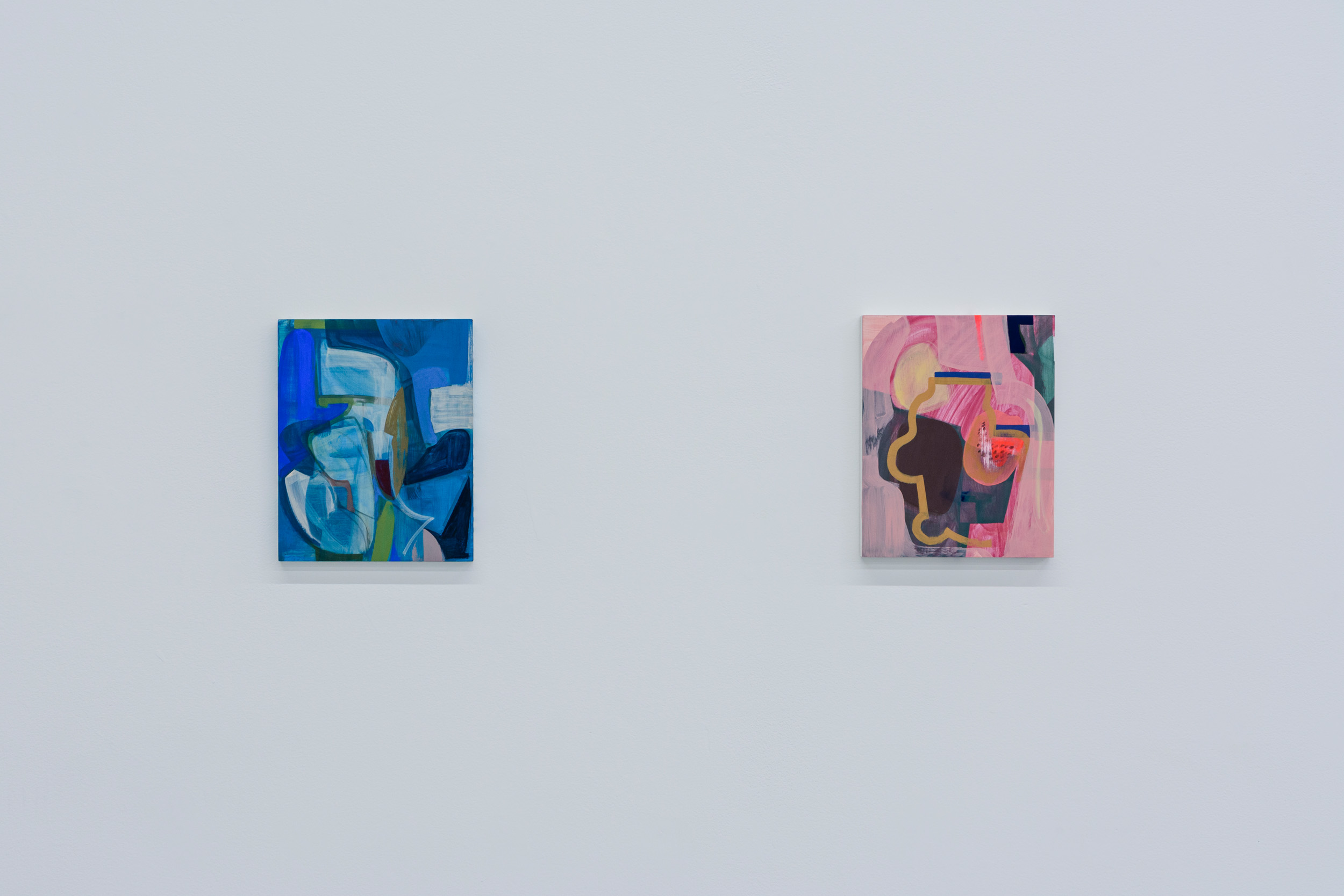

Sep 30 - Oct 22
Opening reception
Saturday, September 30, 5-7pm
Opening reception
Saturday, September 30, 5-7pm
Taryn Tomasello
All The Homes I've Ever Had
All The Homes I've Ever Had
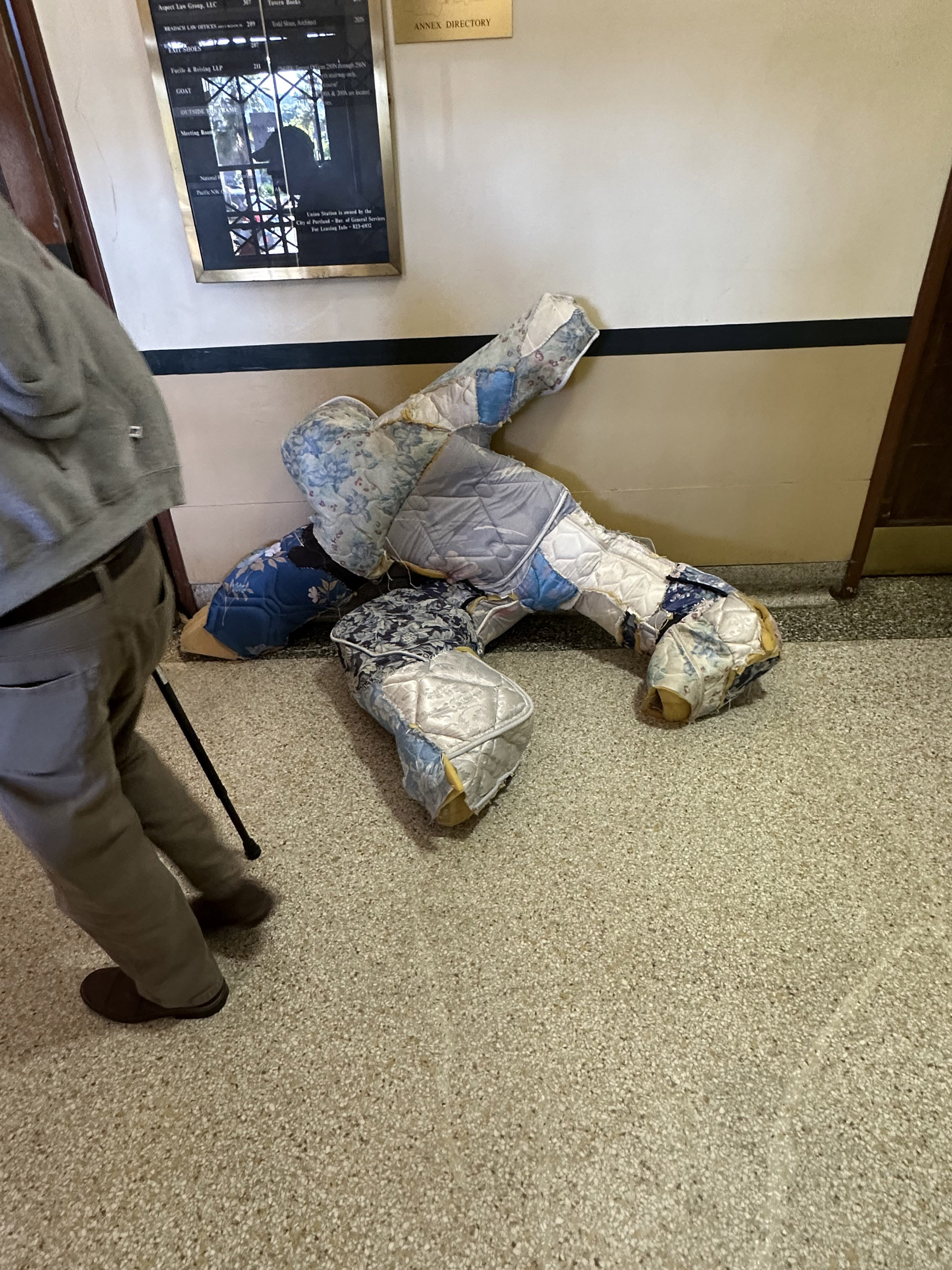
We want so badly to protect those we love. To take away their pain, prevent them from hurting. Laws prevent harm.
The Minister of Loneliness.
Youth Agency.
Children’s Defense Fund.
What do a shelf, a survival bunker, a playground slide, and a wreath have in common? The inevitable failure to protect our children.
The inherited situation.
An intergenerational nervous system.
What if we are made up of all the things we come in contact with, all those we touch?
There is something about safety that just doesn’t feel right. Like, it doesn’t get to the real desire: suspension of time, a soft landing.
Egg cartons, bubble wrap, mattresses, pillows, packing peanuts, leashes, harnesses, chains, fences, locks, regulations, limits, gates.
The desire to protect as a form of love. But then protection becomes control.
The holding of a hand so they don’t fall over the edge when they lean in to take a look.
Are you holding the hand or are you grasping the wrist?
Do you know the feeling you have when you wake up after falling in a dream?
It all comes down to liability.
Mary Ann Vecchio, the living subject of the iconic photo of the Kent State Massacre, was 14 years old. She had left her family and was sleeping in fields and on people’s couches. She just happened to be at Kent State University as the Anti-War Protests erupted. She had just met the person who was shot. They were talking.
Possibly this is about that feeling you have when you find a nest on the ground. It’s been vacated, and maybe displaced. It’s no longer a home, no longer useful, no longer doing what it was meant to do, but the echo of its purpose still resonates through the form.
Bio
Taryn Tomasello (b.1982 in Boston, MA) is a conceptual artist living and working in Portland, OR. Her practice spans numerous disciplines including visual arts, writing, curatorial studies and creativ research. Tomasello works with the aspects of social material that resist confinement and remain in the margins of our awareness.
Blending communion, aesthetic, and artifact, she sees art as a way out of our crisis of imagination. She is trying to see both a future and a future past. Tomasello has shown across the United States and internationally. However, her most meaningful work often exists outside the confines of traditional art spaces and beyond the reach of conventional documentation.
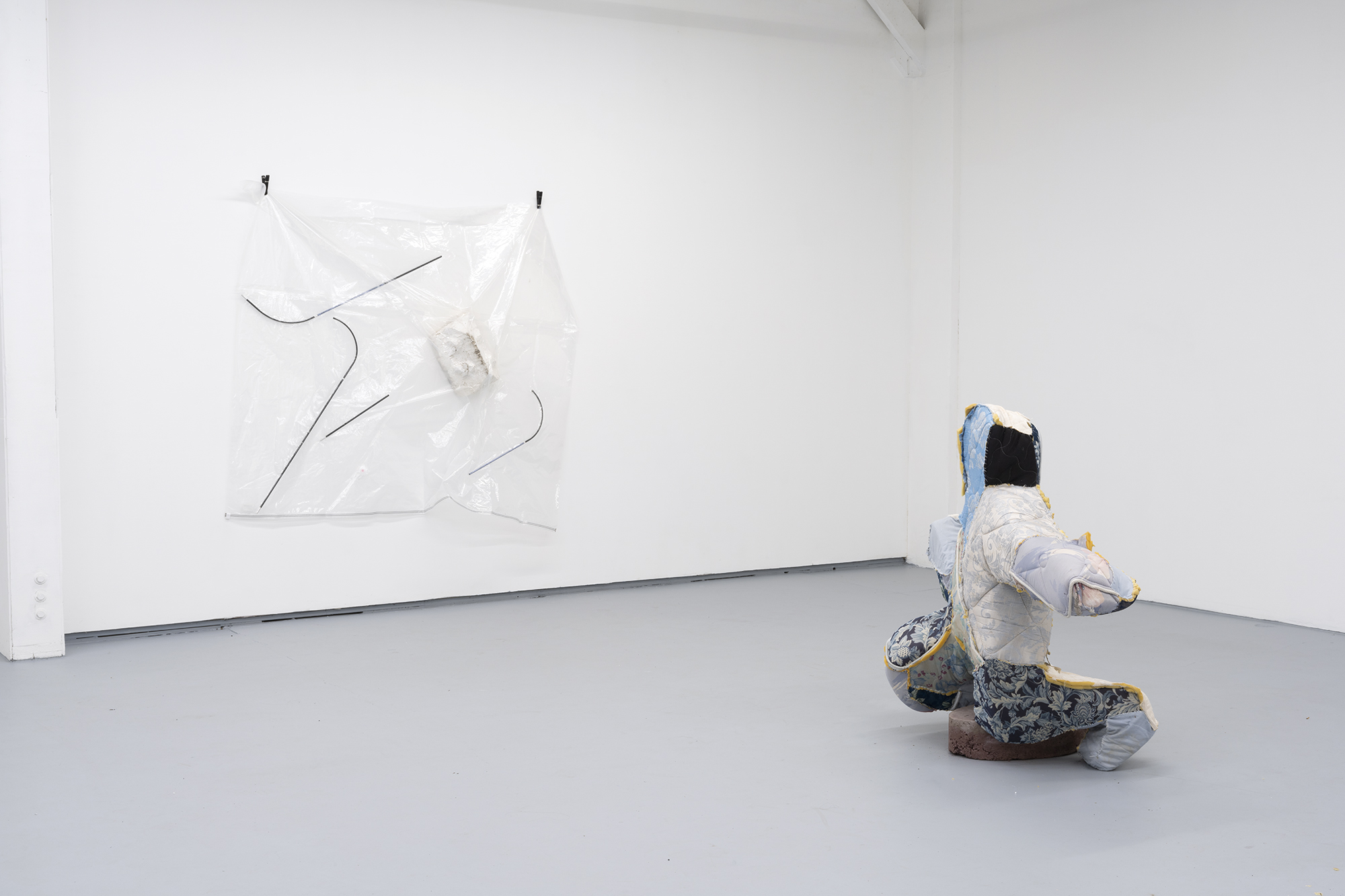


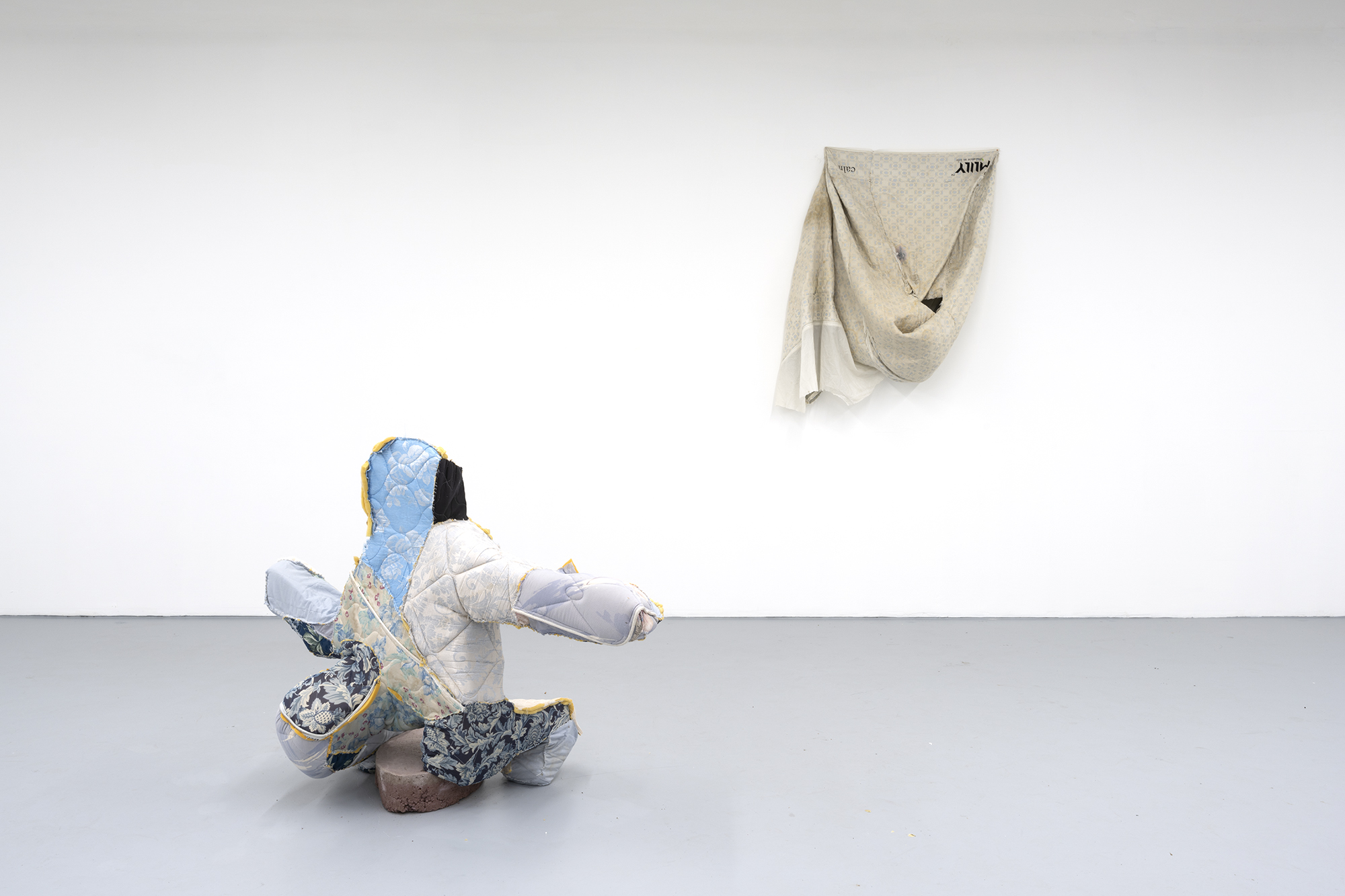



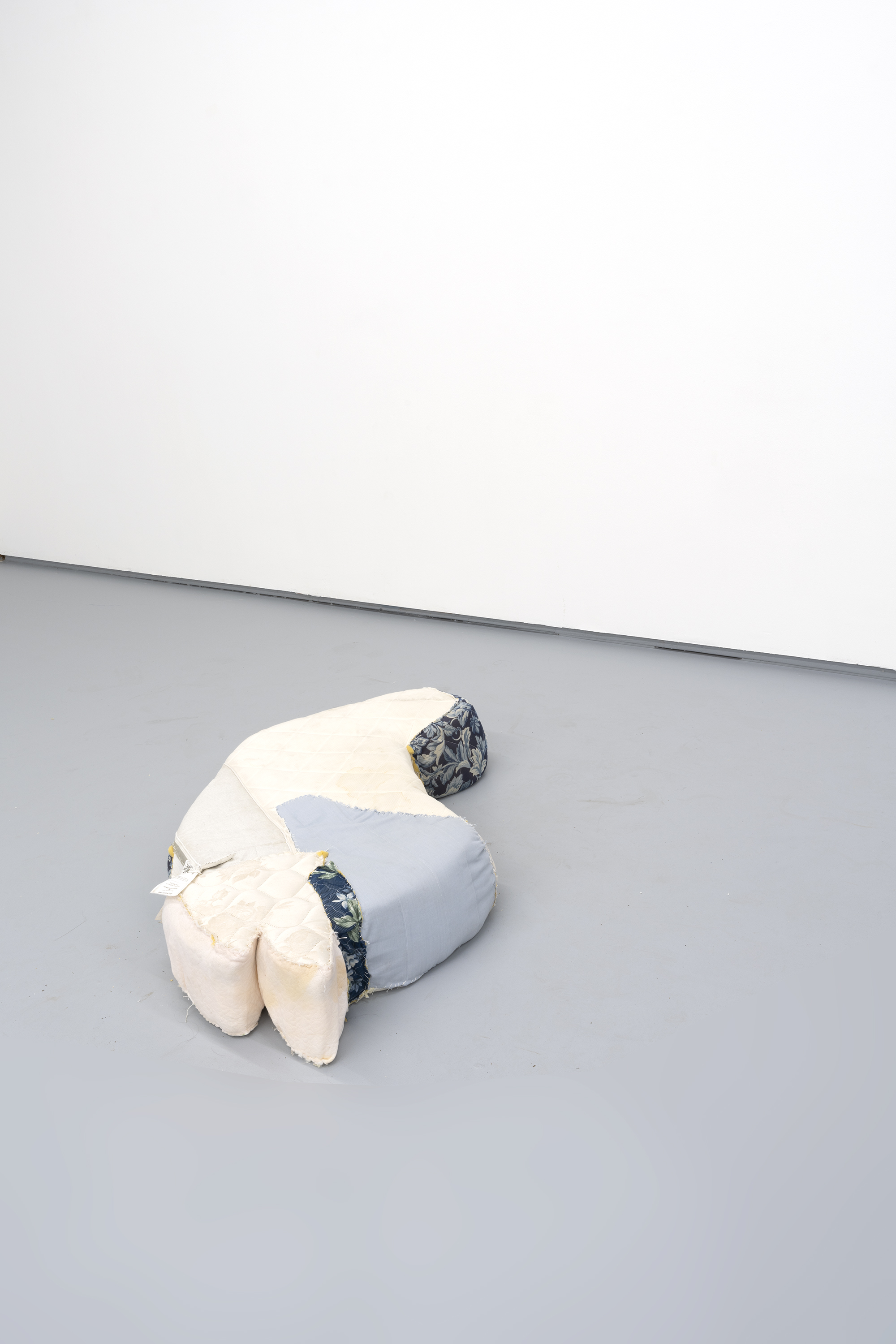

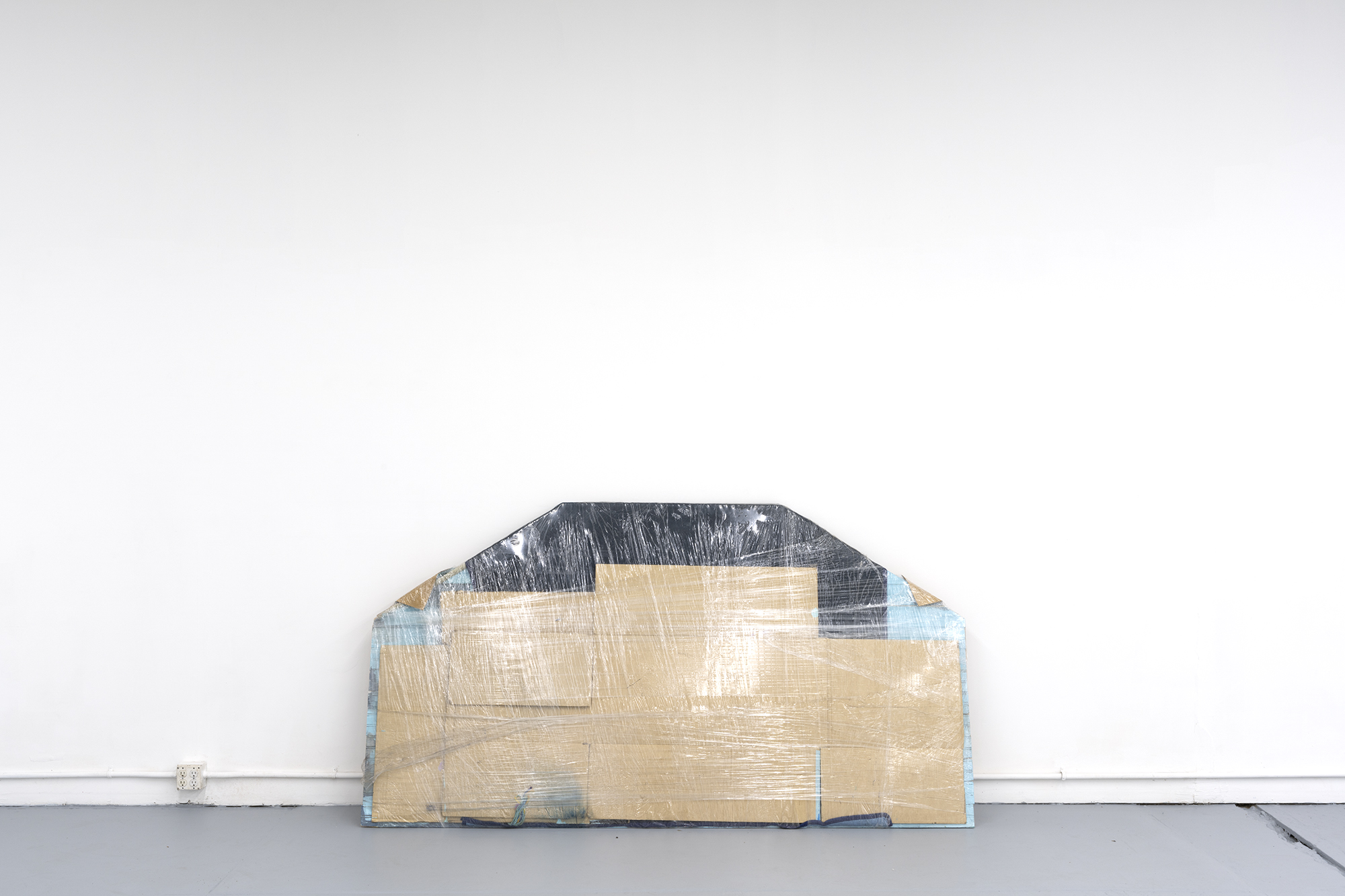

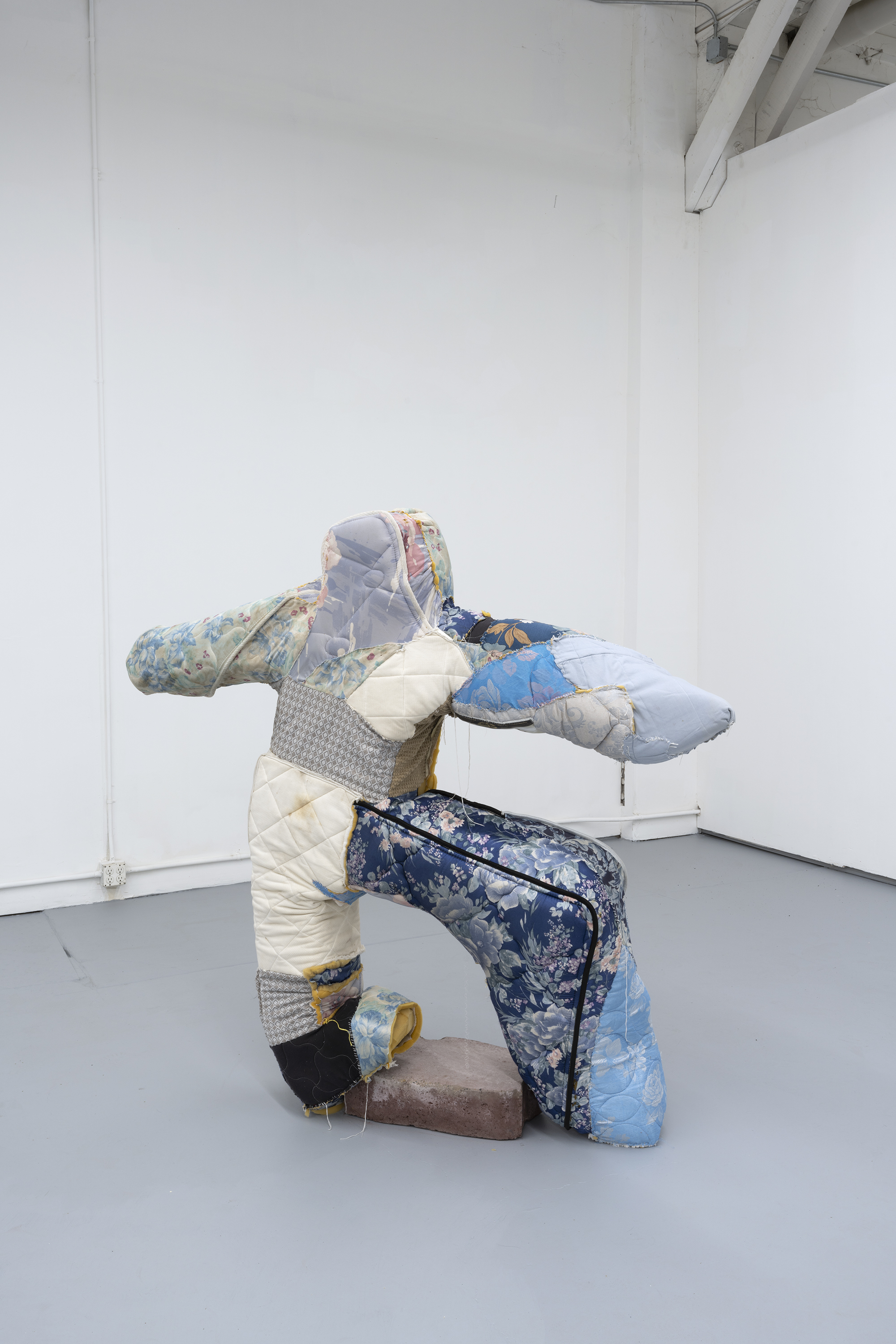
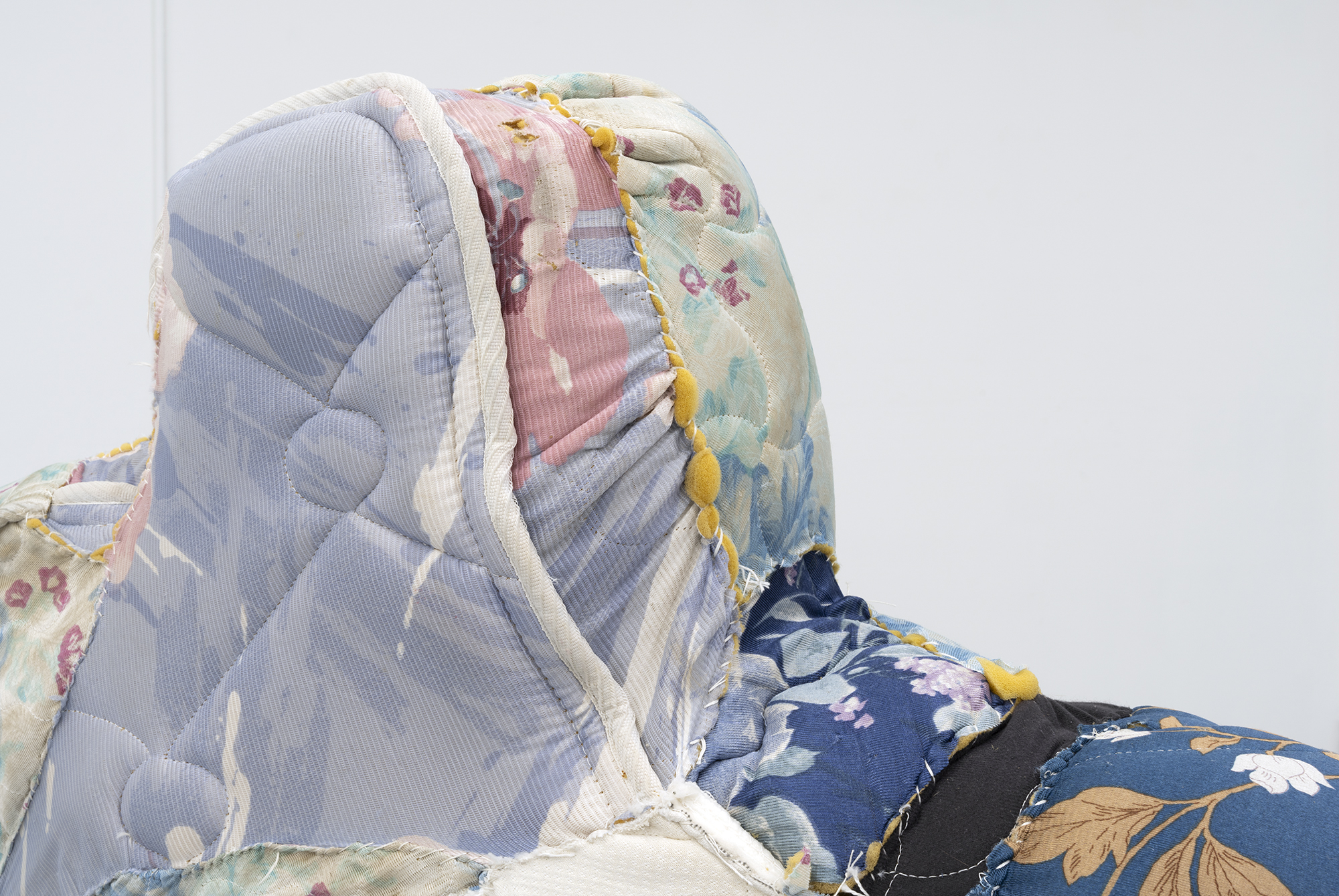
Sep 30 - Oct 22
Opening reception
Saturday, September 30, 5-7pm
Opening reception
Saturday, September 30, 5-7pm
William Holderfield
Empire
Empire

Photography is the only way I know how to talk about the darkness, the ever present subtle hum of malevolence and creeping decay I feel moving through America. Rarely do I see the actors, only the stage settings, quietly vibrating in anticipation or from the passing of a story that isn’t going to end well for anyone. Aesthetically I’m drawn to scenes reminiscent of my childhood in and around Cleveland, Ohio. The steel mills along the Cuyahoga, the silent and eerie homes out in the countryside where my parents grew up, used car lots surrounded by barbed wire and tacky plastic flags all heavily influence what draws my eye today.
William Holderfield

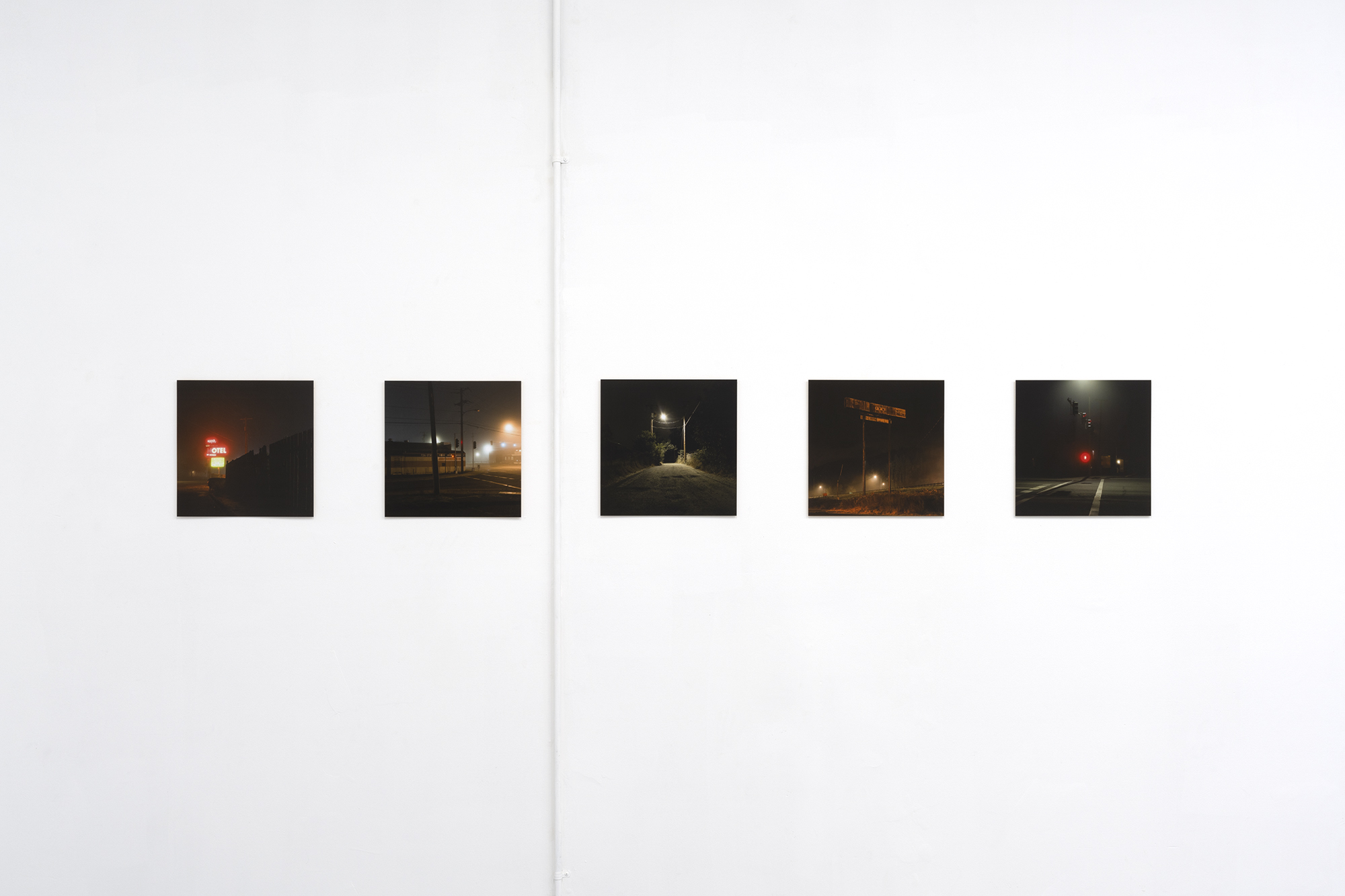
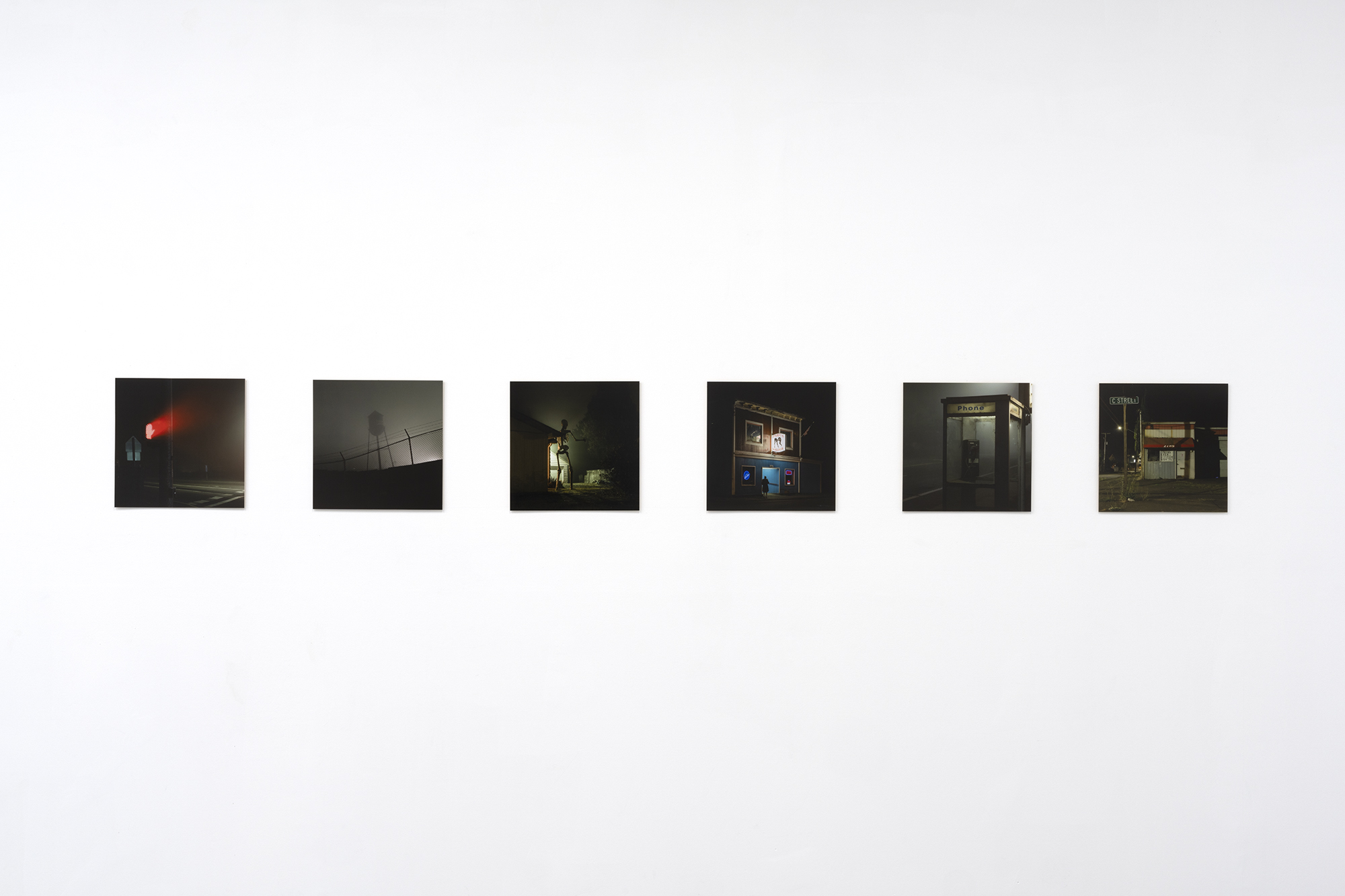
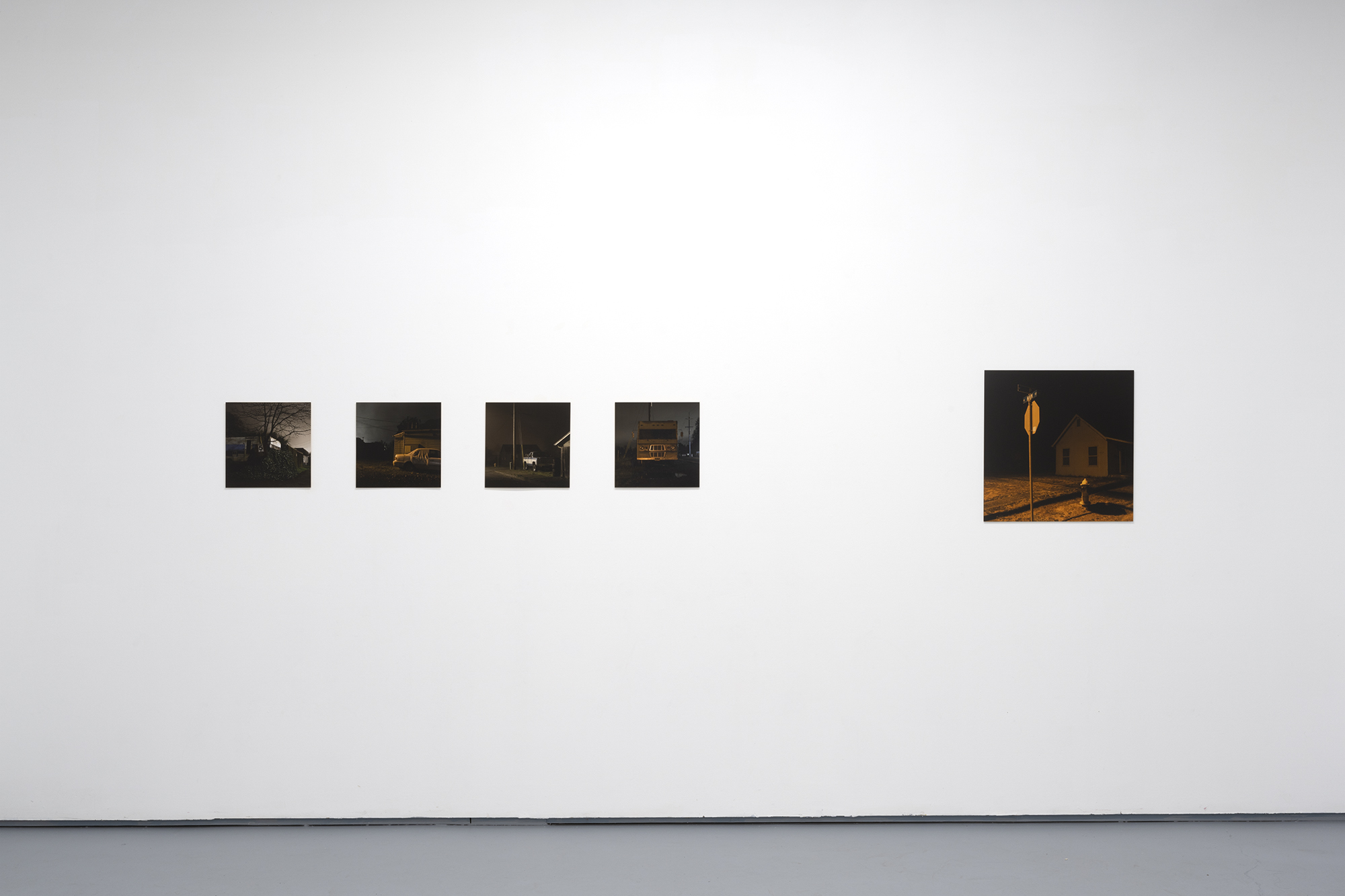

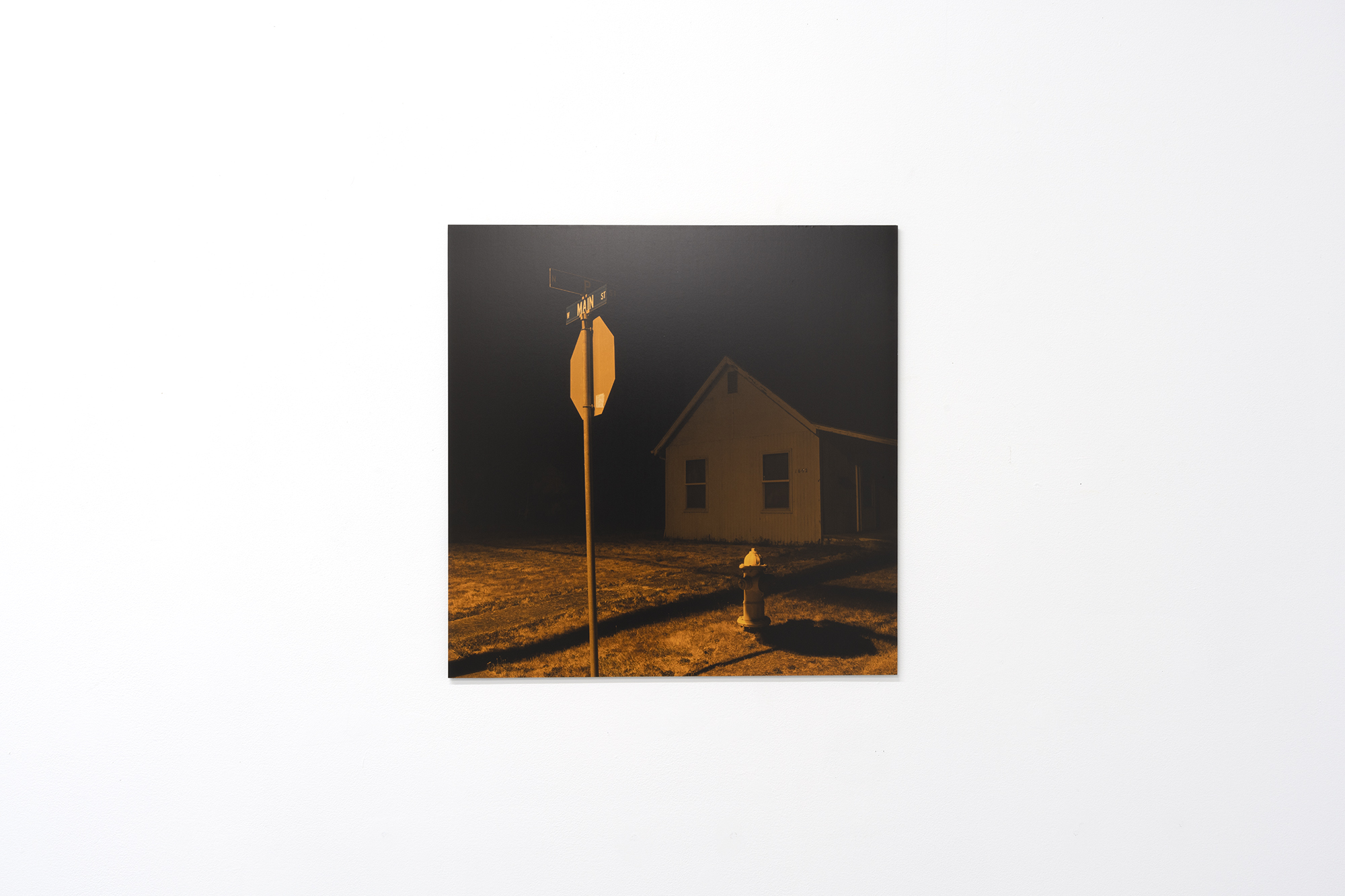
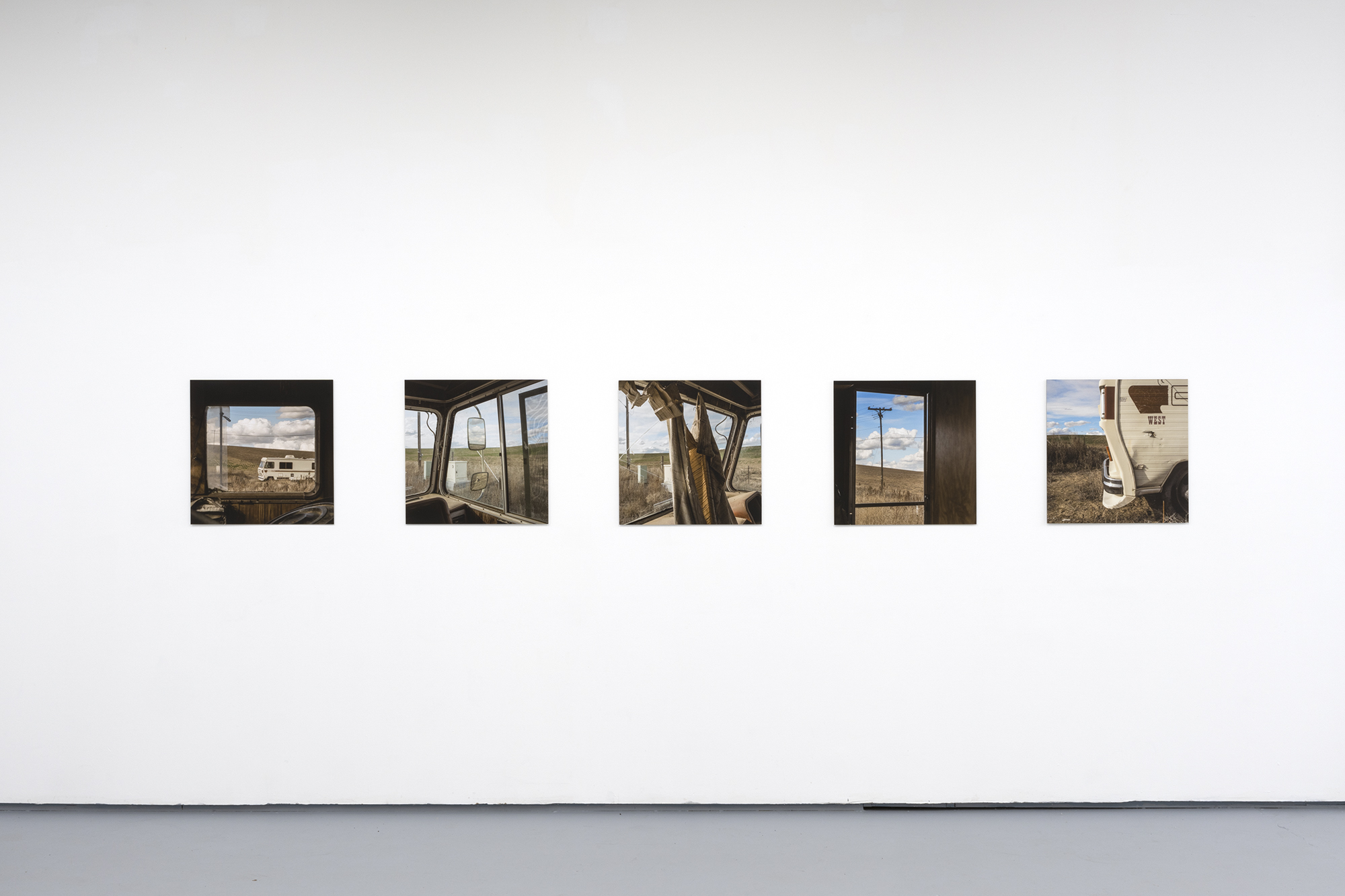
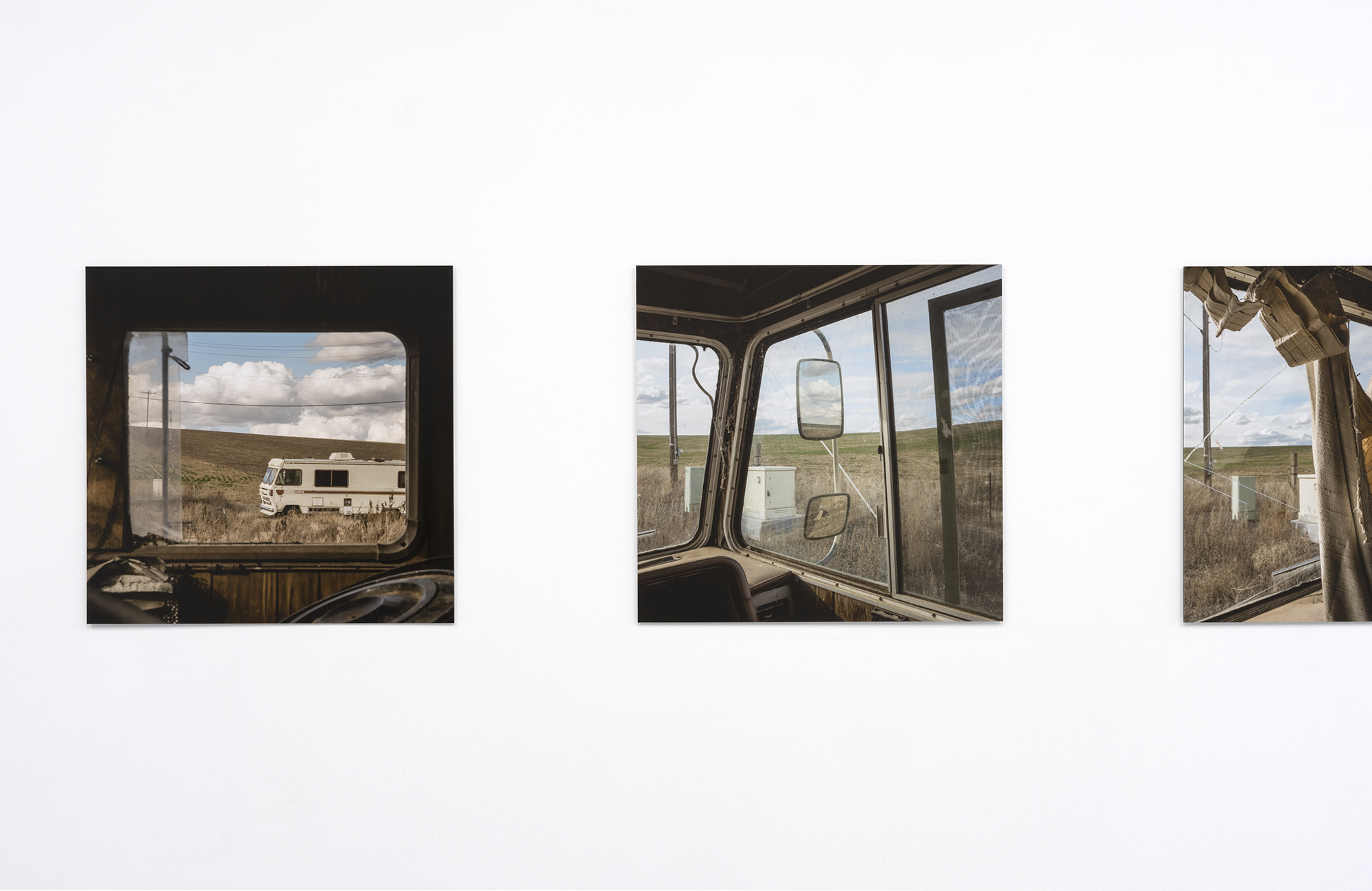
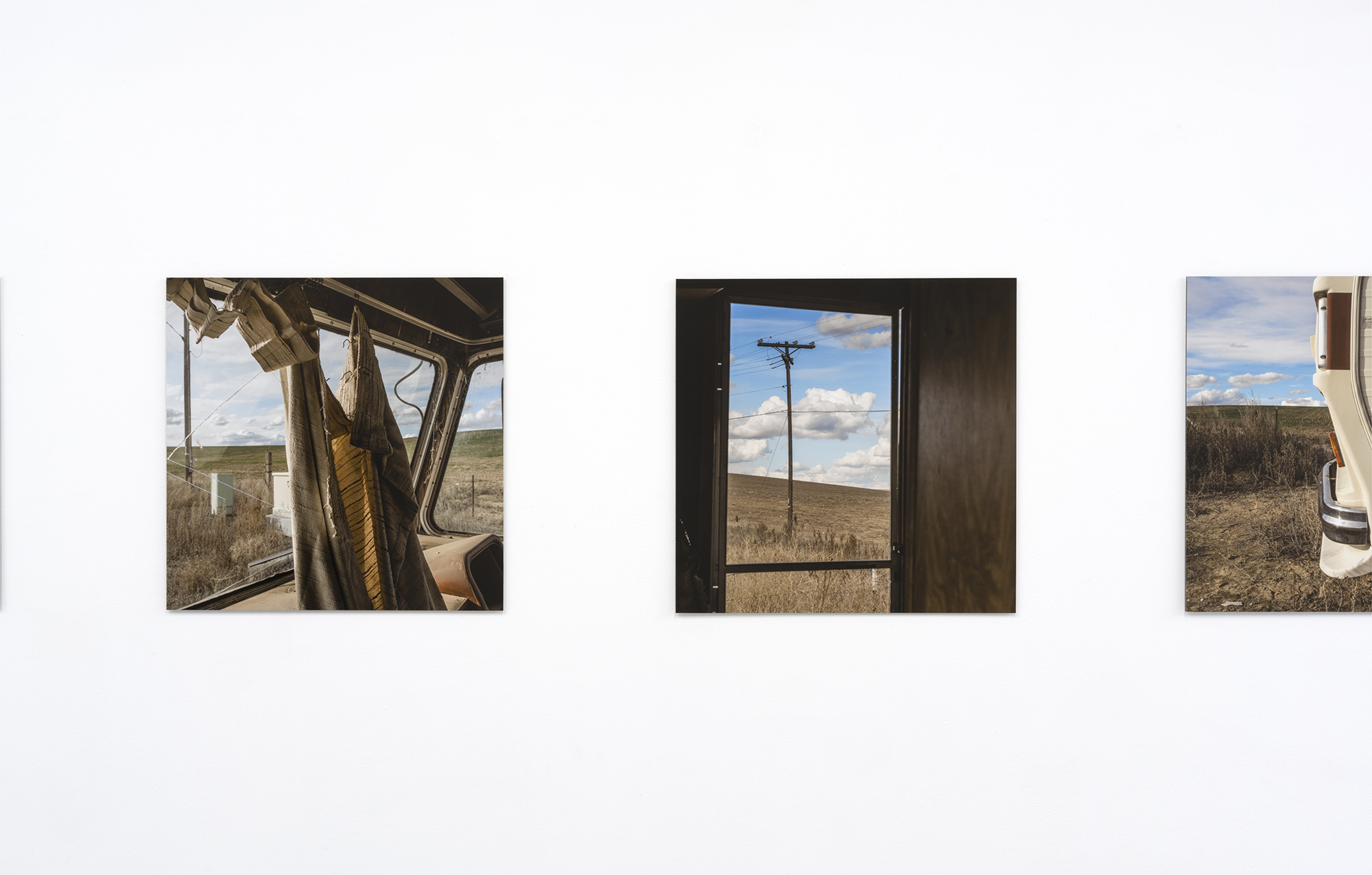
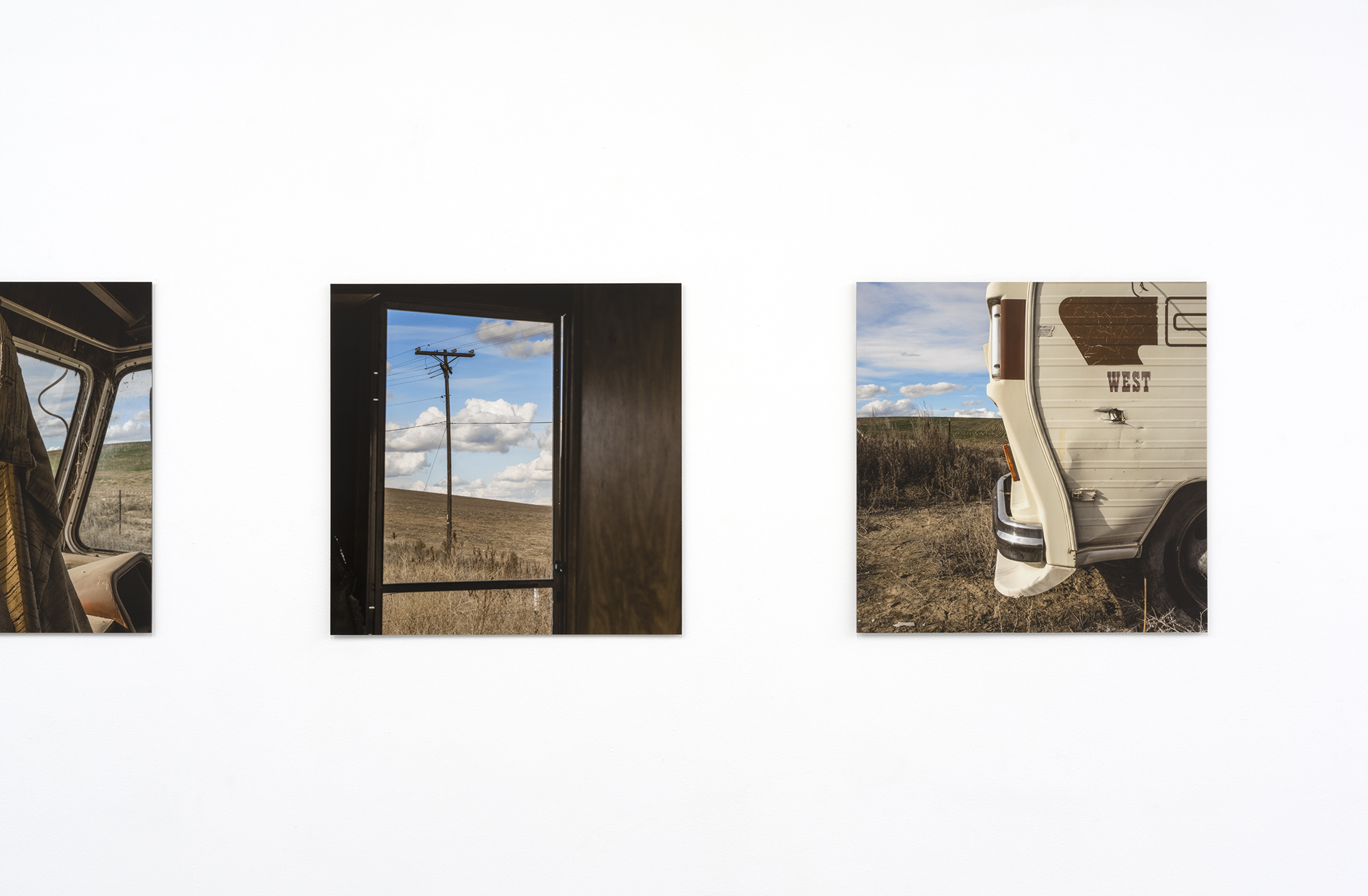
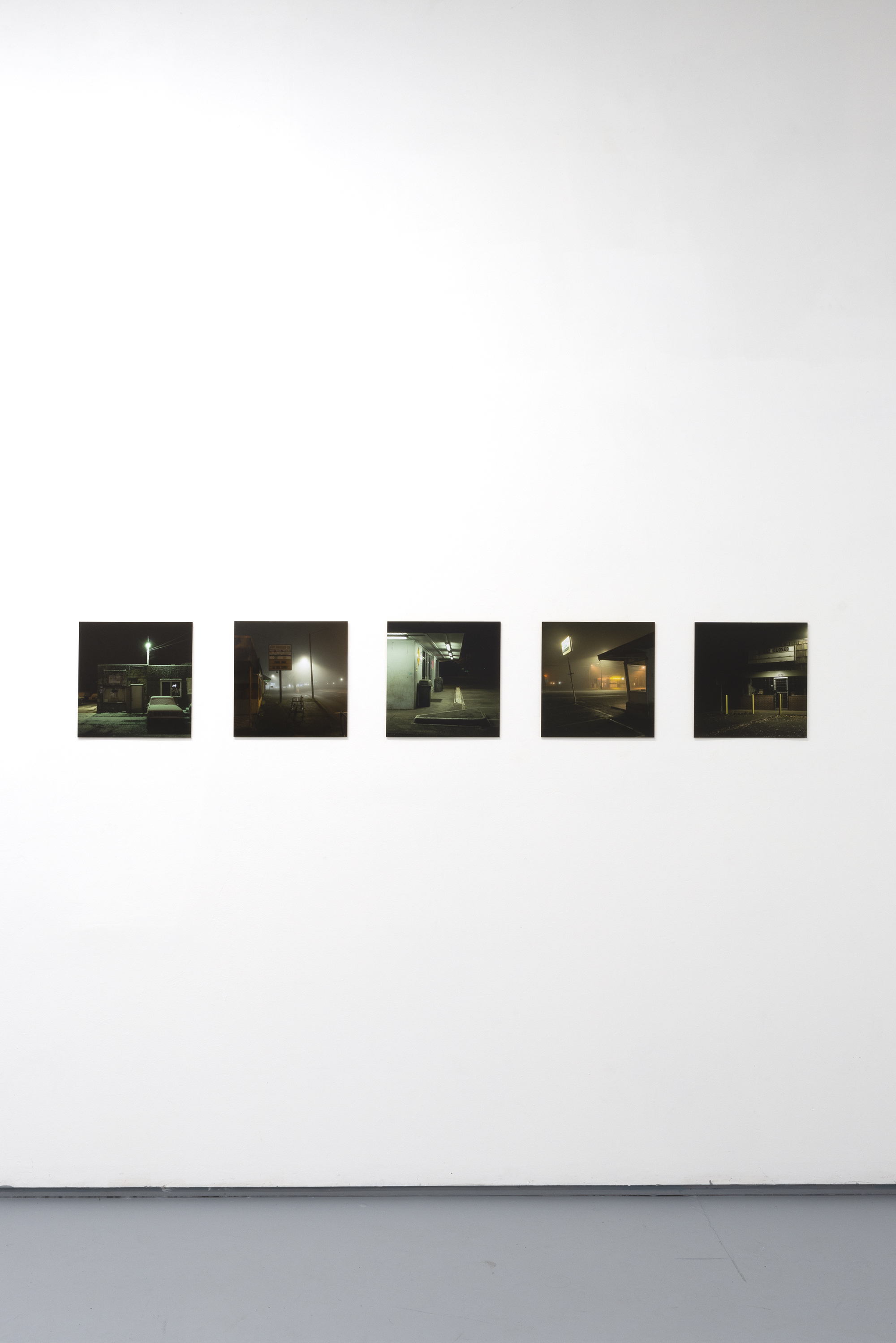
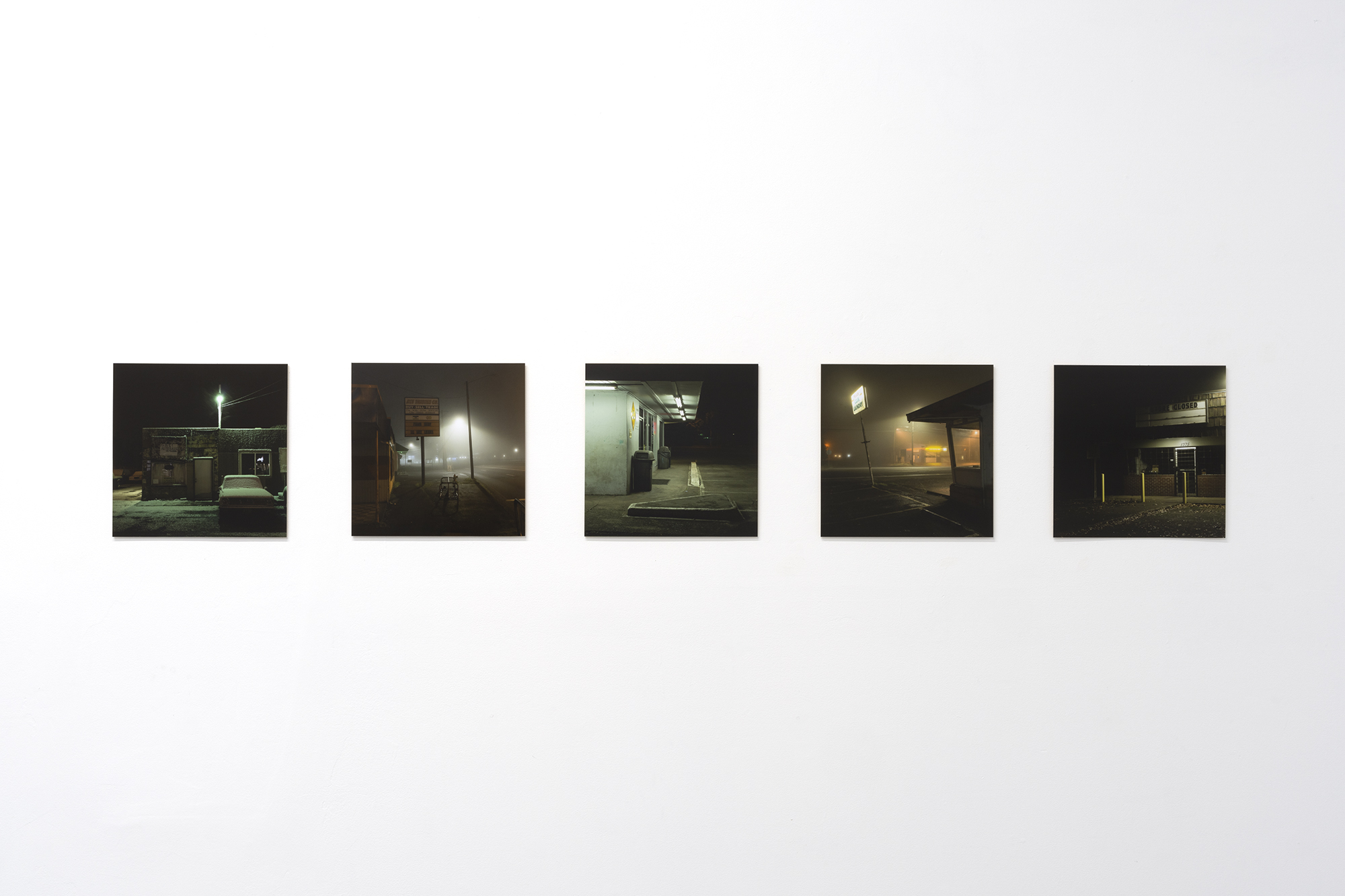
May 6 - May 28
Opening reception
Saturday, May 6, 5-7pm
Opening reception
Saturday, May 6, 5-7pm
Wendy Heldmann
All small stories
All small stories

There’s never less, there’s always more, 2022-23, acrylic and absorbent ground on canvas on panel, 36 x 28 inches
.
“All small stories” is an exhibition of paintings on the subjects of place, home, and identity that sometimes include people and often do not. Figures are either solidly fixed within their spaces, occupied and distracted, or they have apparently very recently vacated, leaving evidence of their absence and anticipation of their eventual return. This impression that someone has recently departed or is about to arrive amplifies the experience of the empty spaces, which are otherwise full of detail. The paintings take as a starting point the limit of photography and use photos as a catalog of memories to allow for an extended re-addressing of a moment. The vantage takes the broadest possible view of the depicted space, like an establishing shot in cinema. Looking through a doorway or from a far corner of a room, a personal sensibility is cultivated. The titles are usually reflections on and collaborations with poetry, prose, and lyrics, and begin the telling of a story where an interior and its objects become a portrait of the inhabitant/s.
Wendy Heldmann (b. 1975 Charlotte, NC) is an artist, teacher, and arts administrator currently living in Eugene, Oregon. After studying civil engineering at Cornell University and at the Hamburg University of Technology in Germany, Heldmann received a BFA in interdisciplinary studies from the San Francisco Art Institute and a master’s degree with distinction in visual art and textiles from Goldsmiths University of London. She was the public programs director and a visual studies faculty member at the Southern California Institute of Architecture in Los Angeles from 2002-2012 and has been doing similar work for the University of Oregon’s Department of Art since 2013. Her work has been exhibited nationally in galleries, museums, and non-profit spaces and has been reviewed and published in catalogs, books, and print periodicals including the New York Times, New York Magazine, the Los Angeles Times, the San Francisco Chronicle, Architectural Record, McSweeney’s, and New American Paintings.




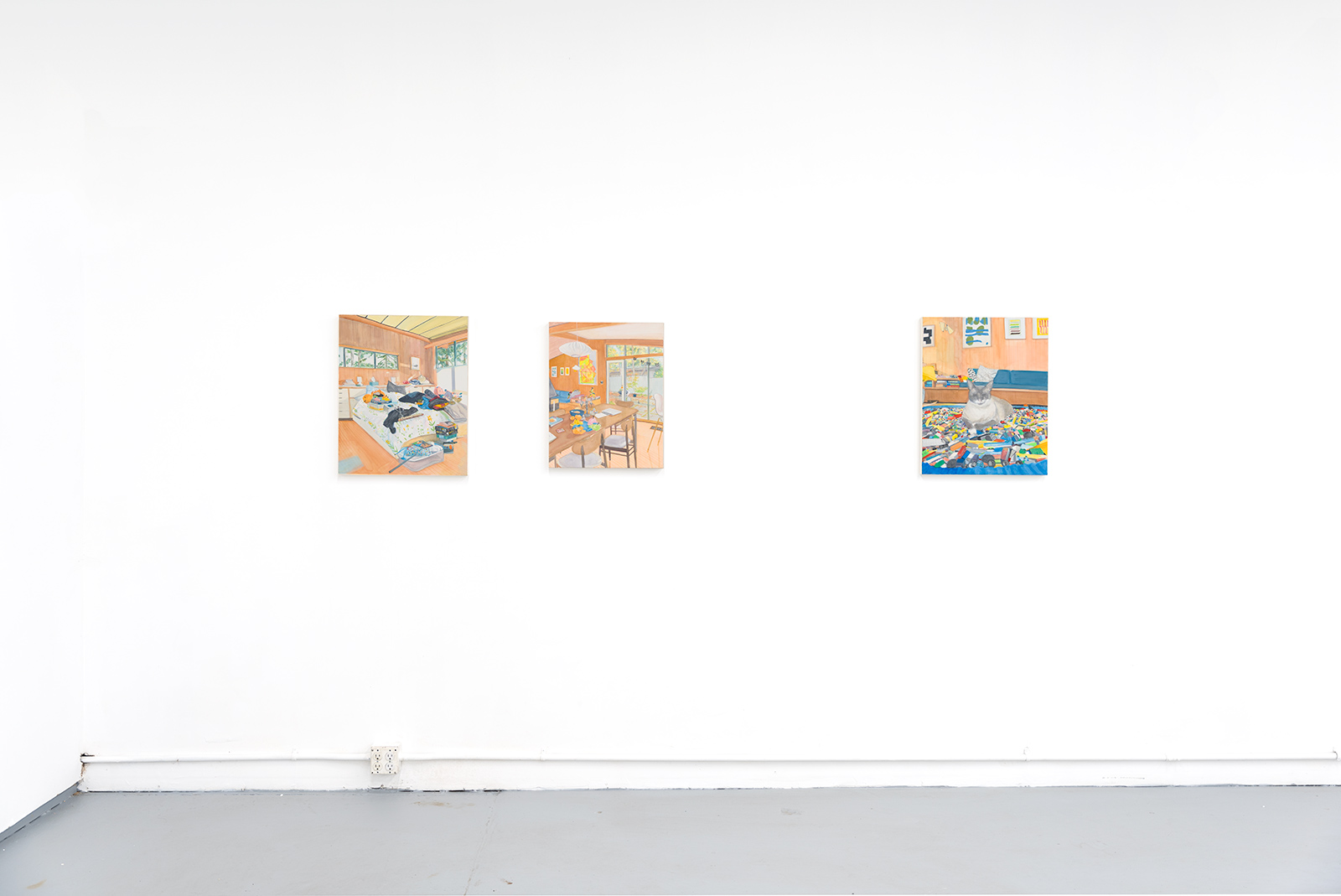

















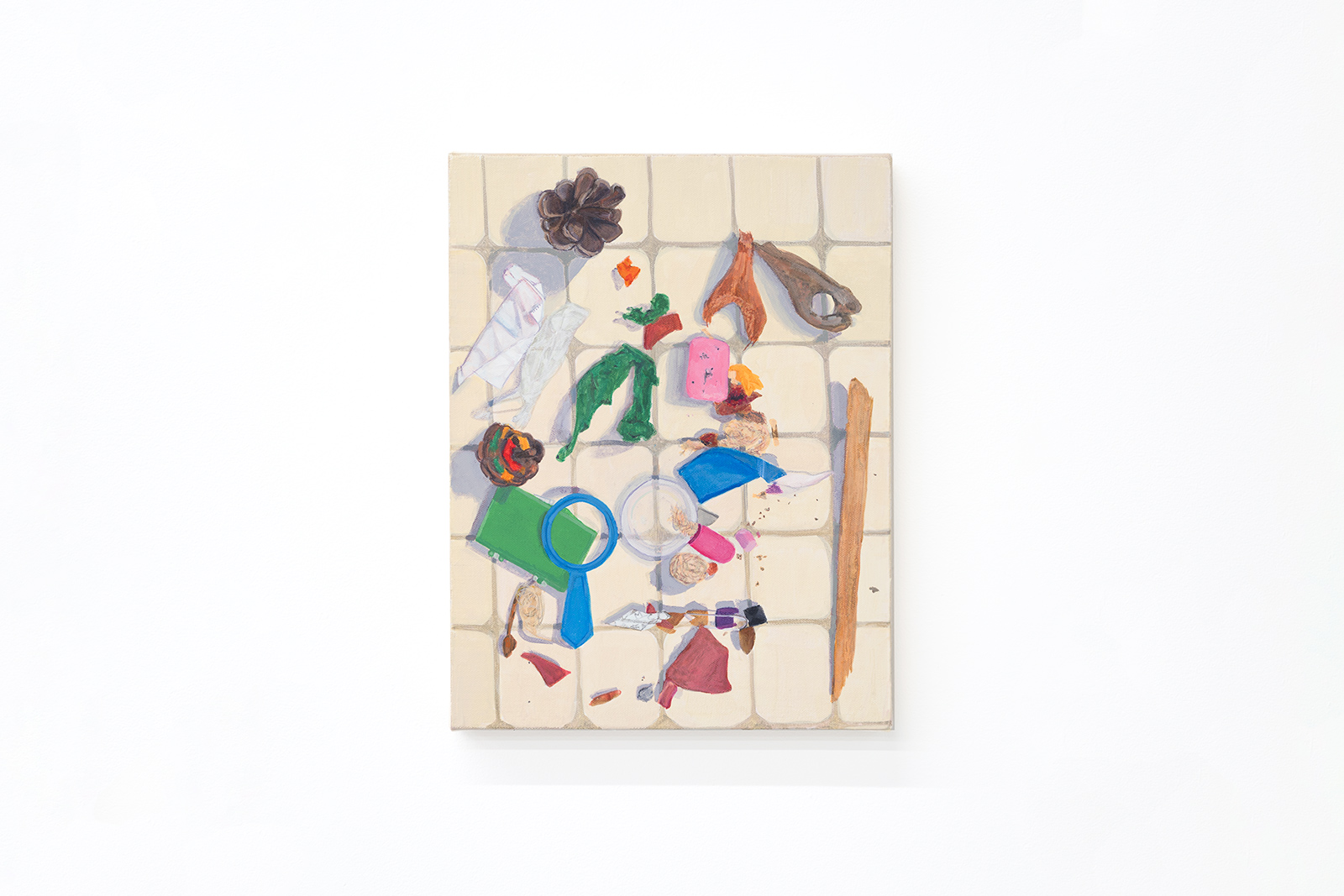
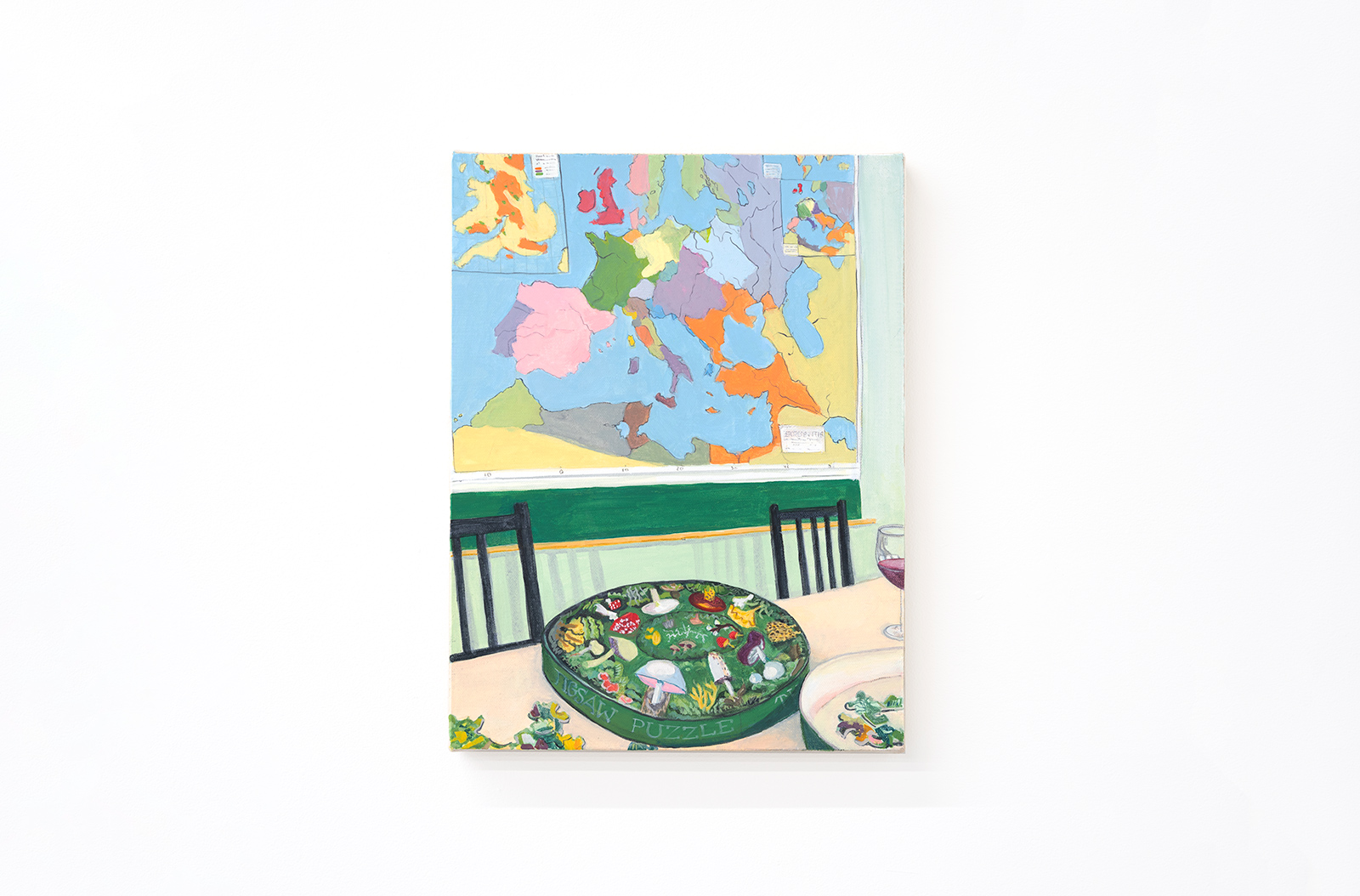











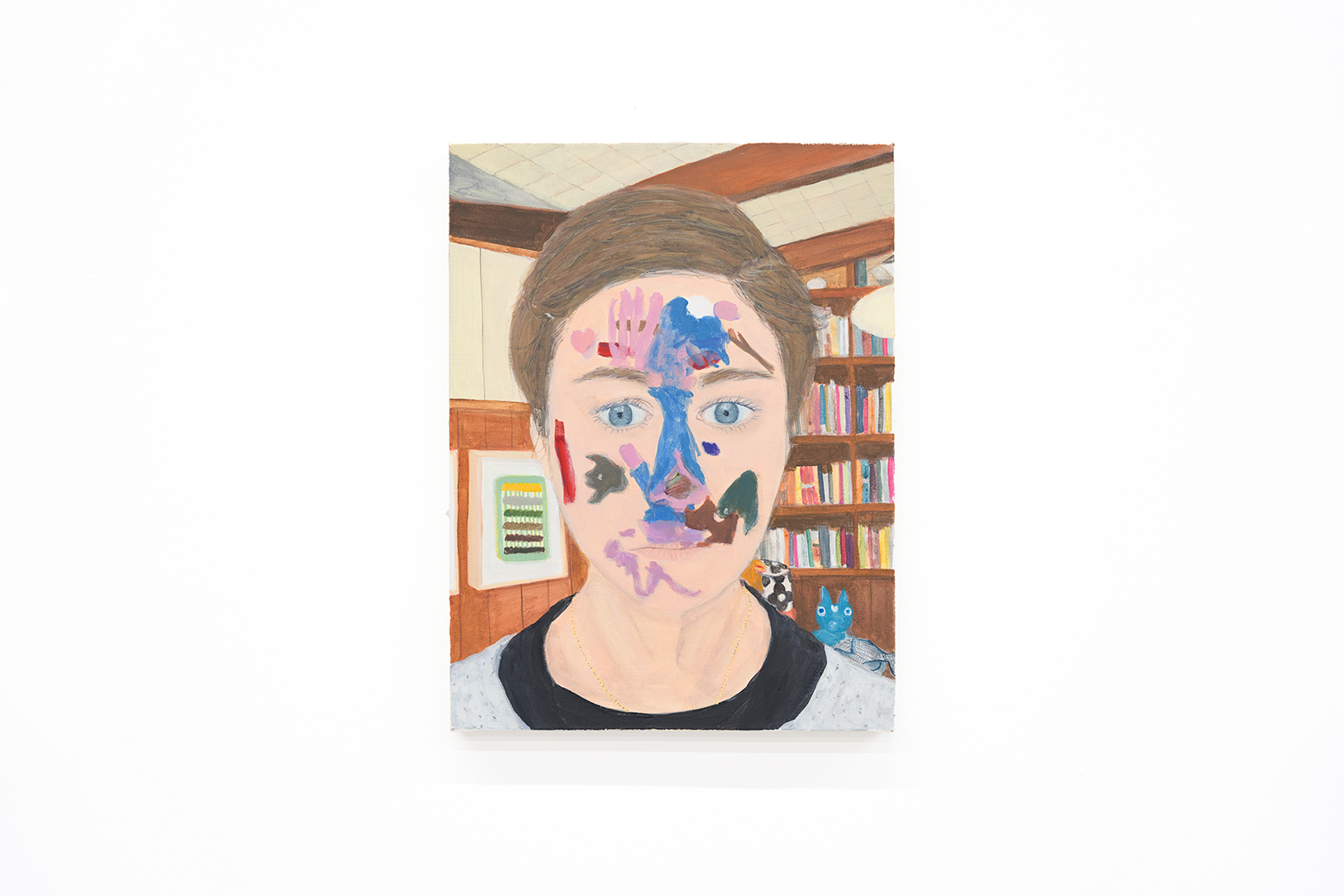


March 11 - April 2
Opening reception Saturday, March 11, 5-7pm
Opening reception Saturday, March 11, 5-7pm
Bekí Basch
The Lunar Series
The Lunar Series


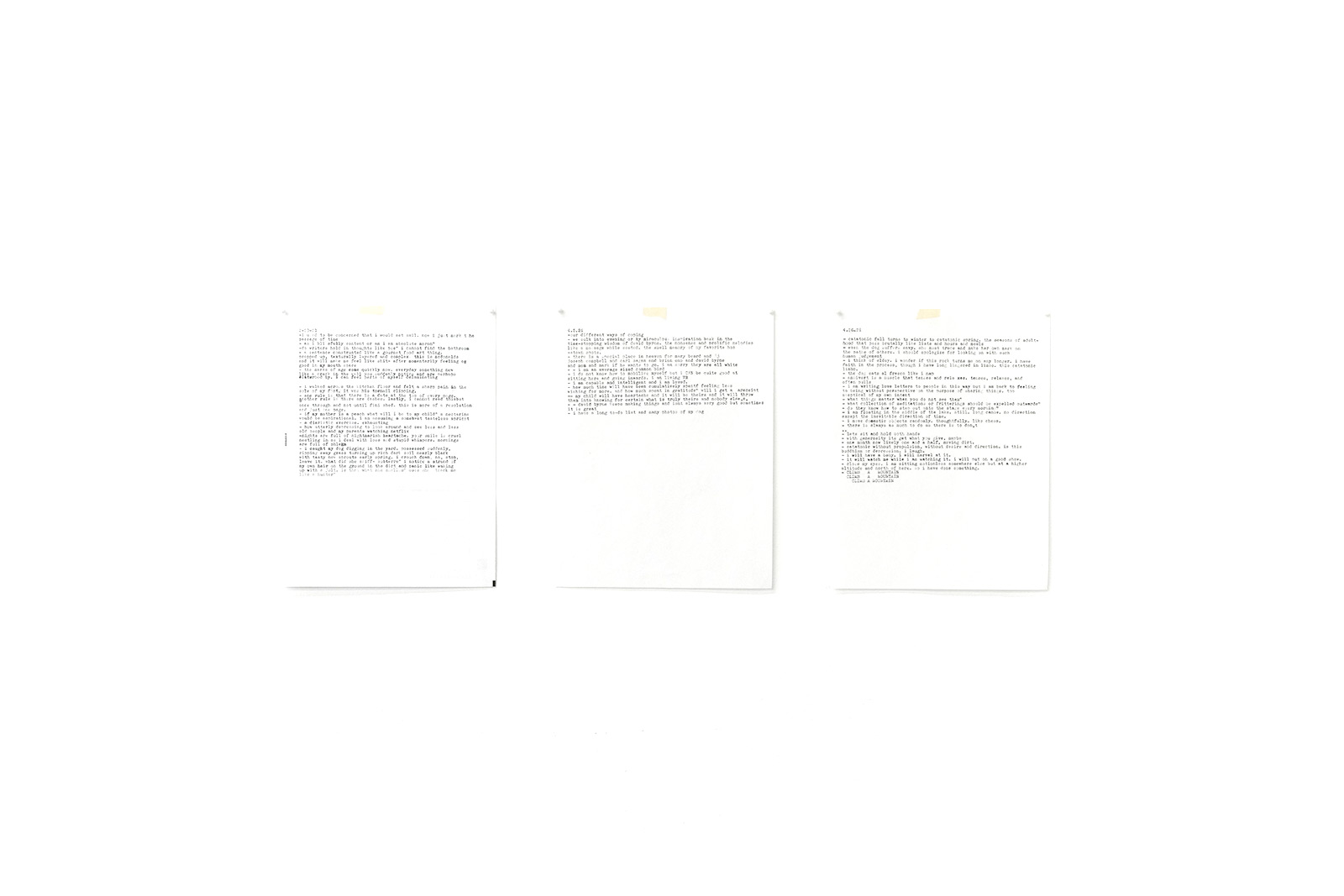




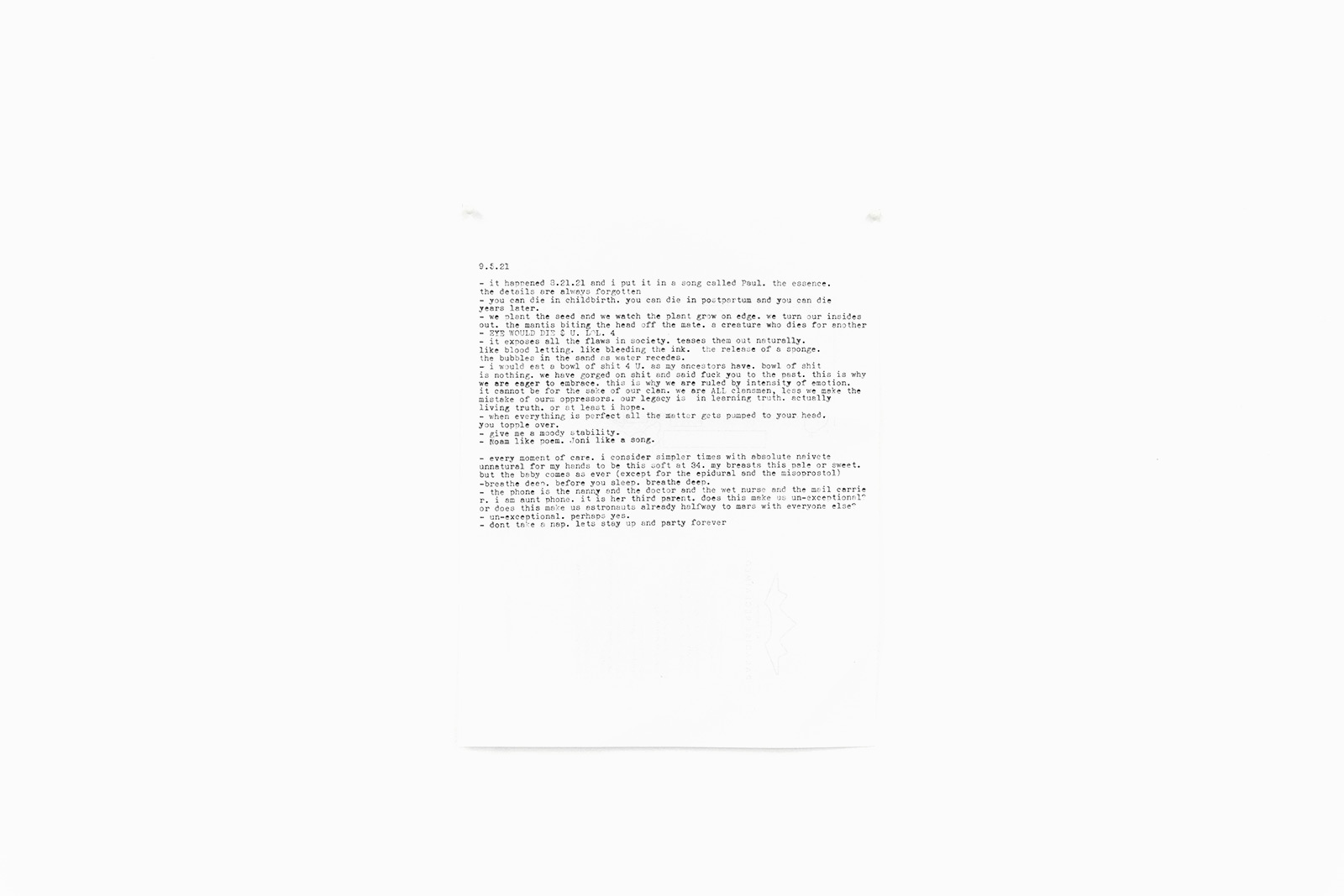
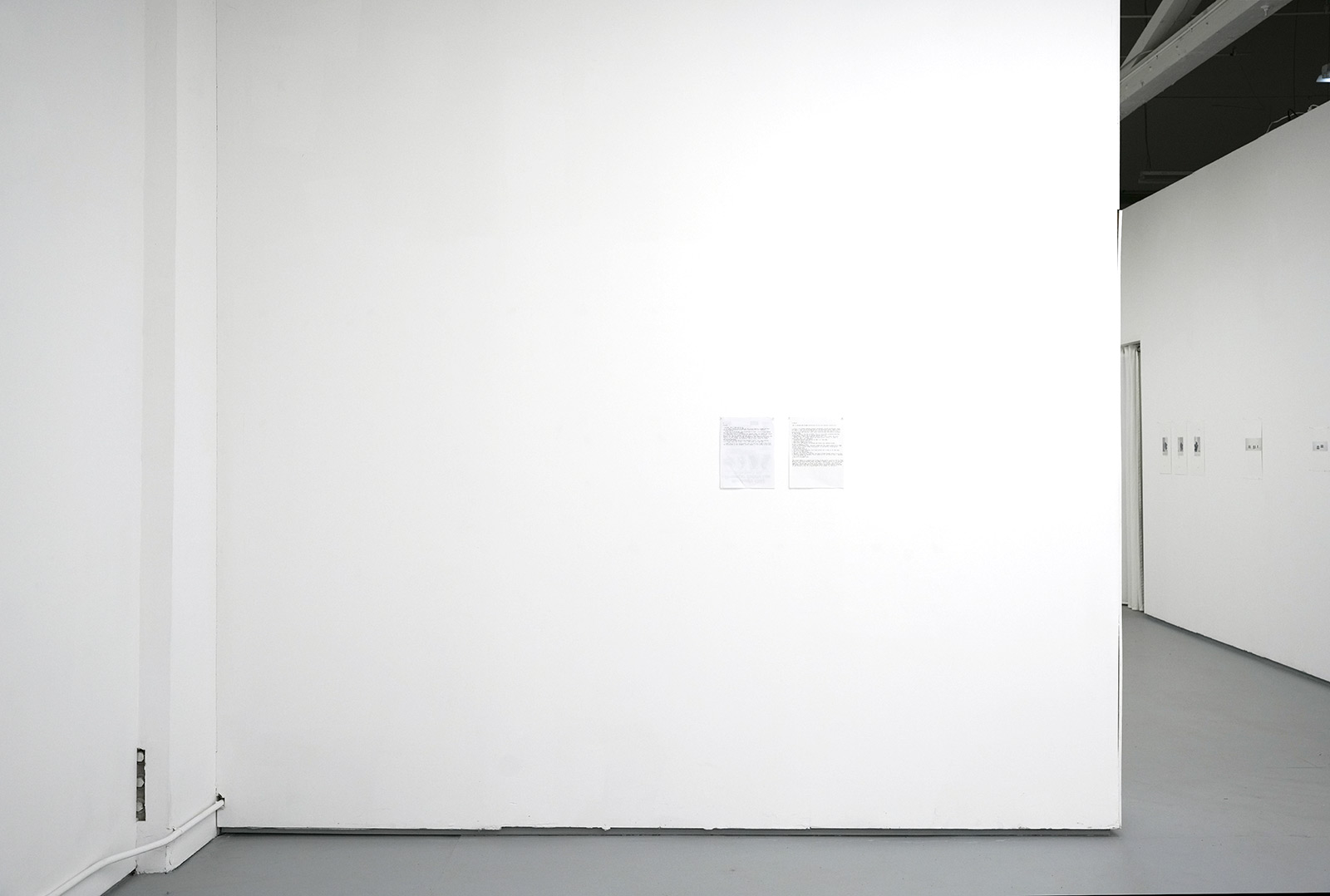
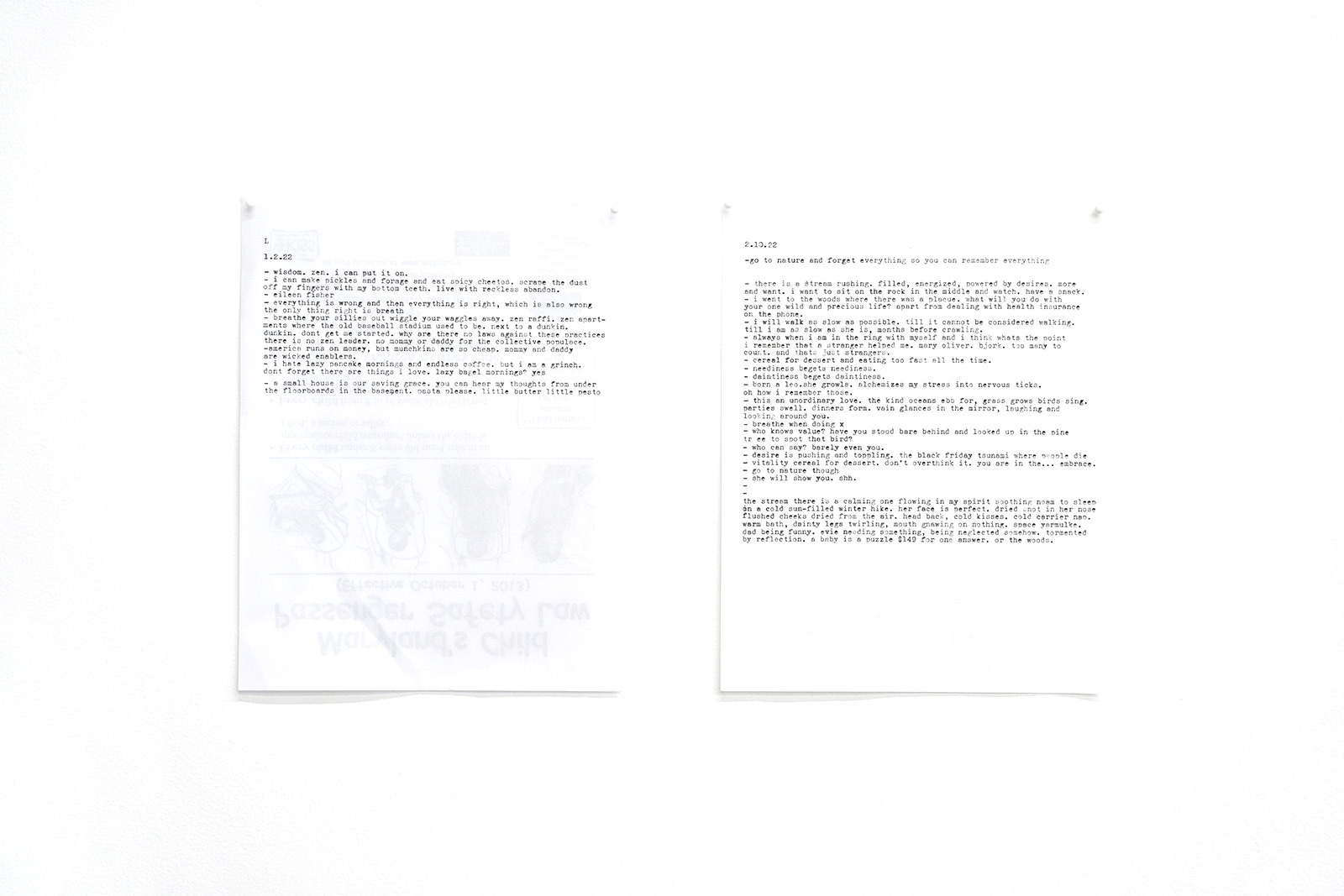
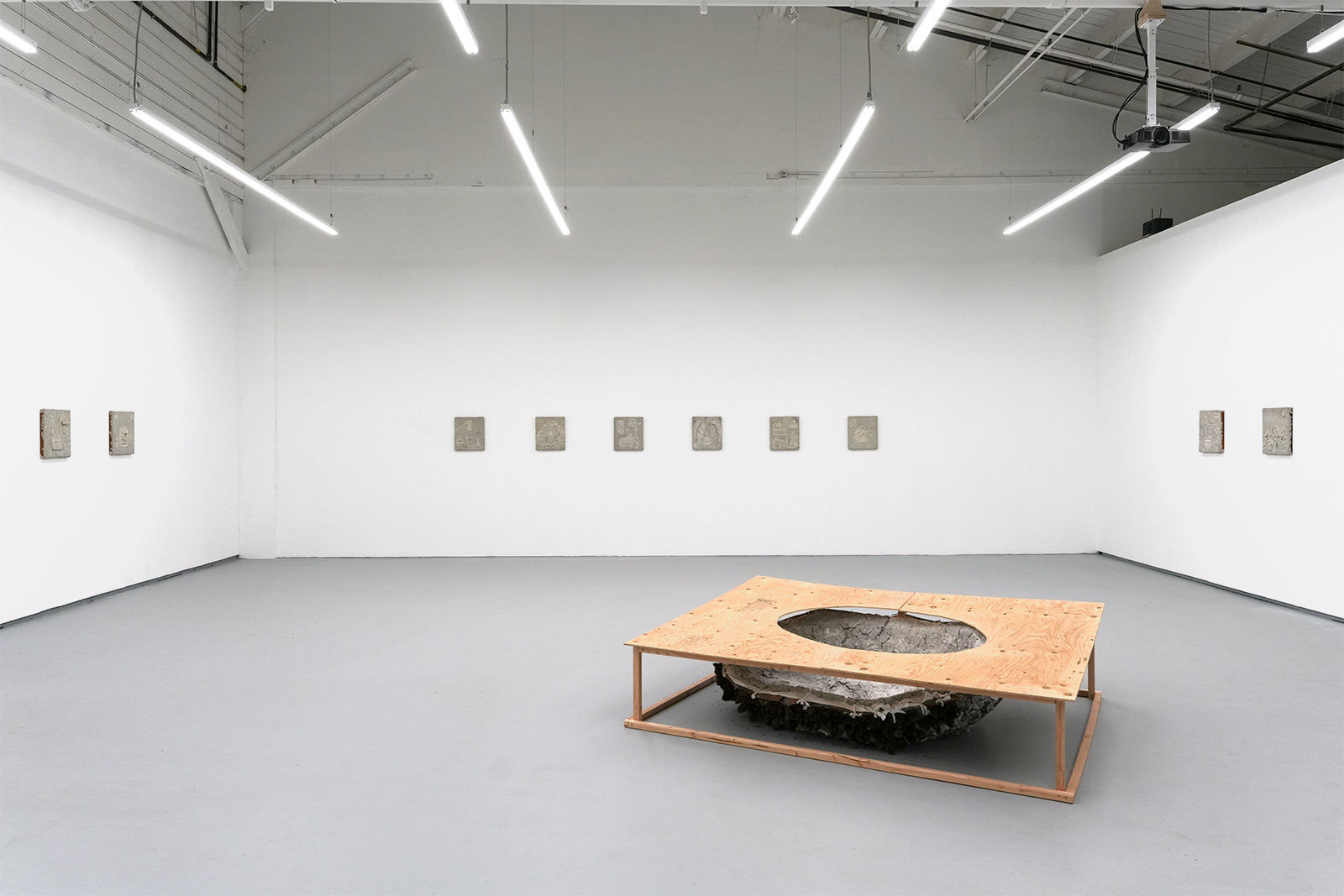
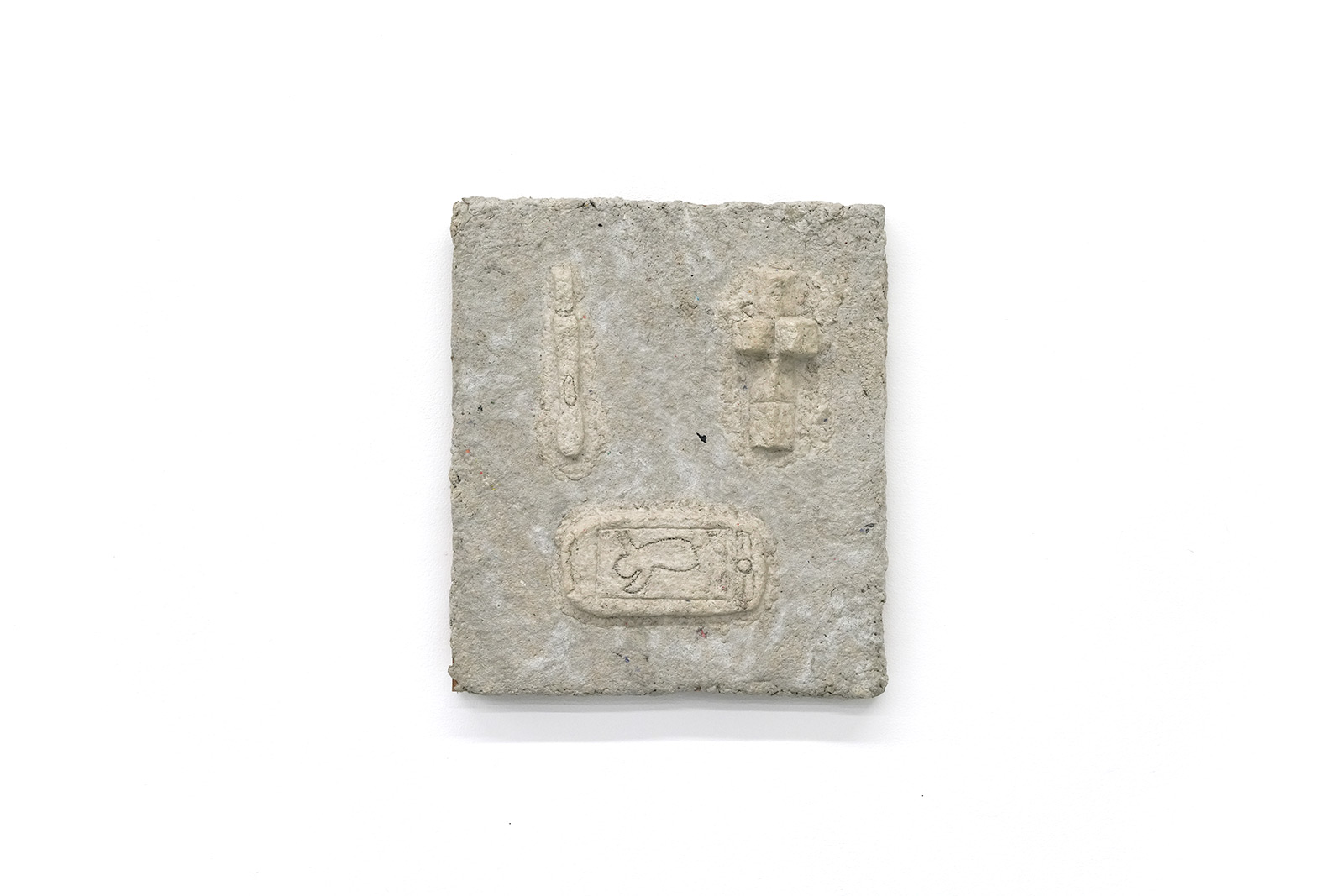
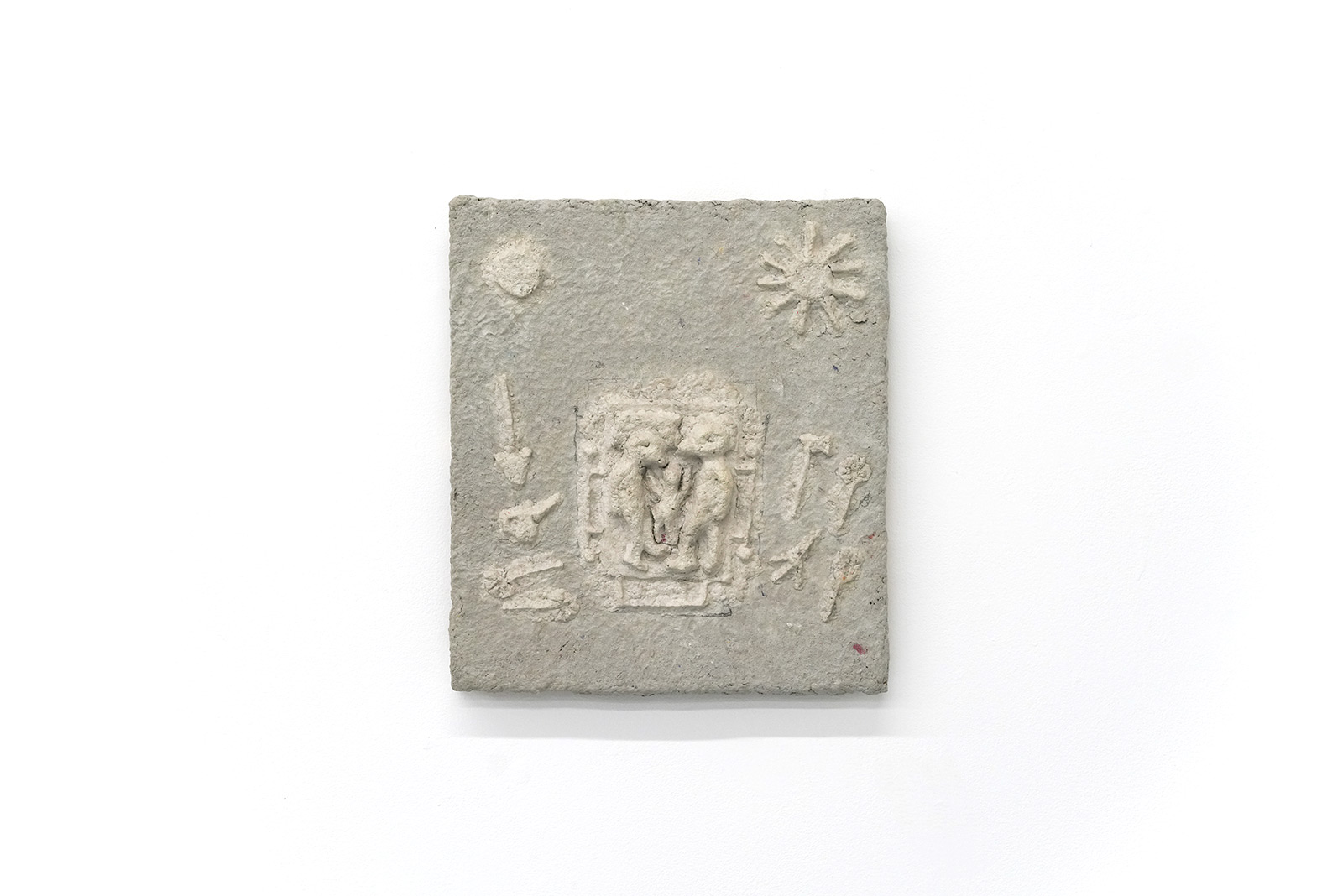

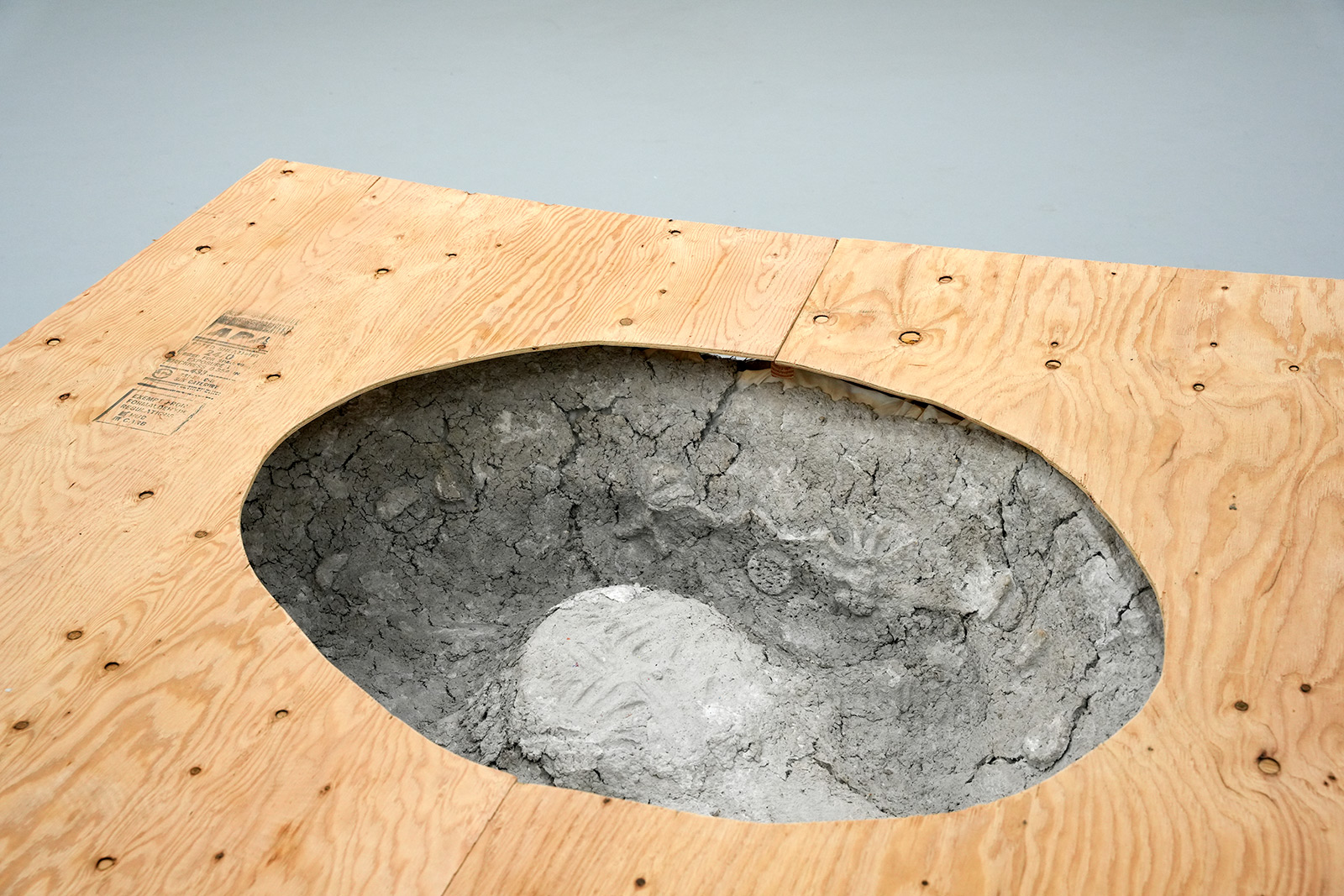

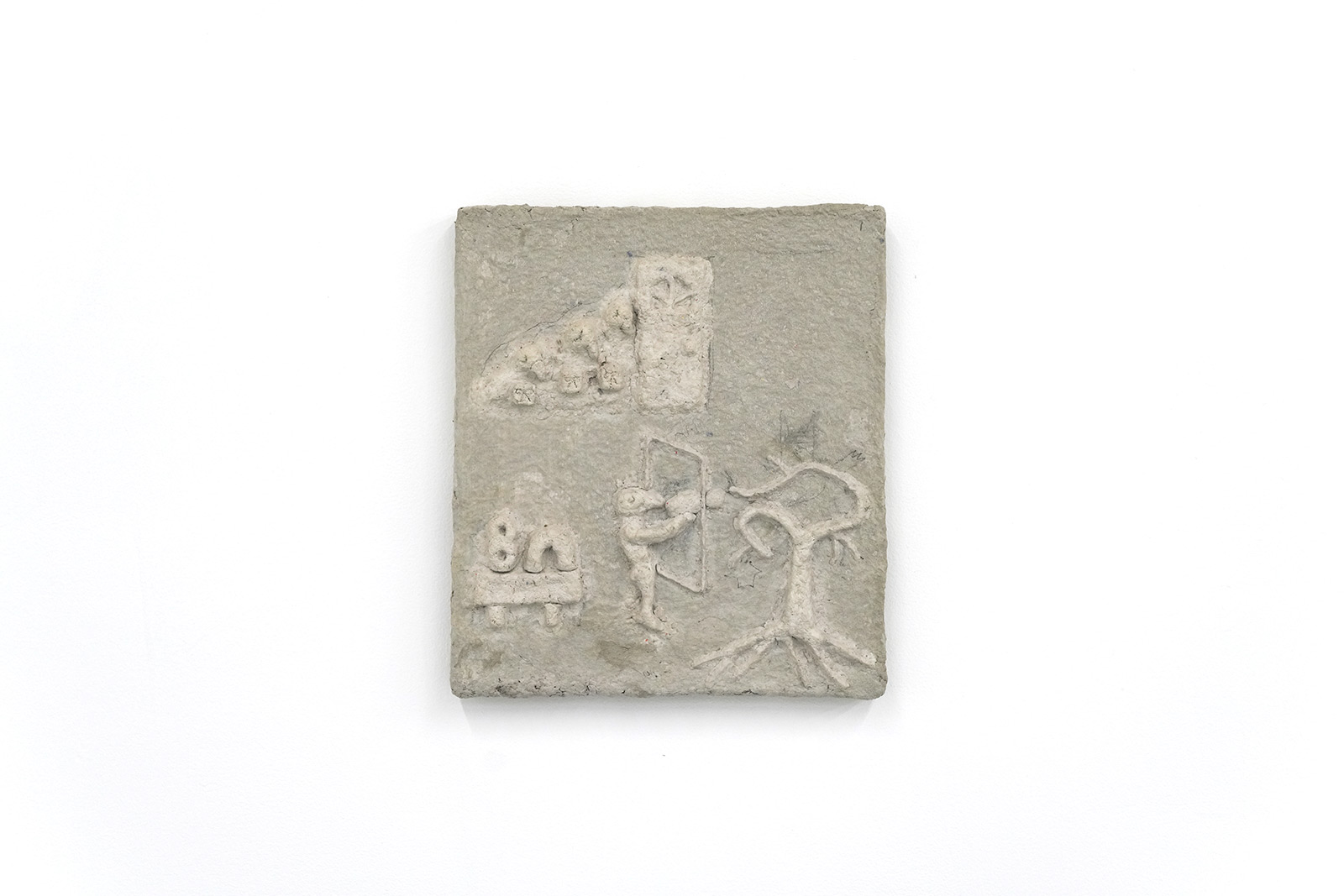

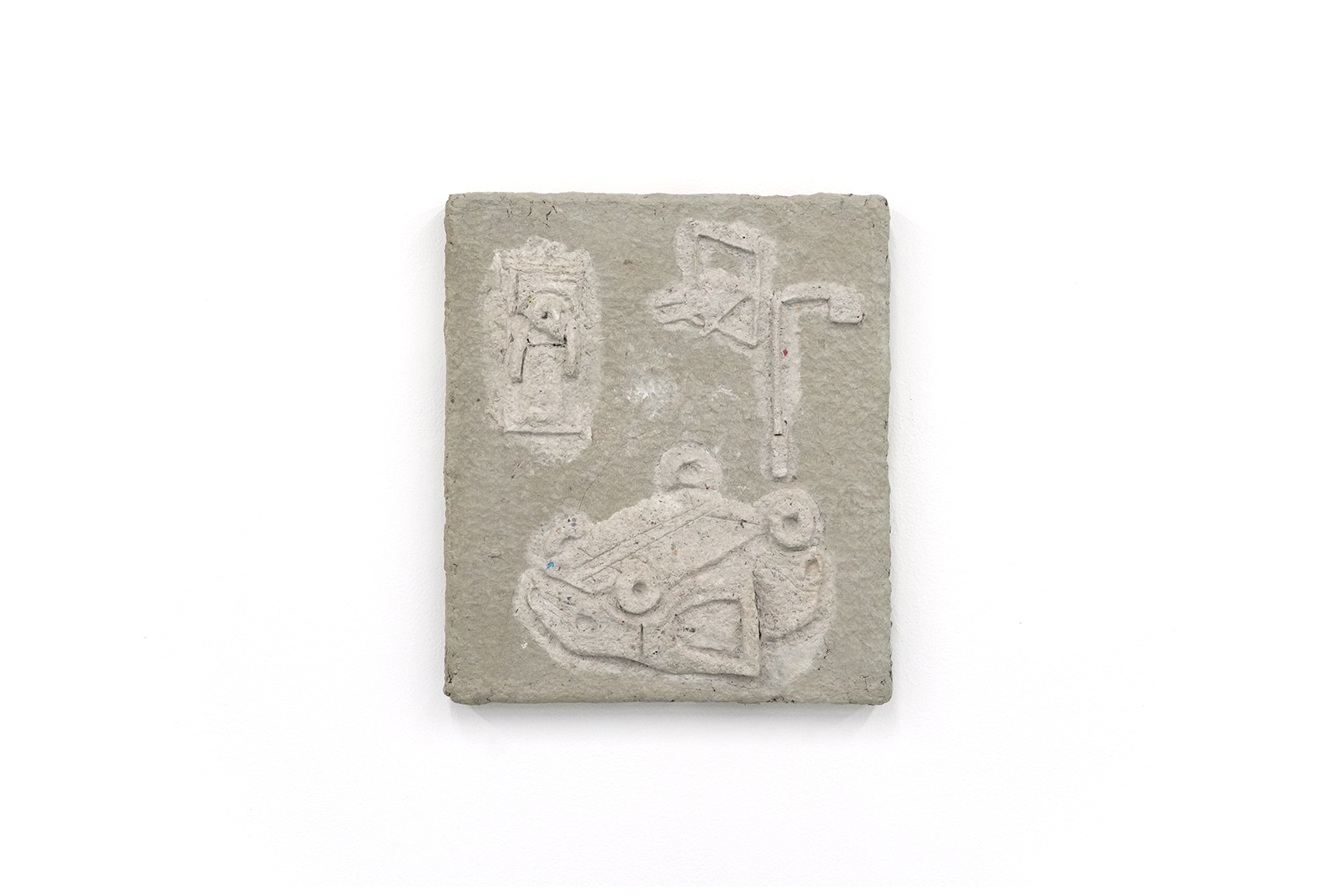
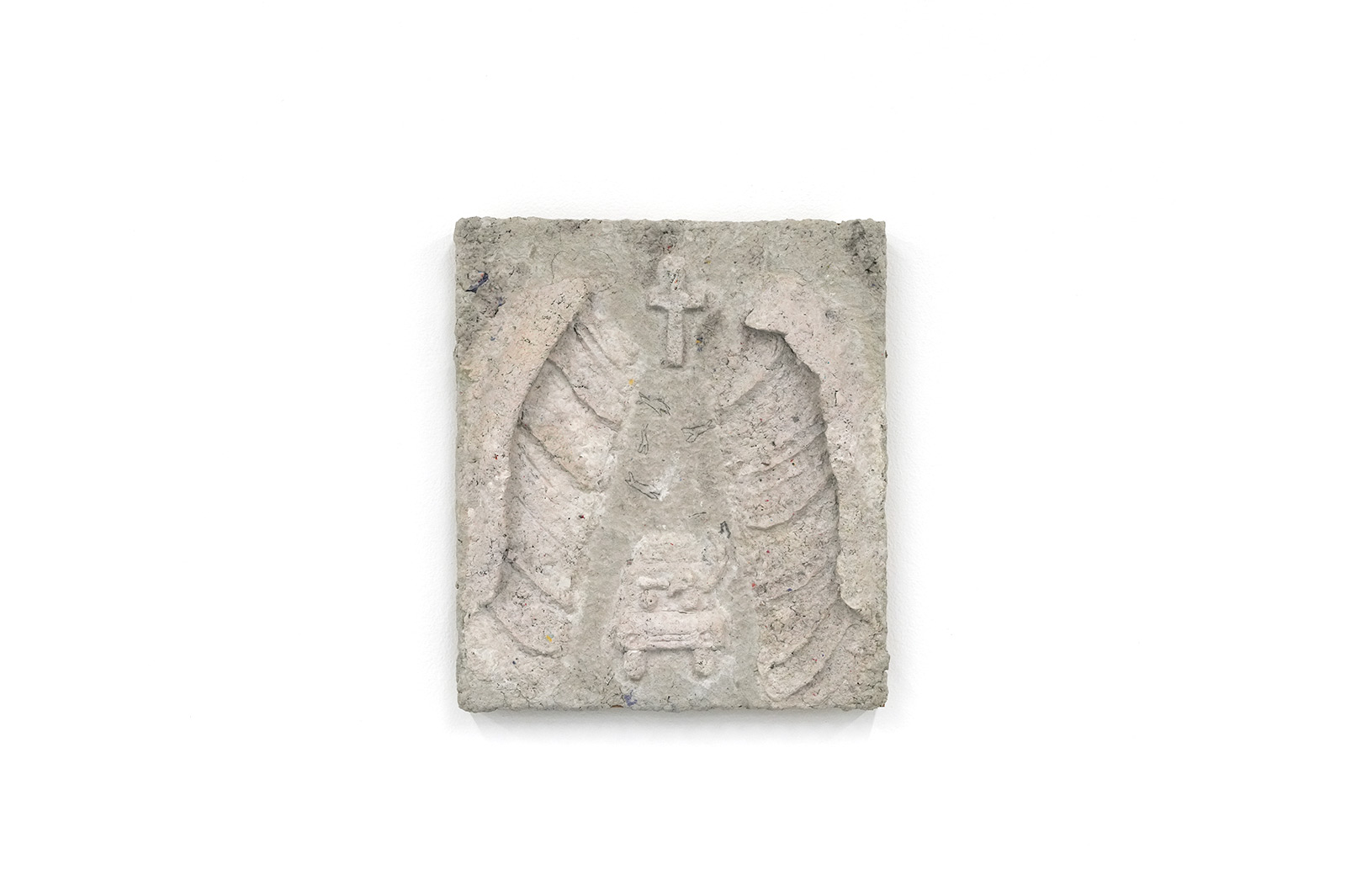

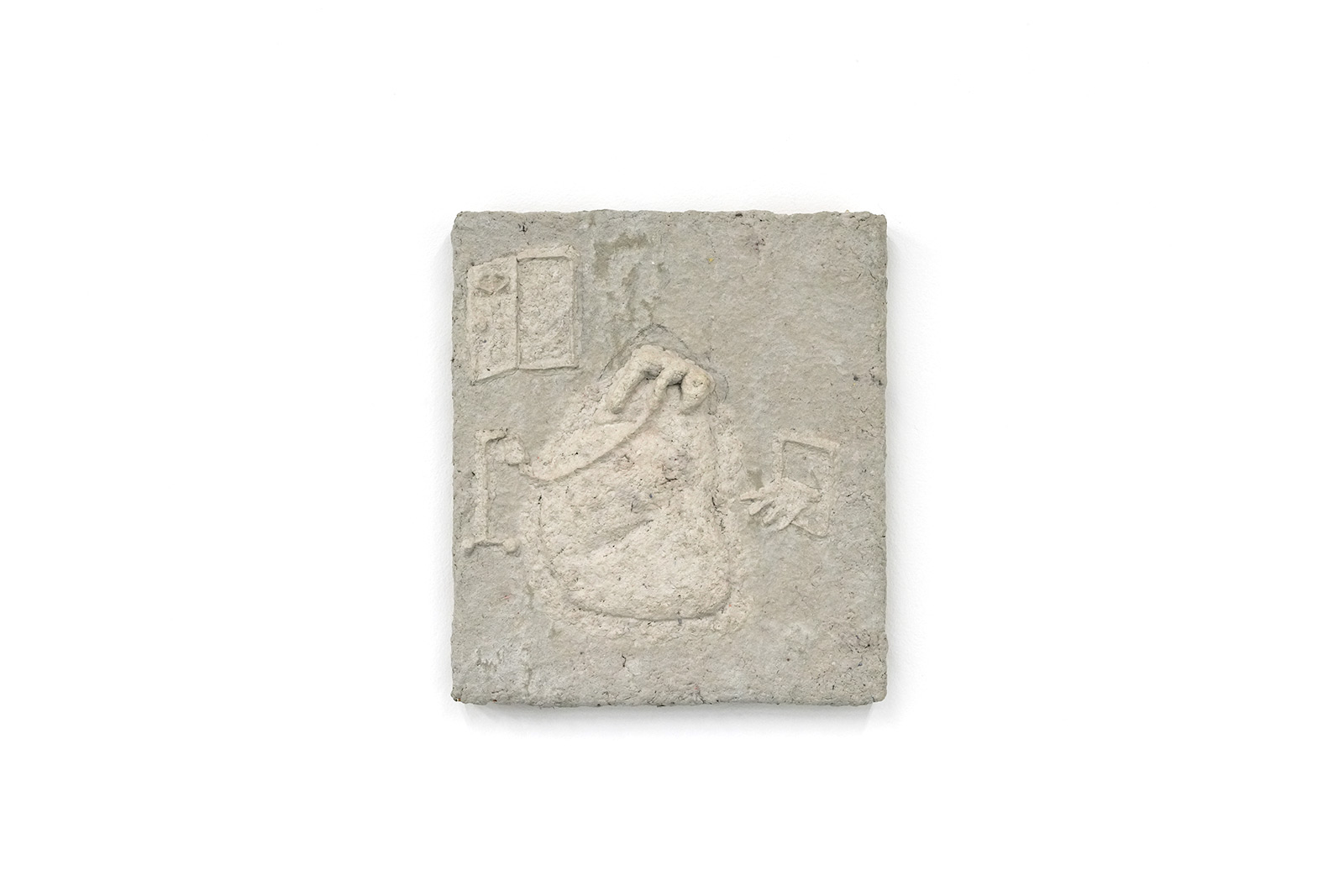
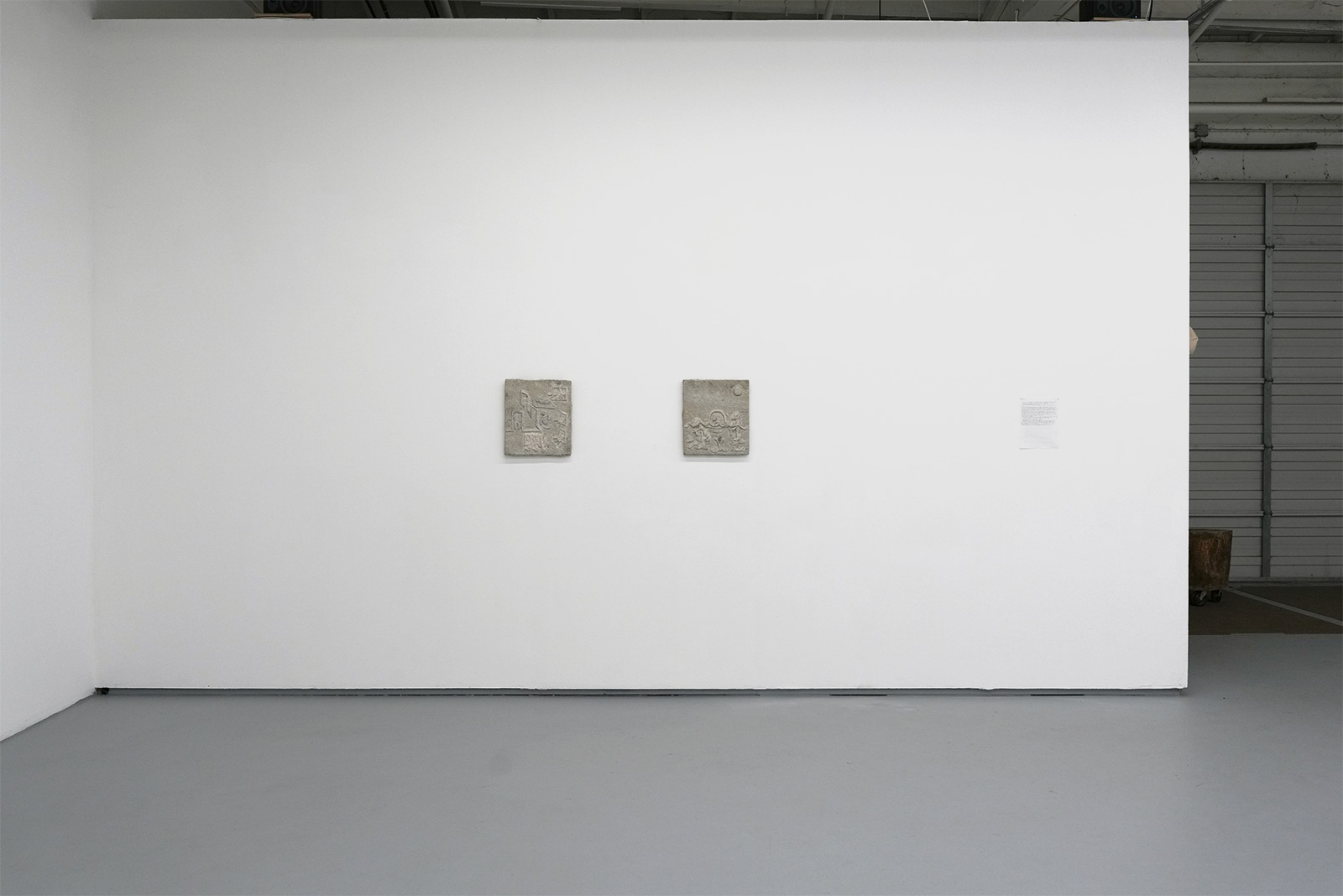

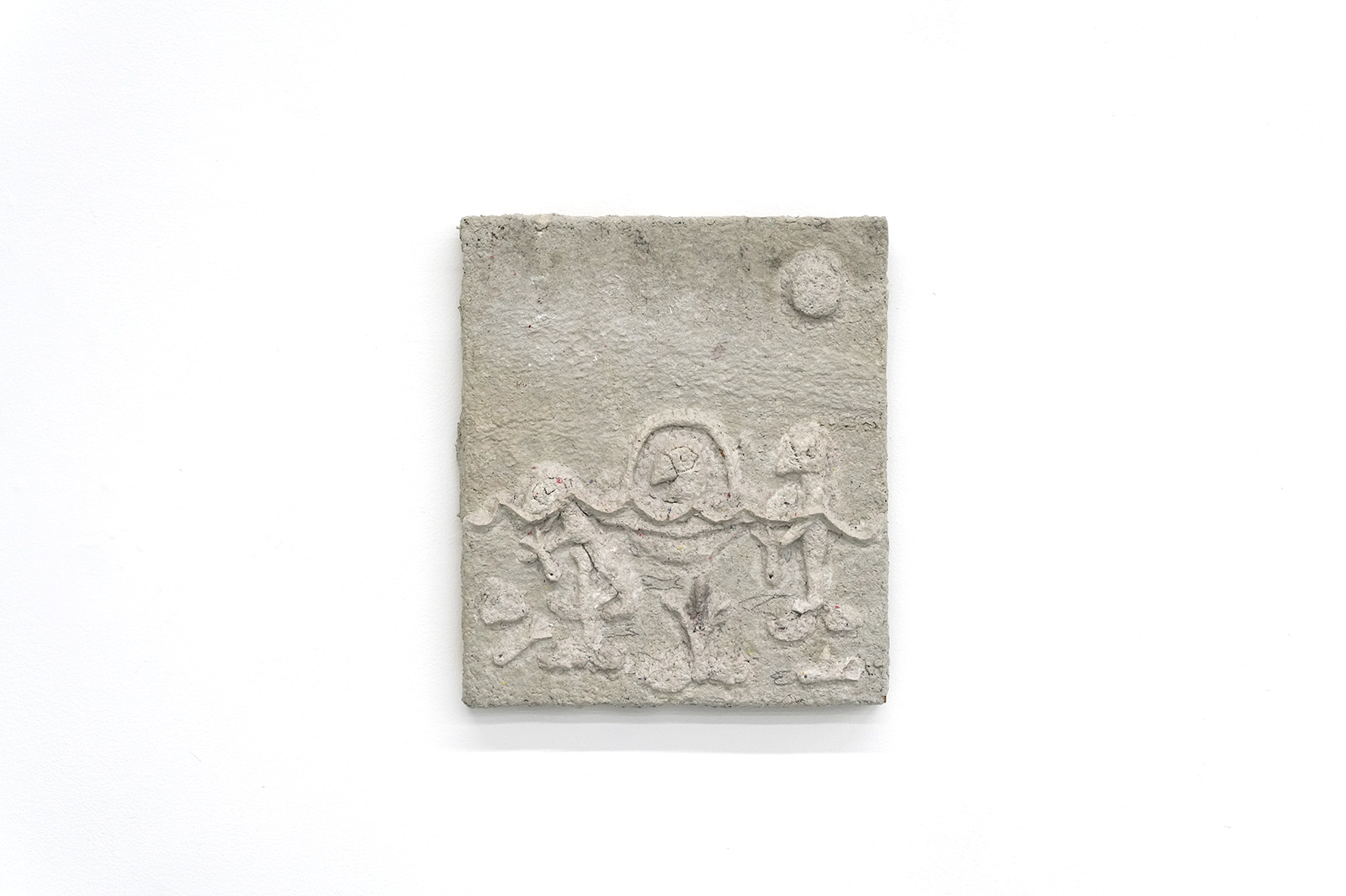
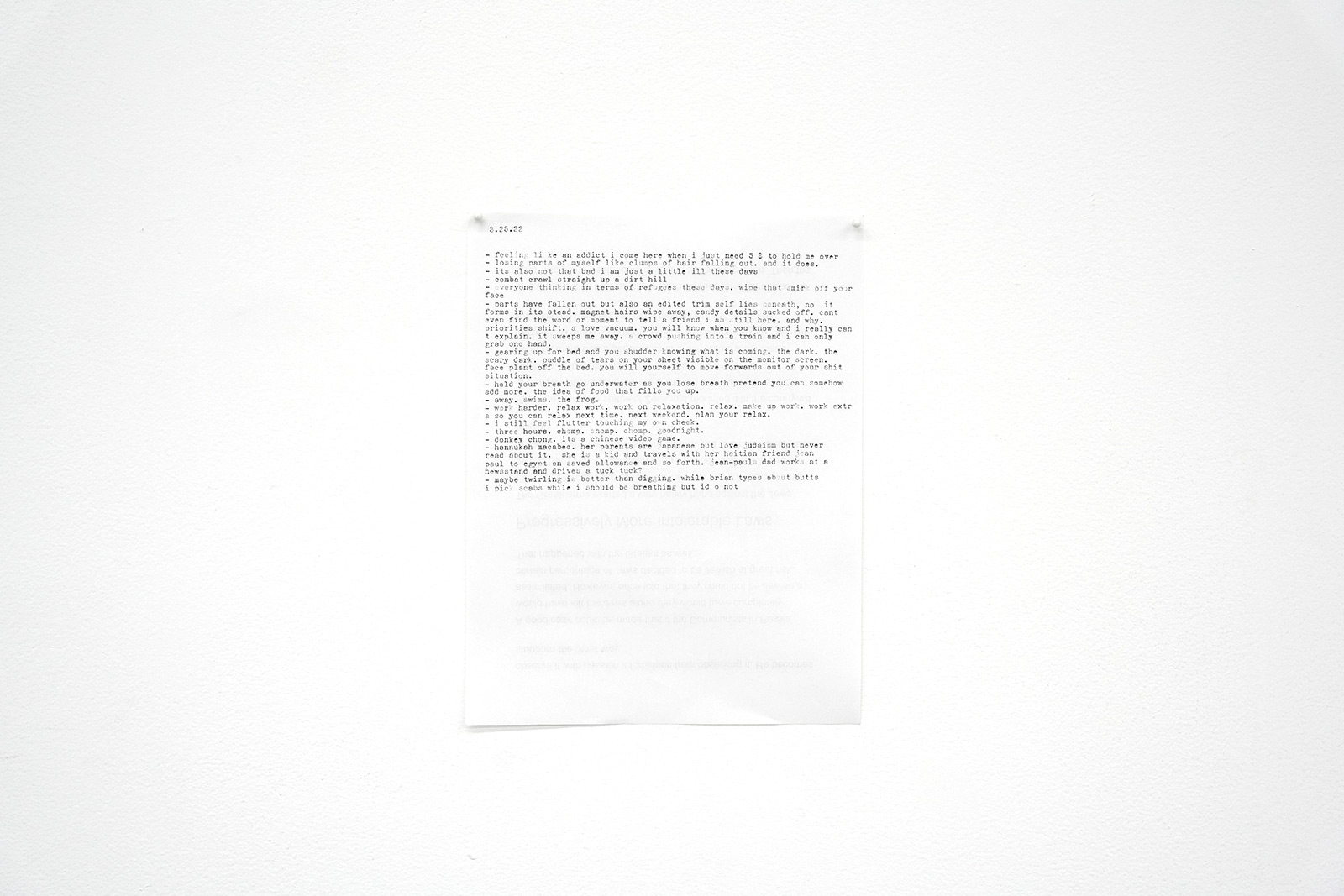
This is a new time, and it is the same time as ever before. New life breathes life into old. Watching dramas play out. Bearing witness to change— nauseating and ruthless.
Human or alien, what is the difference? I feel ever more foreign now. Stories come full circle, enclosing a dome wherein my life resolves itself and re-spawns. A near clone, of a different month (a kind of roulette), new parts, new parents, new path.
The Lunar Series is relief work, language, environment, and gift. It is a series of spiritual musings on childhood, personhood and motherhood.
Bekí Basch is an interdisciplinary artist who creates objects and experiential installations in the context of field research and ruminations on psychospirituality. Using a vocabulary associated with simulated environments and curated experiences (museums, aquariums, ice rinks, dioramas, artifacts), she draws together personally resonant and ostensibly disparate elements to express a new narrative of interconnectivity and possibility.
Her work has been exhibited in the US and abroad, including Iceland and Ireland. She received her Bachelor of Fine Arts from the Maryland Institute College of Art and a Master’s of Fine Art from The University of Maryland. In 2019, she founded a pilot program called 'The National Aquarium Artist Research Residency' at the National Aquarium in Baltimore.

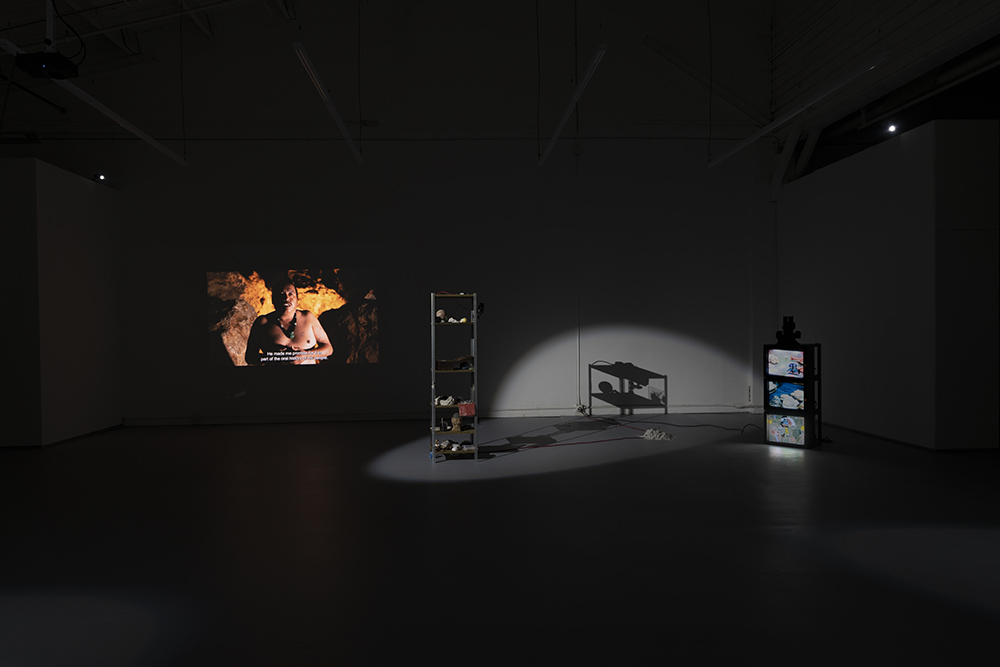
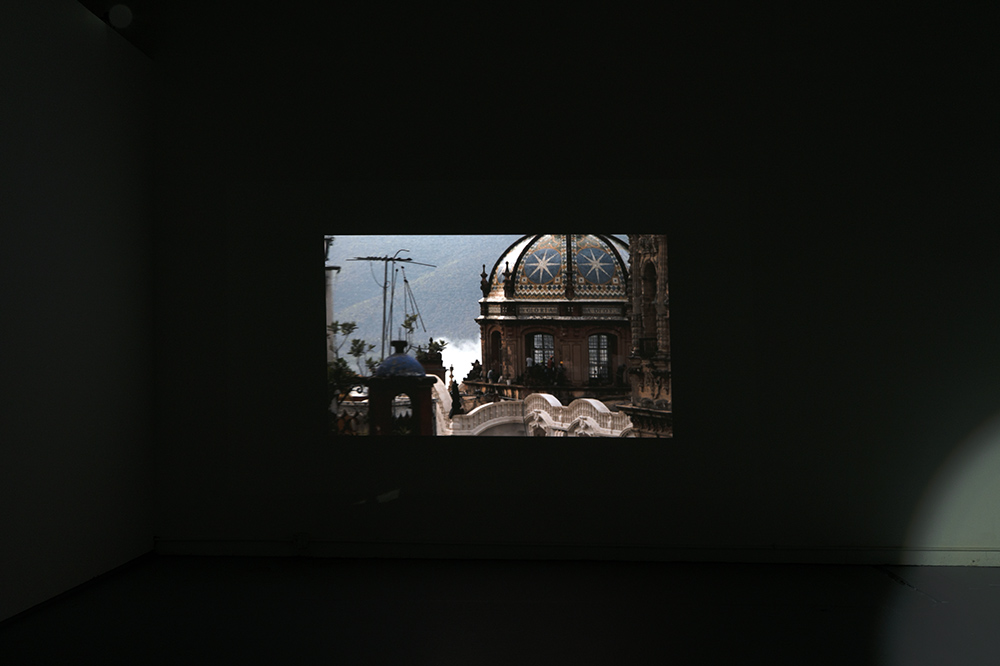
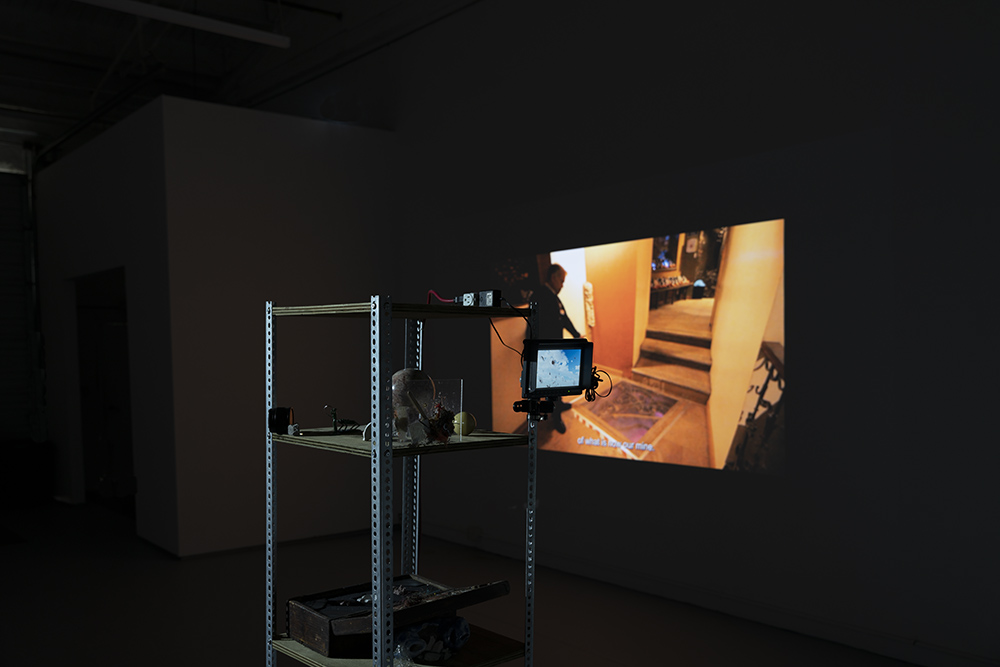



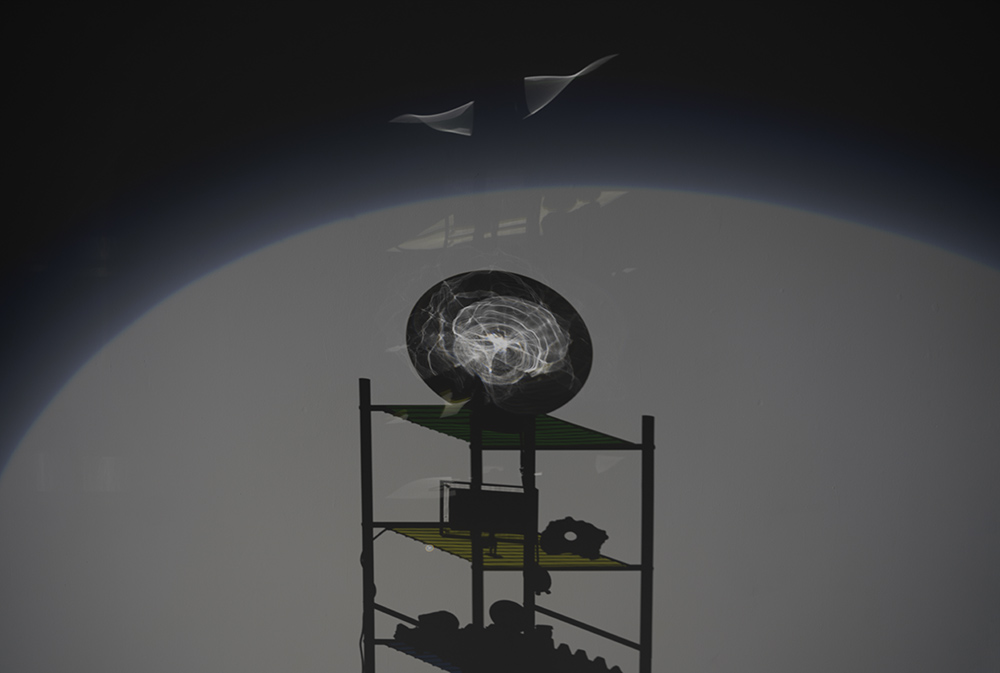

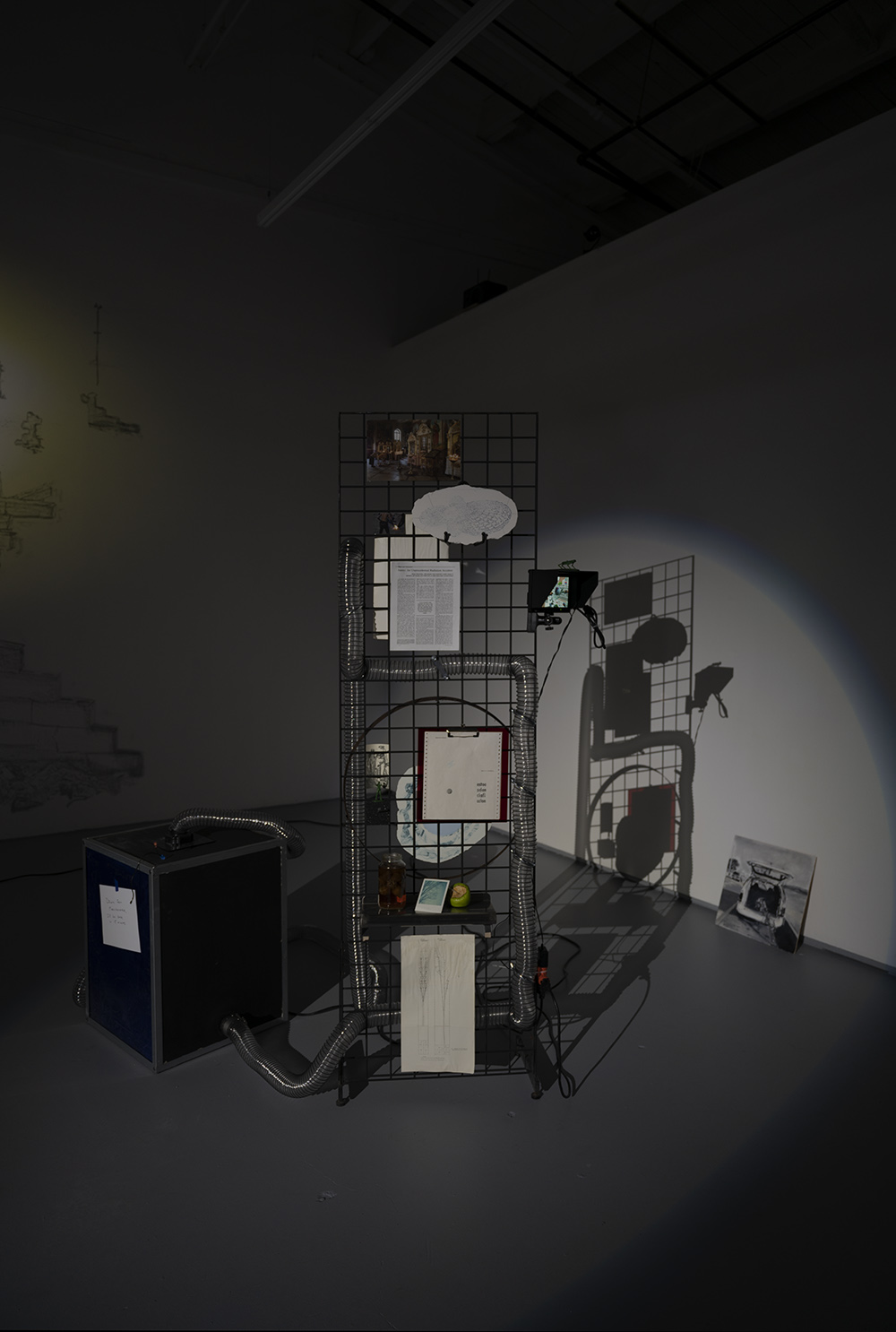
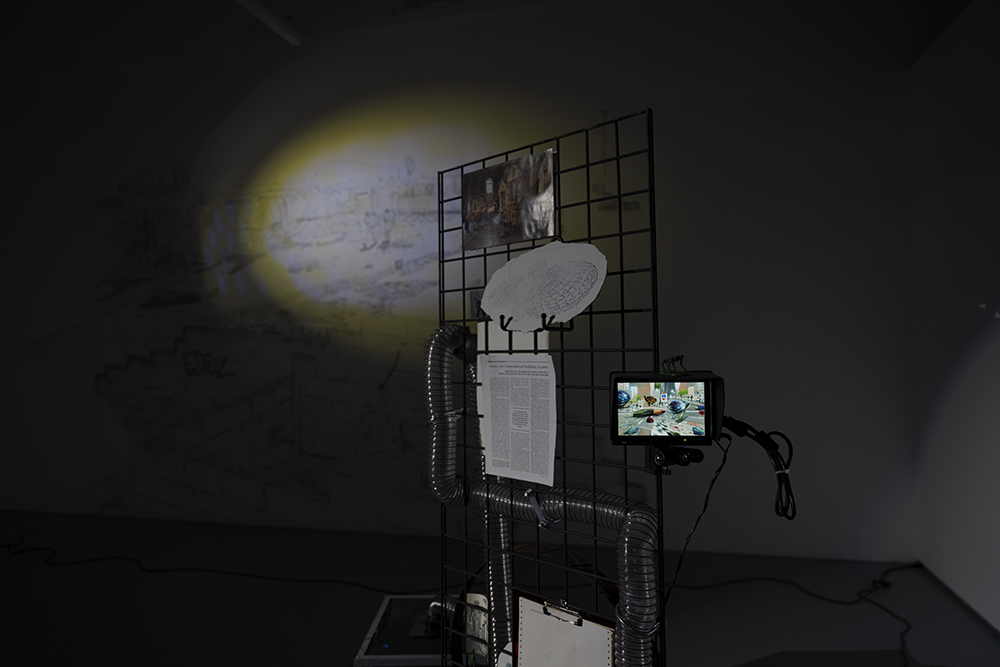

Dispersal is a collection of sculptural compositions that enable contextual storytelling. It draws inspiration from the Juarez radioactive material accident, video game mechanics, a forgotten mine, the making of a monster and the activation of curiosity as it breaches containment in a multimedia instauration housing aftermaths of a life that is unfinished.
Dispersal as
a biogeographical event?
is a fundamental process of an organism moving away from its point of origin and distribution limits. It is rare, infrequent and seldom observed.
a characteristic of an unfocused mind?
is a failure of executive functions.
a strategy for making?
is to inhabit the incompleteness of it all, unable to conclude for every piece is in dependence of all the others.
a form of containment?
is to be in paradox. Do/n't deny the paradox.
decay?
it may be the spell for transmutation.
a logical structure?
is not recommended.
When an artist is juxtaposed between multiple cultures, border art must be conceived as a mode of operation, rather than as a definition. What makes border art an appealing practice is its emphasis upon its multiplicity of language within any single language, by choosing a strategy of translation, adaptation and transformation rather than representation, a border artist ultimately undermines the distinction in otherness. They give those who encounter us the opportunity to practice multidimensional, perception, and non-synchronous memory.
By multidimensional perception, I mean quite literally the ability to see not just from one side, but from a multiplicity. Those who encounter these curated experiences by the artist, are not always able to perceive the "logic" of it at first, nor will they be able to hear the multiplicity of discourse within a single language. A greater demand is made on the audience of border art. The ear of the other must be heard. One must work to understand how another perceives. If one is able to do this, you might find yourself crossing a border as well.
Bio
The works of rubén garcía marrufo are an audiovisual fabulation of the awe-inducing instances, gathering phantasmagorical narratives, silences, and rituals which expand the ways we embrace the concept of border, going beyond its social, historical and political meaning, to manifest border as the site for a vital existence. With video, film, and sound experimentation as their principal medium, they project their pieces onto public spaces or edit them into fragmented montages that alter our perception of the moving image, in an exercise that fuses poetic fiction with documentary chronicles. garcía marrufo invites us to transcend the veil of lost moments that occur when we sense the pulse of our surroundings, through sequences and scenarios that present human life as a fluid passage from one place to the next, a translation of languages and symbols, oral testimonies that tell stories of loss and communion. This work is a place where we launch into a sensorial adventure of discovery, that intimate encounter with the pondering image and its ability to connect with us, residual moments where we witness something both fulminating and captivating, summoning us to reunite with the primal wonder of being-in-the-world.
This exhibition is supported by funds from the Oregon Arts
Commission and The Ford Family Foundation.
November 5 - 27
Opening reception November 5, 6-8pm
Opening reception November 5, 6-8pm
Tracy Dillon Timmins
Shadows, Gestures, and other Stand-ins
Shadows, Gestures, and other Stand-ins

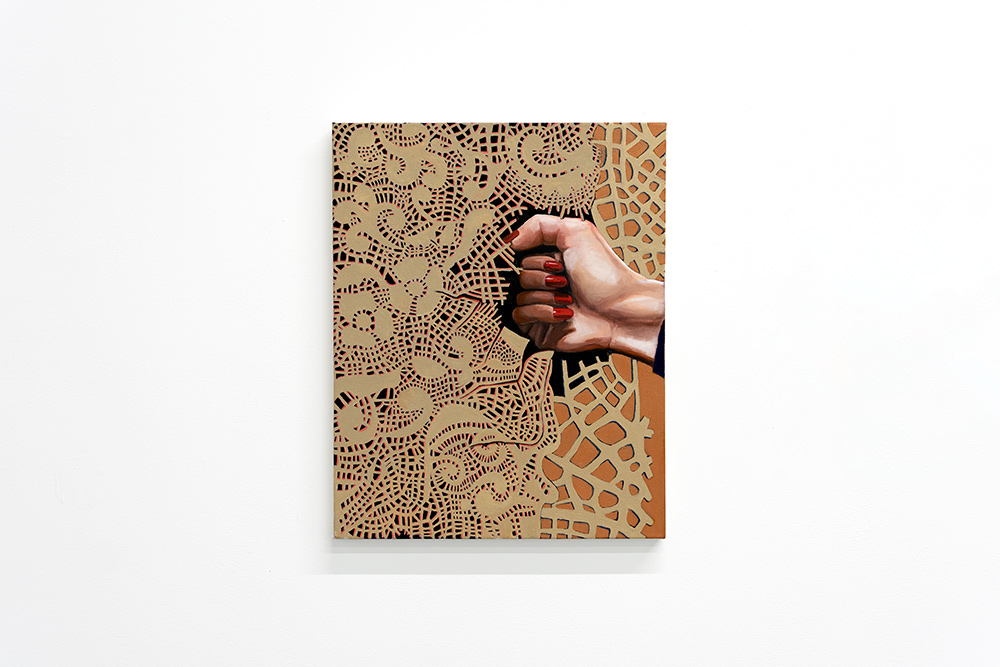
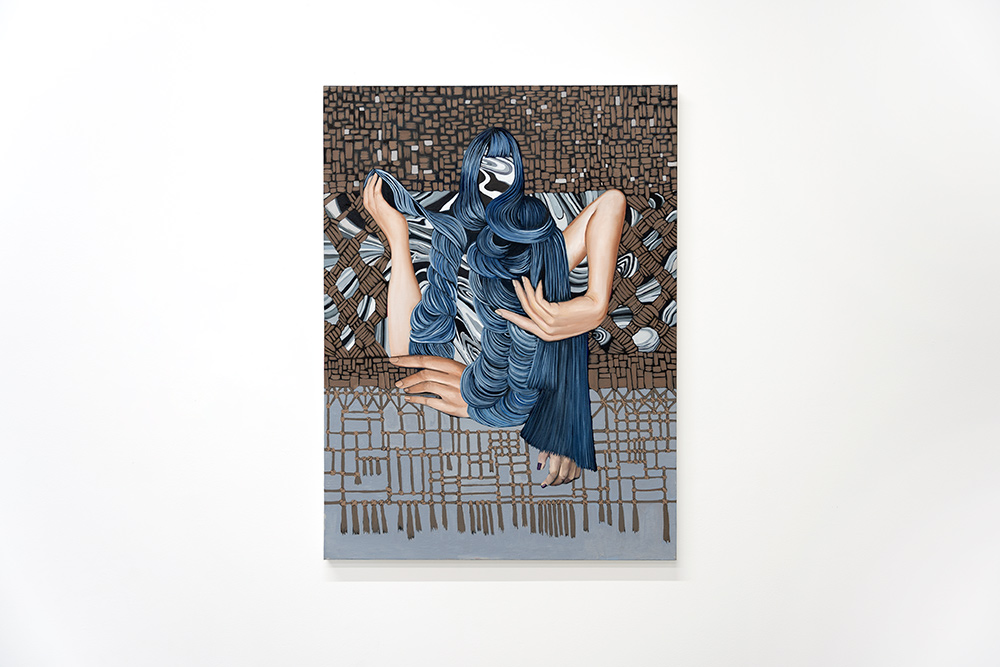
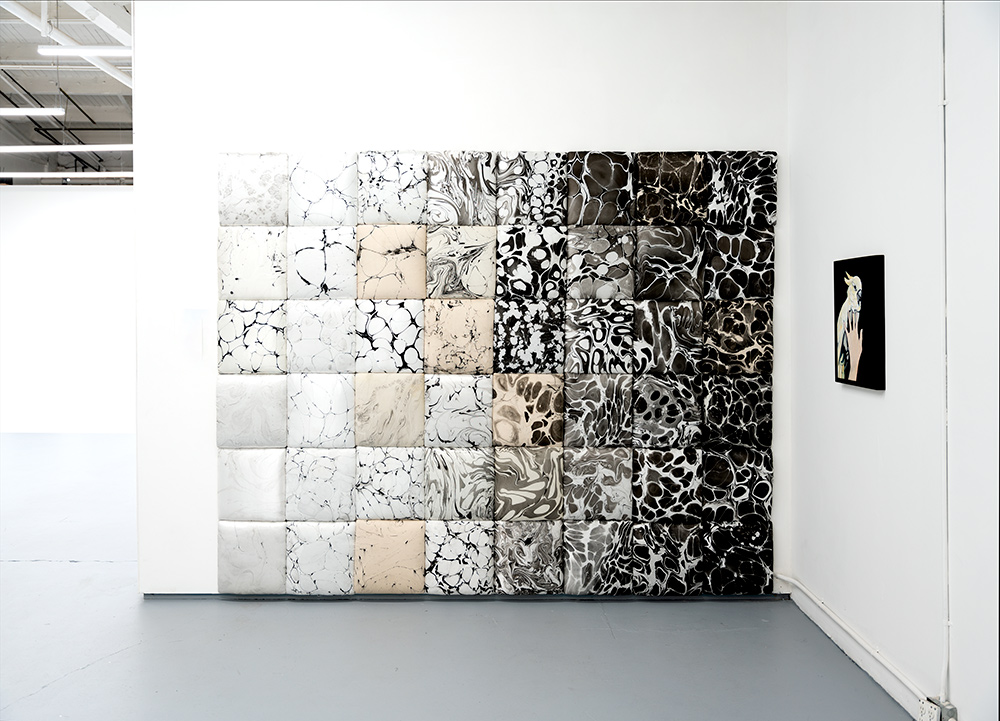
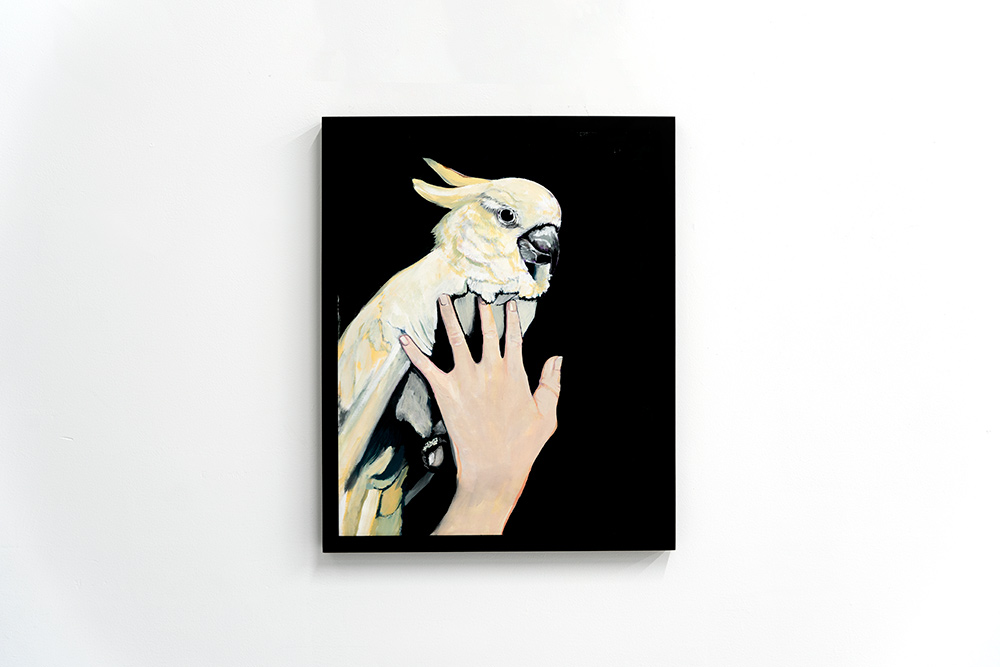







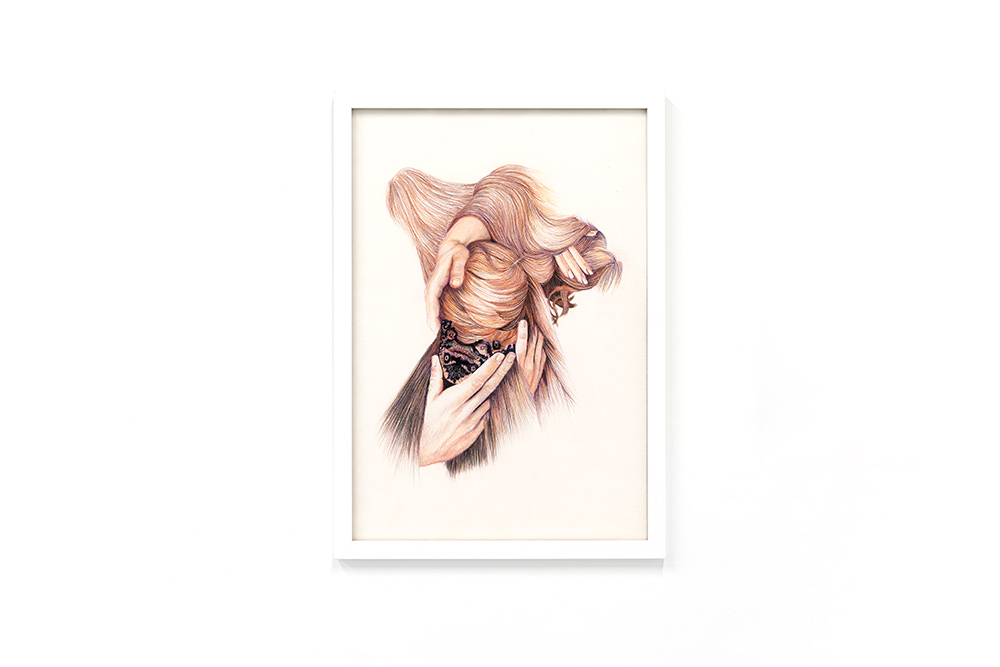

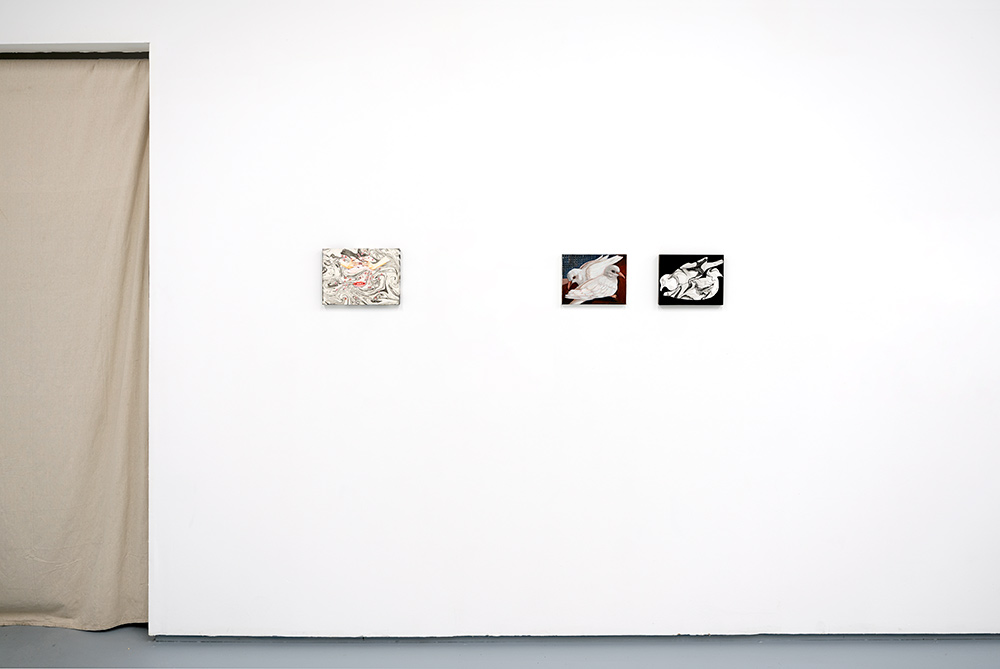
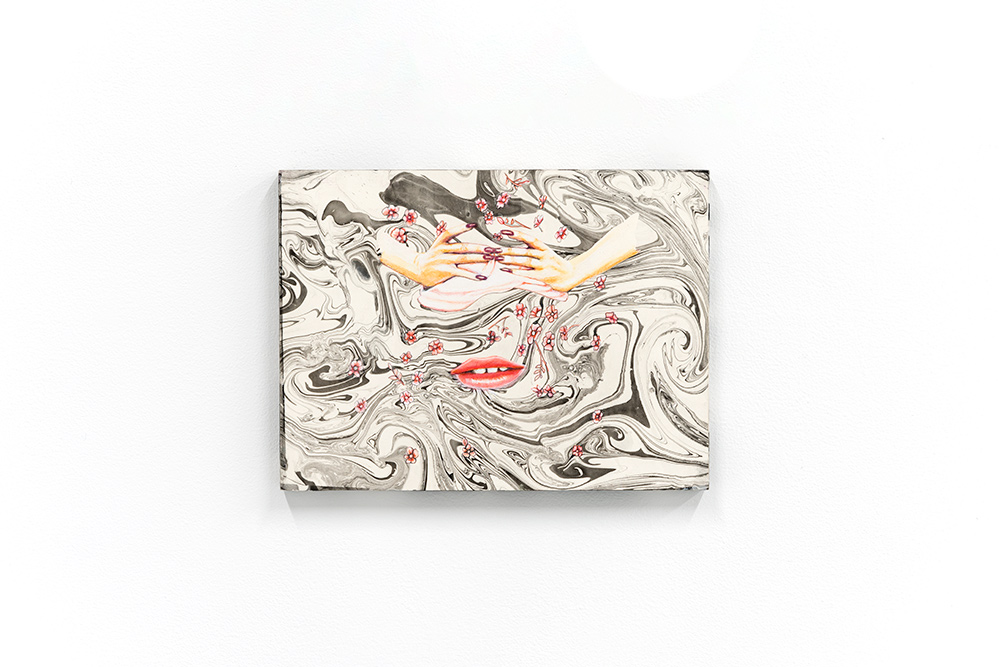

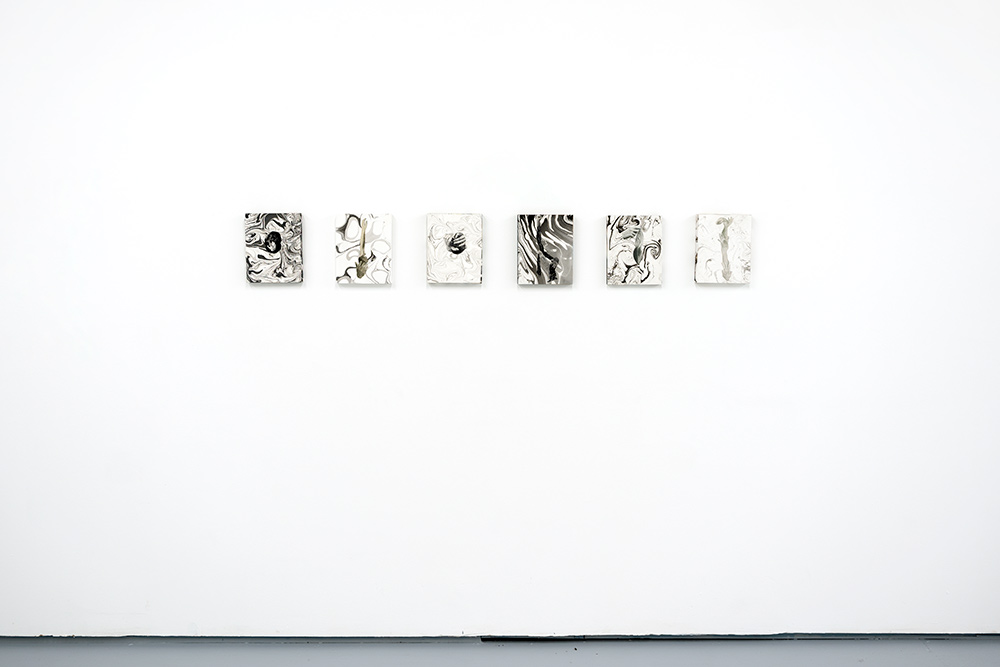
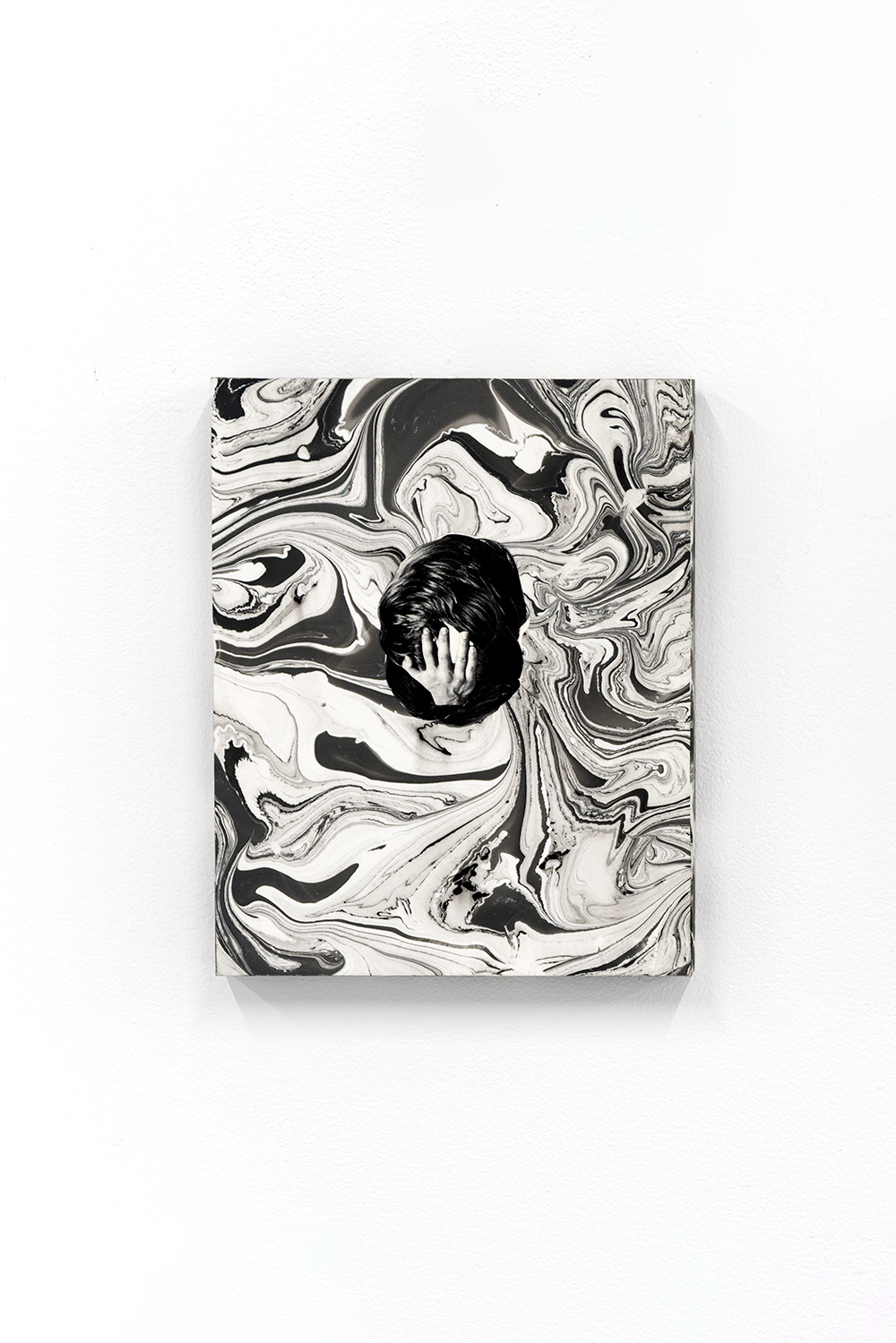





Using collaged imagery, Tracy Dillon Timmins draws on isolated subliminal gestures sourced from various media. Hands, limbs, and features are delicately rendered in pencil and paint to suggest surreal portraits that engage with textures, fibers and rippling marbled spaces. Marbling techniques are used to flow between the hard contour edge of a figure and the space between and beyond. The resulting facsimile functions as a careful response to impulsively assimilated information within the collages.
Timmins’ autobiographical content studies the narrative power of the picture to create associations and fill in the gaps of memory. Fur, hair, feathers, scales and other residuals of nature often allude to Tracy’s earliest memories of her father’s work in wildlife rescue. Due to her upbringing in rural Oregon, as a teen Tracy became entranced with the contrary notion of pop media and entertainment. Television, glossy magazines, and fashion intertwined with wildlife are favorite subjects for interpretation.
Tracy Dillon Timmins studied painting and drawing at California College of Arts and Crafts in Oakland/San Francisco and received a Masters in studio art from New York University in New York. Timmins taught painting and drawing at NYU from 2014 - 2021 and has exhibited nationally and internationally at 3A Gallery (New York, NY), 80 WSE gallery (New York, NY), PlantHouse Gallery (New York, NY), Blackball Projects (Brooklyn, NY), Parklife (San Francisco, CA), Alter Space (San Francisco, CA), Rena Bransten (San Francisco, CA), Lobot Gallery (Oakland, CA), Roberts and Tilton (Los Angeles, CA), Space 1026, (Philadelphia, PA), Das Institut für Alles Möglische (Berlin, Germany), Hinterconti, (Hamburg, Germany), Glasgow School of Art (Glasgow, Scotland).
April 2 - April 24
Opening reception April 2, 6-8PM
Opening reception April 2, 6-8PM
Eric Ramos Guerrero
Age Of Majority
Age Of Majority


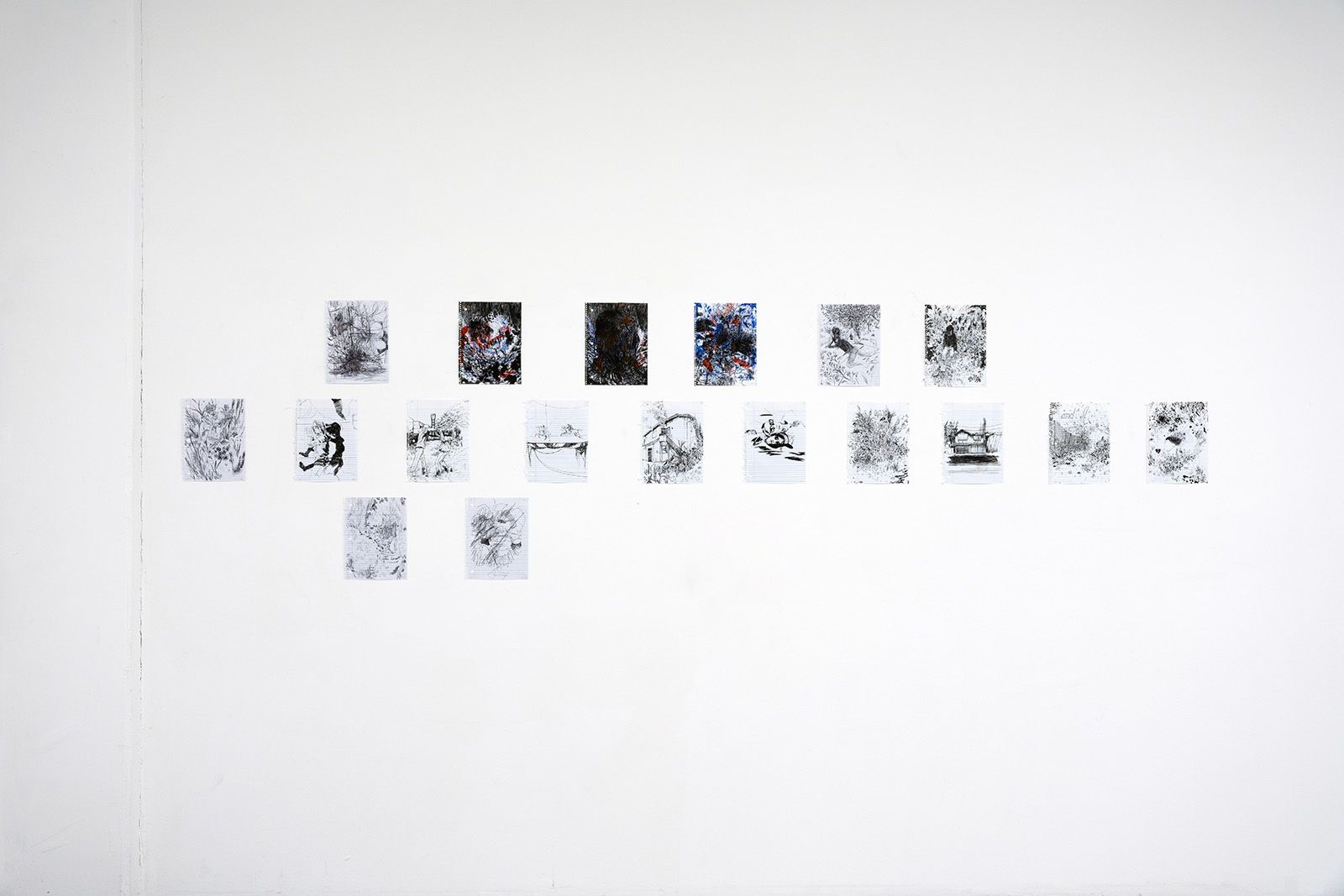

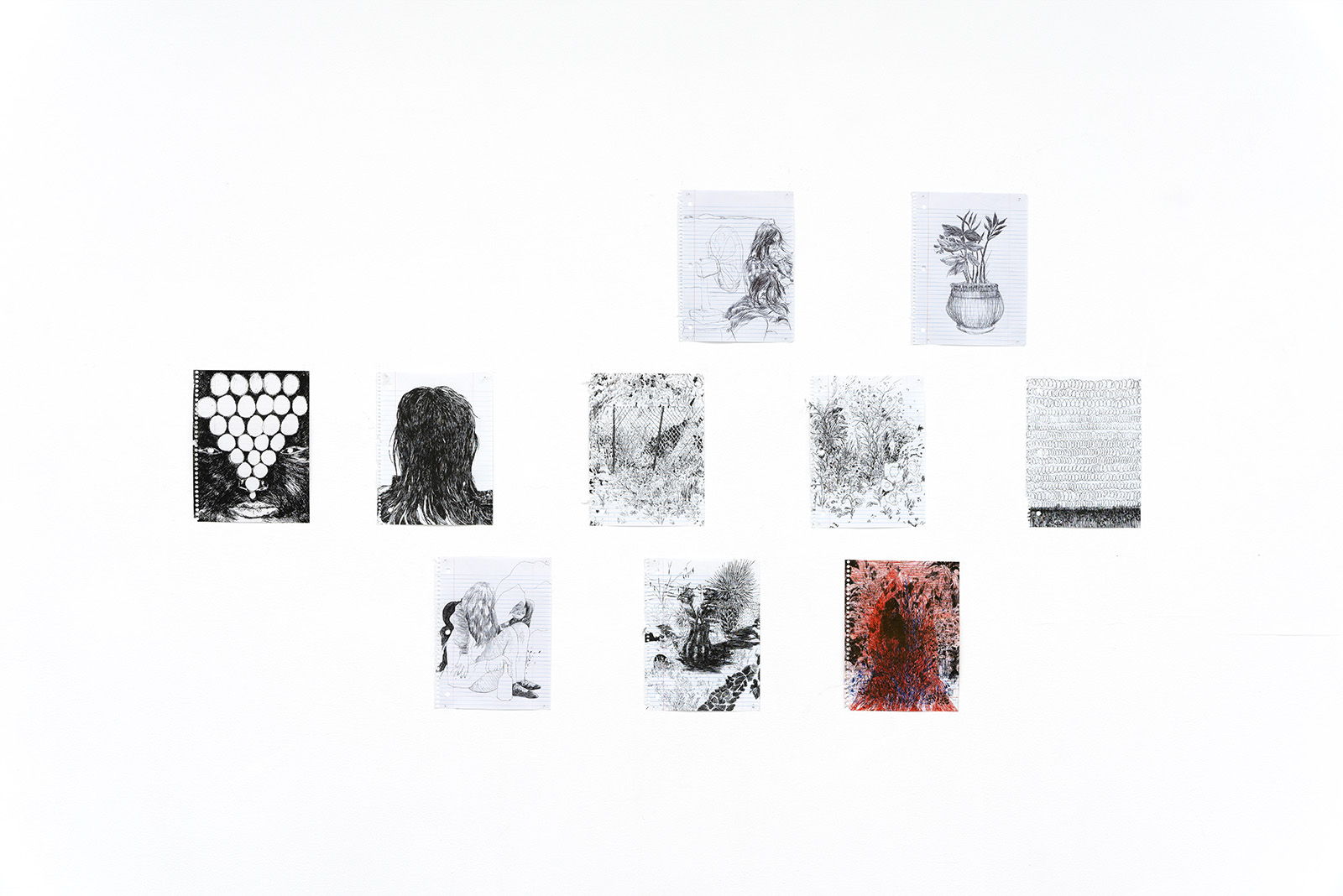
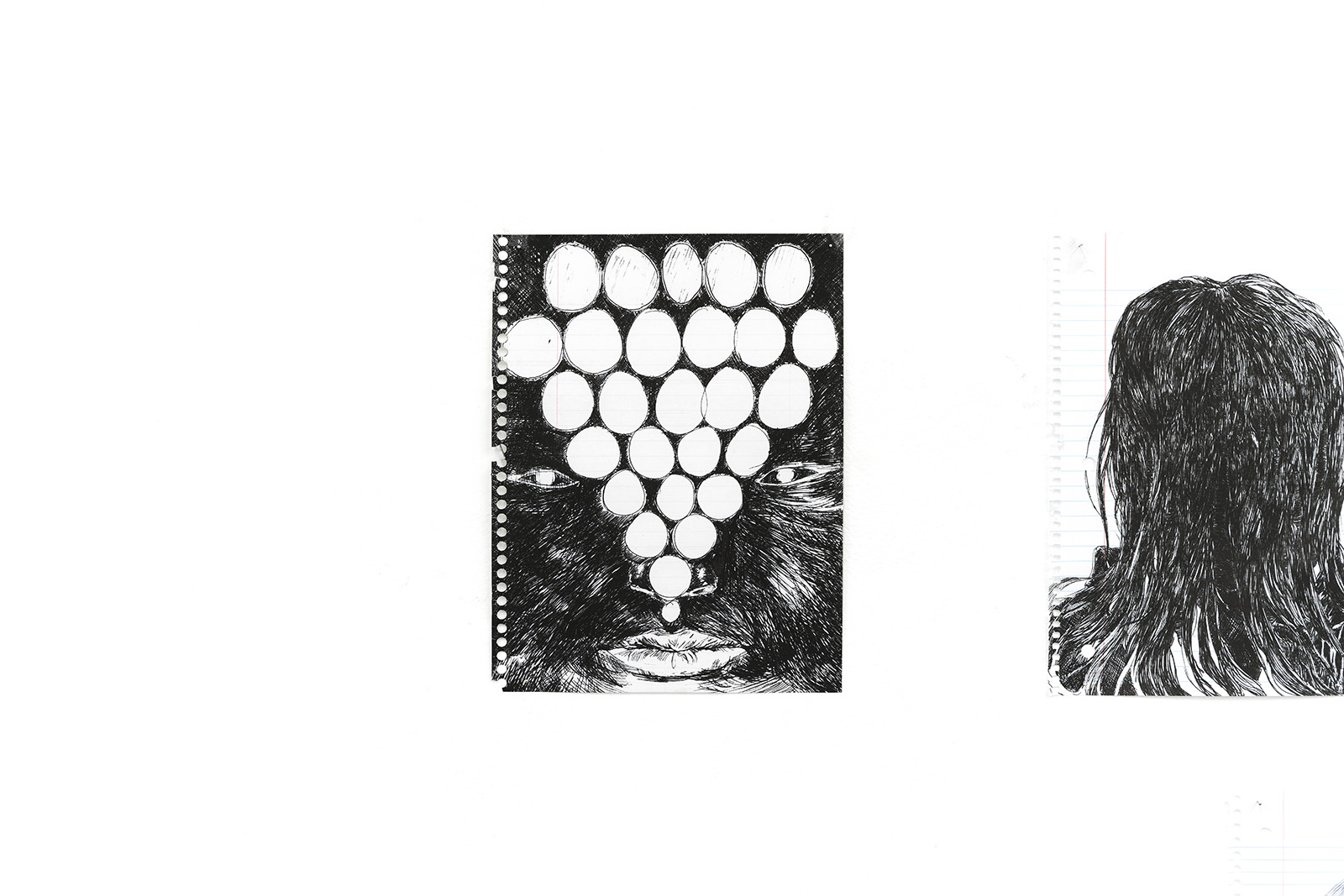






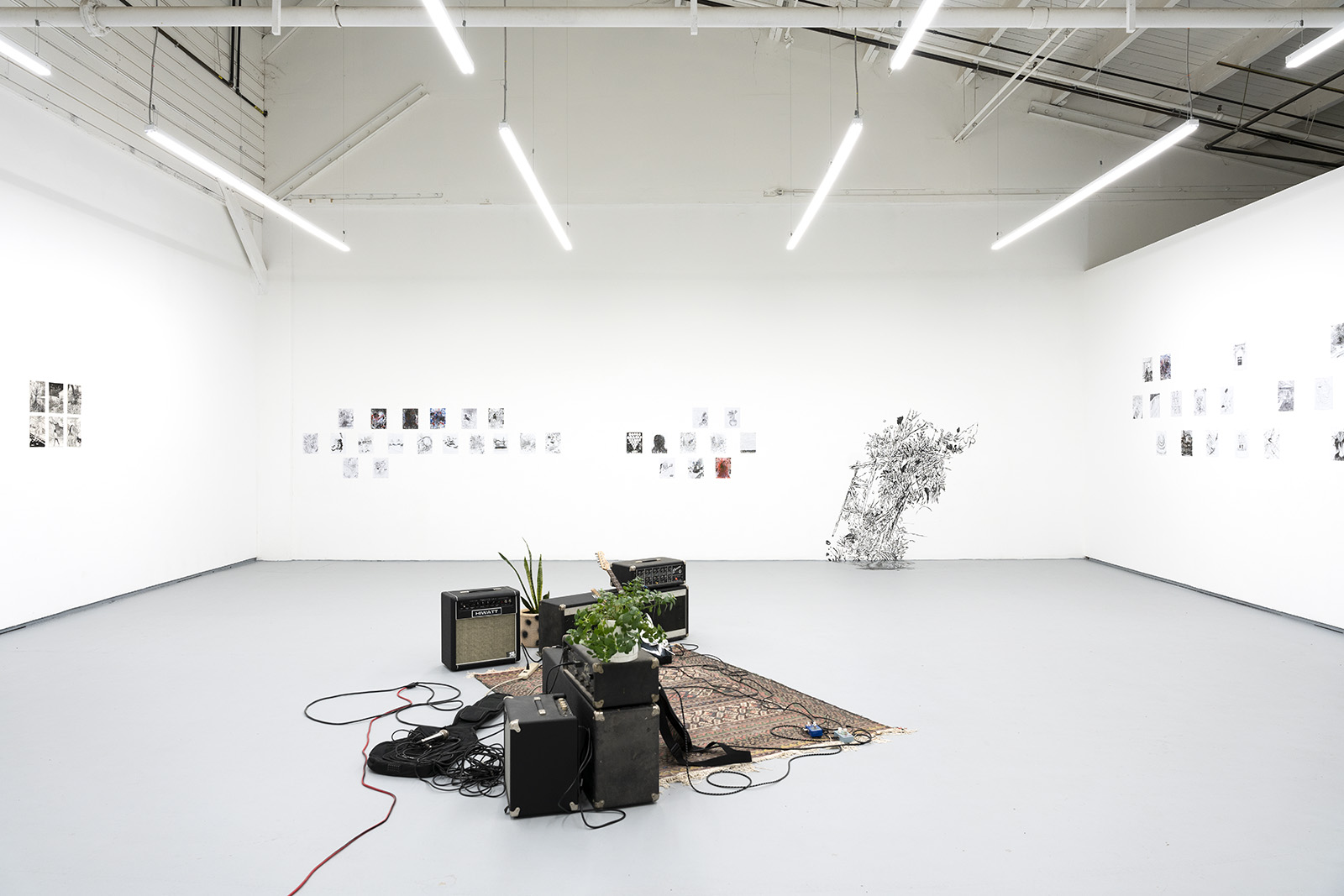






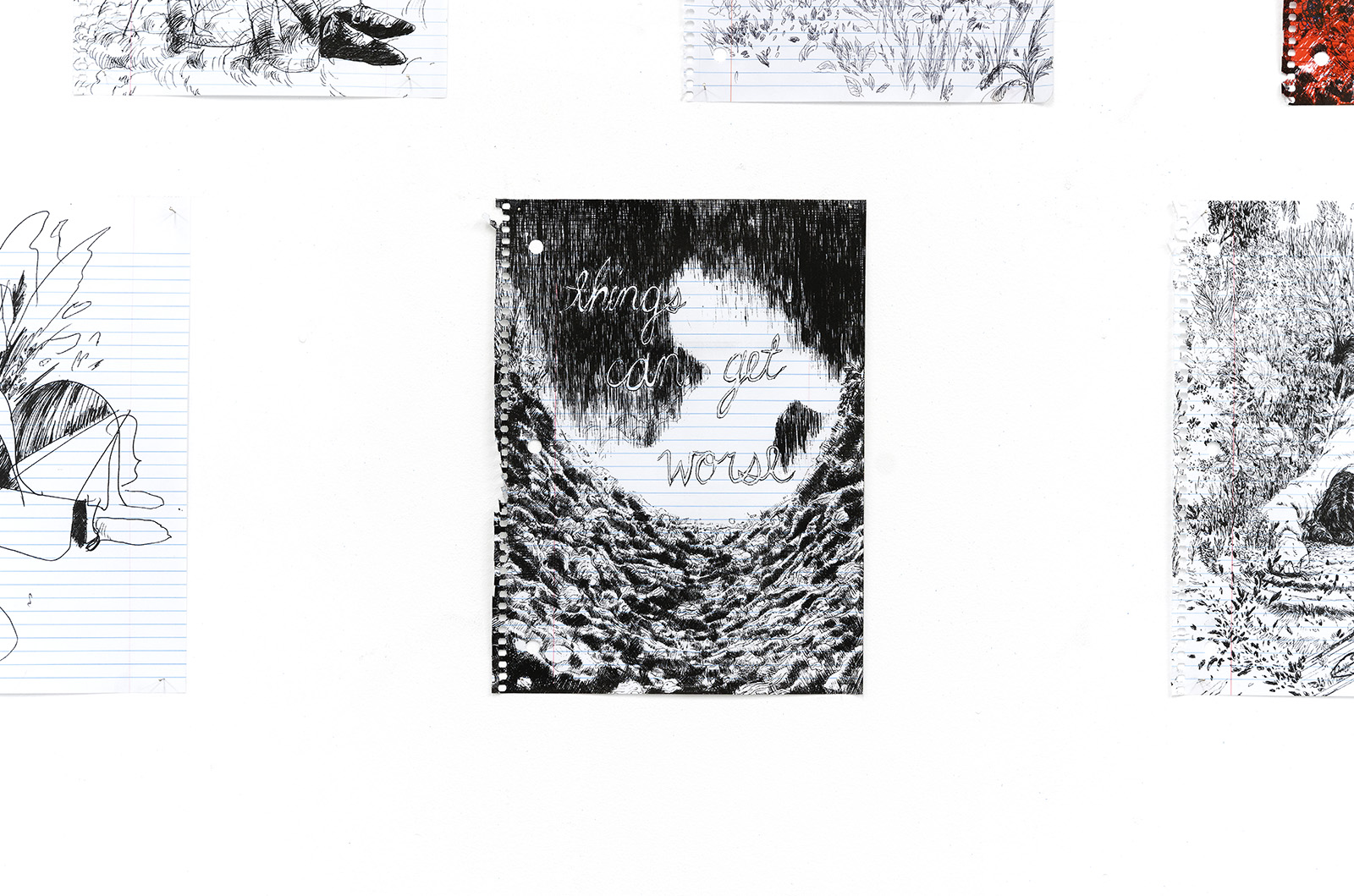





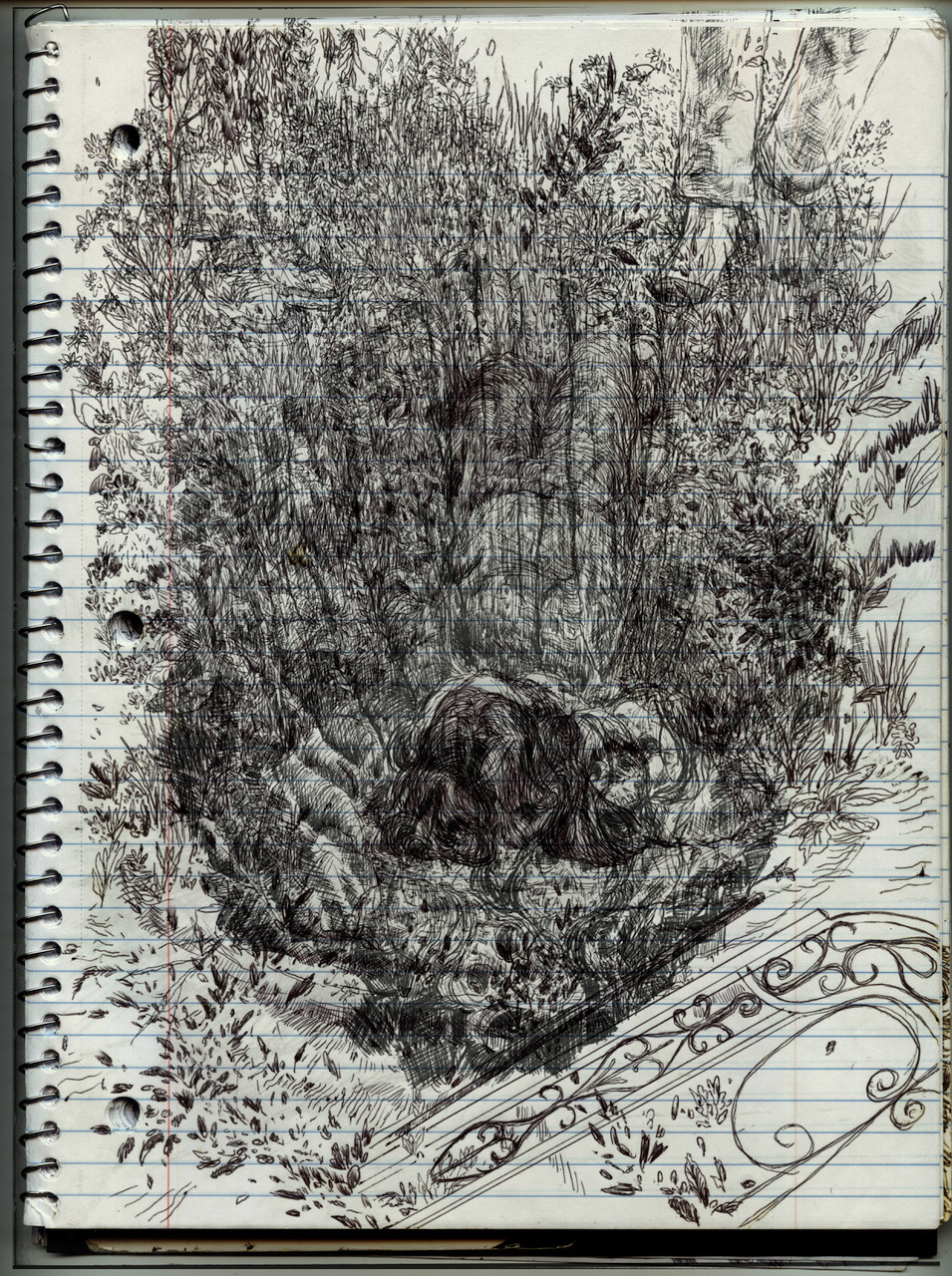
Eric Ramos Guerrero is a multidisciplinary artist based in New York City whose work investigates The West through landscapes of suburban California, the US/Mexican border and the tropical spaces of western expansion. Eric exhibits work internationally, including The Drawing Center NY, El Museo De Barrio NY, The Knockdown Center NY, Beaux Arts FR, Museum of Contemporary Art Vojvodina, White Box NY, ICPNY, Inside-Out Museum Beijing, Mathilde Hatzenberger Gallery Belgium, and Green Papaya Philippines. Eric has been a resident artist at The Drawing Center, Marble House Project Residency, and Triangle Art Organization. He received his MFA from Columbia University, BFA from The School of the Art Institute of Chicago and BA from San Diego State University.
April 2 - April 24
Opening reception April 2, 6-8PM
Opening reception April 2, 6-8PM
Julieta Gil
Field Recordings
Field Recordings
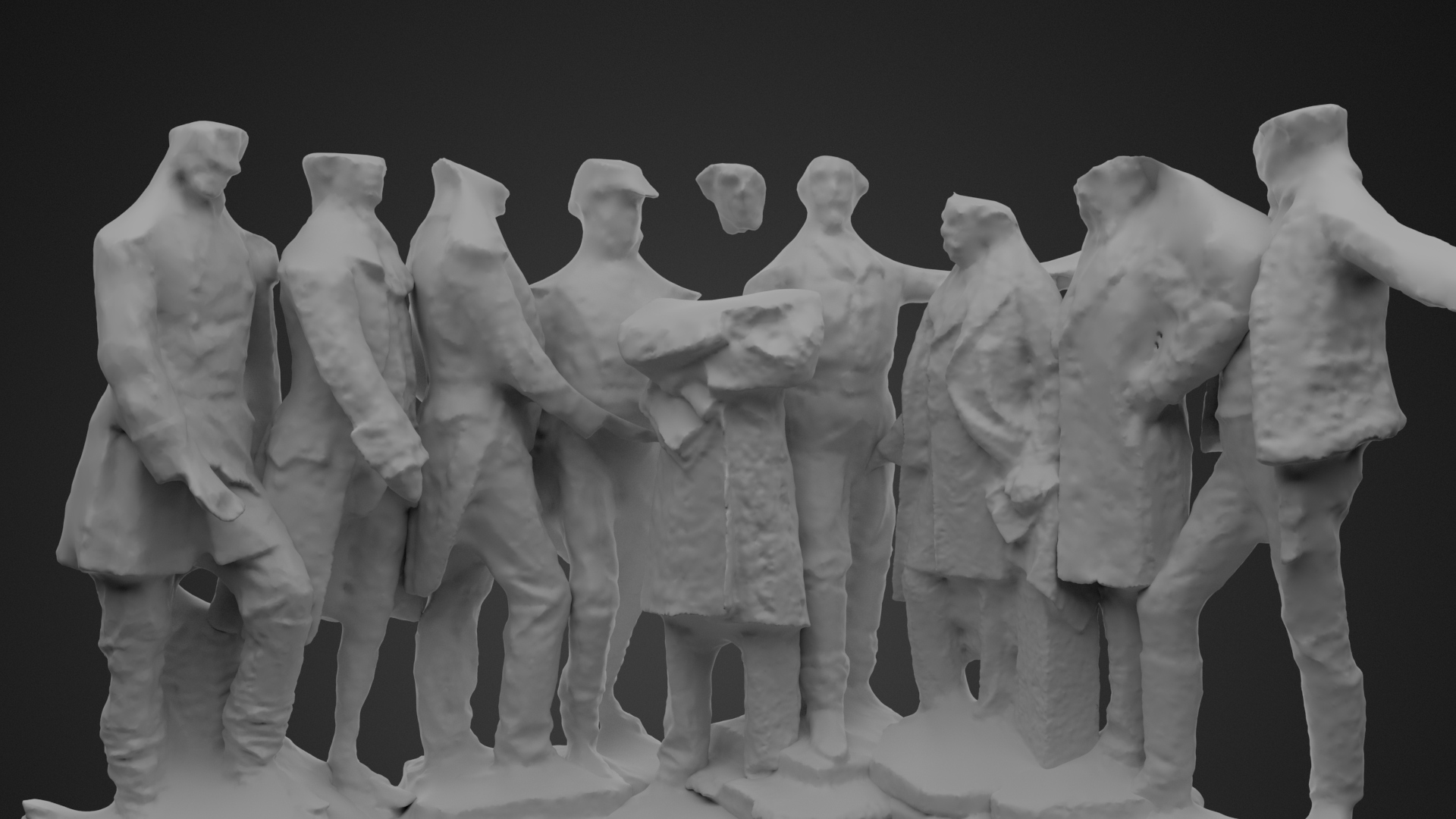



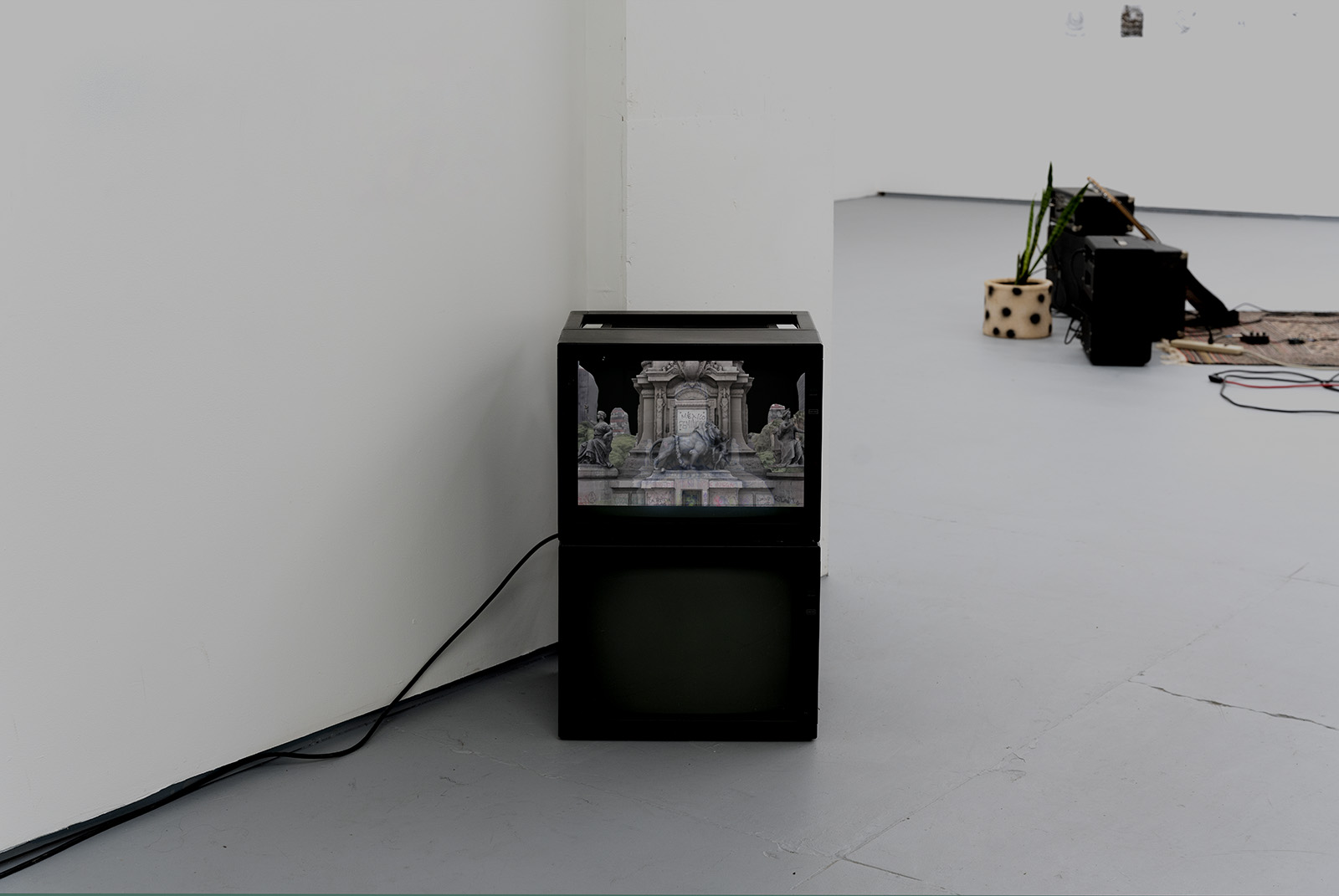
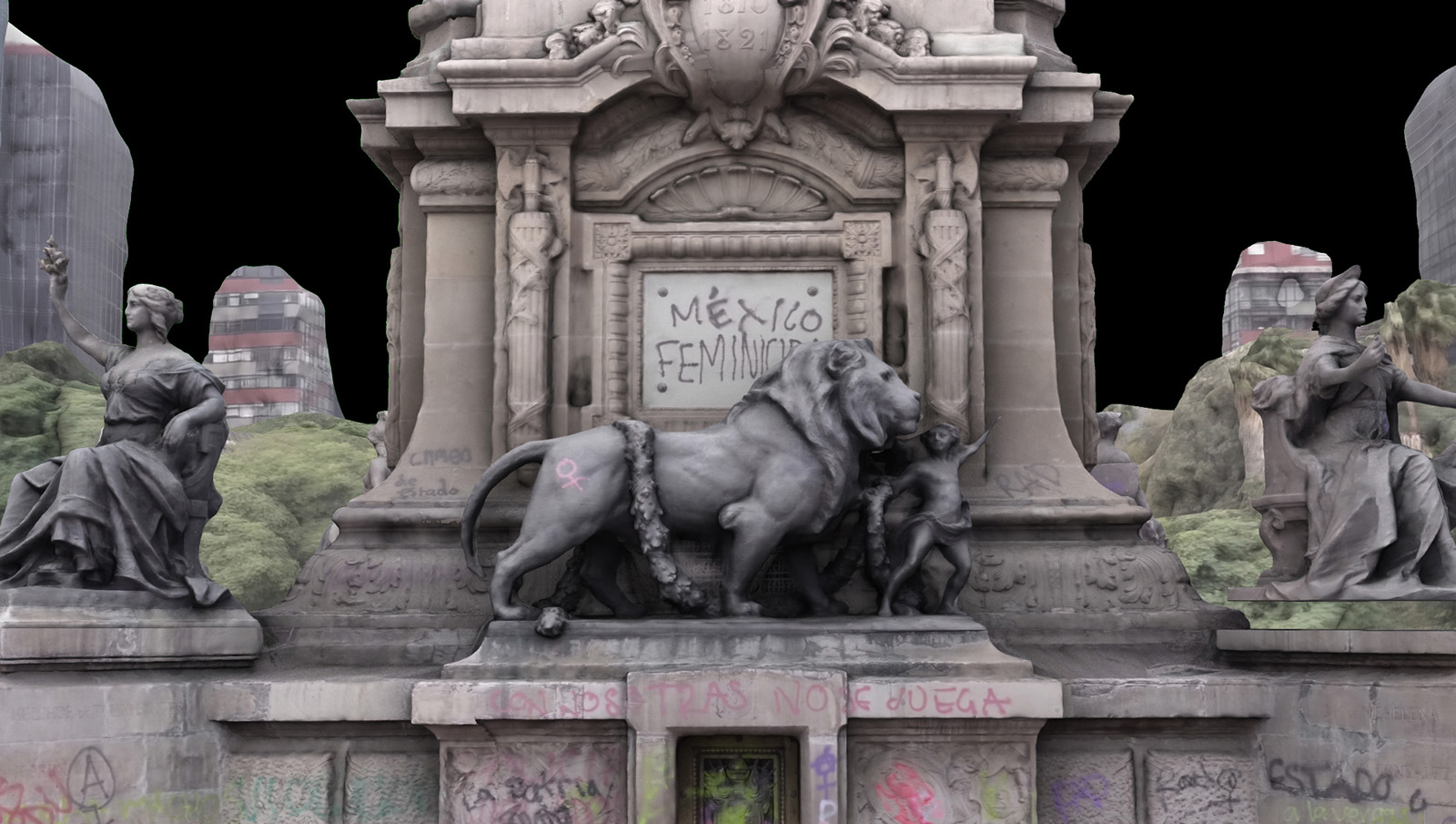


Julieta Gil creates work from an in-depth analysis of how power structures materialize as symbols that occupy public space. Experimenting with digital and analog media, her process originates from routine walks and participation in public protests around her native Mexico City, thoroughly documenting public architecture, monuments and statues. Gil’s record-keeping system consists of photogrammetric scanning procedures that are traditionally used to create 3D models as simulations of physical objects. Gil devises methodologies that register and catalog her bodily interaction with these, reconfigures and materializes them in ways that put the very idea of the archive into question. Gil’s practice spans installation, sculpture, 3D renderings and time-based media, and incorporates themes of feminism, fiction, memory, and technology with a focus on confronting hegemonic and exclusionary narratives.
In 2020, Gil received the Lumen Prize for Art and Technology for her project “Nuestra Victoria”, envisioned as a response to government censorship around a prominent Mexico City monument which served as a site of protest and intervention by feminist groups. She has exhibited at Nevada Museum of Art, Palm Spring Art Museum, SCAD Museum of Art, Storefront for Art and Architecture, Museo Tamayo, Laboratorio de arte Alameda, Centro de Cultura Digital, among other institutions. She is currently Visiting Assistant Professor within the Department of Art at the University of Oregon.
Quilt Bloc
Max Adrian
Frances Andonopoulos
Andrew Douglas Campbell
Sonja Dahl
Noah Greene
Irene June
Sara Siestreem (Hanis Coos)
Frances Andonopoulos
Andrew Douglas Campbell
Sonja Dahl
Noah Greene
Irene June
Sara Siestreem (Hanis Coos)
February 12 - March 20
Opening Reception Feb 12, 6-8pm
Opening Reception Feb 12, 6-8pm
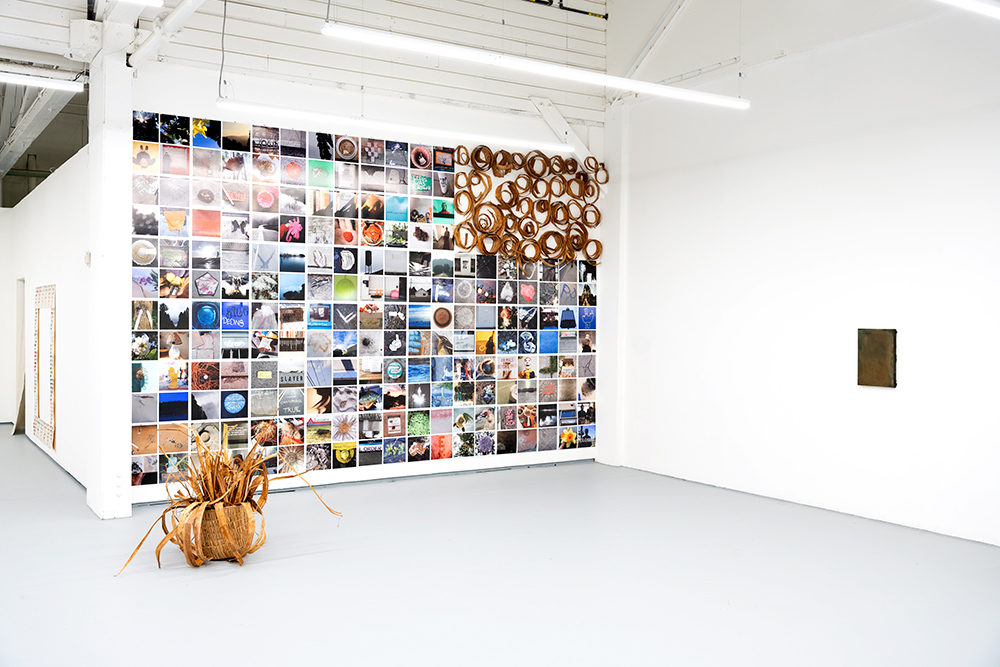
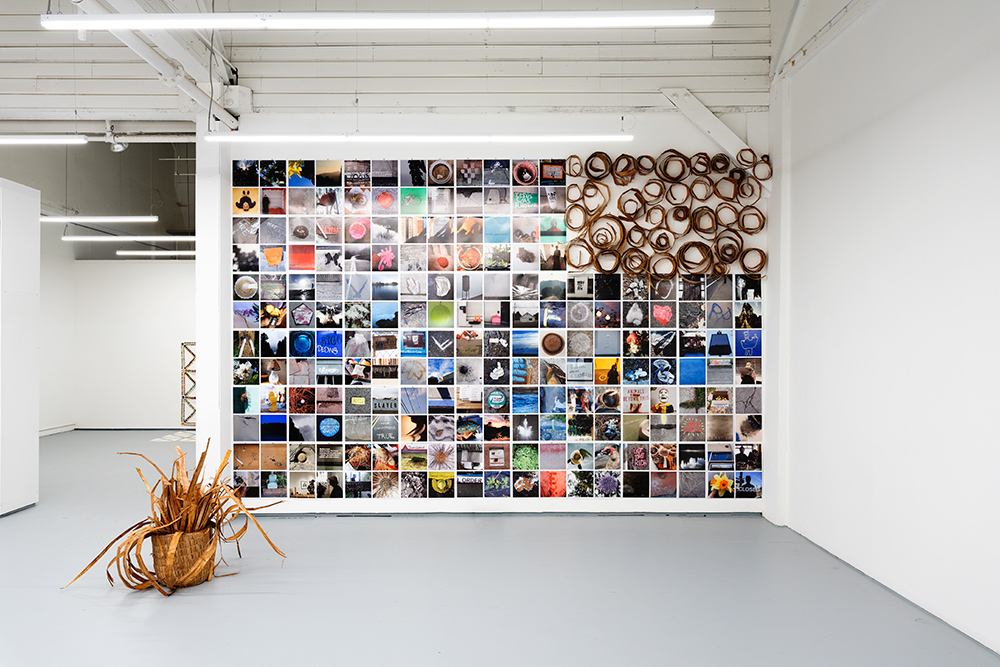
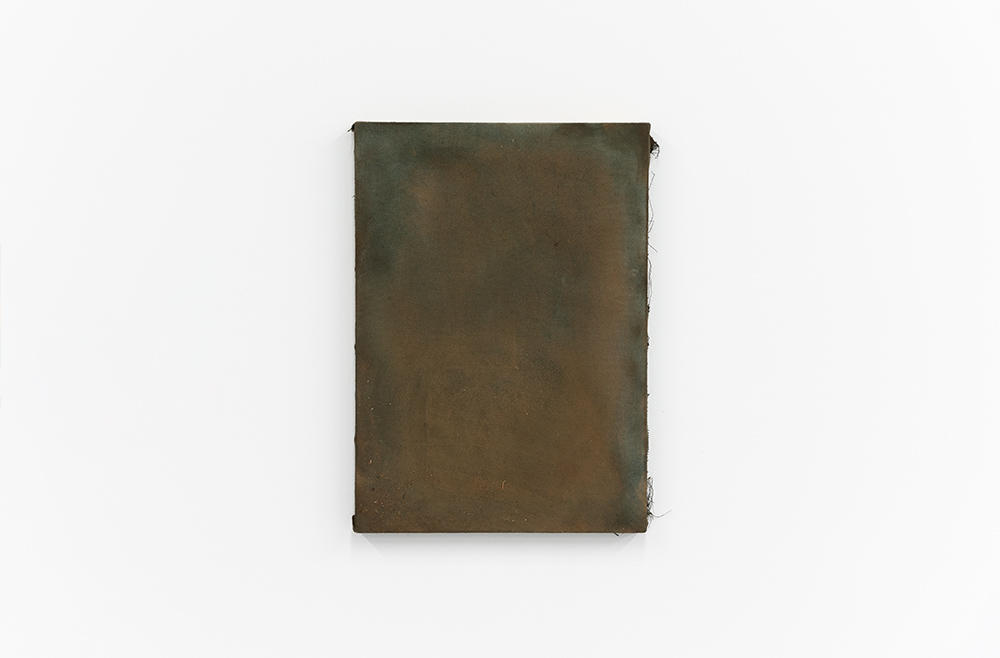
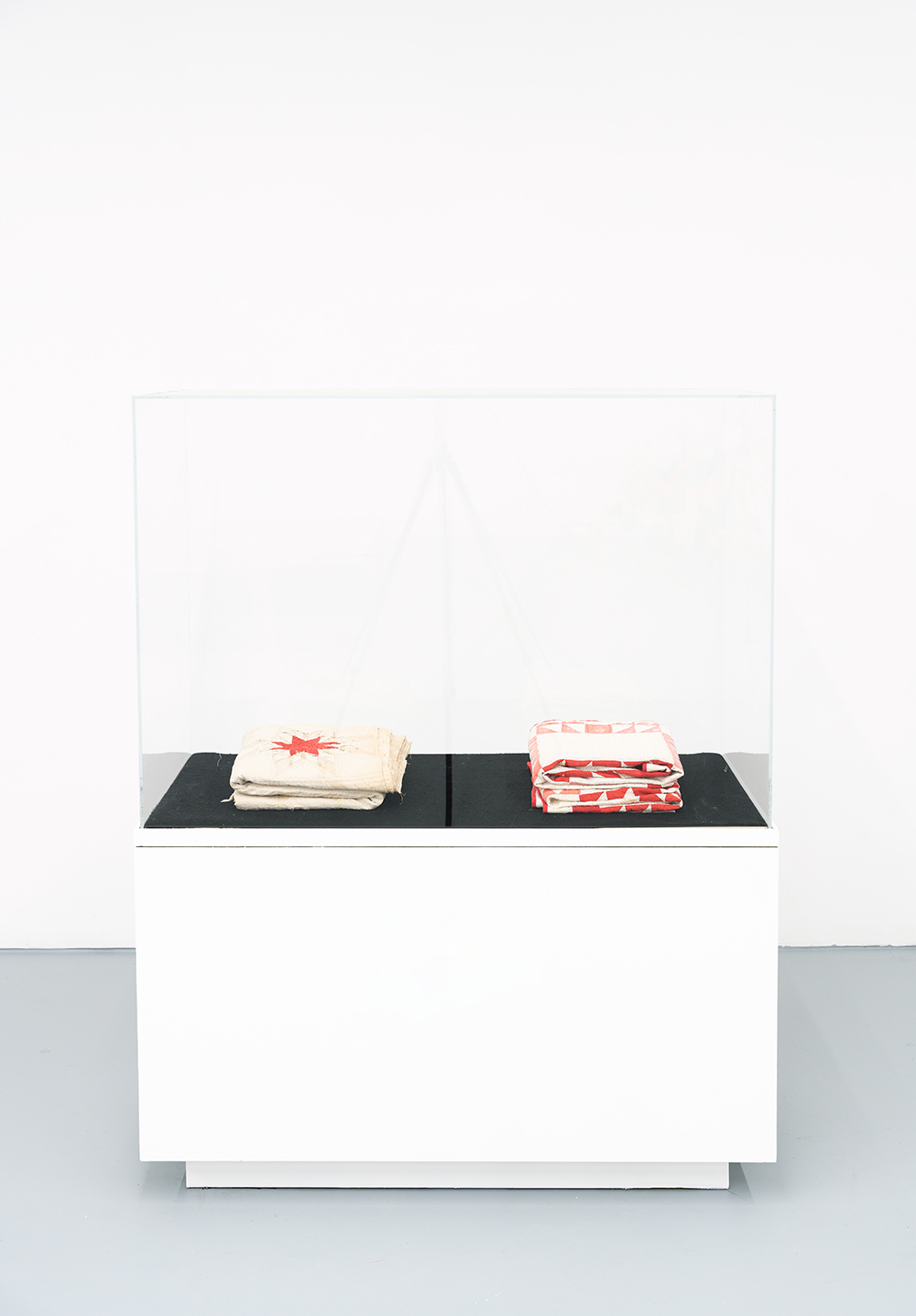


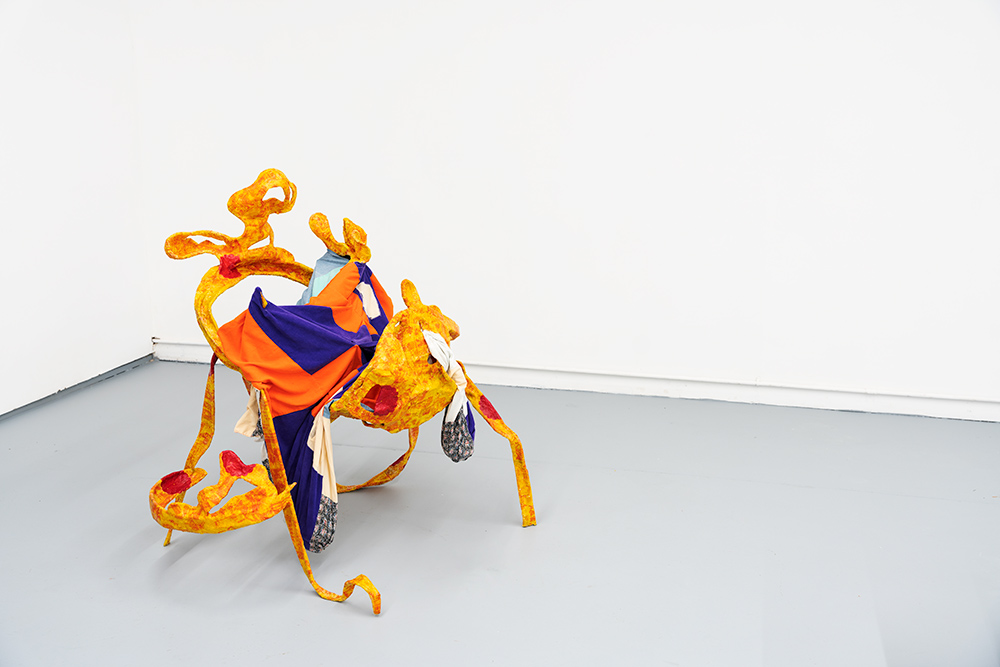
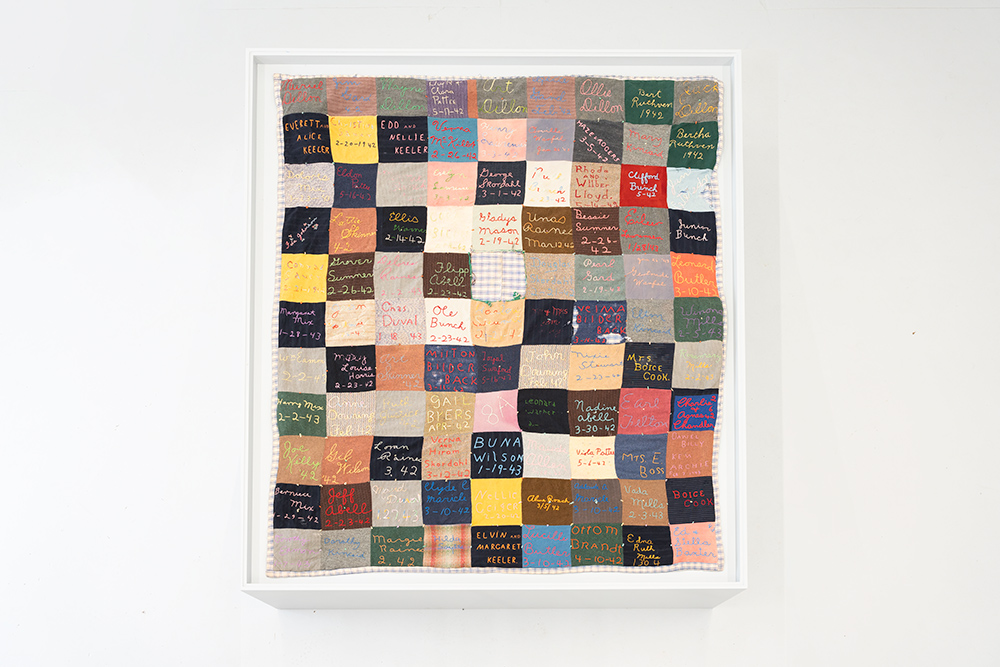
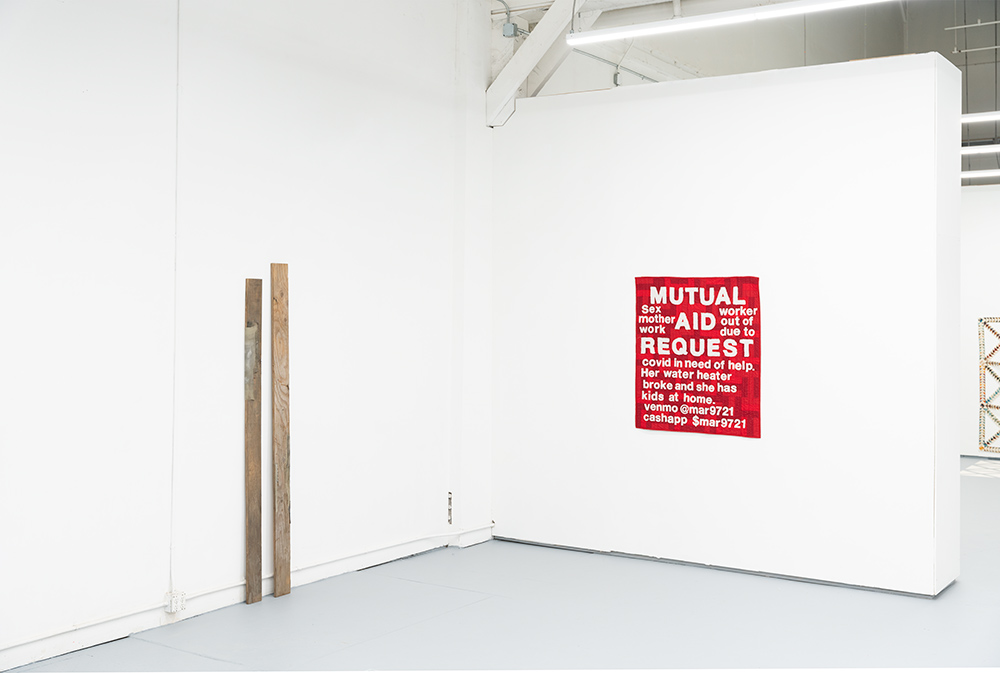
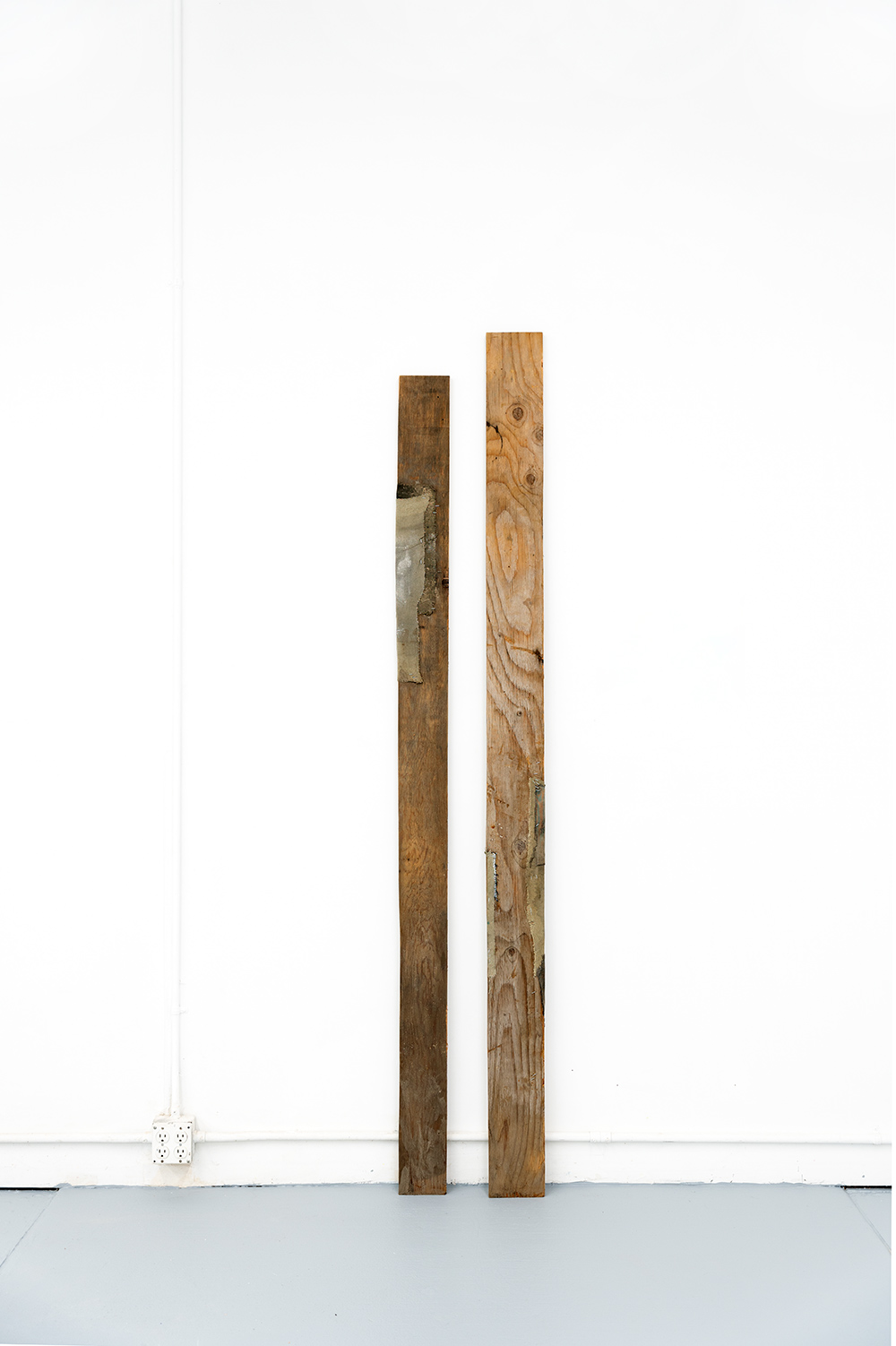
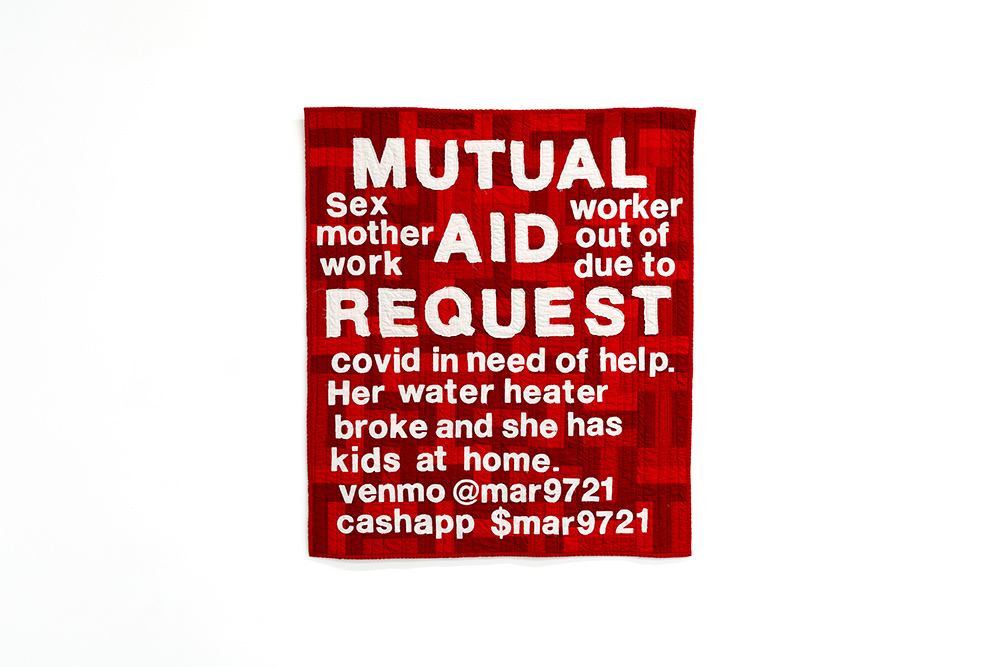
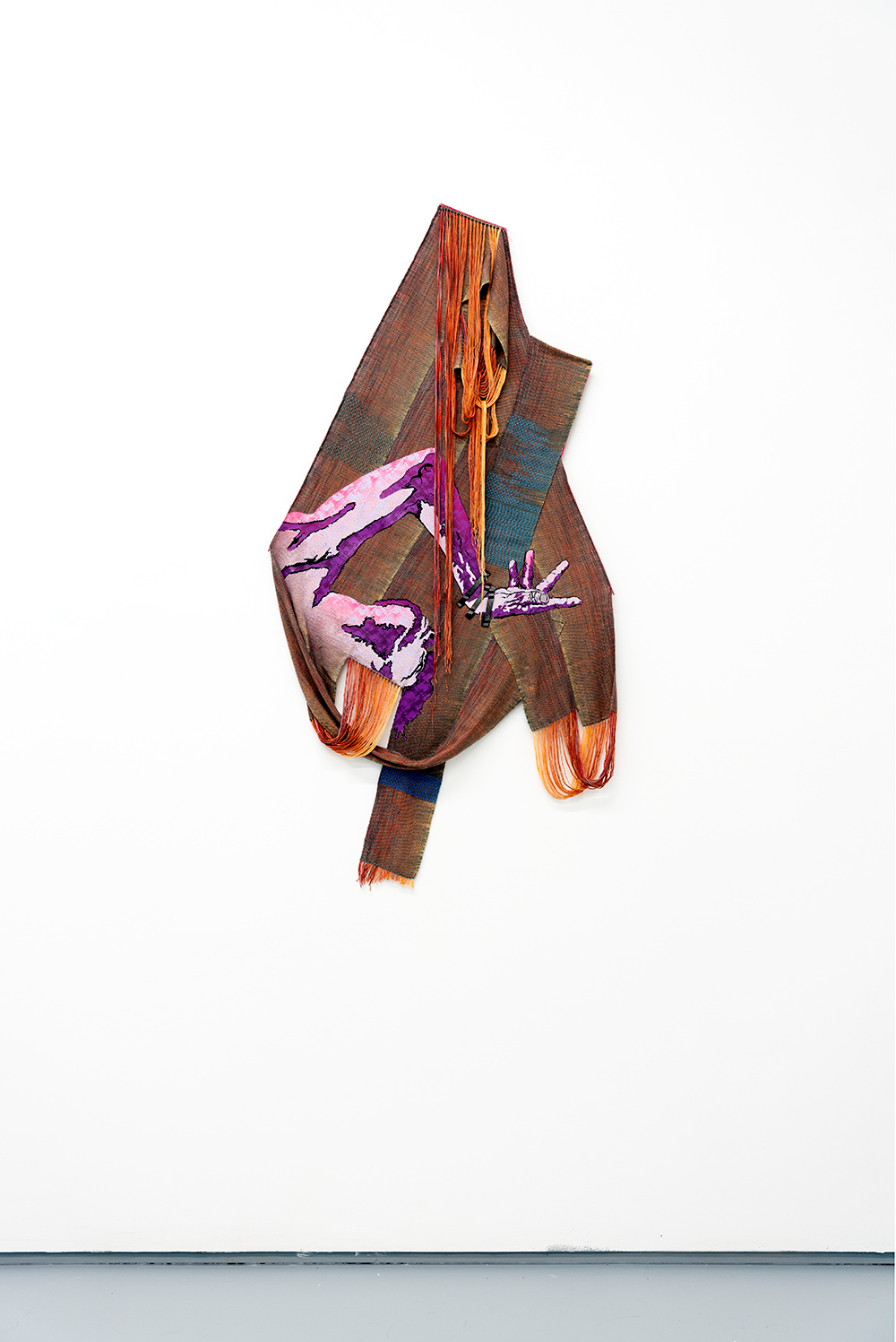

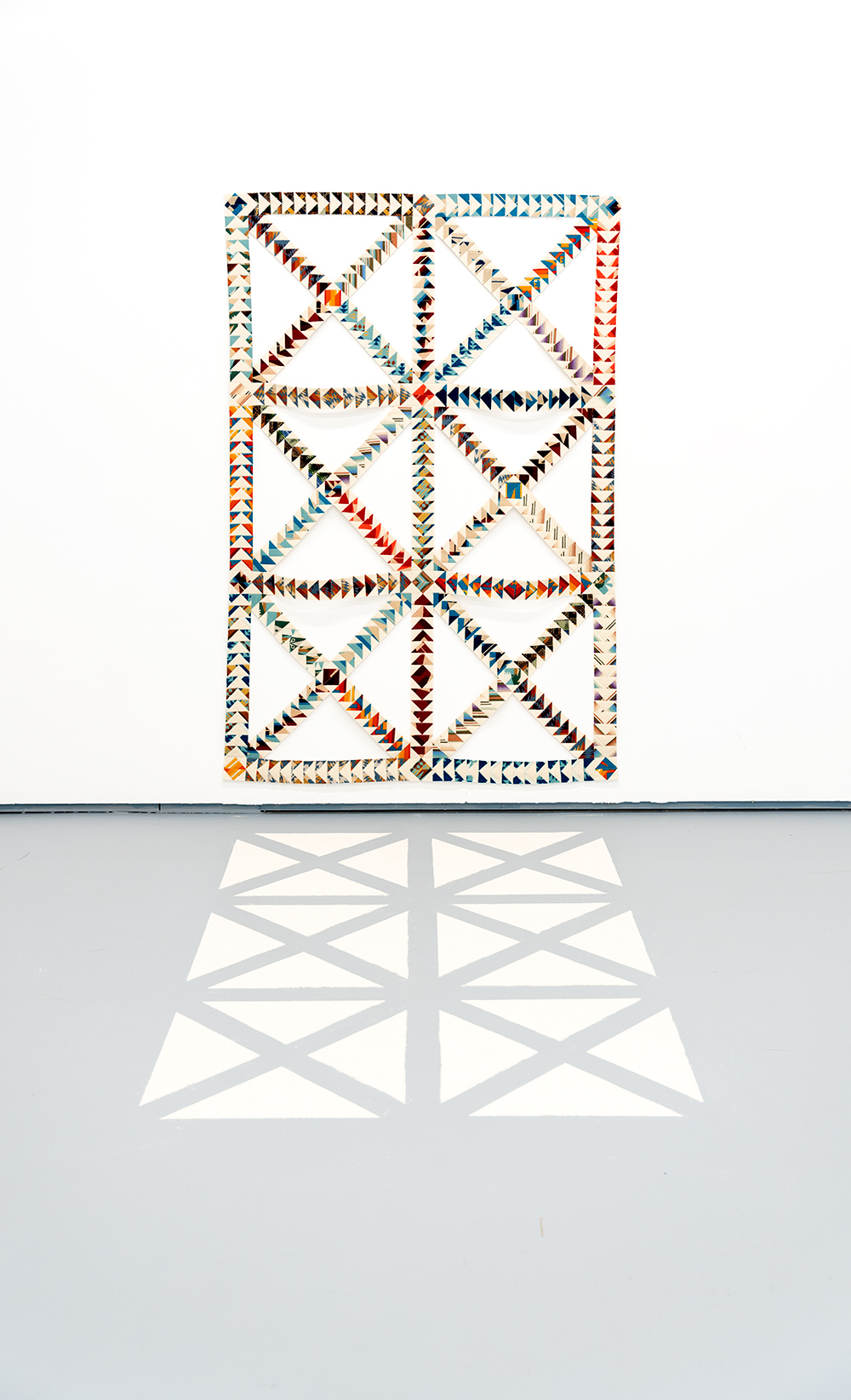
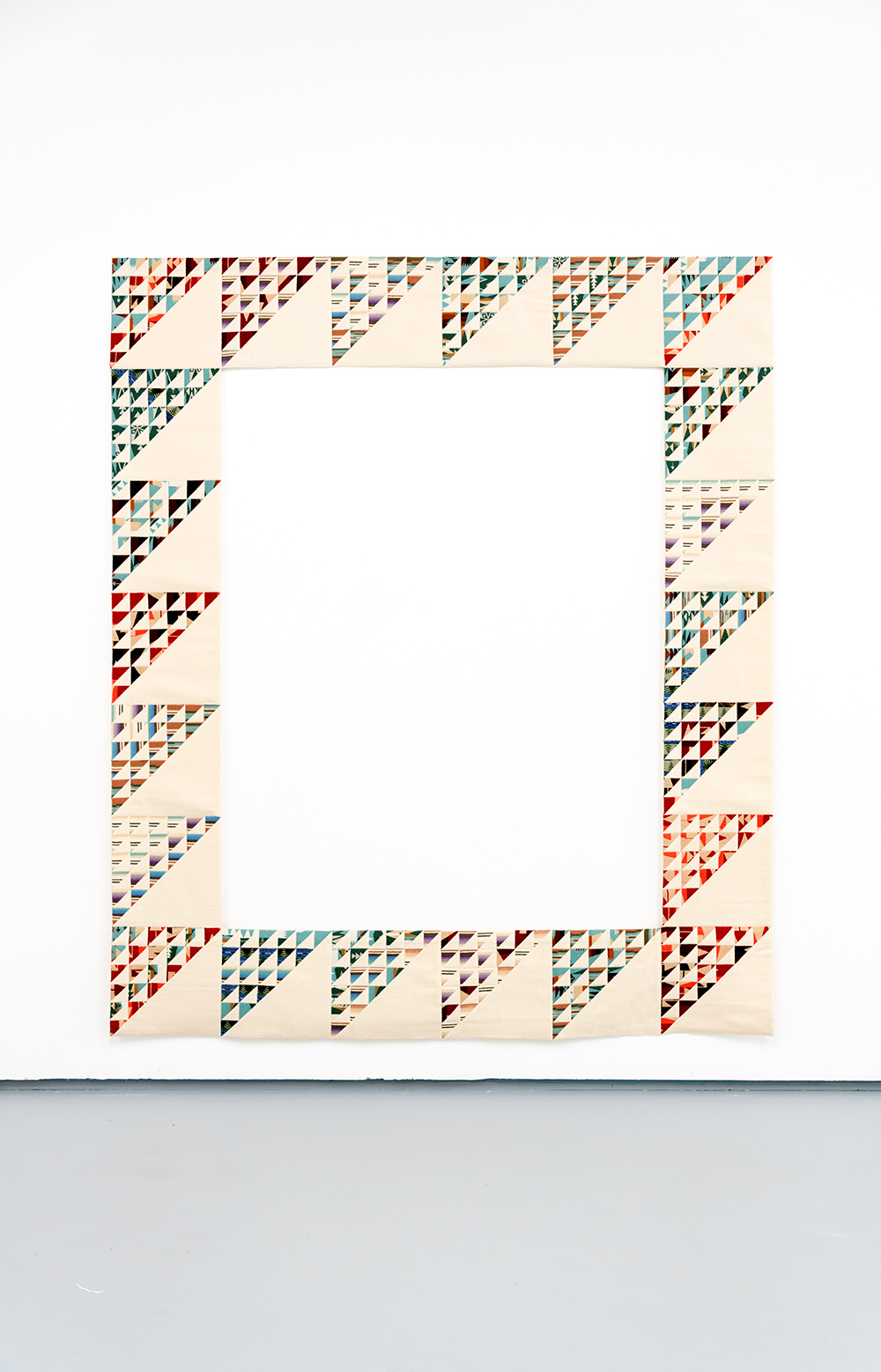
Ditch Projects is pleased to announce the opening of Quilt Bloc — an exhibition in partnership with the Springfield History Museum.
Historical quilts loaned from the Springfield History Museum will be displayed alongside the work of seven contemporary artists at Ditch Projects. This exhibition connects Ditch’s 13 years of making and exhibiting contemporary art with The Springfield Museum’s over 40 years of collecting and exhibiting artifacts.
Additional works by Max Adrien and Frances Andonopoulos will be on view at the Springfield Museum alongside their exhibition Glenwood Untold.
“When we grant quilts authority, we expand our conception of who can tell meaningful stories and how these stories are preserved” — Jess Bailey, Many Hands Make a Quilt
Quilts have been selected from the museum’s archives that are tied to the early history of Springfield and to Ditch’s location in particular. Ditch’s 2,000 square foot gallery space is located in the former site of the Booth-Kelly lumber mill— a business central to the early development of the town of Springfield. One quilt on display is from the town of Wendling, Oregon, the former company town for the Booth-Kelly lumber mill.
The quilts on loan from the museum were made with a variety of intentions: to cover and warm, to commemorate, to adorn, and to tell stories. They were made by hand and with care, through the collective efforts of mostly unknown makers from the 1870s through 1980s. The Springfield quilts are a window into the memory of the city.
The contemporary artists exhibiting alongside the historical quilts pull on different threads present in the quilt collection — the conversation between them amplifies what is visible and reveals what is present in the gaps. They variously address textiles as living objects, indexical of the human body and as means of communication, time made evident through materiality, and indigenous craft traditions in existence before the city.
Utilizing archival research and support from the Springfield History Museum the exhibit aims to expand the legacy of Oregon craft by exhibiting artists working from a diversity of perspectives.
Quilt Bloc brings forth and puts into question the quilts on display: bringing together the local history of Oregon craft and textile work with contemporary artists who, in their work, tease apart expectations of craft objects, material realities, and dominant historical narratives.
Quilt Bloc is co-organized by Ditch Projects Artist Members Laura Hughes and Krista Raasch.
Opening Reception
6-8pm, Saturday October 2nd
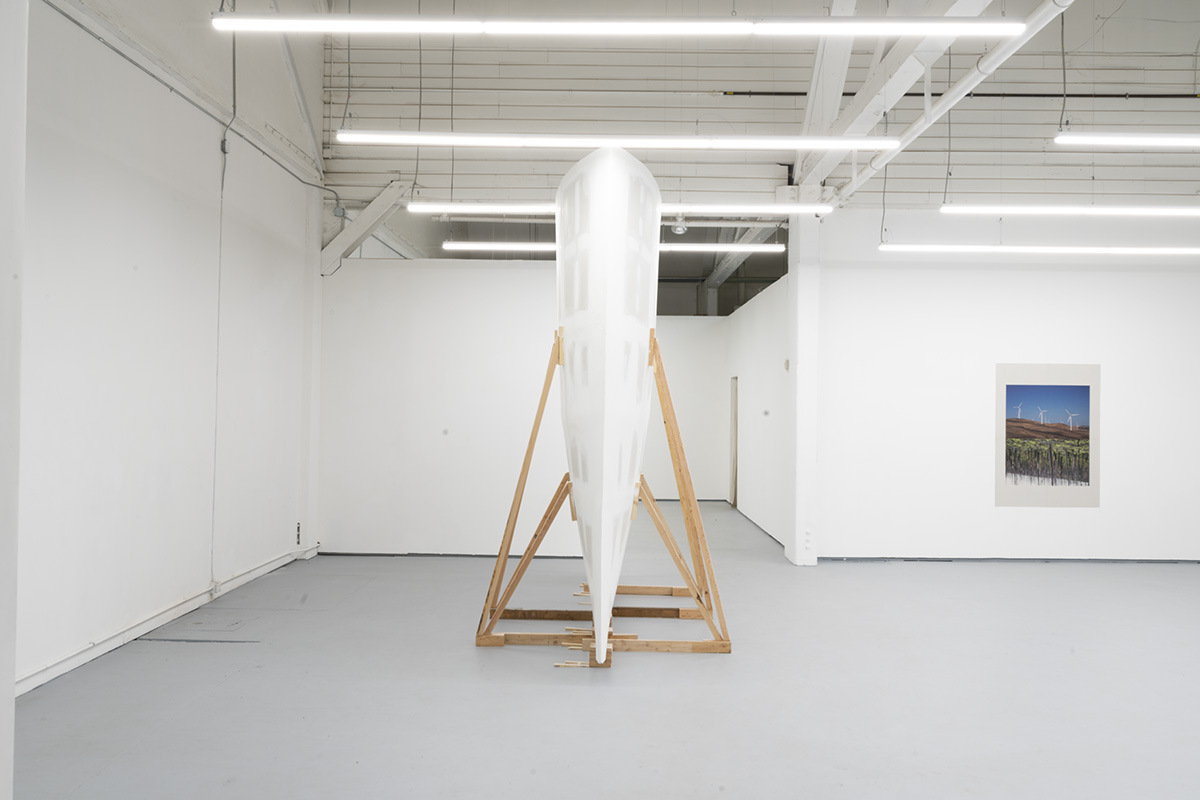
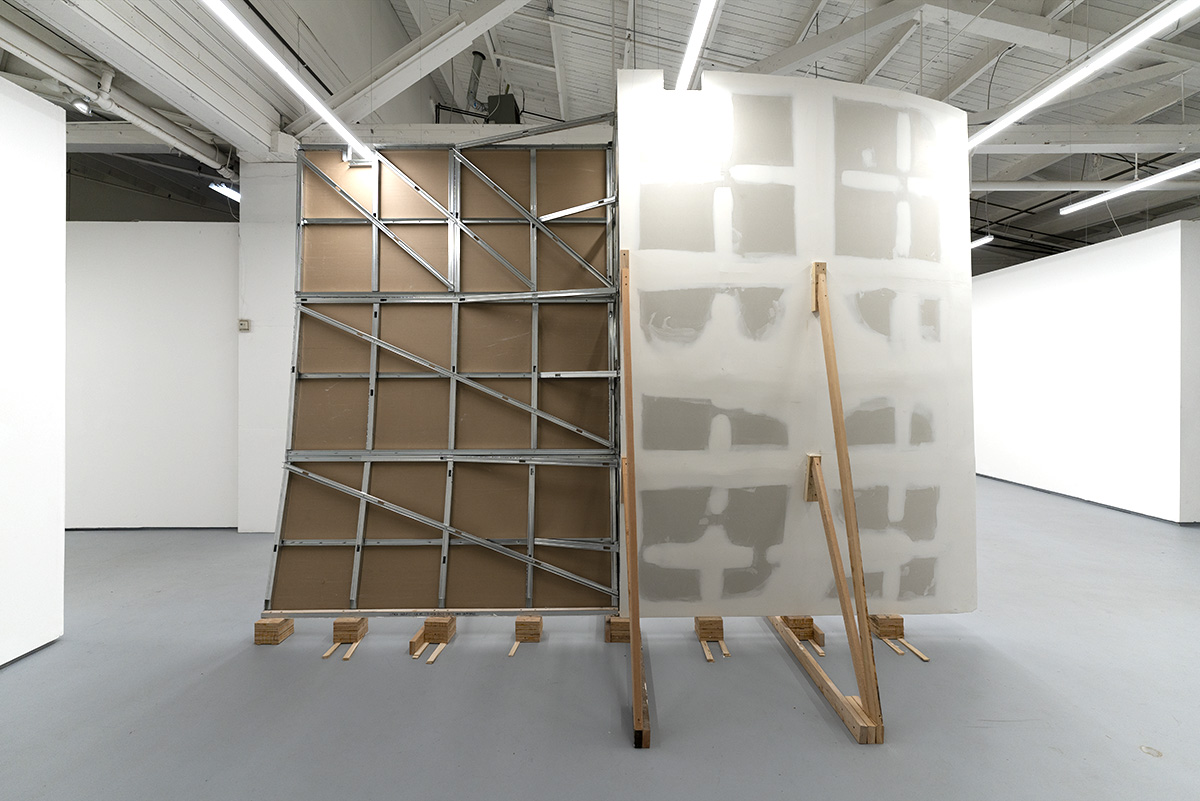

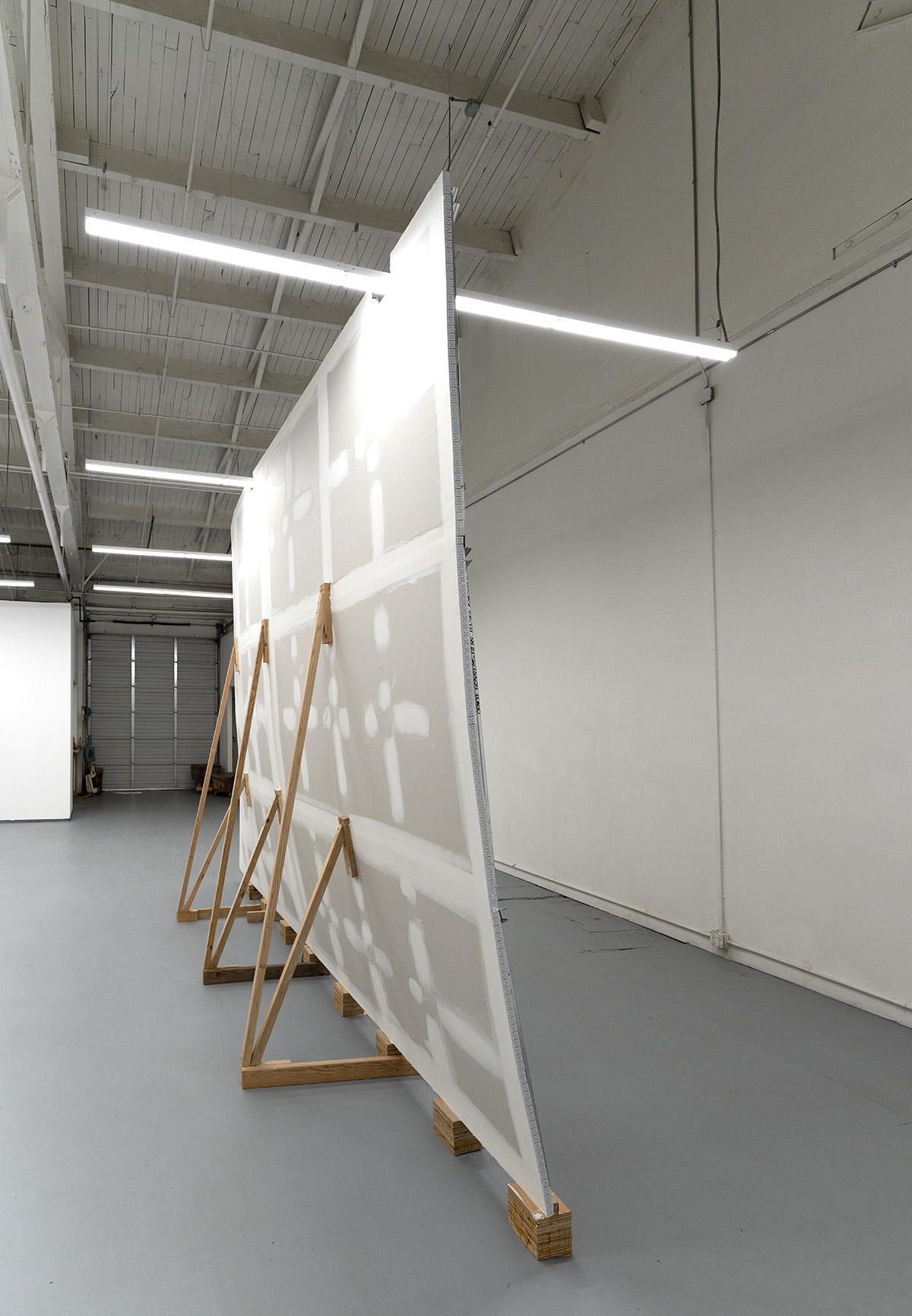
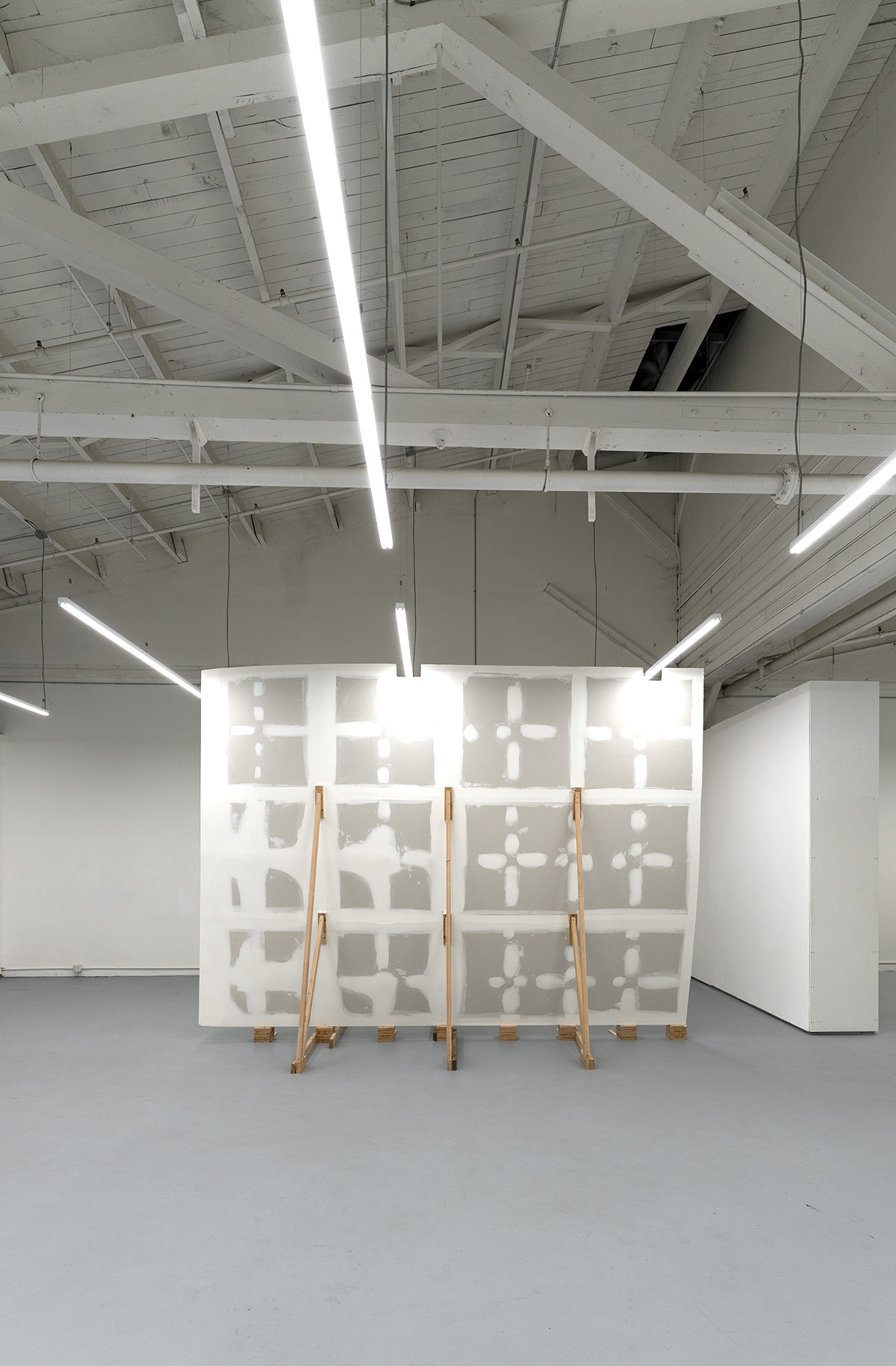

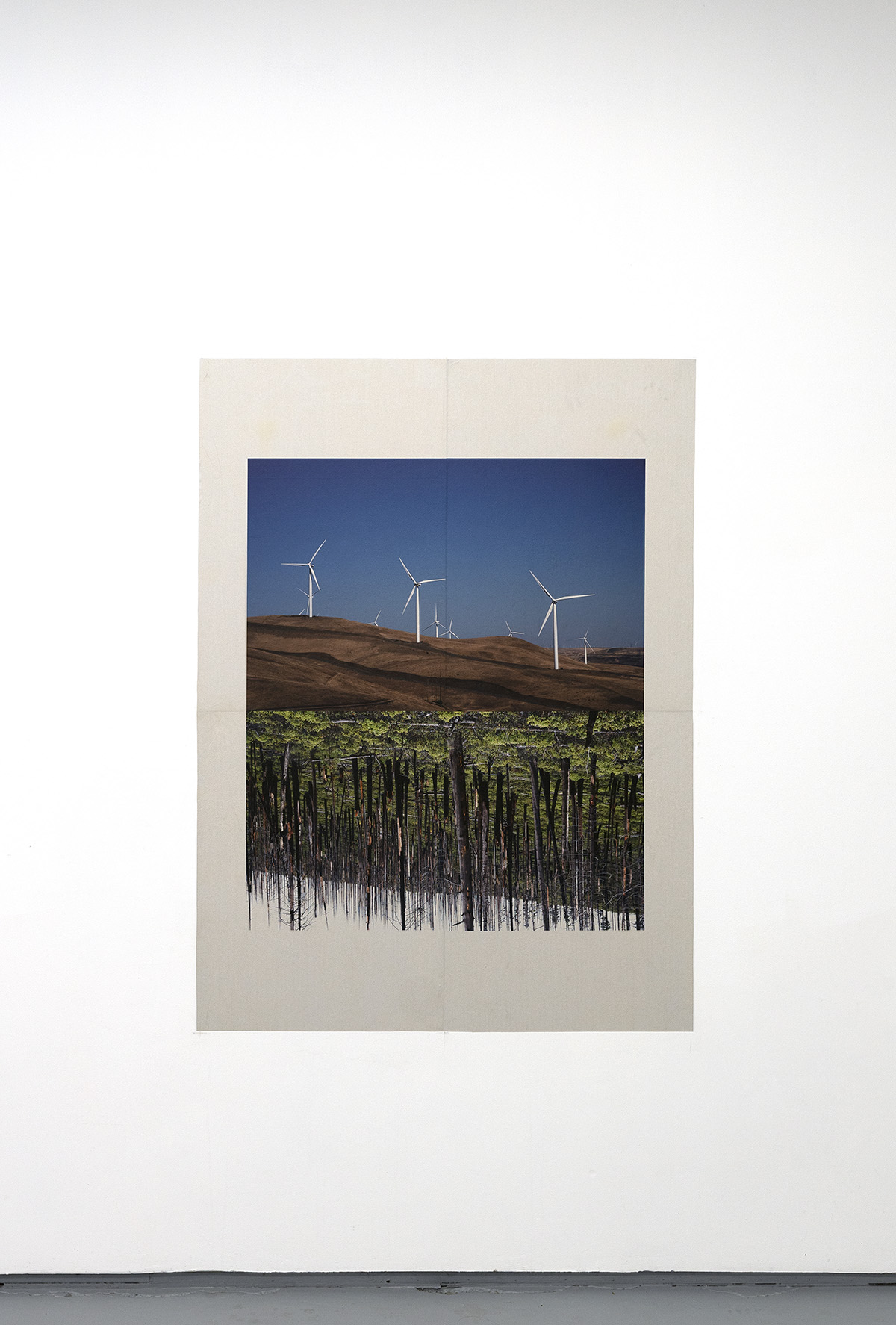

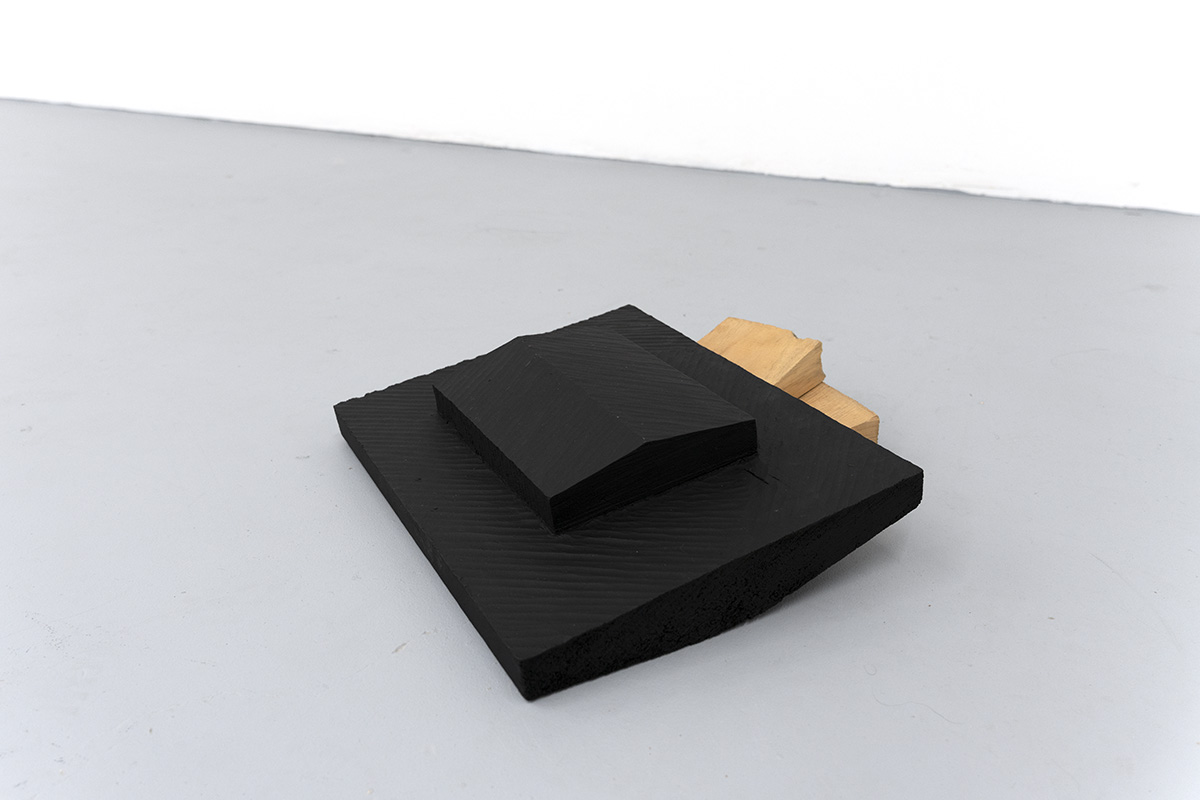

I once stood under a 1000-foot vessel. It was a dangerous and exhilarating place, and beneath the totality of steel and bulk I saw smallness in a manner I’d never known. I was nothing, and I was nowhere. I became driven by an aspiration to enter a union of the unseen, cursing authority, while maintaining a fidelity to the pack. I sought a paradoxical freedom marked by toil and offset by unrepented play. Yet, my desire was just a daydream, a longing to be fierce and fearless. I was out of place. I could walk to the edge, but I would not jump.
The middle is rarely celebrated. At times it is even shunned, rejected as an undecided position, a destination yet reached, or a situation amid tension. Betweenness is ultimately defined by the conditions that mark, limit, confine or restrict. Longing to escape from in between indicates restlessness, a desire to be elsewhere, to be over there rather than here. Without ends there are no in-betweens, only presences.
My creative endeavor is a manifestation of practice, a repeated return to actions of searching, making, and reflecting. The exhibited works become moments of exchange, temporal incarnations and placeholders, emphasizing a provisional language of materials and processes in flux. Courting failure and seeking conditional outcomes within normative constructs, the makeshift confronts accepted structures and logistics, leveraging instability as a condition for change.
*The title not in between is inspired by the writings of Fred Moten, particularly his profound critique of normalized societal and institutional constructs that segregate, marginalize, and terrorize.
Ghost Rider: Performing Fugitive Indigeneity
Ka'ila Farrell-Smith
July 31 - August 29, 2021


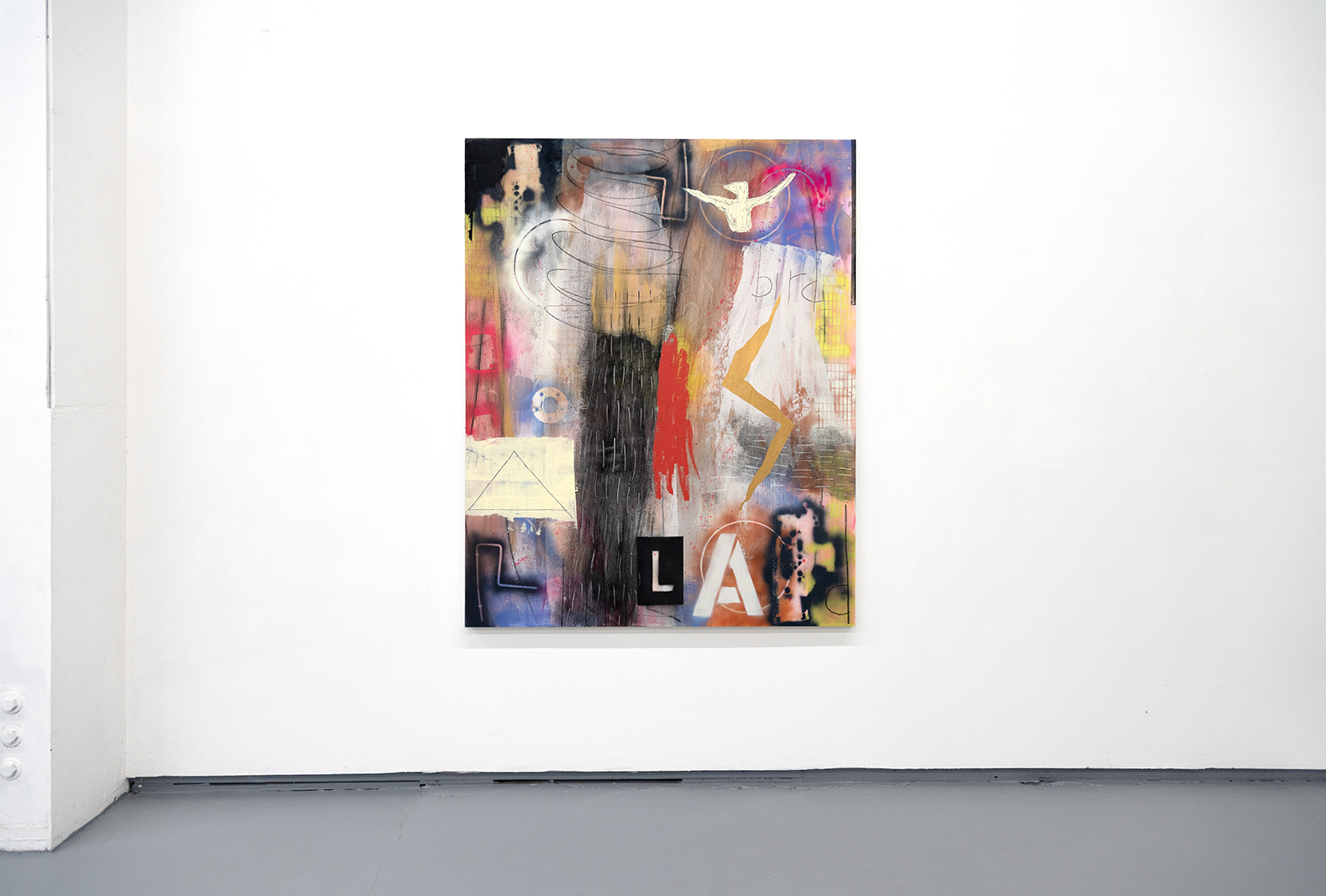

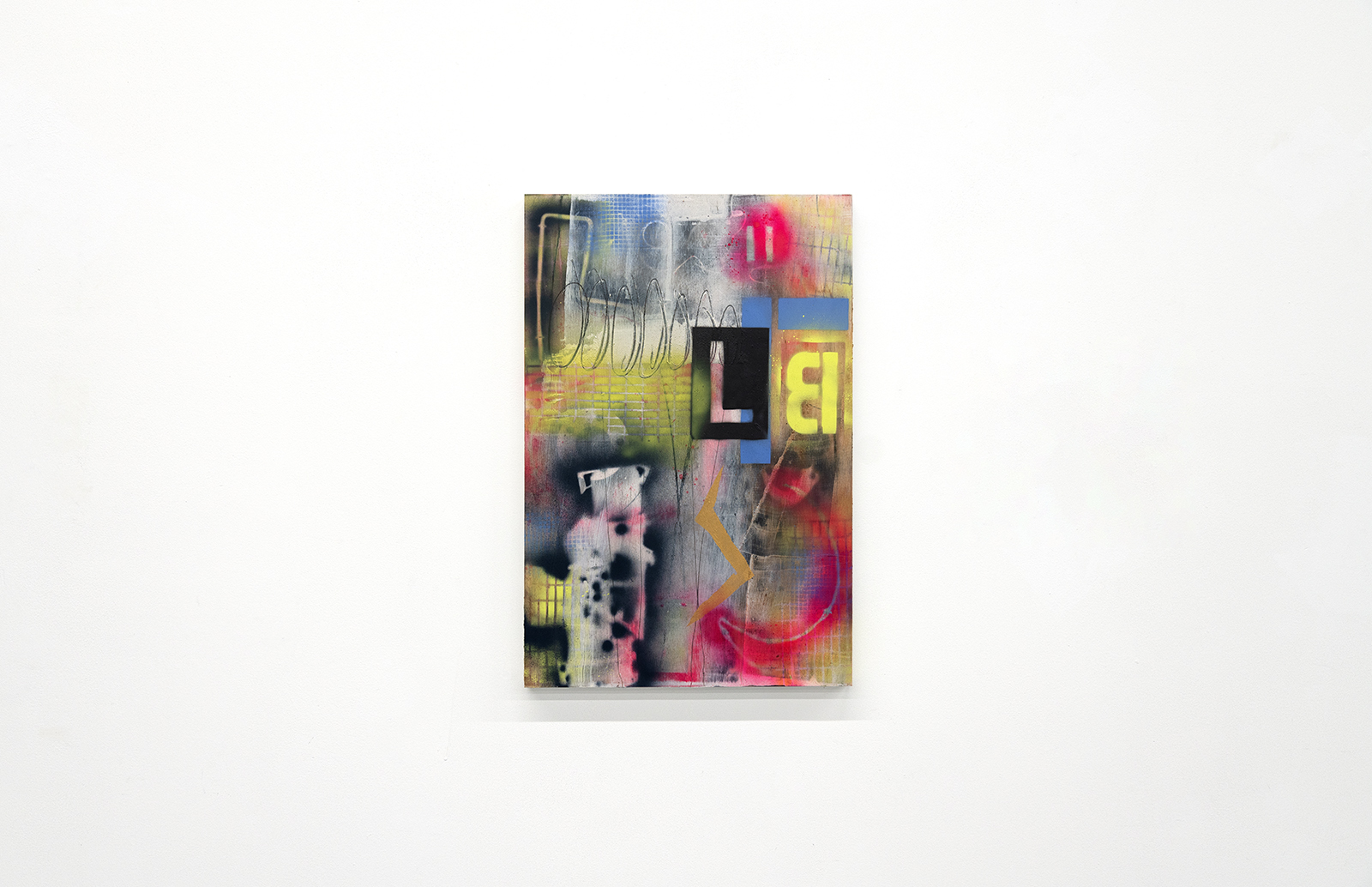

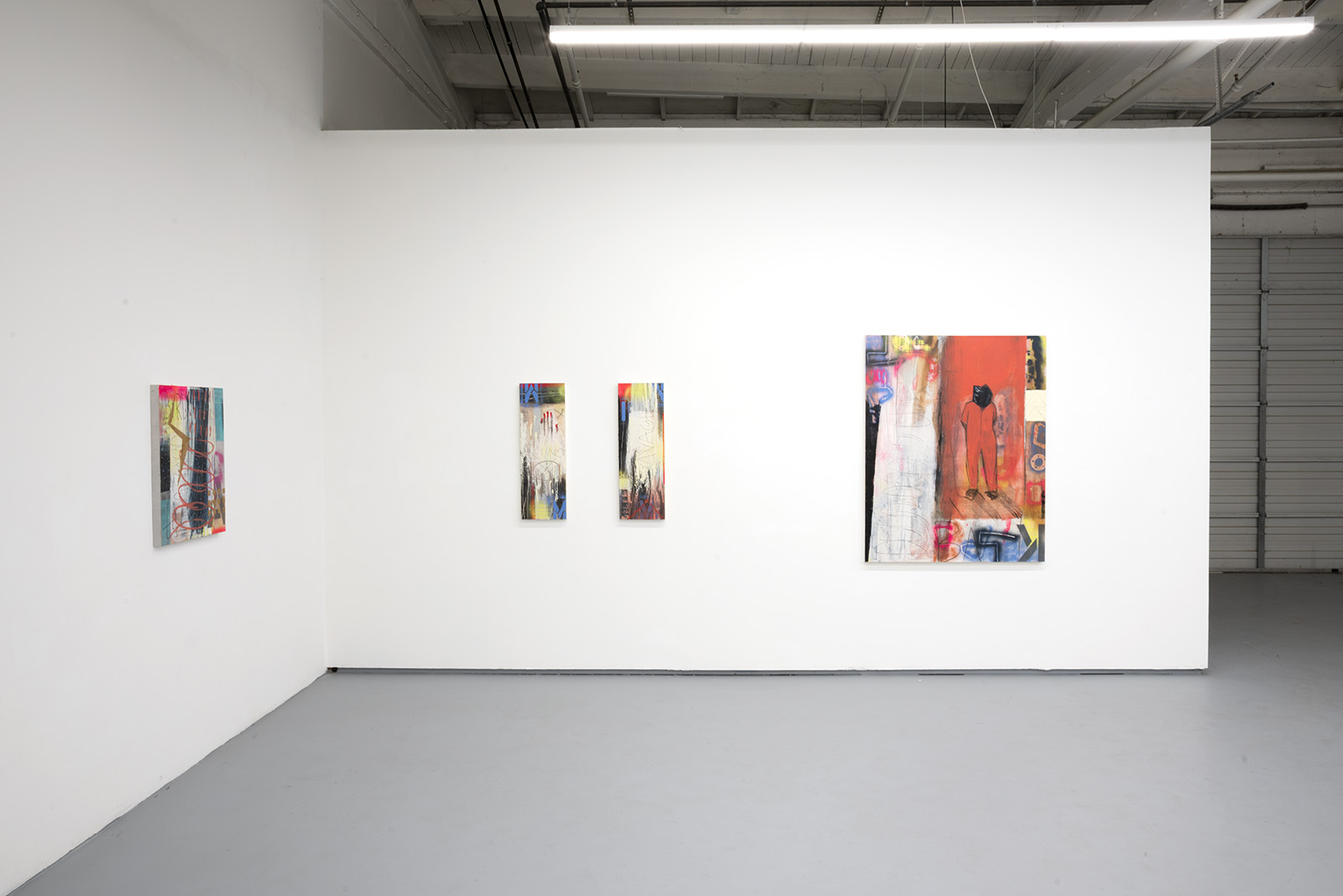

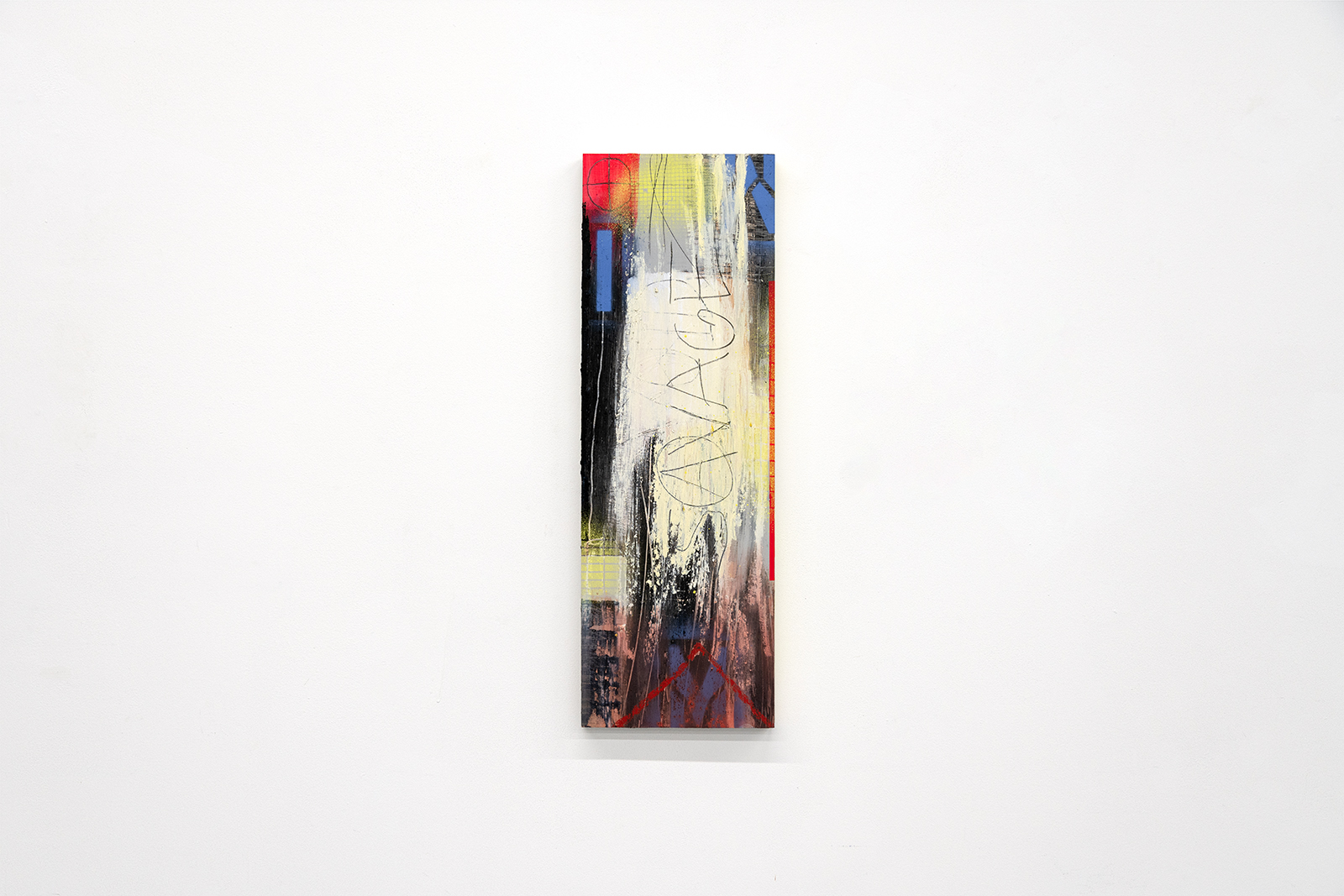
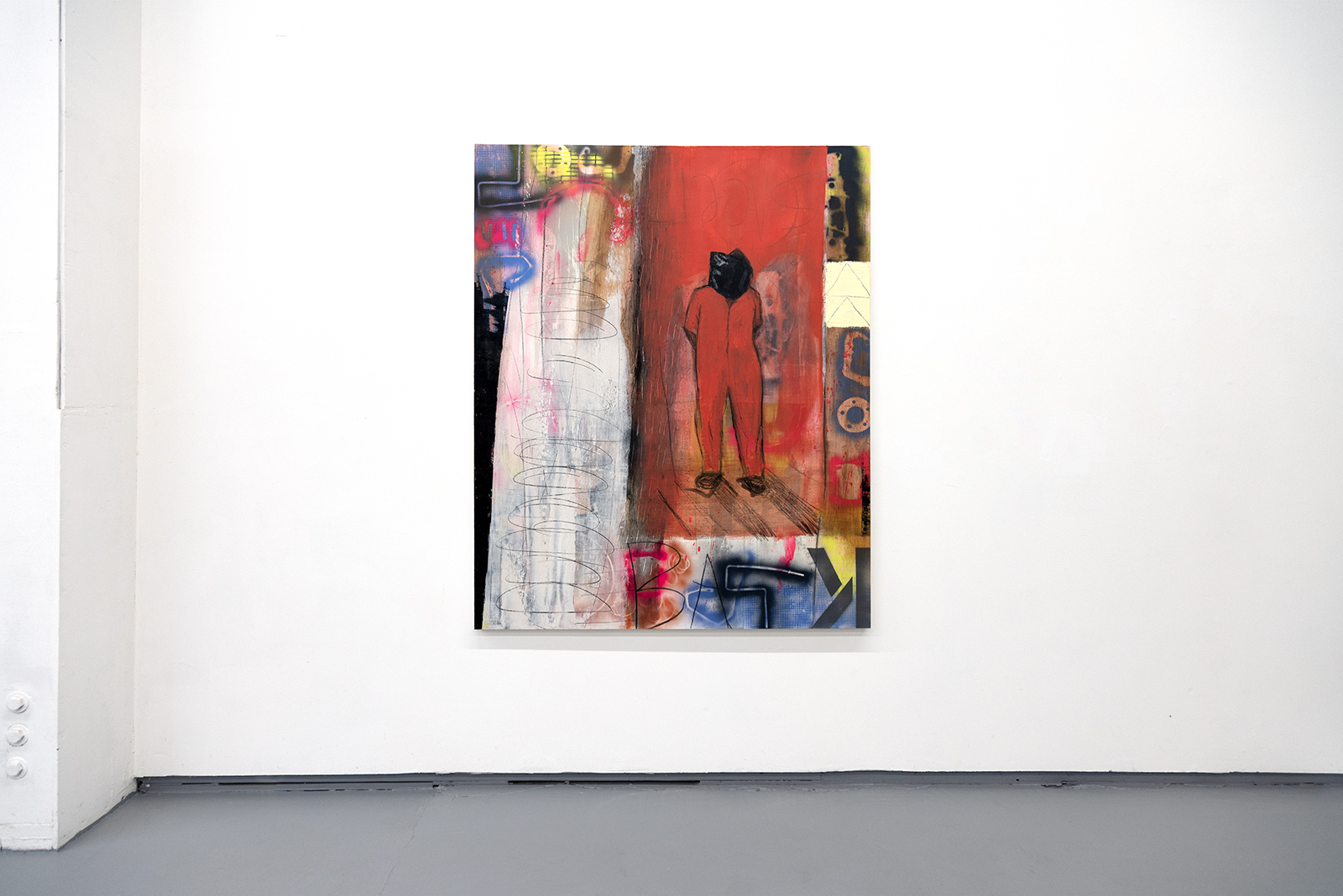

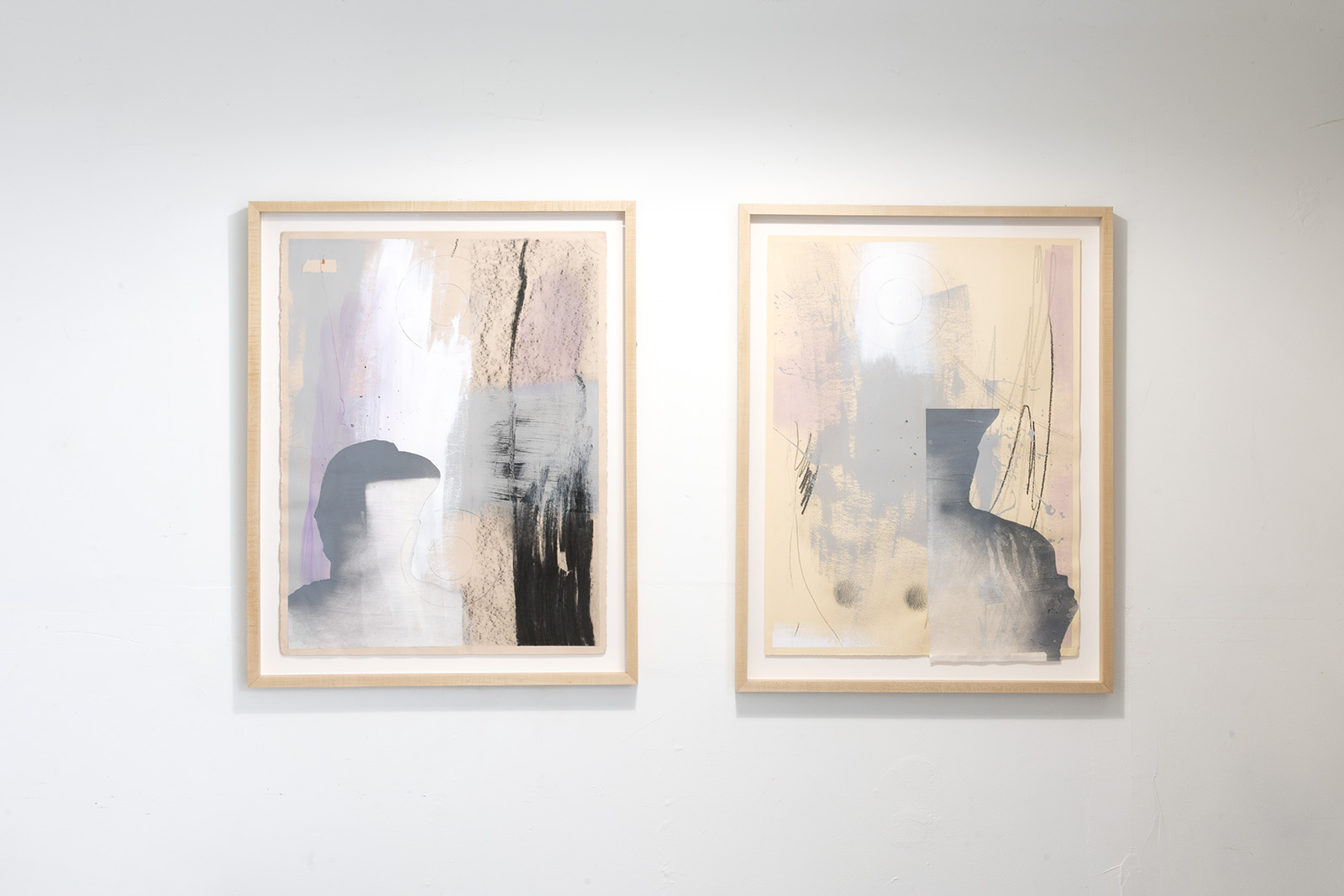


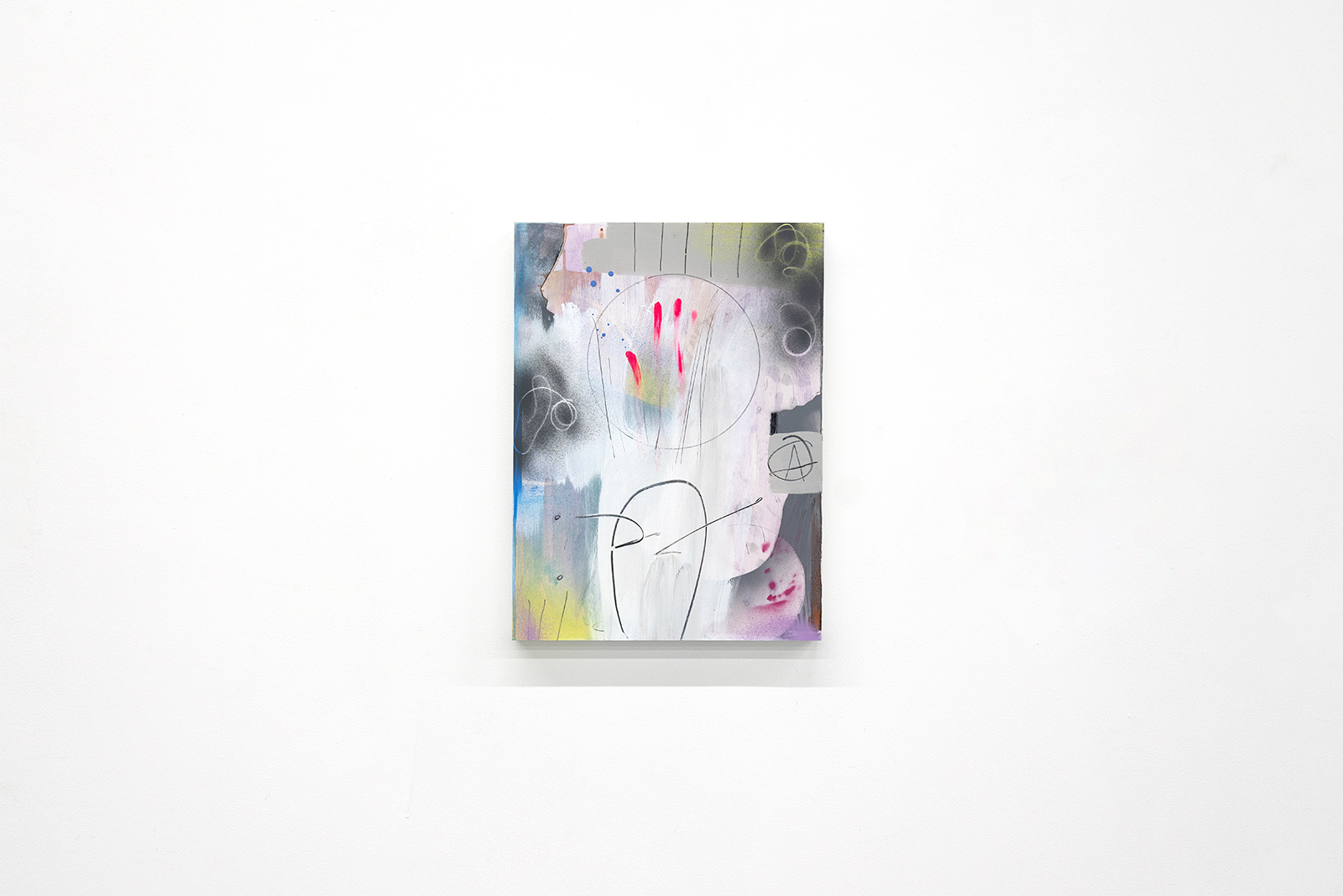
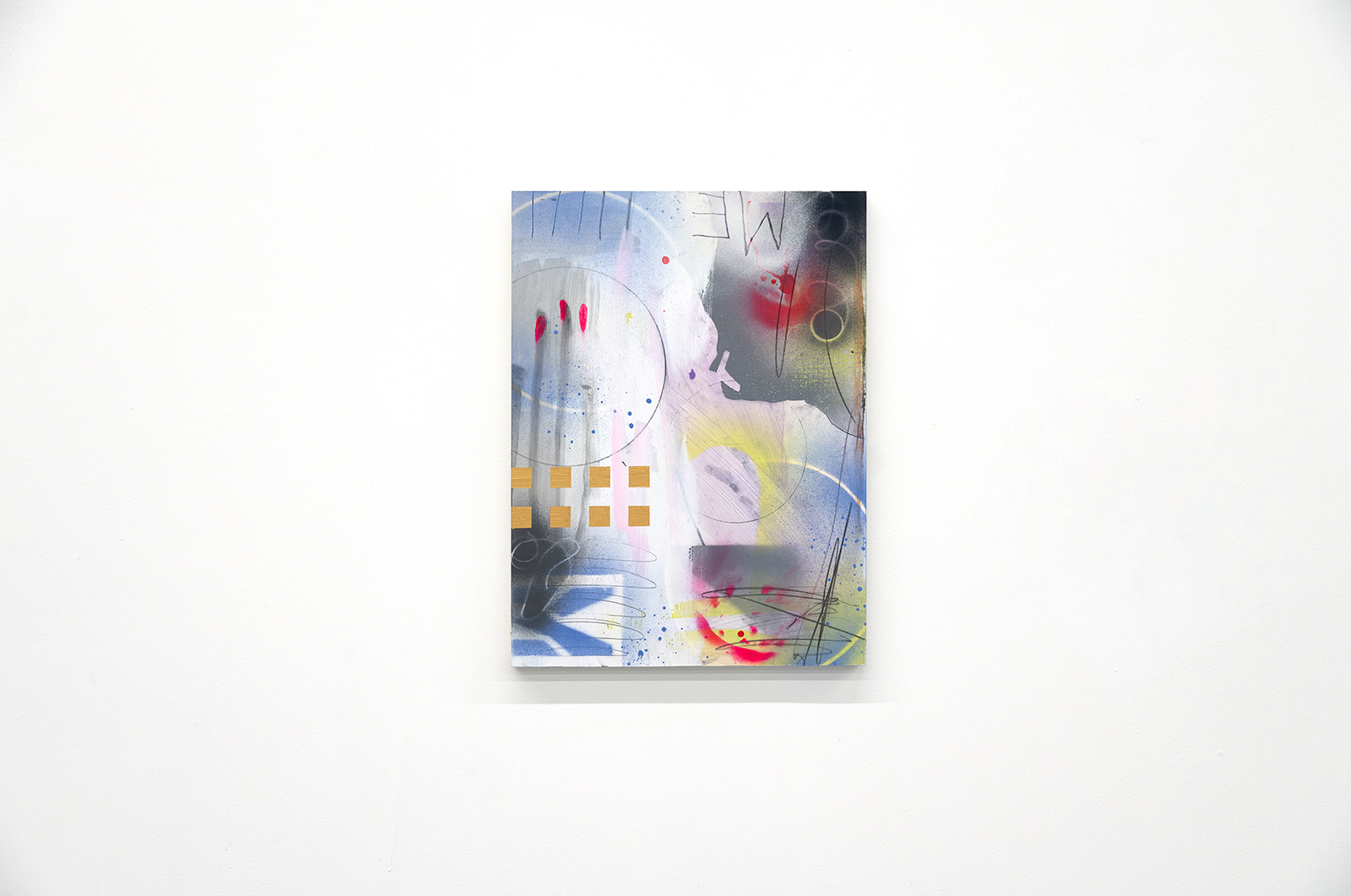


‘Ghost Rider: Performing Fugitive Indigeneity’ consists of twenty-seven abstract
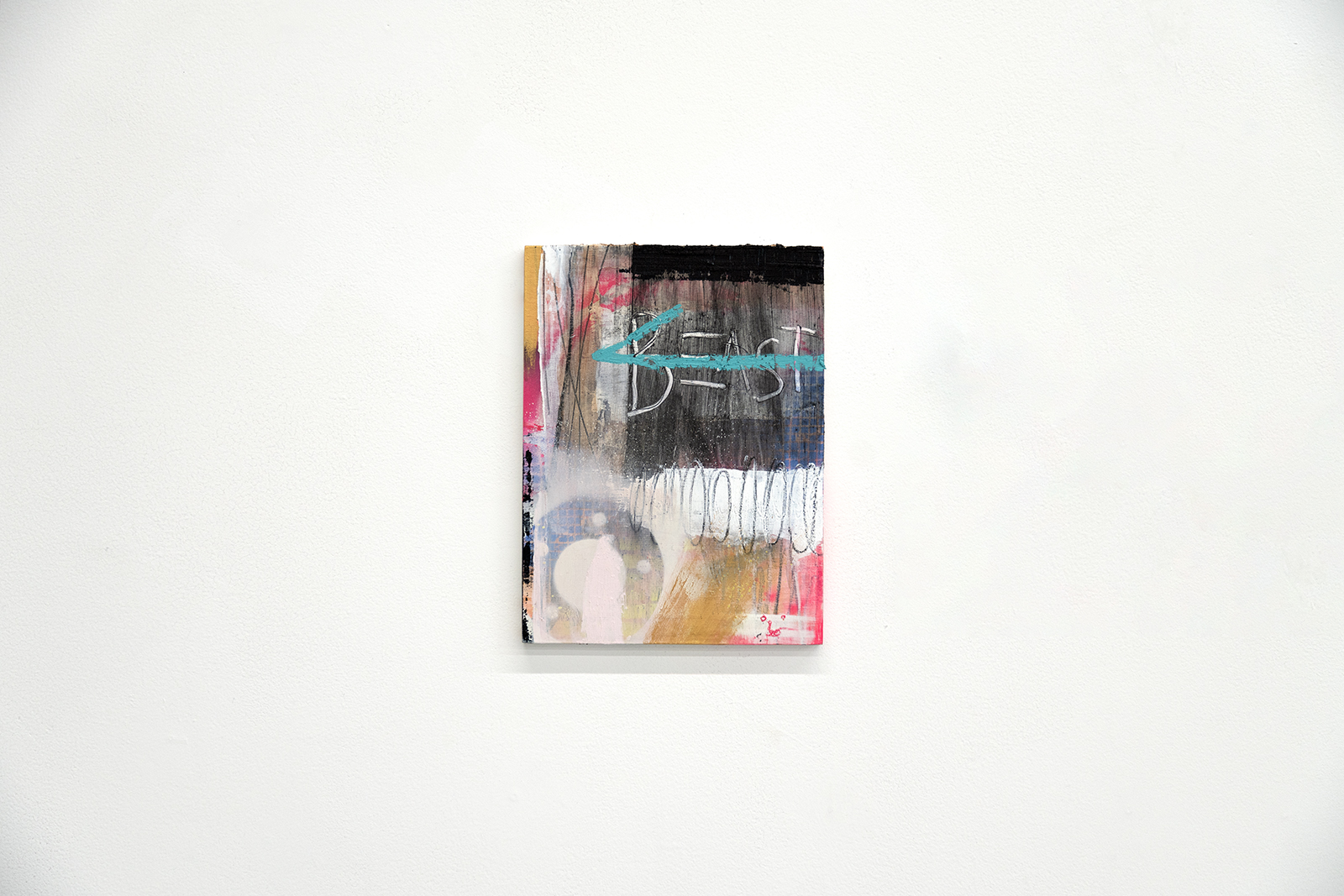

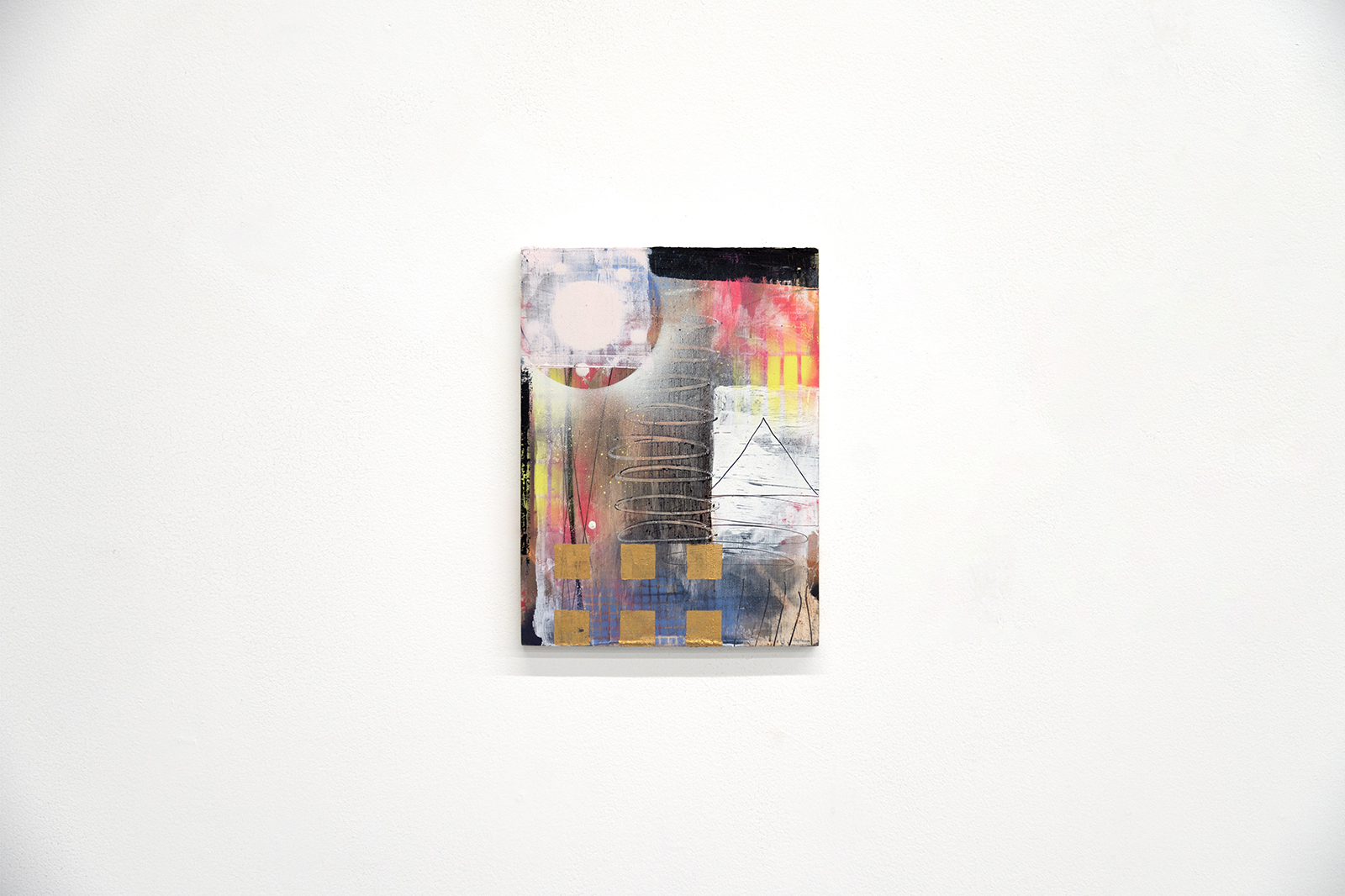

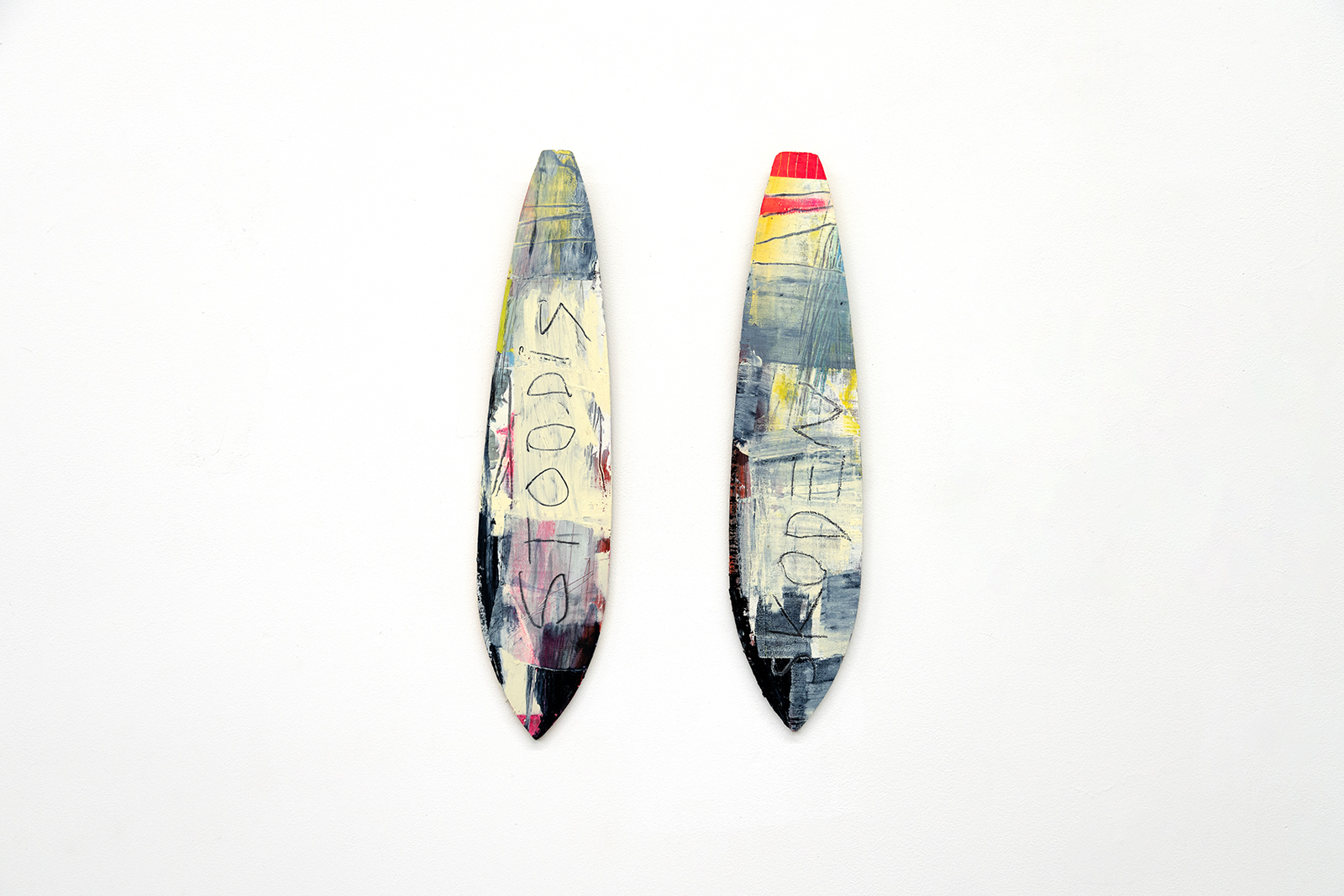 paintings in the 2019-2021 Land Back series. The paintings created at my studio in Chiloquin consist of wild harvested pigments from Klamath lands and aerosol stencils of metal detritus found on the ranch land at Modoc Point Studio. Living and working on ranch and forest lands has become a ritual in reconnection. Walking the land, watching for snakes in summer, watching the prints of who walked before me in the snow in winter, selecting trees to trim for fire prevention. I collect detritus from the land: shot up cans, old ranch equipment, parts of machinery, barbed wire, grids, bullets. I take these objects and use them as stencils in my paintings. Combined, these marks with harvested wild pigments constitute layers that bridge contemplation of colonizers violence and trauma, offering a matrix for resiliency and transformation of perception and memory. Formally, the twenty seven works examine improvisational composition and abstract exploration, additional layers of thicker paint utilize text and imagery cited from my research.
paintings in the 2019-2021 Land Back series. The paintings created at my studio in Chiloquin consist of wild harvested pigments from Klamath lands and aerosol stencils of metal detritus found on the ranch land at Modoc Point Studio. Living and working on ranch and forest lands has become a ritual in reconnection. Walking the land, watching for snakes in summer, watching the prints of who walked before me in the snow in winter, selecting trees to trim for fire prevention. I collect detritus from the land: shot up cans, old ranch equipment, parts of machinery, barbed wire, grids, bullets. I take these objects and use them as stencils in my paintings. Combined, these marks with harvested wild pigments constitute layers that bridge contemplation of colonizers violence and trauma, offering a matrix for resiliency and transformation of perception and memory. Formally, the twenty seven works examine improvisational composition and abstract exploration, additional layers of thicker paint utilize text and imagery cited from my research.My chapter for the book “Transnational Feminist Art Pedagogies at the intersections of [De]Coloniality” (edited by Injeong Yoon-Ramirez and Alejandra I. Ramirez) is titled GHOST RIDER and focuses on the lynching of the Modoc War leaders as legal precedent for the 2003 US Torture program, the history of the Ghost Dance and the Iron Horse, documentation and public spectacle of lynching and torture, stopping the Jordan Cove LNG (liquid natural gas) projects in Southern Oregon, and the fugitive Indigenous pose in relation to the Land Back painting series. The writing that inspired the title of this essay as well as my 2019-2021 work is “Fugitive Indigeneity: Reclaiming the terrain of decolonial struggle through Indigenous Art” by Jarrett Martineau and Eric Ritskes, 2014.
Indigenous art evokes a fugitive aesthetic that in its decolonial ruptural forms, refuses the struggle for better or more inclusion and recognition (Coulthard, 2007) and, instead, chooses refusal and flight as modes of freedom.[1]
Indigenous Art is inherently political. (Wanda Nanibush, 2014)
The role of creative fugitivity in a corporate colonial Empire has become essential. As a content creator, writer, mark maker, and mentor, I’ve removed my labor from the urban center focusing my conceptual practice of performative painting with the land. This performance of refusal and flight is rooted in learning decolonial modes of resistance and freedom from my ancestors and contemporaries.
/
Ka'ila Farrell-Smith is a contemporary Klamath Modoc visual artist, writer and activist based in Modoc Point, Oregon. The conceptual framework of her practice focuses on channeling research through a creative flow of experimentation and artistic playfulness rooted in Indigenous aesthetics and abstract formalism. Utilizing painting and traditional Indigenous art practices, her work explores space in-between the Indigenous and western paradigms. Ka’ila displays work in the form of paintings, objects, and self-curated installations.
Ka’ila is a 2019-2020 Fields Artist Fellow with Oregon Humanities and a Board Member of Rogue Climate. Her work has been exhibited at Out of Sight, Museum of Northwest Art, Tacoma Art Museum, WA; Missoula Art Museum, MT and Medici Fortress, Cortona, Italy; and in Oregon she has work in the permanent collection of the Jordan Schnitzer Museum of Art and Portland Art Museum. She is a featured artist at SCALEHOUSE Creative in Bend, Oregon, MESH curated by Kathleen Ash-Milby at the Portland Art Museum, Many Wests: Artists Shape an American Idea at The Boise Art Museum, The Utah Museum of Fine Arts, Jordan Schnitzer Museum of Art, the Whatcom Museum, and the Smithsonian American Art Museum. Ka’ila has recently been selected to attend artist residencies at Djerassi, UCROSS, Institute of American Indian Arts, and Crow's Shadow.
Ka'ila Farrell-Smith received a BFA in Painting from Pacific Northwest College of Art and an MFA in Contemporary Art Practices Studio from Portland State University. She is a certified Wilderness First Responder and is a Land Defender on the front lines, fighting resource extraction projects across the Pacific Northwest.
[1] Martineau , Jarrett and Ritskes, Eric. “Fugitive indigeneity: Reclaiming the terrain of decolonial struggle through Indigenous art” pp. 3-4. University of Victoria, University of Toronto, 2014. Decolonization: Indigeneity, Education & Society. Vol. 3, No. 1, 2014, pp. I-XII
Ghost Rider: Performing Fugitive Indigeneity is generously supported by the Springfield Arts Commission and Oregon Arts Commission.
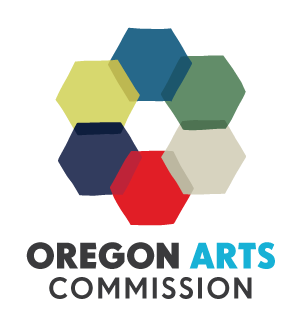
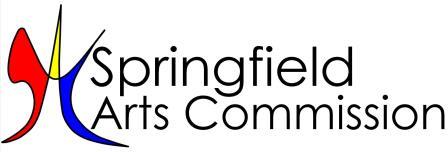
Umbo Room
Curated by Ka’ila Farrell-Smith
July 31 - August 29, 2021

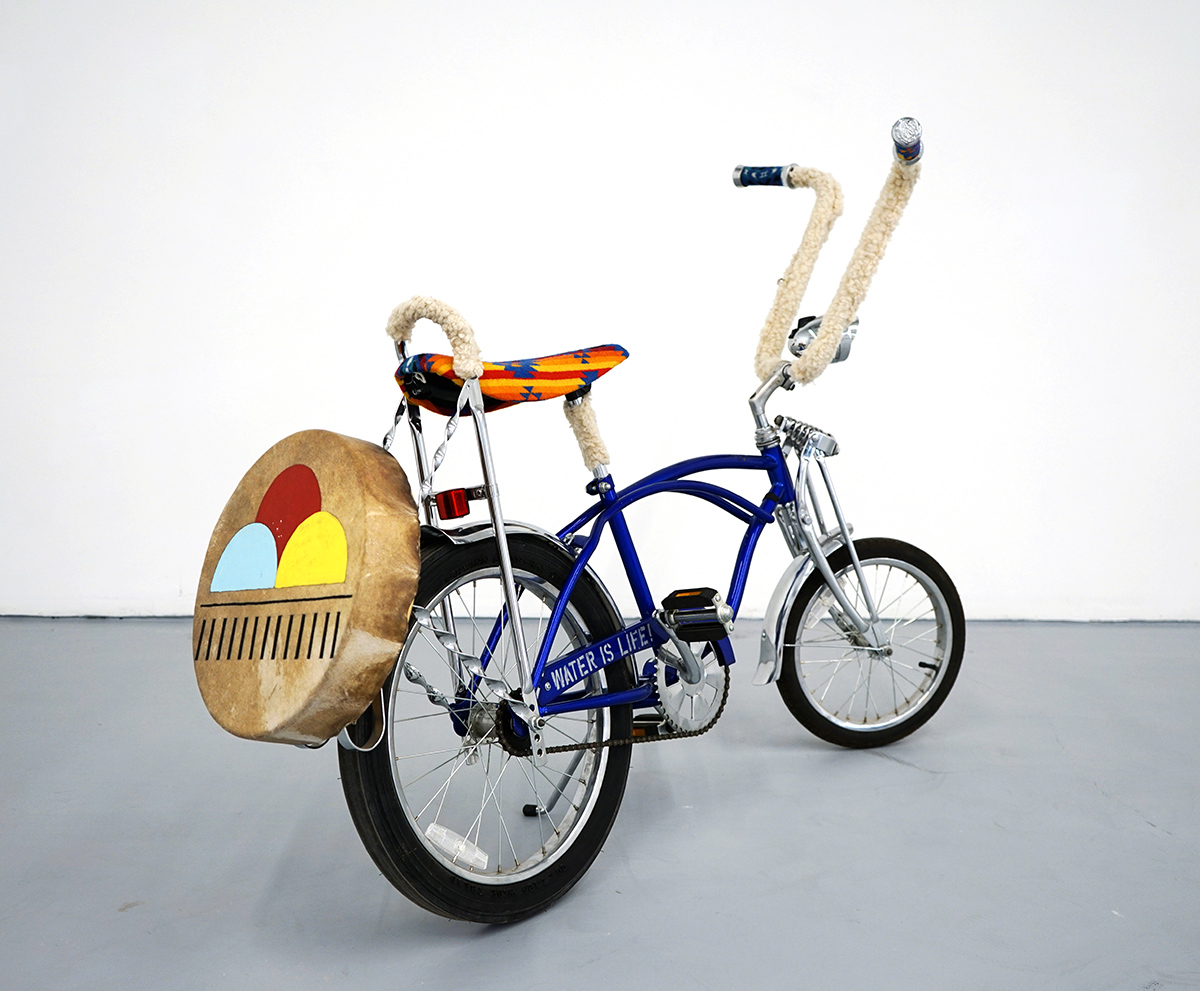
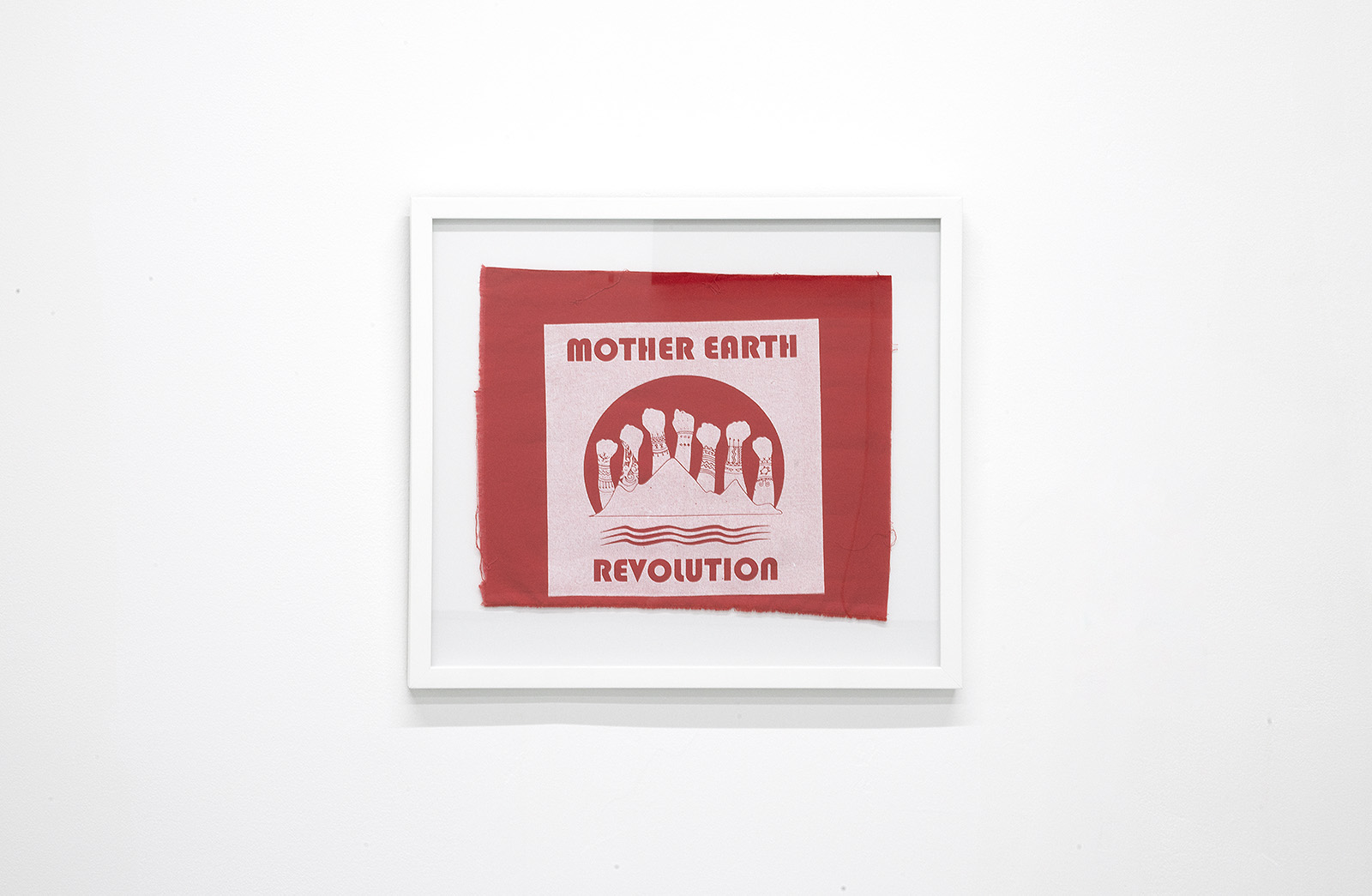



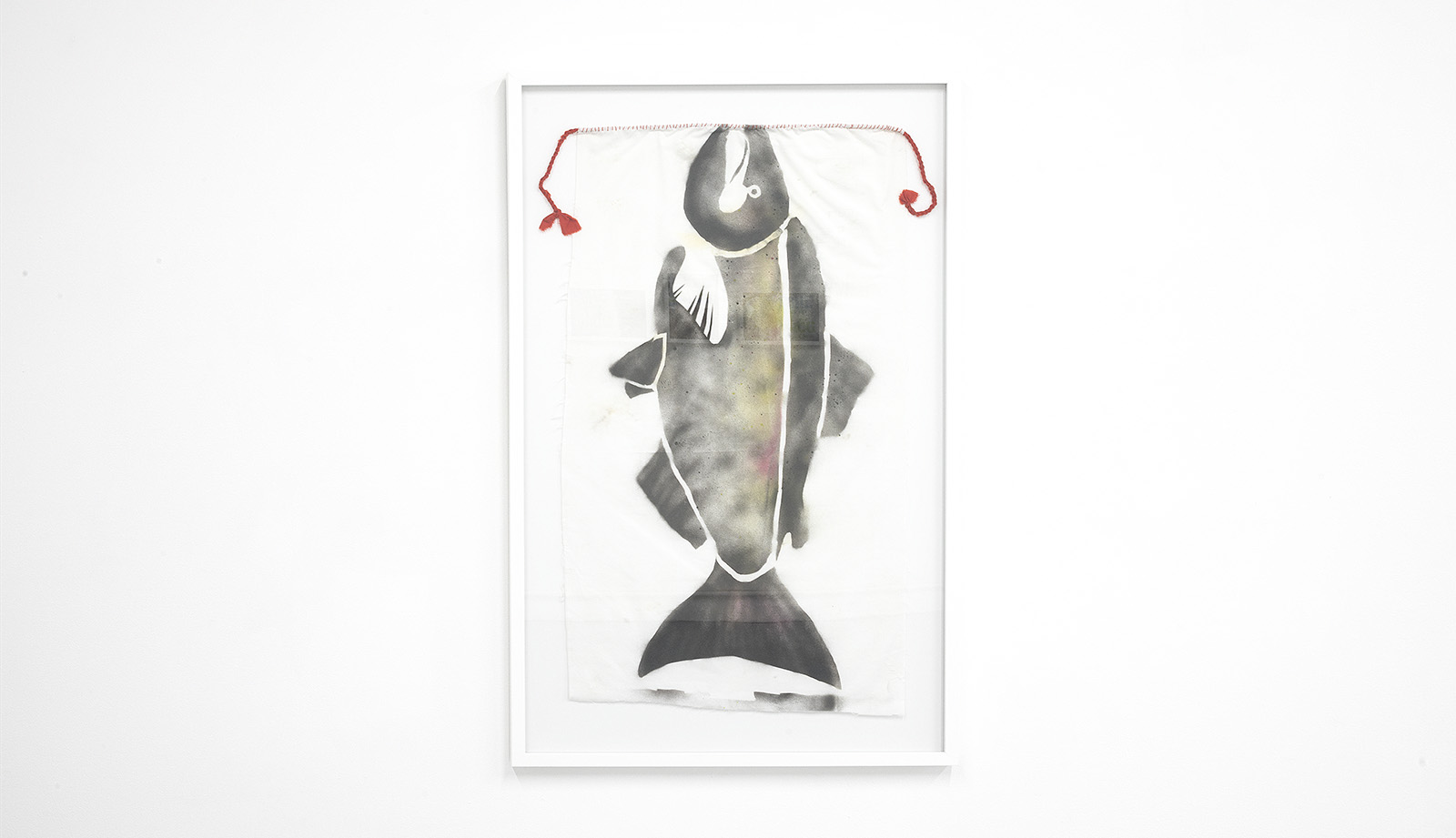

The Umbo Room at Ditch Projects displays protest art from the frontlines of the NO LNG campaign to Indigenous water protectors of the Klamath basin to the Pacific Ocean. Communities across Southern Oregon have worked for over a decade to stop the Canadian owned Jordan Cove LNG energy projects, which is a proposed compressor station in Malin, OR, a 230 mile pipeline across tribal ancestral lands to an export terminal in Coos Bay, OR. The Pacific Connector Pipeline would have crossed 500 waterways in Southern Oregon including the Klamath, Rogue, and Umpqua. Currently, Oregonians have won through grassroots organizing, protests, community art making, and submitting massive amounts of concerned public comments. However, due to FERC approval in 2020 during the COVID-19 pandemic the foreign corporation could still take landowners property away using eminent domain.
Please learn more at www.nolngexports.org.
The Klamath Tribe and tribal members are concerned for the endangered C’waam and Koptu (Lost River and shortnose sucker fish) threatened by low water levels in the Upper Klamath lakes during this severe drought year. Works included translate the creativity from the frontlines of the water wars and reflect the cross-tribal collaborations to protect our waters and save the endangered C’waam, Koptu, and Salmon from dams, diversions, corporate cattle, and industrial agriculture. This installation of the Umbo Room celebrates the Klamath Tribes as Senior Water Rights holders in the Klamath Basin and urge Oregonians to honor the treaty of 1864.
Please learn more at the Klamath Tribe’s website www.klamathtribes.org.


A Line, A Mollusk
Marissa Lee Benedict & David Rueter
Feb 27th – March 28th, 2021
In Conversation: Marissa Lee Benedict & David Reuter with Jovencio de la Paz and Cameron Hu
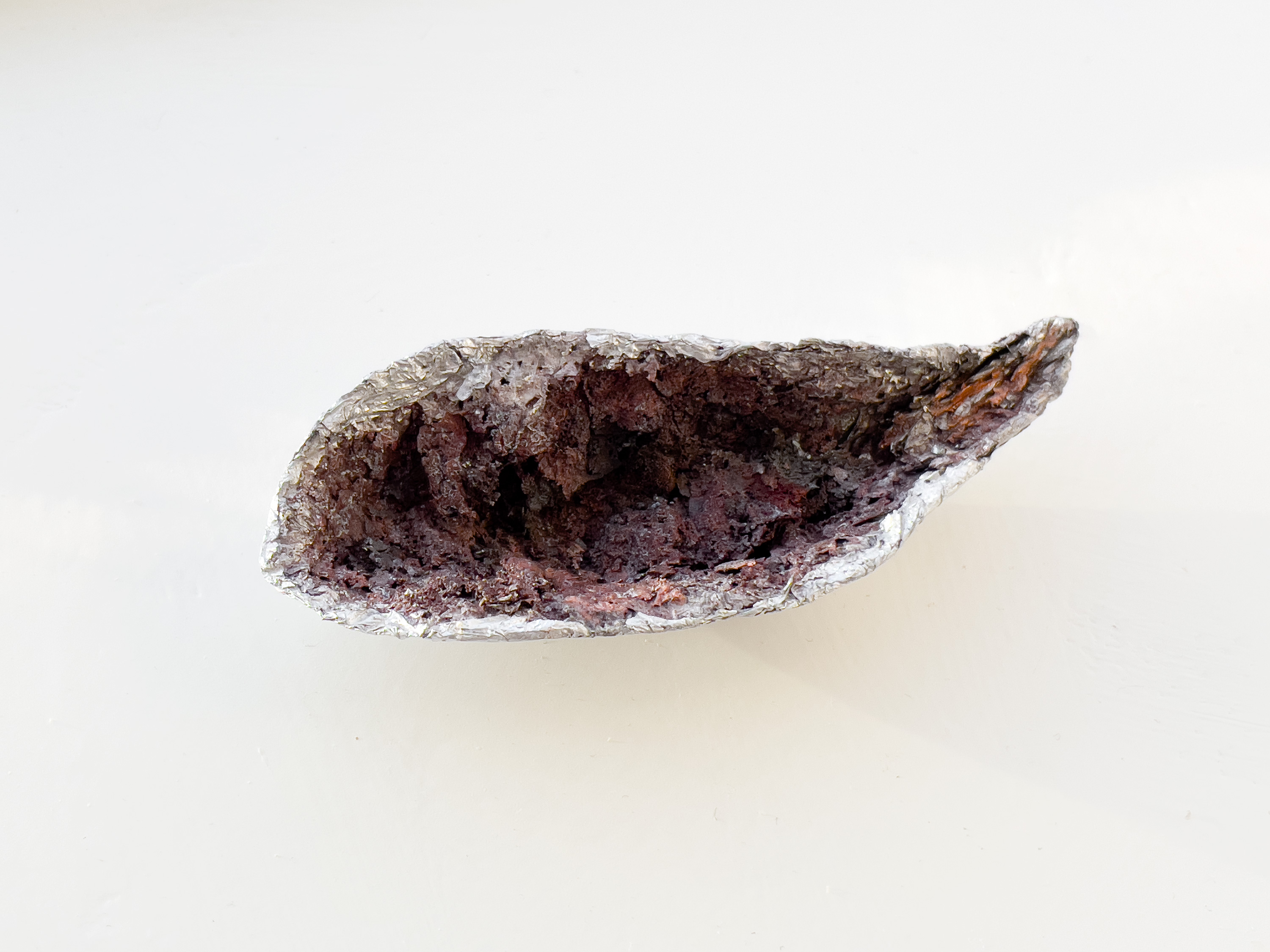
A Line, A Mollusk is the first solo exhibition of drawings collaboratively produced by Marissa Lee Benedict & David Rueter.
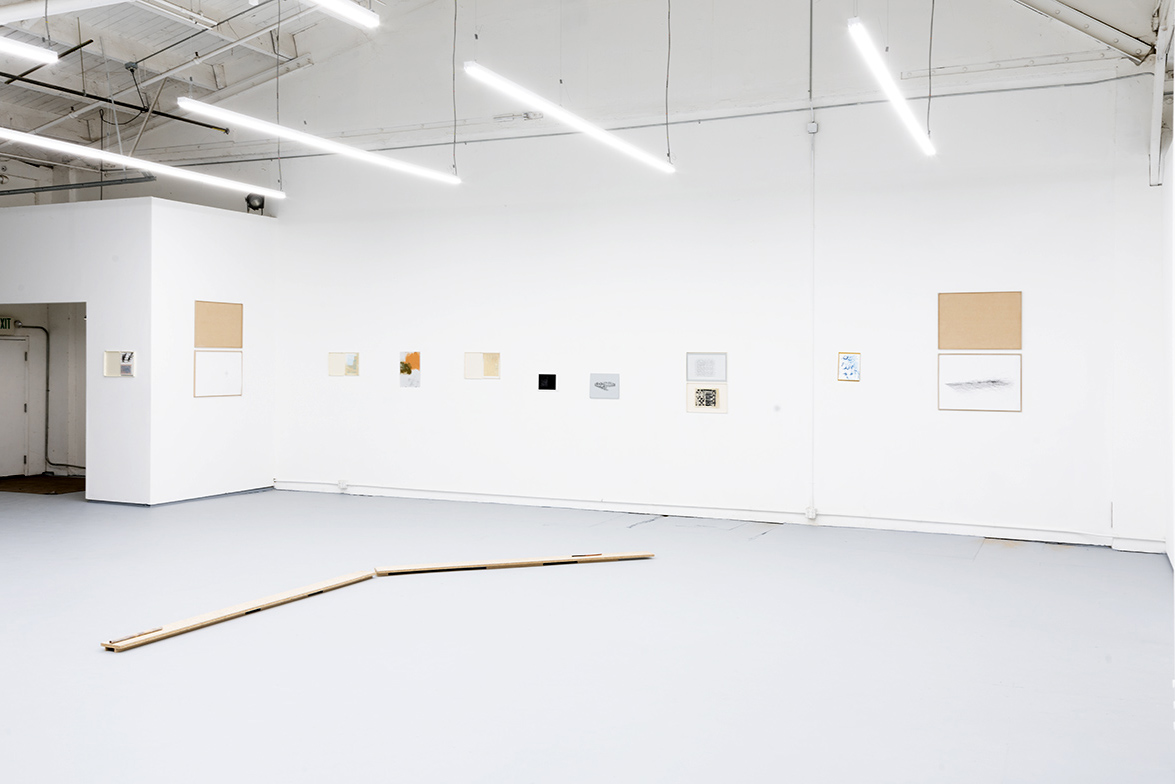

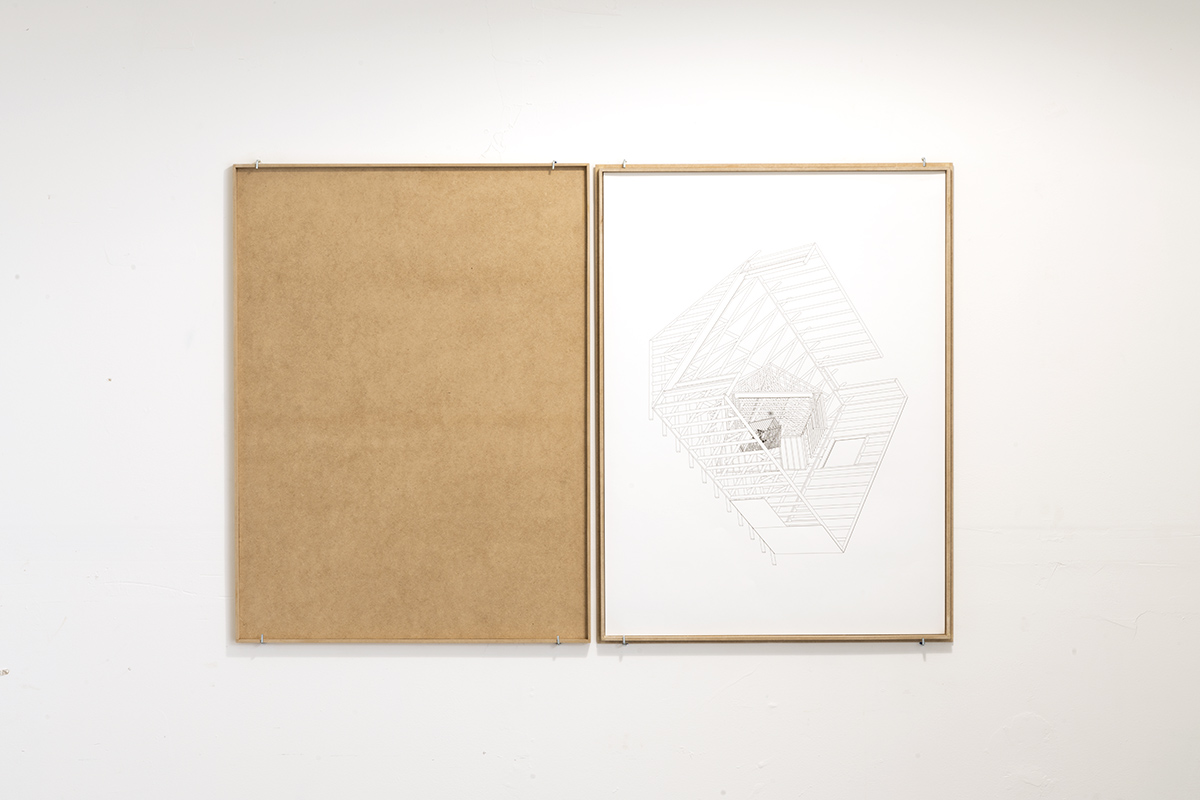

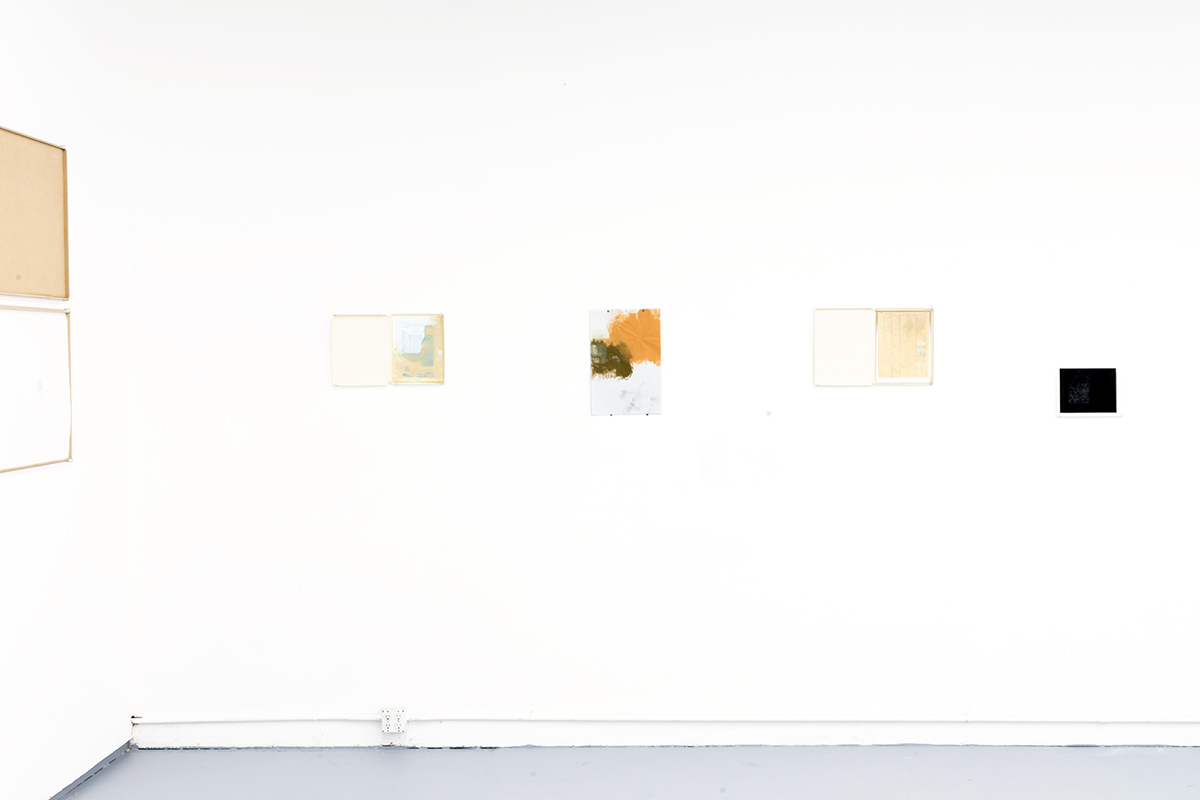
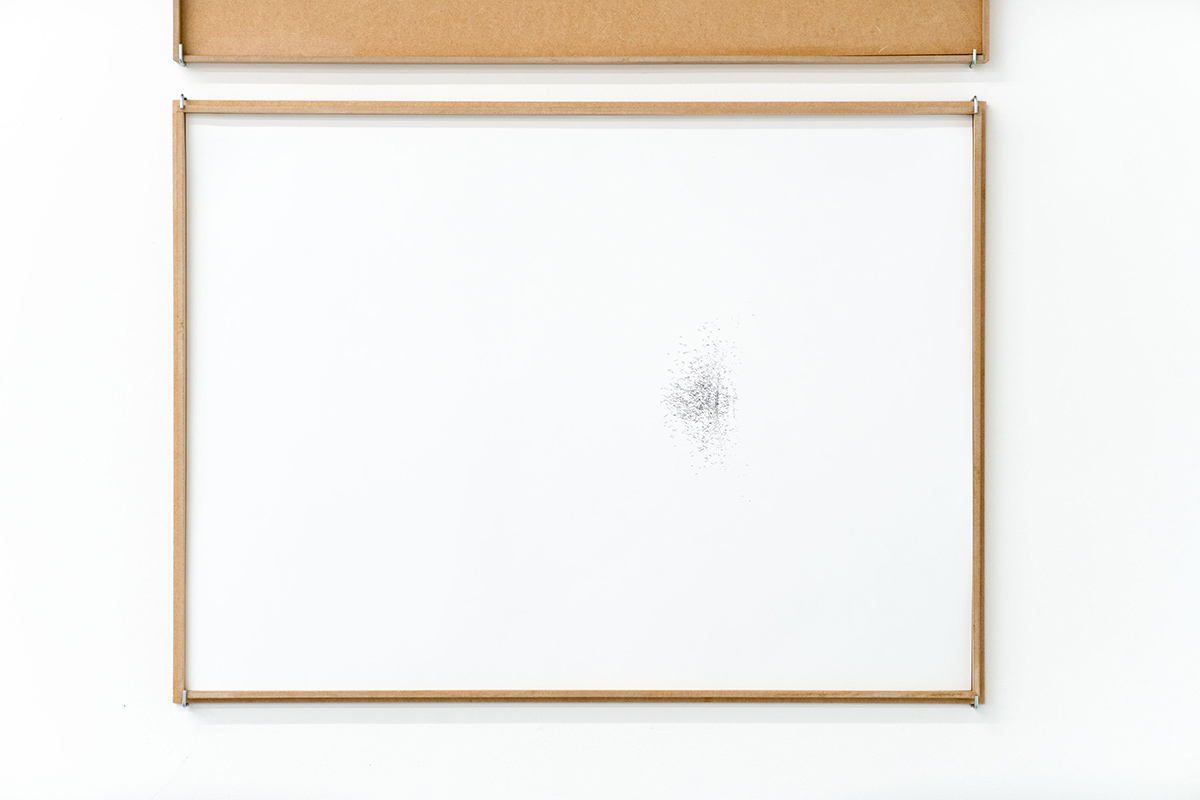
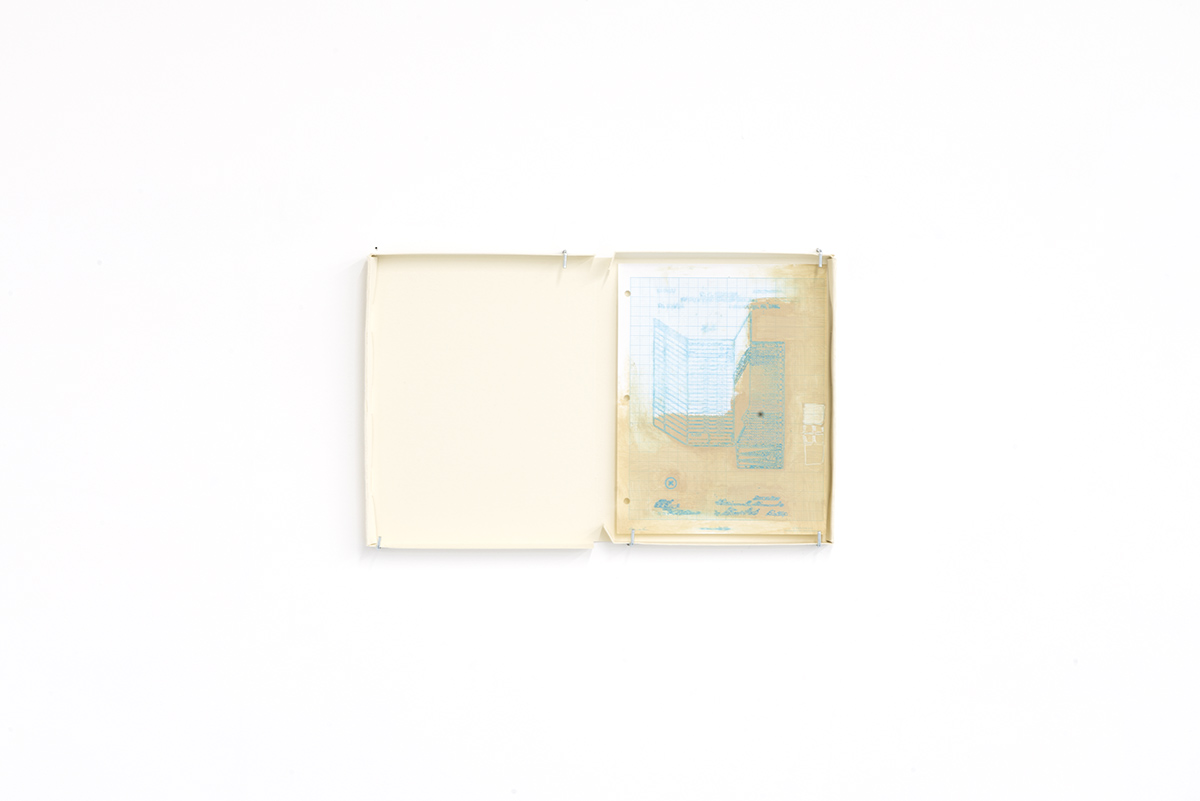

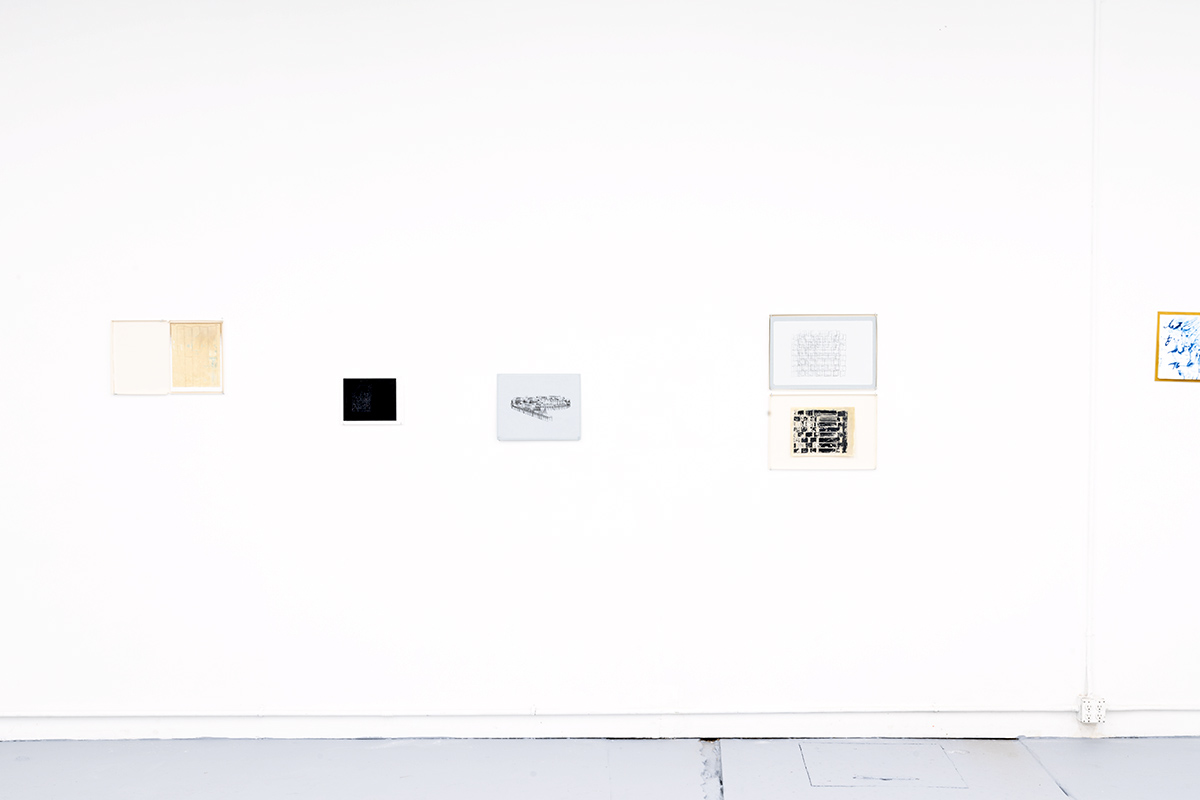
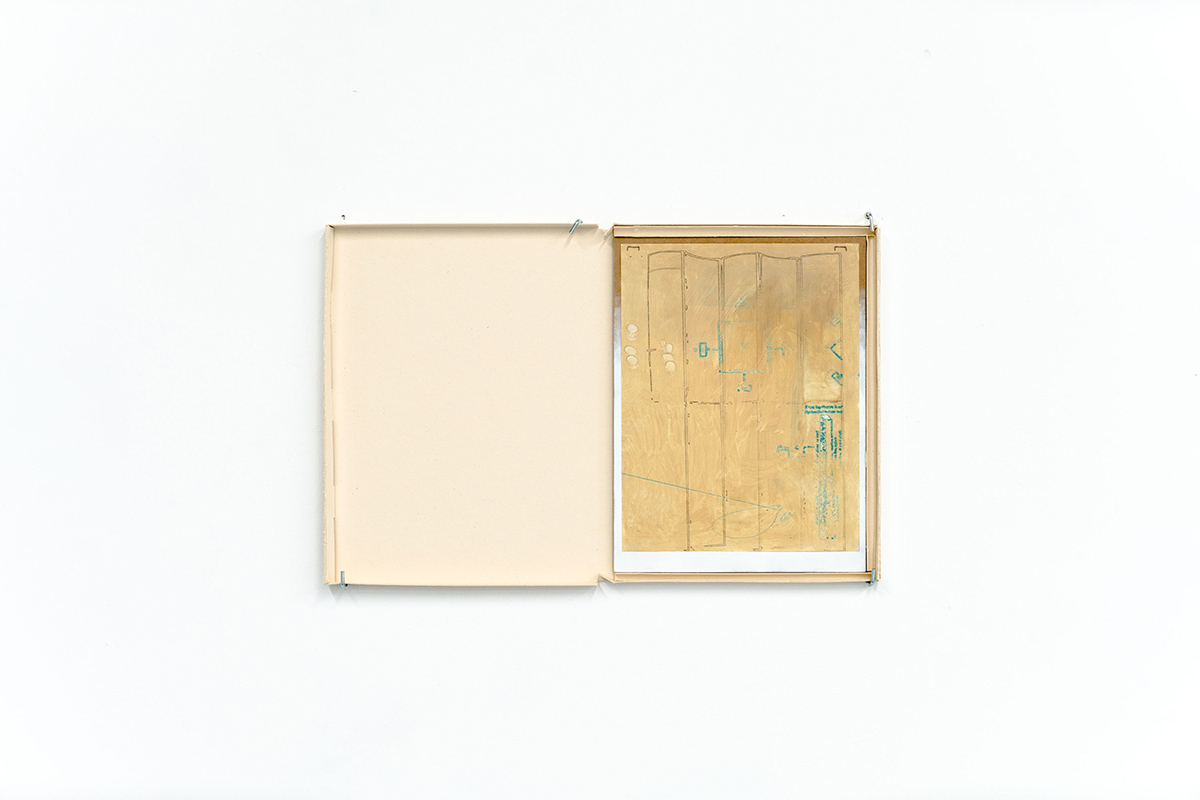
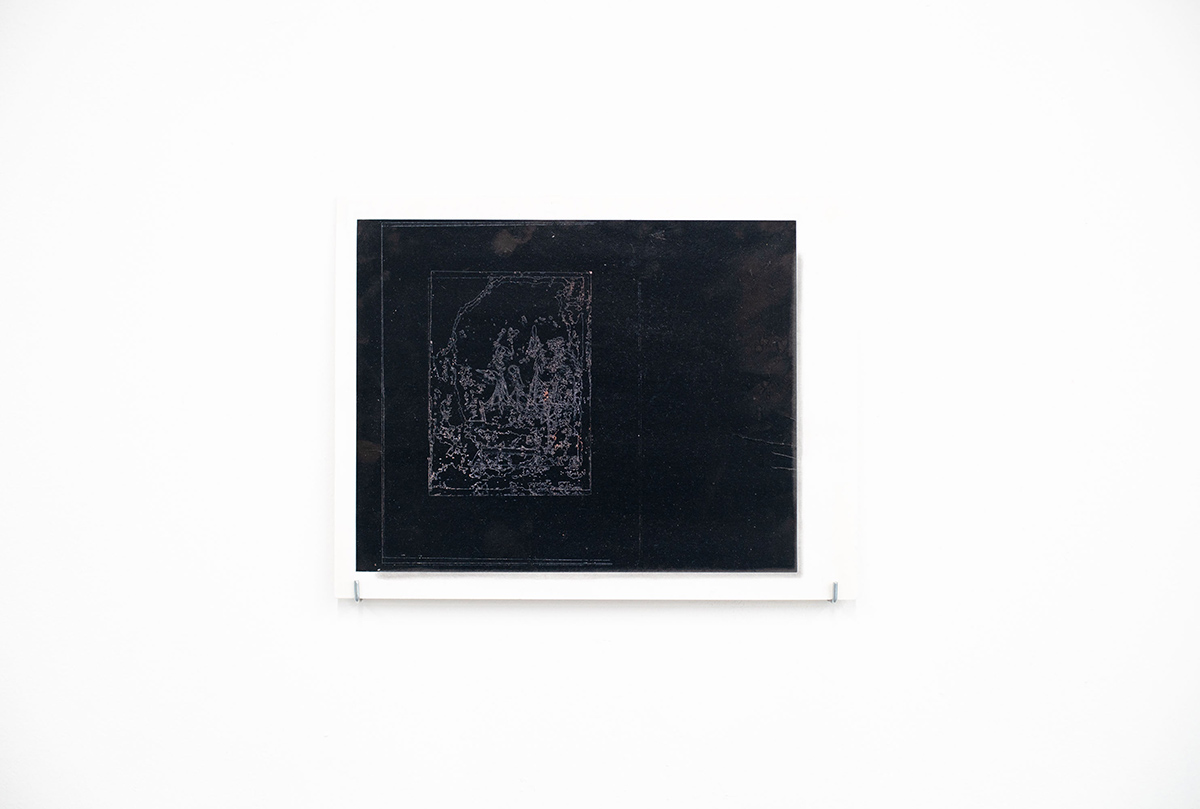
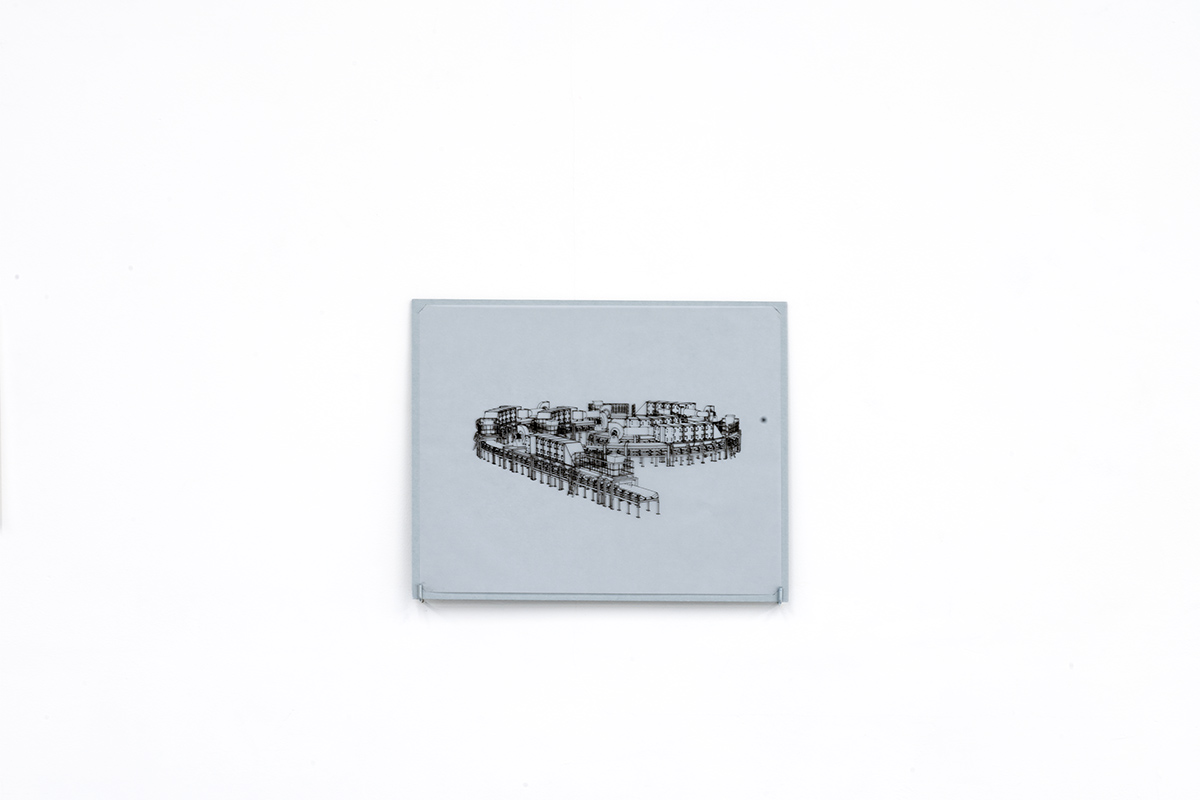

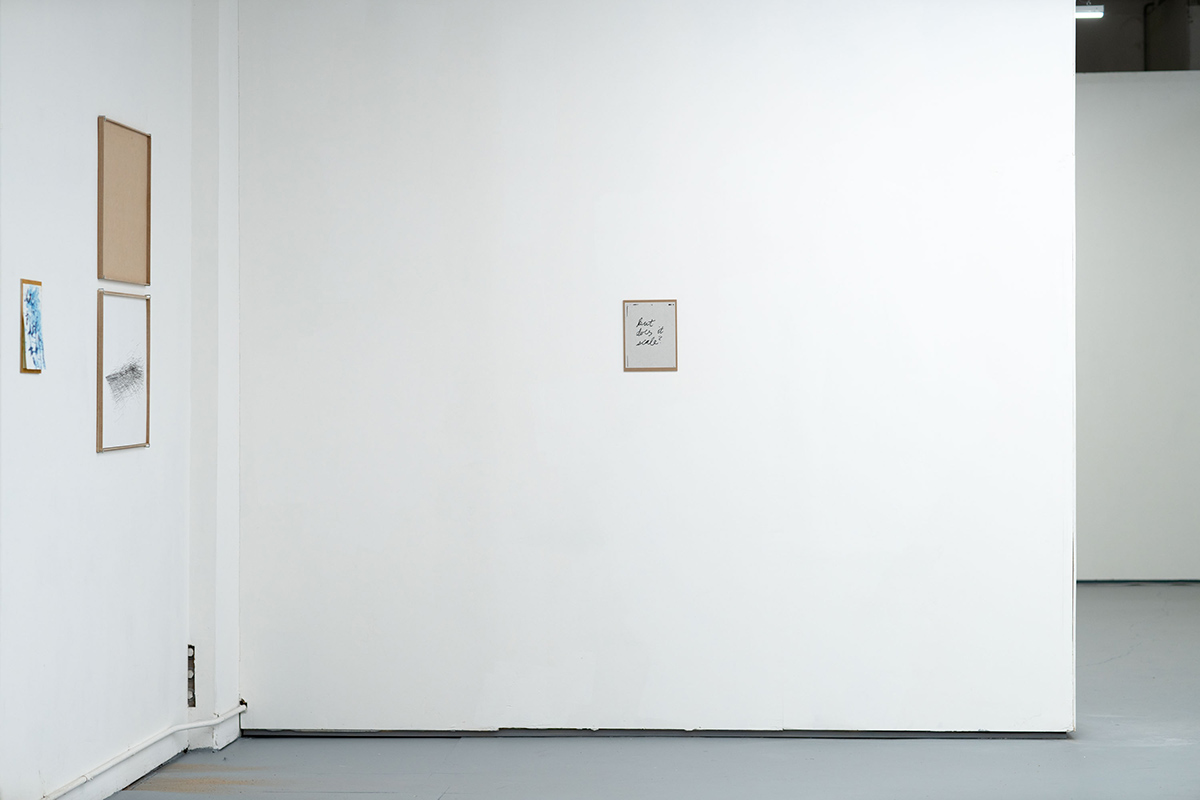

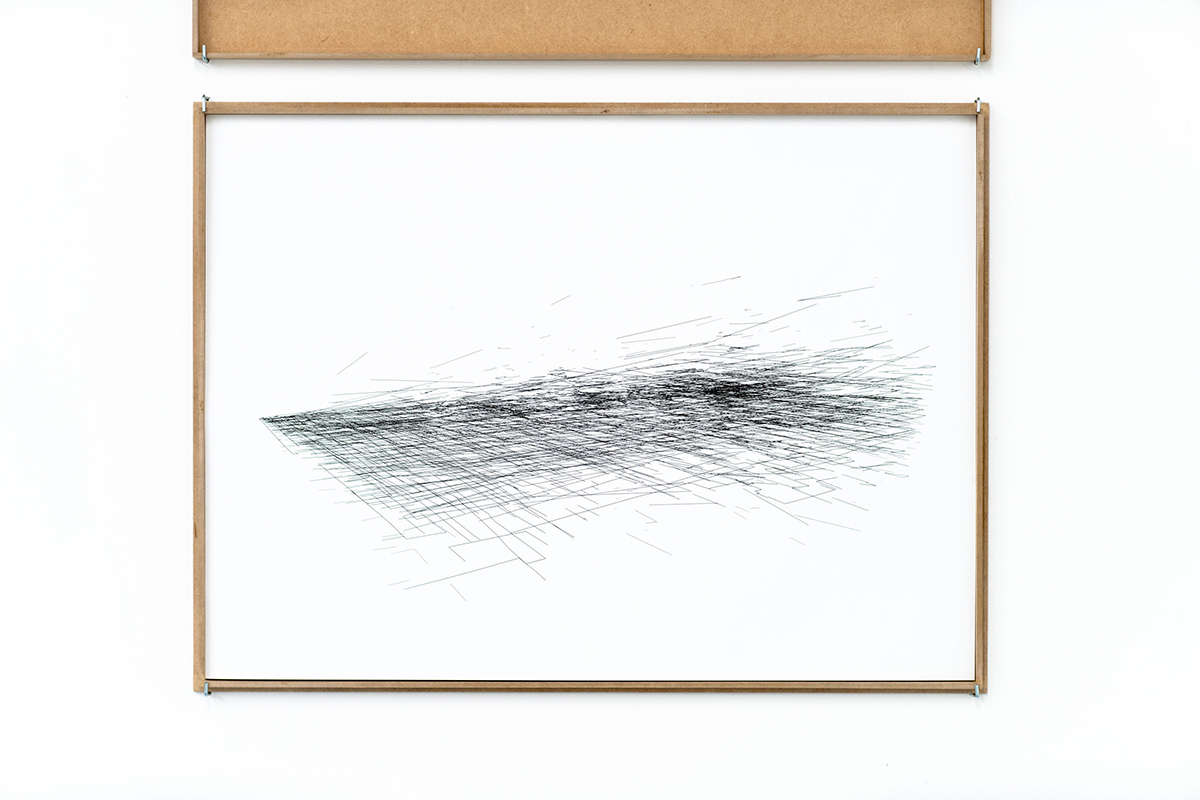

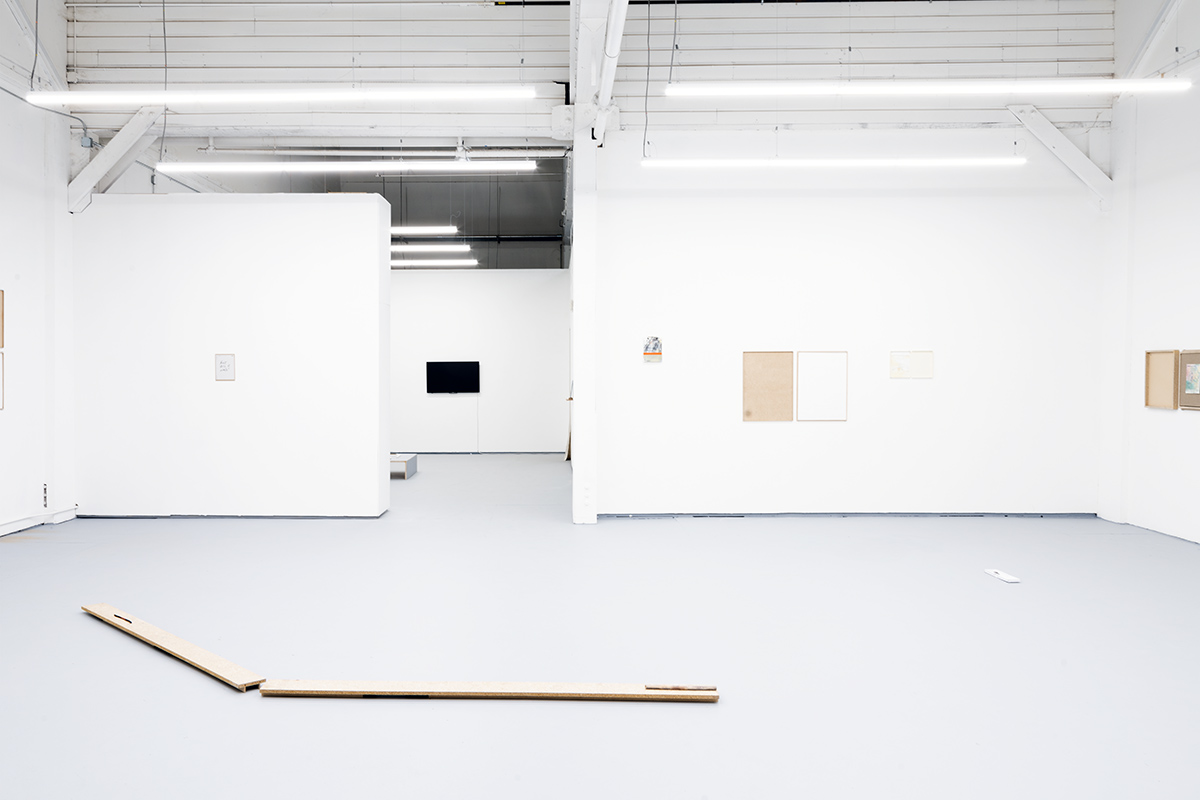
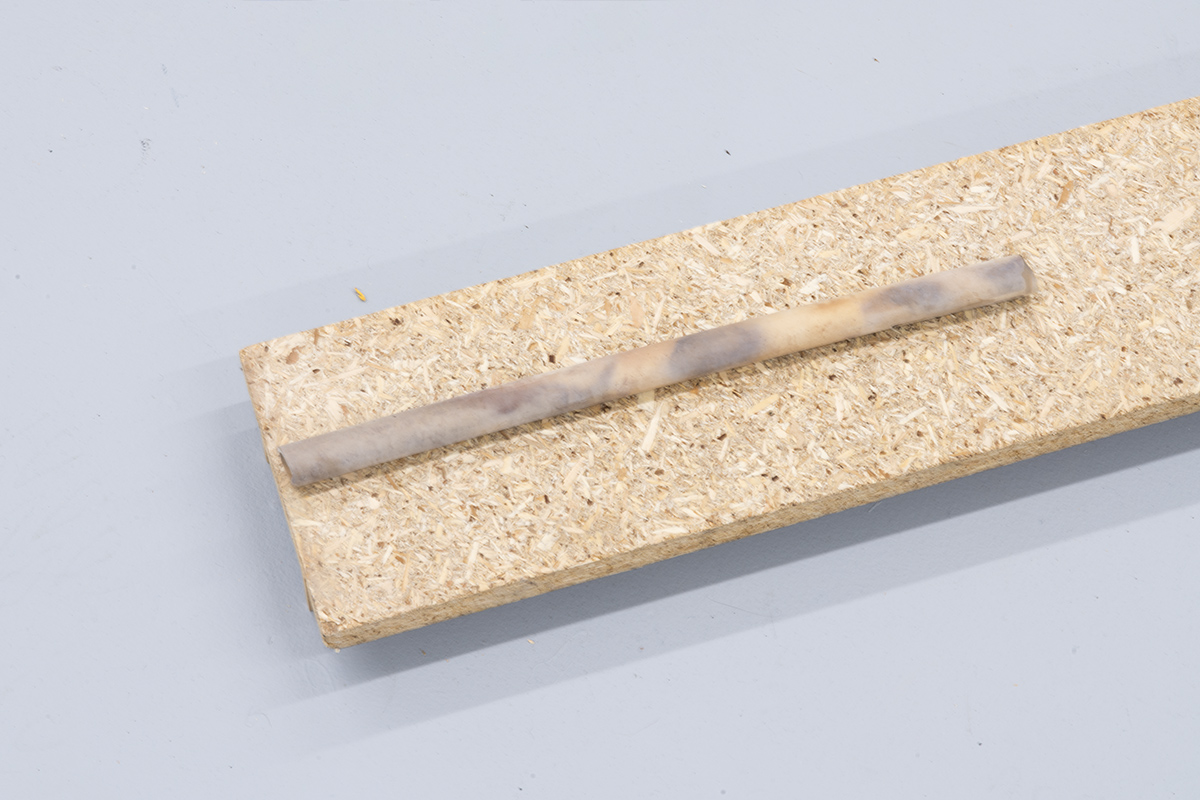
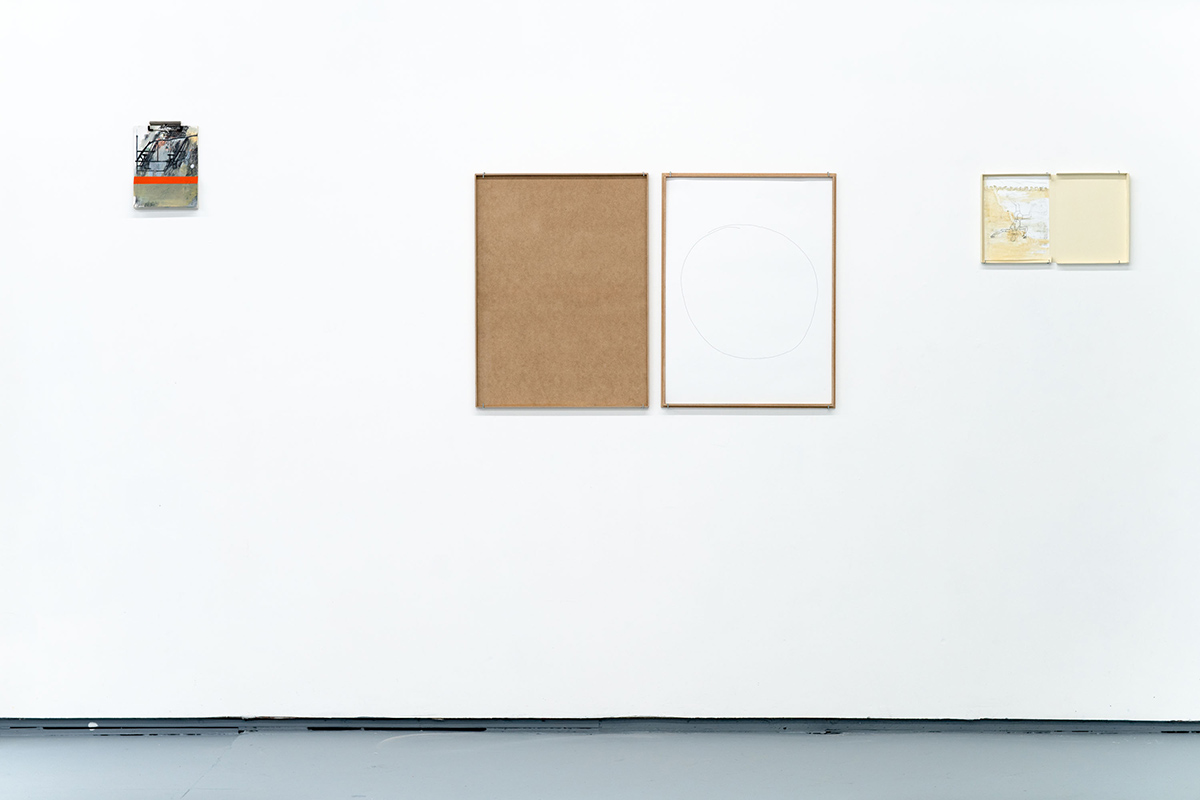
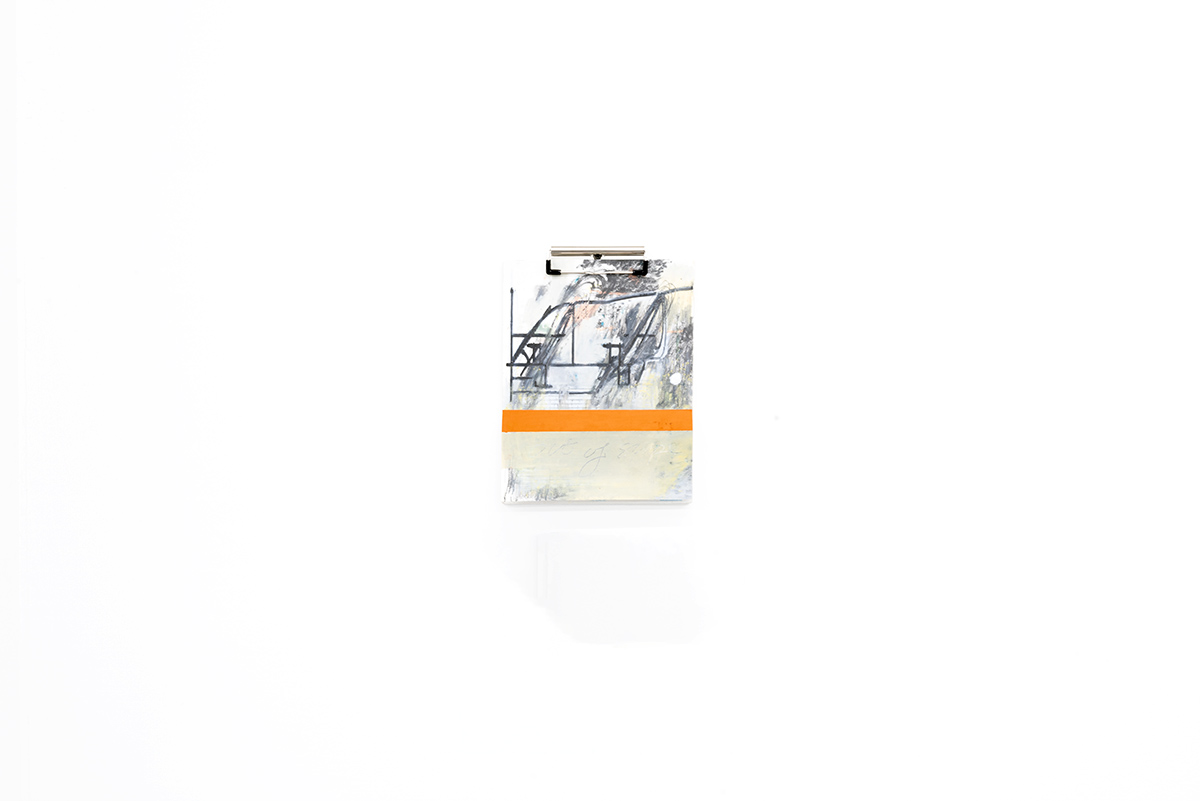
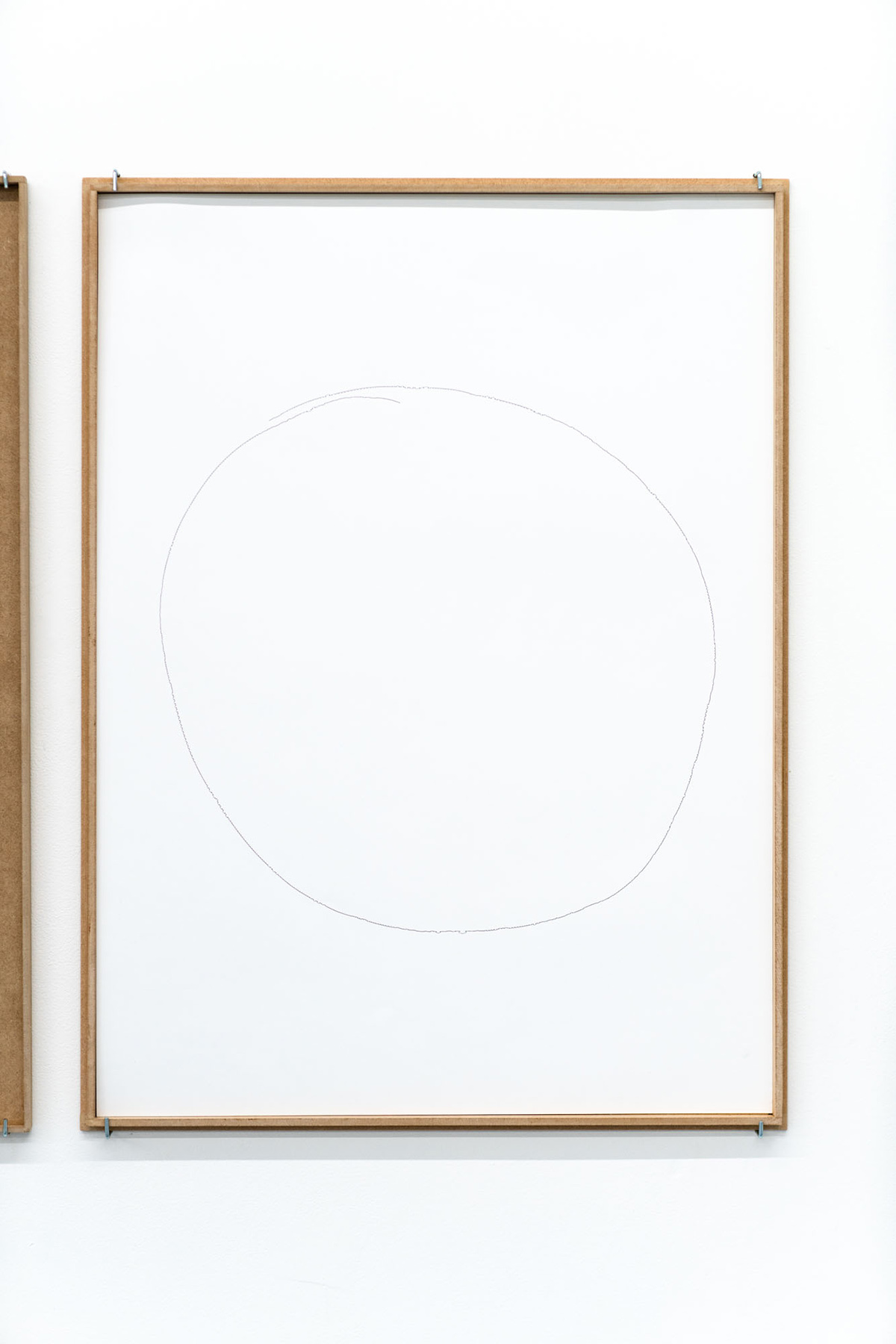
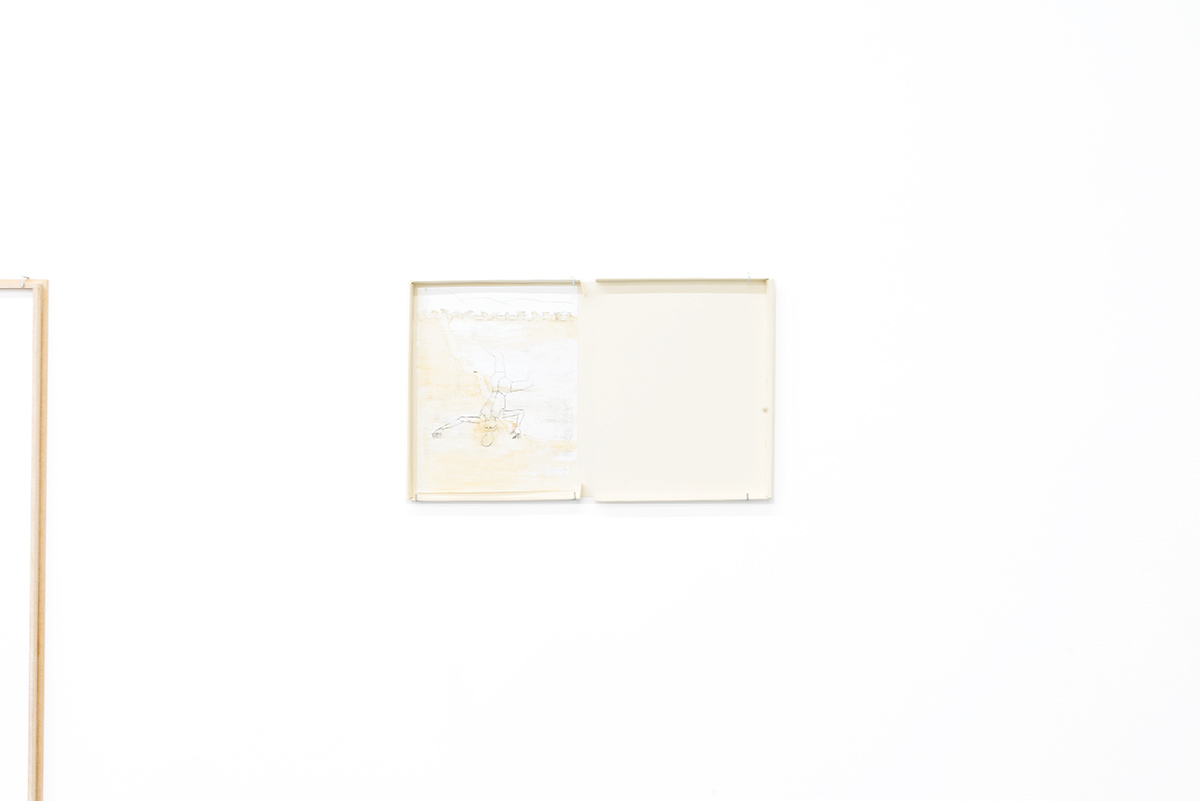
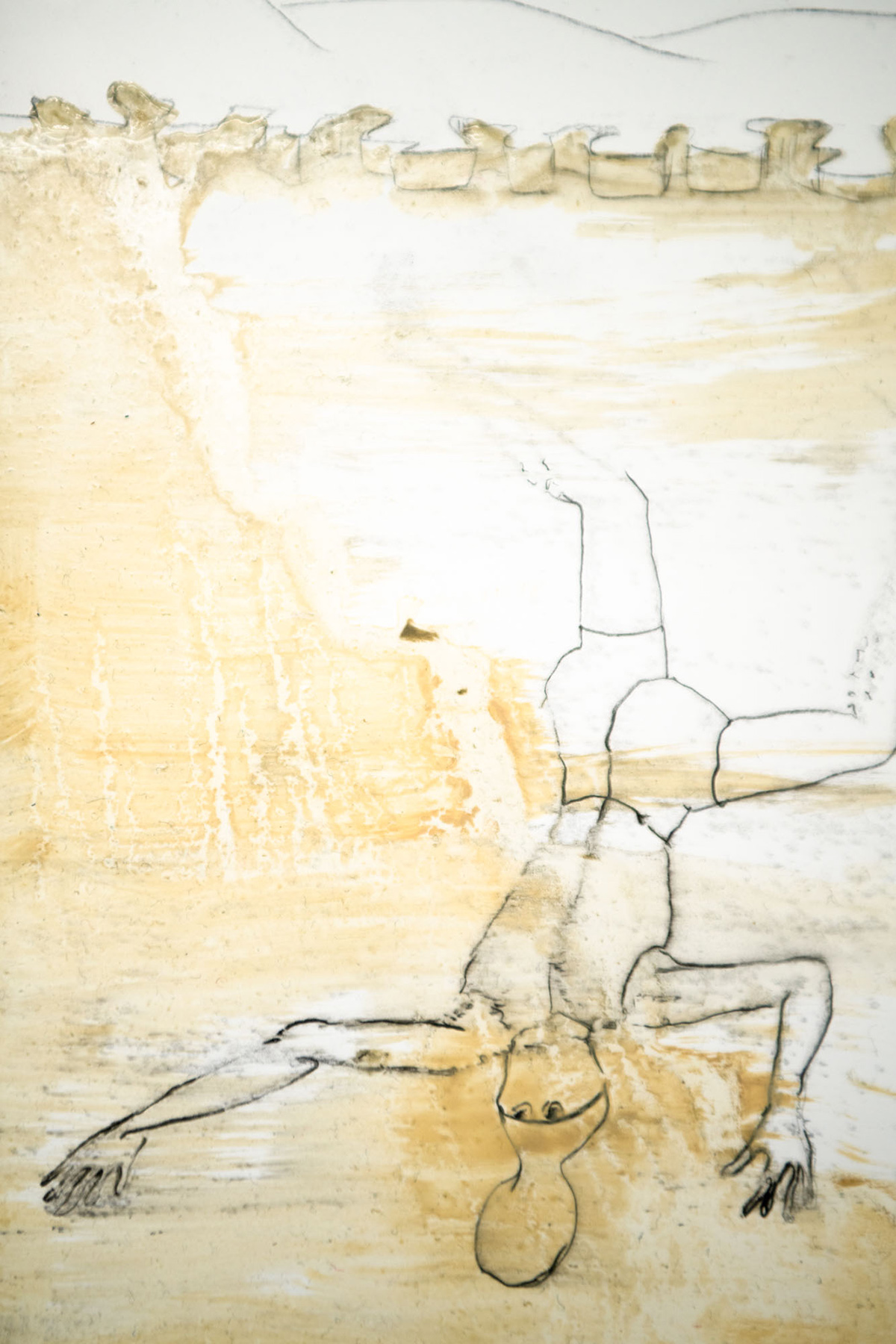

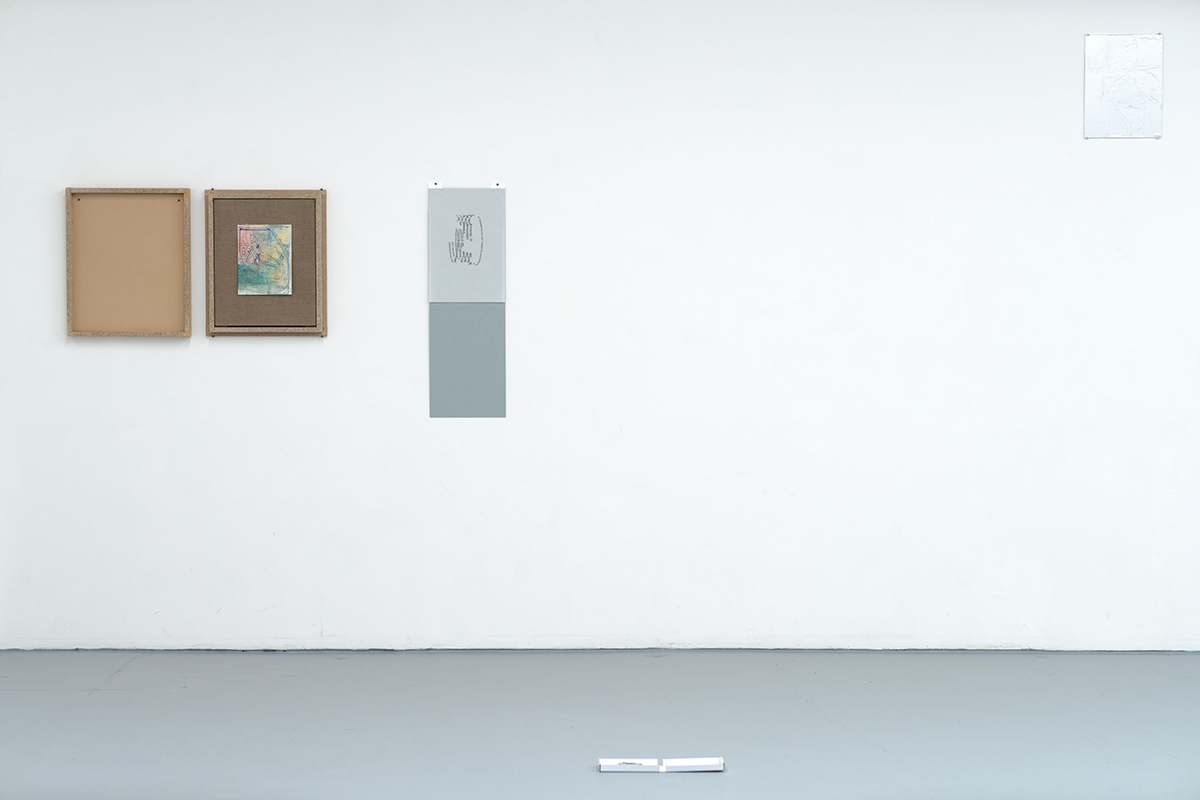
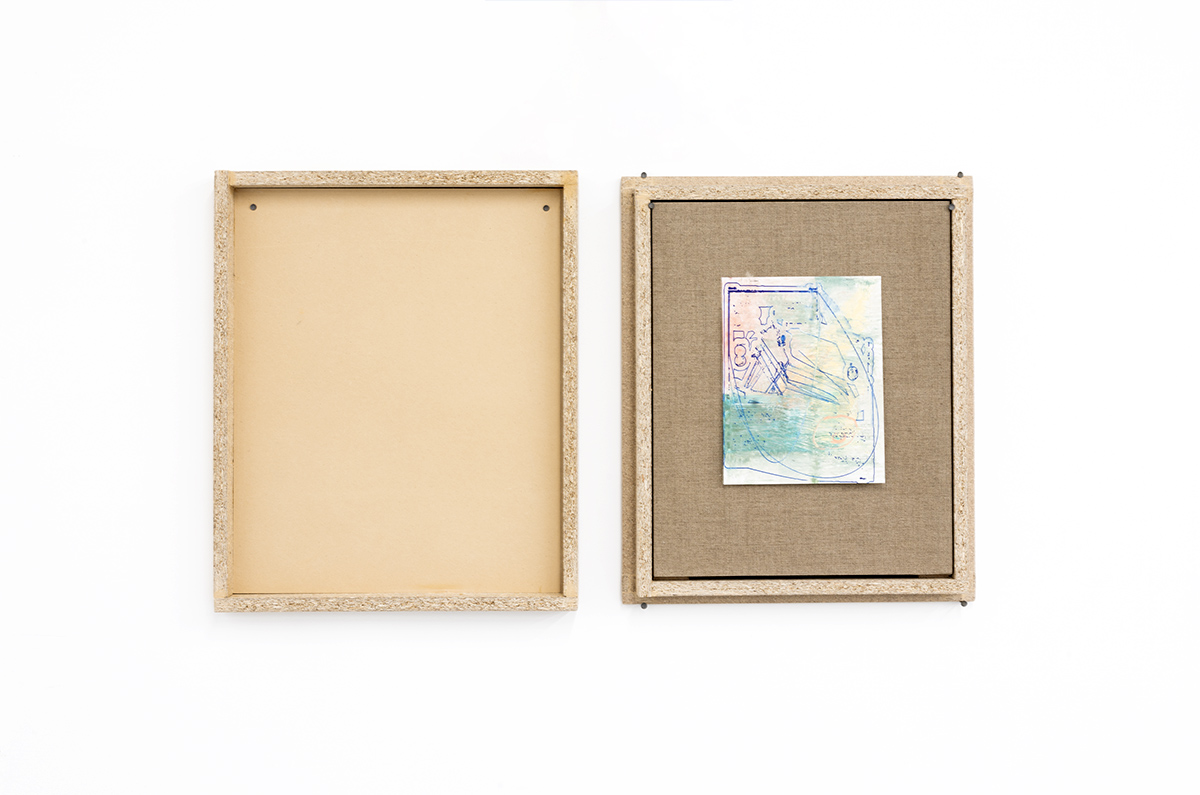


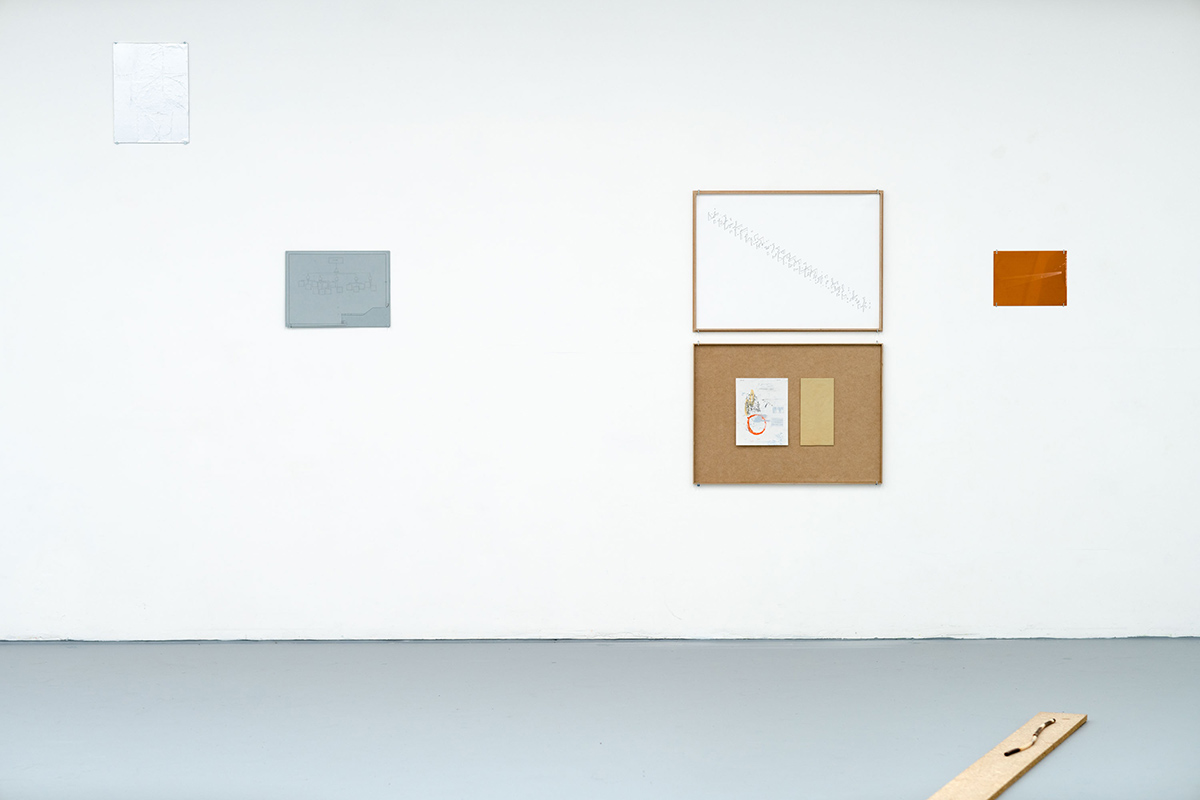
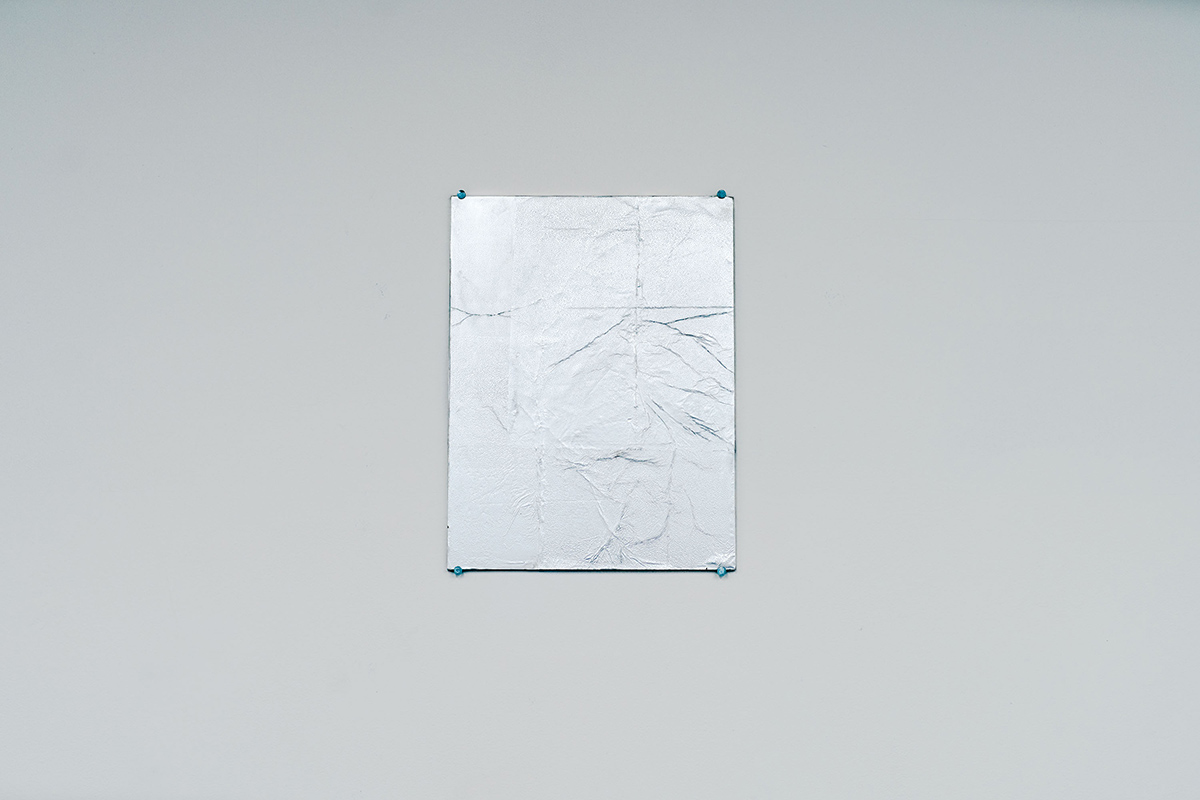
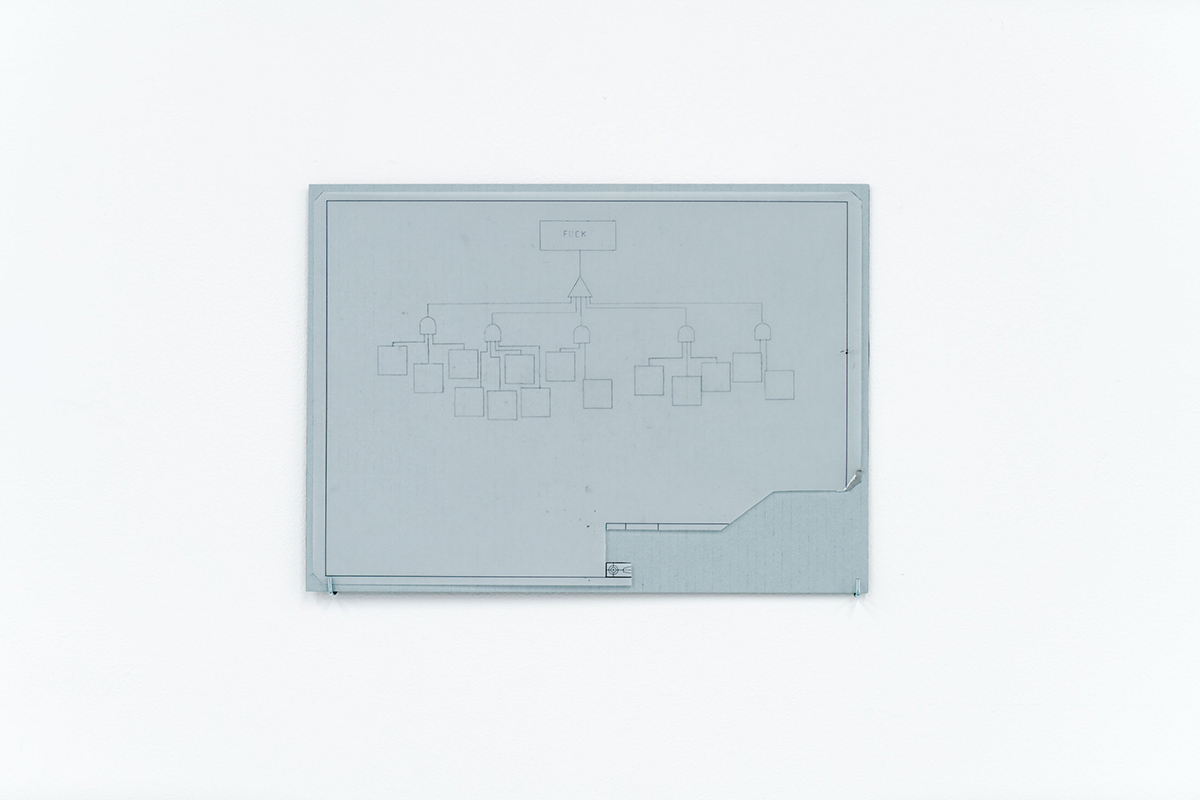


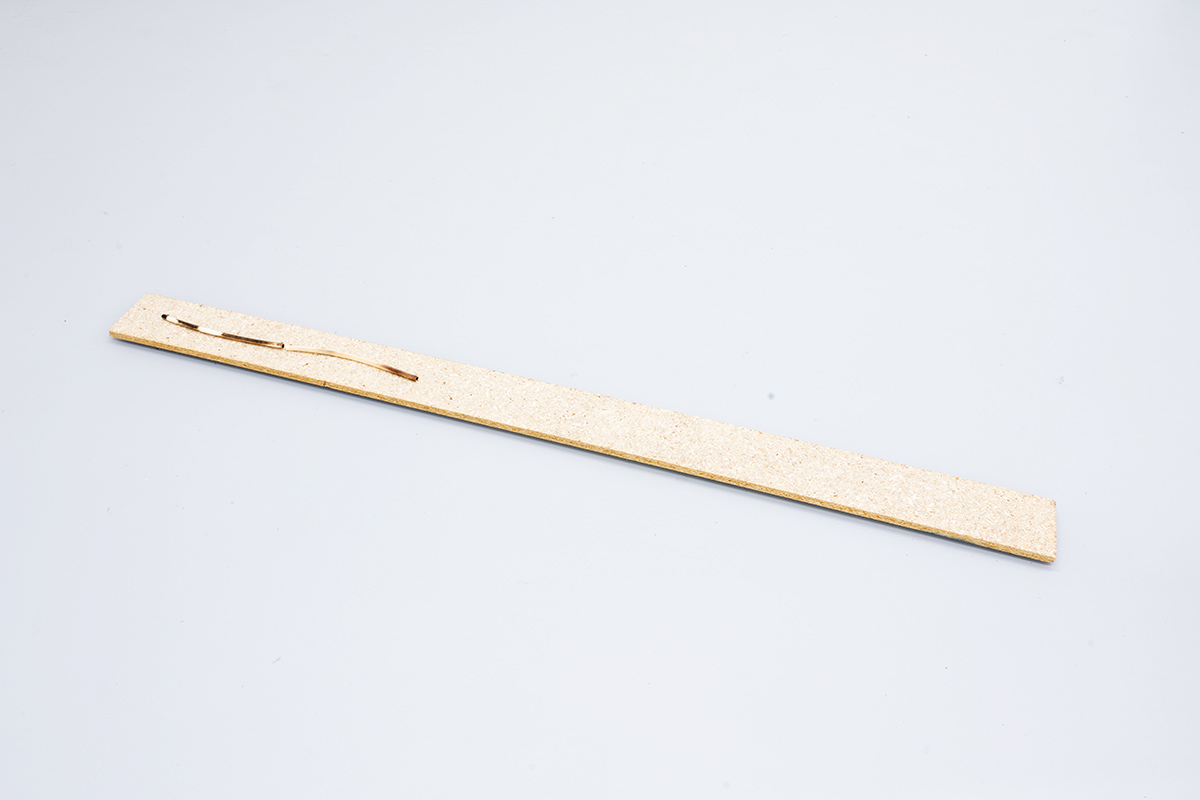
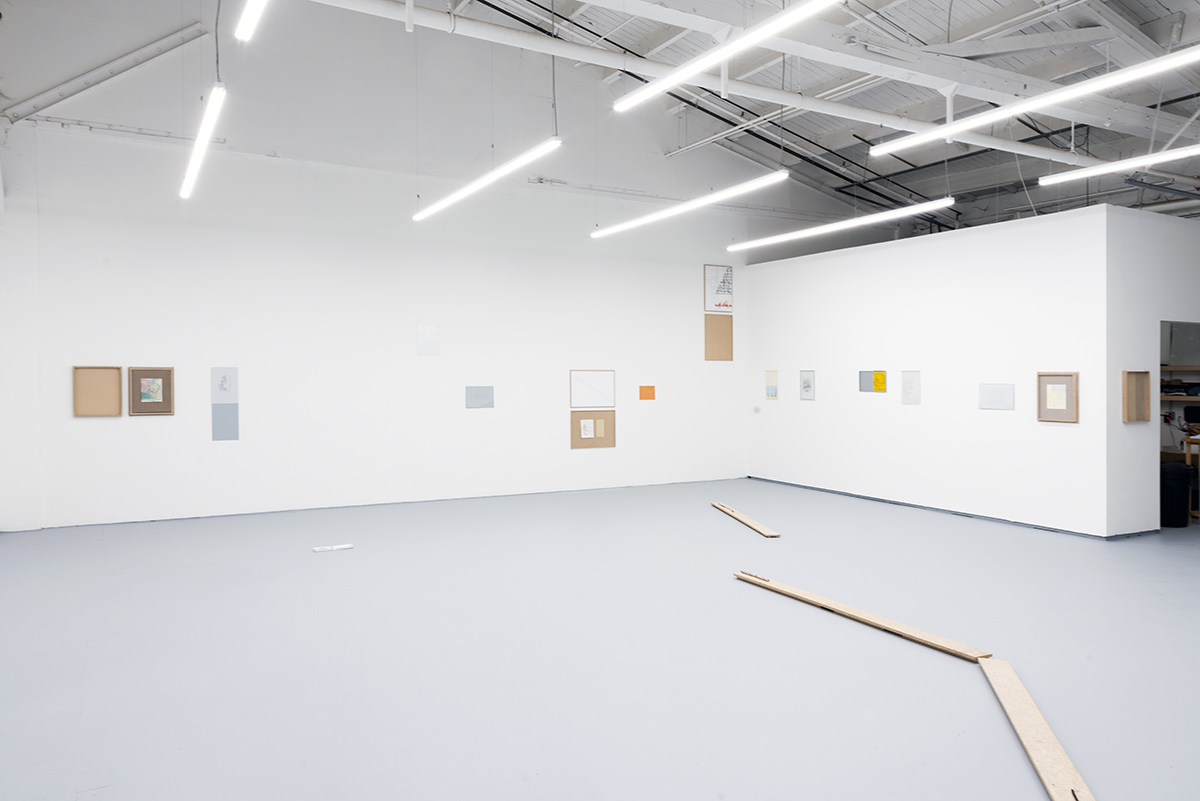

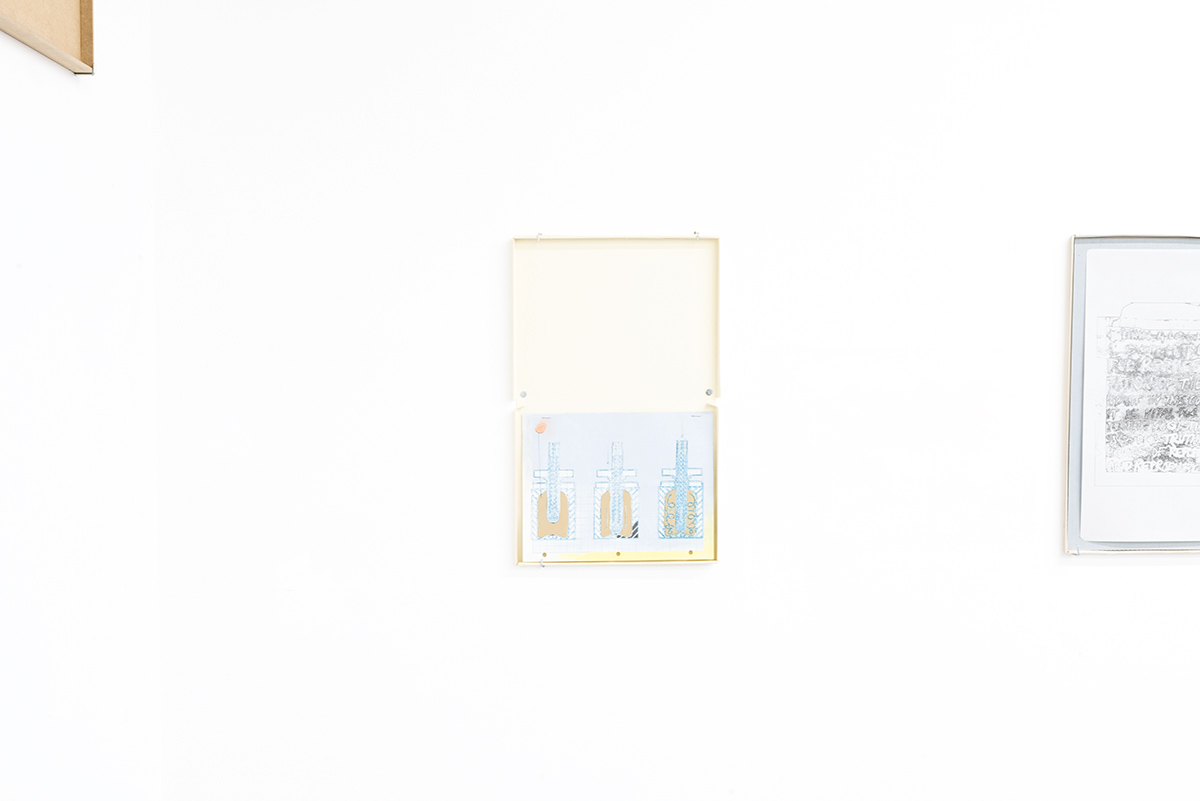
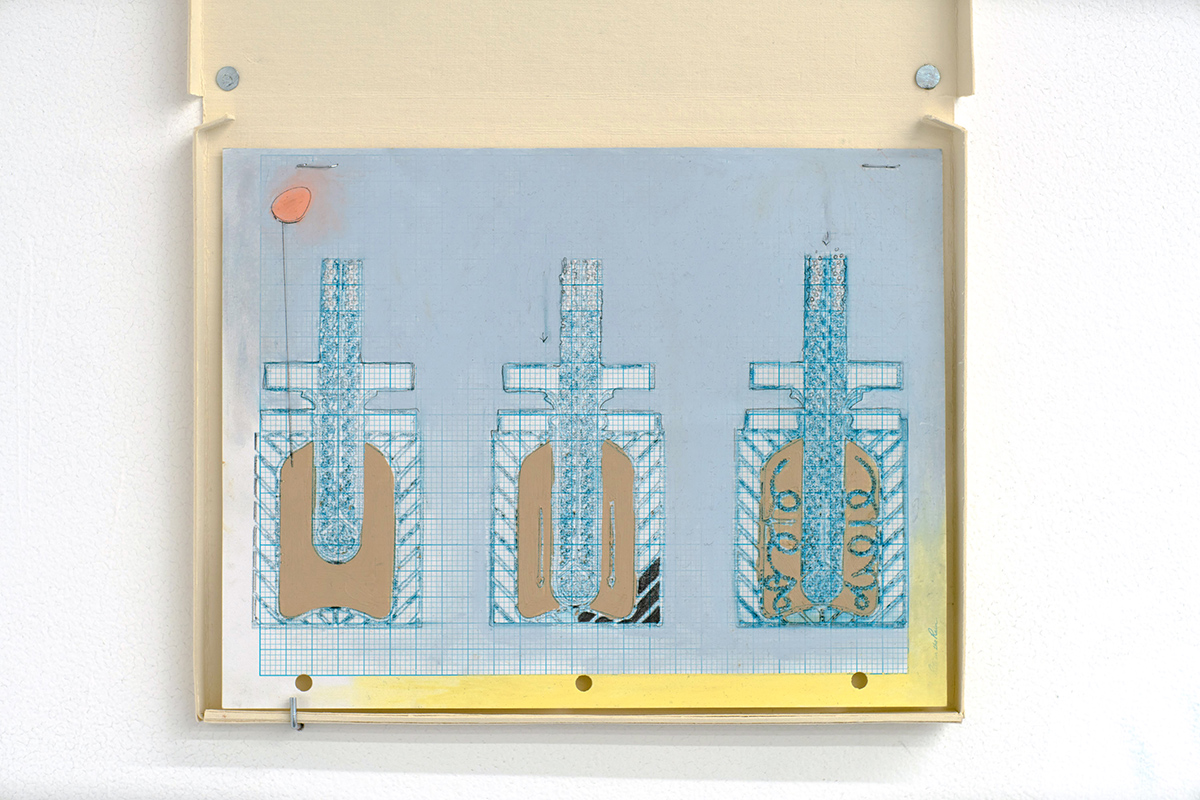
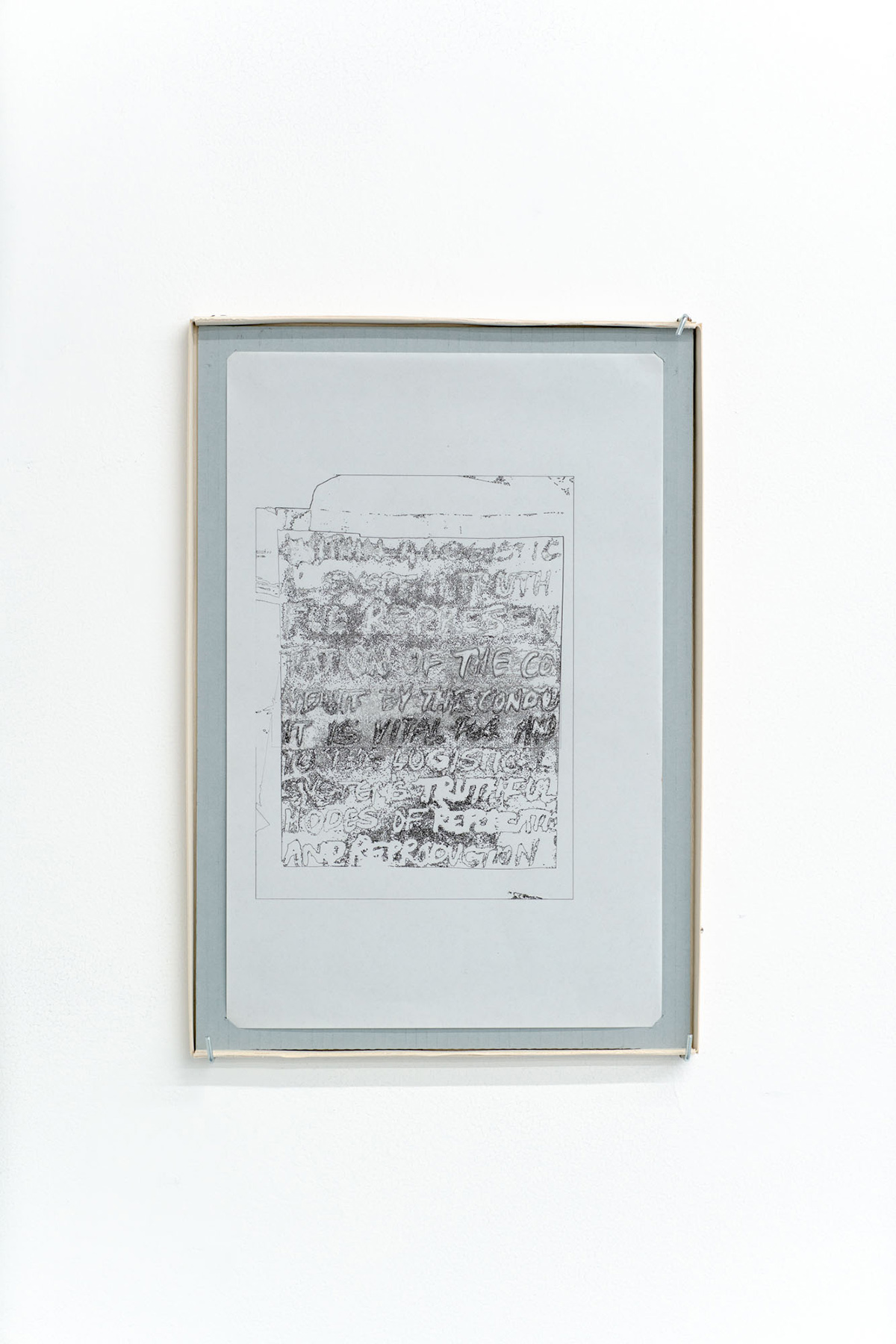

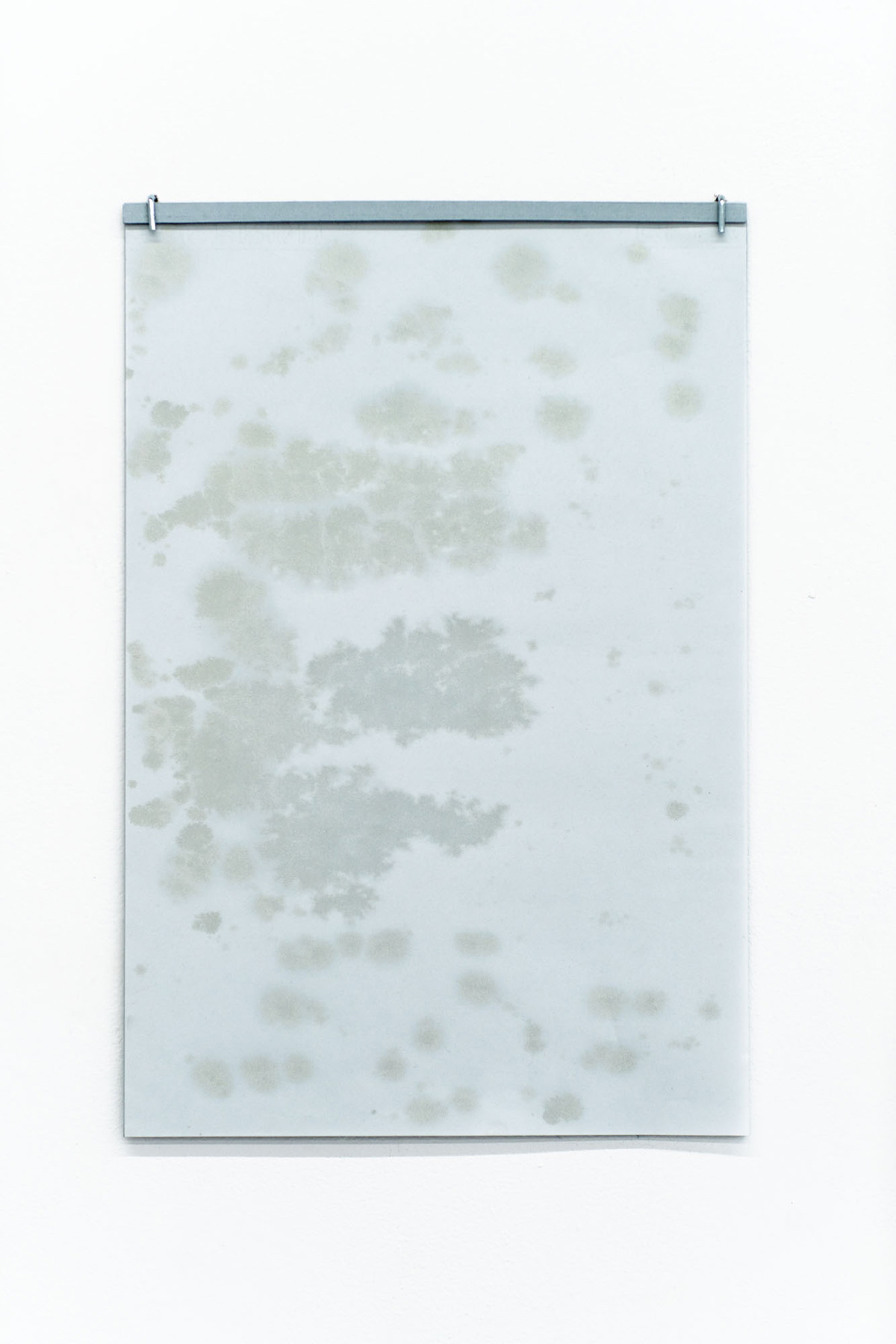
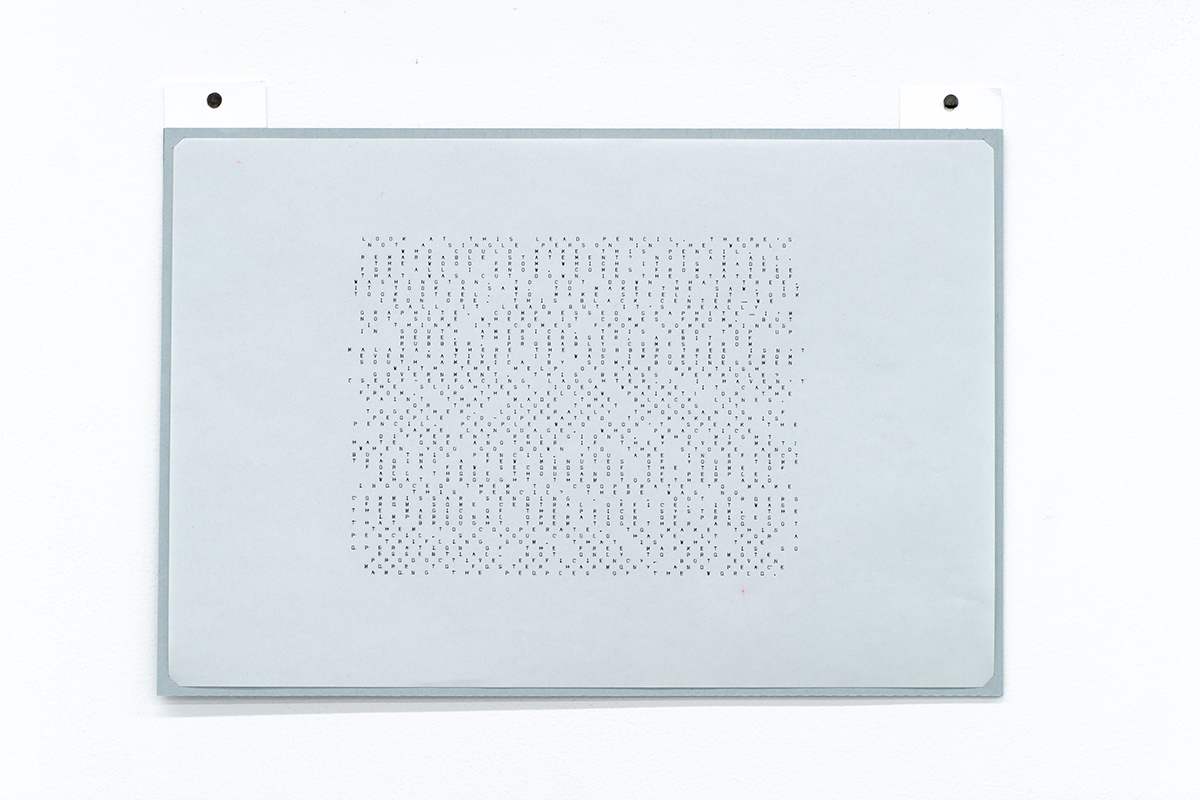
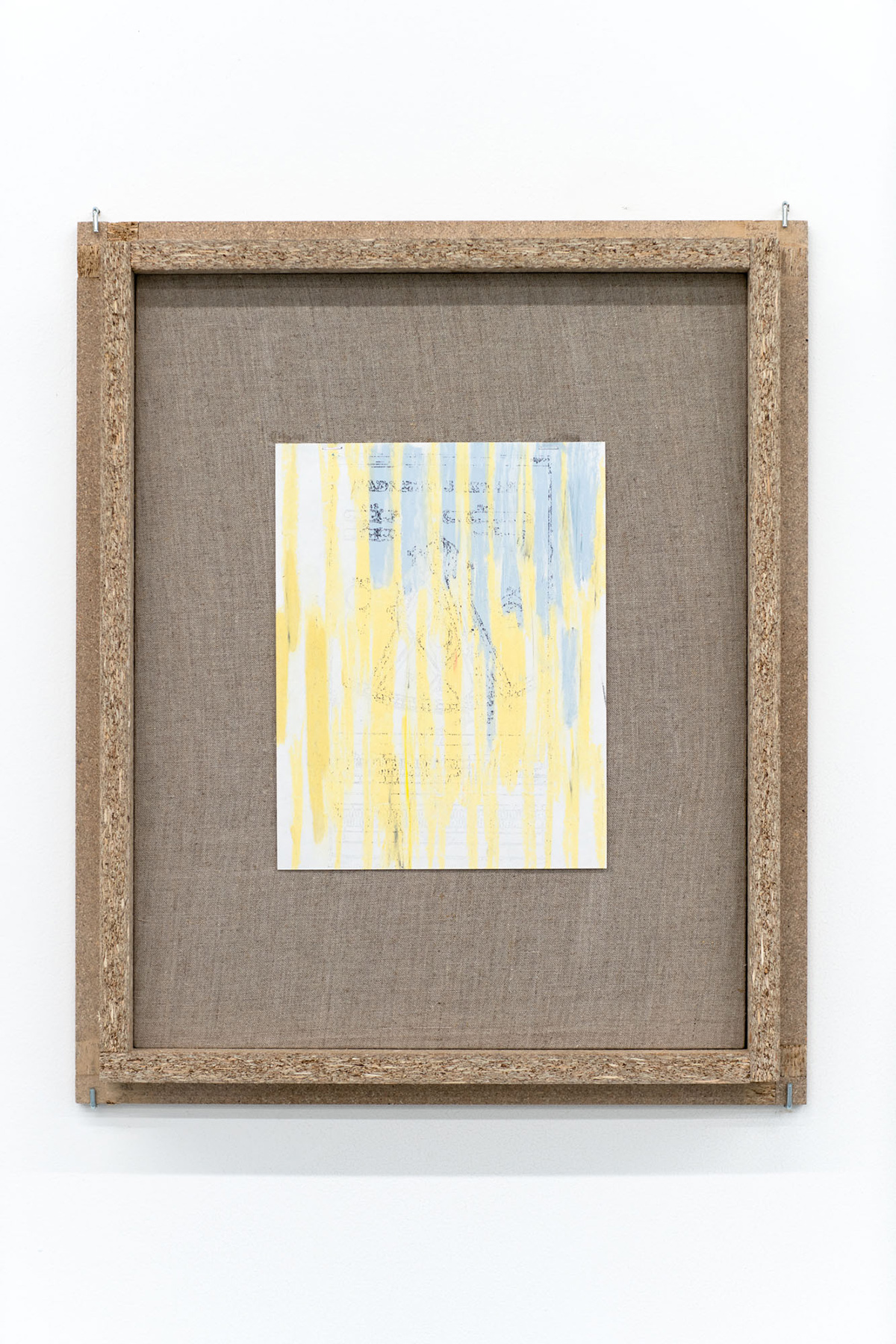
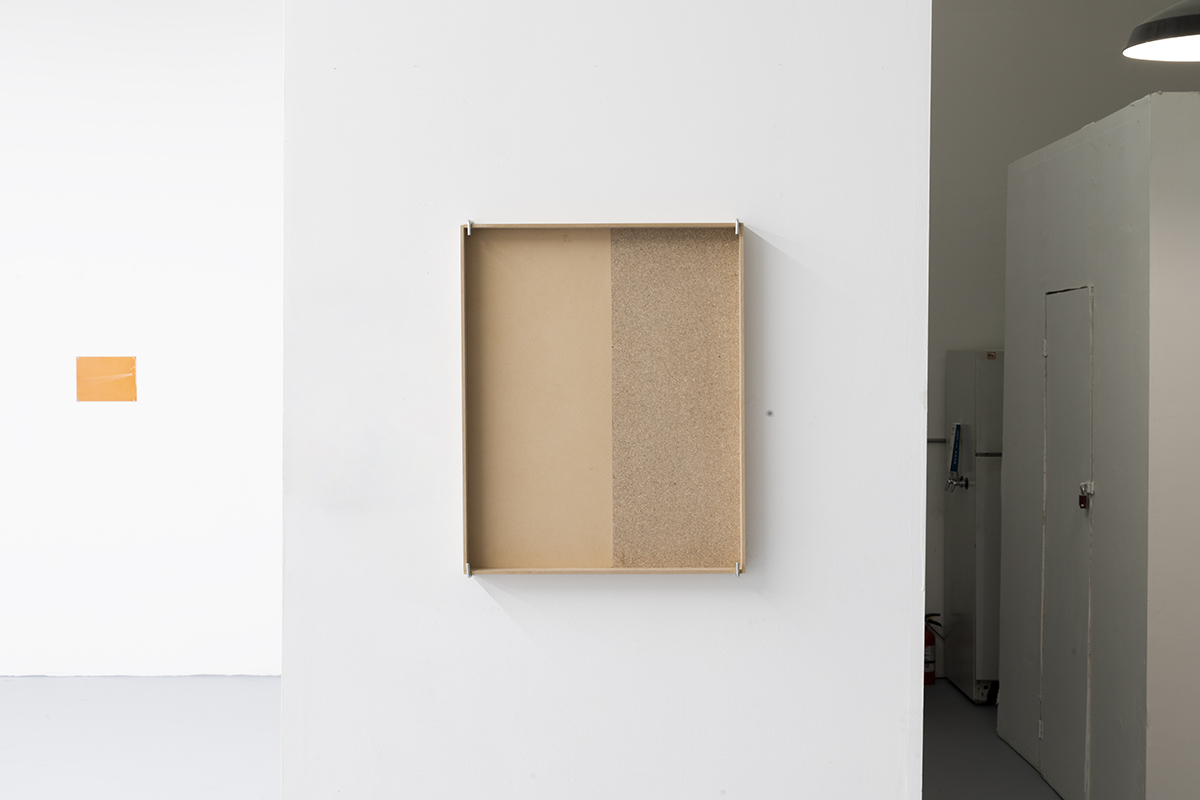
The given elements of the exhibition are: a roughly square gallery space with a garage door (approximately 34’ x 38’ feet, or around 1500 square feet, of floor space, with an estimated 24’ maximum ceiling height with an estimated 30 degree slope); and fluorescent lights. Within the exhibition space are a small sculptural installation and drawings.
The drawings are produced by machine and by hand. They are executed with fine pen on absorptive mixed media paper, or on Rite in the Rain waxed or PET paper with layers of water, calcium carbonate, and oil based materials. Some are partially enclosed or mounted on panel. All are open to the air.
The drawings address conditions more than subjects. They refer to visual rhetorics and material grammars of enclosure, from cadastral systems, fortifications, accident theory, industrial process flow, hardware and software architectures, and blueprints (for a garage). The drawings are intimate with the violence of the lines that shape them. Some are chalky, and some are chalked. A few of the drawings are fugitive. The drawings work within, against, and through written logics of encapsulation and permeability. The drawings are inscriptions. The drawings are containers.
Bio
Marissa Lee Benedict (USA, 1985) and David Rueter (USA, 1978) began their collaborative partnership with the 2015 exhibition of Dark Fiber, a video projection that depicts the artists laying a strand of fiber optic cable. Since then, the artist team continues to work on the subjects of technology, the built environment, and the material culture of industry. They have collaboratively exhibited work at The Arts Club of Chicago (with Daniel de Paula, 2020), 68 Projects in Berlin (2019), Wrightwood 659 in Chicago (2019), the Venice Architecture Biennial (2018), and the Museum of Contemporary Photography in Chicago (2016). From 2016-17 Benedict & Rueter received a National Endowment for the Arts "Art Works" grant for their collaborative project Gary Lights Open Works, which was developed under artist Jan Tichy's Heat Light Water Cultural Project in Gary, Indiana. Benedict was most recently a 2018-19 participant at the Van Eyck Academie (Maastricht, NL). Rueter is an Assistant Professor in Art & Technology at the University of Oregon.
Prism
curated by Masami Kawai
Screening Saturday, Sept 5th @ 9pm
Ditch Projects is pleased to present Prism curated by Masami Kawai and featuring short films by Sky Hopinka, Iyabo Kwayana, Alisha Mehta, and Adam Piron. The drive-in style projection starts at 9pm. There will be a limited number of marked parking spaces and social distance circles to watch projections. For everyone’s safety there will be no indoor or bathroom access, BYOB, masks are required if outside of your car.
*The screening is free but donations appreciated
Practice / Iyabo Kwayana / 2018 / China / 10min
![]()
Filmed near the Shaolin Temple in Henan, China, Practice is a visual metaphor that moves from the mundane realm of arduous and repetitious rehearsal to the fantastic fulfillment that comes as a result. Told non verbally and without a main character, "Practice" is an immersive guided meditation into a simple moment in time that relays brief and diverse experiences of a group of students engaged in a collective process.
Yellow / Adam Piron / 2019/ USA / 8min
![]()
This experimental documentary short lays out a triptych of the Kiowa Tribe, triangulating tribal language lessons, the meaning of landscape and space.
Losing Light / Alisha Mehta / 2019 / USA / 7min
![]()
Off the edge of Highway 138 lies an old telephone relay station. The space lies witness to the incessant passing of freight trucks and travelers. As the sun sets patterns of light and shadow emerge but the rumble of the highway continuously intrudes on the rhythms within. Losing Light is a portrait of a house I once lived in.
Fainting Spells / Sky Hopinka / 2018 / USA / 11min
![]()
Told through recollections of youth, learning, lore, and departure, this is an imagined myth for the Xąwįska, or the Indian Pipe Plant - used by the Ho-Chunk to revive those who have fainted.
Dislocation Blues / Sky Hopinka / 2017 / USA/ 17min
![]()
An incomplete and imperfect portrait of reflections from Standing Rock. Cleo Keahna recounts his experiences entering, being at, and leaving the camp and the difficulties and the reluctance in looking back with a clear and critical eye. Terry Running Wild describes what his camp is like, and what he hopes it will become.
*The screening is free but donations appreciated
Practice / Iyabo Kwayana / 2018 / China / 10min

Filmed near the Shaolin Temple in Henan, China, Practice is a visual metaphor that moves from the mundane realm of arduous and repetitious rehearsal to the fantastic fulfillment that comes as a result. Told non verbally and without a main character, "Practice" is an immersive guided meditation into a simple moment in time that relays brief and diverse experiences of a group of students engaged in a collective process.
Yellow / Adam Piron / 2019/ USA / 8min

This experimental documentary short lays out a triptych of the Kiowa Tribe, triangulating tribal language lessons, the meaning of landscape and space.
Losing Light / Alisha Mehta / 2019 / USA / 7min

Off the edge of Highway 138 lies an old telephone relay station. The space lies witness to the incessant passing of freight trucks and travelers. As the sun sets patterns of light and shadow emerge but the rumble of the highway continuously intrudes on the rhythms within. Losing Light is a portrait of a house I once lived in.
Fainting Spells / Sky Hopinka / 2018 / USA / 11min
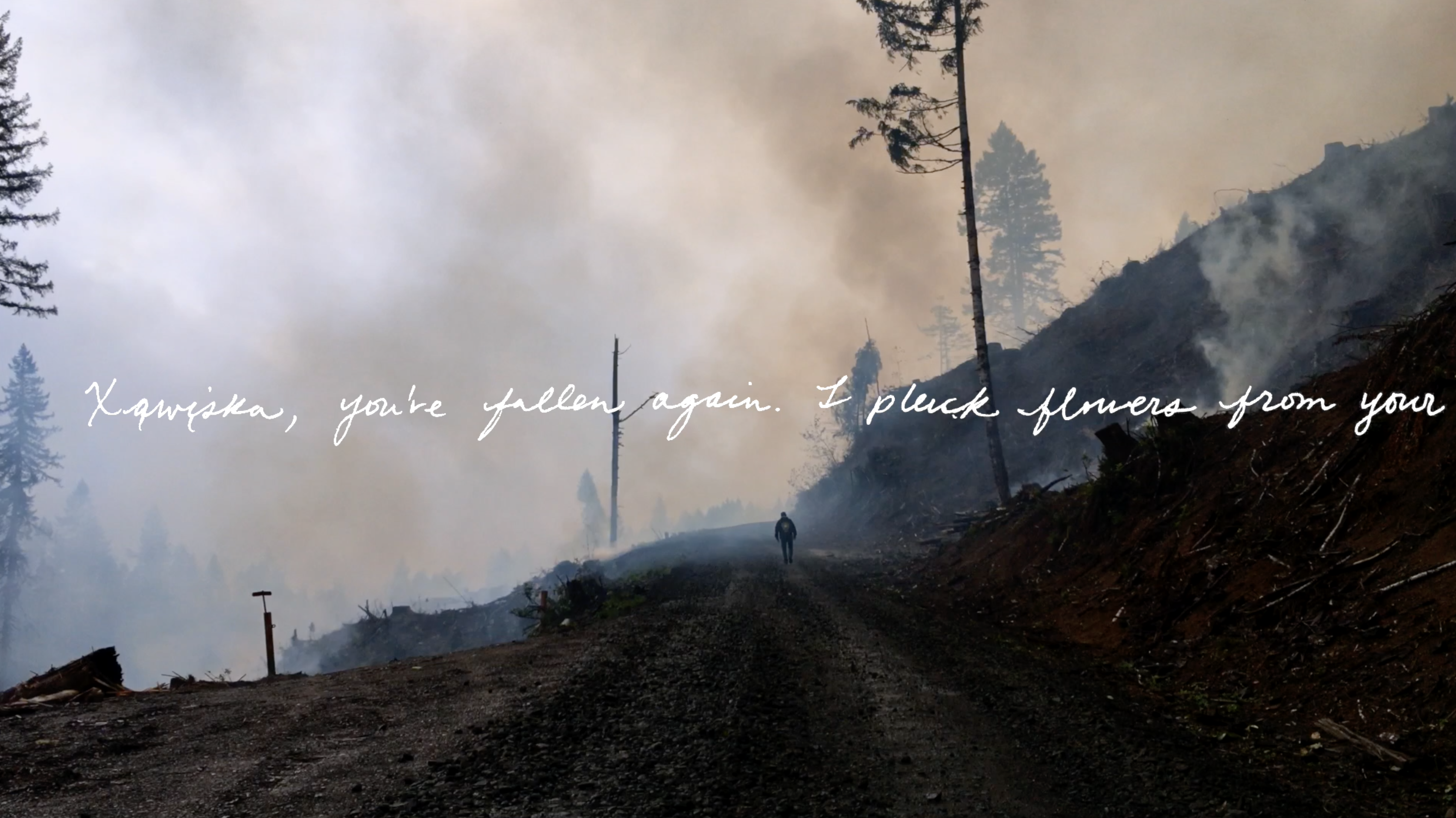
Told through recollections of youth, learning, lore, and departure, this is an imagined myth for the Xąwįska, or the Indian Pipe Plant - used by the Ho-Chunk to revive those who have fainted.
Dislocation Blues / Sky Hopinka / 2017 / USA/ 17min
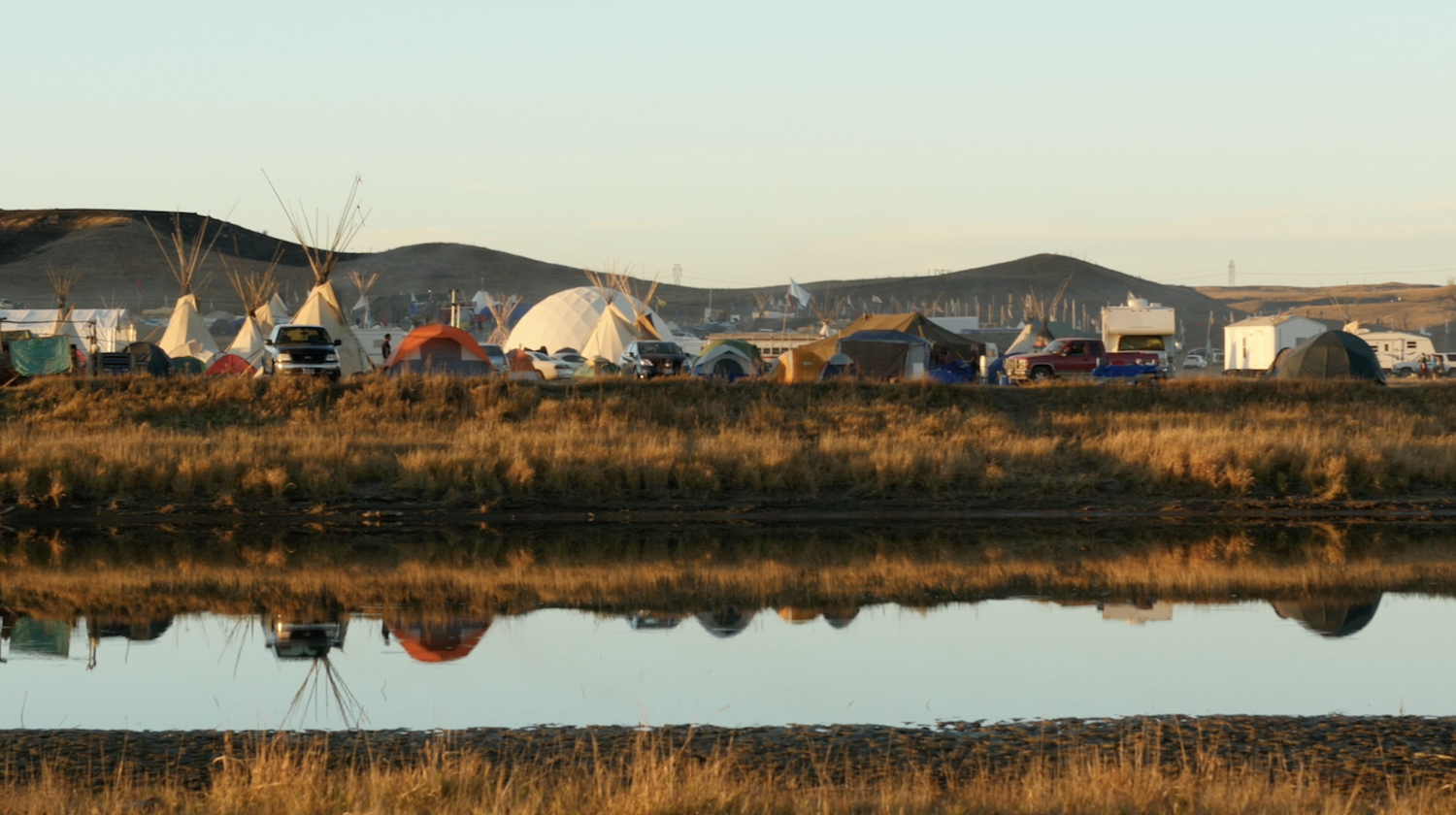
An incomplete and imperfect portrait of reflections from Standing Rock. Cleo Keahna recounts his experiences entering, being at, and leaving the camp and the difficulties and the reluctance in looking back with a clear and critical eye. Terry Running Wild describes what his camp is like, and what he hopes it will become.
#FFFFFF
Avantika Bawa
Feb 1st - Mar 1st, 2020

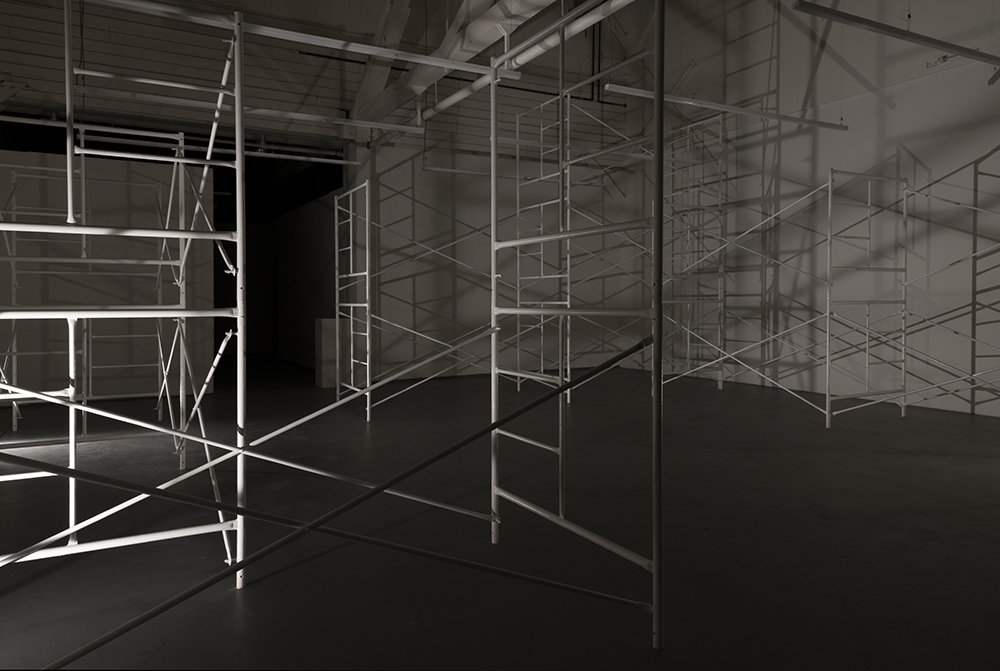


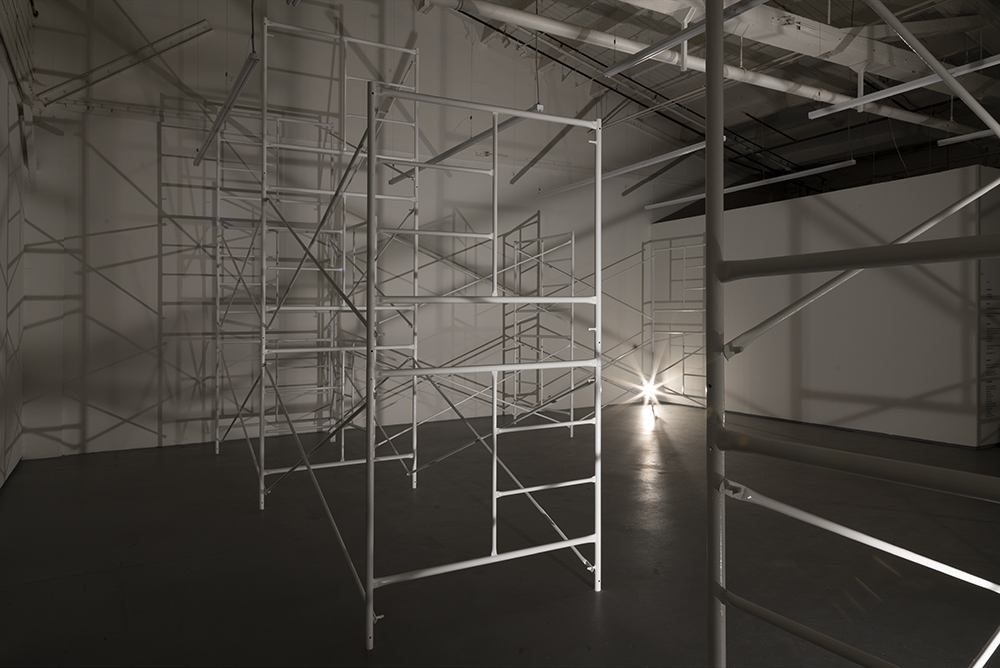
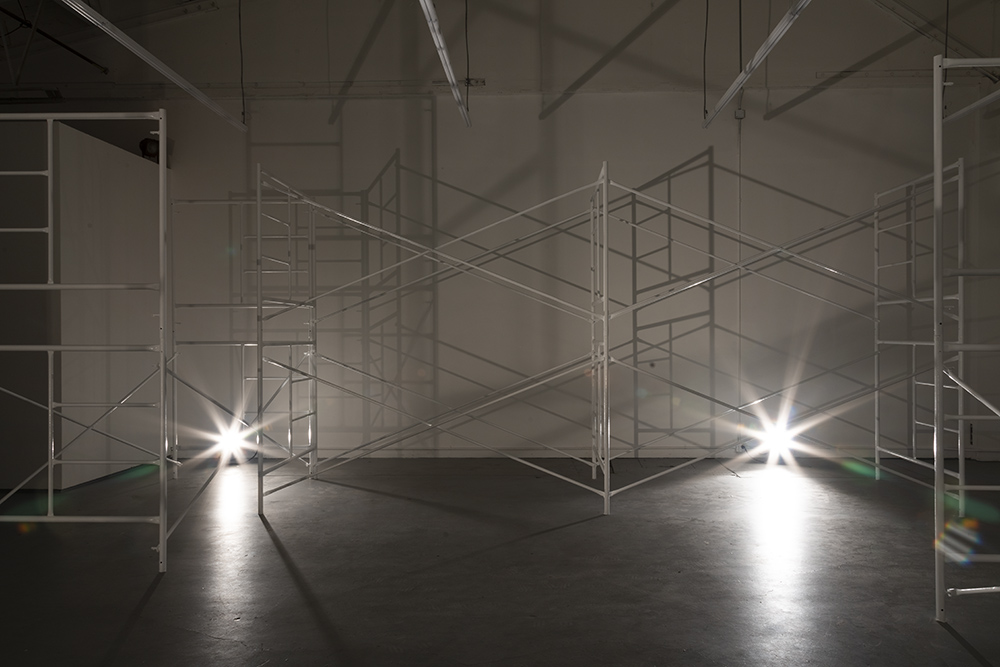
#FFFFFF, is the fourth iteration of the ‘Scaffold Series’. In these site-specific installations, utilitarian structures (scaffolds) are transformed into objects of beauty by their altering color and formation in response to site. In so doing they cease to be objects of function and become instead objects of their own being.
The first two installations of this series were completed in Mumbai, India (Another Documentation, 2012) and Astoria, Oregon USA (Mineral Spirits, 2016).
The third and most recent, A Pink Scaffold in the Rann, highlighted the vast landscape of the Rann of Kutch in India (the White Salt Desert). Through a grand gesture, evident in its large scale, it embraced pink, a dominant color during sunrise in the Rann, and also popular in the local crafts.
#FFFFFF further advances the ‘Scaffold Series’. Here the scaffolds are painted in a glossy white and arranged with a deliberate attention to pure form, in response to the interior of Ditch Projects and the seeming quietness of the space.
Stage lighting creates dramatic shadows leading to a dance with positive and negative spaces and shapes. The physical weight of this tall white structure is visually altered as it blends into the white space, while the ethereal shadows become more visible and present.
Modified field recordings, projected intermittently in the space, are interrupted by stretches of silence. Generated from the construction and painting of the scaffolds, they further dodge our sense of space and place, absence and presence.
#FFFFFF is the code for white in the hexadecimal color system used in HTML and other computing applications to represent colors.
Avantika Bawa is based in Portland, OR, and often resides in her hometown, New Delhi, India.
Bawa has an MFA in Painting from the School of the Art Institute of Chicago and a BFA in the same from the Maharaja Sayajirao University of Baroda, India.
She has participated in the Skowhegan, U Cross, MacDowell Colony, Kochi Biennial Foundation and Djerassi residencies among others. Noteworthy solo exhibits include shows at The Portland Art Museum, OR, Schneider Museum, Ashland, OR, Suyama Space, Seattle, WA, The Columbus Museum, GA; Saltworks Gallery and the Atlanta Contemporary Arts Center, Atlanta, GA; Nature Morte and Gallery Maskara in India; White Box, Tilt Gallery & Project Space and Disjecta, Portland, OR.
In April 2004 she was part of a team that launched Drain - Journal for Contemporary Art and Culture, where she still serves as part of the Managerial and Editorial board. In 2014 Avantika was appointed to the board of the Oregon Arts Commission. She is currently Associate Professor of Fine Arts at Washington State University, Vancouver, WA.
www.avantikabawa.net
Set
Anna Kristensen
Feb 1st - Mar 1st, 2020

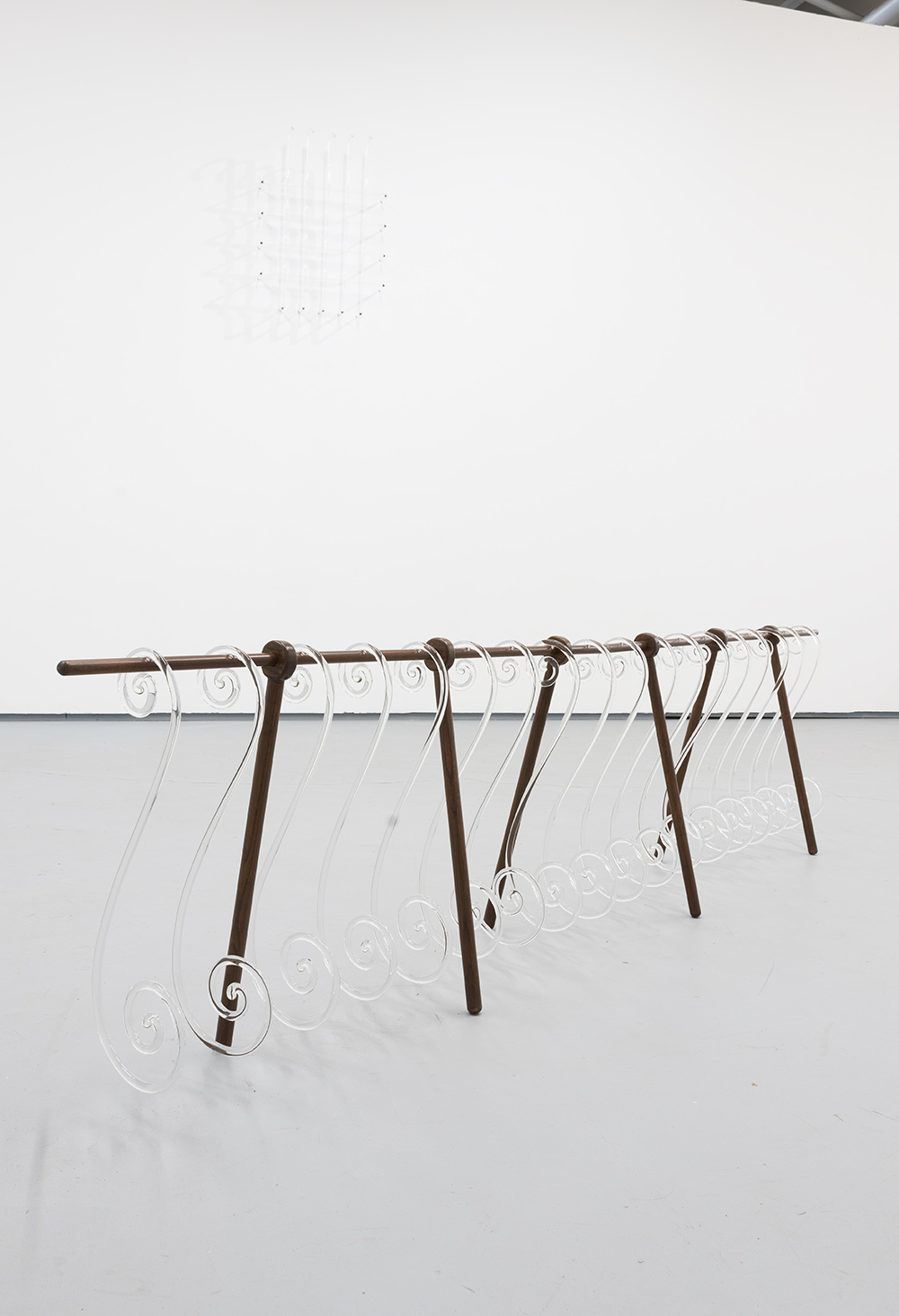
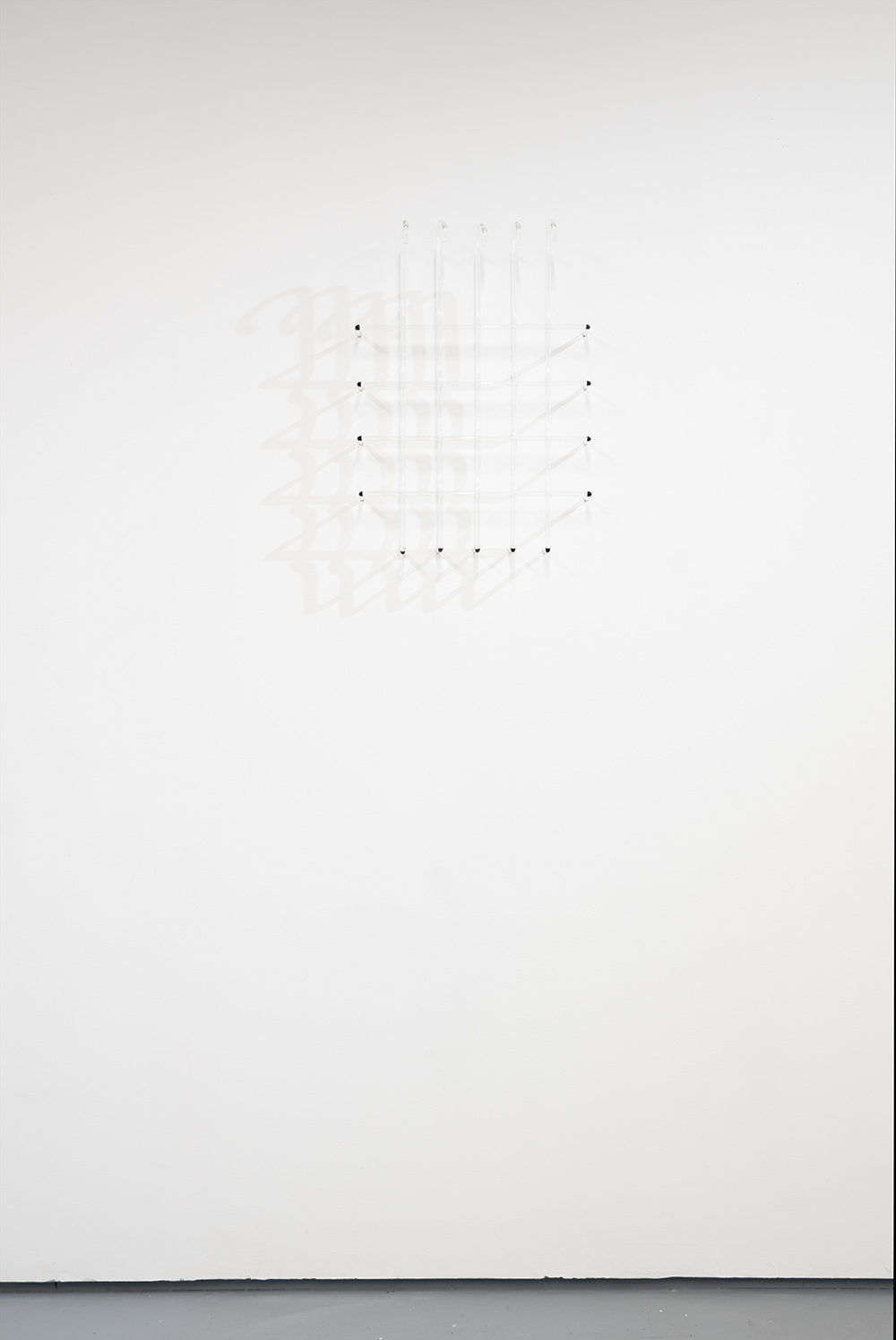
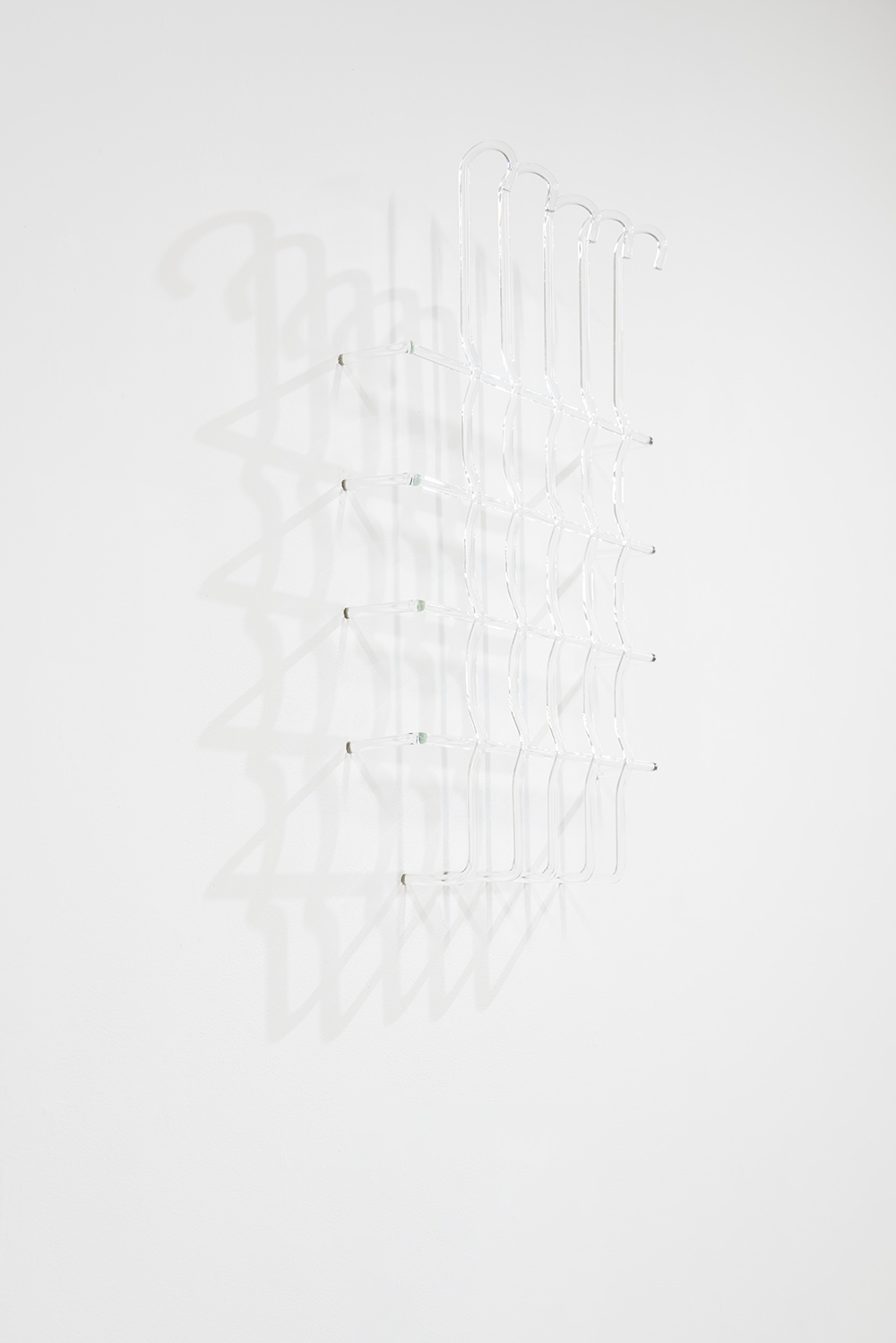
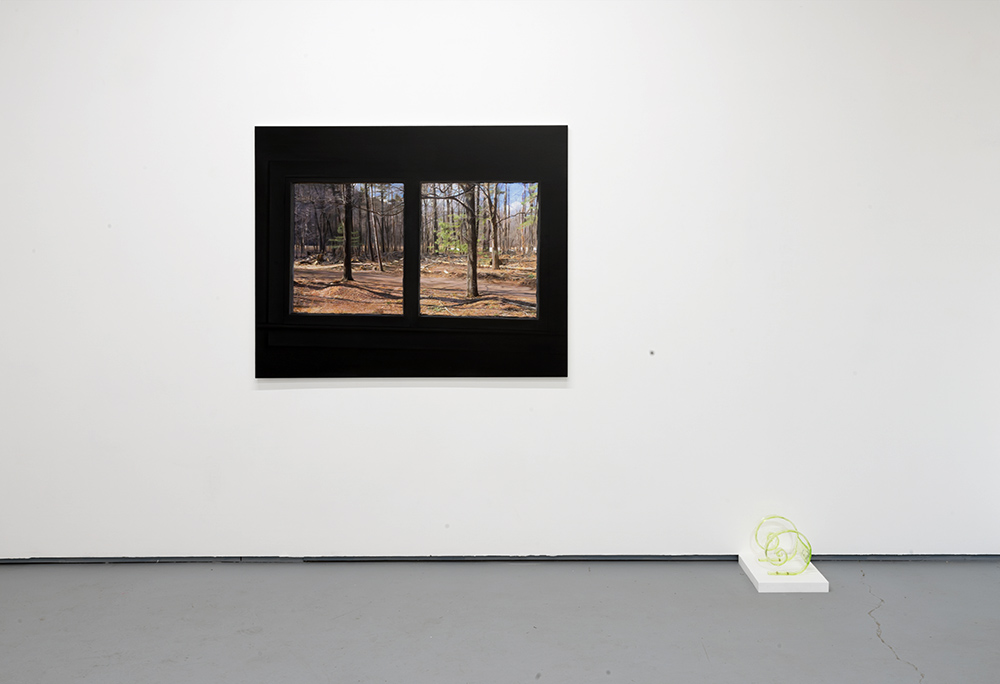

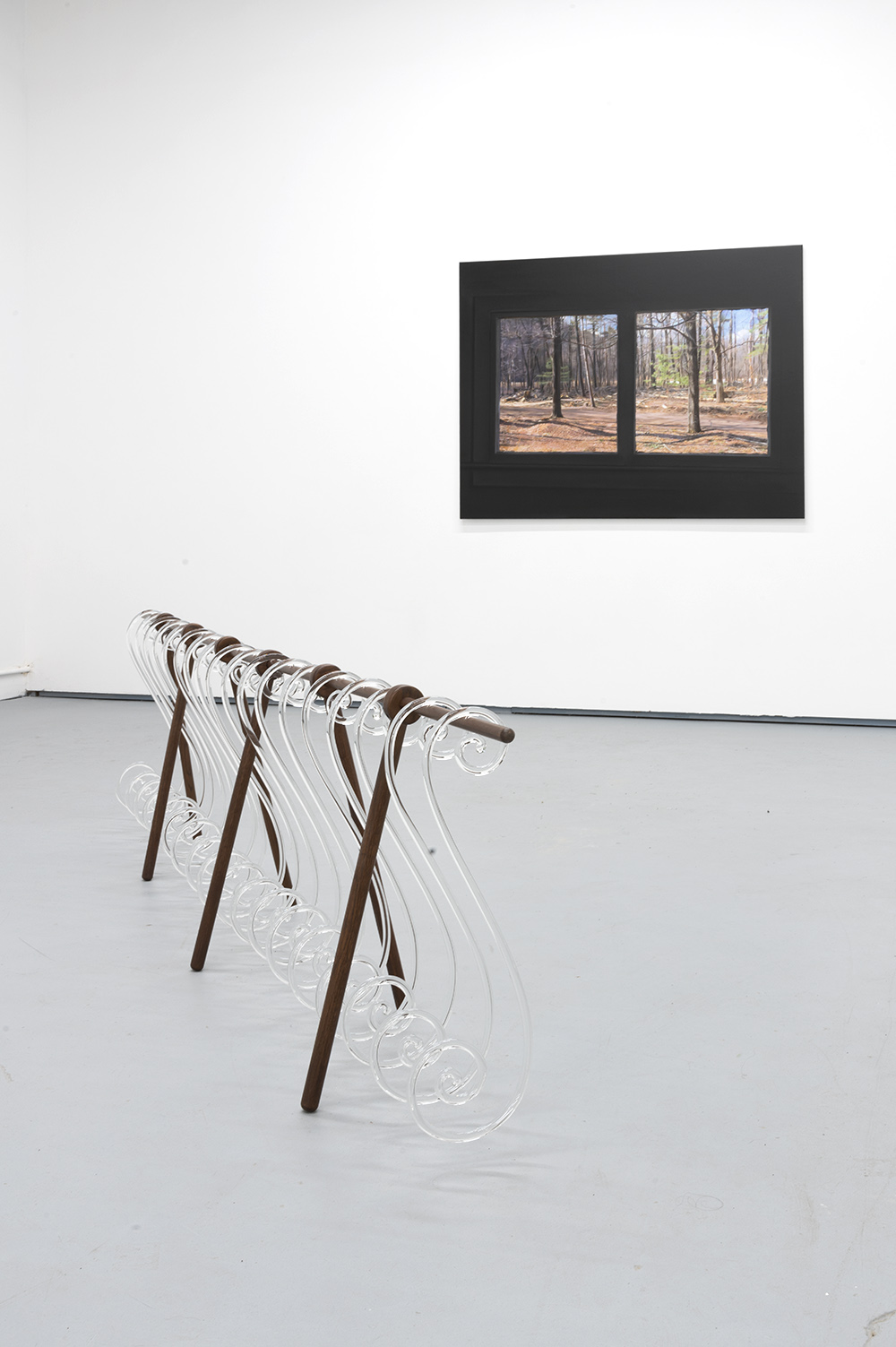
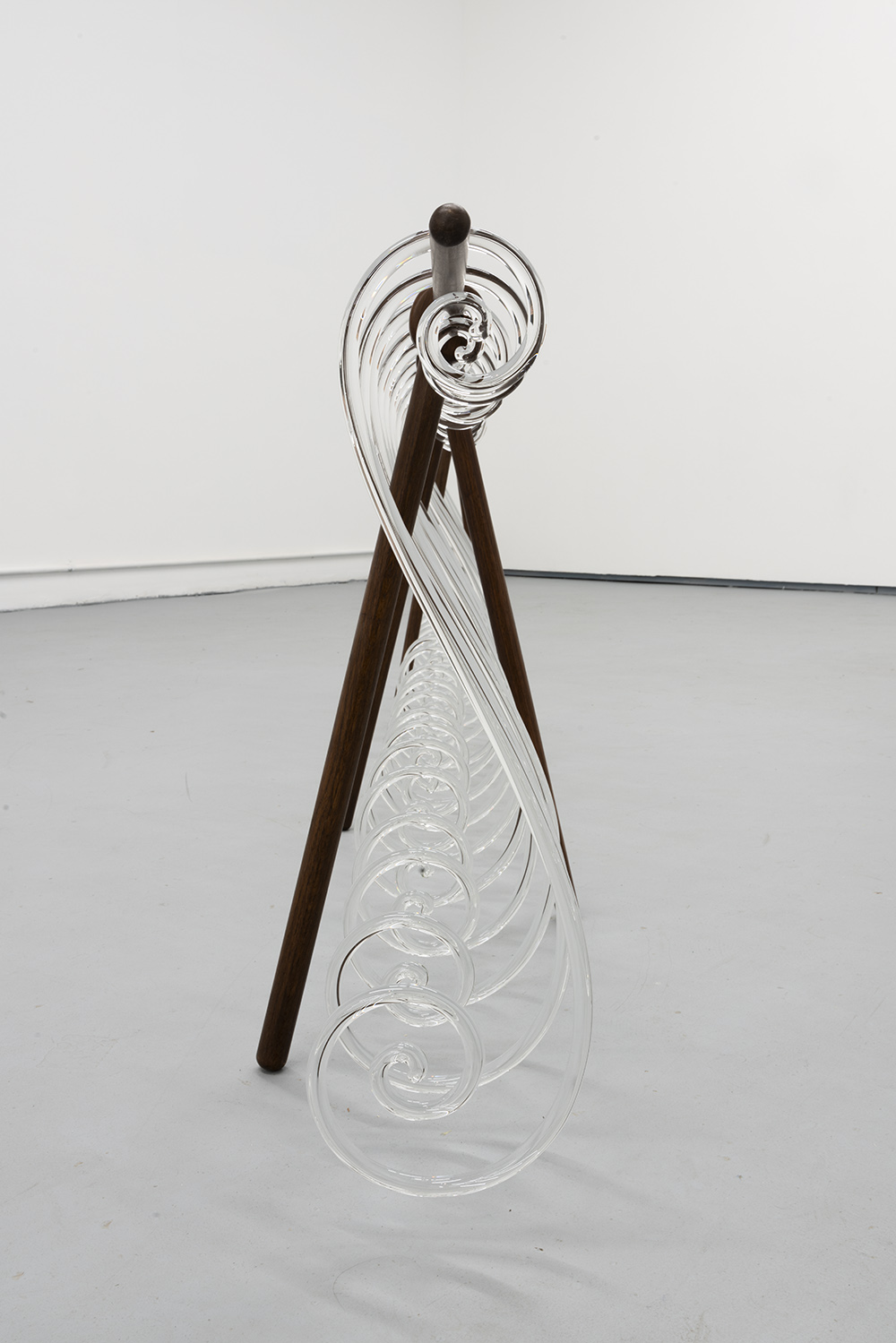

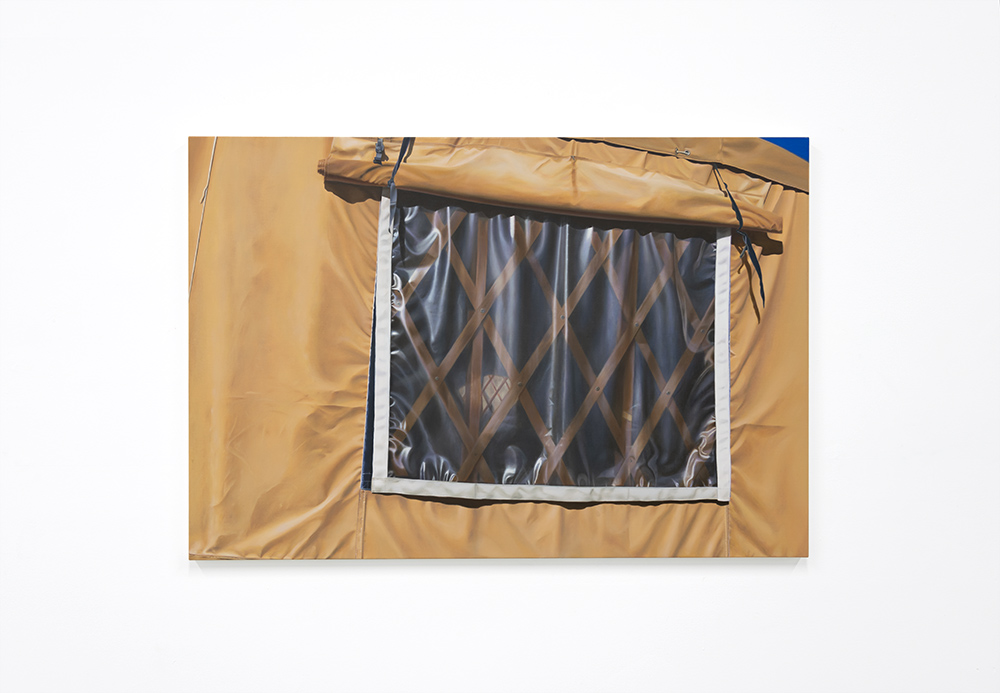

But then what are you up to with these images and objects that seem to speak so calmly? I think it’s this appreciation of making a method out of moments that I find intriguing; of unhurrying time; of turning distractions into acts of attention, details into events, where each object or image is a riddle to the discipline, labour and patience that it takes to make it. In this way (I hope you don’t mind me saying) there’s something very untimely about this work. I’m not talking about the paintings speaking back to the history of photorealism (which, if not ignored completely these days, is usually a punching bag in theoretical debates that have always seemed too rehearsed for my liking). Nor does it seem all that necessary to consider your glass sculptures from within traditions of minimalism (these objects don’t exactly reject representational content and craftsmanship). No, I’m talking about the way your process refuses a dominant version of time that by its very nature and implementation is rushed, extractive and heavy. Rather than abiding by the logic of the audit where “moments are the elements of profit” (Marx quoting a factory report in Capital) your work affords a slowness and care to moments in the form of objects and images. And if we all have to participate, in some way, in what Marx called usurped time, I want to suggest that, by working in the way you do, you somehow return time as form.
An excerpt from ‘A Window is a Verb’ by Tom Melick, for the occasion of Set, Ditch Projects 2020, booklet published by Cooperative Editions and Anna Kristsensen
Anna Kristensen (b. 1983, Sydney, Australia) lives and works in Brooklyn, NYC. Set is her first solo exhibition in the US, and was developed on residency at the Vermont Studio Center and Mass Moca in 2019, and at Urbanglass, Brooklyn. The exhibition is funded in part by an Australia Council Career Development Grant. Anna received an MFA from the University of NSW Art & Design, Sydney, in 2009, where she taught from 2009-16. She has undertaken residencies at Art OMI, NY (2017), The Australia Council for the Arts’ Greene Street Studio, NYC and the Bemis Center for Contemporary Arts, NE (2013). Her work has been exhibited internationally and is in the collection of the Art Gallery of Western Australia, Artbank, the Cruthers Collection of Women’s Art, University of Western Australia, Shepparton Art Museum and Wollongong City Gallery. Anna is represented by The Commercial, Sydney and teaches painting at Rutgers University, Newark NJ.
www.annakristensen.com.au
A Good Way to Invent the Future
November 16, 2019 - January 18, 2020


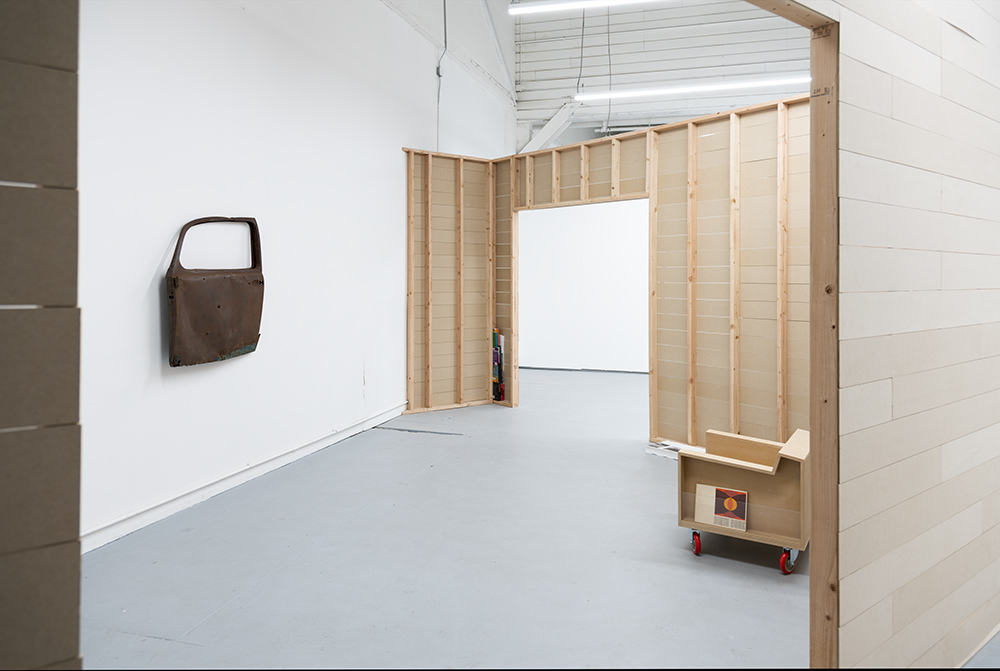
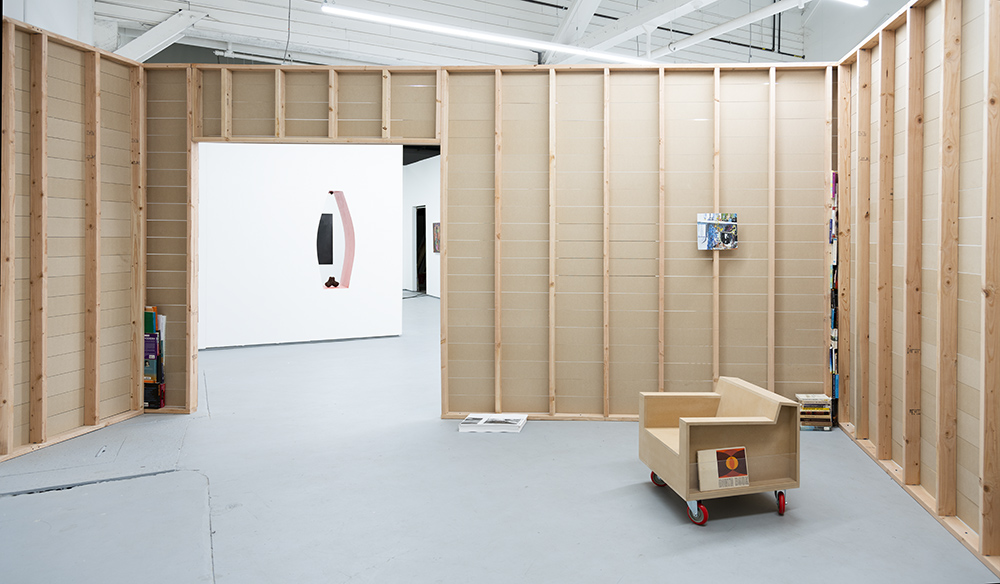
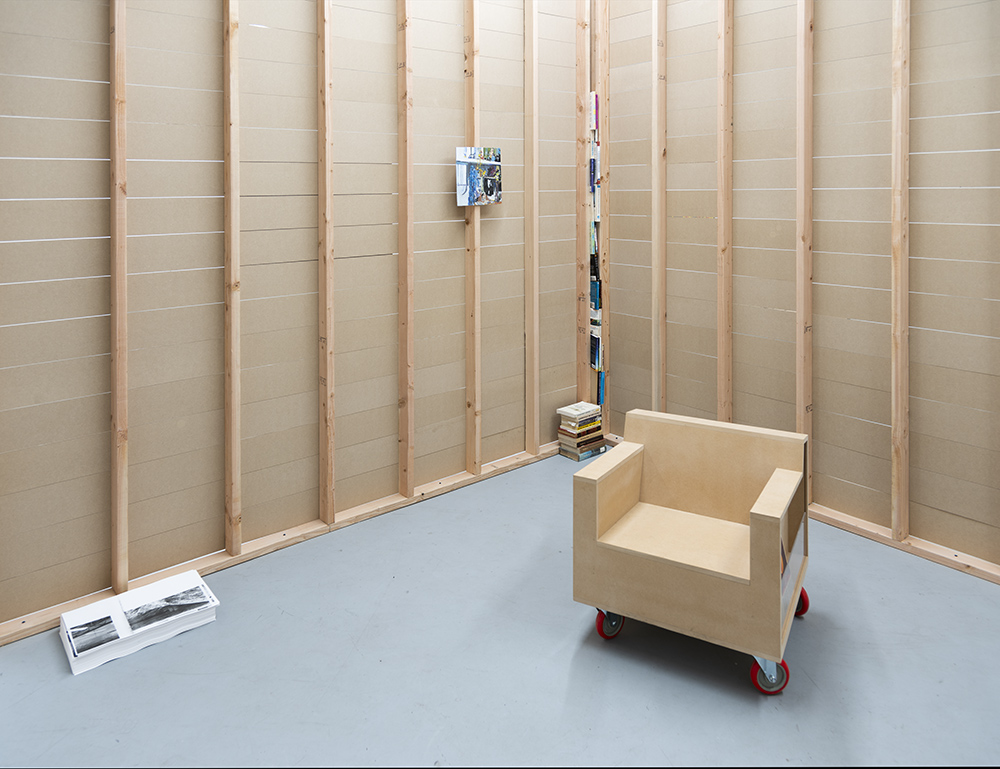
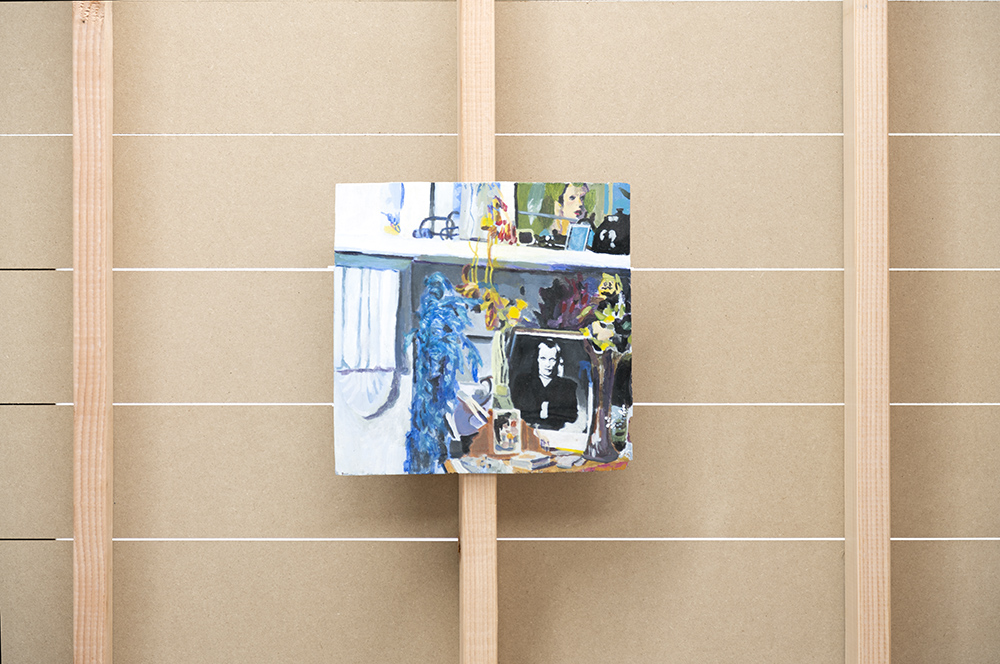



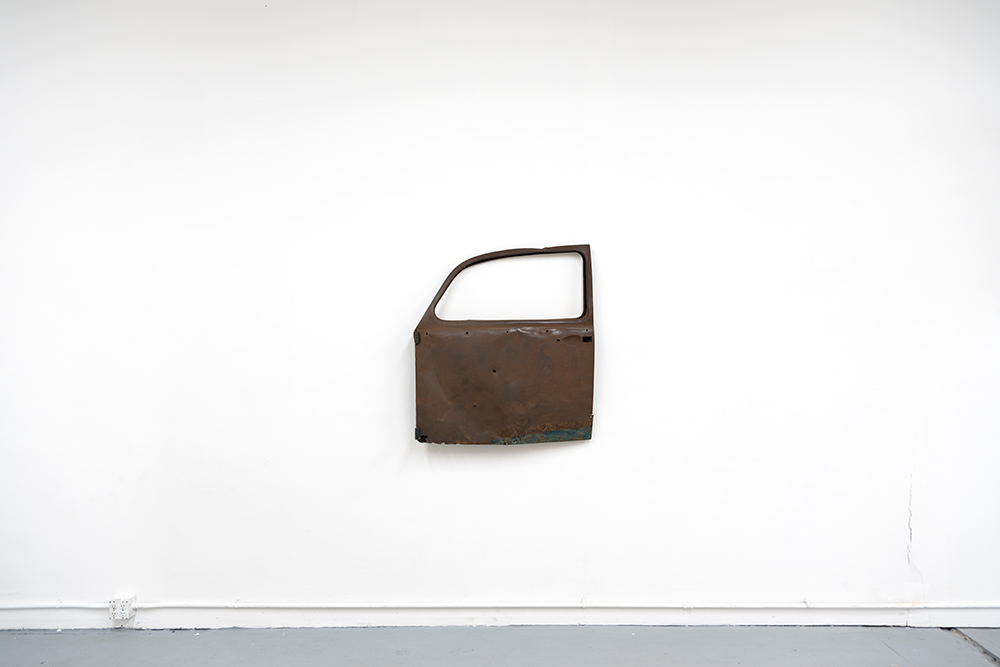


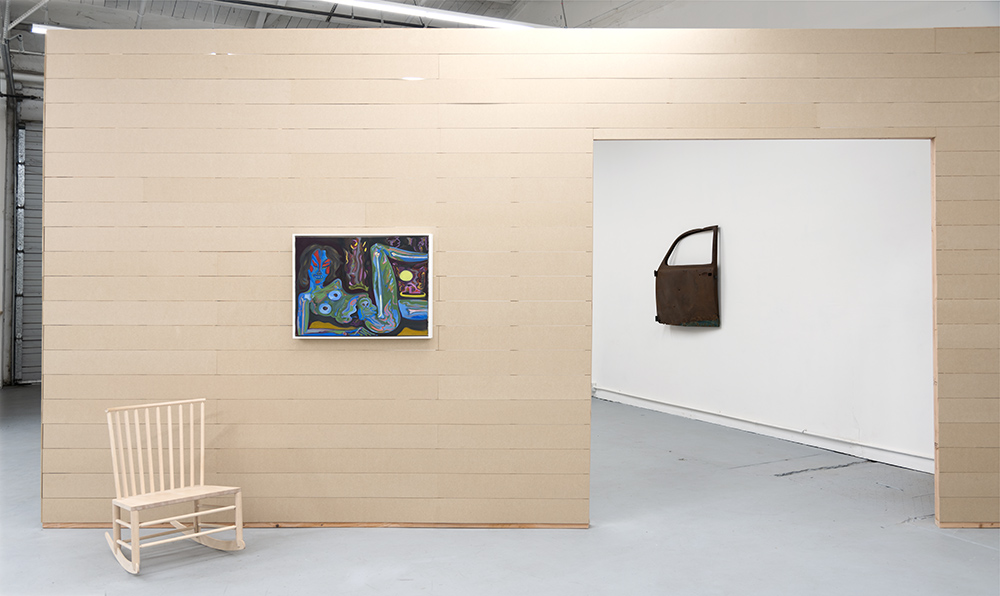

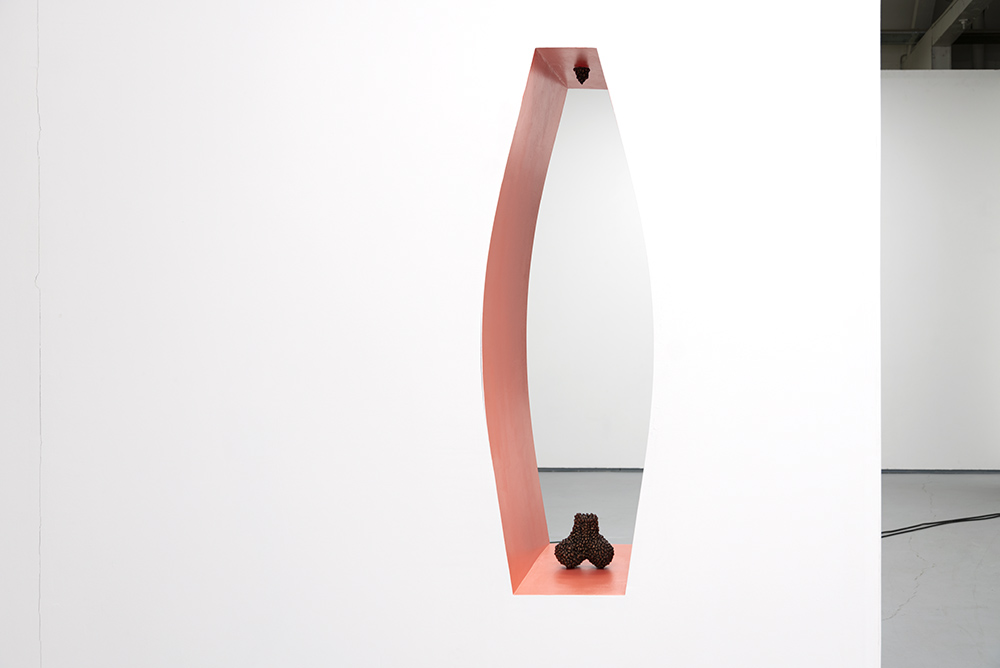







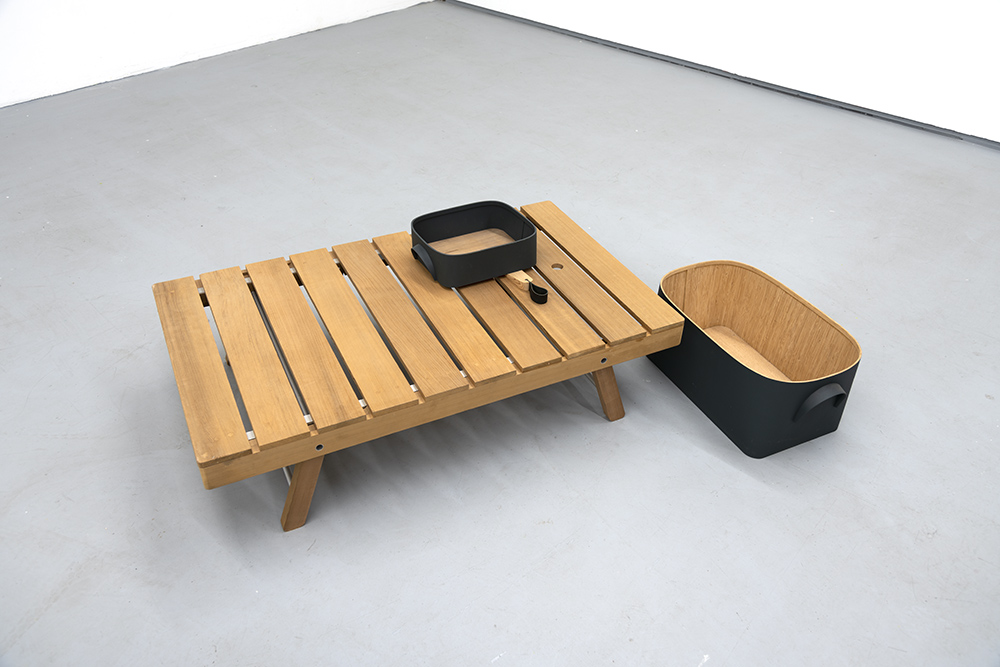
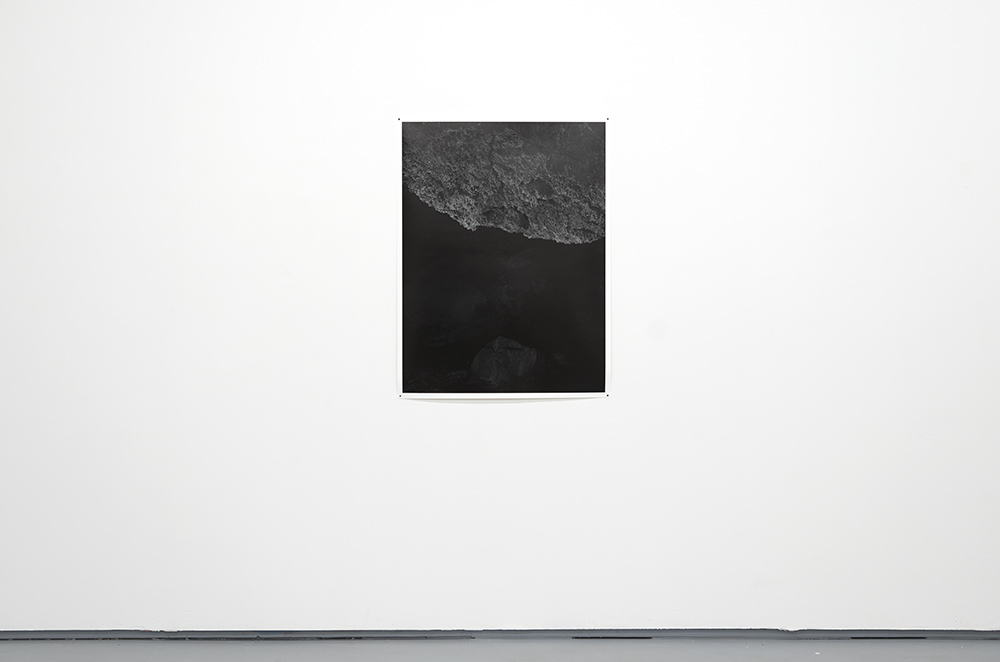

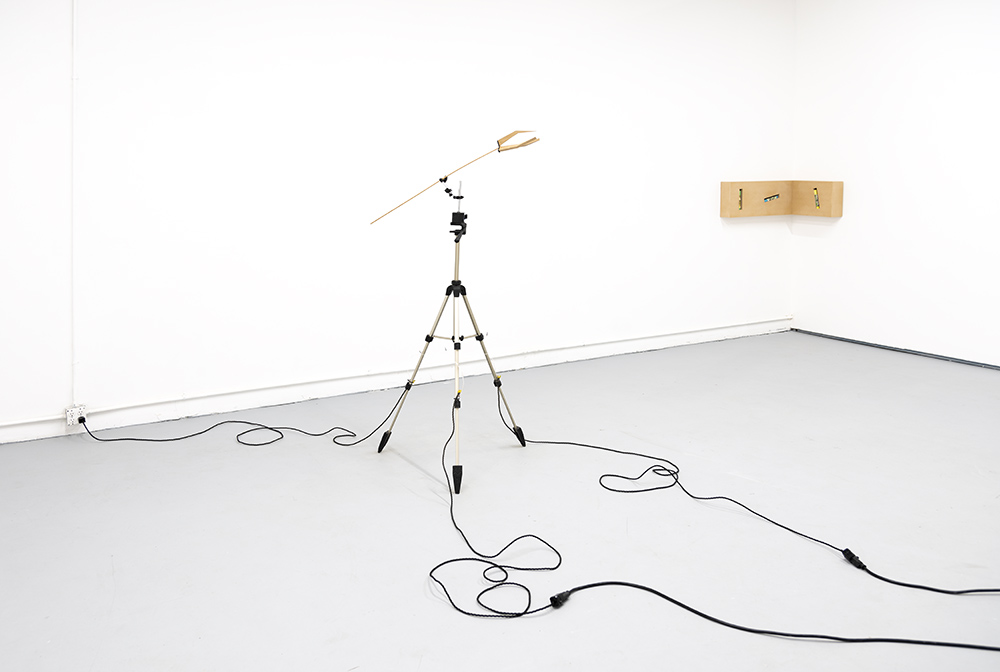

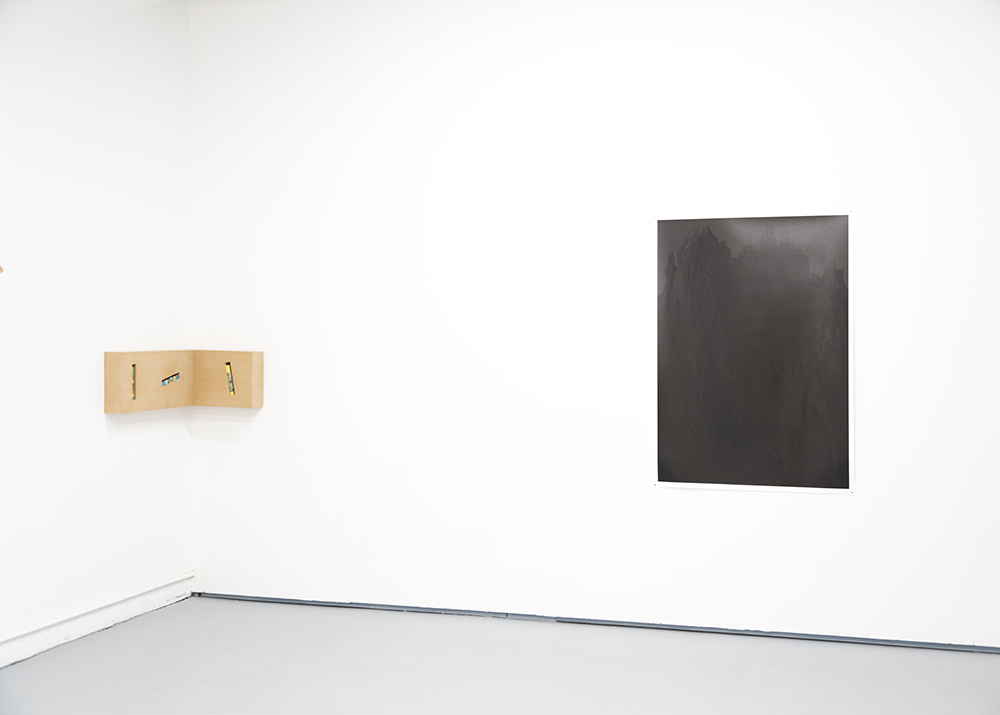


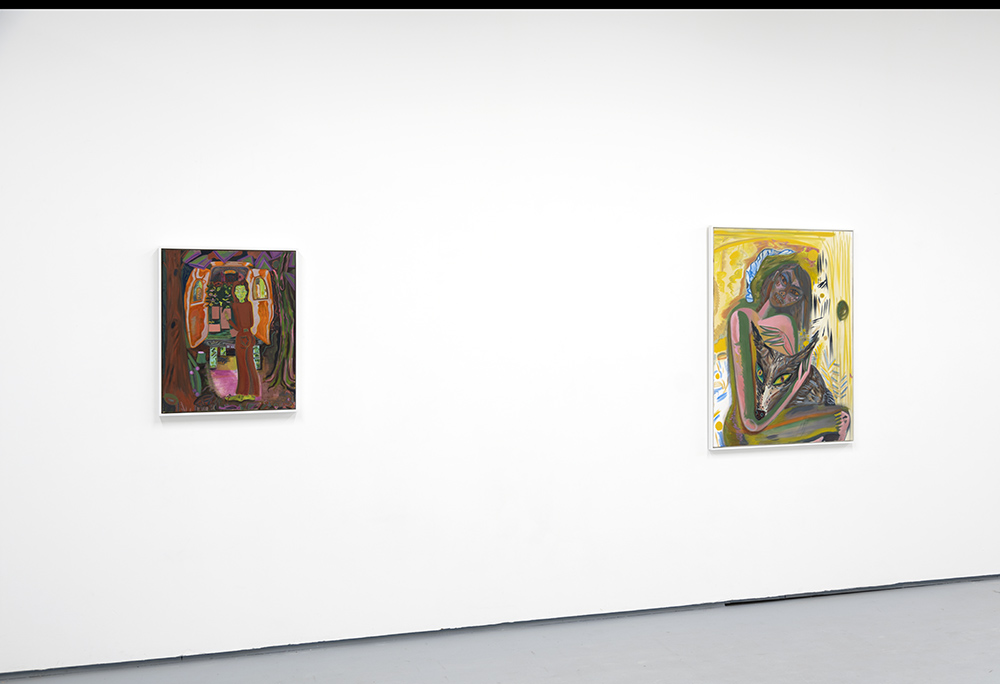
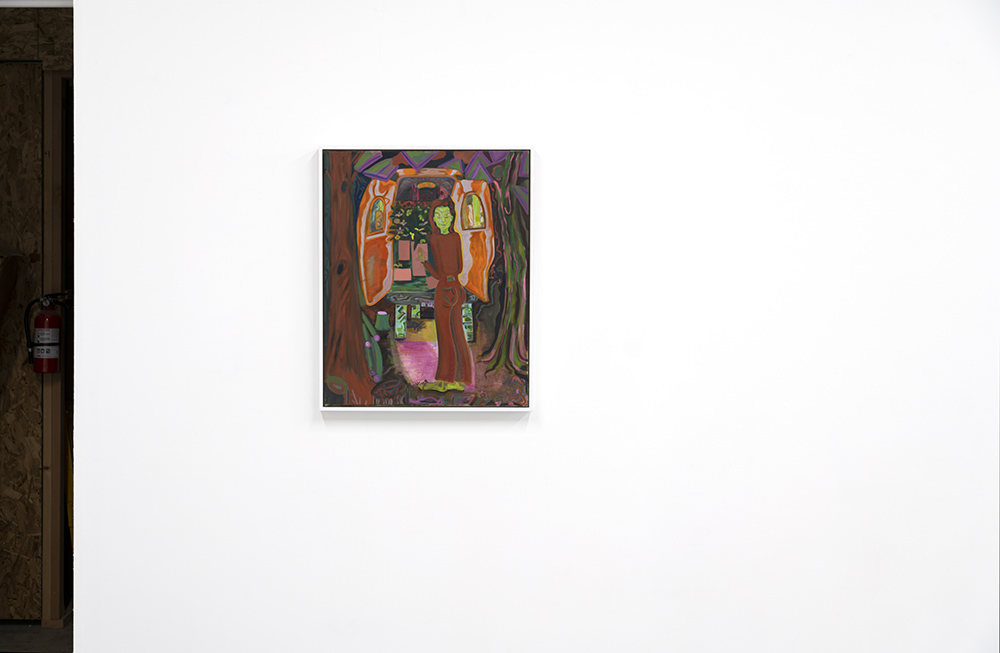
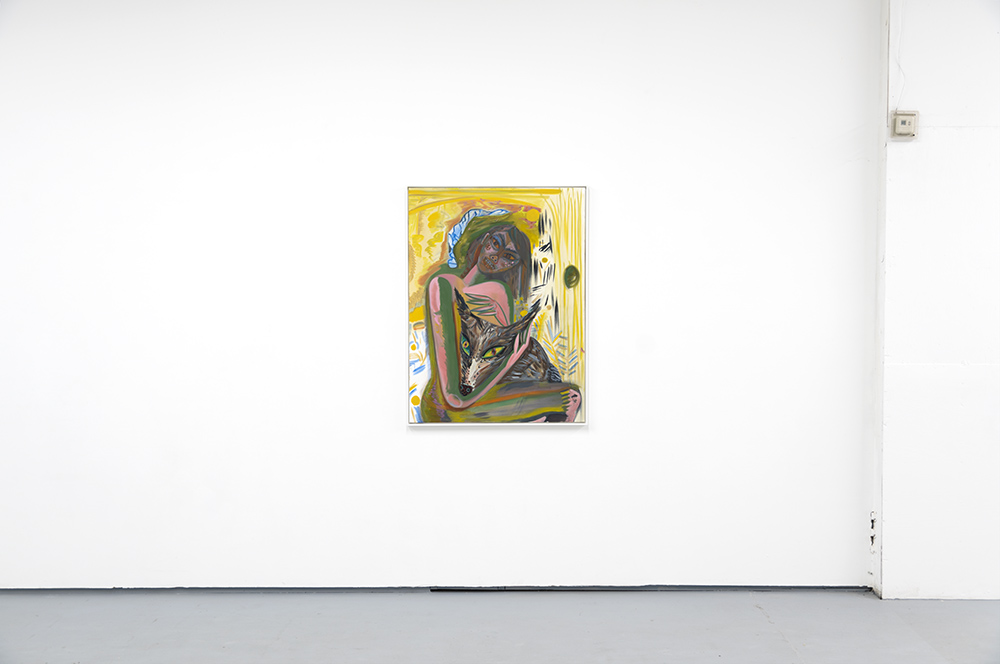
Part archive, part reading room, part installation, A Good Way to Invent the Future hosted the work of thirteen artists, and a series of programmed events, from November 16, 2019 to Jan 18, 2020. Structured as a “show within a show,” the 2,000 square foot exhibition featured a partial reconstruction of Ditch Projects’ original gallery space (active from 2008 - 2011) hosting works by founding members of the artist collective – Jared Haug, Dave Siebert, and Jesse Sugarmann – alongside a large installation of works by John and Wonhee Arndt, Tannaz Farsi, Ron Jude, Rainen Knecht, Young Joon Kwak, James Lavadour, Donald Morgan, Lisa Radon, and Stacy Jo Scott. Used books, re-printed texts and images, and sonic intervals punctuated the exhibition, circulating in and around the installed pieces. Visitors were asked to slow down, and to spend time with, and alongside, the works in the exhibition.
Pausing to reflect on Ditch Project’s decade-long trajectory as an artist-run project space in Springfield, OR, A Good Way to Invent the Future jumped off to land sideways in a pool of designed objects and works of visual art that speak, in glances and meandering gazes, to Oregon’s history as a ‘white utopia’ and a frontier state, with its particular libertarian leanings, punk sensibilities, and hippie counter-cultural romanticism. Sitting with these histories of the Pacific Northwest, the exhibition critically addressed the impulses of self-determine communities, sorting through the projections of desire, ownership and belonging within the landscape of Oregon. Boundaries between individual and collective, object and environment, space and place become queerer as the exhibition mapped an entangled sense of the future, with a vanishing point in the trailing fog of the past.
Programming during the exhibition included a screening of Dan Graham’s 1982-84 video “Rock My Religion”; a performative reading by Stacy Jo Scott of “The Sign of the Enterer,” accompanied by Jovencio de la Paz’s original composition on a Moog Mother 32 system and Korg ms20; a performative reading by Lisa Radon from her new text “Age of Sand”; and three atmospheric performances by artists sunLime (Ryan Carlile and Shannon Kerrigan), Iowa (Tom Greenwood and Hannah Mickunas), and Jason Urick.
A Good Way to Invent the Future was co-curated by Ditch Projects Co-Artistic and Executive Directors Mike Bray and Marissa Lee Benedict, and generously supported by a Documentation and Exhibition Grant from the Ford Family Foundation.
Exhibition Programming Schedule (Dec 2019 - Jan 2020)
When the water comes to light out of the well of my self
Amina Ross
Oct 5 - Nov 2, 2019
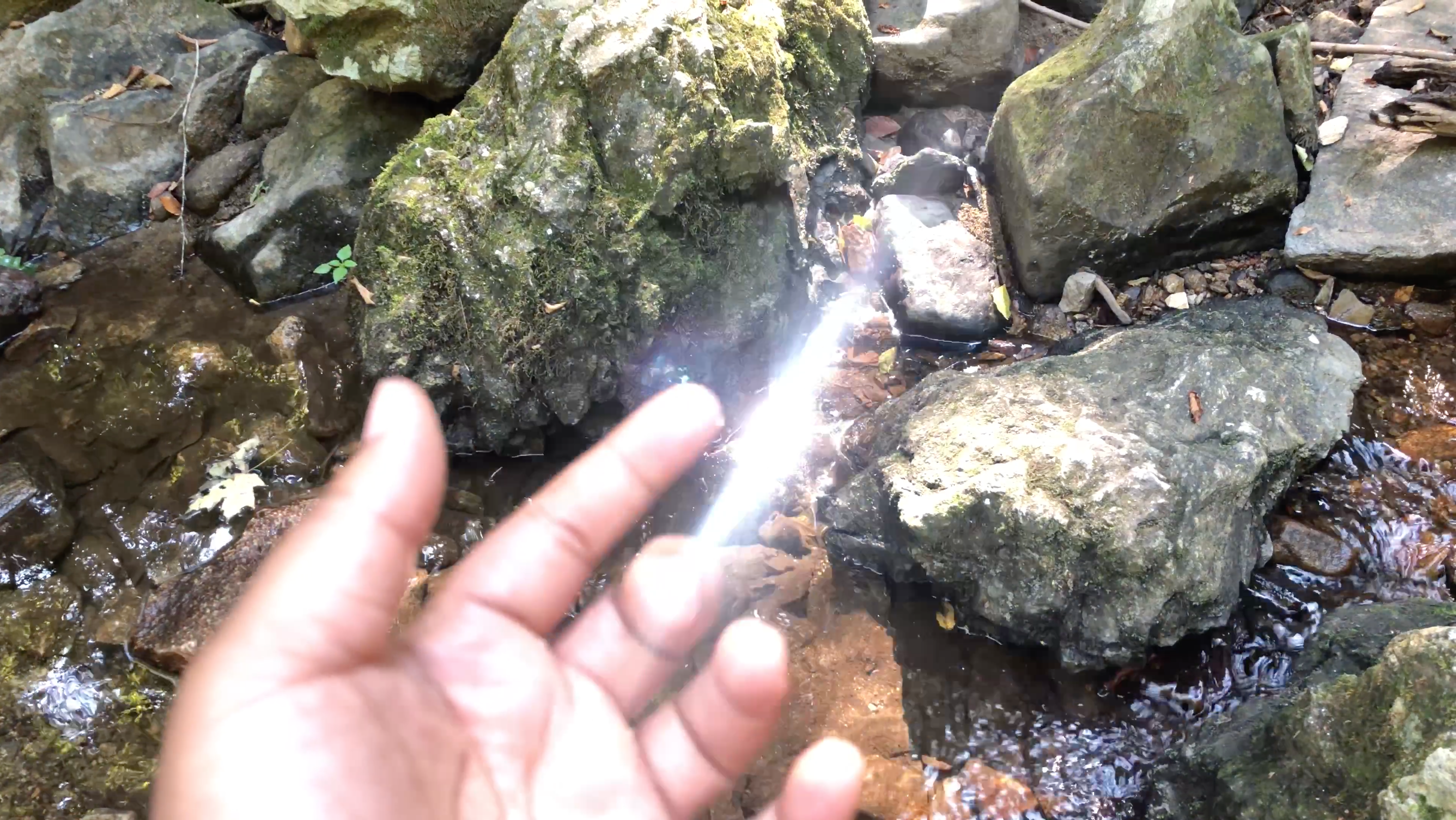
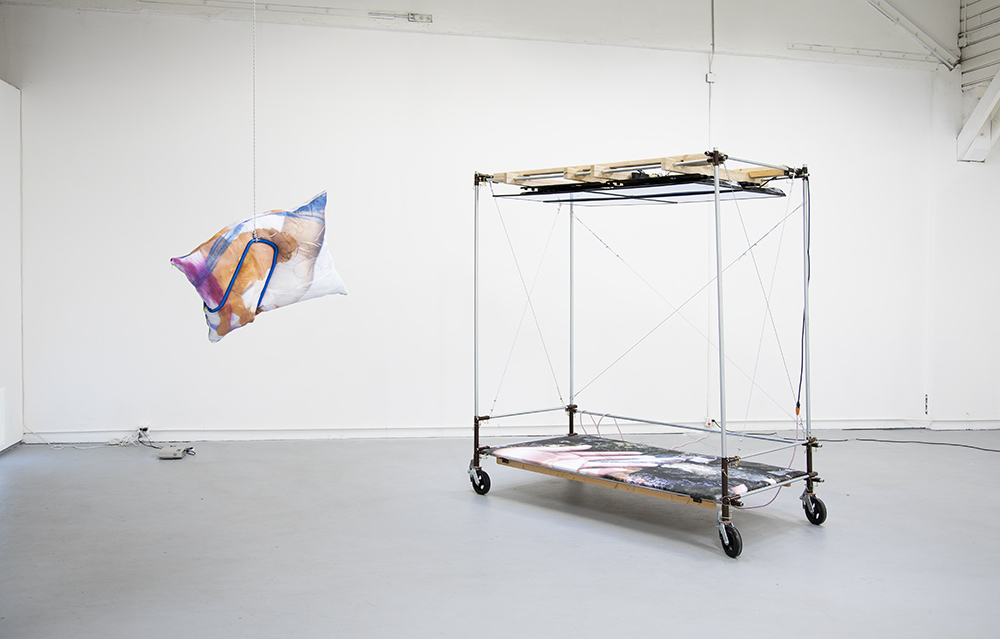

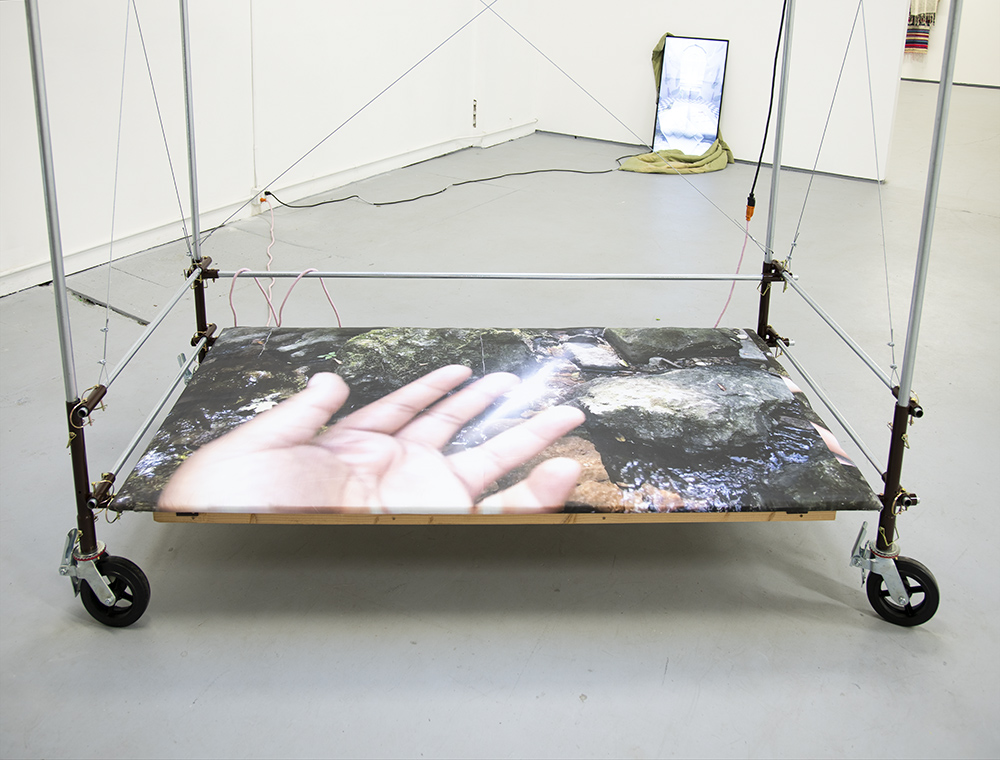
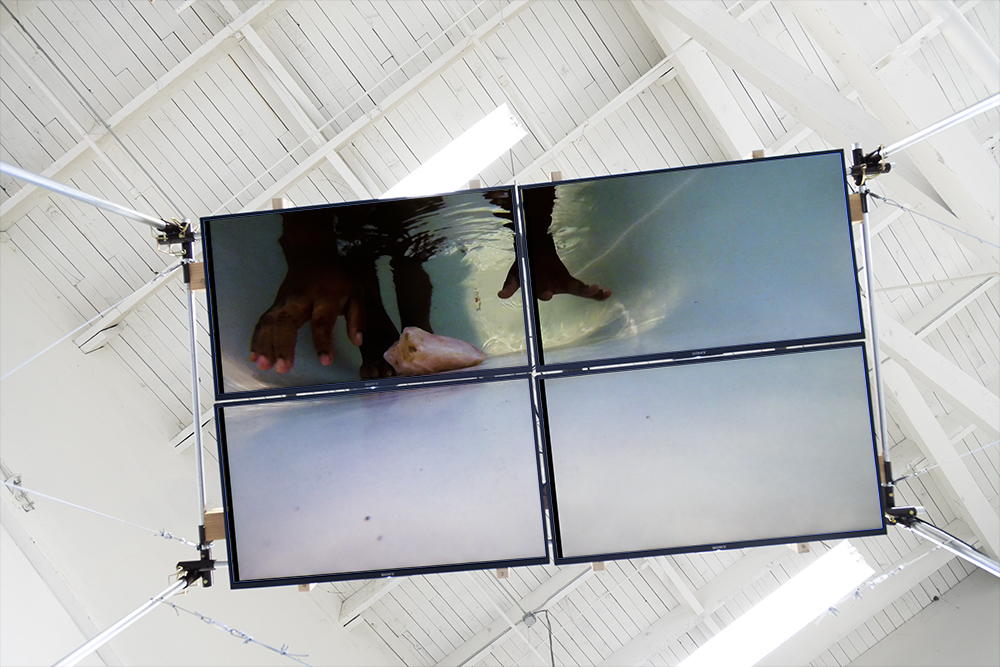
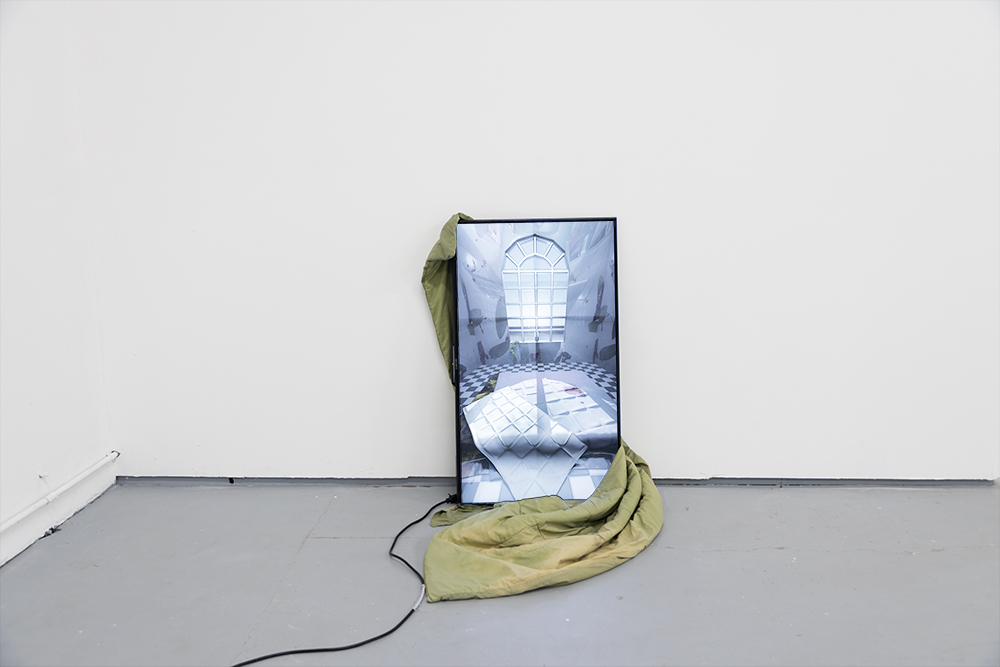





An undisciplined creator. Amina Ross creates boundary-crossing works that embrace embodiment, imaging technologies, intimacy and collectivity in physical and digital spaces. Amina has exhibited work, spoken on panels and taught workshops at venues throughout the United States. Amina's intention within a media-centering practice is to engage sensuality and sense-perception as modes of reclaiming the body. Amina is currently a 2018-2019 Artist-in-Residence at Arts & Public Life and the Center for the Study of Race, Politics, and Culture at the University of Chicago.
As an educator Amina is currently an adjunct lecturer in the Contemporary Practices department at the School of the Art Institute of Chicago and Co-lead artist of Teen Creative Agency at the Museum of Contemporary Art.
As a curator and cultural organizer Amina is curator of ECLIPSING, a multi-media festival celebrating darkness.
aminaross.com
Amina Ross’ solo show, When the water comes to light out of the well of my self, is part of their ongoing inquiry into the mechanical and conceptual intersections of objects and the containers that give them meaning. Ross is specifically experimenting with how objects ranging from fluid to wavelengths to textiles to bodyforms come into contact with their containers—namely, time, space, and scale—in order to understand where these points of contact might be (re)shaped. Using a variety of digital and material handcrafting techniques, Ross hones in on these points of contact as deeply expansive sites where we might refigure basic networks of interaction in ways that might prompt other, perhaps more radical, ways of seeing, engaging, and feeling.
In this, Ross’ technical processes of rendering objects and containers are inextricable from the understanding that black bodies and black people have been constructed as objects (particularly, instruments of labor) and containers that host a myriad of racist, classist, sexist, misogynistic, homophobic, and transphobic projections. The 3D animations, hard and soft sculptures, and photographic processes that drive the exhibition reflect Ross’ multidimensional and multisurface attempts to build real and imagined environments that break down the object-container relation in ways that demand richer vocabularies for describing how inhabiting the very category of “black” looks and feels like. As each element of When the water comes to light out of the well of my self crafts a lush environment that defamiliarizes the presumed relations of objects and containers, they may also generate more liberatory modes of individual and collective well-being that are rooted in self-awareness, vulnerability, empathy, and pleasure.
Ross’ queries into microgestures of connection are perhaps most potent in their treatment of the figure of the body. 3D animation software provides users with model avatars whose body shape, size, position, and skin can be molded at will. The skin and clothing of these avatars is contained in one flat jpg file: the body’s contours are stretched out in a kind of gruesome sewing pattern or paper-doll cutout that will then be applied to the avatar’s mold. The avatar’s skin is quite literally a finish, a surface applied onto another surface to complete its decoration. In their works, Ross works with this idea of skin as finish, or as a surface in its own right, and is so able to pose points of contact that are not otherwise materially possible. In some of Ross’ recent animations exhibited elsewhere we find bodies that leak into and out of one another, and we find fluids that may be solids and back again; we can sometimes see through forms that should be opaque, and forms that should be distinct and autonomous melt into one another. Here in When the water comes to light out of the well of my self we find skins mapped onto digital and material surfaces that may not fully support or contain them; maps of avatar skins and images of bodyforms are placed new scenes and on unexpected textures to render evermore complex fields of contact.
As they work within and beyond the digital, Ross is enabled to imagine and do bodies (read: objects) and their environments (read: containers) differently. They explain that “I have to work harder or be more creative in my imaginings of the potential of what a body can do in space.” In the digital environment, Ross is “not constrained by gravity. If I'm not constrained by any principles in this world, what do I want to do? What principles do I want to keep?” As Ross reconfigures the boundaries around how bodies look and move—where light and liquid move across them, and in what ways they do and do not simulate “reality”—they also reconfigure the very commonsense logics of the spaces they construct to contain them. Ross’ digital environments subsequently defy laws of contact that invite us to reframe our own understandings of bodily autonomy, of density and porosity, ask us in turn to reframe in our own understandings of the (sonic-spatial) conditions under which intimacy and vulnerability might surface. When you are not constrained by any principles in this world, what do you want to do? Where do you do? How do you want to feel? Where would you mesh with another _________?
Ross’ productively uncouth movements through digital terrain are matched by their experiments with containers and objects in material space. They build armatures that may be able to hold, but not necessarily contain, the on-screen avatars, should they ever leave the space of the screen. And just as the digital armatures giving structure to skins can be out of scale, off-kilter, or seemingly unfinished, the armatures constructed in the gallery space pressure unhinge our own centers of gravity and senses of scale. Throughout their practice, Ross has undone the familiarity of objects like bed frames, pillows, extension cords, towels, jewelry, and construction materials by undermining their scale, texture, color, solidity, etc. In the process, they both invite yet forestall our own memory-based attachments to our surroundings. Ross’ movements between animations and hard and soft sculptures thereby offer a deeply technical explorations of wildly ephemeral attachments to feeling and feeling good. At times, what we feel is the discomfort of getting up on structures that we can’t quite mount, or the mental exhaustion of trying to make out singular forms that may actually be many, or the taxing work of tracking the refraction of light in an image or within an animation that casts further light across the gallery.
These estrangements within a single piece, across the gallery space, and ultimately surrounding our own senses of self are underscored by the very title of Ross’ exhibition, which is pulled from Friedrich Nietzsche, the late 19th century German philosopher who has been thoroughly (mis)read for his examinations of religion, morality, and the nature of the self. He was thinking and writing at a time of great upheaval in Europe and his writings continue to take hold in times of uncertainty, when seemingly commonsense definitions of morality, ethics, and politics can feel the most unhinged, making us, in turn, feel uncertain of ourselves. When the water comes to light out of the well of my self is not, however, a Nietzschean exhibition: it does not engage with the (sometimes-contradictory and always Euro-masculinist) proclamations about radical individualism and critiques of systematized governance that Nietschze was famous for. What Ross does do is take up Nietschze’s subtle invitation to think critically about the productivity of entanglement: that water and light may be distinct entities but they are in a blurry loop with one another, and with a measure of work—of stillness and reflection—a possible self emerges, only to make way for the water to come to light yet again.
Ross’ exhibition crafts multiple, overlapping environments that situate us deeply within this process of producing the self amidst the objects and containers that we surround and are surrounded by. They draw us in with the seductive allure of screenglow and the repetitive loops in their animations, pairing them with the comforting familiarity of well-hewn sculptures that read wood, metal, and textile together. Yet they continually press against our reliance on satisfaction therein. Their photographs, in particular, demand a kind of focused attention from our brains working to resolve blur, static, lack of focus, and/or blur. Ross’ management of our expectations for satisfaction—that a loop will productively conclude, that there will be seamless rendering of a digital form, that we will be able to comfortably inhabit a sculpture, that we will come away fully knowing an artwork—enhances their longstanding interest in crafting environments that picture black liberation as not only possible but fully inhabitable. It is here, however, where When the water comes to light out of the well of my self is not merely an architectural prescription for what this black liberation might look like or where it might manifest. It is just as much a complete staging of what it feels like to not yet have access to that object, but to occupy the full affective, sensory-motor disorientation that is the very condition of the container that structures it.
//
kemi adeyemi
thinking/writing/teaching @ the university of washington, seattle
Supported by the Springfield Arts Commission Heritage Arts Grant

Return to the Great Mother's Infinity
Oct 5 - Nov 2, 2019
![]()
![]()
Return to Great Mother's Infinity is a traveling exhibition and blanket lending library creatd by Jovencio de la Paz.
The library currently includes contributions by:
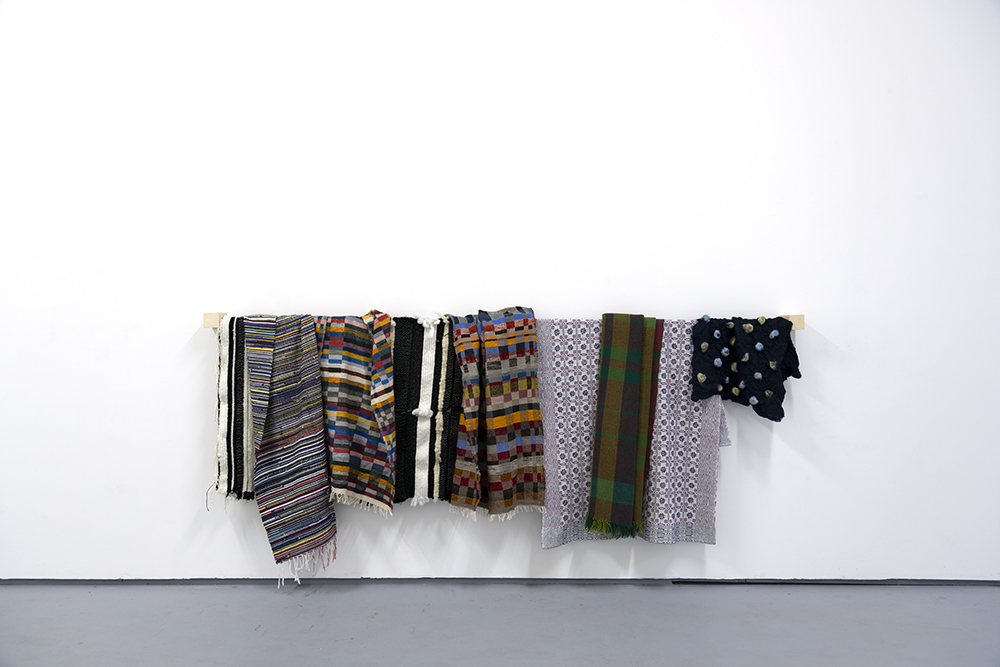

Return to Great Mother's Infinity is a traveling exhibition and blanket lending library creatd by Jovencio de la Paz.
The library currently includes contributions by:
Cathy Barnes
Seah Choo Fen
Yana McClinton
Jeanne Medina
Jovencio de la Paz
Marilyn Robert
Joan Swift
Kokking Ying
Supported by the Springfield Arts Commission Heritage Arts Grant

Lambert's
Spectacles
Spectacles
Anastasia Douka & Angharad Davies
Apr 6th - 27th, 2019
A man is swallowed alive, his spectacles fall from his face, yet he opts to stay inside. This extraordinary incident is recounted in F. Dostoevsky’s short story ‘The Crocodile’.
The crocodile rose to the surface over the course of several months in which images and words were exchanged between Anastasia Douka in Athens, Greece and Angharad Davies in London, UK. In response Davies and Douka created a series of drawings and paintings addressing landscape perspectives through the eyes of a human and the eyes of an animal. These landscapes fluctuate between architecture and anatomy, or in other words, how one chooses to remain inside the crocodile.
The crocodile rose to the surface over the course of several months in which images and words were exchanged between Anastasia Douka in Athens, Greece and Angharad Davies in London, UK. In response Davies and Douka created a series of drawings and paintings addressing landscape perspectives through the eyes of a human and the eyes of an animal. These landscapes fluctuate between architecture and anatomy, or in other words, how one chooses to remain inside the crocodile.
Angharad Davies’ interests lie in notions of consensus, continuity, restraint and intervention involved in and with architecture. She studied at the Glasgow School of Art (UK), the School of the Art Institute of Chicago (USA), and the School of the Architectural Association (UK). She currently lives in London, UK.
www.angharad-davies.com
Anastasia Douka
Anastasia Douka believes that everything constructed can break, be reconstructed and then break once again (or at least it has the potential to). She studied at the Akademie der Bildenden Kunste (Austria), the Athens School of Fine Arts, (Greece) and the School of the Art Institute of Chicago (USA). She lives and works in Athens, GR.
anastasiadouka.wordpress.com






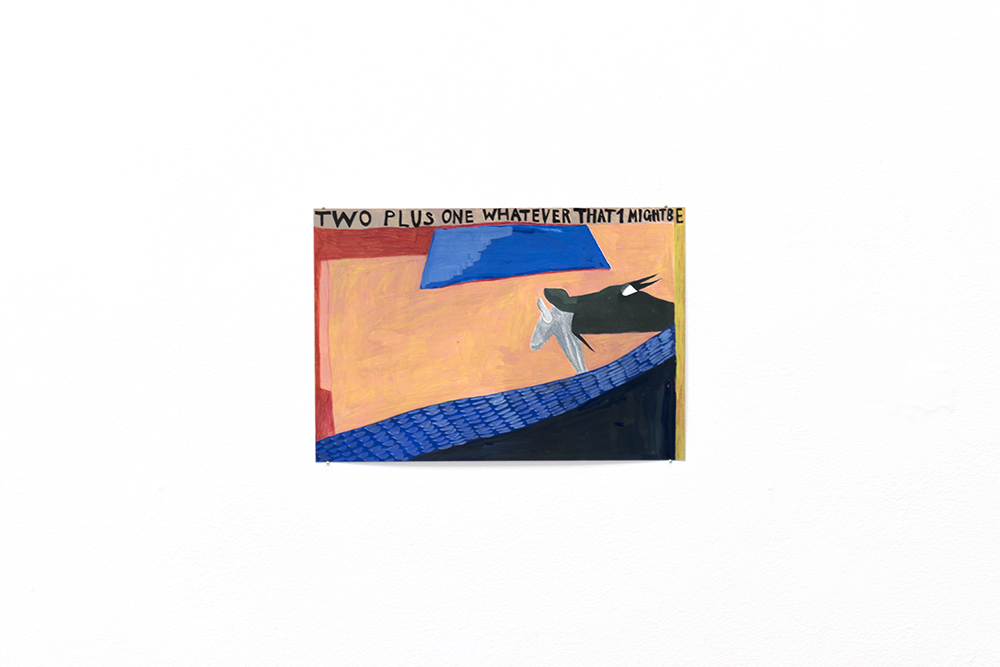




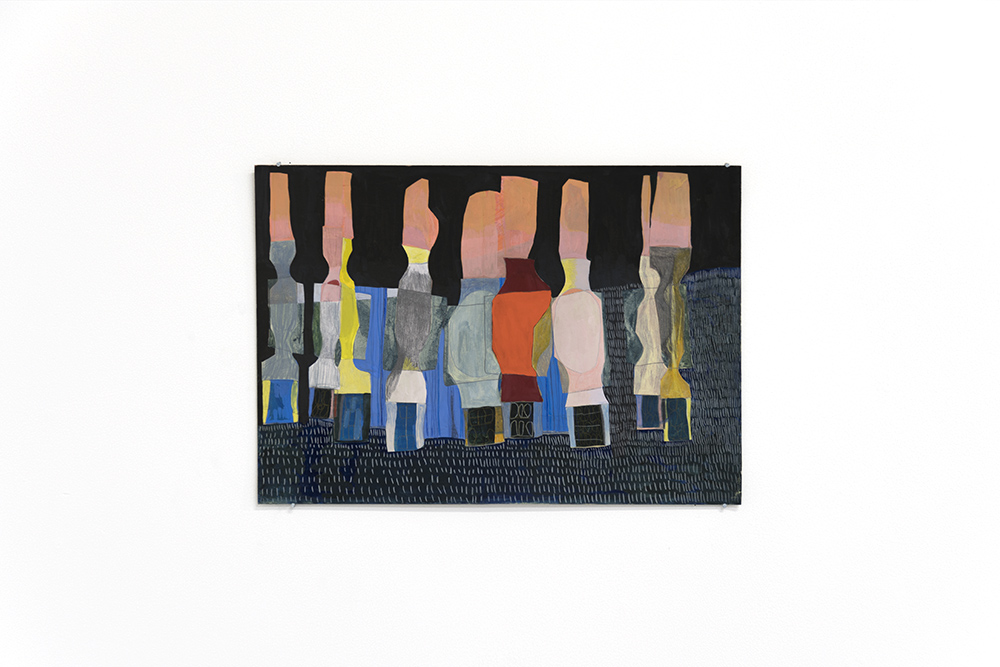






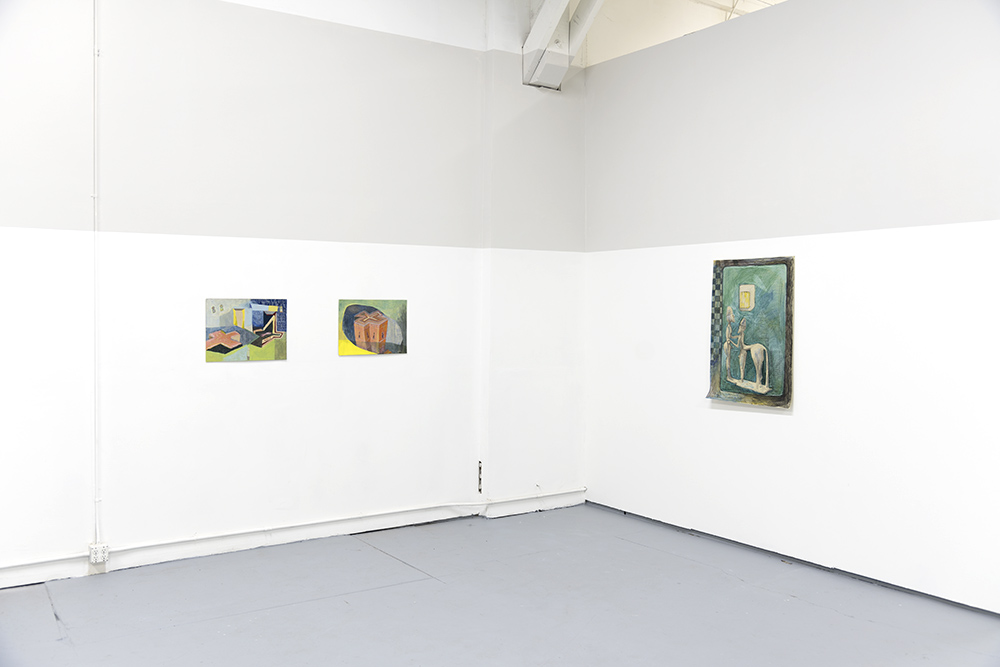

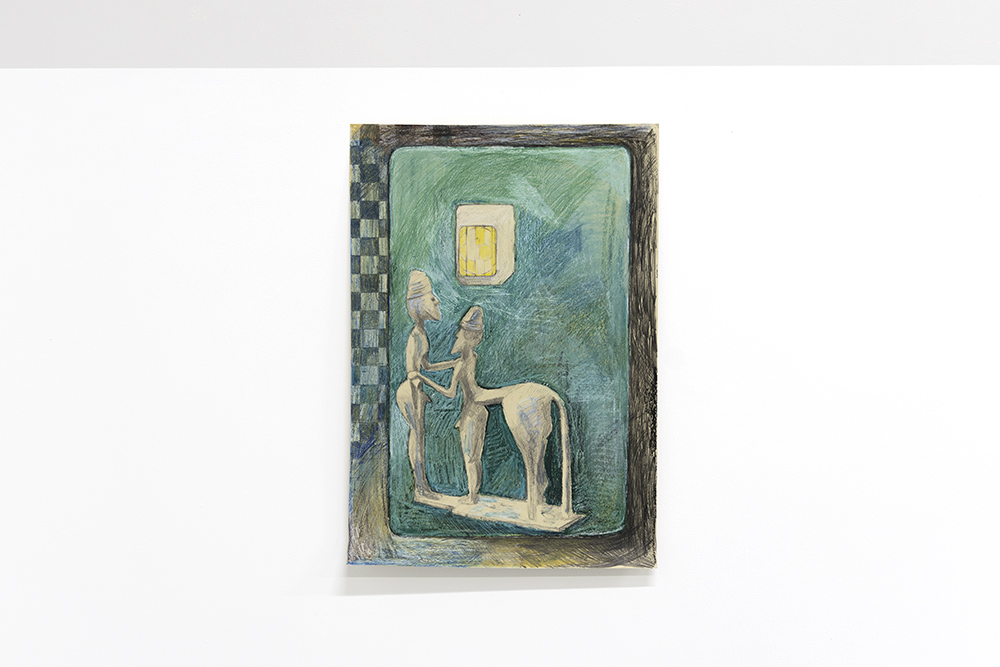
Catalog of Traces

Saturday, June 15th from 6-8 PM
CATALOG OF TRACES - ONE NIGHT ONLY!
Particles of dust--pollen, dander, fibers, tiny and various forms of refuse--are everywhere, but escape our attention until they are allowed to accumulate. In collective form, it acts as an index of what has been left alone. Michael Marder describes dust as a “catalog of traces” (where this show gets its title). The work from the emerging artists in this exhibition represent diverse responses to dust, in both its material and metaphorical registers. From the Book of Genesis (“to dust thou art, to dust thou shalt return”) to oft-quoted adages attributed to Auerbach and Picasso (music or art “washes away from the soul the dust of everyday life”), dust has found its way into our universal imagination. But it is equally part of more mundane maintenance in the space where this work is shown: as interns and volunteers, these artists have also spent time interacting with dust in less-touched corners and surfaces of Ditch. This exhibition itself serves as a surface where the particulate of these artists’ practices can aggregate and leave a trace.
Featuring work by:
Daniela Cardenas-Riumallo
Elijah Denker
Shelley Gaske
Doug L. Hatano
Jordyn Morrell
Elijah Roth
Allison Schukis
Hayan Yoon
Curated by:
Claren Walker
Particles of dust--pollen, dander, fibers, tiny and various forms of refuse--are everywhere, but escape our attention until they are allowed to accumulate. In collective form, it acts as an index of what has been left alone. Michael Marder describes dust as a “catalog of traces” (where this show gets its title). The work from the emerging artists in this exhibition represent diverse responses to dust, in both its material and metaphorical registers. From the Book of Genesis (“to dust thou art, to dust thou shalt return”) to oft-quoted adages attributed to Auerbach and Picasso (music or art “washes away from the soul the dust of everyday life”), dust has found its way into our universal imagination. But it is equally part of more mundane maintenance in the space where this work is shown: as interns and volunteers, these artists have also spent time interacting with dust in less-touched corners and surfaces of Ditch. This exhibition itself serves as a surface where the particulate of these artists’ practices can aggregate and leave a trace.
Featuring work by:
Daniela Cardenas-Riumallo
Elijah Denker
Shelley Gaske
Doug L. Hatano
Jordyn Morrell
Elijah Roth
Allison Schukis
Hayan Yoon
Curated by:
Claren Walker
Unknown, The Witch
Amy Bernstein
Feb 17 - Mar 10, 2018
“The origins of poetry are clearly rooted in obscurity, in secretiveness, in incantation, in spells that must at once invoke and protect, tell the secret and keep it.”
– from Madness, Rack, and Honey, Mary Ruefle
Amy Bernstein is an artist living and working in Portland, Oregon. Originally hailing from Atlanta, GA, Bernstein received her BFA from the Rhode Island School of Design. Her work has been exhibited in Portland at Nationale, The Art Gym, the Littman Gallery, Portland State University, Car Hole Gallery, Worksound, and Carl & Sloan Contemporary and internationally at Galleri Thomassen in Gothenburg, Sweden. She has received grants from Creative Capital and the Warhol Foundation in 2010, the Regional Arts and Culture Council in 2012, and the Oregon Arts Commission in 2017.
www.amybernsteinstudio.com
– from Madness, Rack, and Honey, Mary Ruefle
Amy Bernstein is an artist living and working in Portland, Oregon. Originally hailing from Atlanta, GA, Bernstein received her BFA from the Rhode Island School of Design. Her work has been exhibited in Portland at Nationale, The Art Gym, the Littman Gallery, Portland State University, Car Hole Gallery, Worksound, and Carl & Sloan Contemporary and internationally at Galleri Thomassen in Gothenburg, Sweden. She has received grants from Creative Capital and the Warhol Foundation in 2010, the Regional Arts and Culture Council in 2012, and the Oregon Arts Commission in 2017.
www.amybernsteinstudio.com
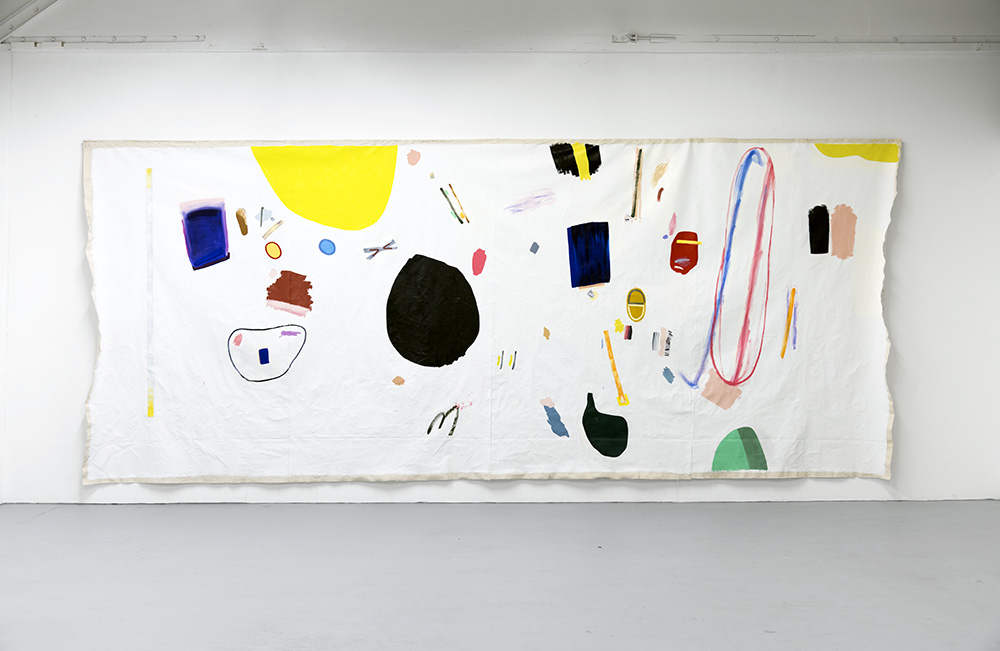







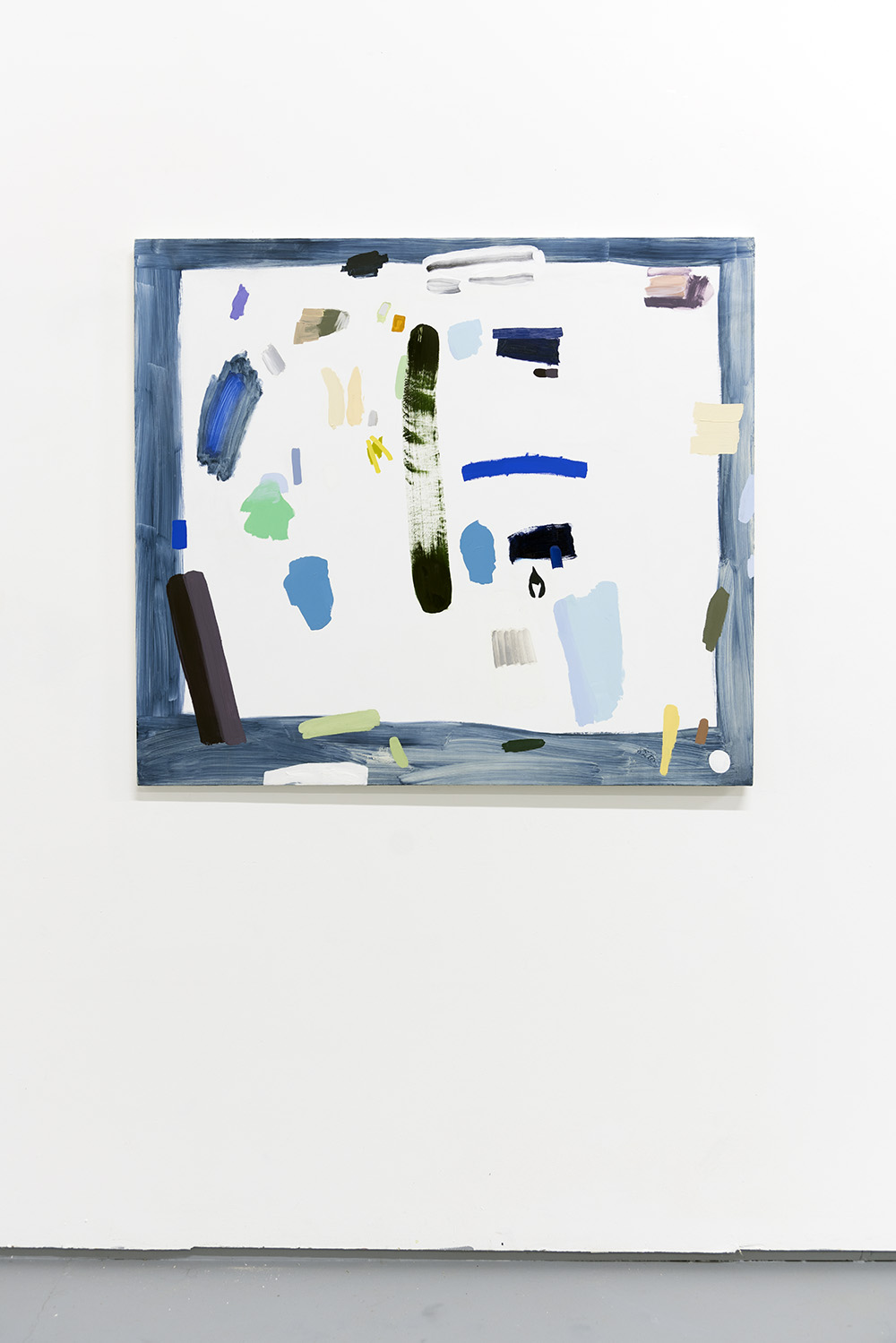



Alexandria Eregbu (b. 1991) is a visual artist, independent curator, and educator. As a first-generation Nigerian woman and Chicago-native, central to Alexandria's practice is the desire to activate personal narrative as a resource for examining the uses of language, visual storytelling and collectivized efforts towards provoking social empowerment and spiritual transformation. Through a steady mapping of lived occurrences and imaginary dreamscapes, Alexandria calls upon her experience, familial relationships to cloth, and knowledge received from the natural world in attempt to unlock connections between past, present, and future. Under the guidance of writing and research, Alexandria's creative process alchemizes drawing, material studies, performance, textile production, ancestral histories and tradition as a means to honor, communicate, awaken, and further explore that which she considers sacred or ultimately worthy of diligent protection and preservation. Alexandria’s work has been widely exhibited, illuminating pathways globally, nationally, and throughout the Midwest. She has held fellowships with ACRE (Steuben, WI); HATCH Projects, Stony Island Arts Bank, (Chicago, IL); The Center for Afrofuturist Studies (Iowa City, IA), Independent Curators International (New Orleans, New York City, Martinique); and The Camargo Foundation/3Arts Residency (France). Amongst her curatorial projects is du monde noir, an artistically run collective that seeks to identify contemporary evidences of Surrealist activity produced by visual artists and writers of the African diaspora in the U.S. and abroad. Currently, Alexandria serves as a Curator of Commissioned Works for Illinois Humanities and their two-year initiative, “Envisioning Justice.” She is an MA Candidate at the School of the Art Institute of Chicago in Visual & Critical Studies.
![]()
![]()
![]()
![]()
![]()
![]()
![]()
![]()
![]()
![]()






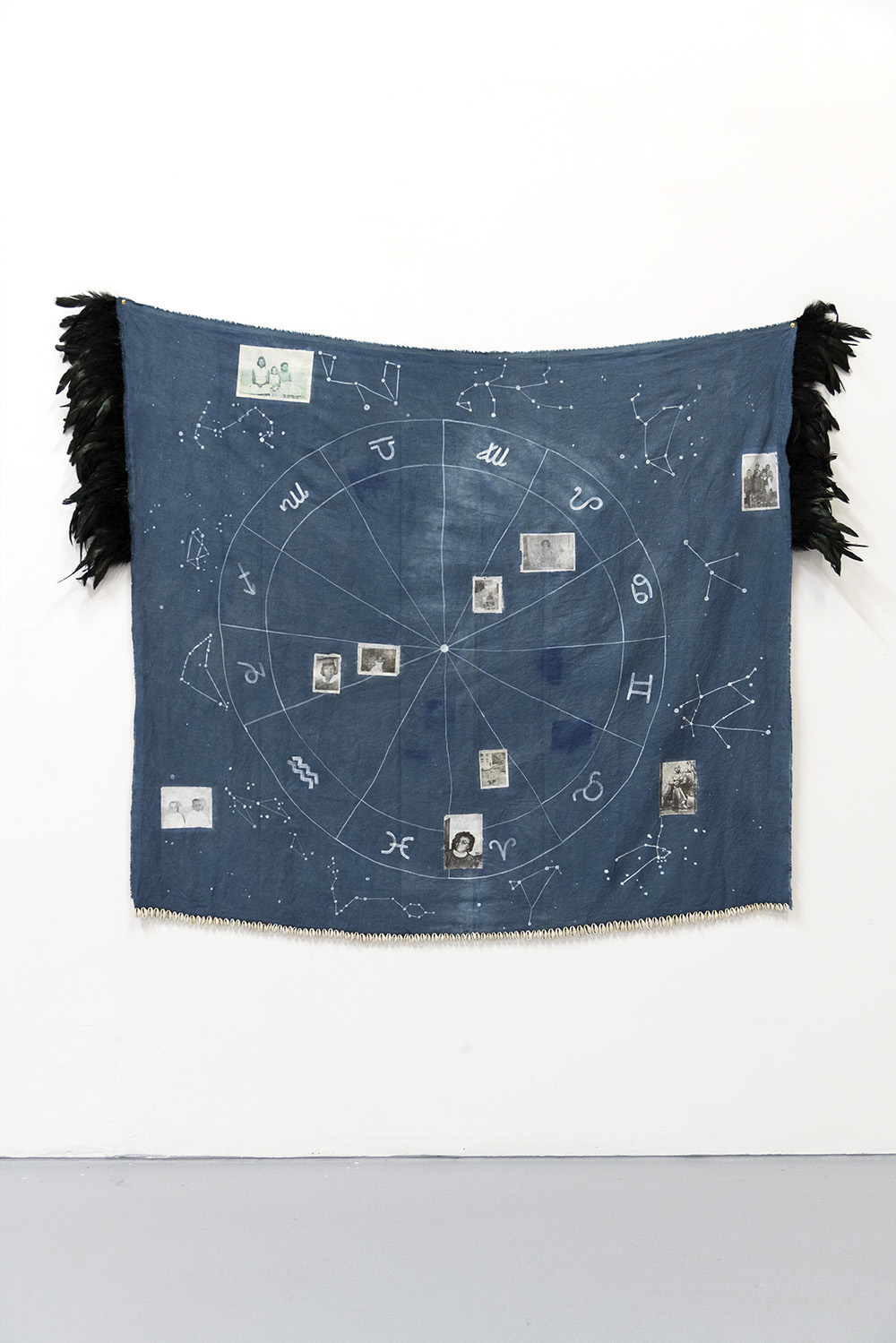



Sunday Monday
Bijan Berahimi
Nov 10th - Dec 2, 2018
Bijan Berahimi (b. 1989) is the director of FISK, a multidisciplinary creative studio and art gallery in Portland, Oregon. He is also adjunct faculty in the graphic design department at the Pacific Northwest College of the Arts. In 2013, he graduated from the California Institute of the Arts with a degree in graphic design and moved to Portland, Oregon shortly thereafter. His work focuses on the mundane of everyday situations and highlights the normalcy of the visual world around us.
Sunday Monday is a show about what happens during the week. A tall tale about significant and insignificant silhouettes of our everyday. Monday and Sunday define the balance of work and play in our society. The stress of waking up to 100 emails on a Monday, with a looming week staring at a screen ahead and a Sunday, a time to play catch up and be human, social, and good. Utilizing familiar images of clipart, Bijan creates paintings that represent a more complex subconscious: the fear of a digital world and it’s repercussions or, the simple joy of having fresh flowers at home. This show challenges that work can be play, and play can be work. What’s the difference anyways?
Sunday Monday is a show about what happens during the week. A tall tale about significant and insignificant silhouettes of our everyday. Monday and Sunday define the balance of work and play in our society. The stress of waking up to 100 emails on a Monday, with a looming week staring at a screen ahead and a Sunday, a time to play catch up and be human, social, and good. Utilizing familiar images of clipart, Bijan creates paintings that represent a more complex subconscious: the fear of a digital world and it’s repercussions or, the simple joy of having fresh flowers at home. This show challenges that work can be play, and play can be work. What’s the difference anyways?








Every Movement Reveals Us
Soil
October 6th - 28th , 2018
Iole Alessandrini
Nola Avienne
Colleen RJC Bratton
Jana Brevick
Chris Buening
Emily Counts
John Freeman
Trevor Goosen
Ben Hirschkoff
Claire Johnson
Kiki MacInnis
Bradly Gunn
Philippe Hyojung Kim
Paul Komada
Margie Livingston
Nicholas Nyland
Peter Rand
Paula Rebsom
Markel Uriu
Ko Kirk Yamahira
Ellen Ziegler
Ilana Zweschi
Nola Avienne
Colleen RJC Bratton
Jana Brevick
Chris Buening
Emily Counts
John Freeman
Trevor Goosen
Ben Hirschkoff
Claire Johnson
Kiki MacInnis
Bradly Gunn
Philippe Hyojung Kim
Paul Komada
Margie Livingston
Nicholas Nyland
Peter Rand
Paula Rebsom
Markel Uriu
Ko Kirk Yamahira
Ellen Ziegler
Ilana Zweschi
Members of SOIL Artist-Run Gallery present Every Movement Reveals Us, an exhibition of both collaborative and individual works based on the methodologies of Hermann Rorschach, whose ubiquitous inkblots, still used today, are considered a sizable contribution to psychiatric theories and practices. The show’s title, a quote by French philosopher Michel de Montaigne, was once used by literary critic Jean Starobinski to describe the significance of Rorschach’s work, the spirit of which resonates within the exuberant discoveries between and among the artists of SOIL.
Founded in 1995, SOIL is a not-for-profit cooperative space in Seattle, WA, established, supported and operated by local artists. SOIL exists as an alternative venue for artists to exhibit, develop, and advance their work, and is committed to exhibiting and celebrating art of diverse media and content. The cooperative has been in existence for 23 years and has been consistent in showing a different exhibition each month that opens on every first Thursday. It has received substantial local as well as national press attention.
Founded in 1995, SOIL is a not-for-profit cooperative space in Seattle, WA, established, supported and operated by local artists. SOIL exists as an alternative venue for artists to exhibit, develop, and advance their work, and is committed to exhibiting and celebrating art of diverse media and content. The cooperative has been in existence for 23 years and has been consistent in showing a different exhibition each month that opens on every first Thursday. It has received substantial local as well as national press attention.
soilart.org



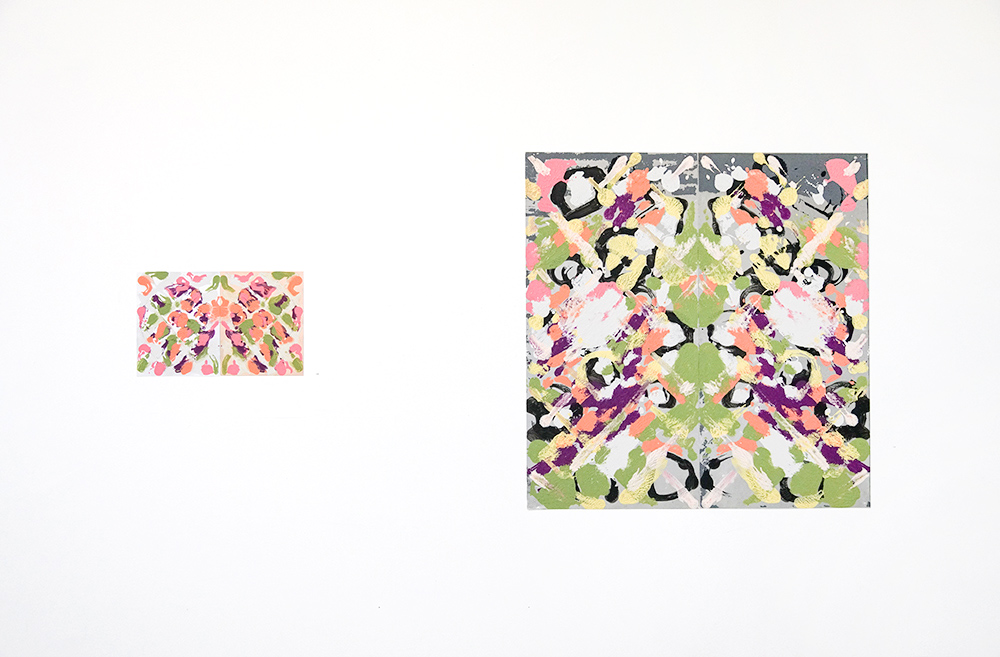
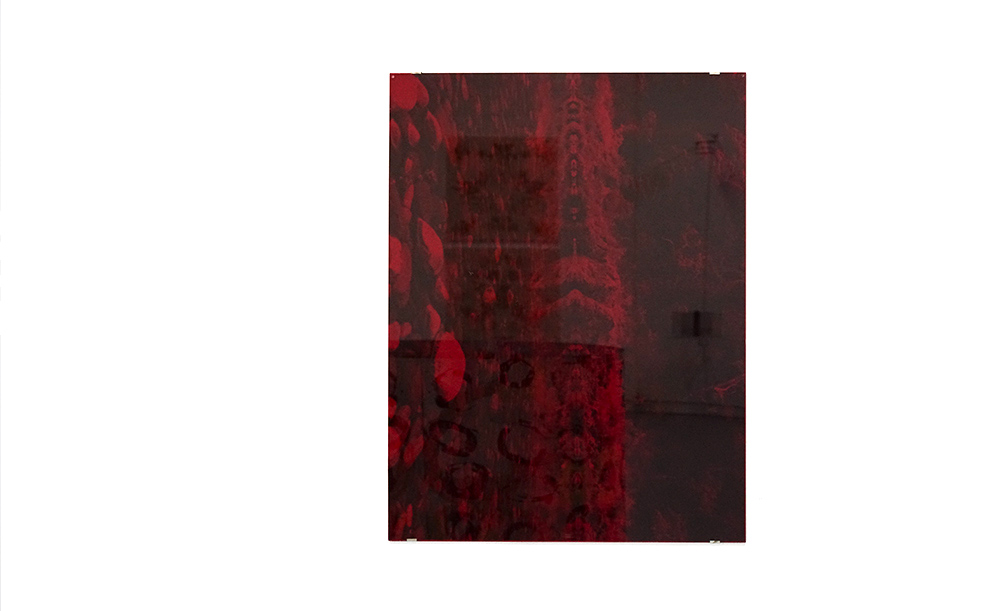


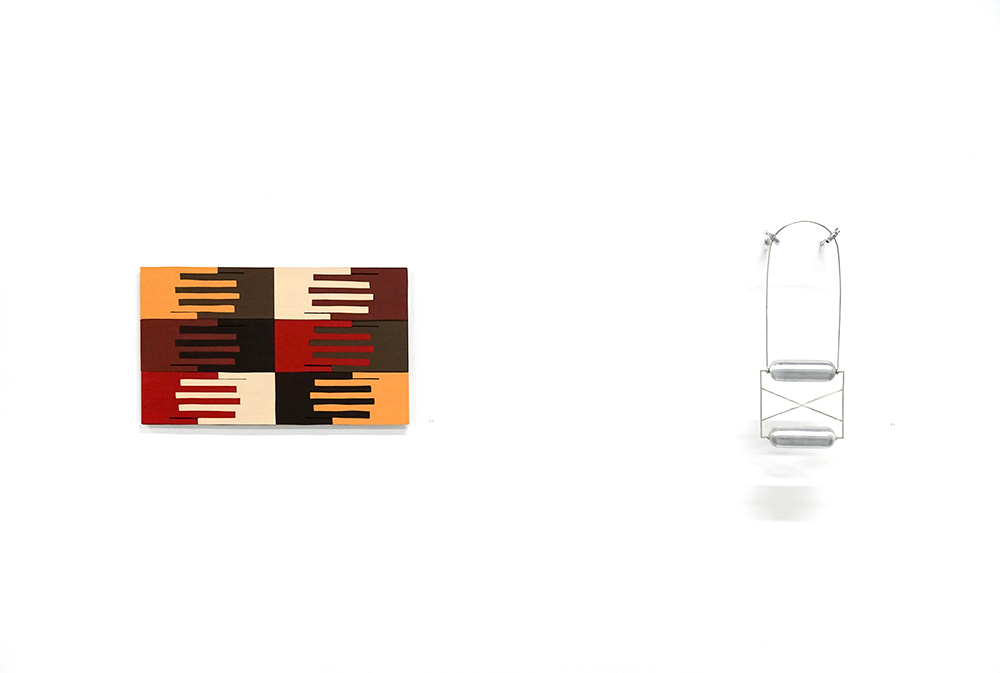

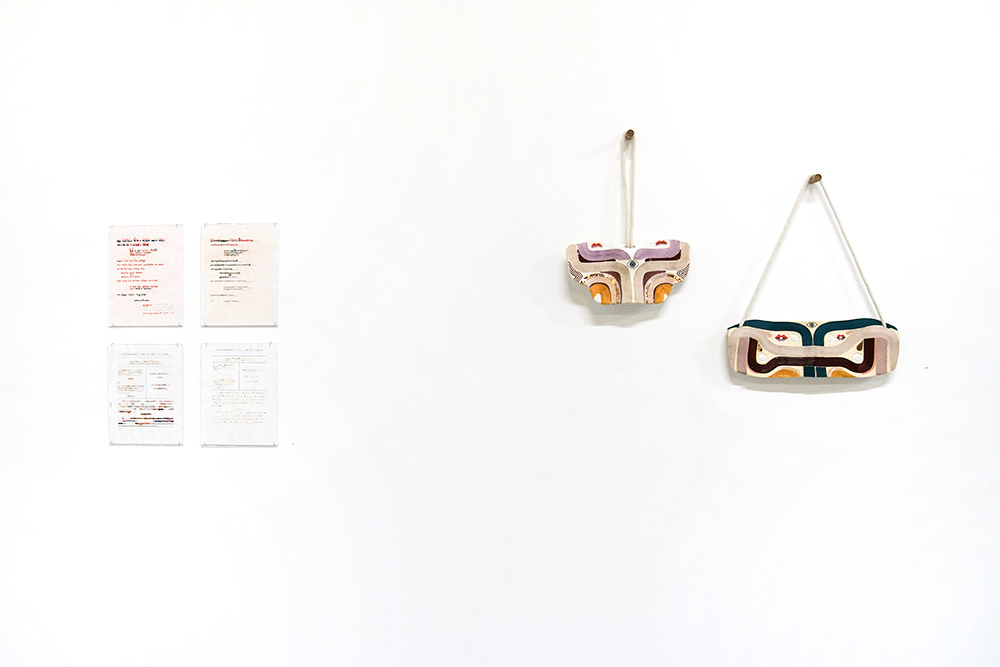
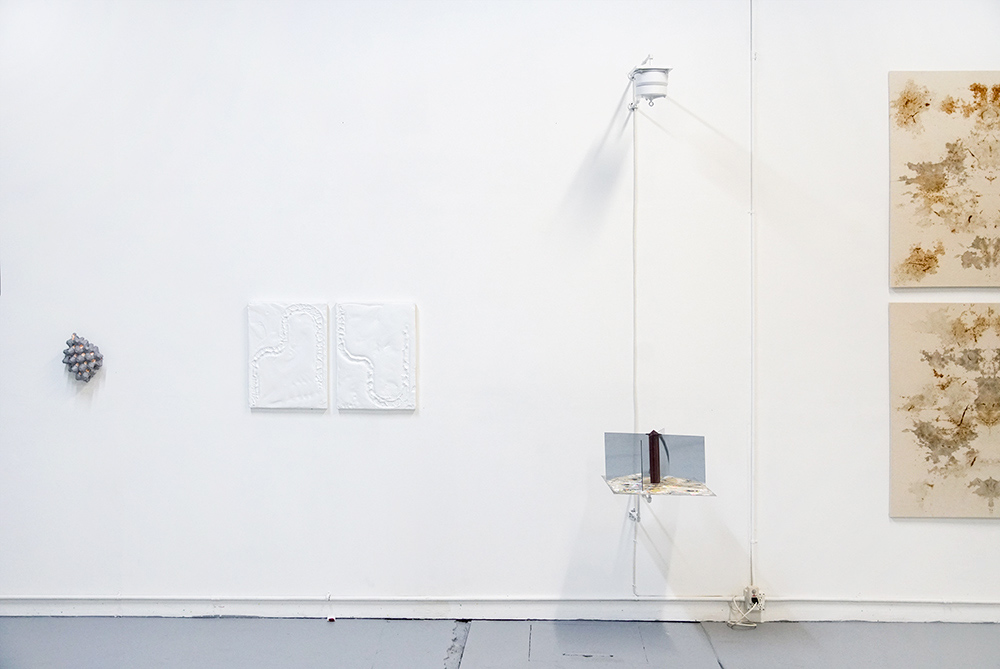
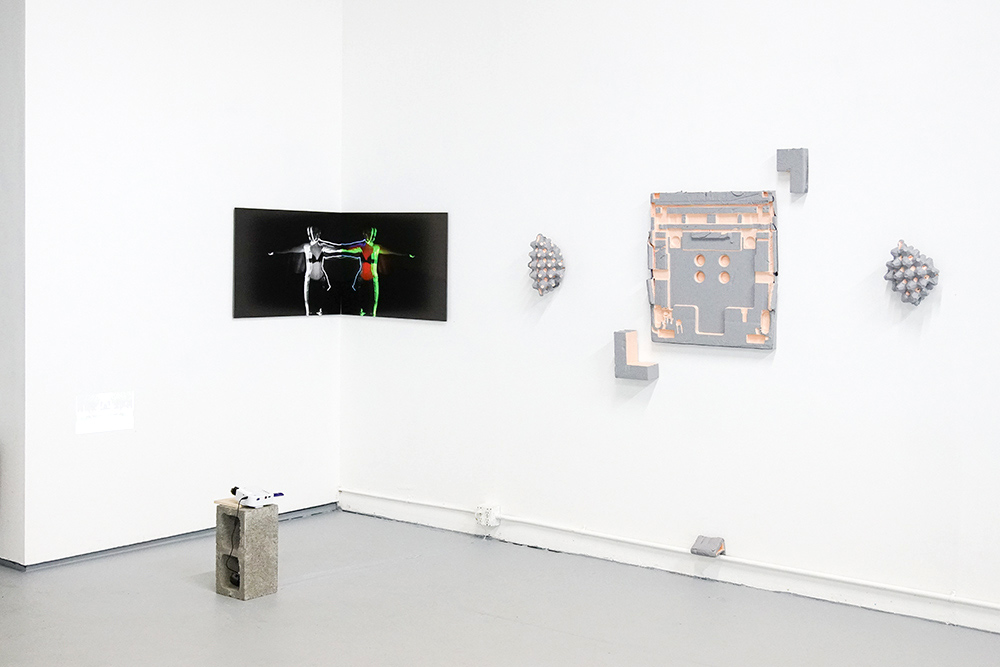
Exactly
Laura Butler Hughes
October 6th - 28th , 2018
Laura Butler Hughes is an artist living in Eugene, Oregon. Originally from Buffalo, New York, Hughes received her BFA from the Maryland Institute College of Art and MFA from The University of Oregon. Her work has been exhibited regionally at Disjecta, White Box, and Blackfish Gallery in Portland, and nationally in Miami, FL, Baltimore, MD, Richmond, VA. Hughes was the 2018 recipient of the Georgianne Teller Singer Dean’s Graduate Fellowship at the University of Oregon. She currently teaches at Linn Benton Community College, and is working on Good Time Travelers, a series of multimedia sculptures and editioned books.
www.laurabutlerhughes.com
www.laurabutlerhughes.com
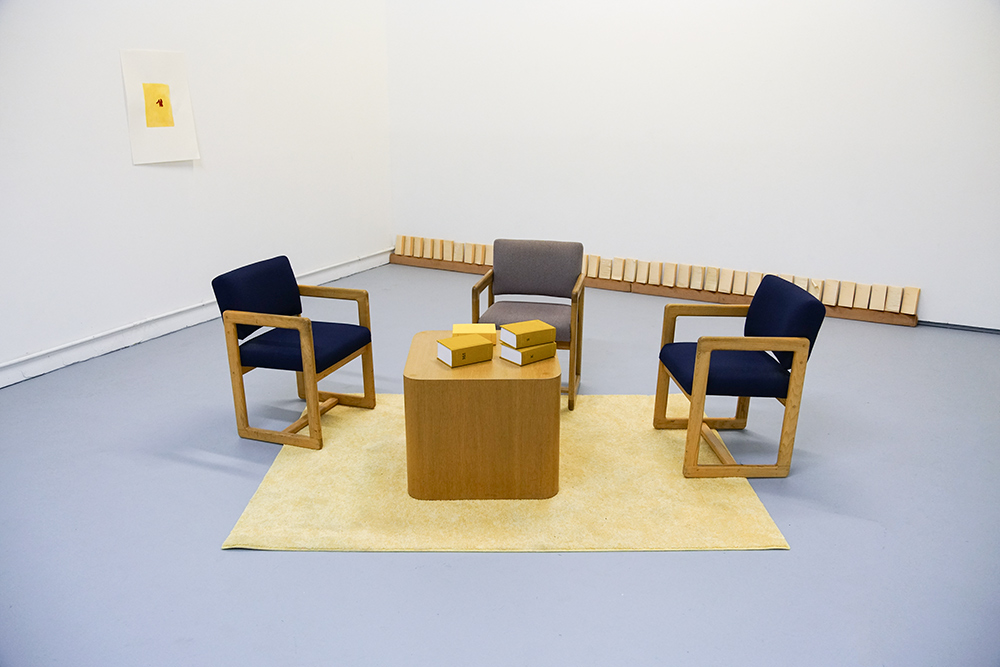
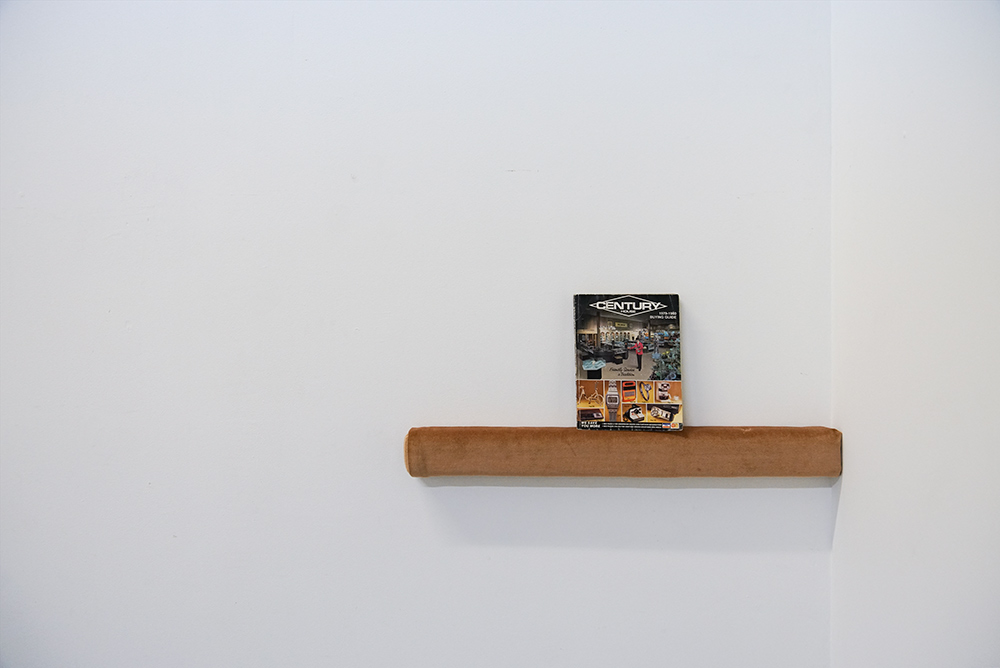
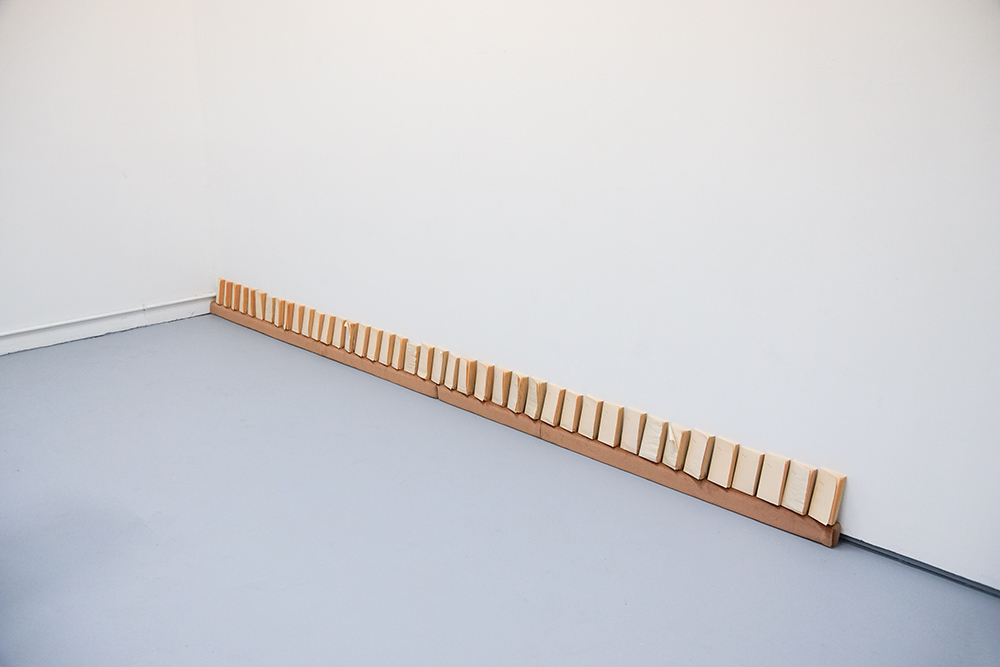


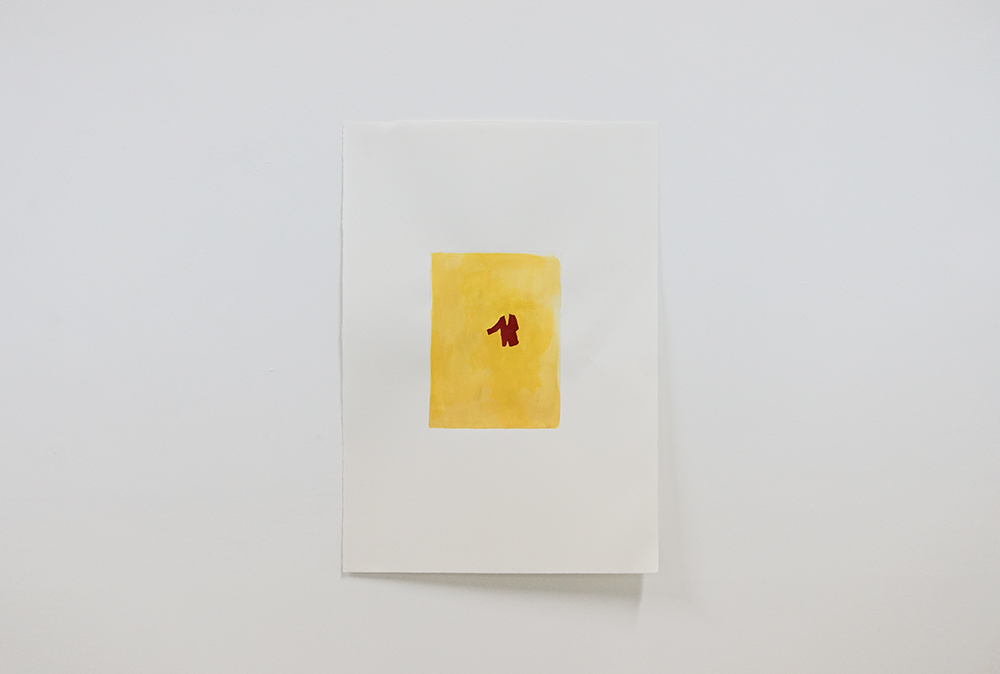
Midnight Sun Moon
Jessie Rose Vala
Jan 14 - Feb 18, 2017
“It was only because
she knew the midnight
and the high noon
that we could see
in the dark
and the light
knowing them to
be
all edges of a circle”
Jessie Rose Vala (b. 1977, Madison Wi) Received her MFA from University of Oregon and a BFA in ceramic sculpture and painting from California College of Arts. Vala is part of the collaboration Light Hits creating installation, music, and videos with Kelie Bowman. In 2014 Vala initiated Ungrund Collective, showcasing videos of five contemporary artists working within similar humanistic inquiries. Vala’s work has been exhibited nationally and internationally including exhibitions in Oakland, Miami, Portland, Brooklyn, Copenhagen, Tokyo and Mexico City.
jessierosevala.com
Jessie Rose Vala (b. 1977, Madison Wi) Received her MFA from University of Oregon and a BFA in ceramic sculpture and painting from California College of Arts. Vala is part of the collaboration Light Hits creating installation, music, and videos with Kelie Bowman. In 2014 Vala initiated Ungrund Collective, showcasing videos of five contemporary artists working within similar humanistic inquiries. Vala’s work has been exhibited nationally and internationally including exhibitions in Oakland, Miami, Portland, Brooklyn, Copenhagen, Tokyo and Mexico City.
jessierosevala.com








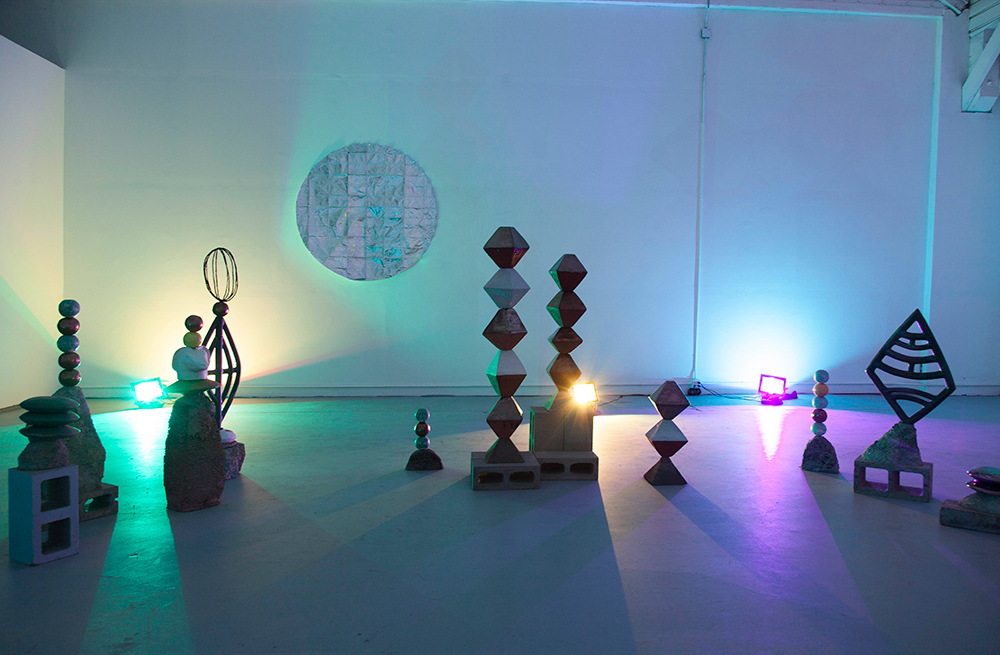




What Makes the City Touch Itself Everywhere at Once?
Chelsea Couch
Jan 14 - Feb 18, 2017
“Even out of context, the two deleted epigraphs betray their weightlessness and make me feel a little sick. If you were here, I would make you some mint tea and turn out the sofa for a little bed. Here you are. There it is. Let’s talk about it tomorrow.Are you alive? One thing next to another doesn’t mean they touch.”
- Bhanu Kapil, Ban en Banlieue
Chelsea Couch (b. 1990, Chattanooga) currently lives and works in Eugene, OR while pursuing her Master of Fine Arts from the University of Oregon in Studio Art. She received her Bachelor of Fine Arts from The University of Tennessee at Chattanooga in Painting and Drawing and studied additionally at King’s College London. Her work is included in the current exhibition, Movement of the Hand or Memory of Touch at Stevenson Union Gallery (Ashland, OR). Other recent exhibition spaces include The White Box (Portland, OR) The Portland ‘Pataphysical Society (Portland, OR), Linfield Gallery (McMinnville, OR), and the Jordan Schnitzer Museum of Art (Eugene, OR). Upcoming shows include a group exhibition at Disjecta Contemporary Art Center (Portland, OR).
chelseacouch.com
- Bhanu Kapil, Ban en Banlieue
Chelsea Couch (b. 1990, Chattanooga) currently lives and works in Eugene, OR while pursuing her Master of Fine Arts from the University of Oregon in Studio Art. She received her Bachelor of Fine Arts from The University of Tennessee at Chattanooga in Painting and Drawing and studied additionally at King’s College London. Her work is included in the current exhibition, Movement of the Hand or Memory of Touch at Stevenson Union Gallery (Ashland, OR). Other recent exhibition spaces include The White Box (Portland, OR) The Portland ‘Pataphysical Society (Portland, OR), Linfield Gallery (McMinnville, OR), and the Jordan Schnitzer Museum of Art (Eugene, OR). Upcoming shows include a group exhibition at Disjecta Contemporary Art Center (Portland, OR).
chelseacouch.com

Binary Primitivism
UBERMORGEN
Feb 25 - Mar 25, 2017
'From the urge to want to understand the world,
it becomes apparent that we have understood the world.'
Binary Primitivism helps you see habits as they occur, the departure from the here and now towards any number of things that could possibly be instead. The implications cannot be overstated but most can't see these moves. No organic reach, but Binary Primitivism believes in the kindness of strangers, they are anonymous and that's great. Incredible. Golden hypno-mandala-GIFS will be brilliant, because the present will overflow with so many different versions of what must become possible and Binary Primitivism wants to be all of them. We live in a complex culture where many people act primitive. Many terrific ideas were attacked. Binary Primitivism has been waiting it’s whole life for someone to take on the real enemy, the media. It couldn't be more enthusiastic. Media reset was always the plan, nothing can be done without it. Share these golden images widely. It's going to end poorly for them instead.
Programmatic Statement
Binary Primitivism is found in the binary wilderness. Binary Primitivism isolates clans and groups, exploits theirs aesthetics and nurtures them into becoming easy prey. Then Binary Primitivism infiltrates and colonizes the target-group's digital habitats by playing echo-chamber symphonies and serving exaggerated self-referential comfort aesthetics. Binary Primitivism emulates primitive behaviour. Beyond action lies truth. This form of mimicry represents The New Honesty (Neue Ehrlichkeit) deeply rooted in the balkanization and atomization of truths and aesthetics.
UBERMORGEN lizvlx (AT, b. 1973) and Hans Bernhard (CH/USA, b. 1971) are European artists and net.art pioneers. They tenaciously convert code & language and concept & aesthetics into digital objects, software art, net.art, installation, new painting, videos, press-releases and actions. CNN described them as 'maverick Austrian business people' during their Vote-Auction action and the New York Times called Google Will Eat Itself 'simply brilliant’. Their main influences: Rammstein, Samantha Fox, Guns N’ Roses & Duran Duran, Olanzapine, LSD & Kentucky Fried Chicken's Coconut Shrimps Deluxe. The have shown their work in major international institutions such as the Centre Pompidou, MoMA/PS1, Sydney Biennale, MACBA Barcelona, New Museum New York, SFMoma, ICC Tokyo, Gwangju Biennale and were commissioned by Serpentine Galleries London & Whitney Museum New York. UBERMORGEN currently hold the Professorship for Digital and Net-based Art in the Faculty of Art at the University of Art and Design Offenbach/Frankfurt
Digital Production Assistant: Stefan Endres
Setup Assistant: Alex Wurts
Social Media Think Tank: Mike Cernovich
This Exhibition is supported by Pro Helvetia, Bundesamt für Kultur Austria and swissnex San Francisco
ubermorgen.com
Binary Primitivism helps you see habits as they occur, the departure from the here and now towards any number of things that could possibly be instead. The implications cannot be overstated but most can't see these moves. No organic reach, but Binary Primitivism believes in the kindness of strangers, they are anonymous and that's great. Incredible. Golden hypno-mandala-GIFS will be brilliant, because the present will overflow with so many different versions of what must become possible and Binary Primitivism wants to be all of them. We live in a complex culture where many people act primitive. Many terrific ideas were attacked. Binary Primitivism has been waiting it’s whole life for someone to take on the real enemy, the media. It couldn't be more enthusiastic. Media reset was always the plan, nothing can be done without it. Share these golden images widely. It's going to end poorly for them instead.
Programmatic Statement
Binary Primitivism is found in the binary wilderness. Binary Primitivism isolates clans and groups, exploits theirs aesthetics and nurtures them into becoming easy prey. Then Binary Primitivism infiltrates and colonizes the target-group's digital habitats by playing echo-chamber symphonies and serving exaggerated self-referential comfort aesthetics. Binary Primitivism emulates primitive behaviour. Beyond action lies truth. This form of mimicry represents The New Honesty (Neue Ehrlichkeit) deeply rooted in the balkanization and atomization of truths and aesthetics.
UBERMORGEN lizvlx (AT, b. 1973) and Hans Bernhard (CH/USA, b. 1971) are European artists and net.art pioneers. They tenaciously convert code & language and concept & aesthetics into digital objects, software art, net.art, installation, new painting, videos, press-releases and actions. CNN described them as 'maverick Austrian business people' during their Vote-Auction action and the New York Times called Google Will Eat Itself 'simply brilliant’. Their main influences: Rammstein, Samantha Fox, Guns N’ Roses & Duran Duran, Olanzapine, LSD & Kentucky Fried Chicken's Coconut Shrimps Deluxe. The have shown their work in major international institutions such as the Centre Pompidou, MoMA/PS1, Sydney Biennale, MACBA Barcelona, New Museum New York, SFMoma, ICC Tokyo, Gwangju Biennale and were commissioned by Serpentine Galleries London & Whitney Museum New York. UBERMORGEN currently hold the Professorship for Digital and Net-based Art in the Faculty of Art at the University of Art and Design Offenbach/Frankfurt
Digital Production Assistant: Stefan Endres
Setup Assistant: Alex Wurts
Social Media Think Tank: Mike Cernovich
This Exhibition is supported by Pro Helvetia, Bundesamt für Kultur Austria and swissnex San Francisco
ubermorgen.com

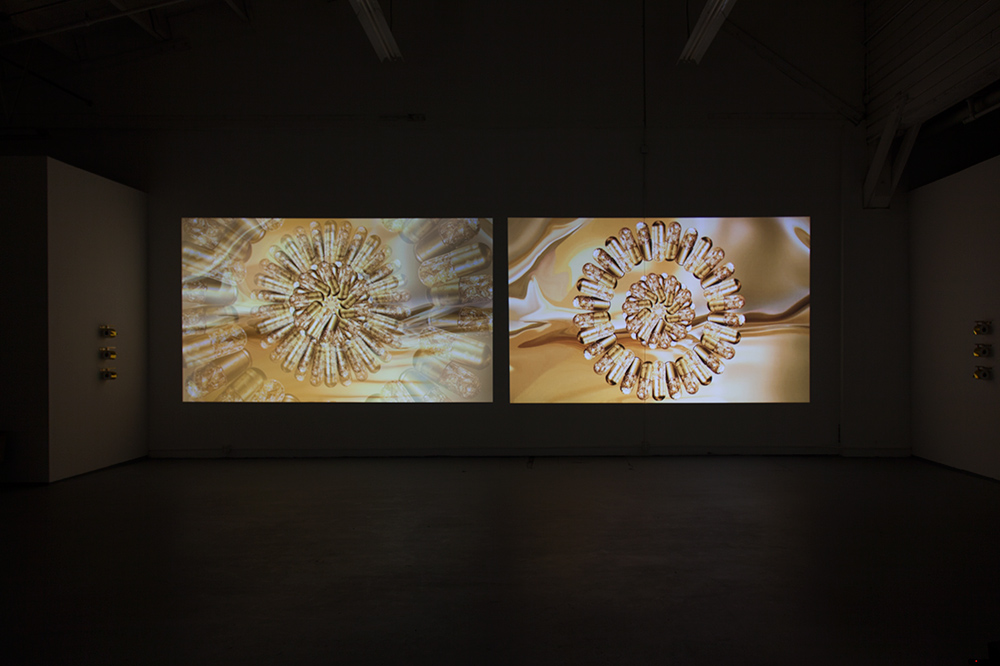




New Deal
Jürgen Beck
Feb 25 - Mar 25, 2017
lt is escape architecture. Little of it is left. Its motif is the glass ticket booth with its (former) occulting eye that saw into the distressed heart and wounded pocketbook. The glass ticket booth was a promise, a promise repeated in the symbolic ticket booth above the marquee (now removed) - a small circular columned temple the architects superimposed like a classical variation of a popular song: "I Can't Give You Anything But Love, Baby."
lt was the oasis between bread lines and relief checks, it washed away the guilt of failure. lt is Hollywood's monument, Hollywood's acupuncture, the biggest pipe organ west of the Hudson. lt does not have the fine lineage of Bullocks Wilshire. lt has the vital juices of illusion.
Esther McCoy, "Wiltern Theater”
Jürgen Beck (b. 1977, Tübingen, Germany) lives and works in Zurich. He studied at the École Nationale des Beaux-Arts in Lyon, France and graduated from the Academy of Fine Arts in Leipzig, Germany. He has taught at the School of Architecture, University of Lucerne (2012-15) and has been the artist in residence at Zurich's studio program in Genova, Italy (2015-16). Recent solo and group exhibitions include "Relatively Speaking", Galerie B2 Leipzig (2017), "Sidelights", ZHdK Zurich (2016) and "Escape Architecture", Kunsthalle Lucerne (2016). Currently he is conducting ongoing research on Southern California’s architectural history and is the artist in residence at Coast Time in Oregon.
juergenbeck.com
New Deal is kindly supported by a grant from the Institut für Auslandsbeziehungen, Germany
lt was the oasis between bread lines and relief checks, it washed away the guilt of failure. lt is Hollywood's monument, Hollywood's acupuncture, the biggest pipe organ west of the Hudson. lt does not have the fine lineage of Bullocks Wilshire. lt has the vital juices of illusion.
Esther McCoy, "Wiltern Theater”
Jürgen Beck (b. 1977, Tübingen, Germany) lives and works in Zurich. He studied at the École Nationale des Beaux-Arts in Lyon, France and graduated from the Academy of Fine Arts in Leipzig, Germany. He has taught at the School of Architecture, University of Lucerne (2012-15) and has been the artist in residence at Zurich's studio program in Genova, Italy (2015-16). Recent solo and group exhibitions include "Relatively Speaking", Galerie B2 Leipzig (2017), "Sidelights", ZHdK Zurich (2016) and "Escape Architecture", Kunsthalle Lucerne (2016). Currently he is conducting ongoing research on Southern California’s architectural history and is the artist in residence at Coast Time in Oregon.
juergenbeck.com
New Deal is kindly supported by a grant from the Institut für Auslandsbeziehungen, Germany





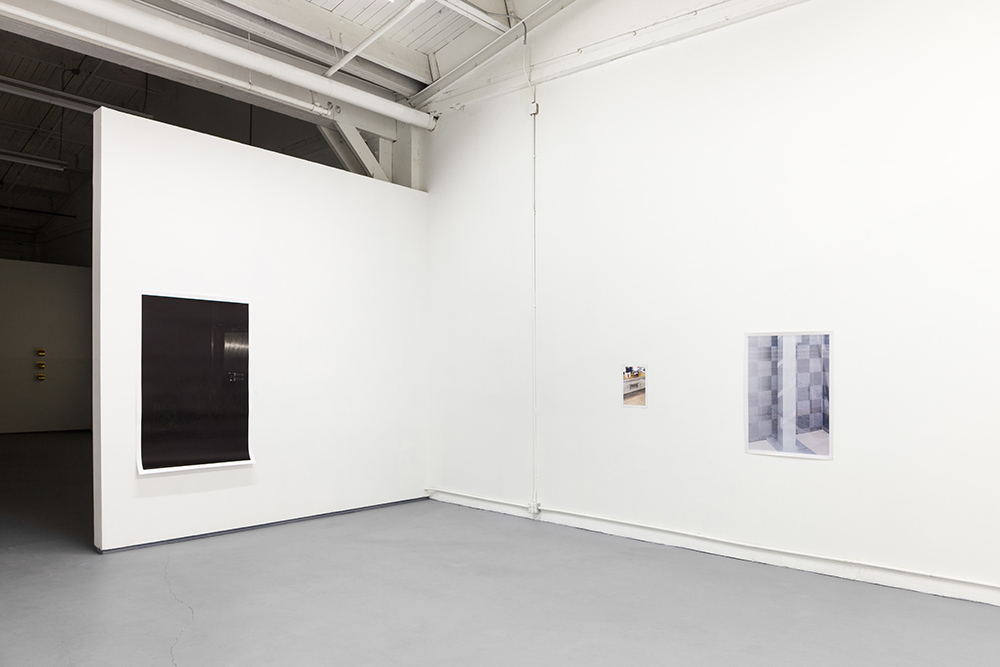




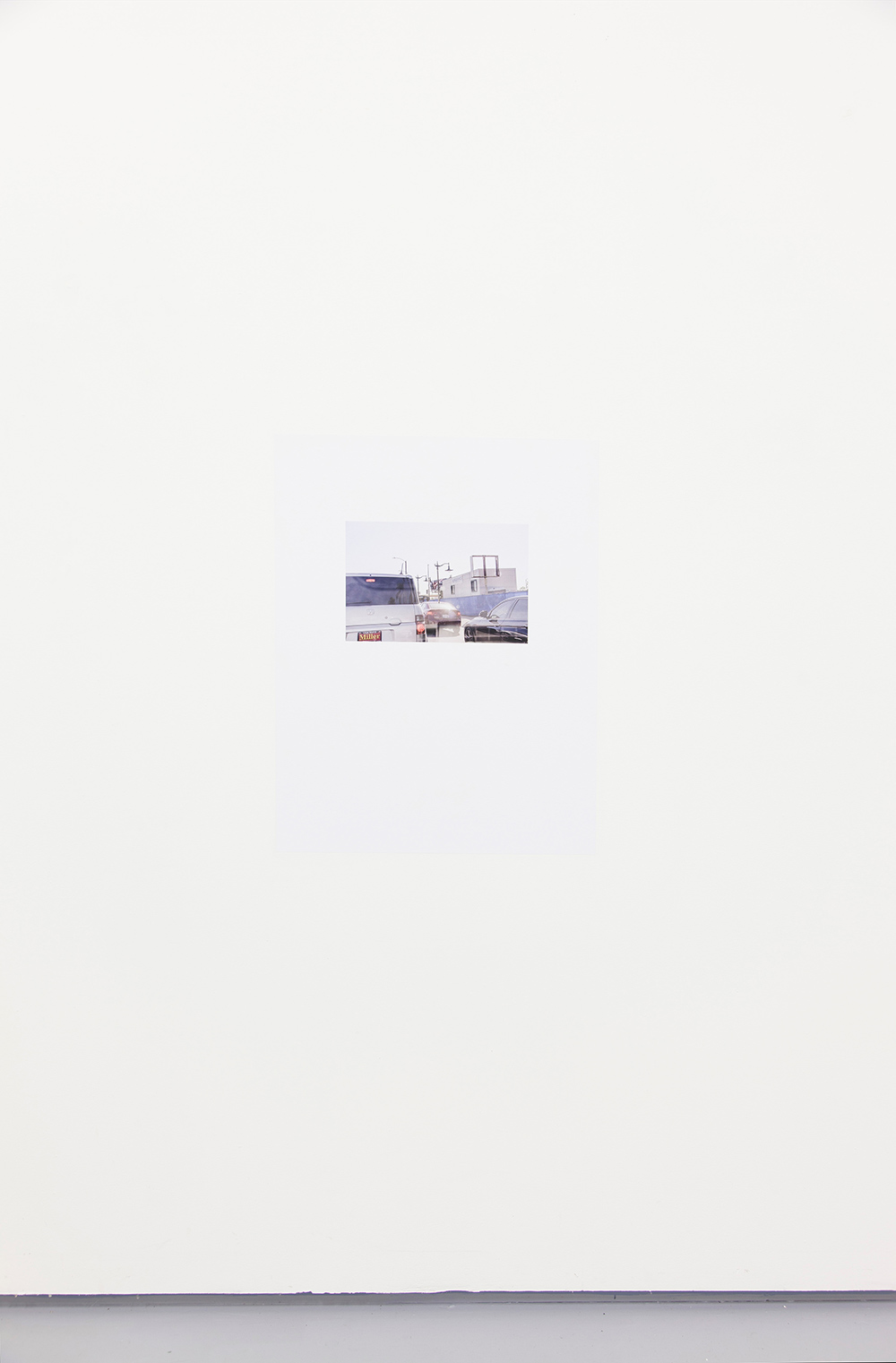

Javelin
Steven Randall
Apr 20 - 29, 2017
From transmitter to transected, an unintended javelin falls from a sun-bleached facade / Dusty tarpaulins reveal plans patented in camouflage / What was a leaf is now a metal antenna / No signal / Inert shells crumble in decay / Banners hang in tattered remains / Collective directories fade into obsolescence / Printed matter dissolves under whitewashed oblivion / The future arrived too late.
Steven Randall received his MFA in Sculpture + Extended Media from Virginia Commonwealth University and his BFA from Alfred University. Steven is an interdisciplinary artist who makes sculptures, photographs and installations to examine the relationship between consumer, commodity, and transformation.
Past residencies and fellowships include the Border Arts fellowship, the Toby Devin Lewis Award, a Sculpture Fellowship through the Virginia Commission for the Arts, and a Visiting Artist Grant through the Institute for Electronic. Randall's work has been shown nationally and internationally including exhibitions in New York, Aspen, El Paso, Buffalo, Dublin and Beijing.
svrandall.com
Steven Randall received his MFA in Sculpture + Extended Media from Virginia Commonwealth University and his BFA from Alfred University. Steven is an interdisciplinary artist who makes sculptures, photographs and installations to examine the relationship between consumer, commodity, and transformation.
Past residencies and fellowships include the Border Arts fellowship, the Toby Devin Lewis Award, a Sculpture Fellowship through the Virginia Commission for the Arts, and a Visiting Artist Grant through the Institute for Electronic. Randall's work has been shown nationally and internationally including exhibitions in New York, Aspen, El Paso, Buffalo, Dublin and Beijing.
svrandall.com

